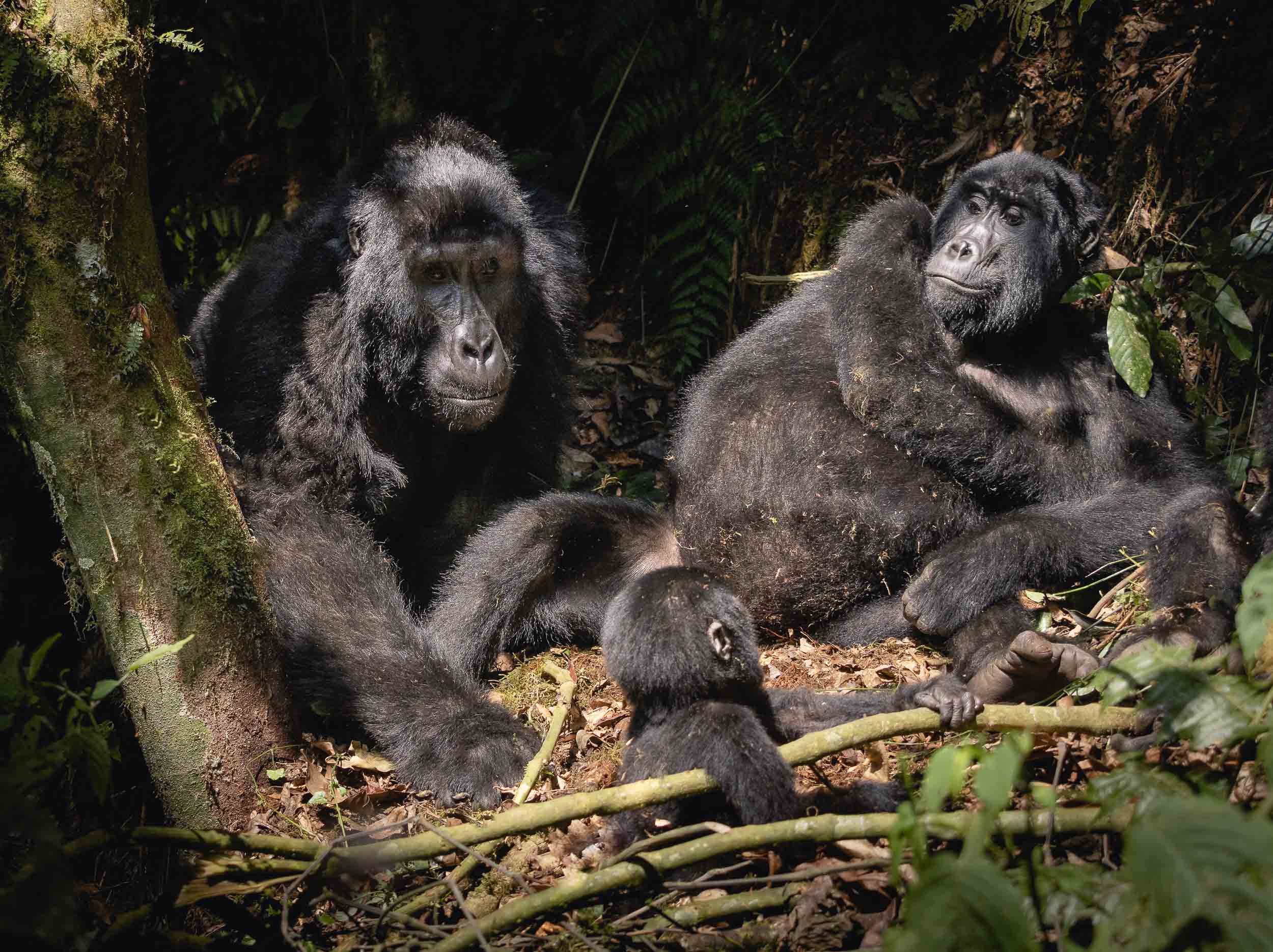Iceland - Documenting the Inferno
August 2022 saw a Volcano erupting on Iceland’s Reykjanes peninsula, and it was an event I could not miss.

While I was hiking glaciers in Alaska, something on the other end of the temperature spectrum happened a few thousand kilometers east: Iceland recorded another Volcano eruption, after last year’s 6 months period of volcano activity on the Reykjanes peninsula not far from Reykjavik. Having missed the previous occasion, I decided to book a flight and car in a 36h window on August 15th, between other trips I had already confirmed. It was a risky plan, given the fact that the activity could slow down or even stop at any moment, and knowing that Iceland’s weather is more than unpredictable. In the end, it was the right move, since I had great weather for most of the trip, and even more so because the eruption has effectively stopped as of August 22nd.
I arrived at the country’s international airport in late afternoon and took a rental car towards the Volcano location, which is just 45min from the airport, only stopping to get some groceries as I planned to stay at the site over night.
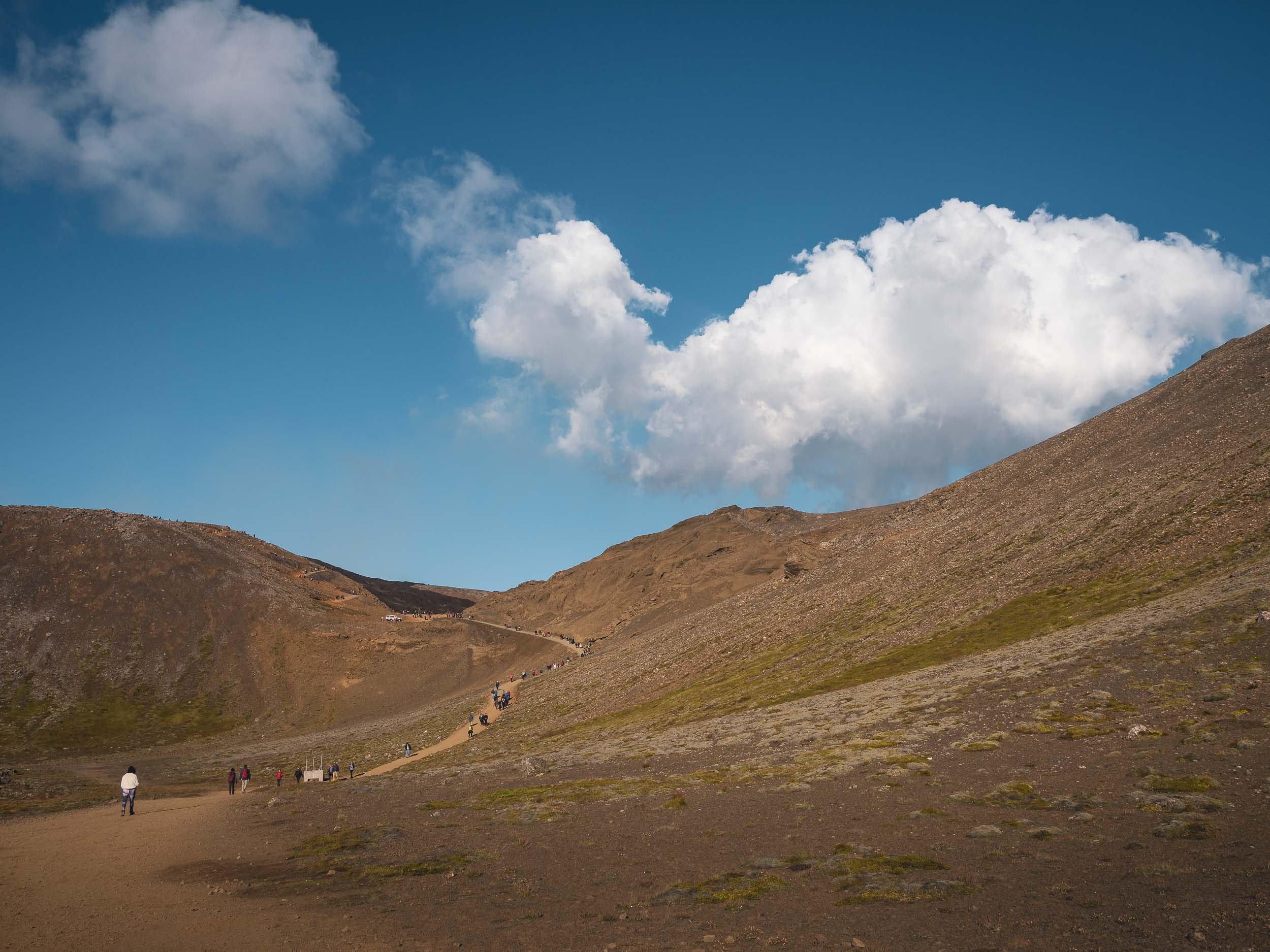
The Hike
You first need to hike around 90min from the (paid) parking, along with around 2000 people who visited daily. While that would make it seem like a tourist filled activity, it doesn’t quite feel that way, and the atmosphere of everyone admiring this natural spectacle is quite enjoyable.

Steep and Rocky
Parts of the trek are quite steep, and a long portion is scrambling over dried lava and rocks - not an easy one.
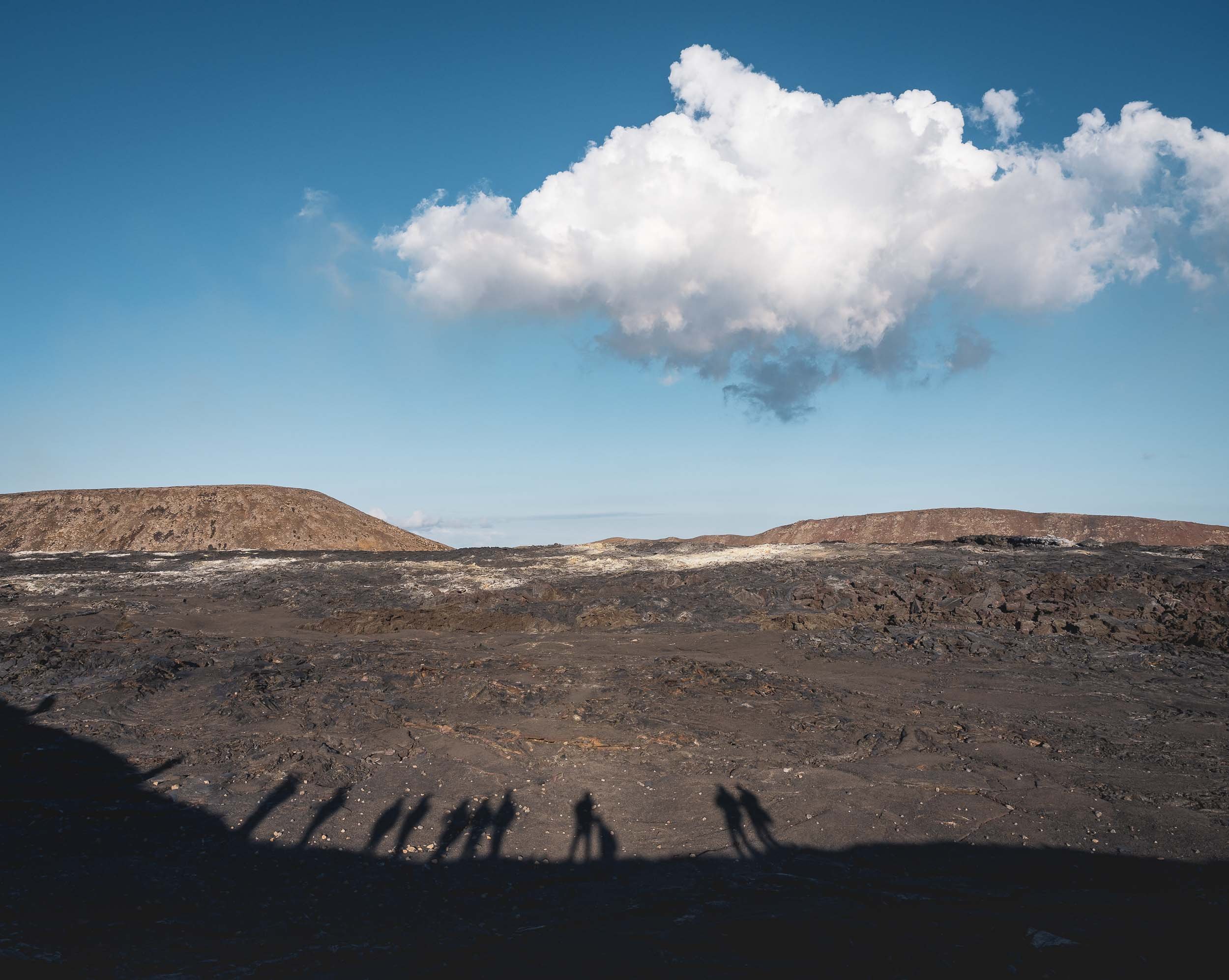
Along the Crater
The procession along the previous eruption site from last year. While there are three paths in the area, this is the primary one leading to the new eruption.

The Volcano
Once I arrived at the site shortly before sunset, this was the view along the hill. A small crater emerged out of the fissures in the valley.
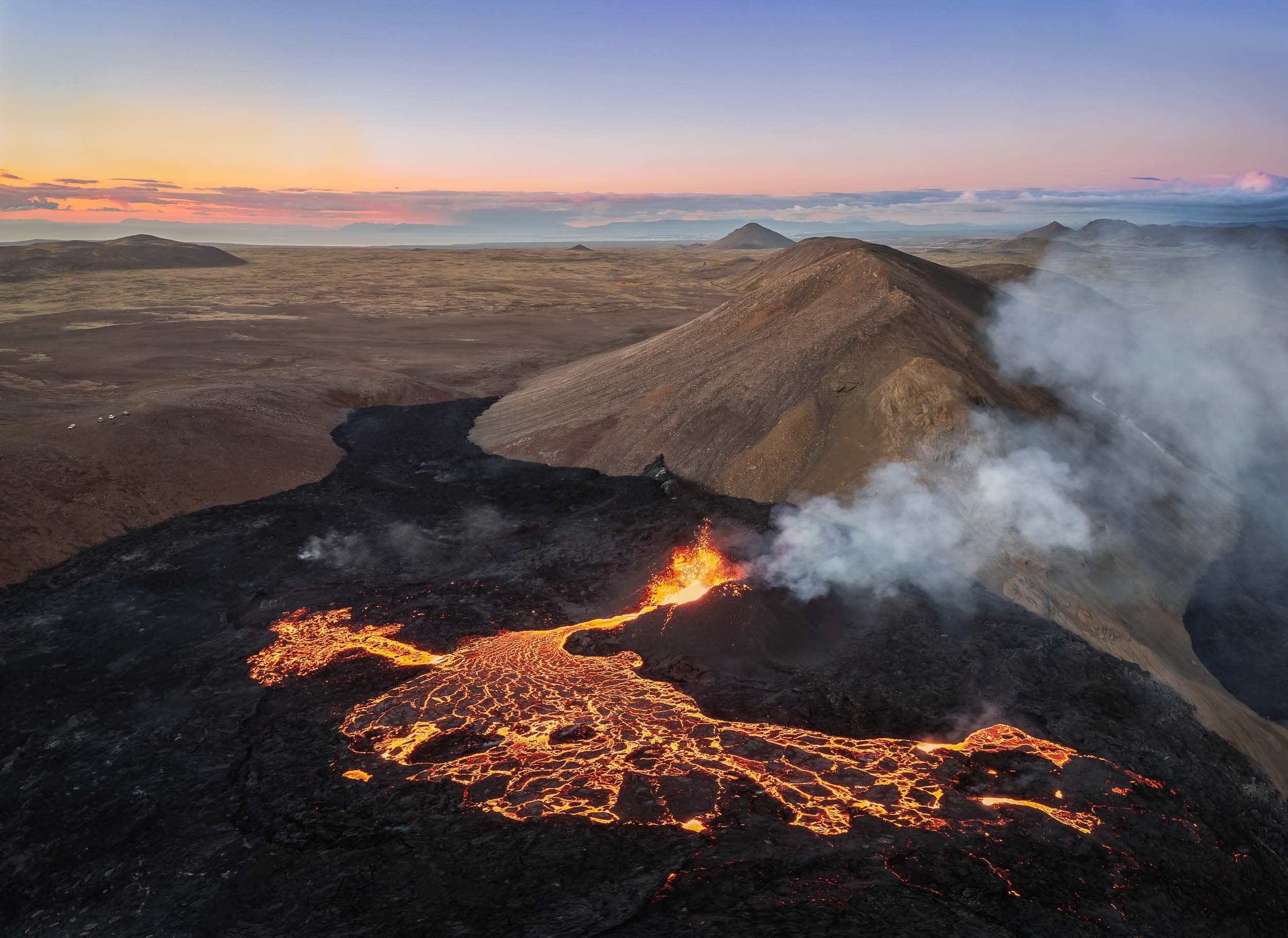
Aerial View
The sunset over the volcano.
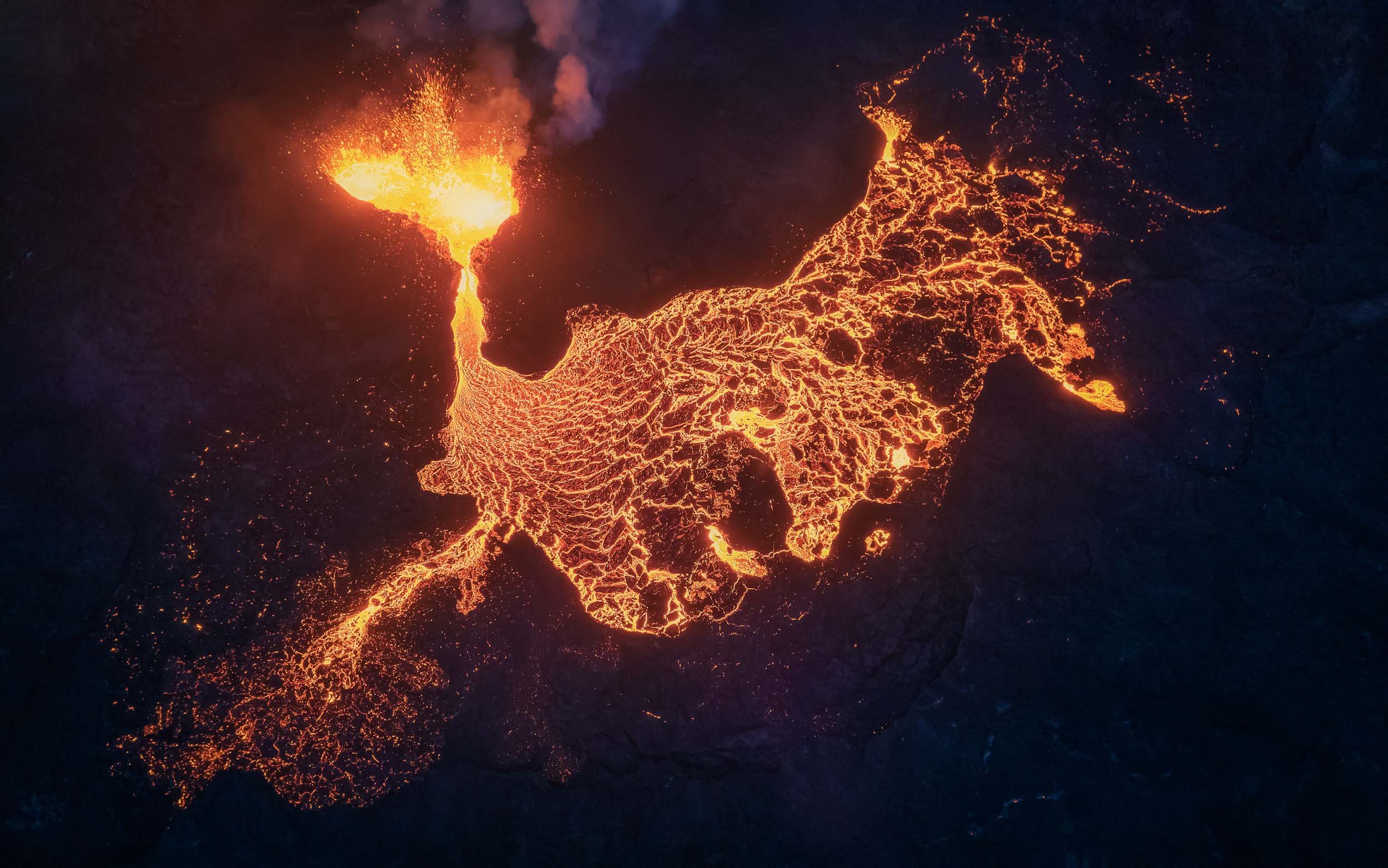
Lava Formations
A break in the cone had formed just earlier, causing a lava river to emerge.
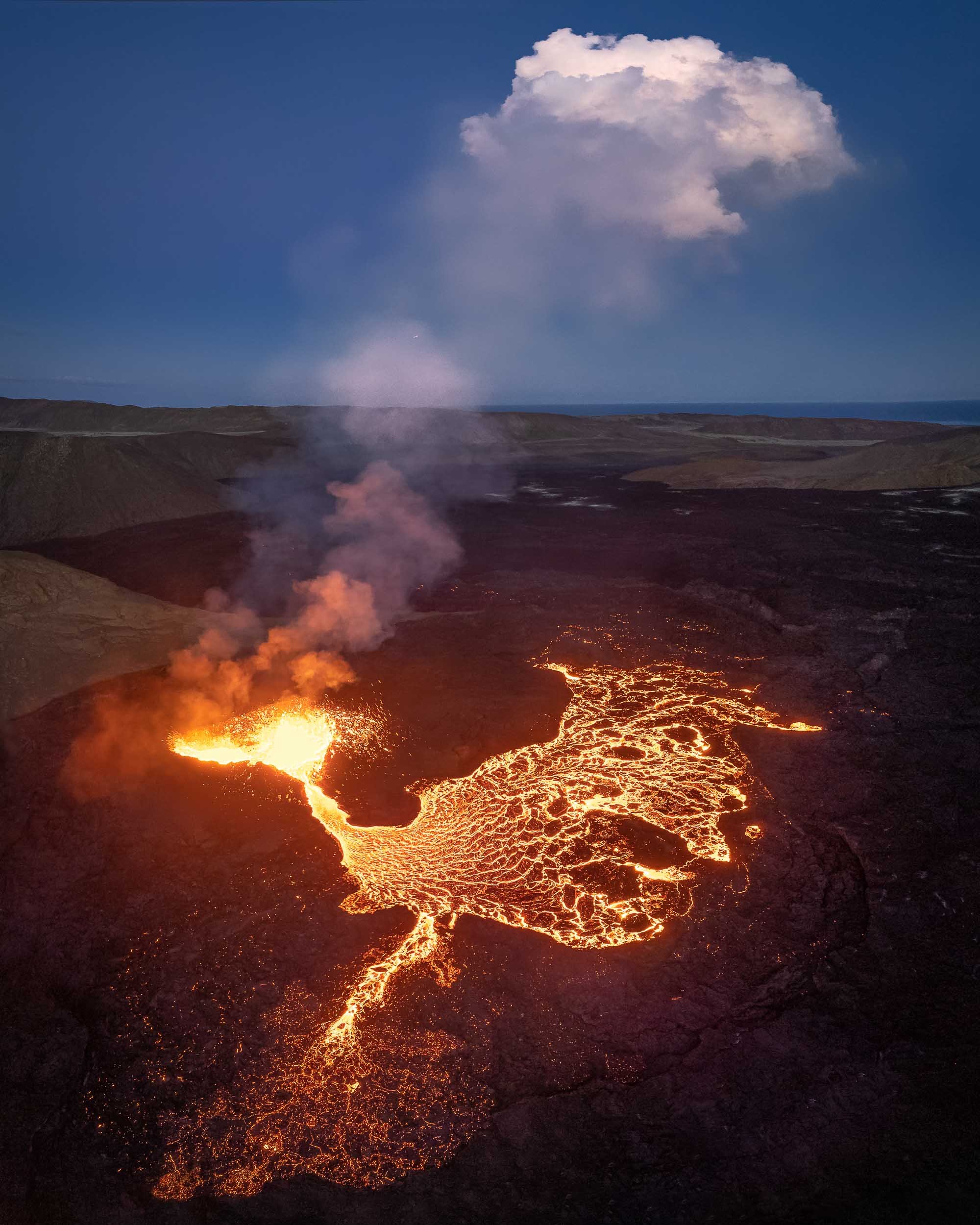
Volcano Weather
The smoke cloud stuck around for the whole night and morning.

Documenting
A photographer capturing the lava spewing.

With Nature
A couple watching the eruption from the lower hill in this long exposure photograph.
Watching the Inferno
A few images of people hiking along the hills surrounding the volcano at night.

Moonrise
One of the reasons I stayed over night is to watch the moon rising just behind the volcano - not a shot you can take often in your life.
Volcano In Motion - Highlights
If you enjoyed the photos, seeing the spewing lava in motion adds another dimension.
Morning Vibes
I spent over 14h at the site in total on the first day, to catch these views. What made it even more worth it is the fact that I was literally the only one here around 7am, surrounded by nothing but the noise of the volcano.
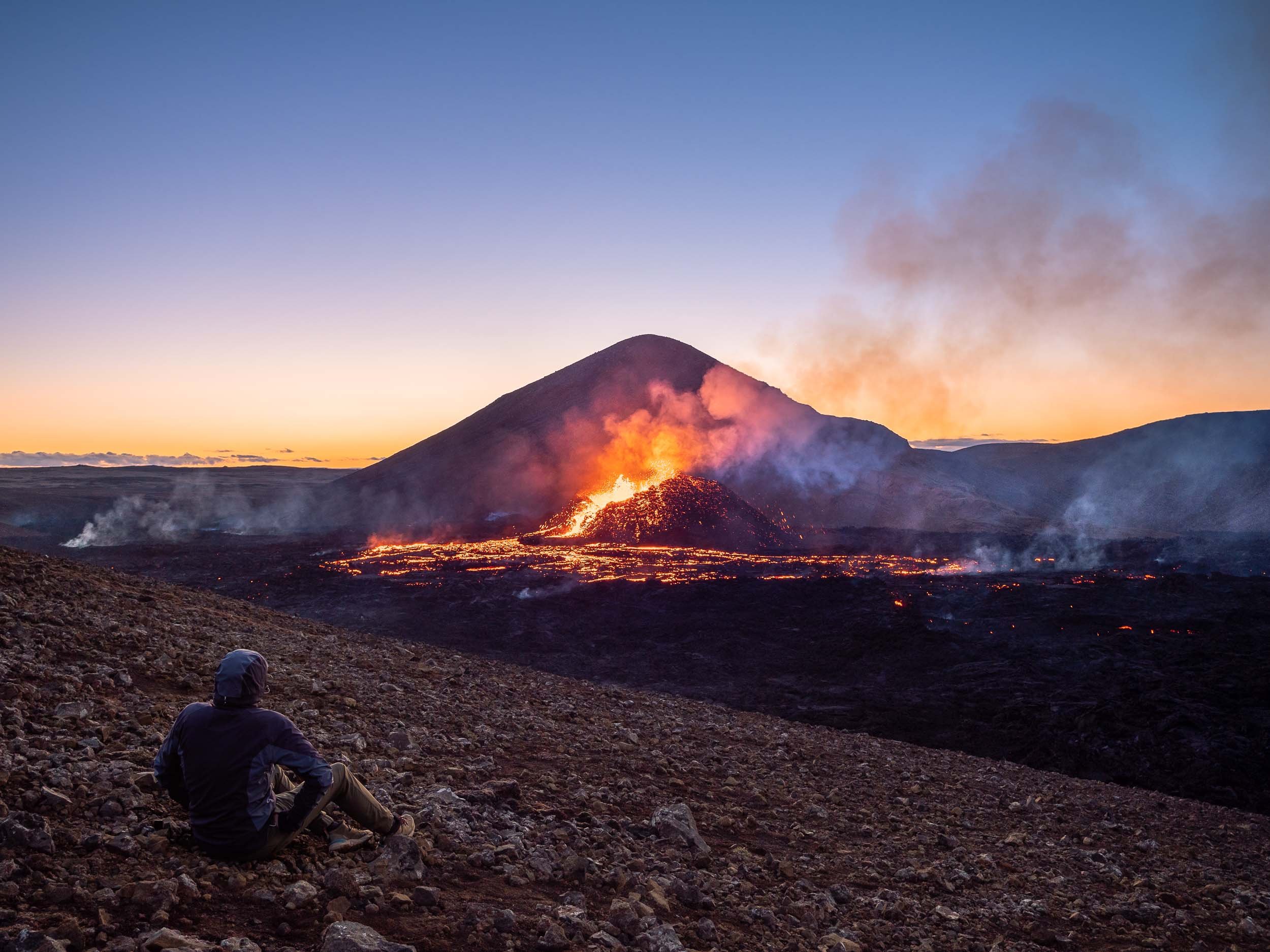
Admiration
Sometimes you just go to stop for a moment and take in nature's beauty.

When the Light hits
As morning approached, the smoke cloud was still present, now illuminated by the rising sun in orange hues with the moon just behind on the right.
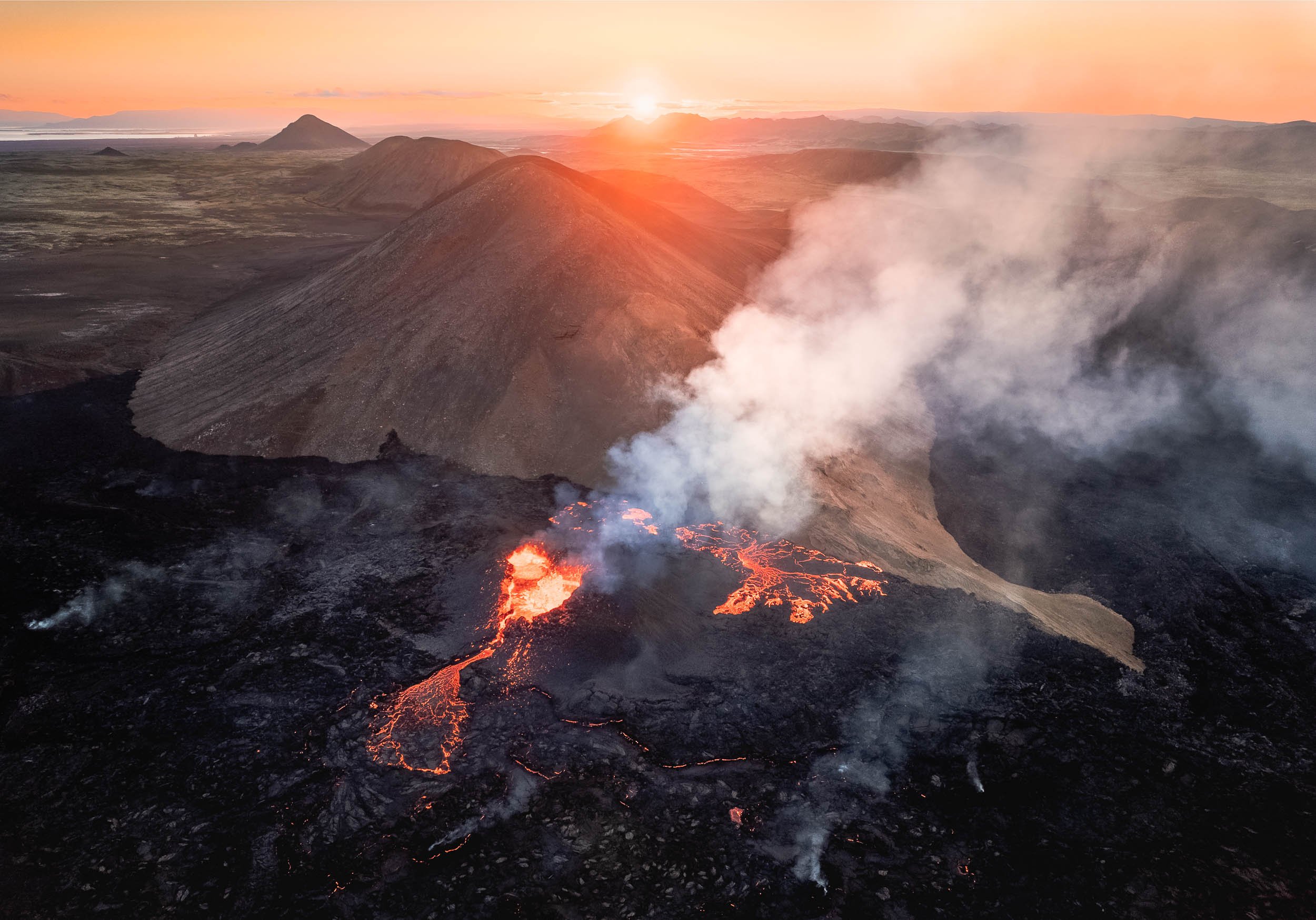
Smoking Sunrise
While the summer night didn’t get fully dark owing to Iceland’s northern latitudes, seeing the sky slowly turn brighter as sunrise approached made for another set of beautiful scenes, with our home star rising behind the mountain scenery.
An Aerial View
While flying a drone makes for amazing imagery, your own perception still stays on the ground. Only a helicopter can change that, so after sunrise I went to Reykjavik to take a look from above with my own eyes.

Overview
The Meradalir valley, where the current eruption took place, now largely covered in fresh lava. Notice the groups of people on the right side, approaching from the trail.
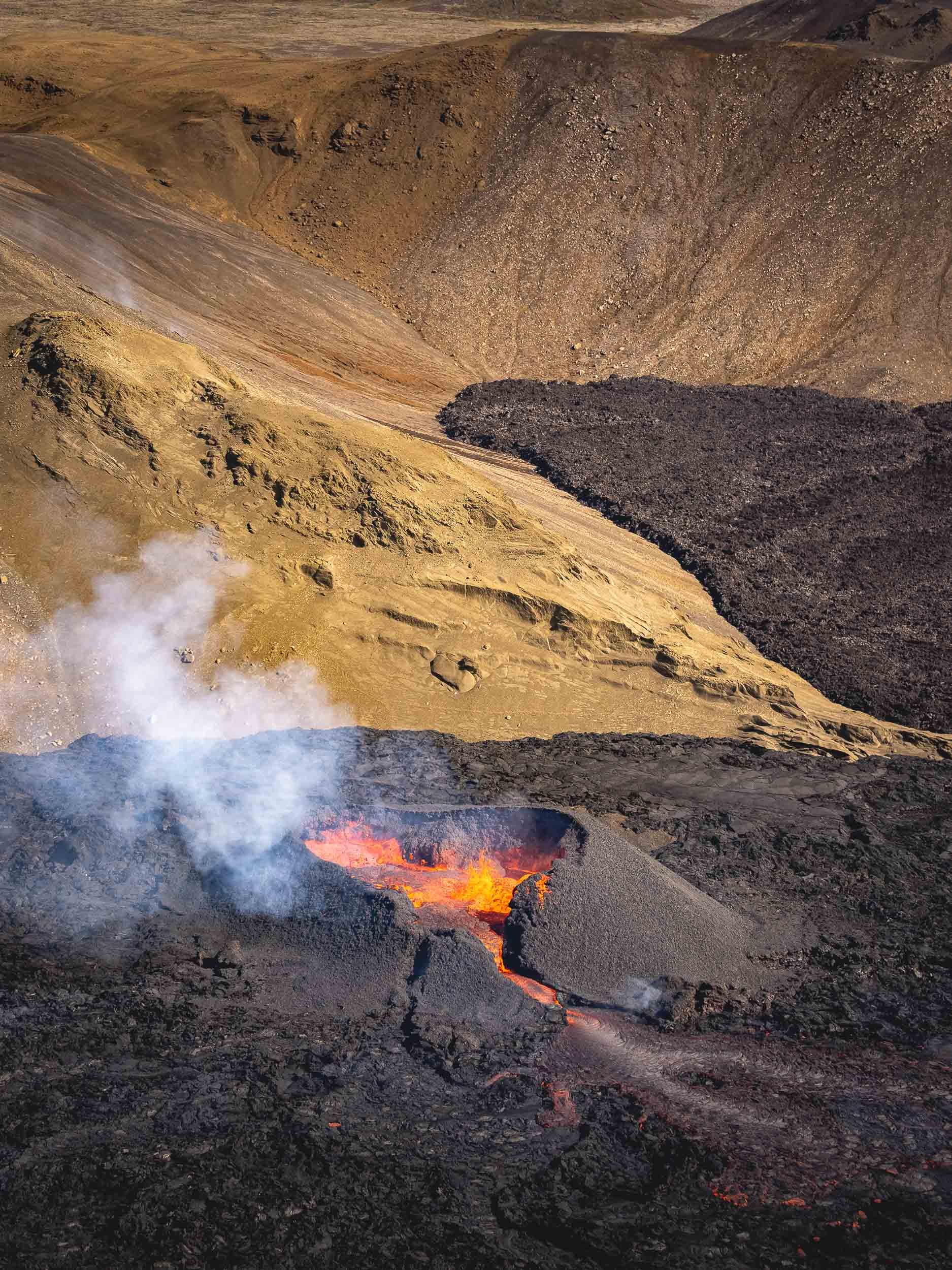
The End is near
The lava flow on the next day was signifcantly less, probably a sign of the slowing activity, which then stopped completley a few days later.
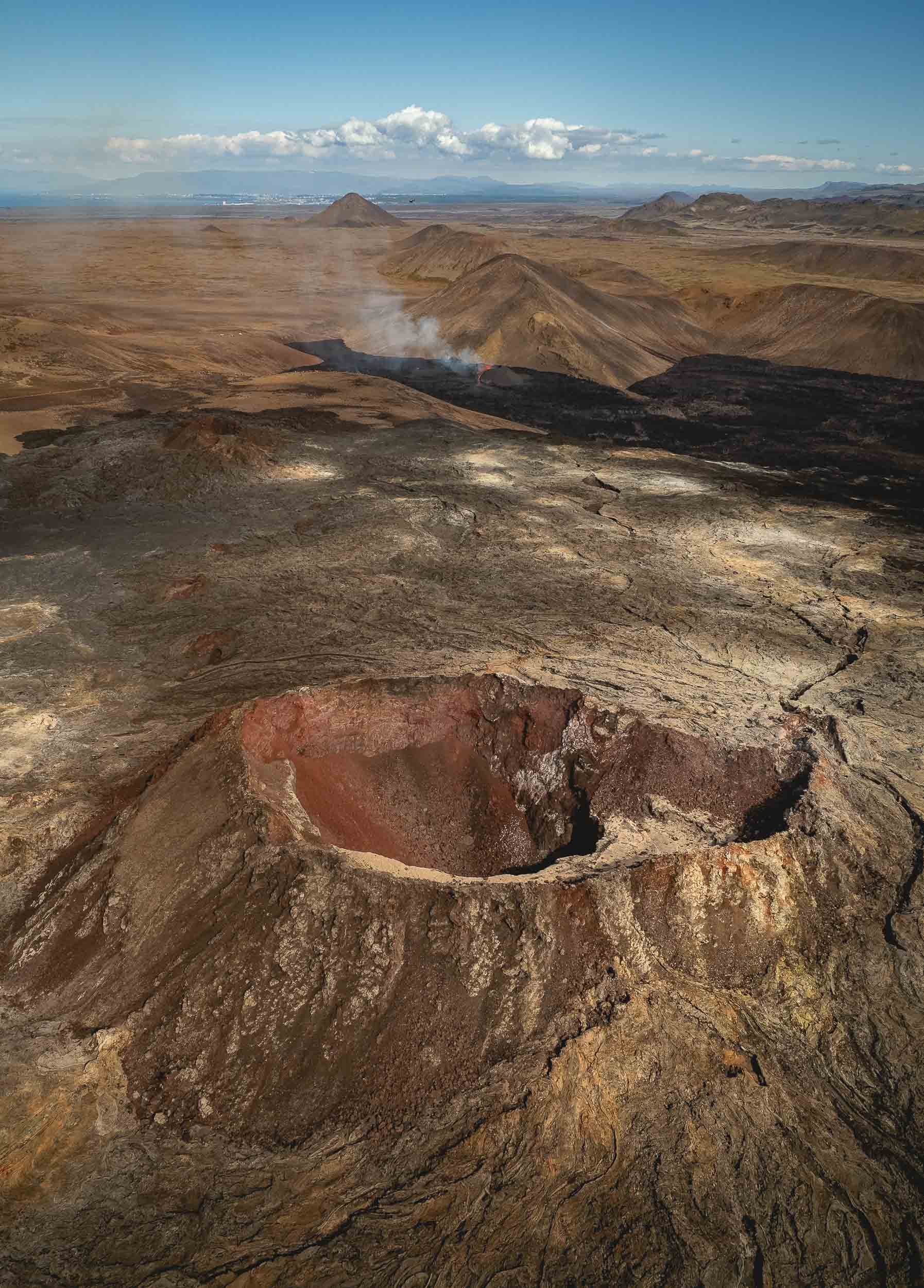
Not Alone
Fagradalsfjall is a volcano system around the mountain of the same name. The 2021 eruption crater is very close to the current site, both are visible here.
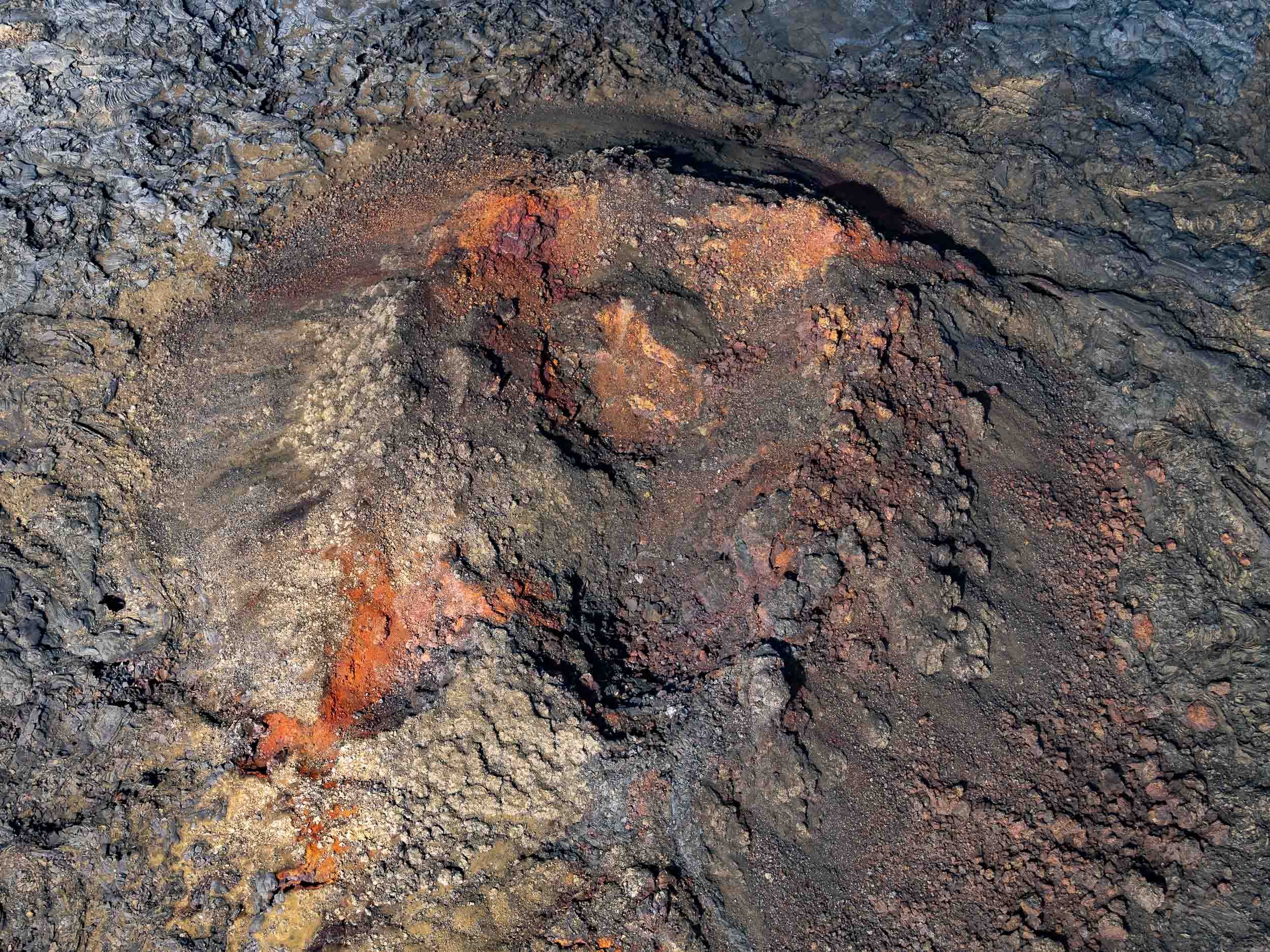
Colours of the Rock
One of the smaller craters of the 2021 eruption.
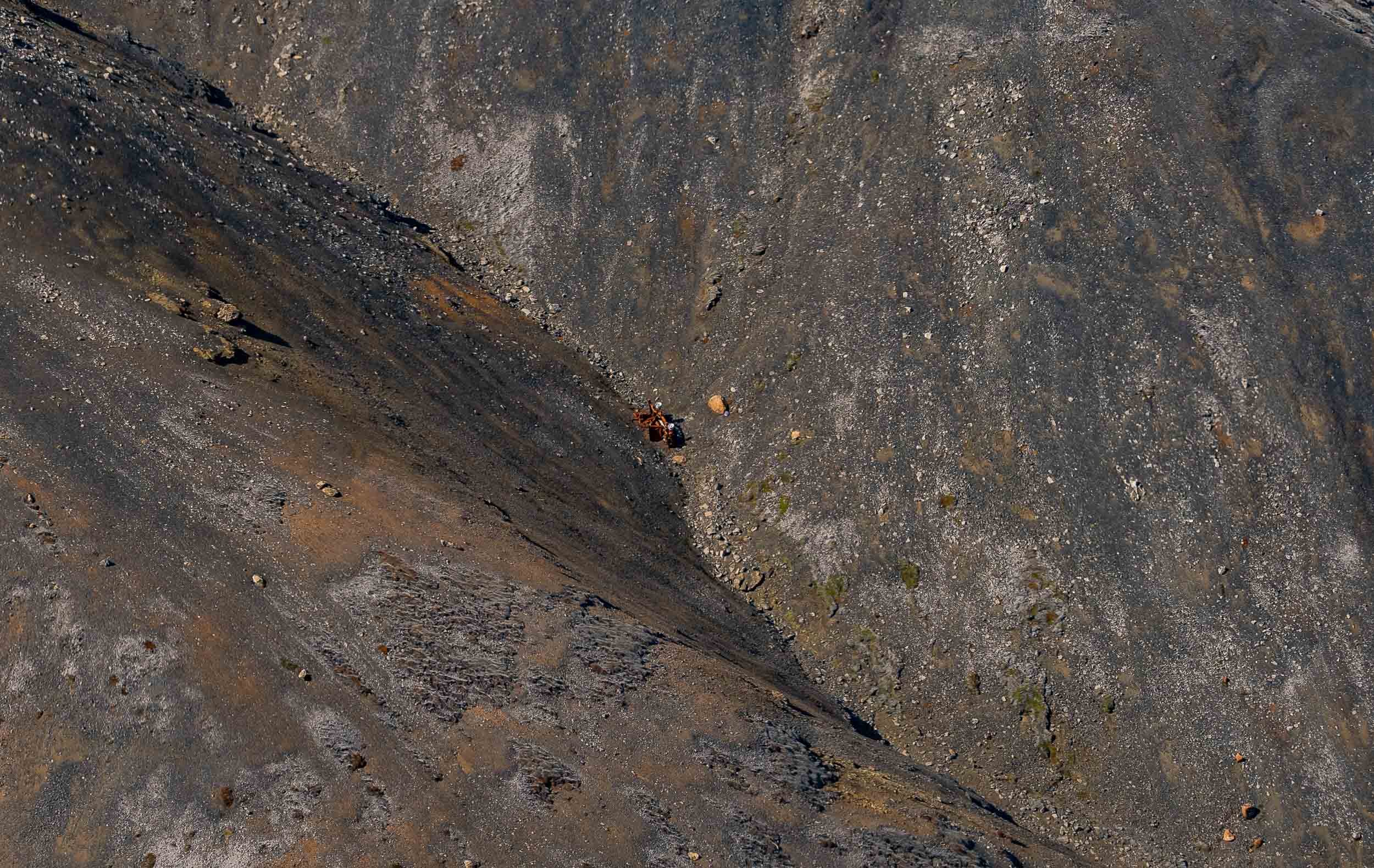
Leftovers
This looked very much like a car wreck on the side of the mountain.
The flight also led us over a few more of Iceland’s beautiful landscapes.
The Last Attempt
After the helicopter flight I had planned to come back for another night before my 7am return flight, and started my trek before sunset in reasonably good weather. This was when I got to experience when they say that Icelandic weather conditions are unpredictable. 90min later, when I was just settling down at the volcano site, clouds, wind, and rain took over, making the experience of sitting on the hill completely unprotected a rather miserable one.
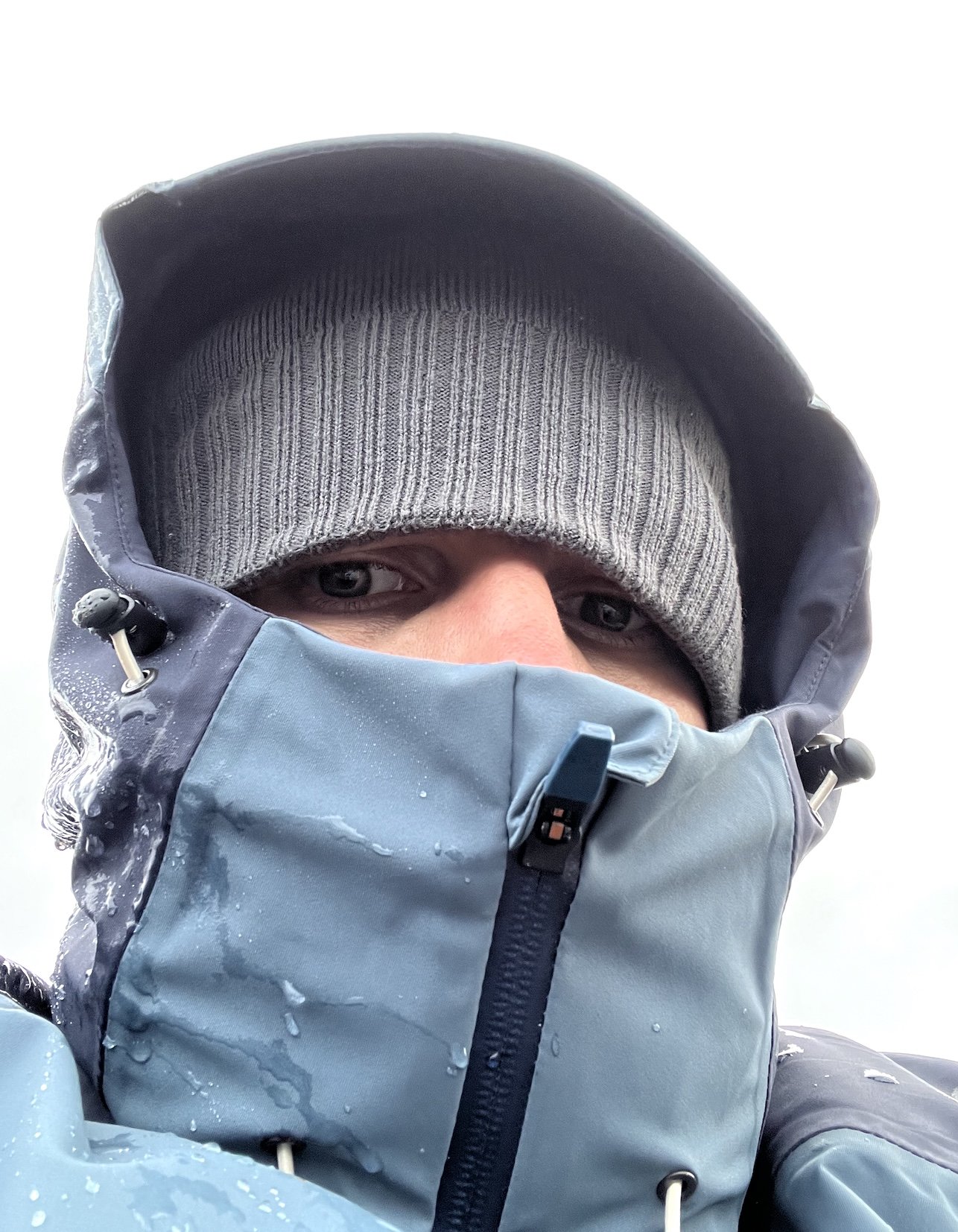
Since I really wanted to get a few more aerial shots, I held on for another 2h, catching a small break in the rain where I - despite heavy wind gusts - felt the drone would survive a short flight, before heading back to the car in the pouring rain for a few hours of sleep. I’d say it was worth it.
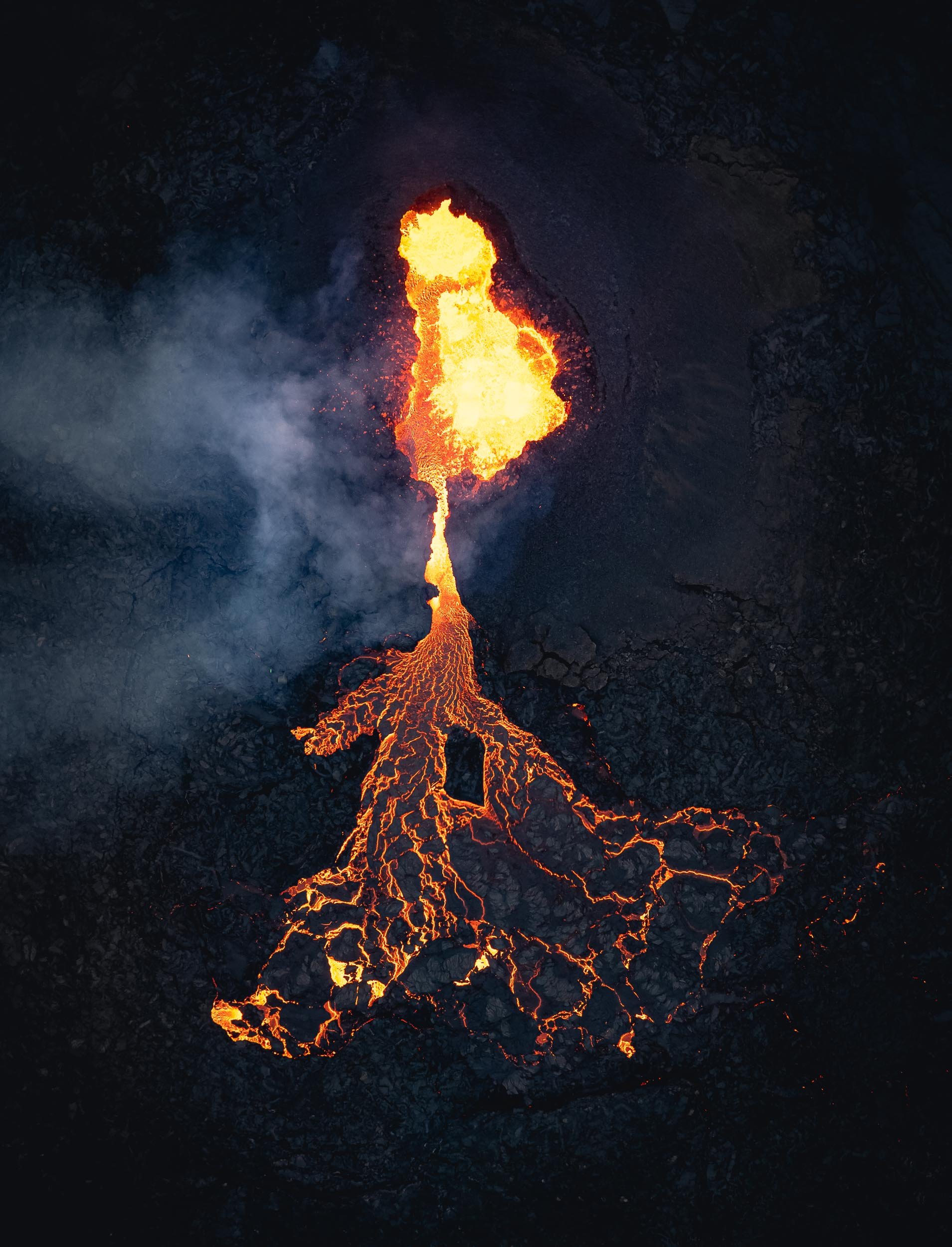
A Recap
Here is a timelapse sequence of the the evening , moonrise, and next day’s sunrise.
And that was 36h in Iceland - it was an expensive and tough journey, but I wouldn’t have had it any other way.
Uganda - From Lakes to Apes
The Republic of Uganda was another East African country on my journey, and it had beautiful lakes, rural villages, savannah landscapes, and a forest that deserved its name on the agenda.

The Republic of Uganda was another East African country on my journey, and it had beautiful lakes, rural villages, savannah landscapes, and a forest that deserved its name on the agenda.
Entebbe and Lake Victoria
I started my trip from Entebbe, a small city south of the country’s capital Kampala, and home to its only international airport (famous for the 1976 hostage situation), but also place of residence and office for the president. Our first mission was to visit Mabamba Swamp on Lake Victoria, to find what they call the “holy grail of birding”: The endangered Shoebill.
Alas, it was not a successful trip beyond a very brief glimpse, but the area was still beautiful and it turns out this would not be the last chance to see this rare animal...
Tarzan’s Home
We also visited Entebbe’s botanical garden, which was started in 1898 and contains both endemic and imported trees, some of them more than 400 years old.

A Walk on the Shore
The park has some beautiful views of Lake Victoria, Africa's largest.
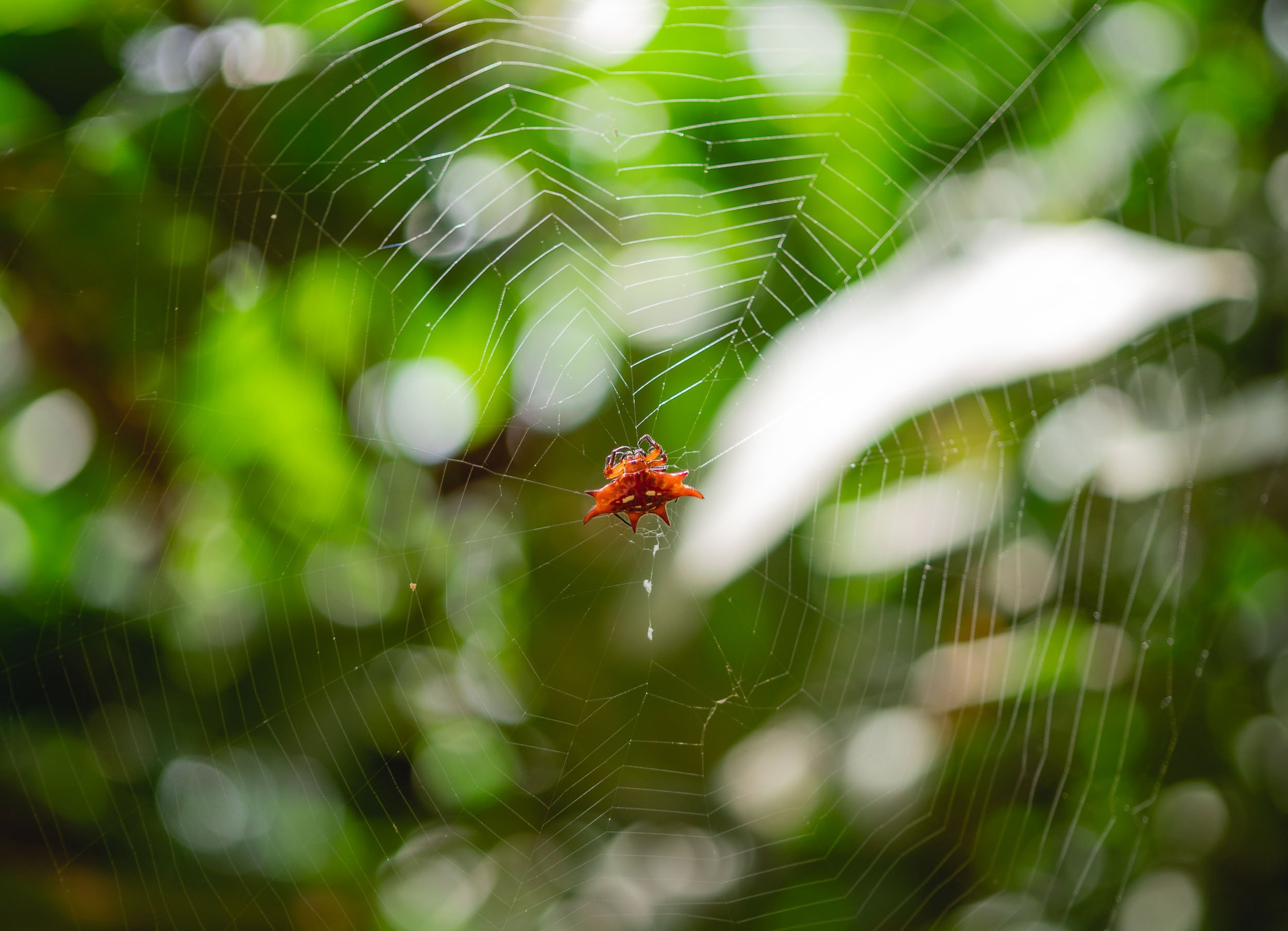
Kite Spider
Found this little guy in the bushes.
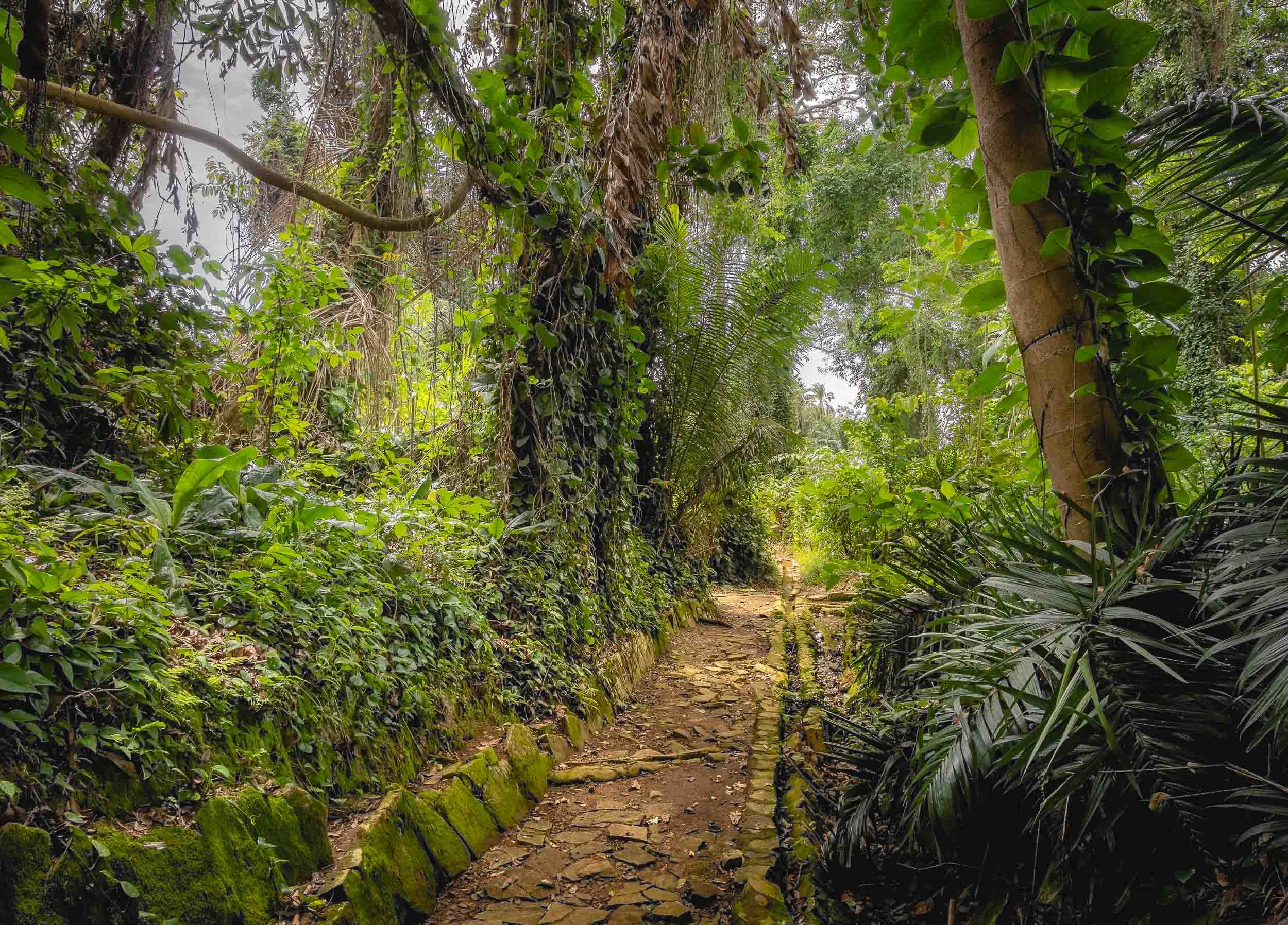
Film Set
The park is also home to this peculiar spot: One of the first Tarzan movies was shot here.

Tall
The tallest palm trees I've ever seen, with my trusty guide showing off his belly for scale.
Punishment Island, and 28 more
A long drive from Entebbe through the beautiful landscapes and towns of southern Uganda brought us to Lake Bunyonyi, a 46 sqkm lake very close to the border of Rwanda.

Horns for Days
We encountered these surreal looking cows on the way.

Ankole Breed
They are primarily found in Uganda and their horns can grow up to 1.8m long.
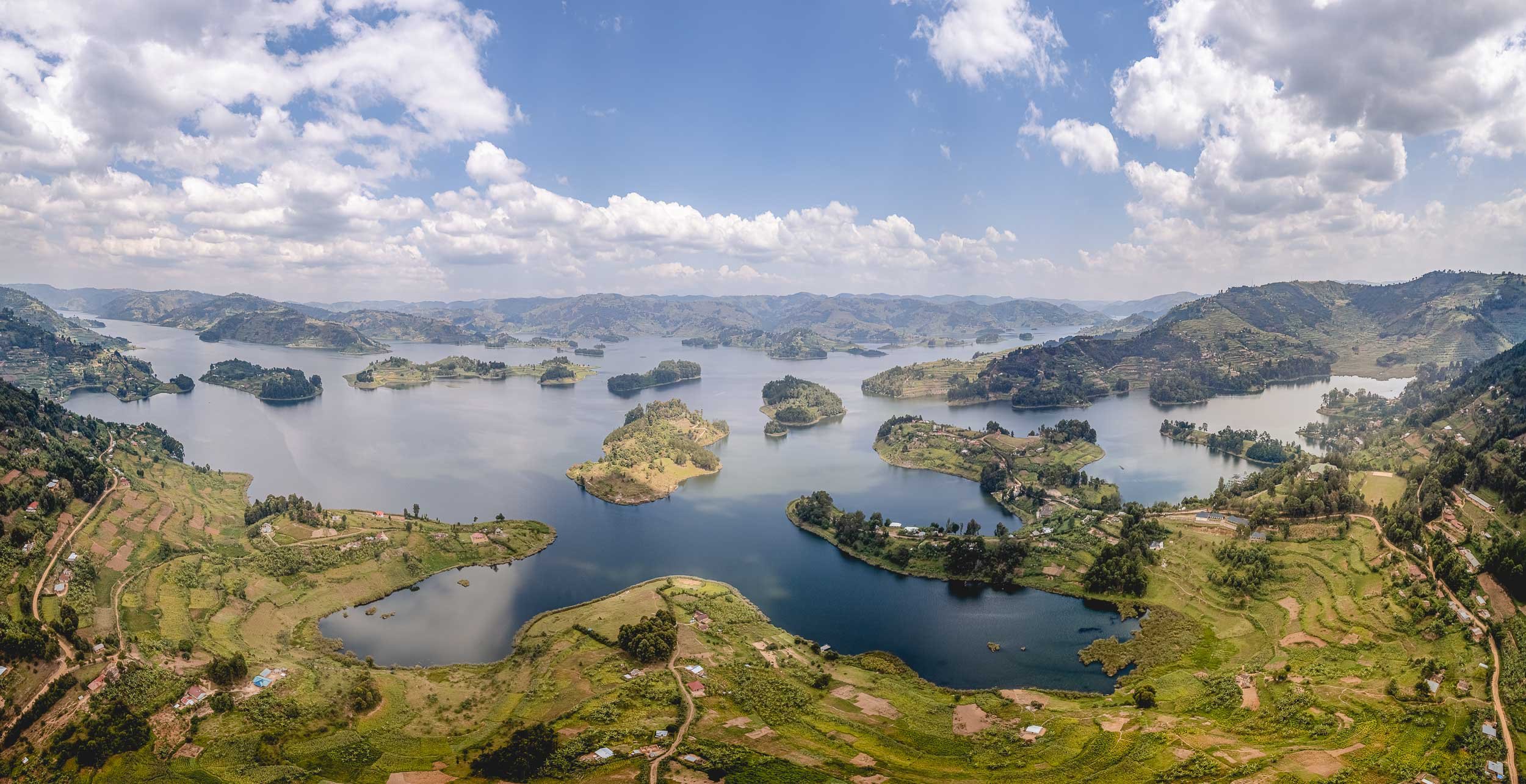
Lake Bunyonyi
What might be Uganda's most pictoresque lake, and - unlike Lake Victoria - safe and clean to swim in, features 29 islands, some of them with a rather interesting history.
A Flight Above the Lake

Calm
The lake has a very serene and peaceful aura.
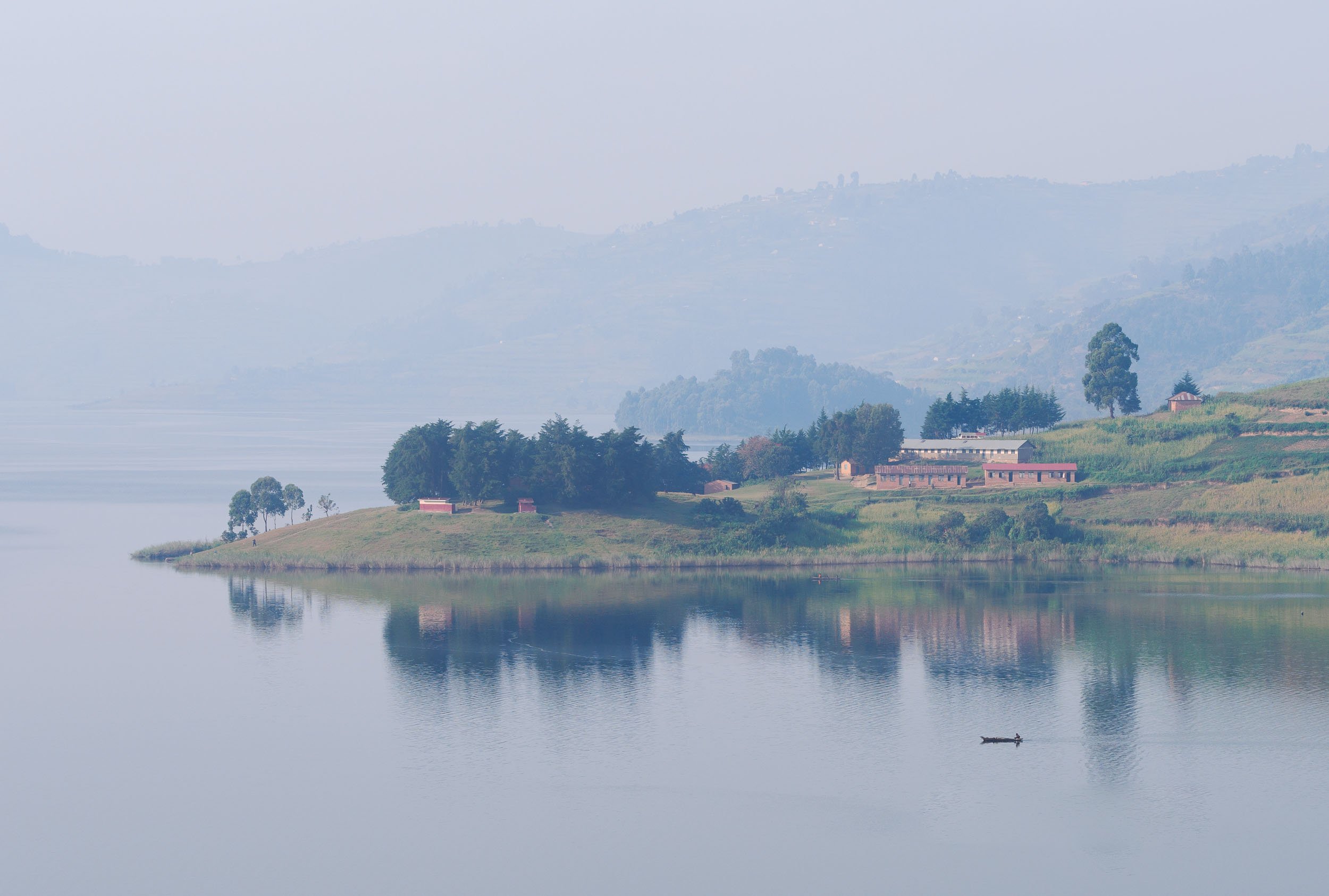
Across The Lake
Most of the boats are actually canoes - which was also my mode of transport between some of its islands.

Flower Fields
The surrounding hills feature a few beautiful spots to see the lake's islands from. They hide a less beautiful past though, such as Akampene (or Punishment) island, where unmarried pregnant women were left to starve or die from trying to swim to the shores, up until 70 years ago.

In the Trees
Despite the tourism activty on the lake, life is still traditional. This kid was collecting fire wood from the Eucalyptus trees that have been imported and planted in many areas in this region, as they grow very quickly.
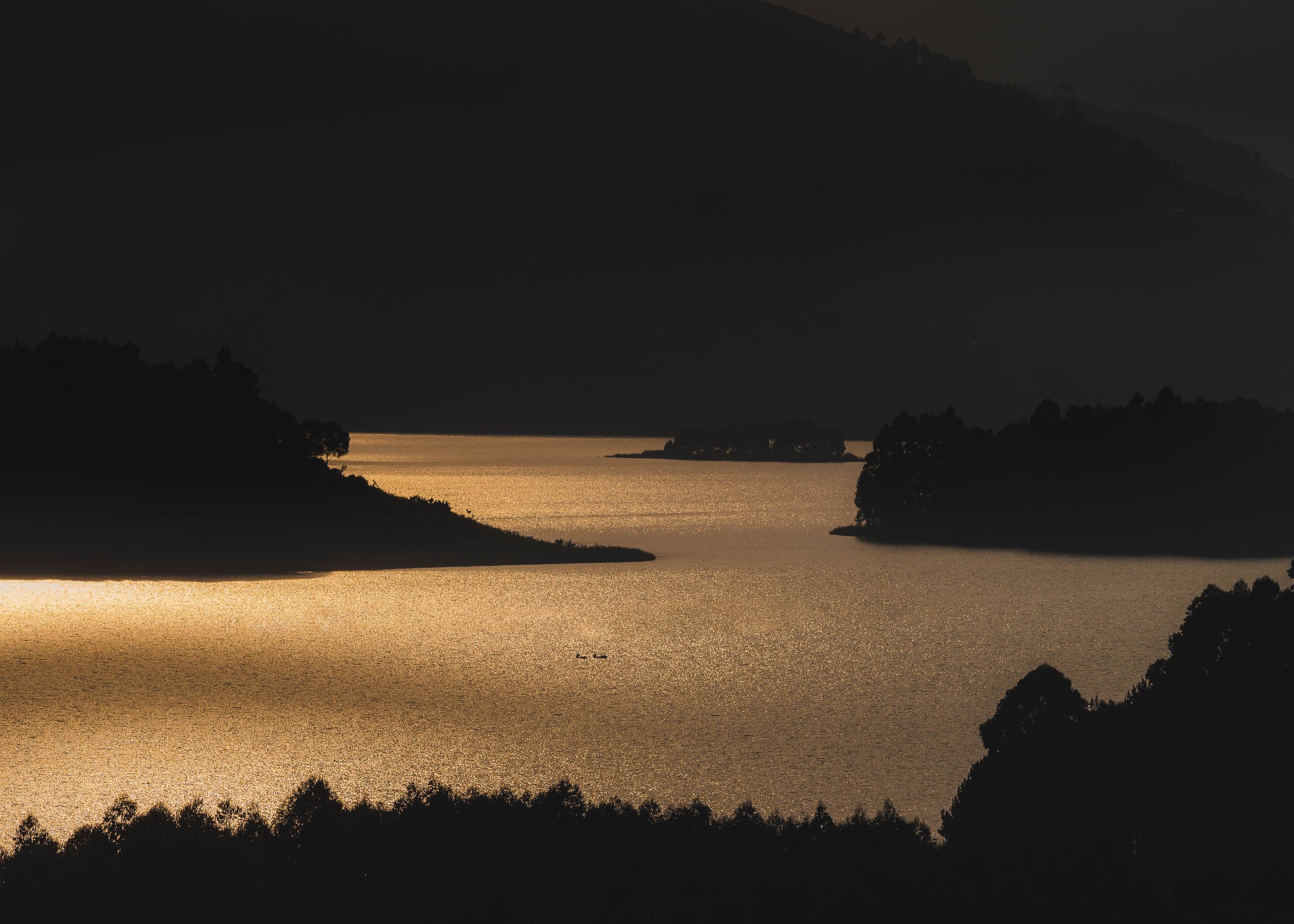
Towards the Impenetrable
After two days at Lake Bunyonyi, it was time to head further west, approaching the border of the Congo. On route, we passed some of Uganda’s beautiful mountainous areas, dominated by farmland and small rural villages.
Our goal was a different one though, bordering the farm land. The Bwindi Impenetrable Forest, and its corresponding National Park. One of the most biologically diverse areas on earth, it is World Heritage Site that truly deserves its name, as I would later find out.
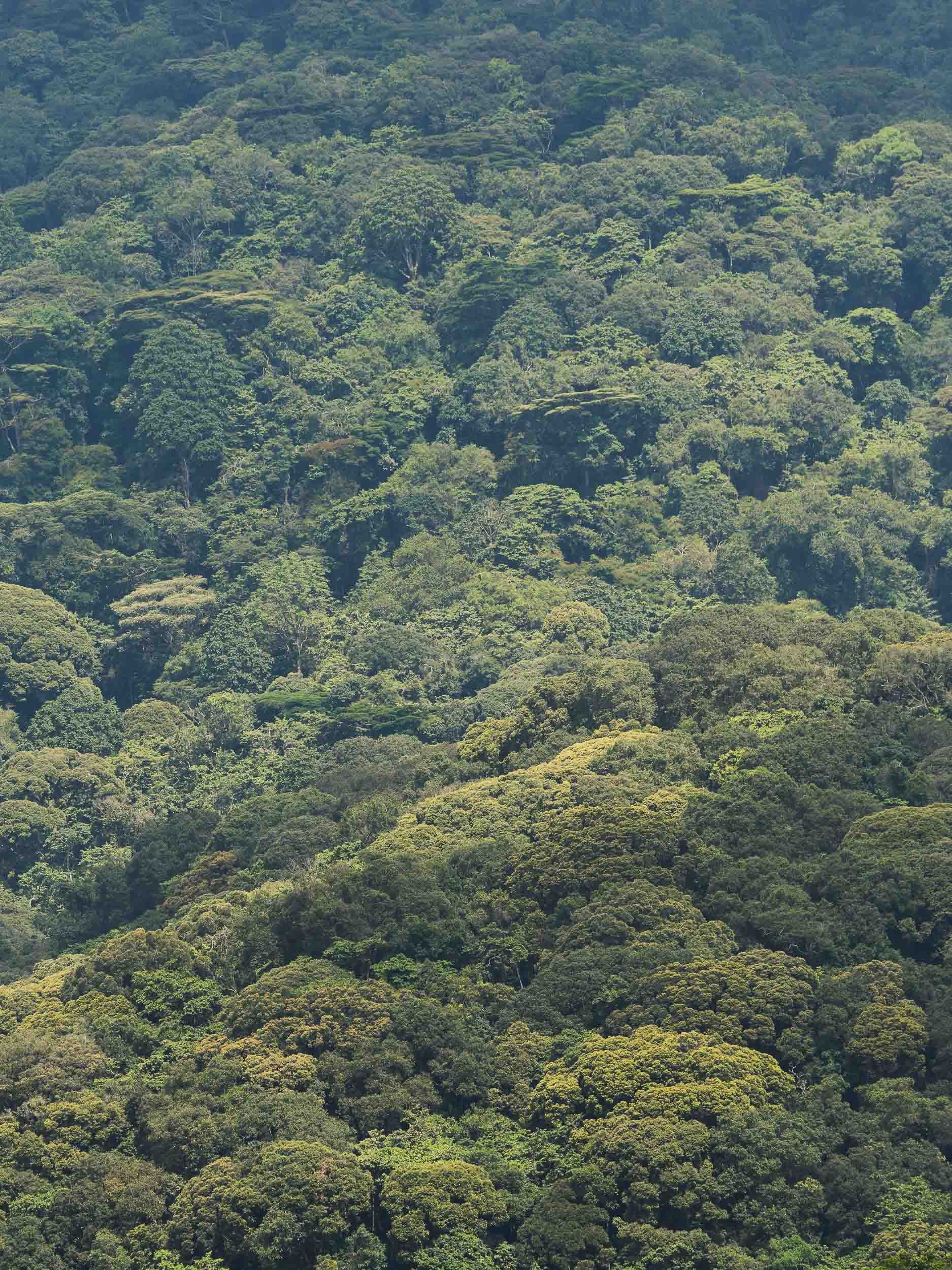
The Forest Canopy
Parts of the forest are accessible - with a guide - through very basic hiking paths, and lead to some beautiful waterfalls, small rivers, and diverse flora and fauna.
The Greatest of the Great Apes
However, the real attraction of the Bwindi Impenetrable forest lies in something much less accessible, and it’s for a reason the meaning of the forest’s name in the local language is “a place full of darkness” . An armed ranger, a guide, and the stamina and shoes to survive several hours of trekking in the thick cover of plants and over muddy ground, climbing slippery and steep slopes, and wading through many small rivers, are all requirements to find the reason most people come here: The Mountain Gorillas.
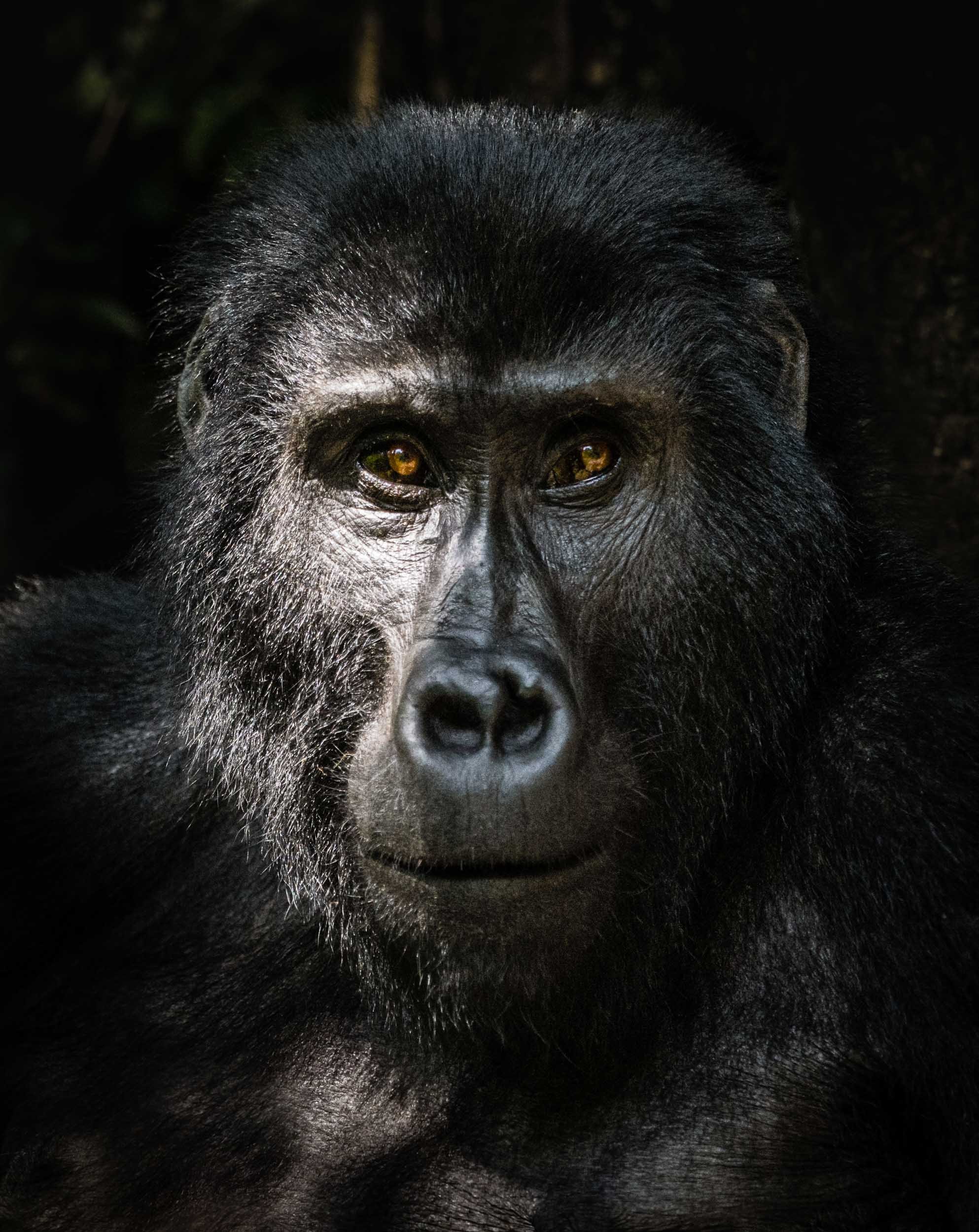
Katoto
One of the adult females of the group I was trekking.
There are only just over 1000 individuals left on earth, living in two populations. One of them makes up about half of the entire species and lives in this forest, broken down into around 50 families. Only 21 of them are habituated, i.e. used to human presence, and can be visited. The one I trekked was the Oruzogo family made up of 17 individuals, led by the dominant silverback Bakwate.
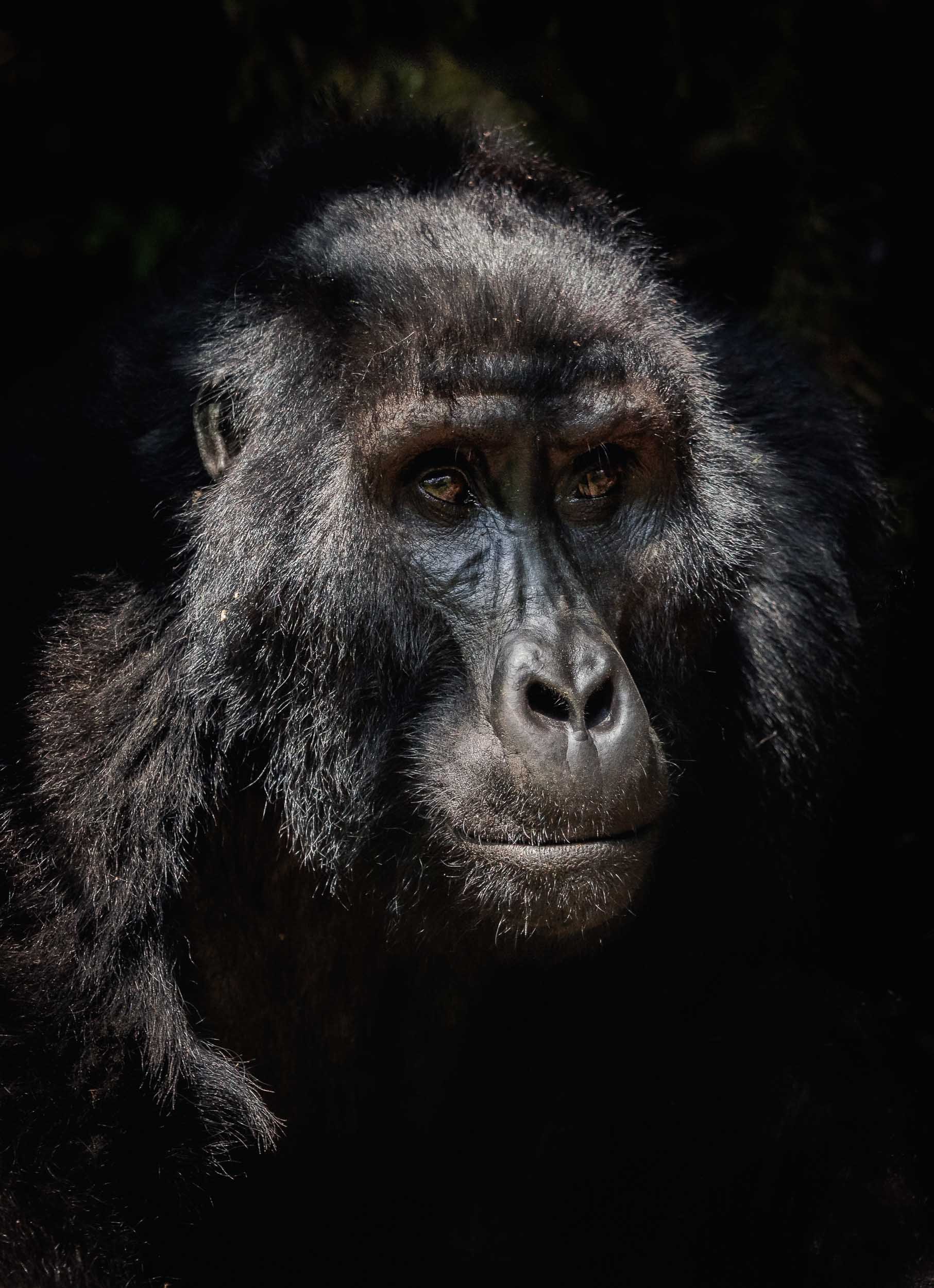
Bakwate
The Dominant Silverback of the family.
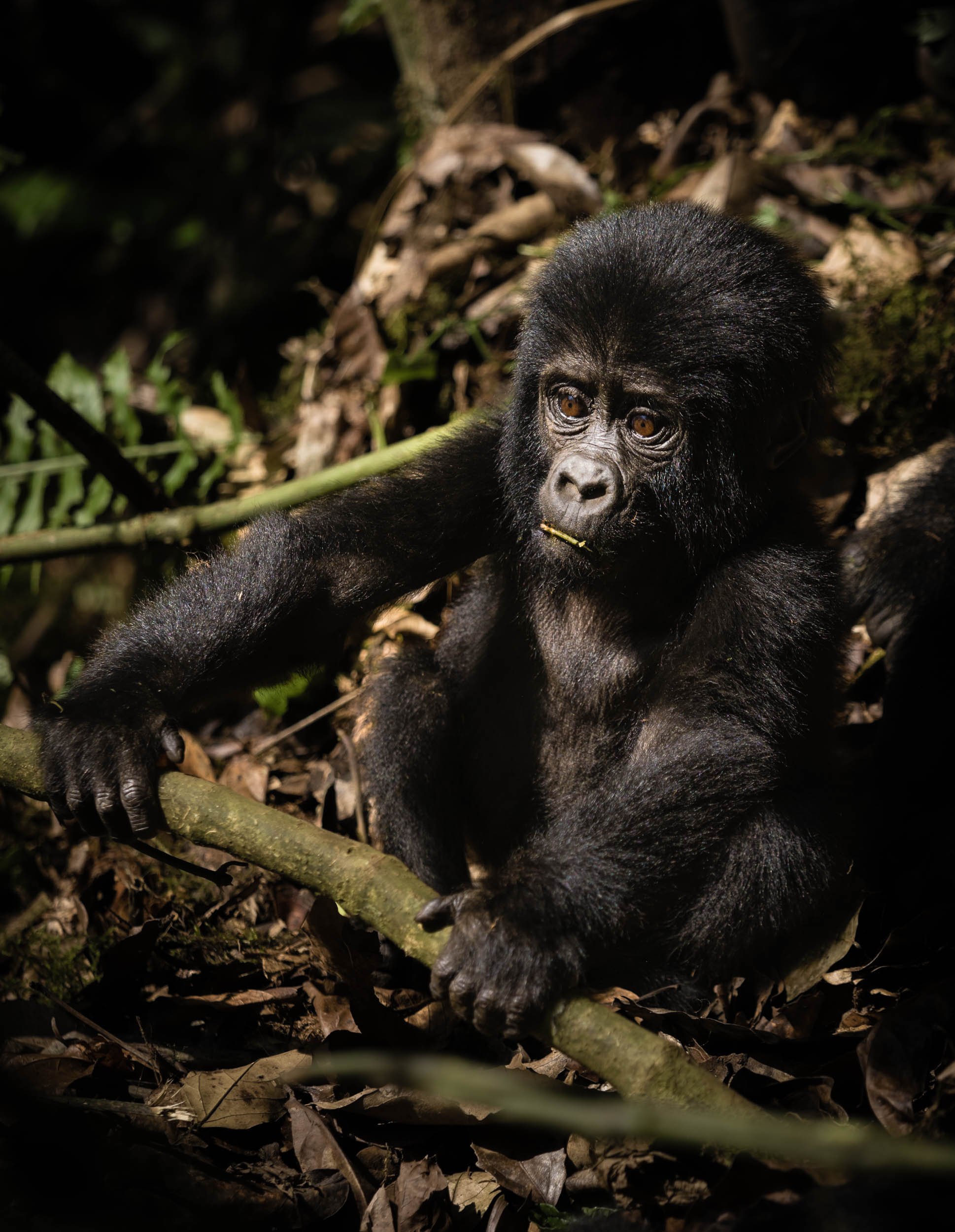
Nom Nom
Mountain Gorillas are largely herbivore and eat up to 20 kg a day.
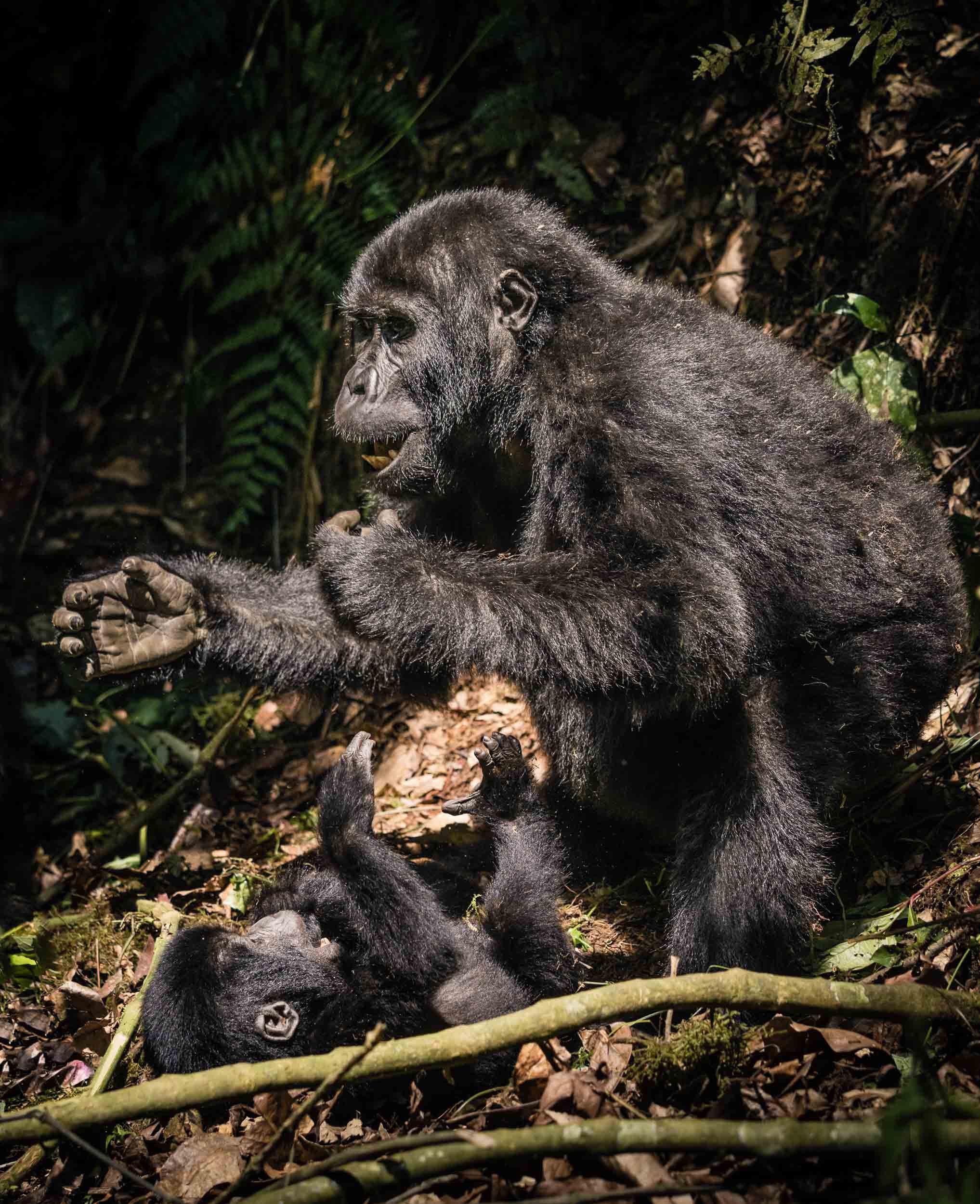
The Young Ones
The Mountain Gorilla population has been increasing over the last decades, thanks to strong conservation efforts. Given that they do not survive in captivity, these efforts are crucial for the species.
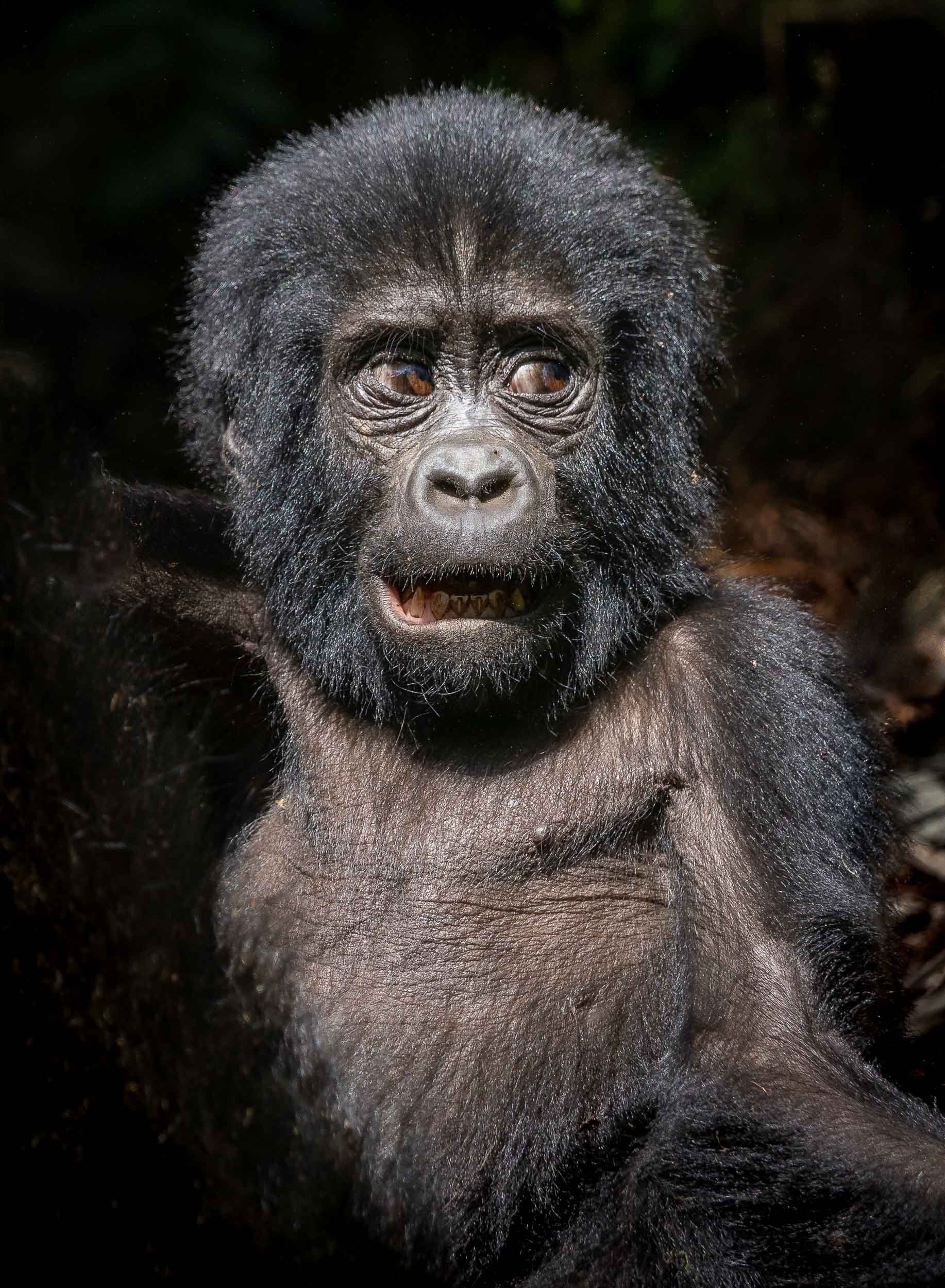
Comical
It's easy to see that they share 98% of their DNA with humans.
Seeing these rare and endangered animals in the wild, and observing their gentle and social behavior for an hour (this is the maximum amount of time you can stay with them) from just a few meters away is an experience that is hard to describe in words or photos.

Buffer Zone
The forest in the background and farming grounds in front. A buffer zone with tea and coffee plantations ensures the Gorillas (which don't like either of them) don't enter other crop fields in search for food.
From Tree Climbing Lions to Gorge Climbing Chimpanzees
Leaving Bwindi with a sad eye, I made my way northwards to the Queen Elizabeth National Park and the Kazinga Channel.
We encountered these young lions in a tree, where they spent the afternoon being lazy. Tree climbing lions are not common, but Queen Elizabeth National Park in Uganda is famous for them. They usually move up for a better view, shade, and to escape insects.

The Infamous Shoebill
Remember the quest for this elusive bird? Well, after an unsuccessful try in the swamps, the park came through for us. It is home to several of them, and one individual put on a show, even circling above our heads, which is quite rare as these birds are very large and heavy - up to 1.5m in size, weighing 7 kg - and rarely fly long distances. Their peculiar look and the large beak make them appear almost prehistoric - a modern dinosaur!

Vulnerable
There are only between 5000 and 8000 left in the wild, all of them in the swamps in East Africa.
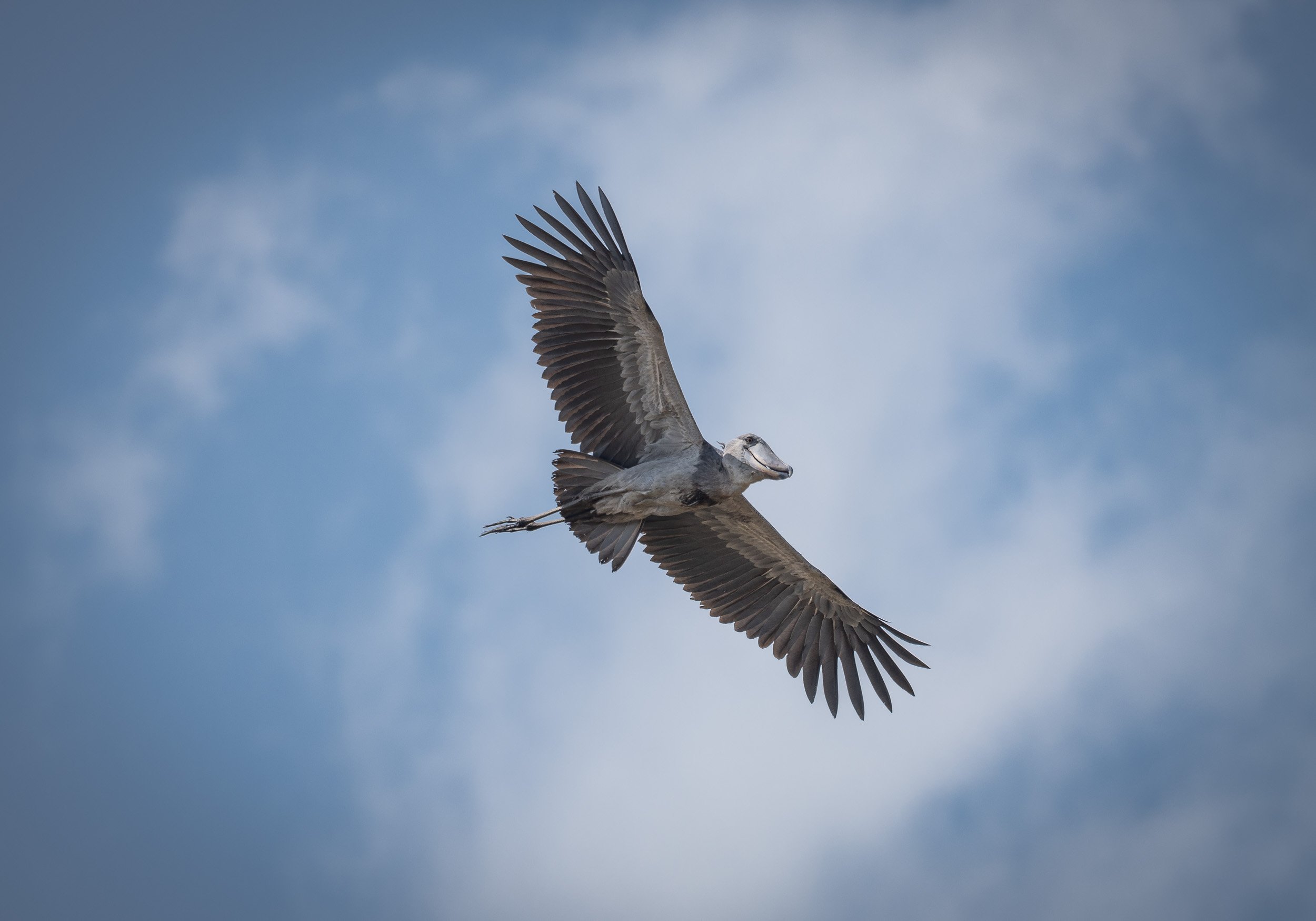
Rarity
They don't often fly, usually walking in the swamps and just taking short flights to their next feeding spot in the same area.
A Cruise on the Channel
Great Apes - The Second Round
The park is also home to another Great Ape species which can be tracked and observed closely in the wild: Chimpanzees. The location is equally as spectacular as the Bwindi Forest: The Kyambura Gorge.
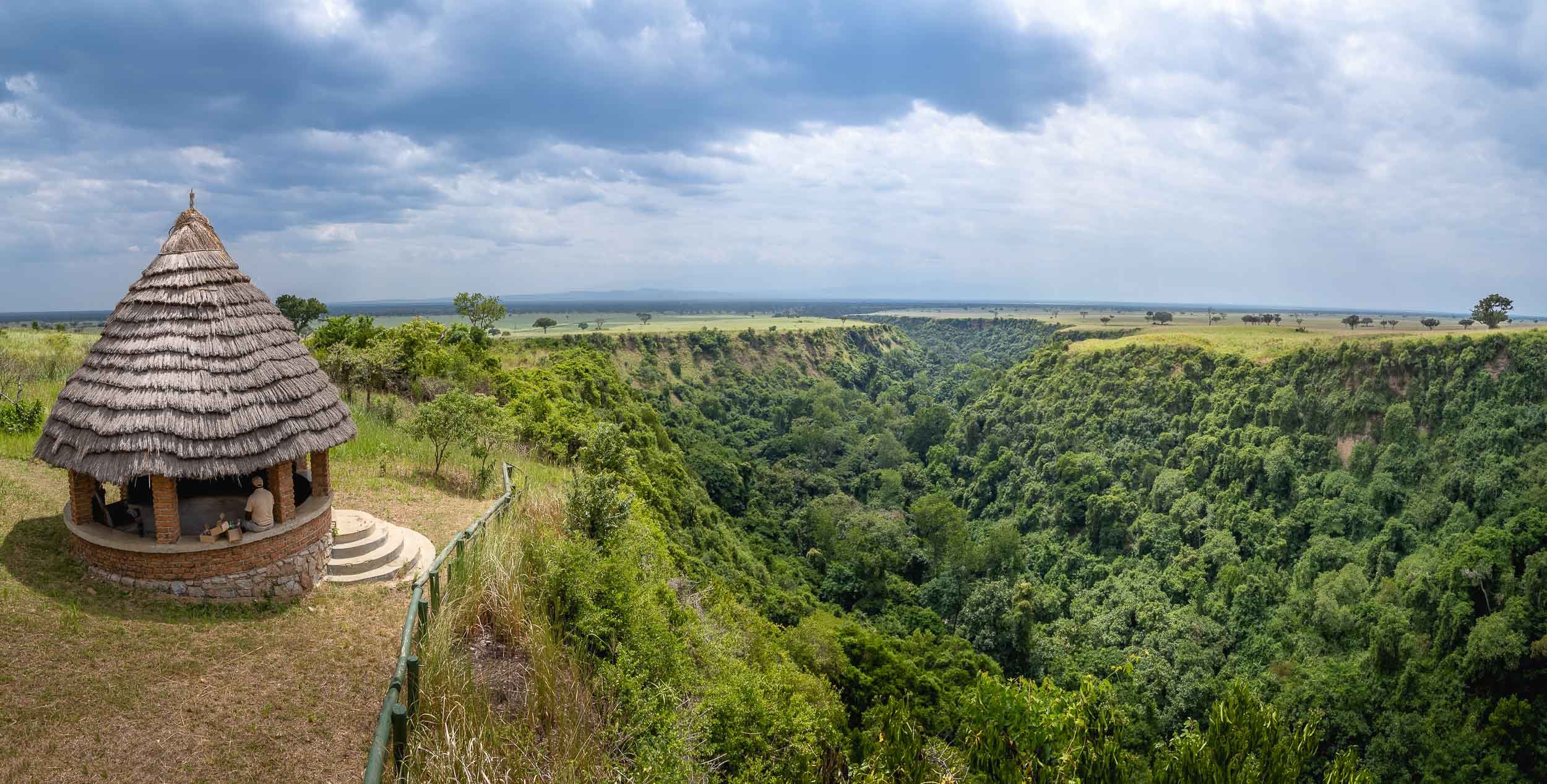
Into The Ground
The 11km long gorge is over 100m deep - the river flowing in its middle is the source of water for the underground forest that has grown here like a green slice in the savannah. It’s home to a variety of wildlife, including the habituated Chimpanzee family.
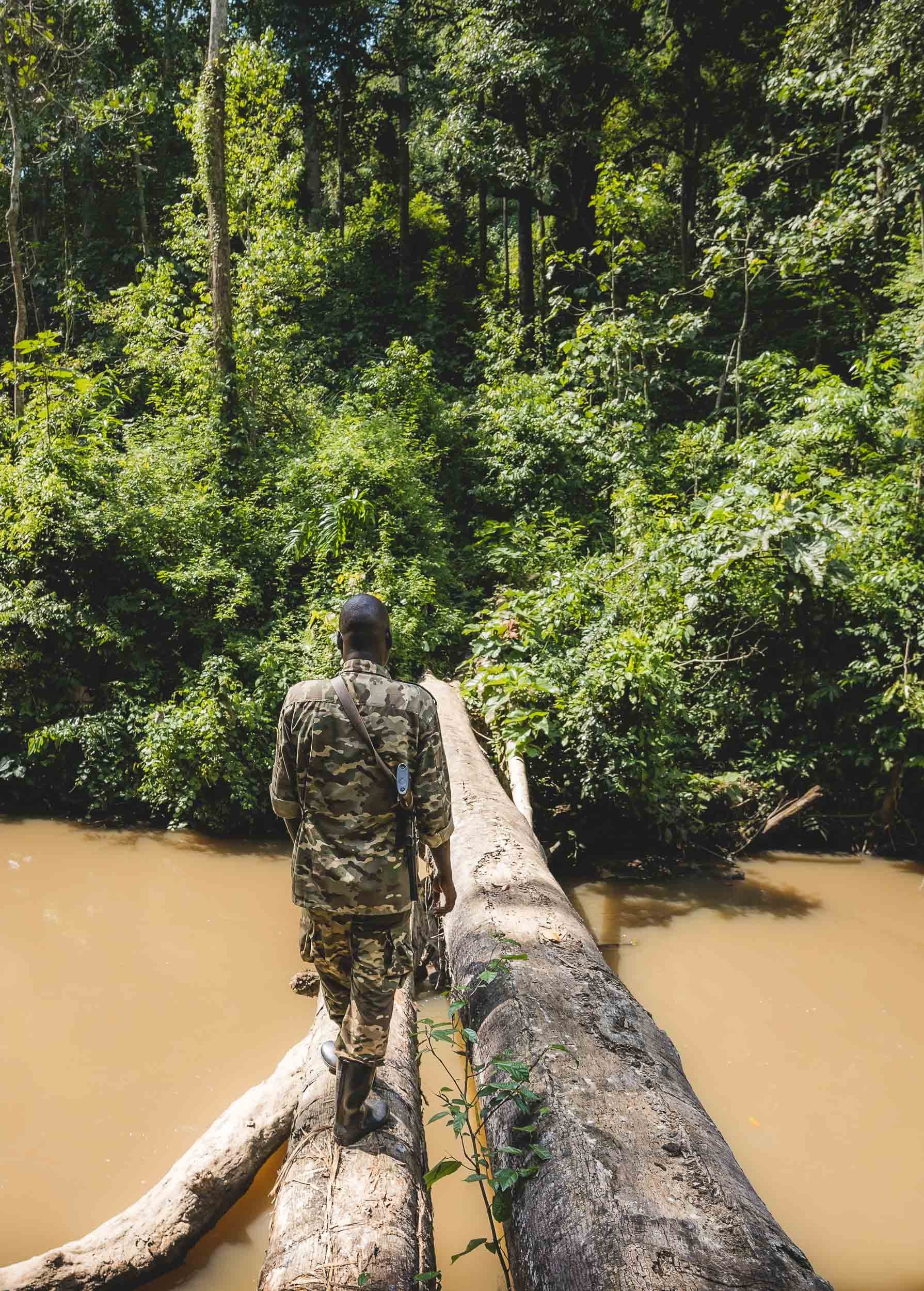
Crossing the Kyambura
We had to climb down the steep slope of the gorge and trekked for over an hour until we finally found them. This rather questionable natural bridge was part of the effort. Success rates are about 80% (to find them that is, not sure about the bridge crossing …)
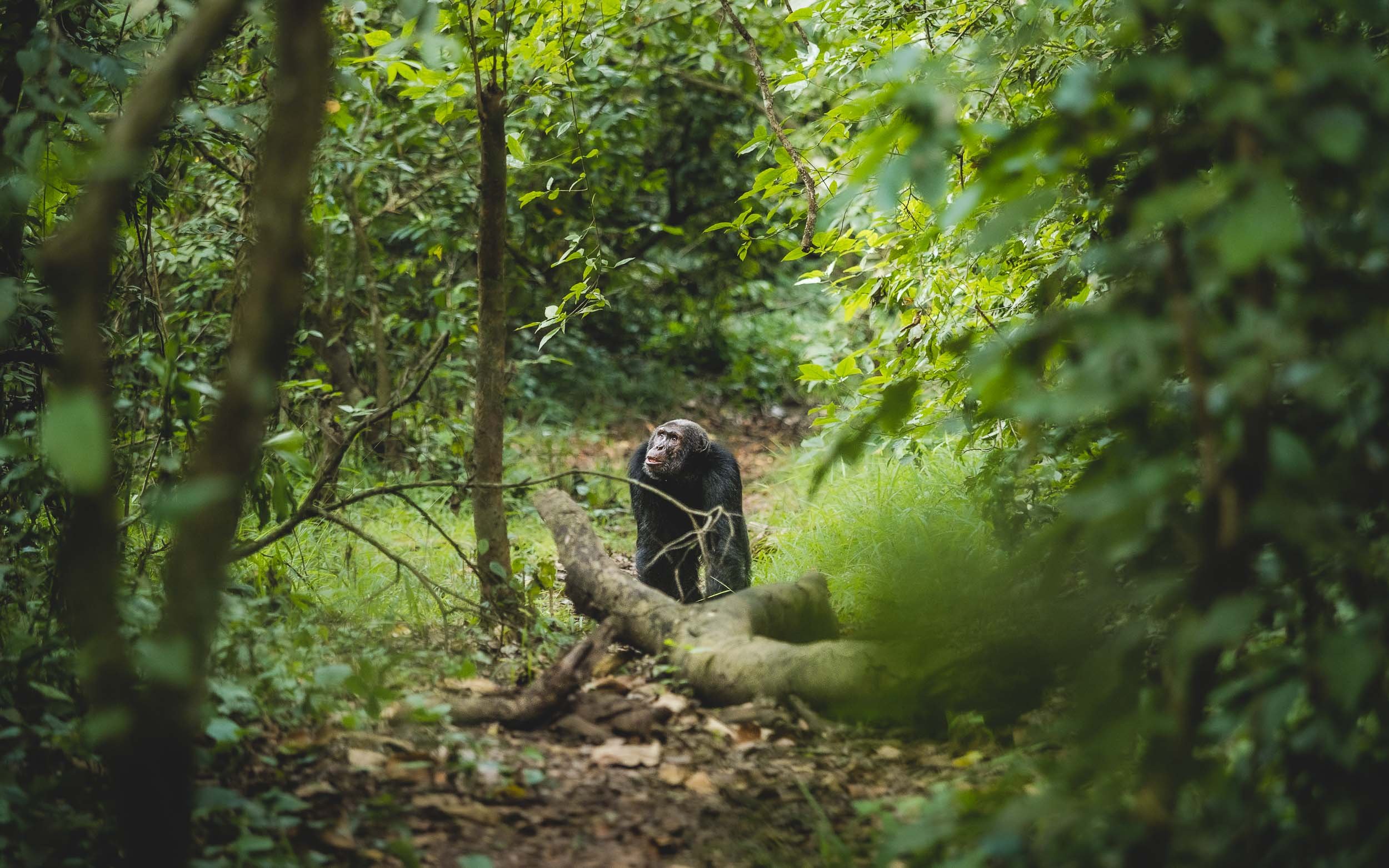
The First Glimpse
The moment you spot the first Chimpanzee, it's time to put down the walking sticks, as they use tools themselves and may mistake them for weapons.
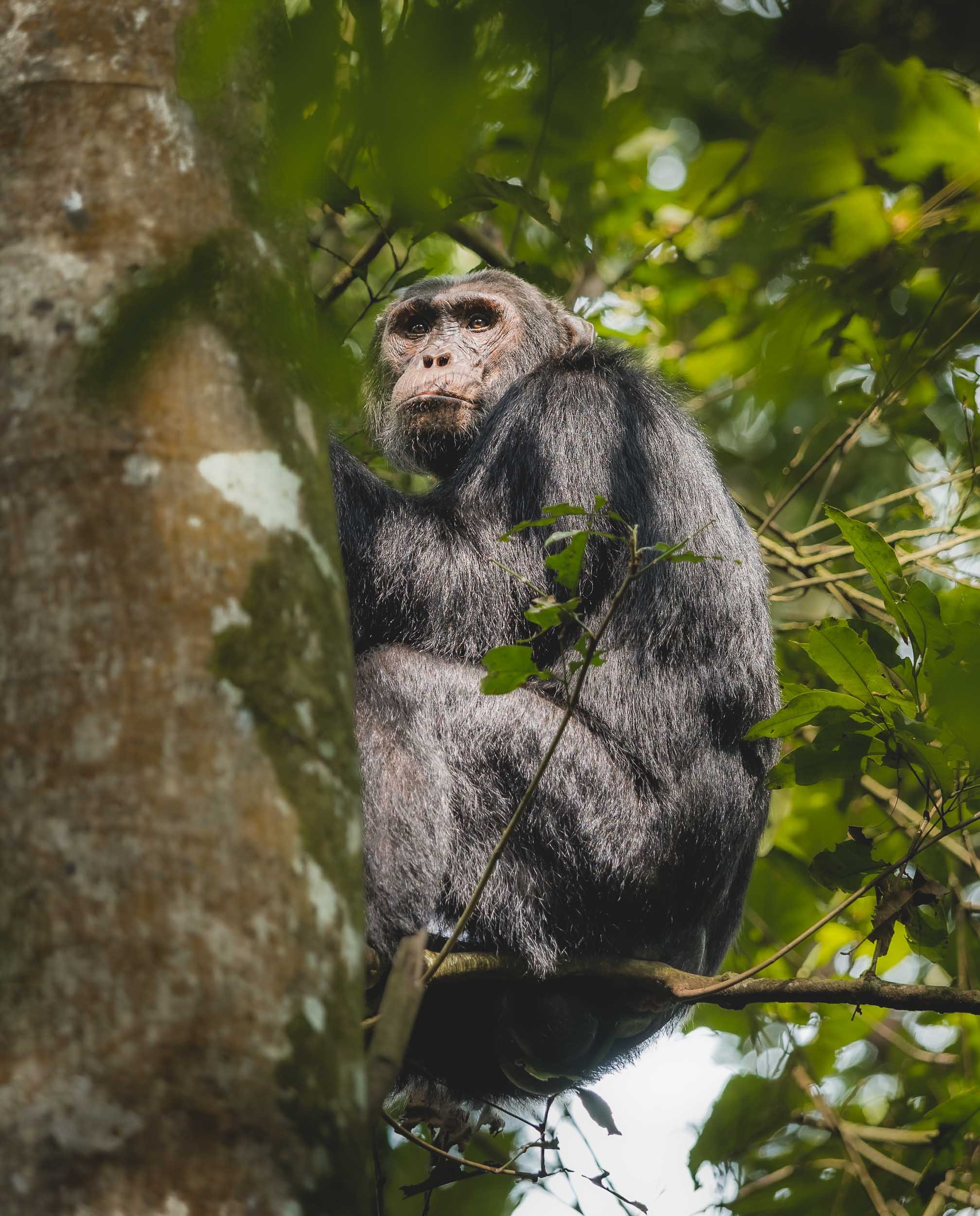
In the Trees
While they are highly adaptable in terms of habitat, Chimpanzees always build their nest in a tree at night, and never use the same tree twice.
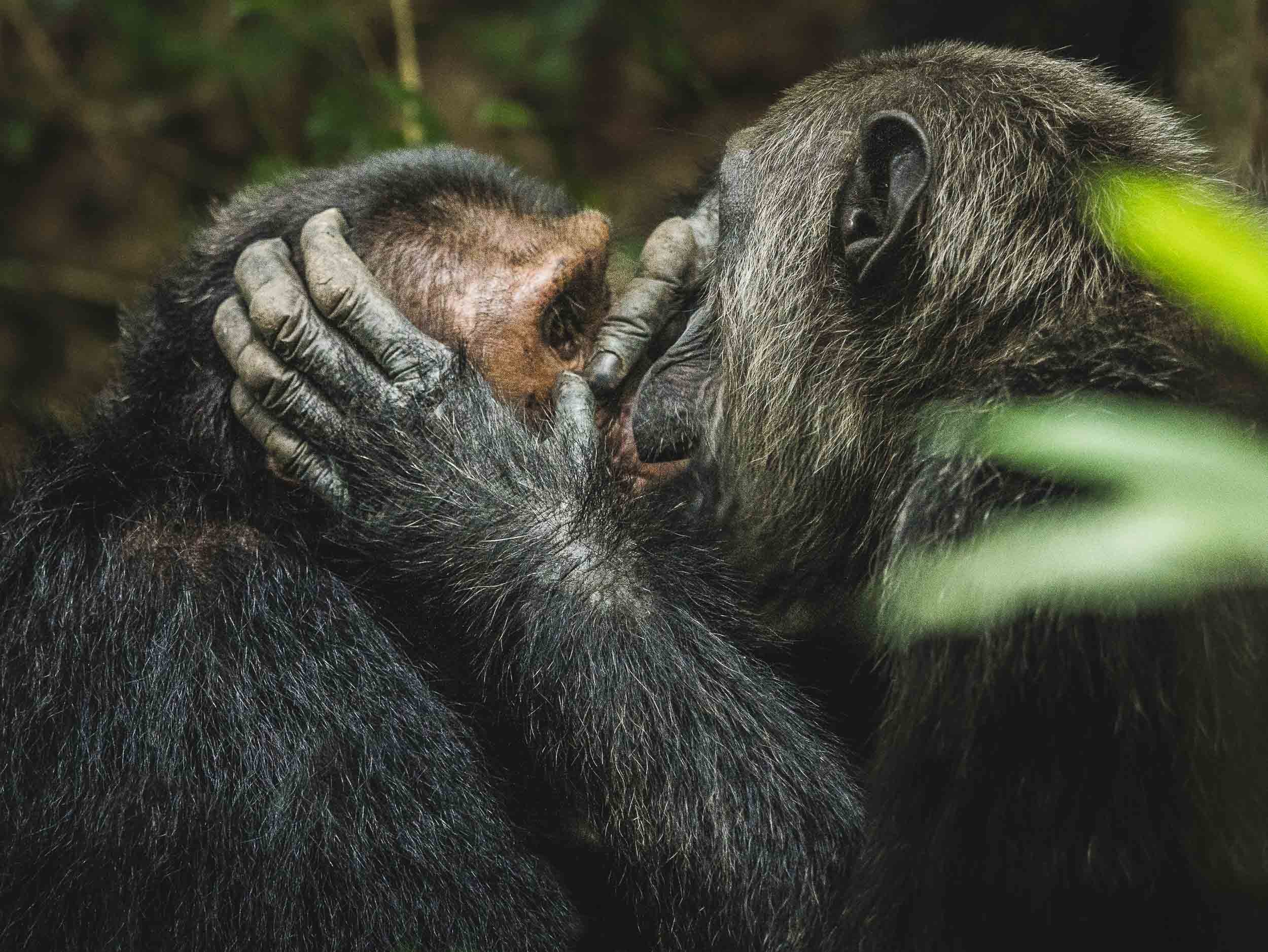
Grooming
The removal of lice and other insects is a common activity in the family.
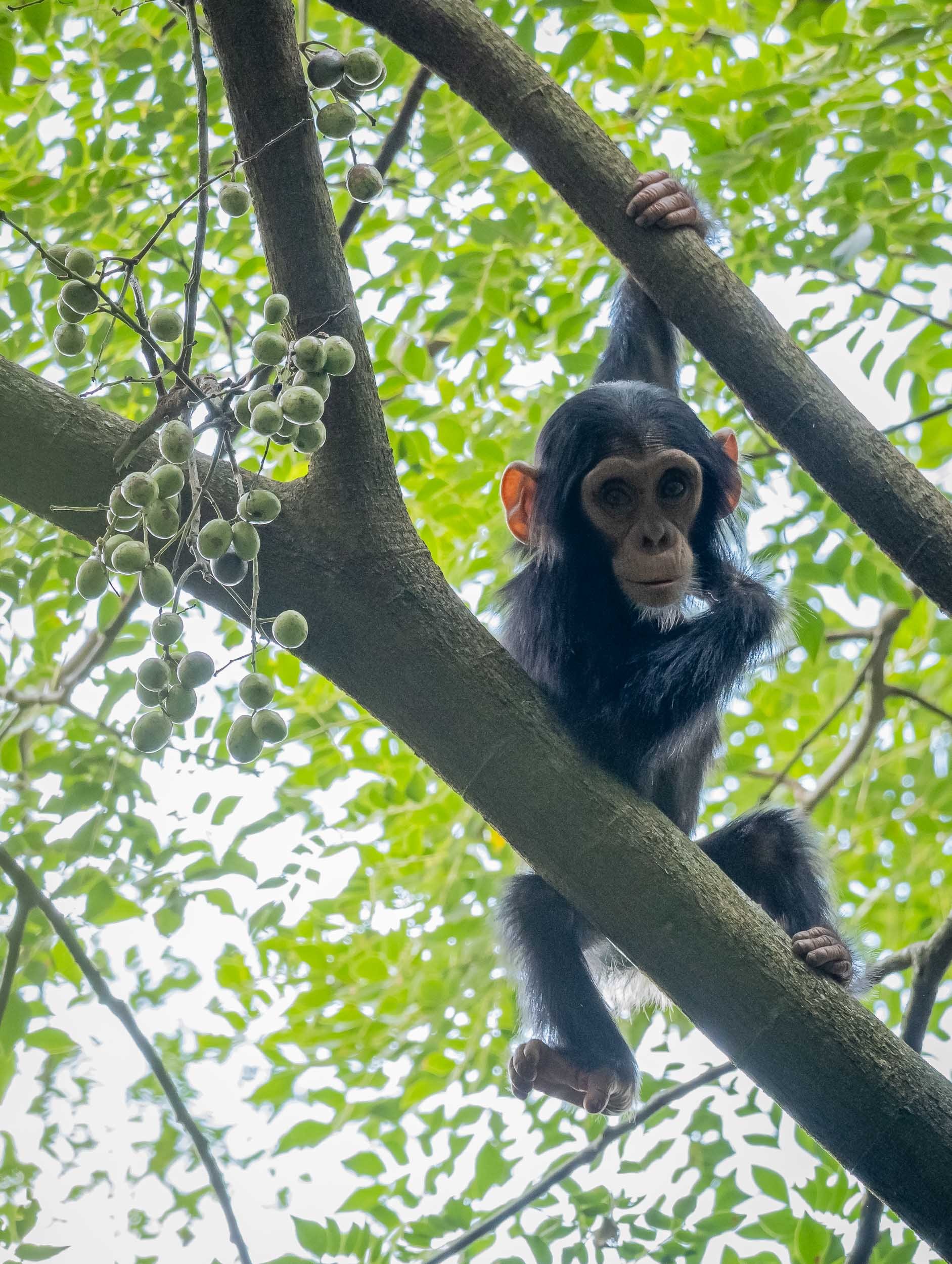
Offspring
Chimpanzees are also endangered, and their population numbers have declined significantly over the last 100 years, with less than 300,000 left in the wild.
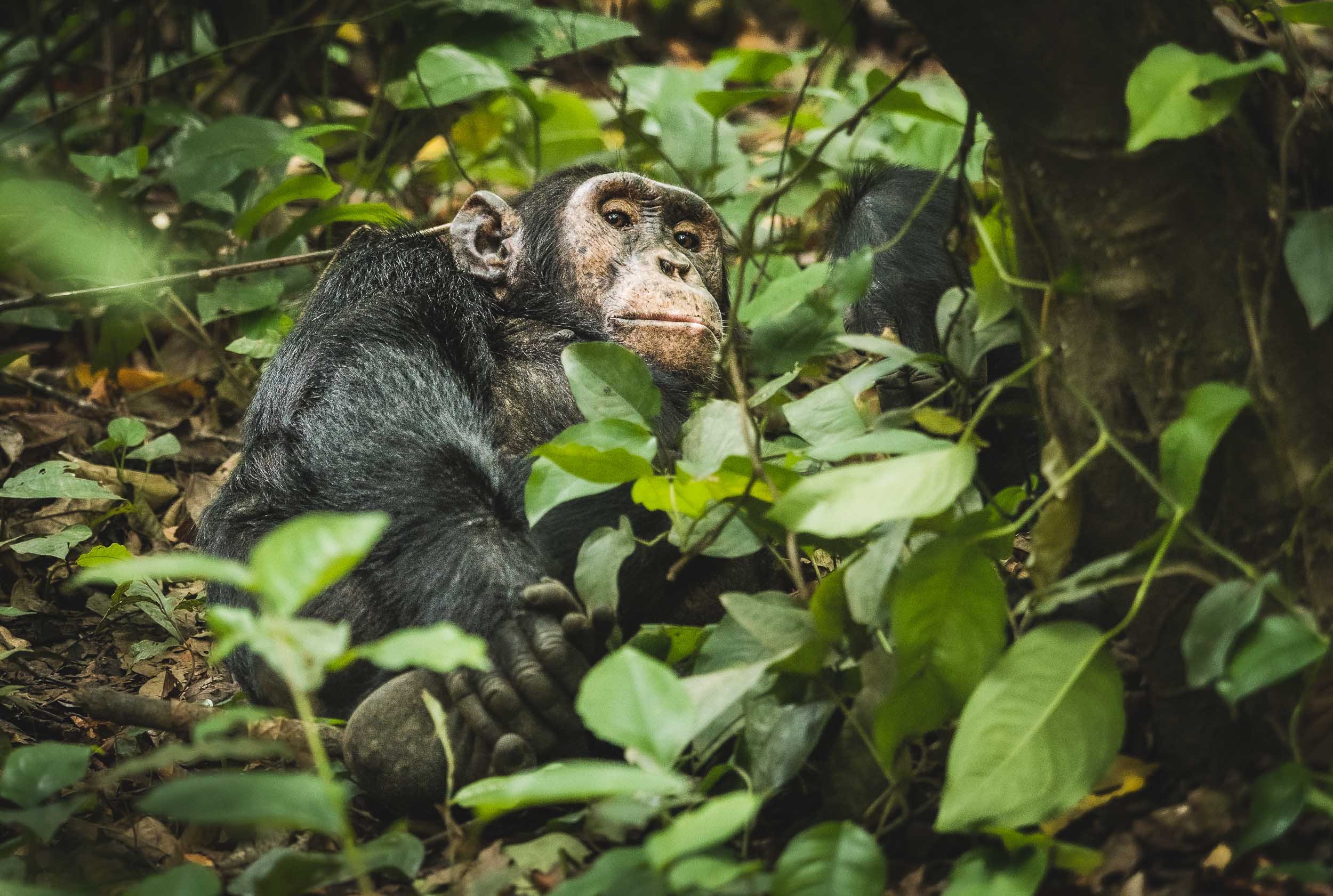
Skeptical
Chimpanzees are highly territorial and protect their area aggressively from other groups. There's only one family in the gorge.
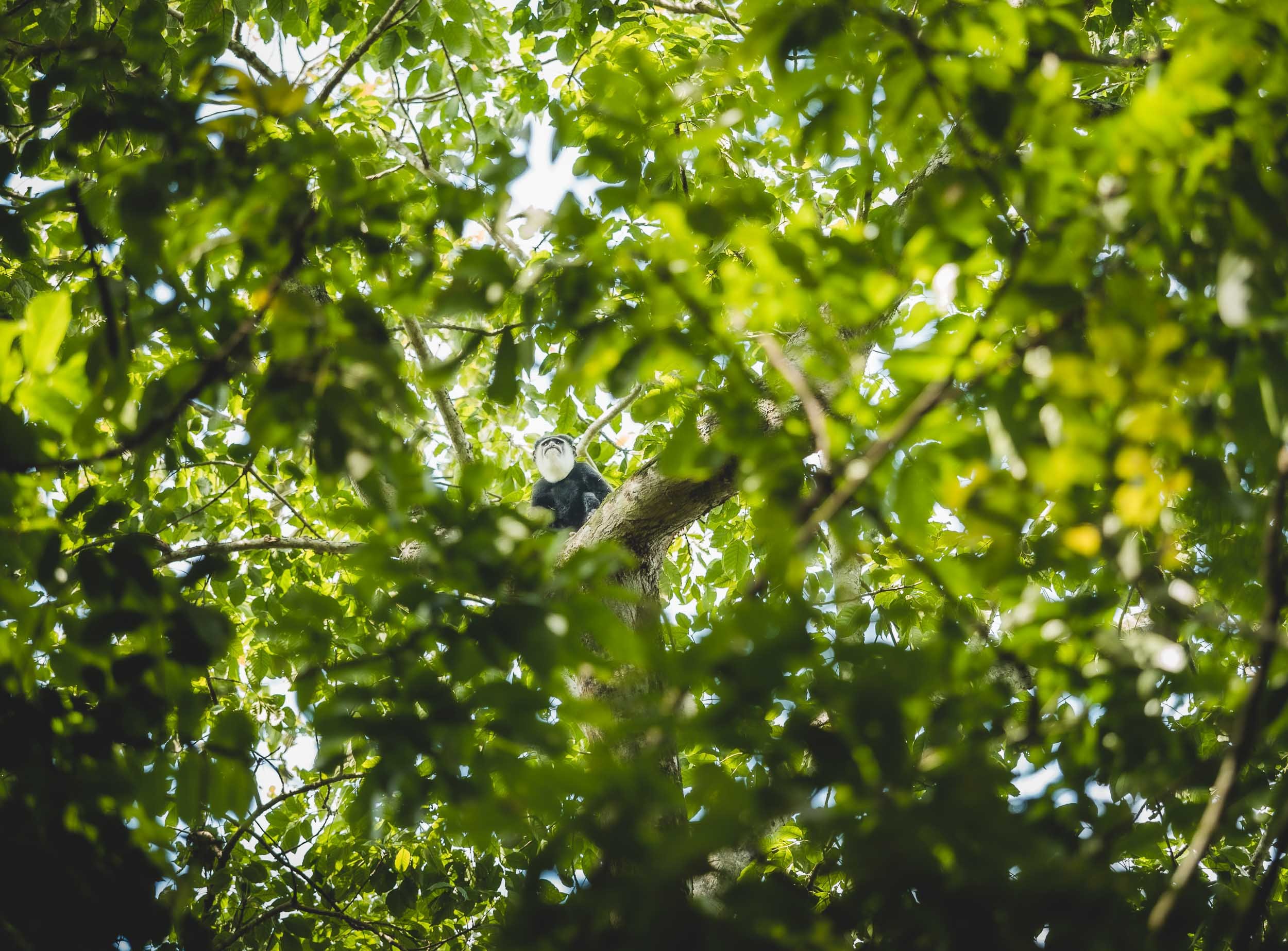
In Danger
Unlike Gorillas, Chimpanzee diet includes meat - and they don't shy away from hunting other monekys, such as this Colobus monkey while we were observing them.

Alpha
The oldest of the coalition.
While they are both part of the Great Ape family, Chimpanzee observation feels very different from trekking and observing Mountain Gorillas. It’s a very distinct experience that I’m glad I didn’t miss.
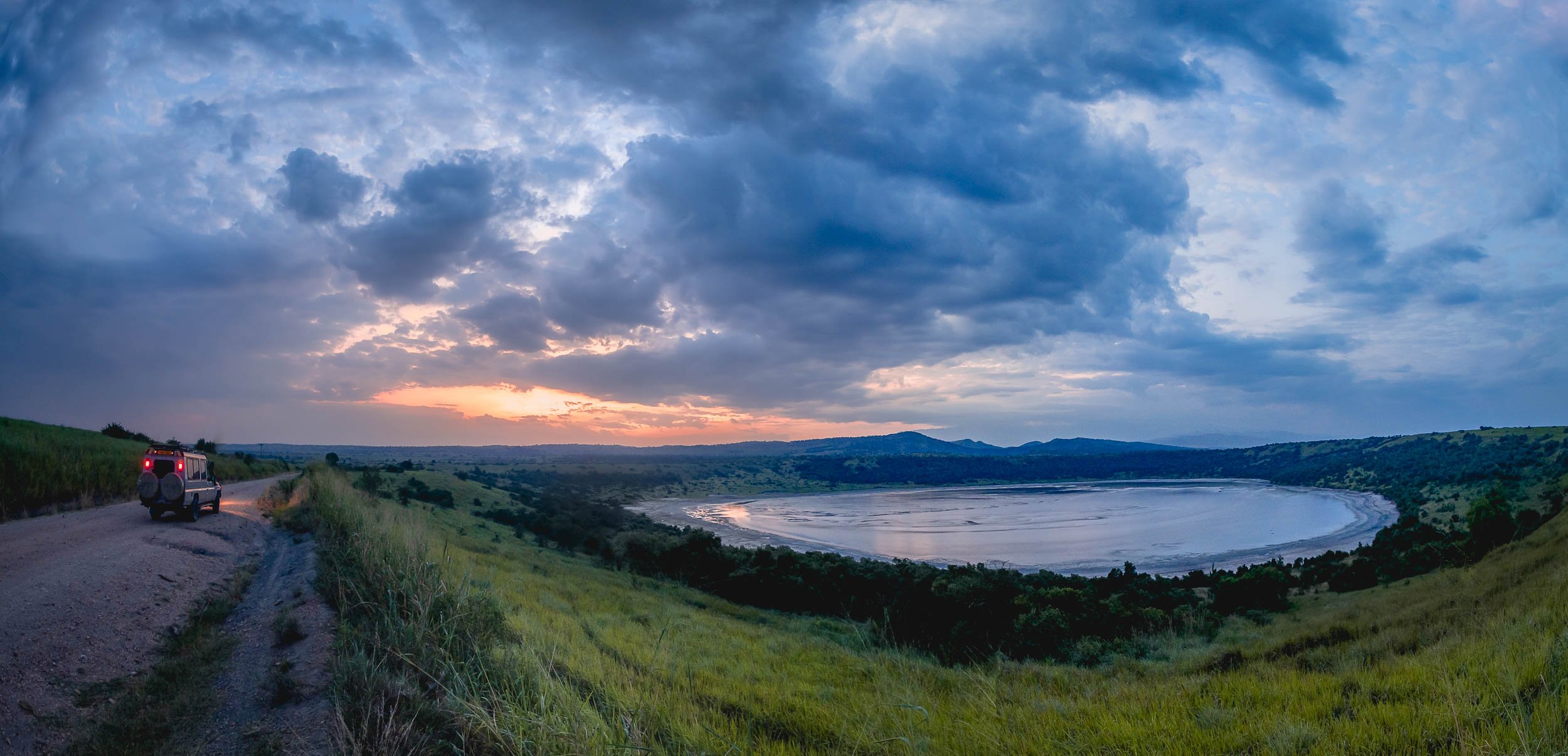
Lake Nyamunuka
On our way back we passed one of the many volcanic crater lakes around the Rwenzoris mountains, still with hints of sulfur in the air.
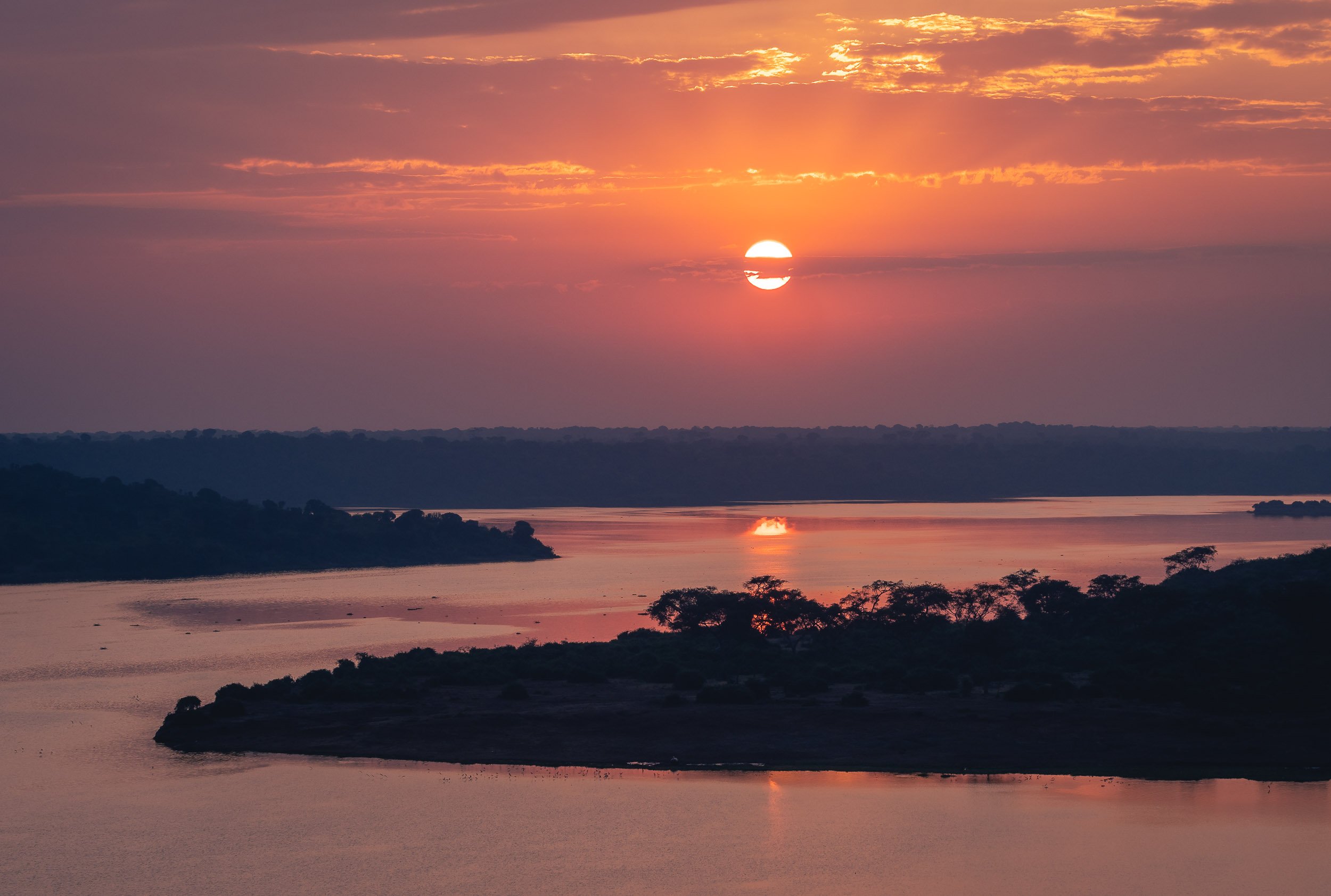
The End
Sunrise over the Kazinga Channel, connecting Lake George and Lake Edward.
Oman - 7 Days of Authentic Beauty
From Dubai to Muscat and along the coast - an amazing journey of natural beauty, history, architecture, geology and kind people.

In February 2022 I had plans for a trip to India’s Himalayas, with the goal to take photos of the elusive snow leopard. Owing to various Covid restrictions, this idea unfortunately did not materialize, so it was time to look for another destination. One obvious choice was to look no further than a few hundred kilometers towards the Indian Ocean: Oman. Even though I’ve lived in the UAE on / off for 15 years, so far I had only seen the Musandam part of our neighbor country, and had yet to explore its mountain areas, the coastline, and the capital Muscat.
And oh boy did I miss out! The amount of landscapes, history, people, architecture, and activities you can encounter in just a week, all accessible with easy visa regulations (if you’re a GCC resident especially) and within a few hours drive from Dubai, is incredible.
The route took us through the border near Al Ain towards Nizwa, with several stops on the way, before heading up Jebel Akhdar for a couple of nights. From there, onwards to Muscat to explore the city and its surrounding areas, and a day trip southwards along the coast almost until Sur (but not quite) was on the agenda.
Read on to find out about the sights and experiences on the way…

Hajar Colours
The Hajar mountains feature an amazing variety of colours and shades, and their geological significance has been recognised globally - it makes the 6h drive towards Muscat all the more pleasing.
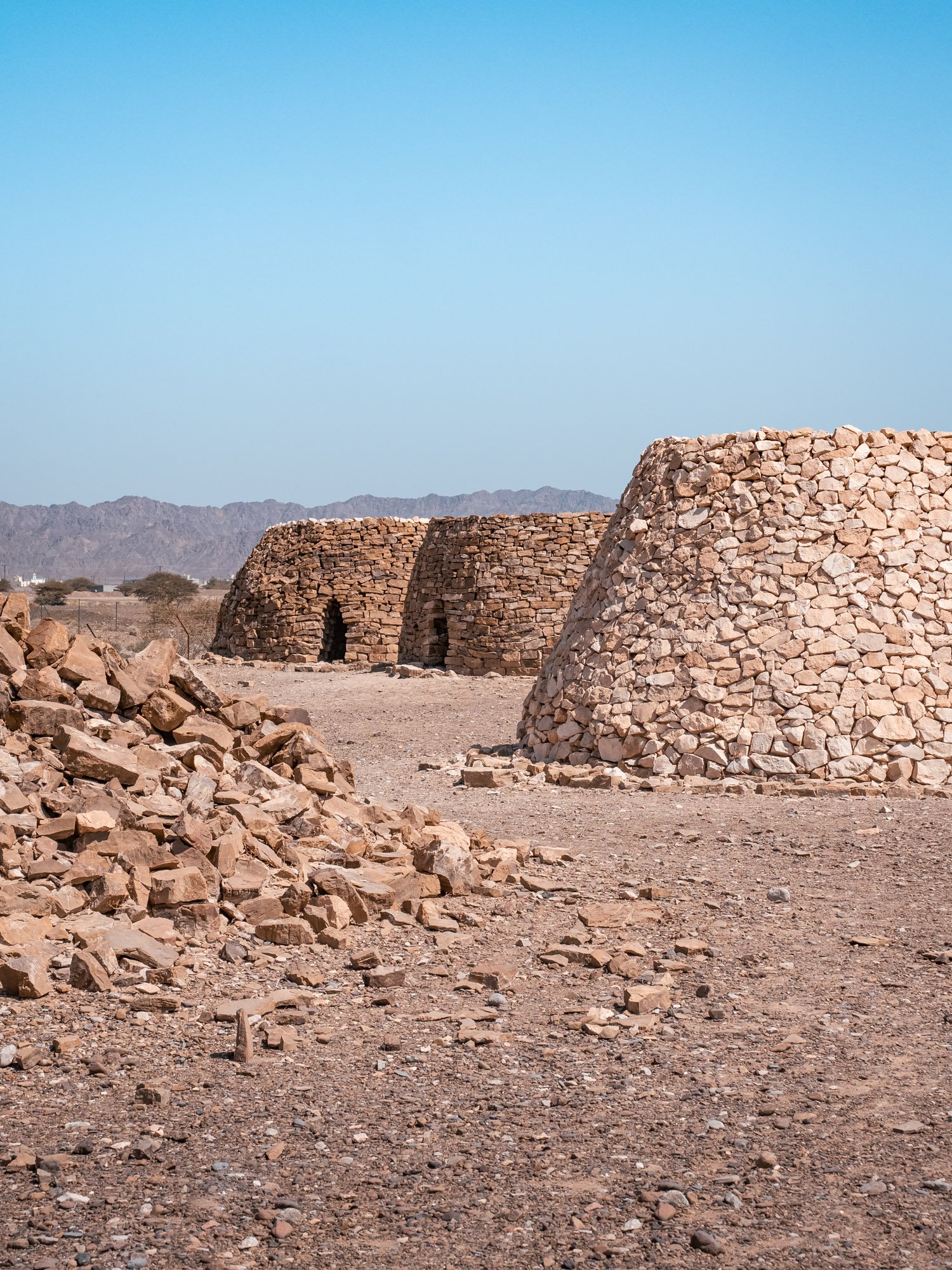
Beehive Tombs of Bat
Our first stop were the Beehive tombs of Bat, which are between 4000-5000 years old.
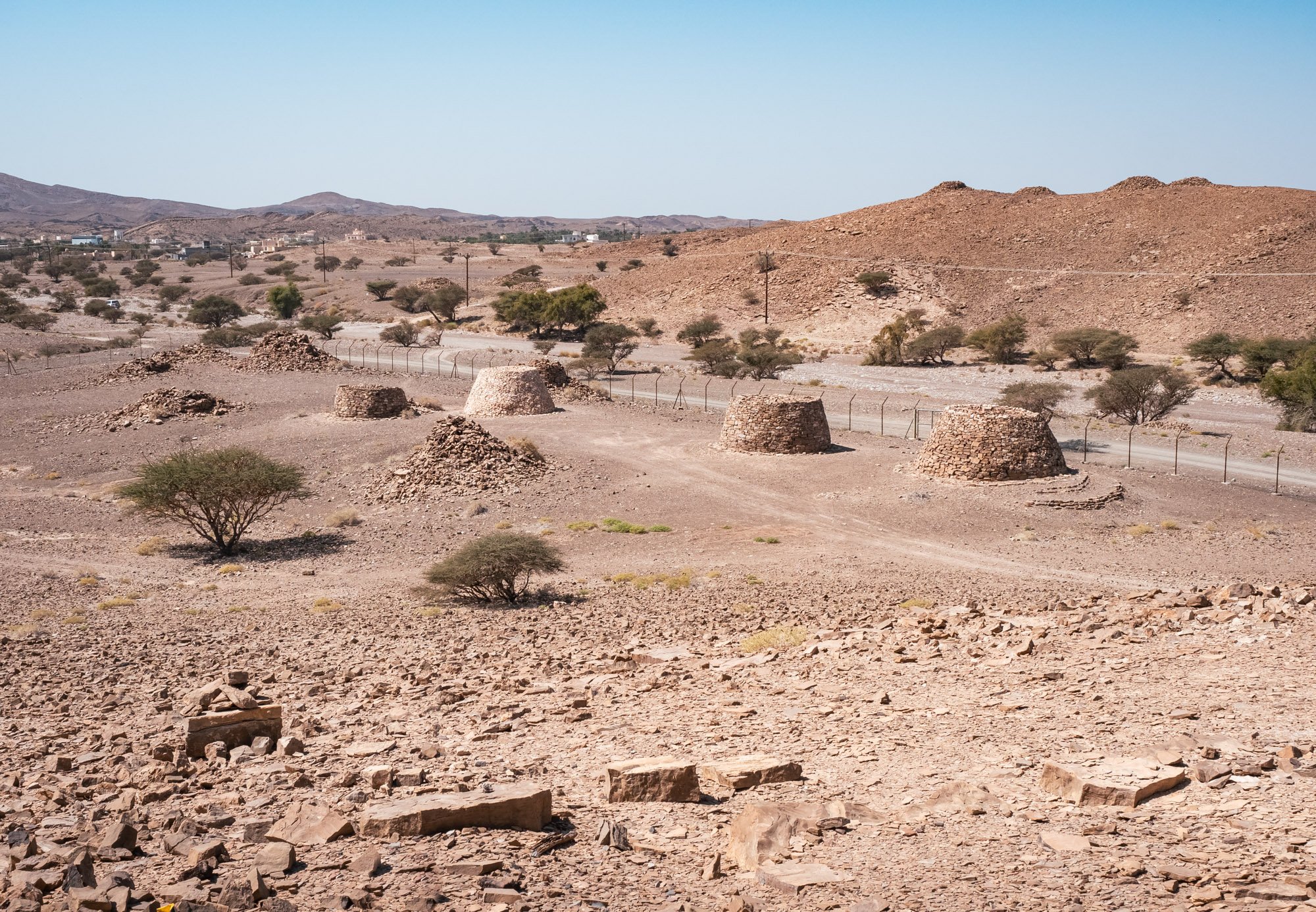
Unesco World Heritage Site
Together with their sister sites in the same region, they form one of the largest protohistoric necropoleis in the world.
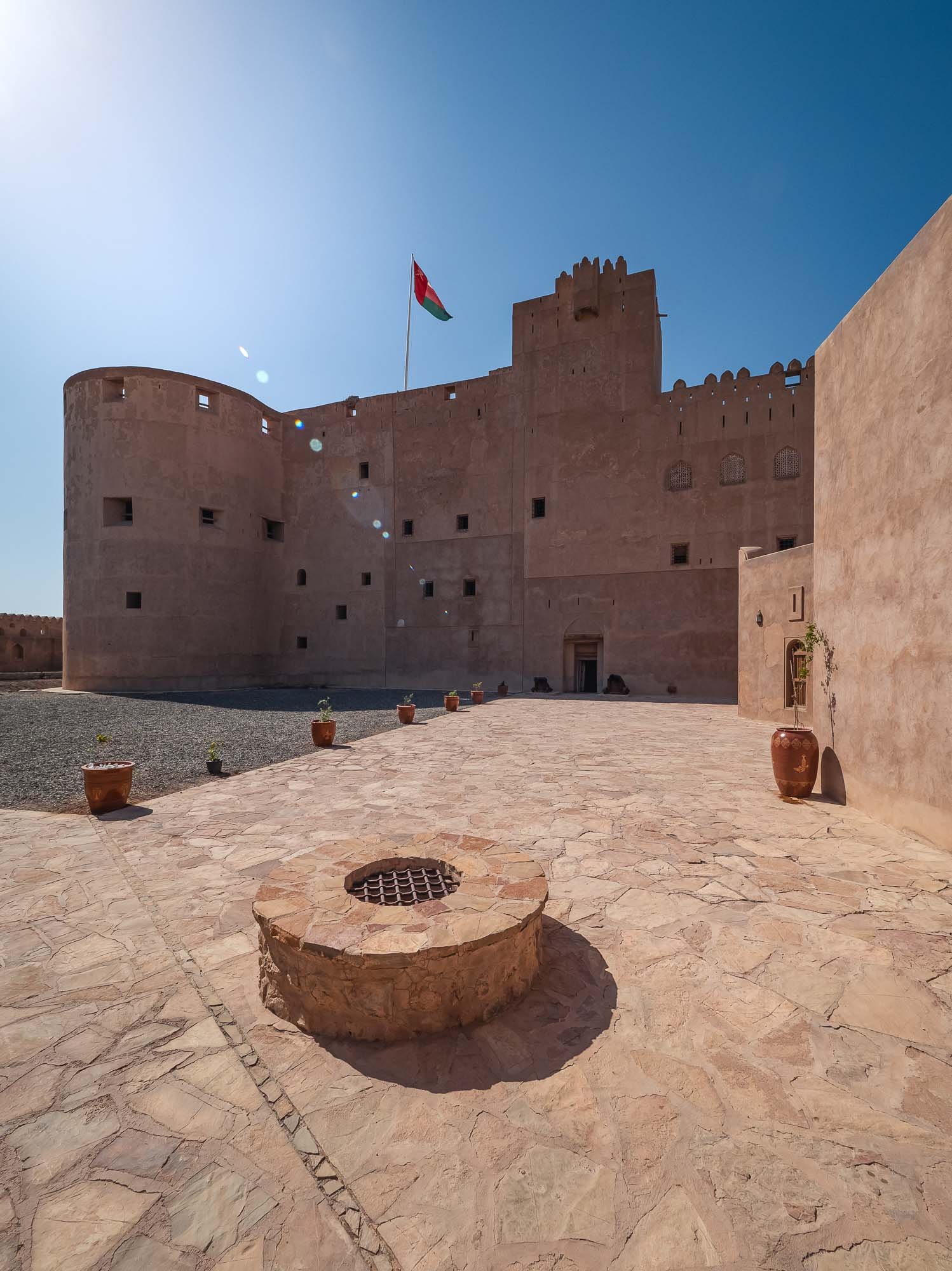
Jabreen Castle
A little further towards Nizwa awaits one of the many castles and forts in the region.
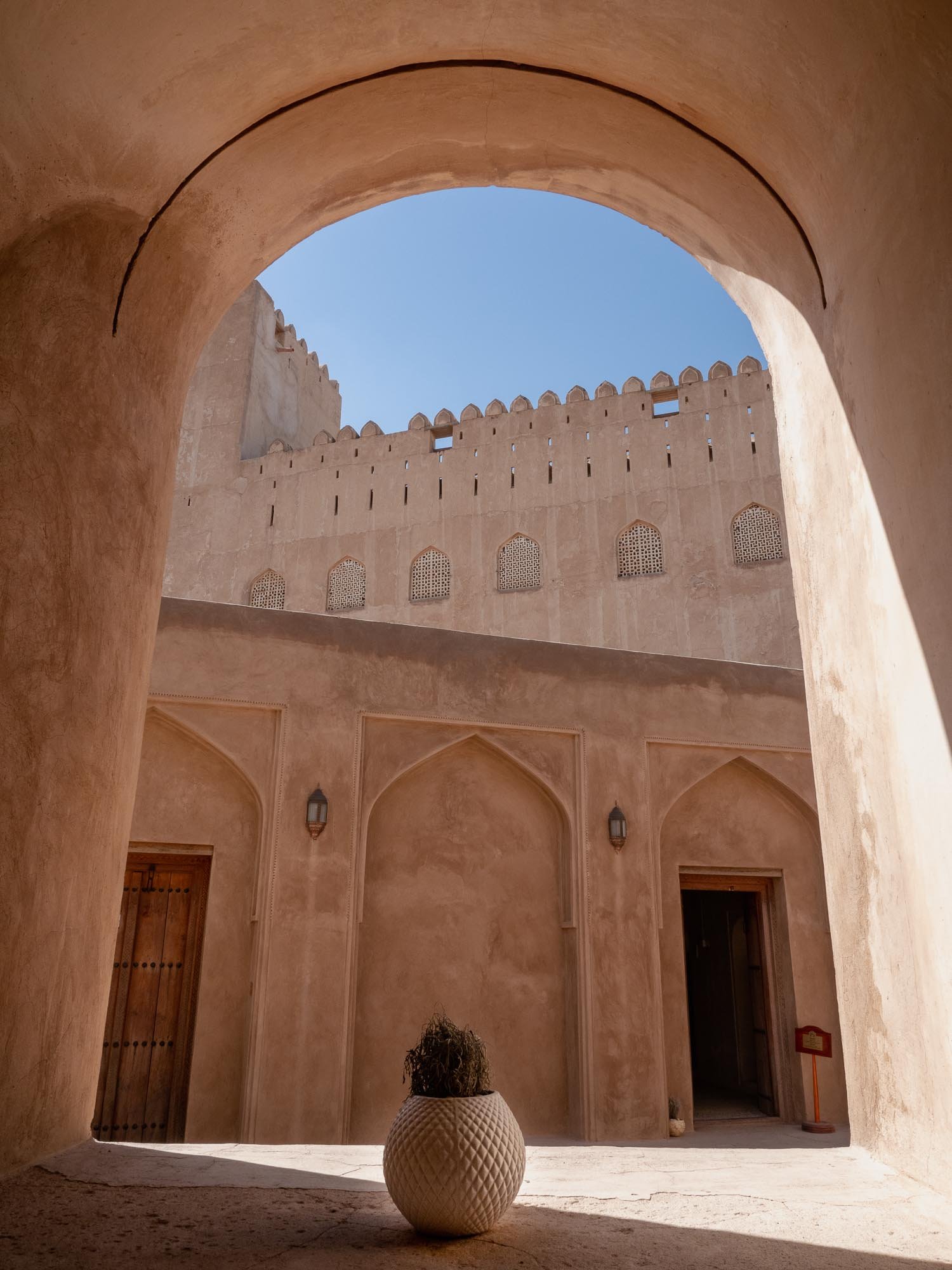
Shapes
This one was arguably my favourite - which says a lot, given the number of forts and castles on this route.
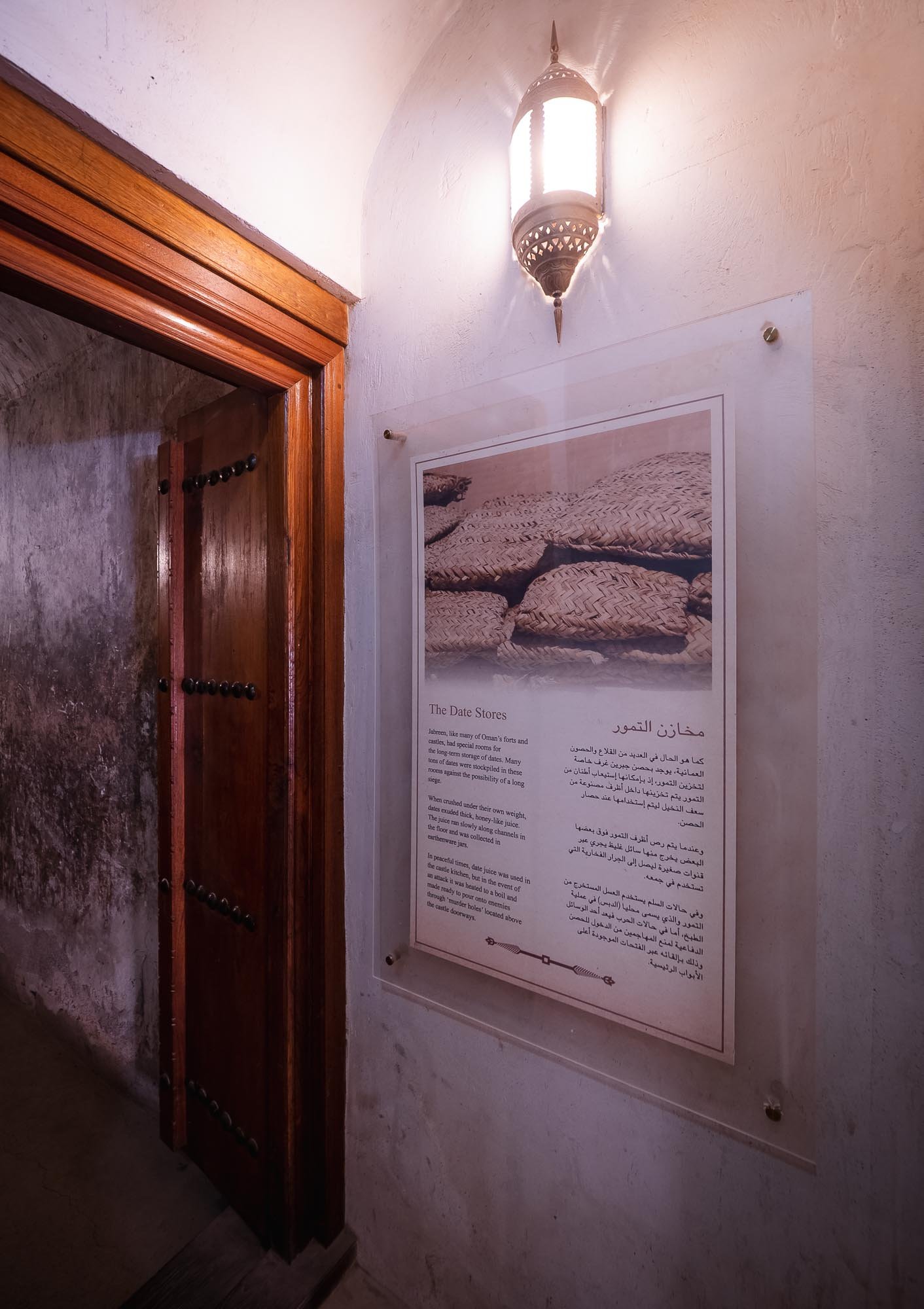
Date Storage
... along with some interesting uses in war times. The castles and forts in Oman feature some clever defense mechanisms you will encounter when exploring them.
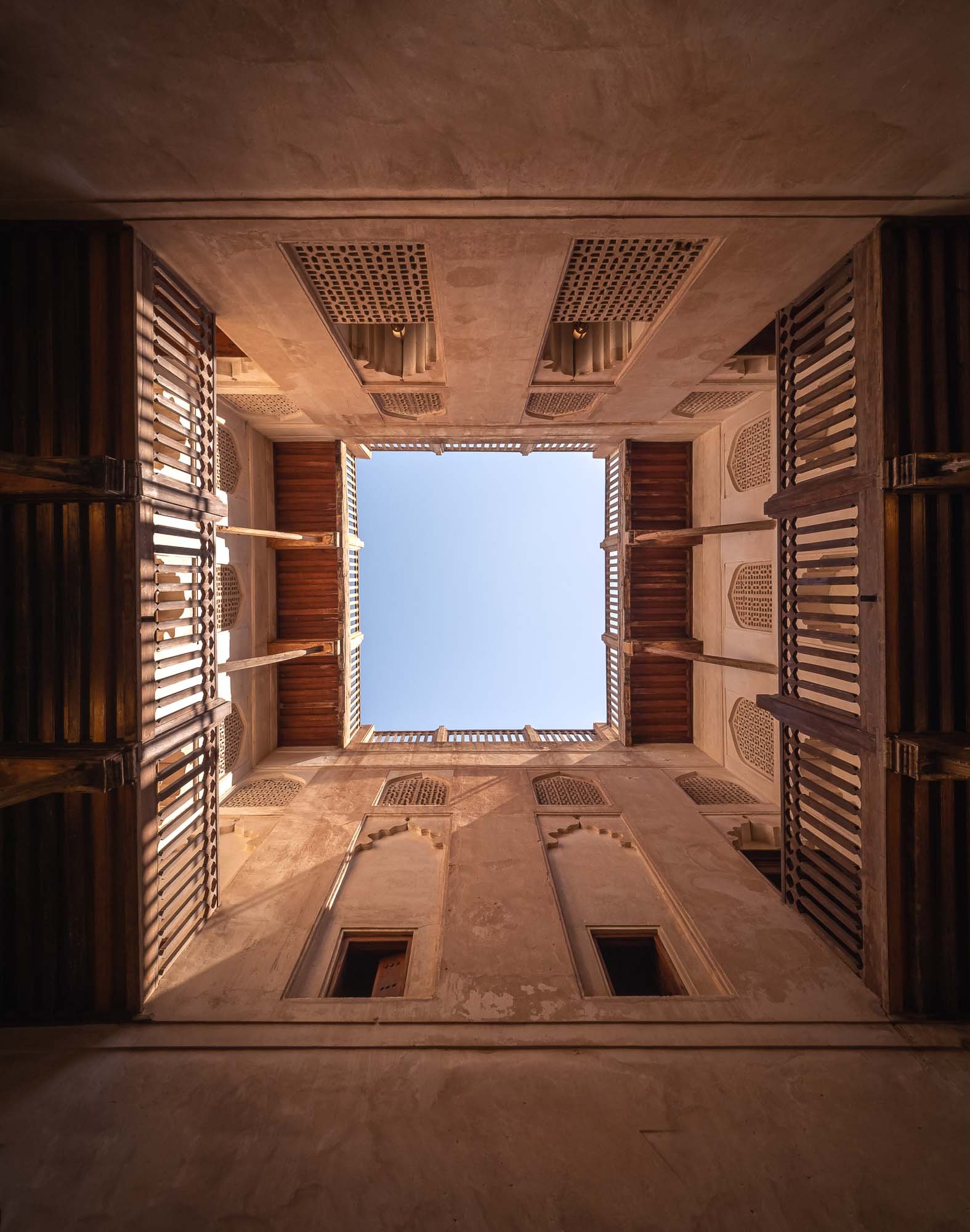
Courtyard
One of the two major courtyards in the castle - this one had its original wooden balconies restored.
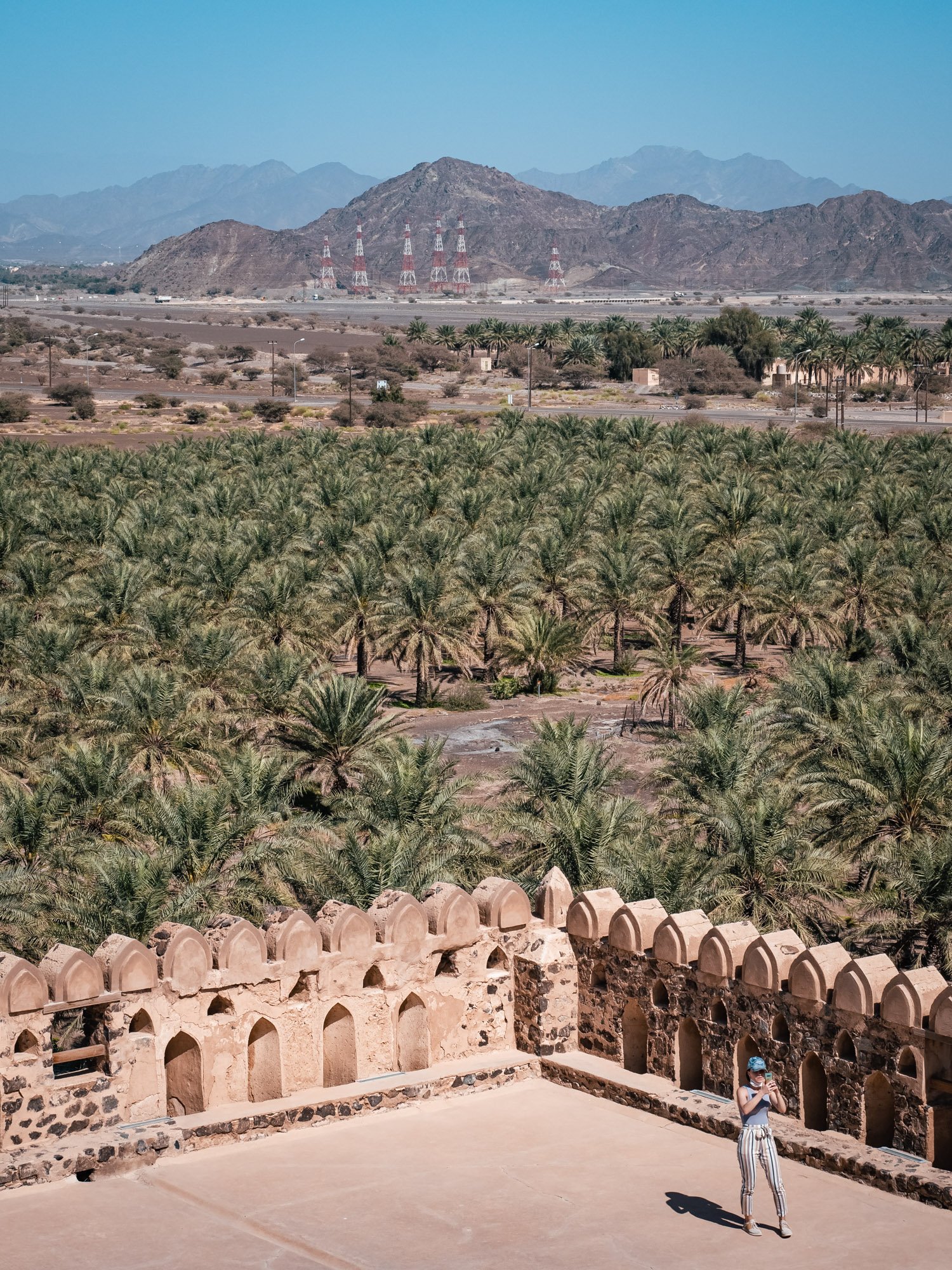
Green surroundings
As with most of the cities in this basin of the Hajar mountains, farms and date palms can be found everywhere.
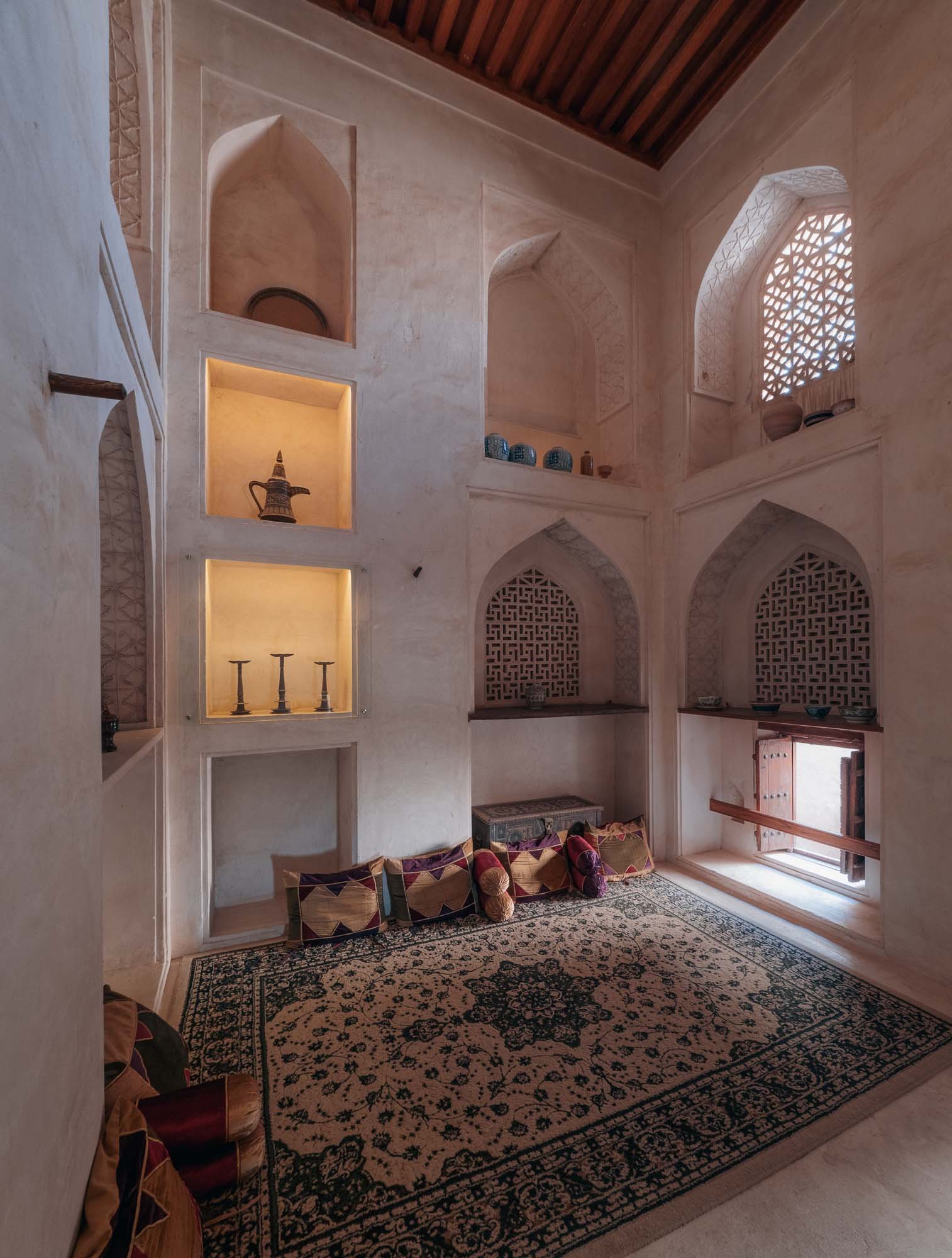
Interior
Some of the rooms have been restored and decorated.
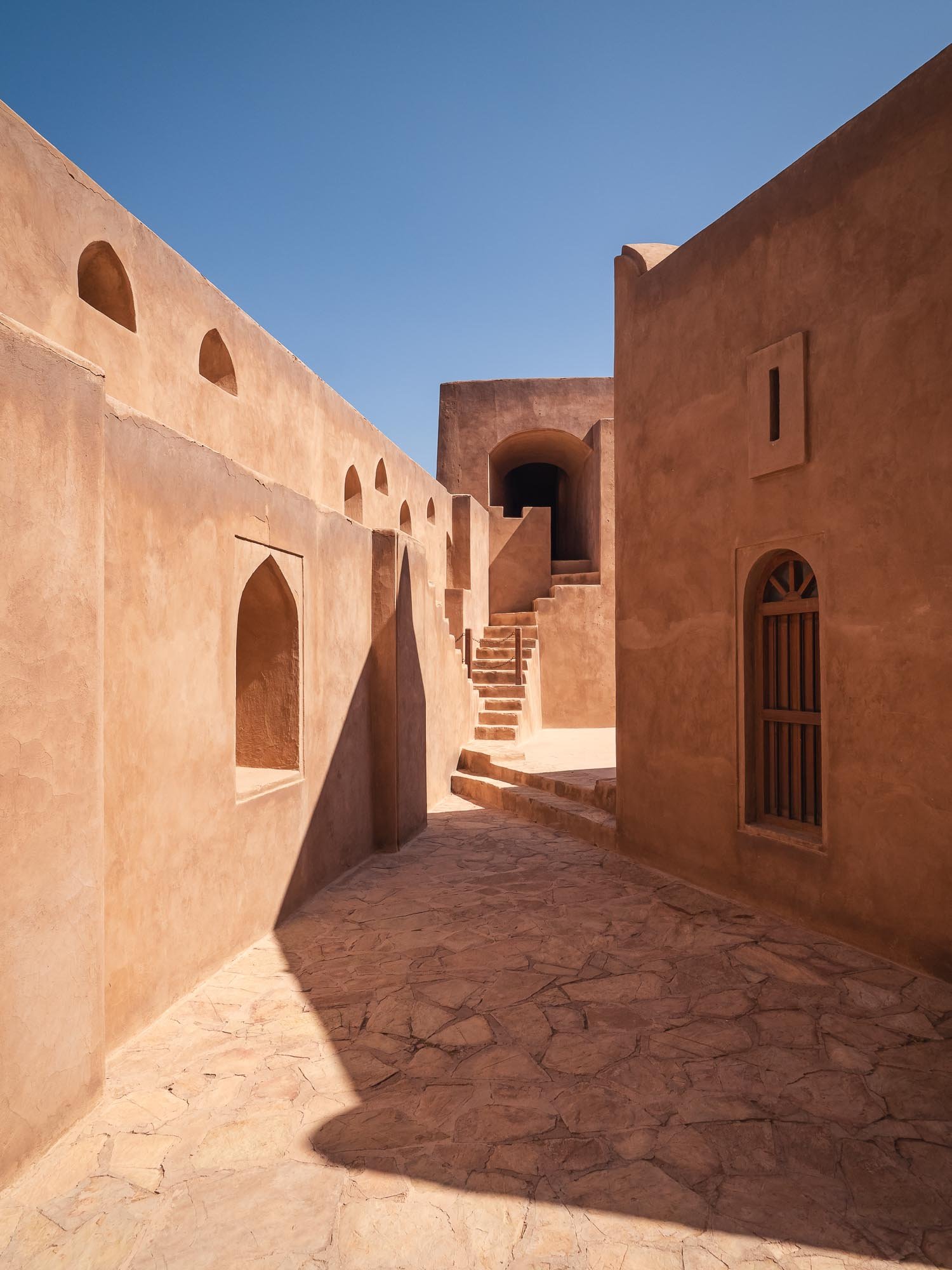
Warm Colours
hiding some of the cruel past of these forts.
Next up, we had planned to visit the ruins of Salut fort, another important archeological site in the area, but were disappointed to find it is currently closed and under development. Check before you go - and avoid getting a flat tire like we did.
Bahla Fort
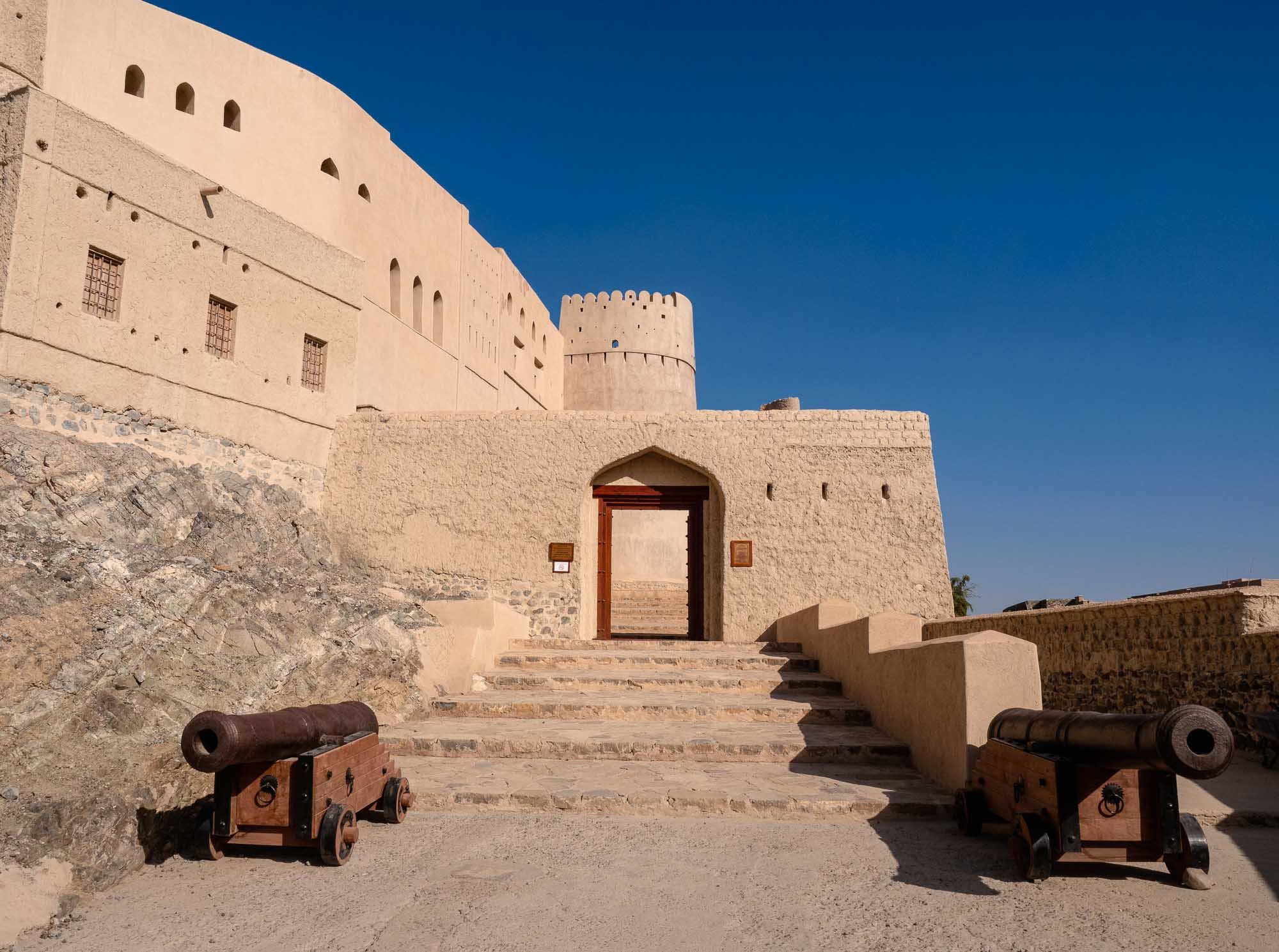
Bahla Fort
We then made it to Bahla Fort, the country's only UNESCO-listed fort, added in 1987.
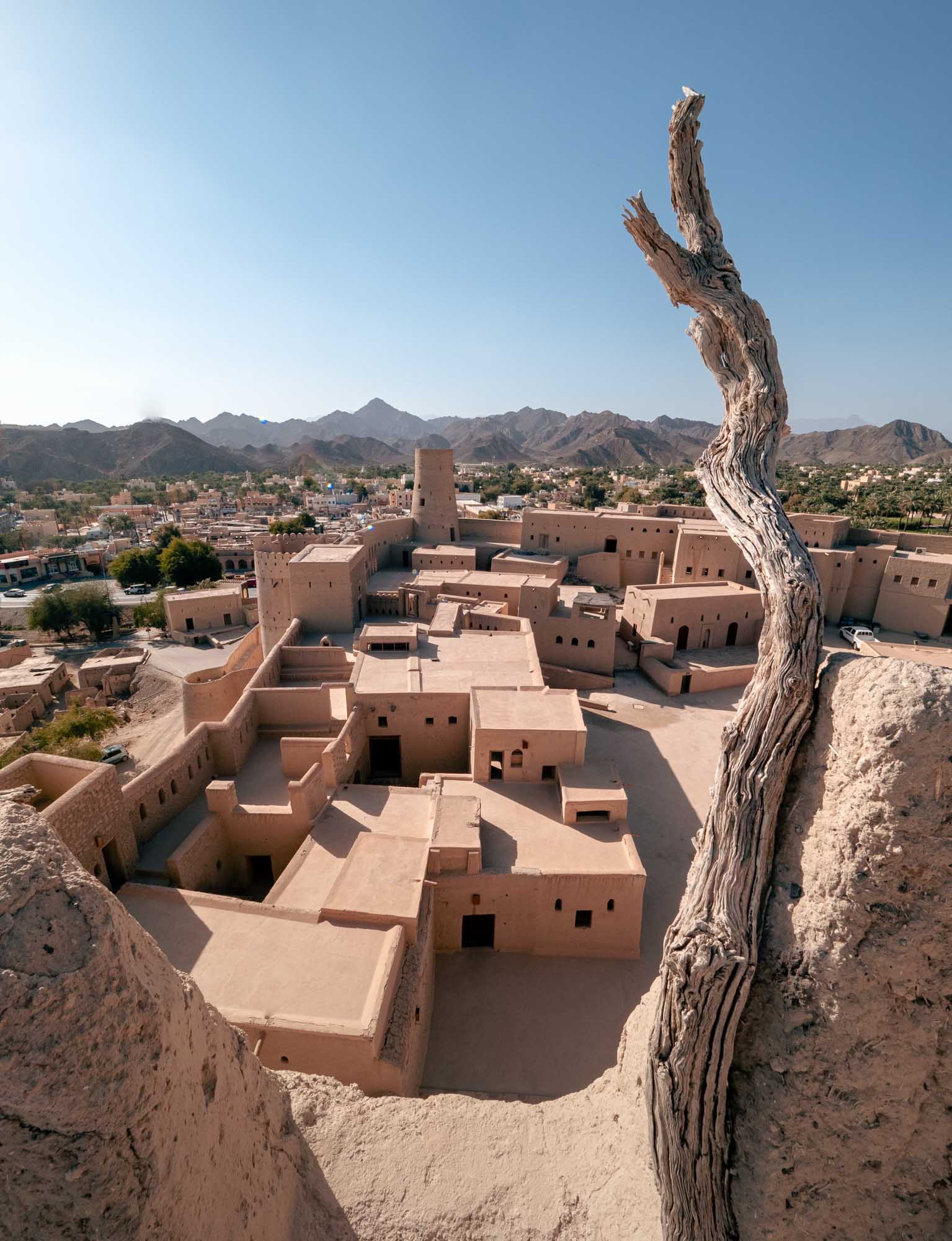
Haunted?
This fort is also the subject of many tales of djinns and black magic.
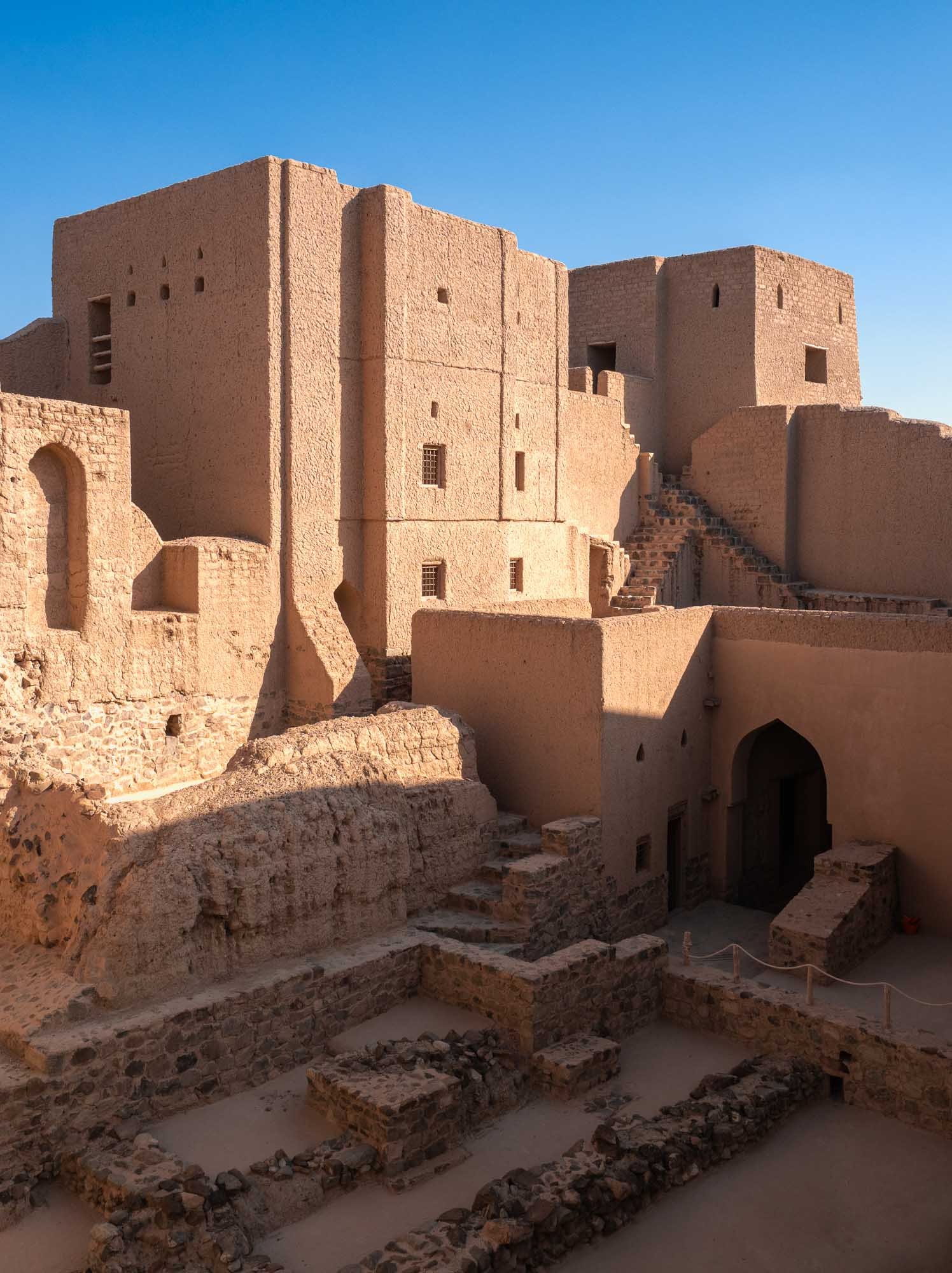
The Real World
We only encountered beautiful architecture and a cat though (not pictured).

Complex
The fort is part of a bigger settlement, including a 13km wall, pieces of which you can still spot in the mountains surrounding it.
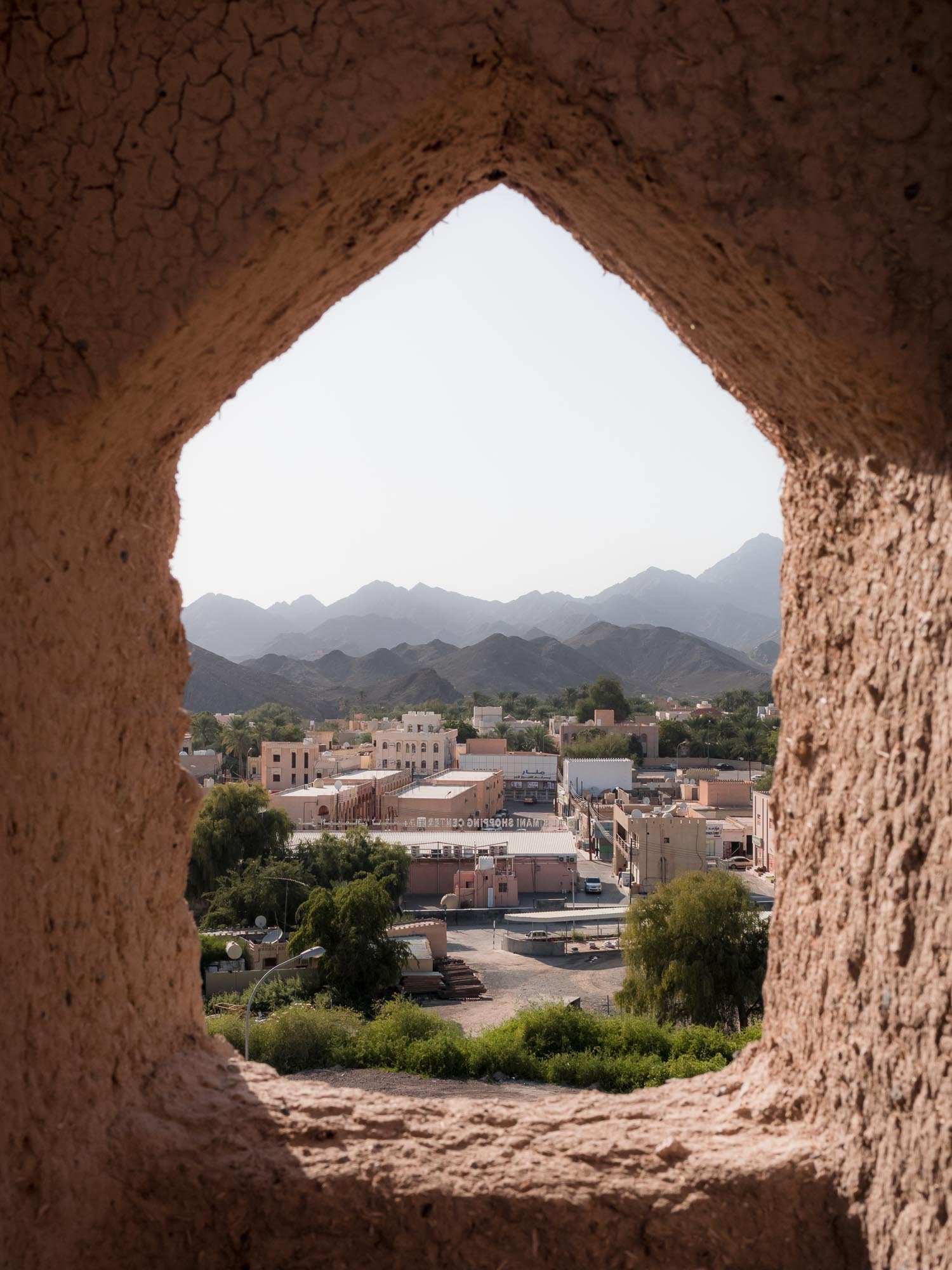
Views
As with all the forts in the area, this one also features beautiful Hajar mountain scenery from its windows.
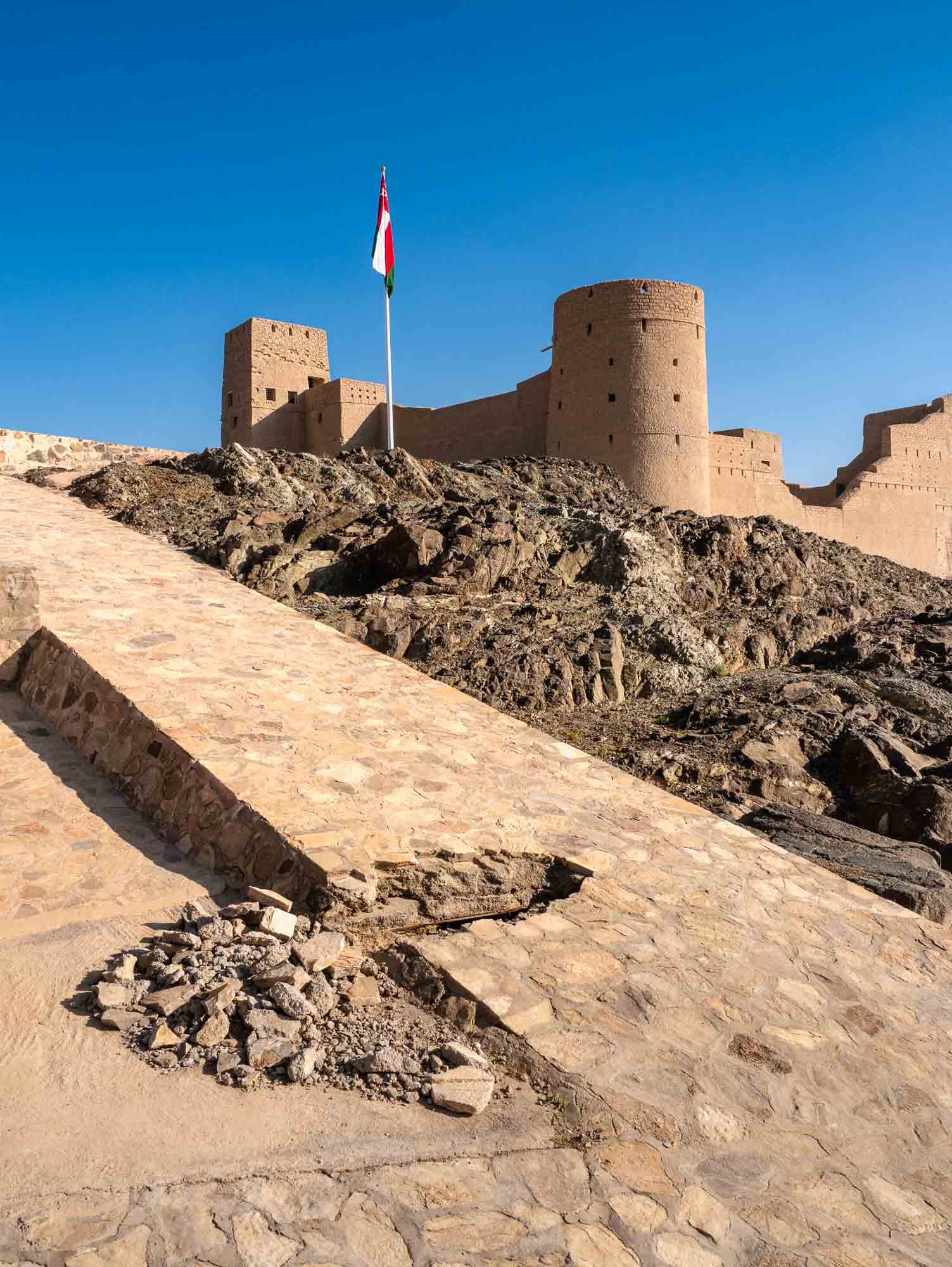
Restoration
The fort was fully restored in 2012, but there is not a lot of visitor information available, unlike in Jabreen or Nizwa.

From Prayer
A group of young local men returning from prayer and walking past the abandoned village area surrounding the fort.
Al Hoota Cave
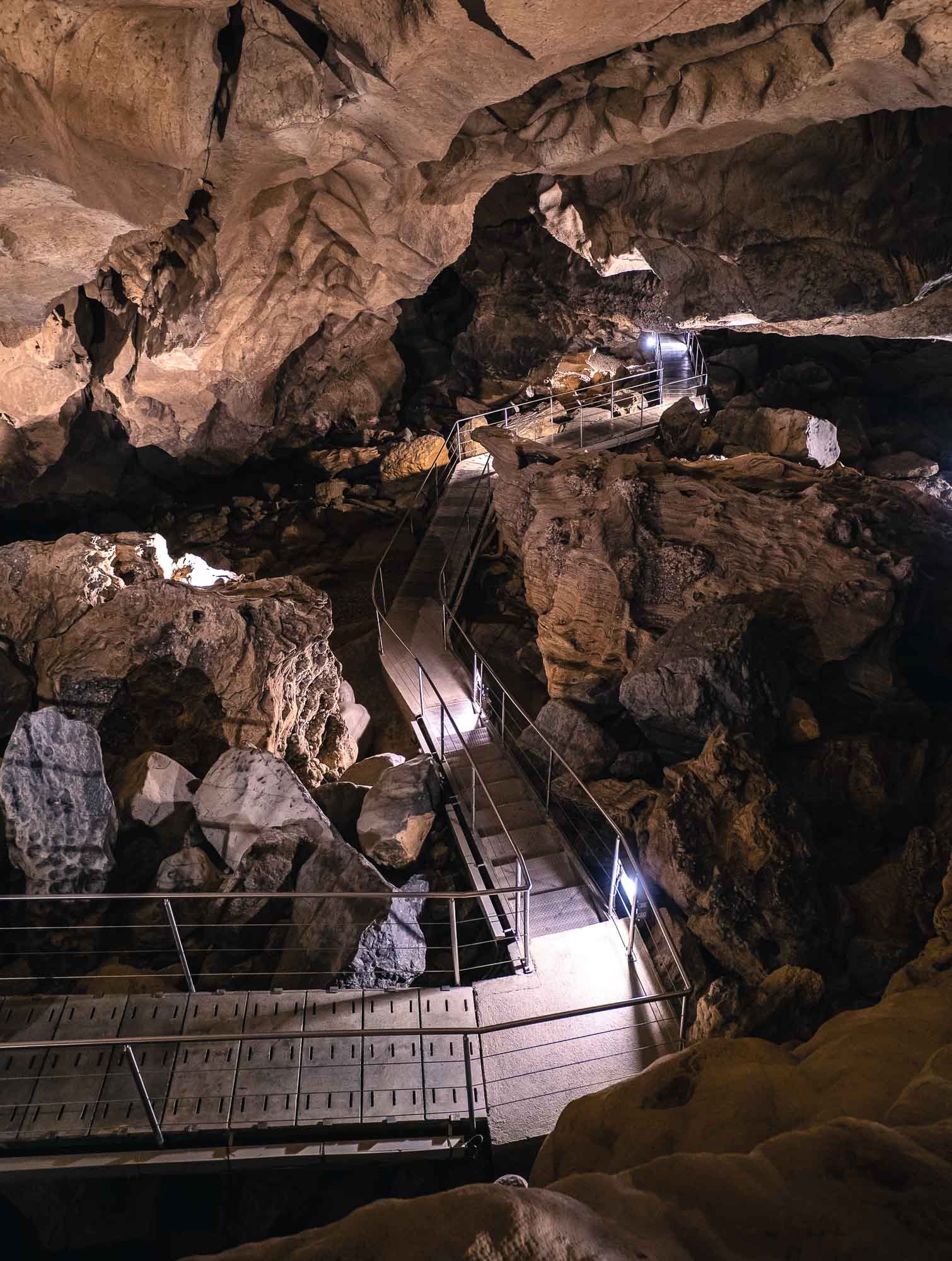
Hoota Cave
Another 30min further and you reach Hoota Cave, probably the most famous (of many) in Oman.
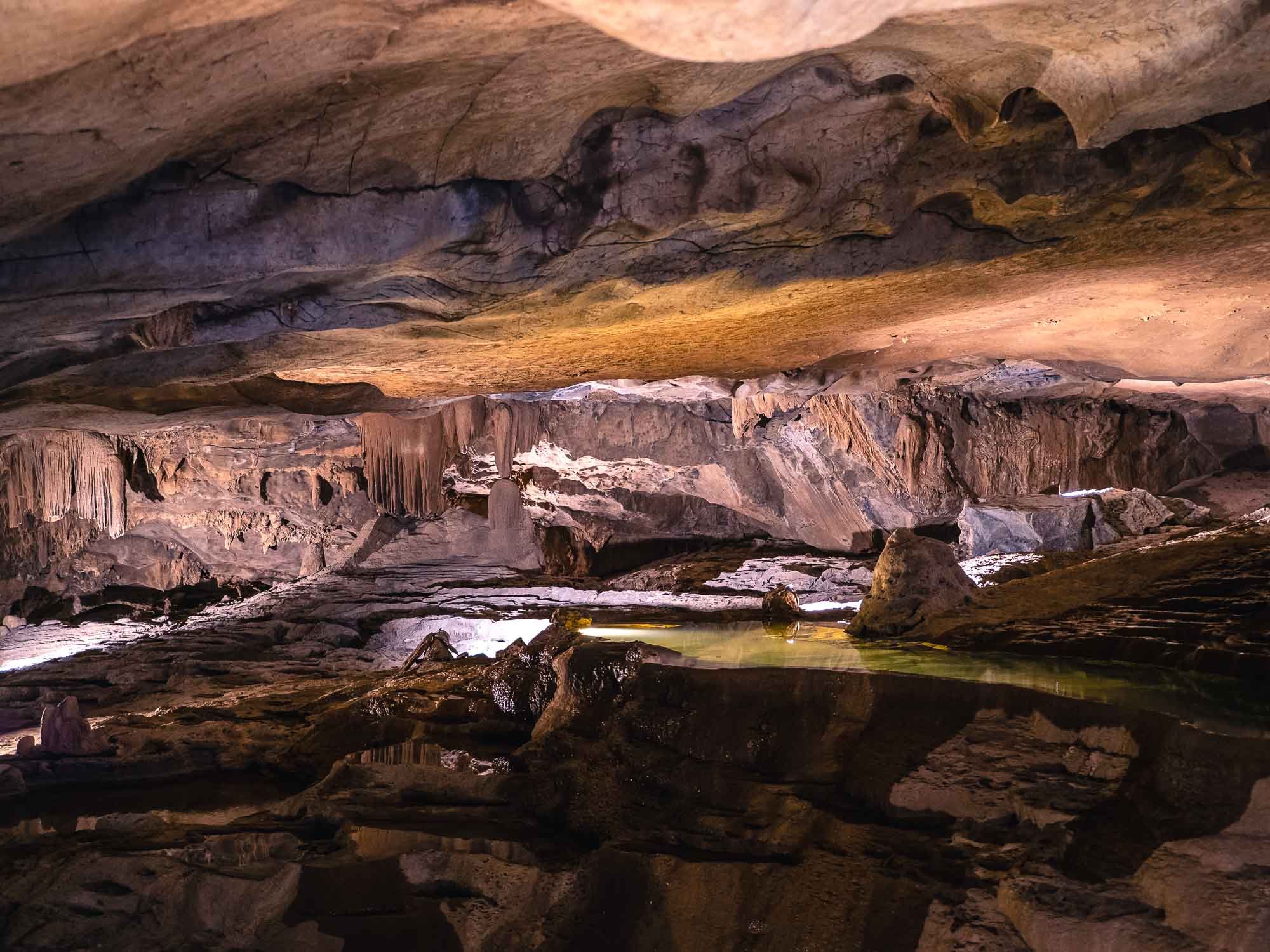
Accessible
It's the only cave in the country that has been developed for tourism, although you can only access 500m of its total 4km length.
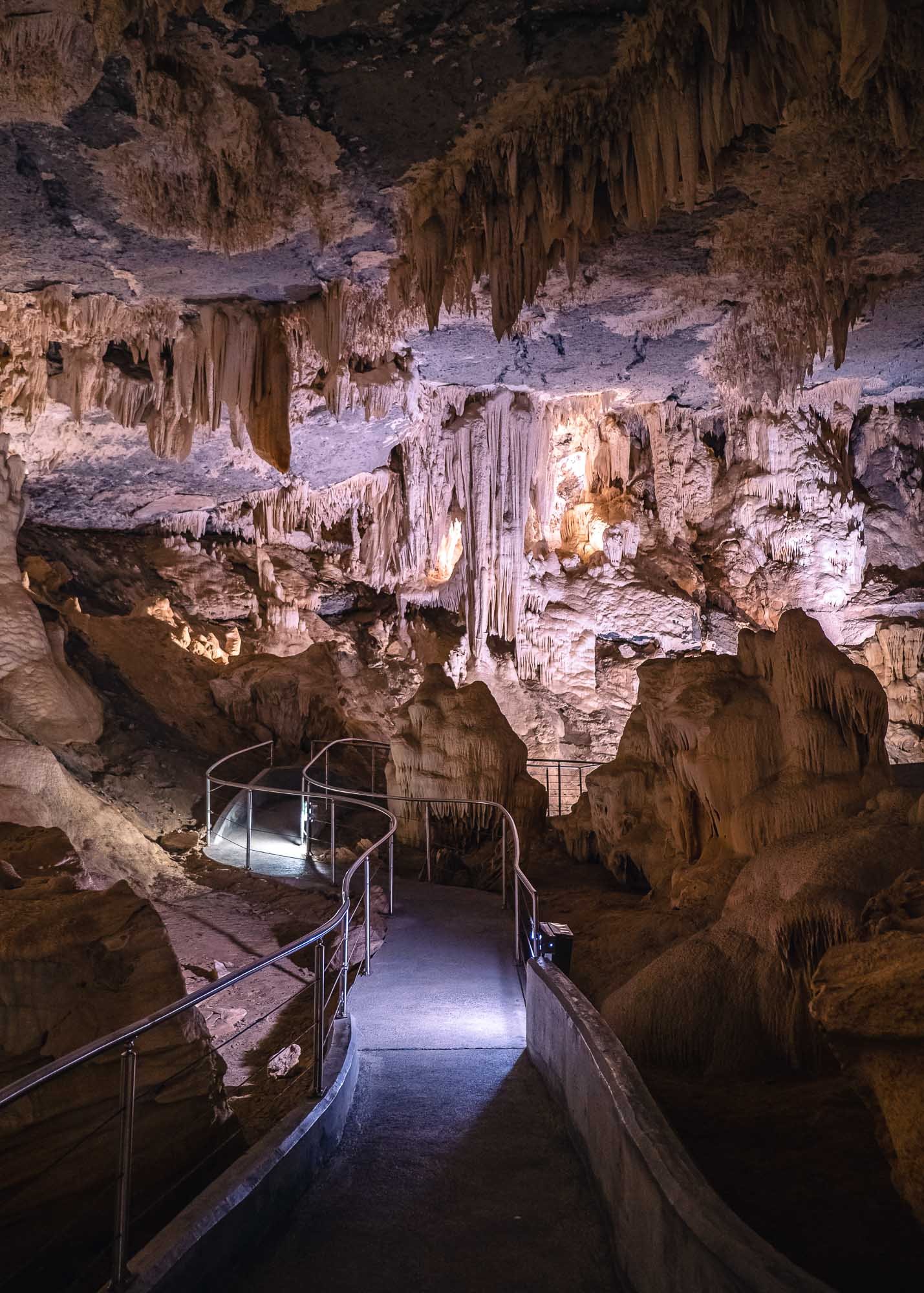
Impressions
The cave is a nice example of a Karst cave with some stalactites and stalagmites.
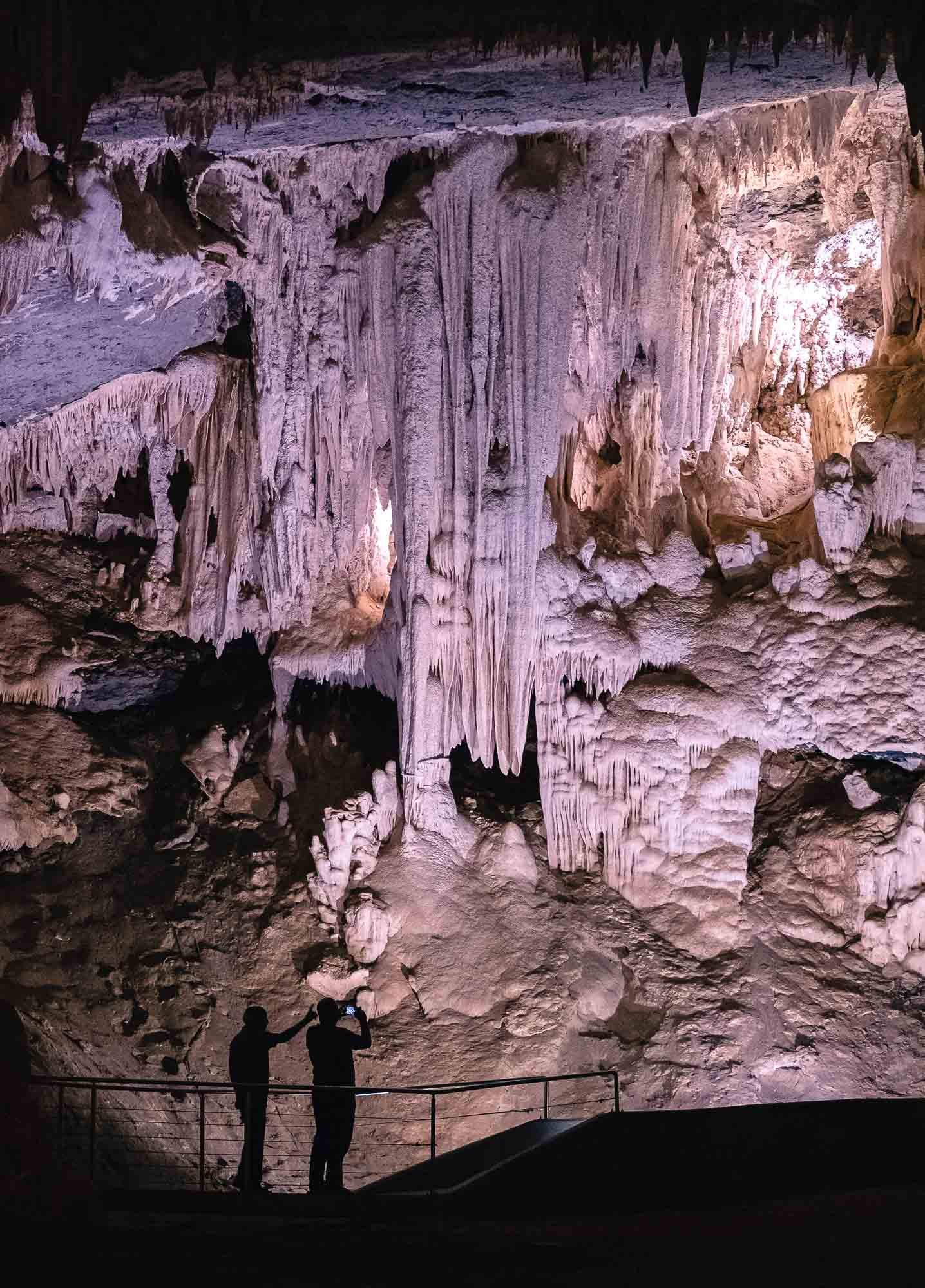
Comparison
Having said that, if you've visited some of the large and famous caves around the world, this one may not completely wow you - it's definitely worth the small detour on this route though.

Blind Fish
The cave features year round water, providing a habitat for tiny blind cave fish living in its 4 lakes, one of which is visible below.
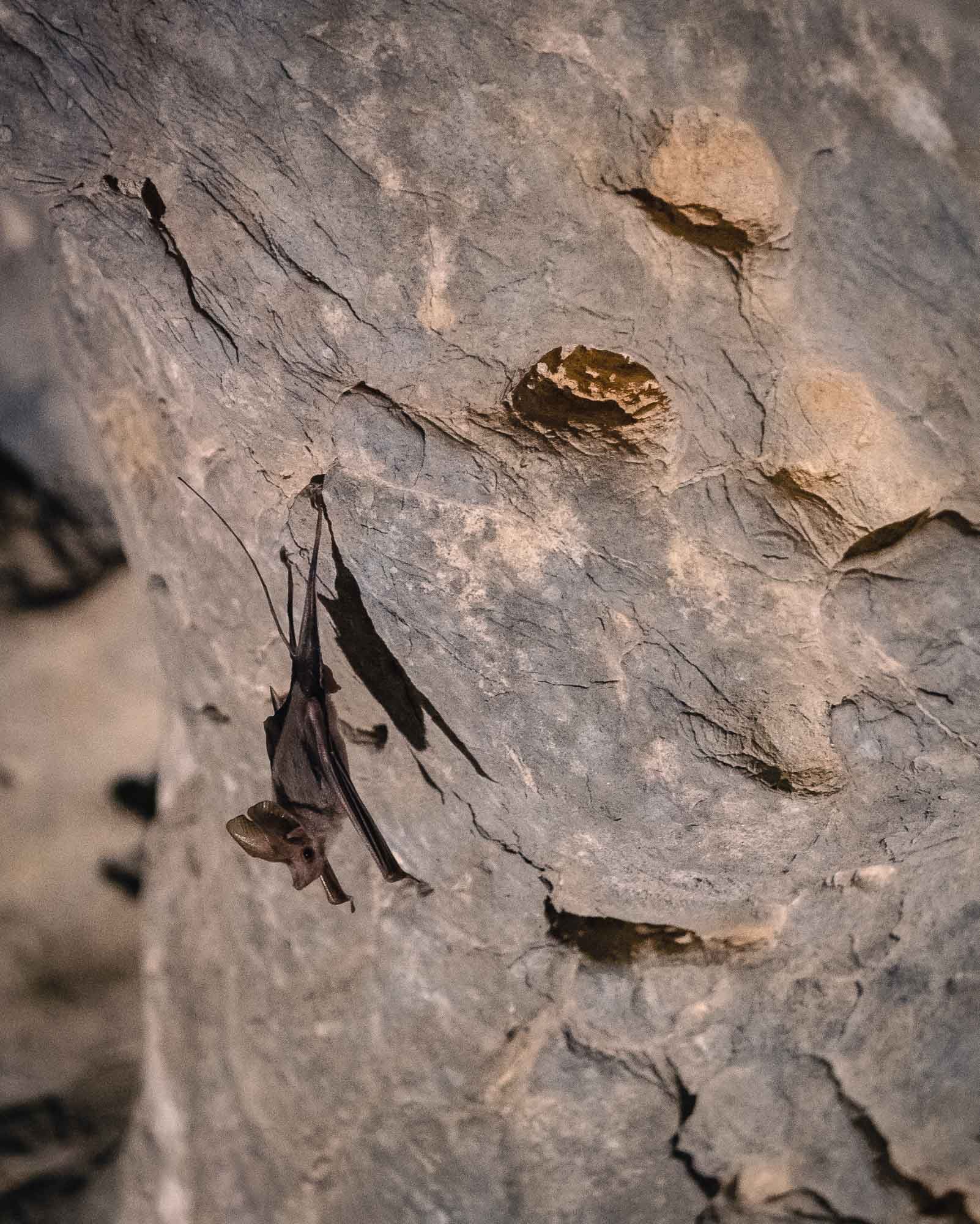
Chilling
...and you get to see some bats hanging from the ceiling.
Nizwa
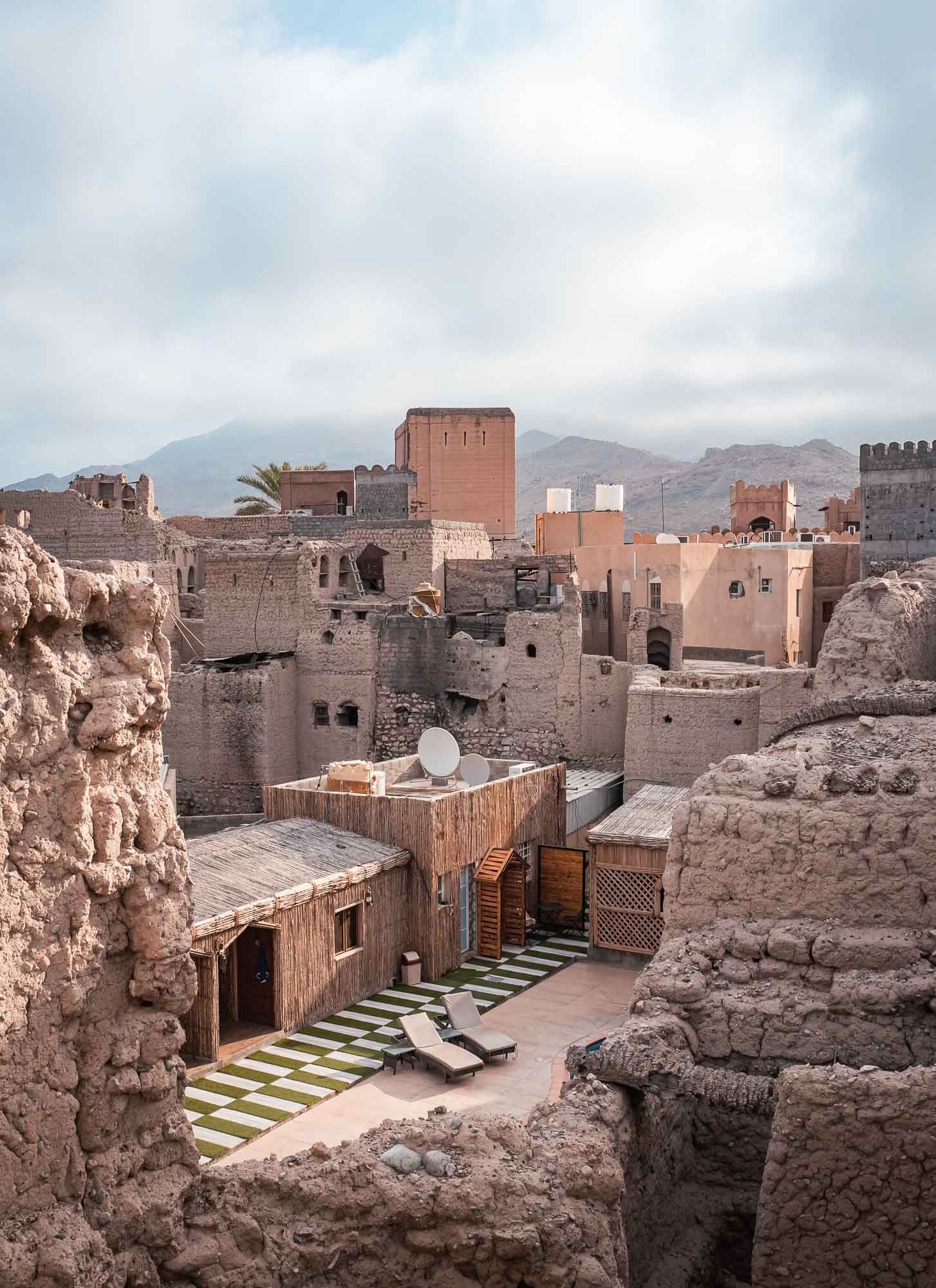
Views of Nizwa
The view from Antique Inn's rooftop in Nizwa, our place for the night.

Former Glory
Nizwa is one of the oldest cities in Oman and was the capital in the 6/7th century.
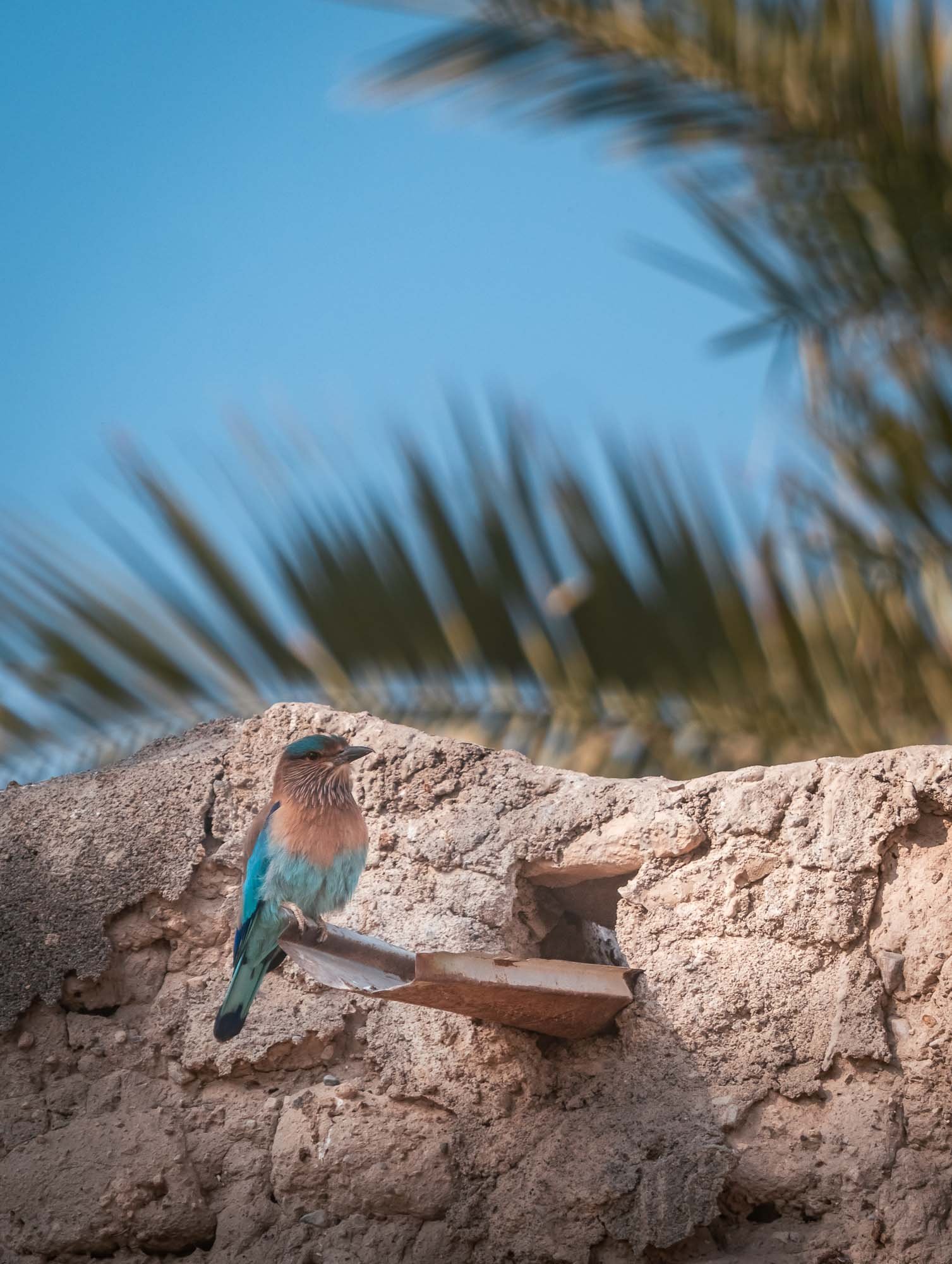
Indian Roller
A very common bird in this area around the farms. Particularly beautiful in flight when it spreads its blue wings.
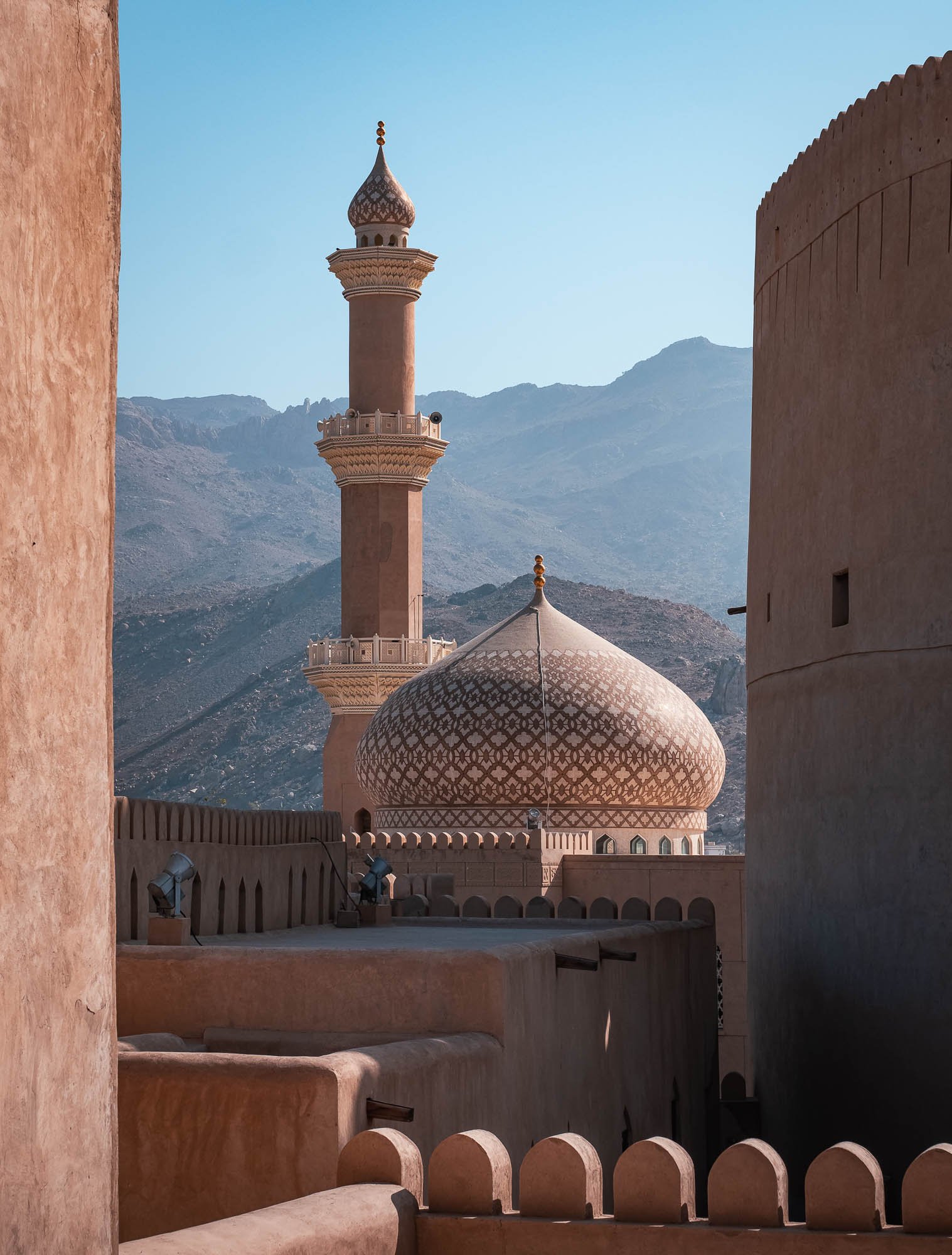
Al Qala'a Mosque
As seen from the fort. Nizwa features some of the oldest mosques in the world.

Fort Views
The fort was built in 1688, and sits above an underground stream.
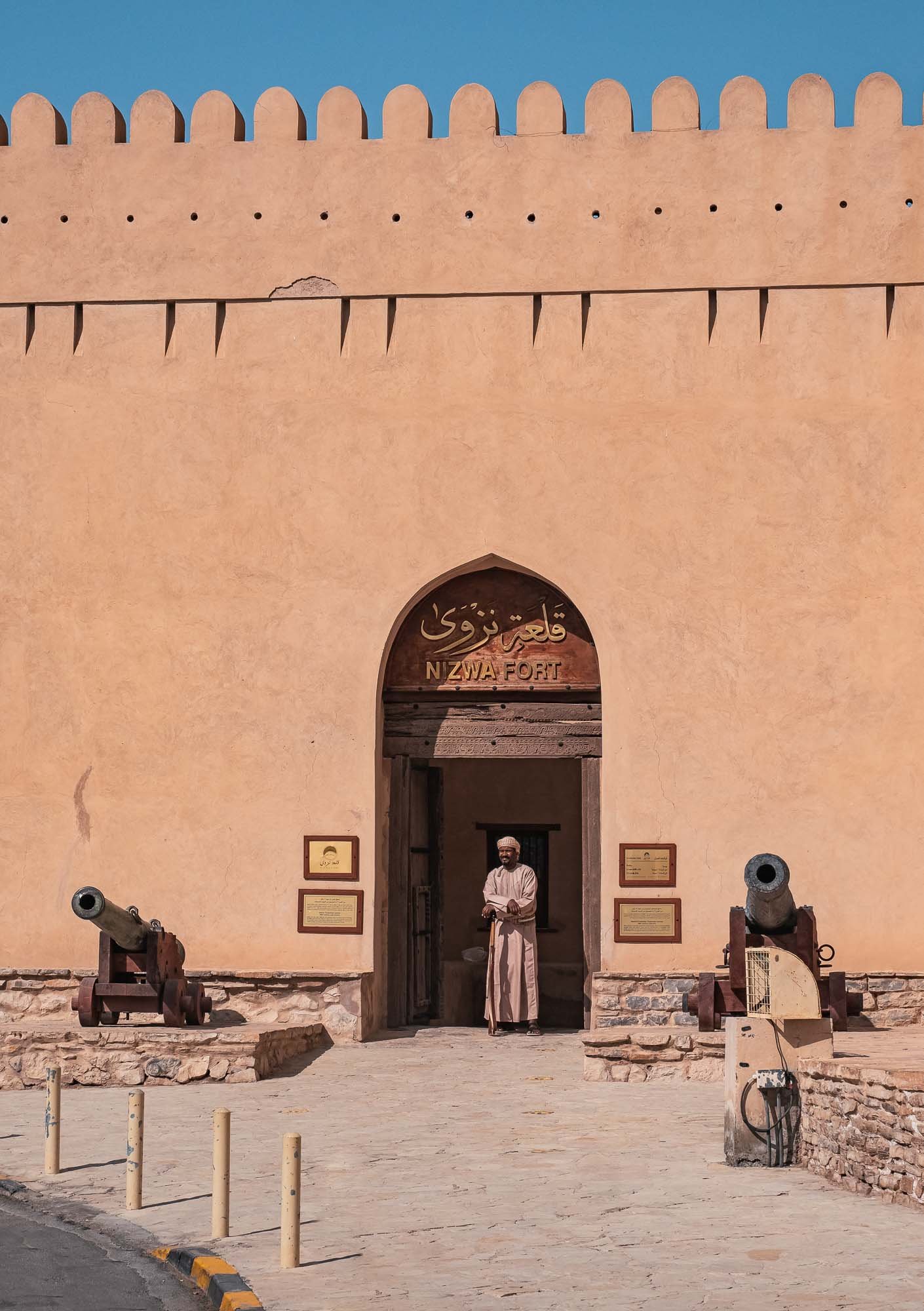
Entrance
The entrance to the fort, coincindentally guarded in this photo for that authentic flair.
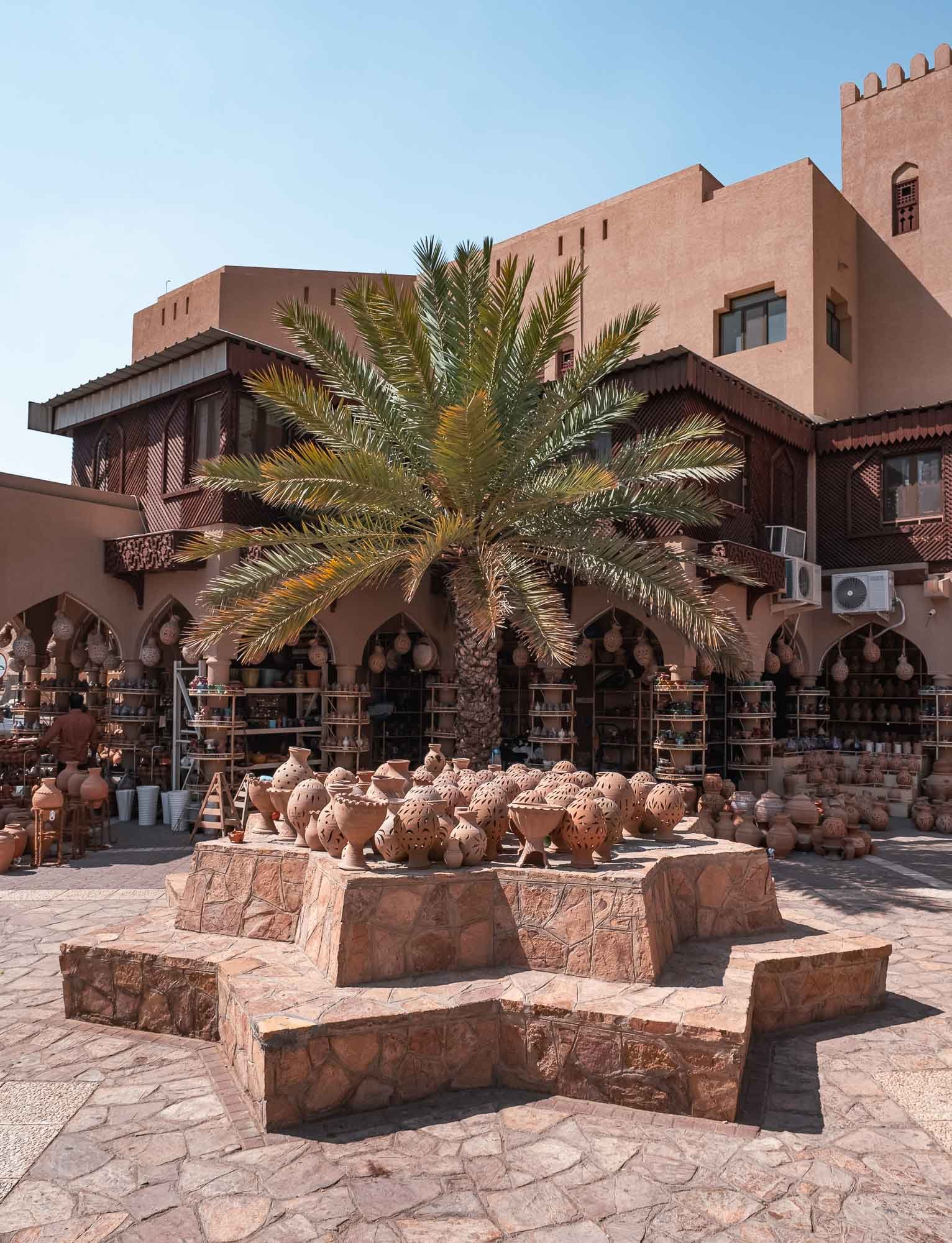
Nizwa Souq
The outside area near the entrance to the souq, selling pottery and other homeware goods.

Alleys
While it doesn't look it in this photo, Nizwa Souq is one of the most important and oldest in the country.
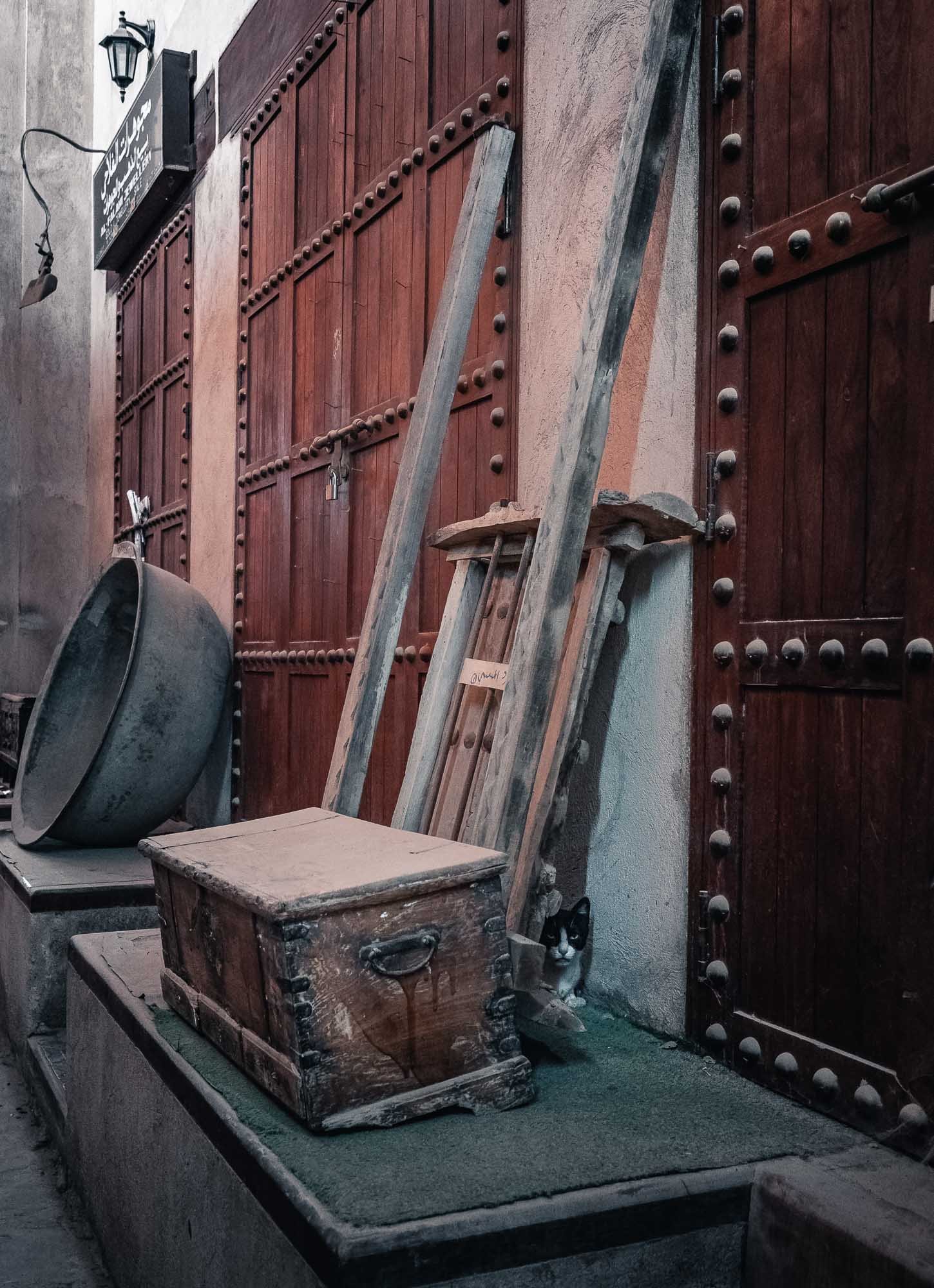
Salesman
During our visit, it was primarily occupied by this fellow.
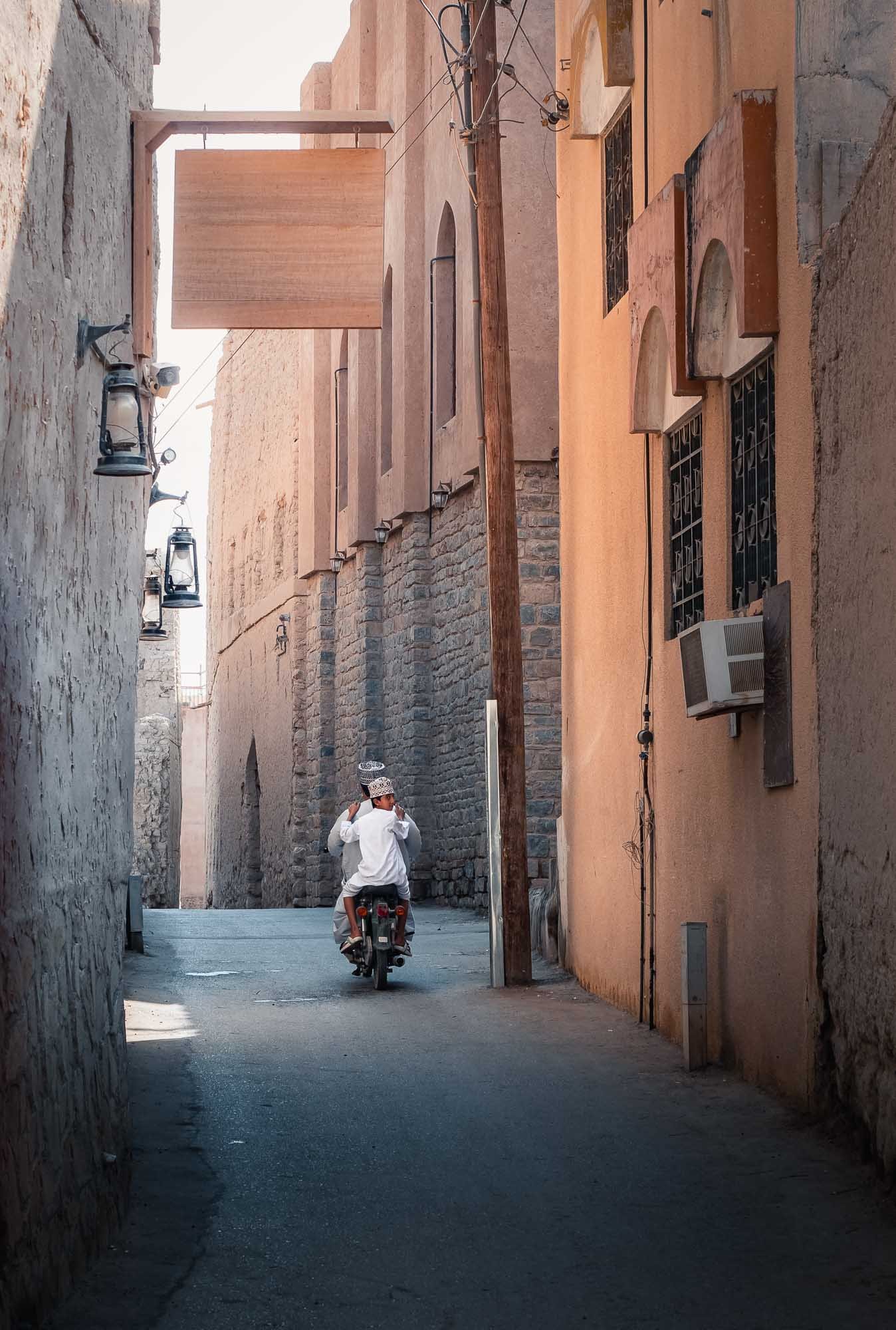
Transport
The small tight roads running through the old town are mainly accessible this way.
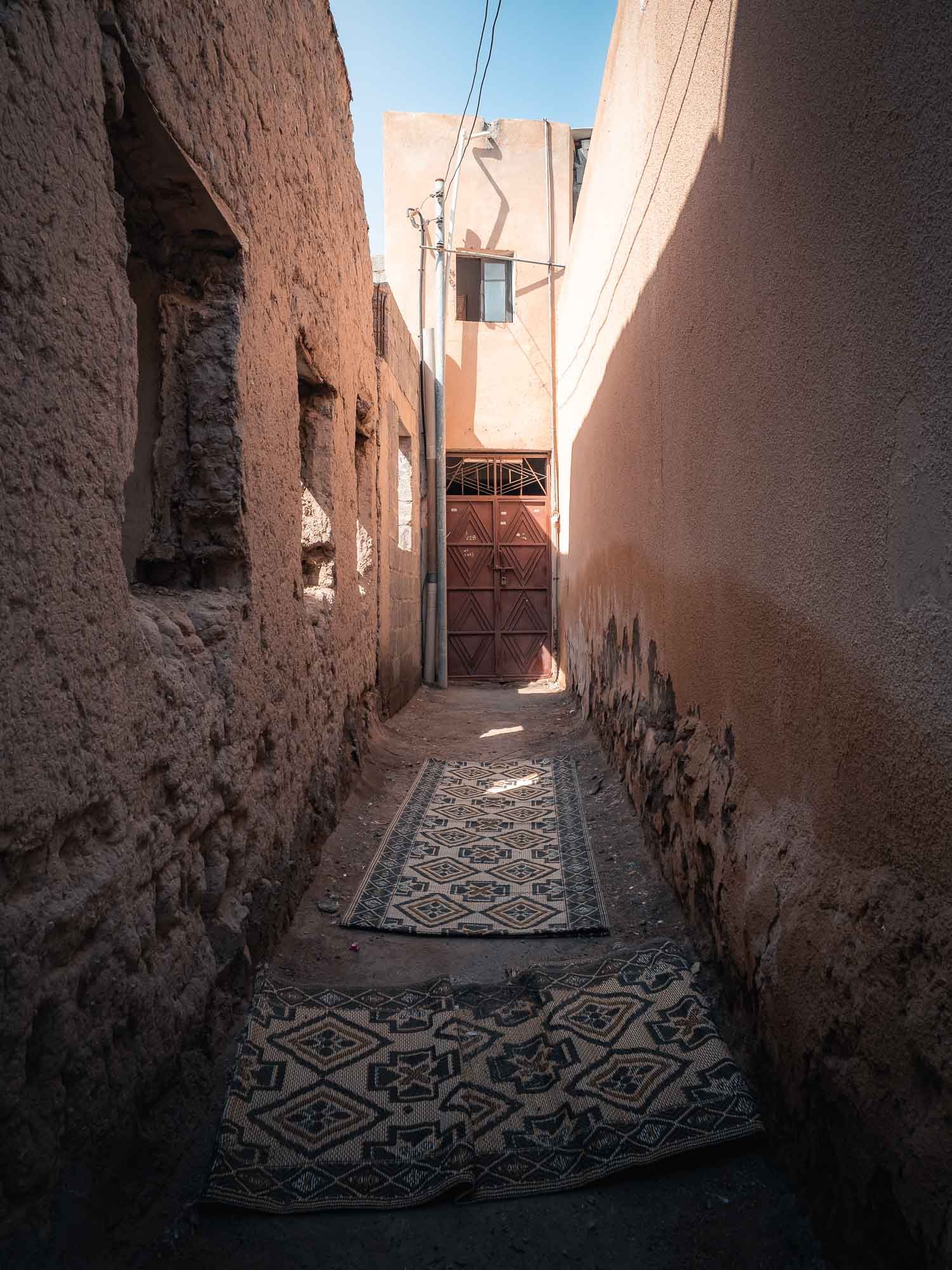
Old Town
While many of the houses are crumbling and abandoned, some are still occupied.
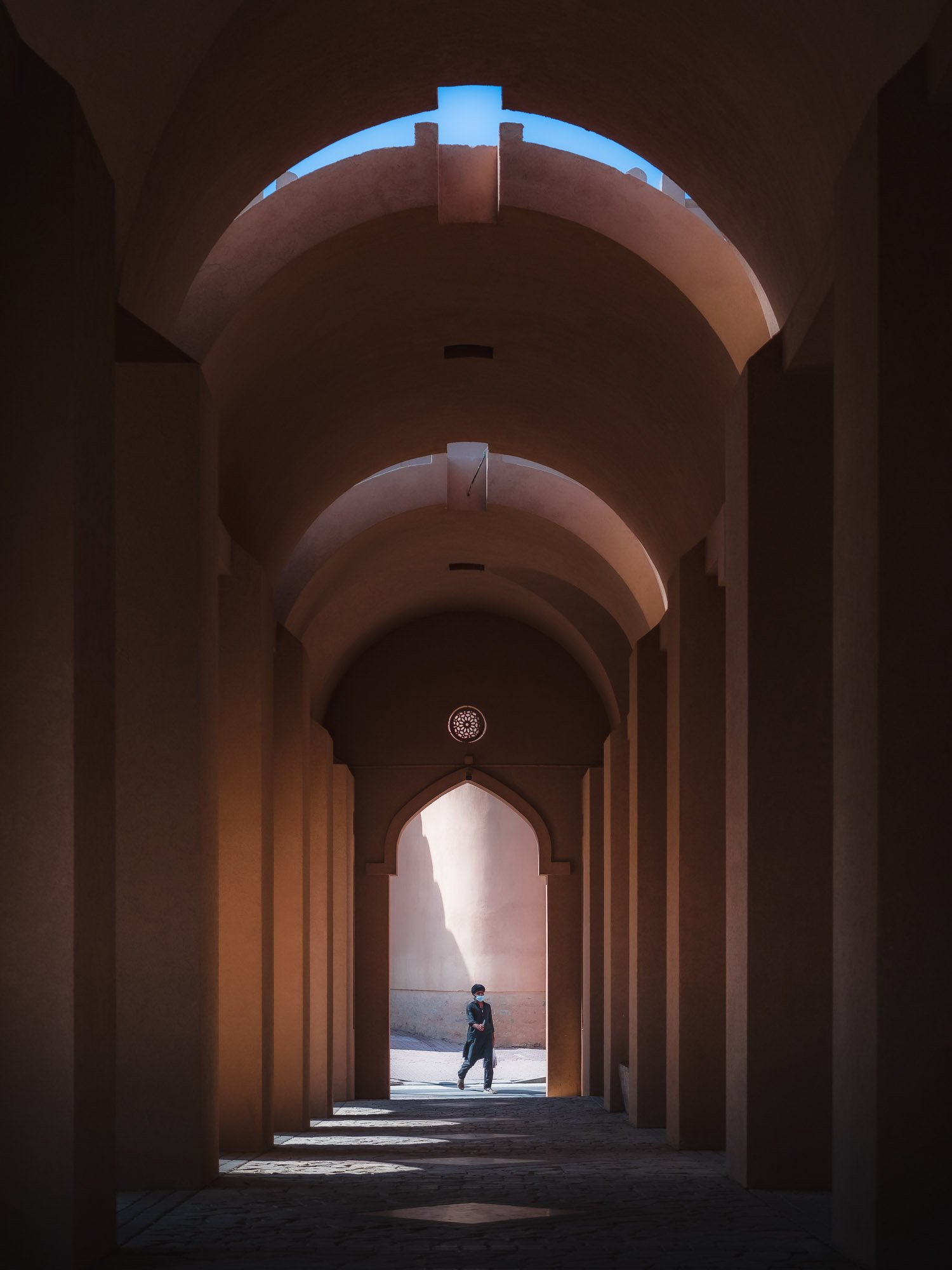
Grocery Duty
An Omani man passing through the shaded walkways of the market courtyard.
Jebel Akhdar
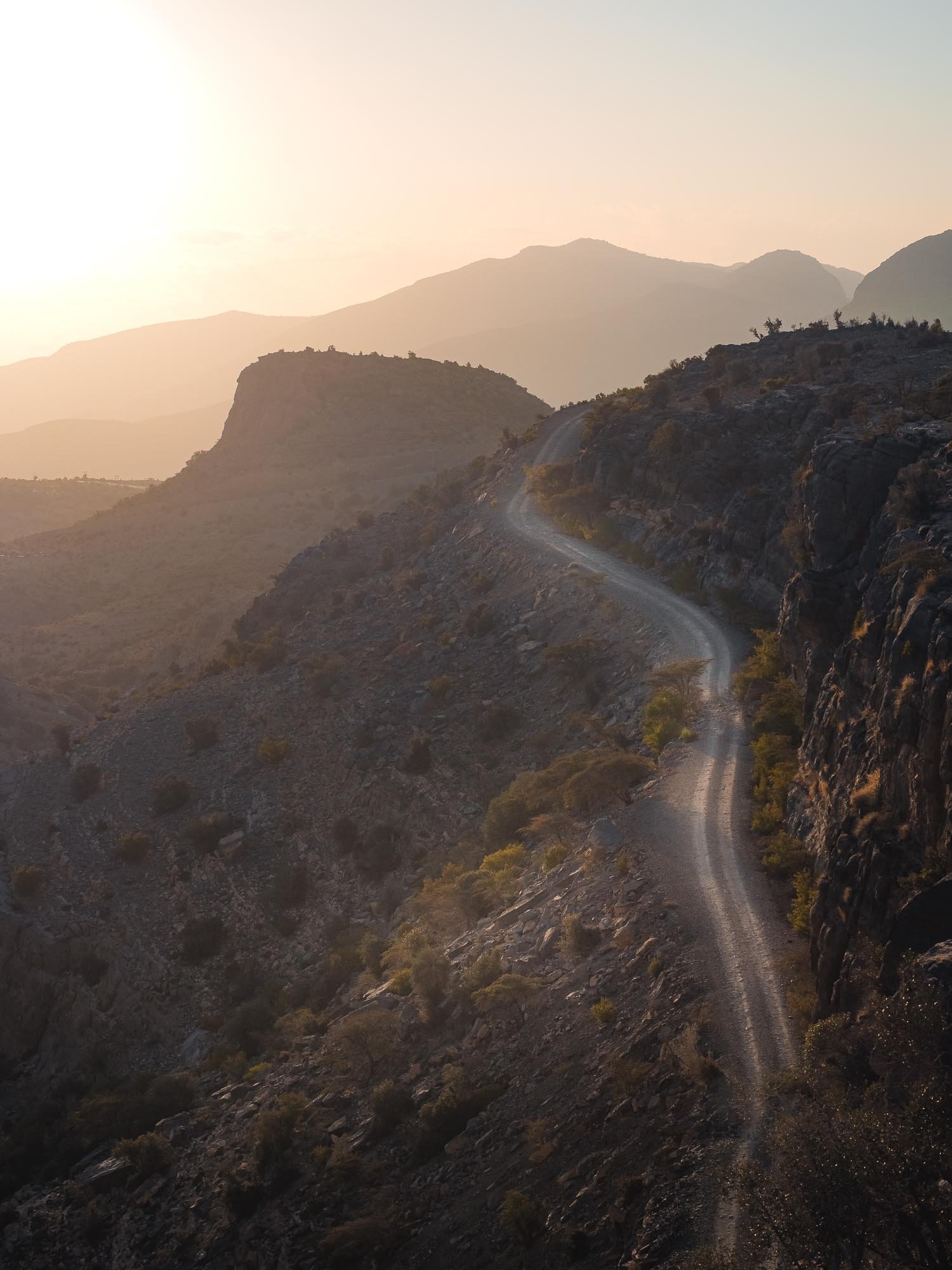
Upwards
Our next destination was Jebel Akhdar. It's an hour drive into the mountains, to an altitude of more than 2000 meteres. Although the roads are ok (better than in this photo), a 4x4 is required, otherwise you cannot pass the police checkpoint.
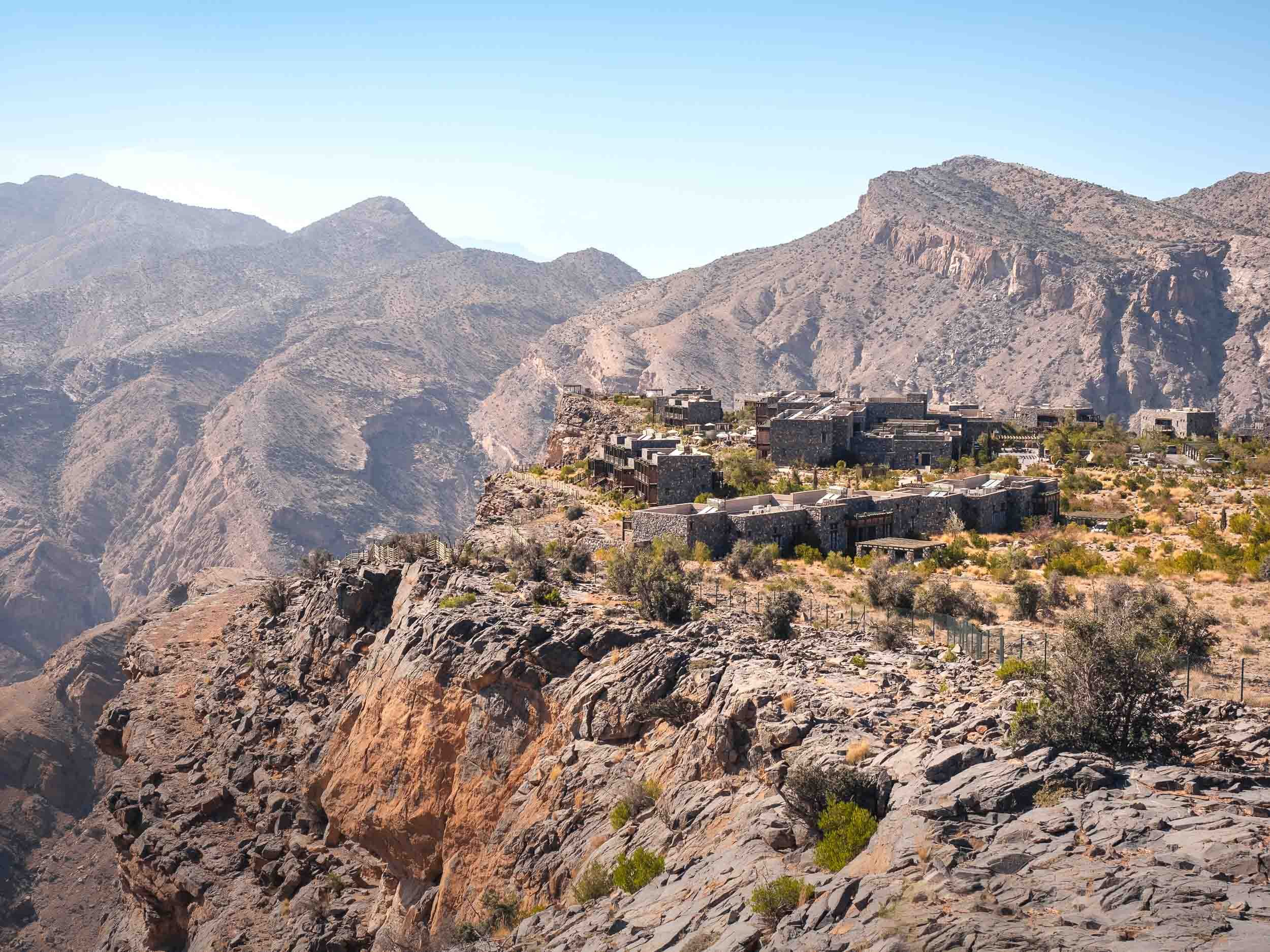
Alila Jabal Akhdar
We spent 2 nights in this amazing property, directly on the cliff of the one of the deepest canyons in the Hajar mountains.
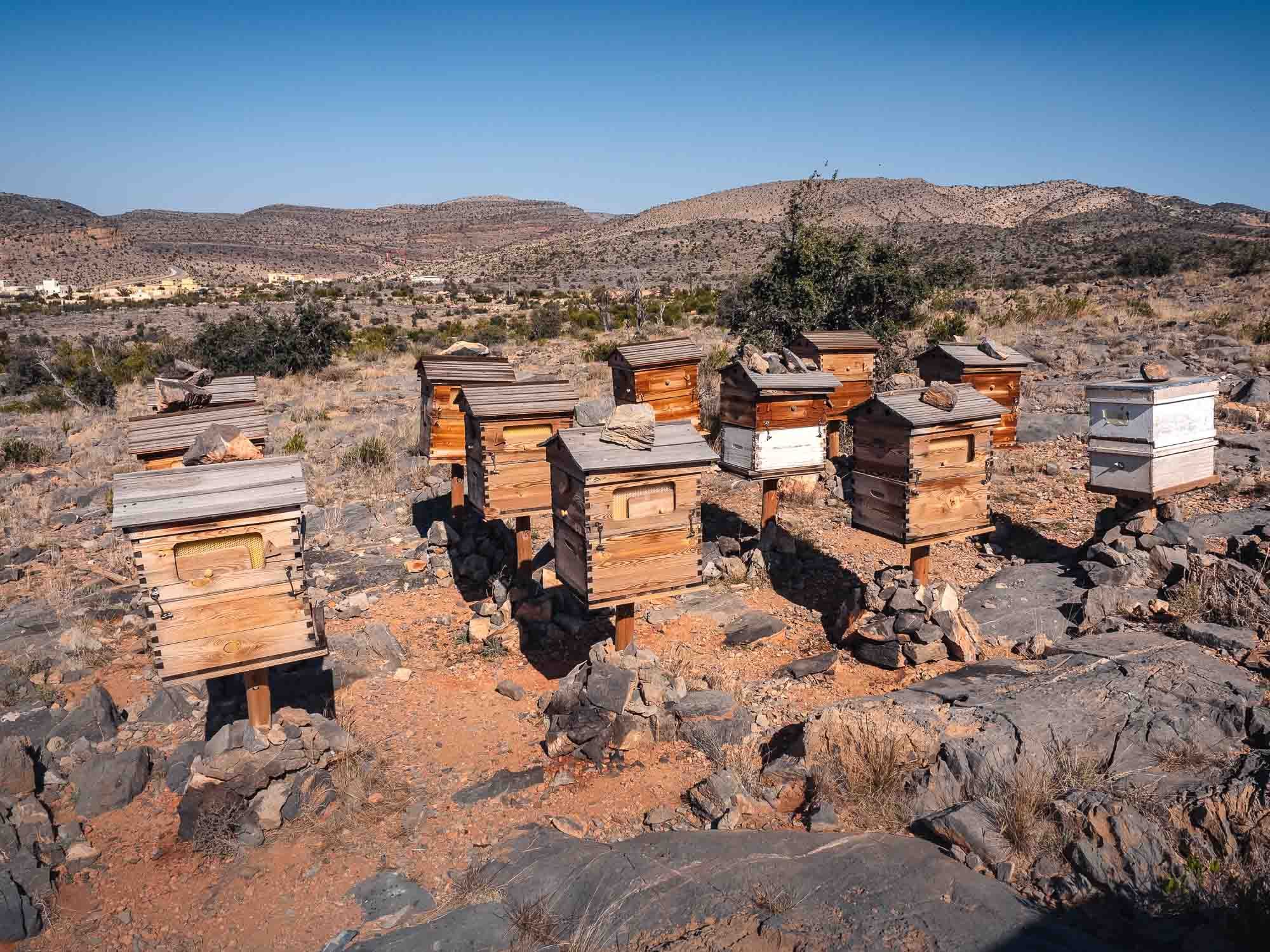
Beehives
The area round the hotel features many hikes, and a small trail directly in the grounds, with several interesting spots such as these beehives.
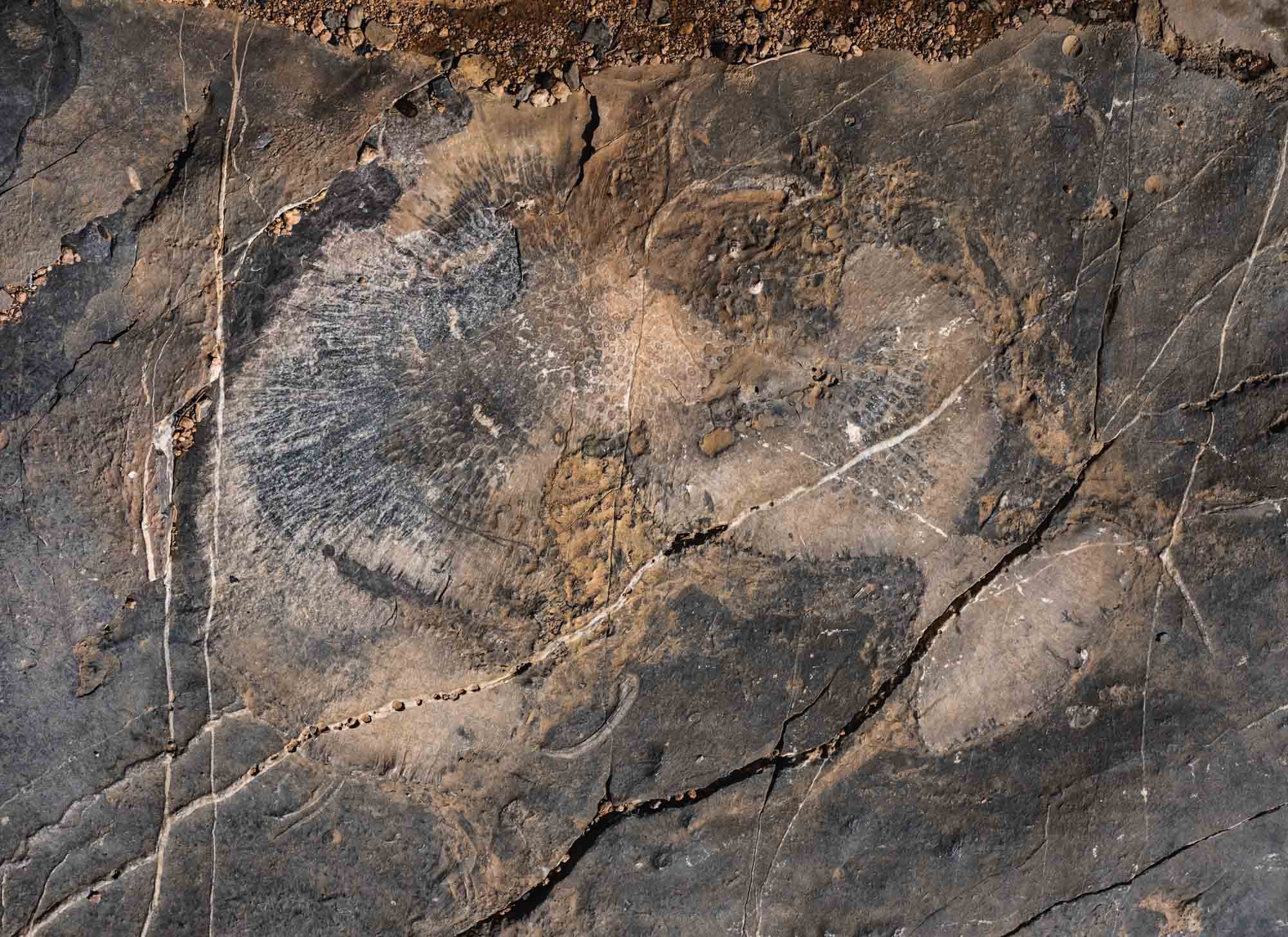
History
You can also find marine fossils everywhere, from millions of years ago when the area was under water.
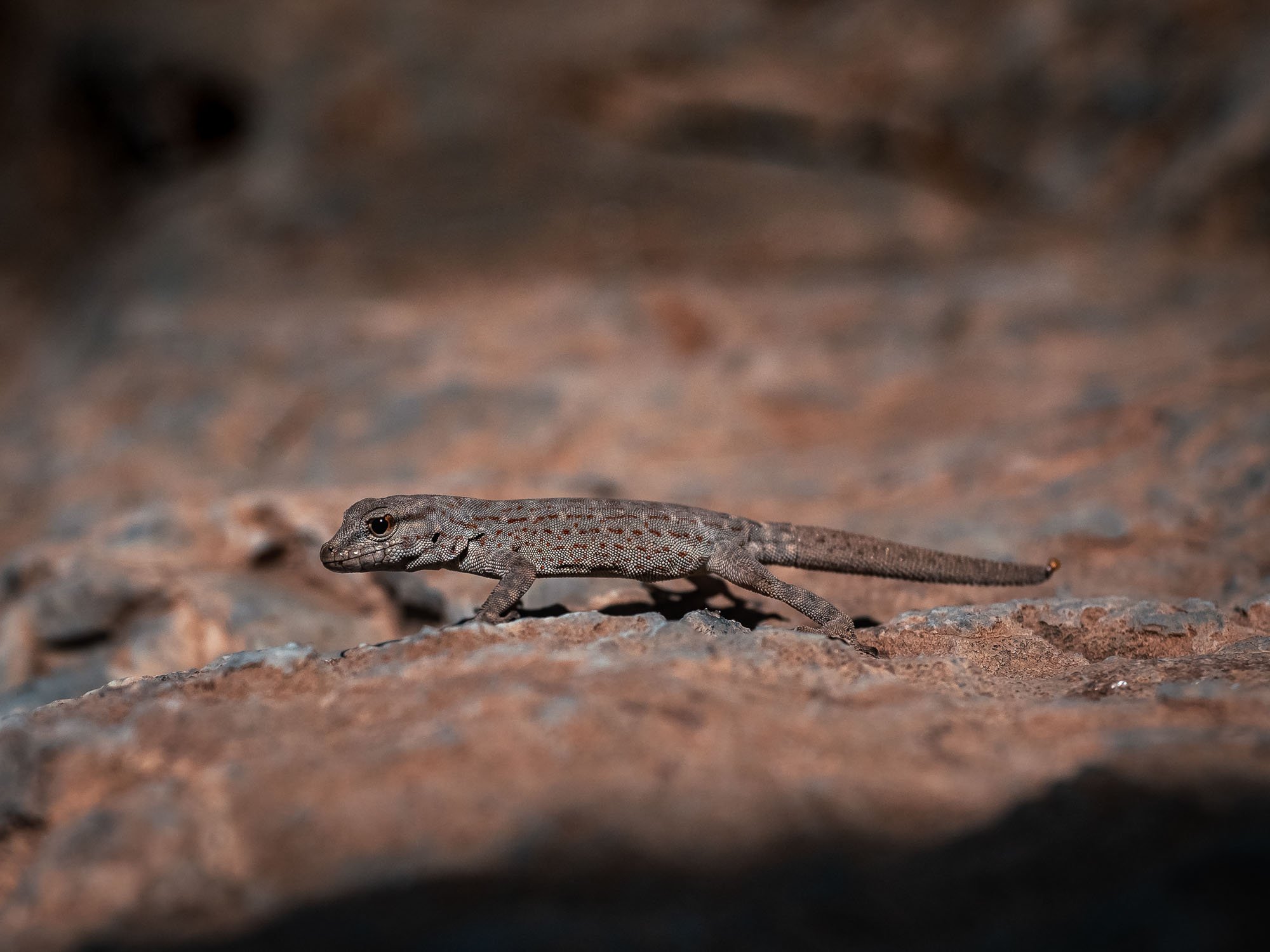
Visitors
Nowadays, the mountain is home to an abudance of Flora & Fauna - Akhdar literally means "green".
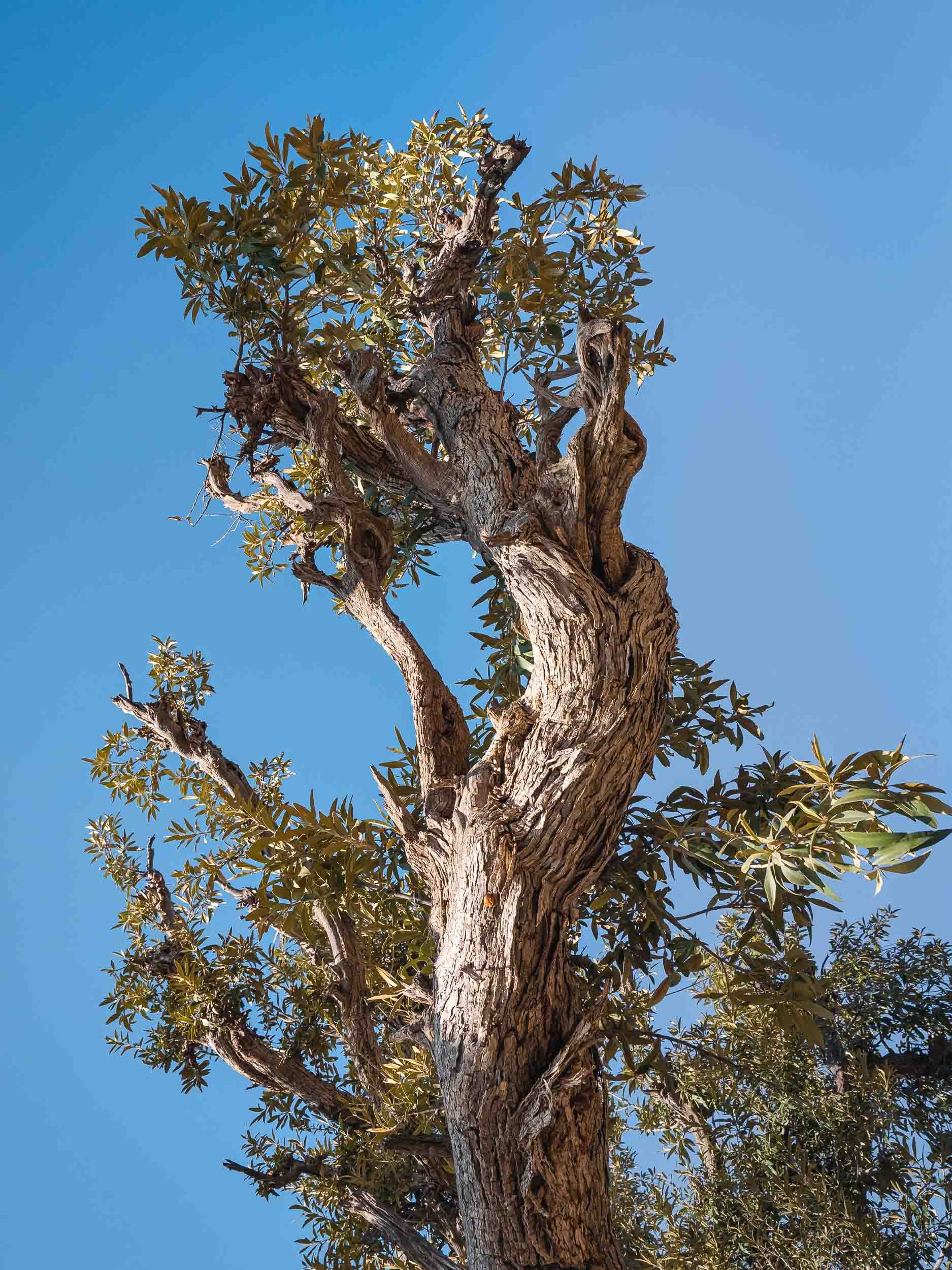
Wadi Walk
We spent the afternoon on a 4h hike through a nearby Wadi. The variety of trees is particularly interesting, including wild olive trees.

Water Source
The end of the trail brought us to this little dam, occupied primarily by frogs.
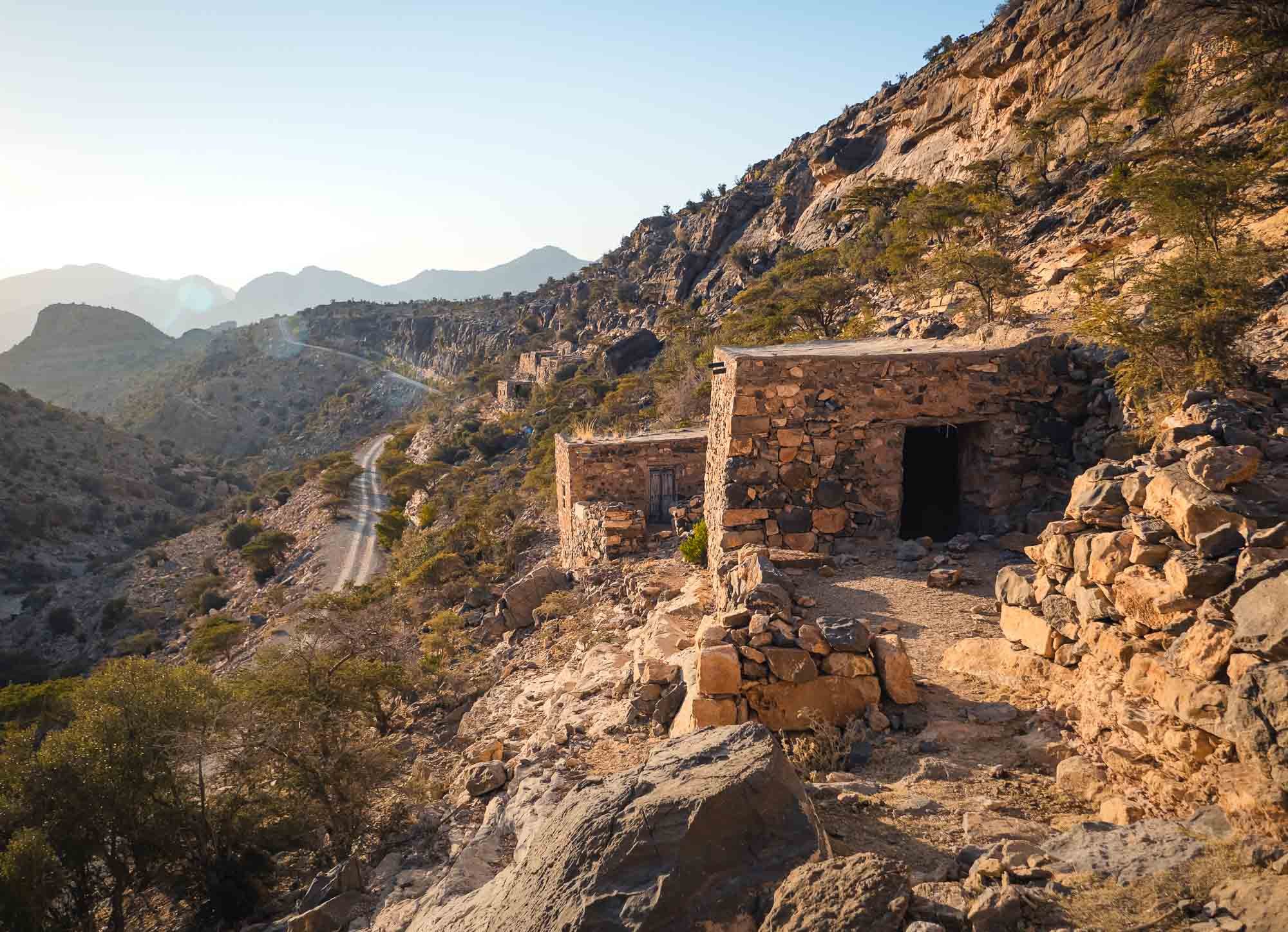
Abandoned
On the way back, we climbed upwards to find the crumbling houses of Sarab, a former village on the slopes of the Wadi.
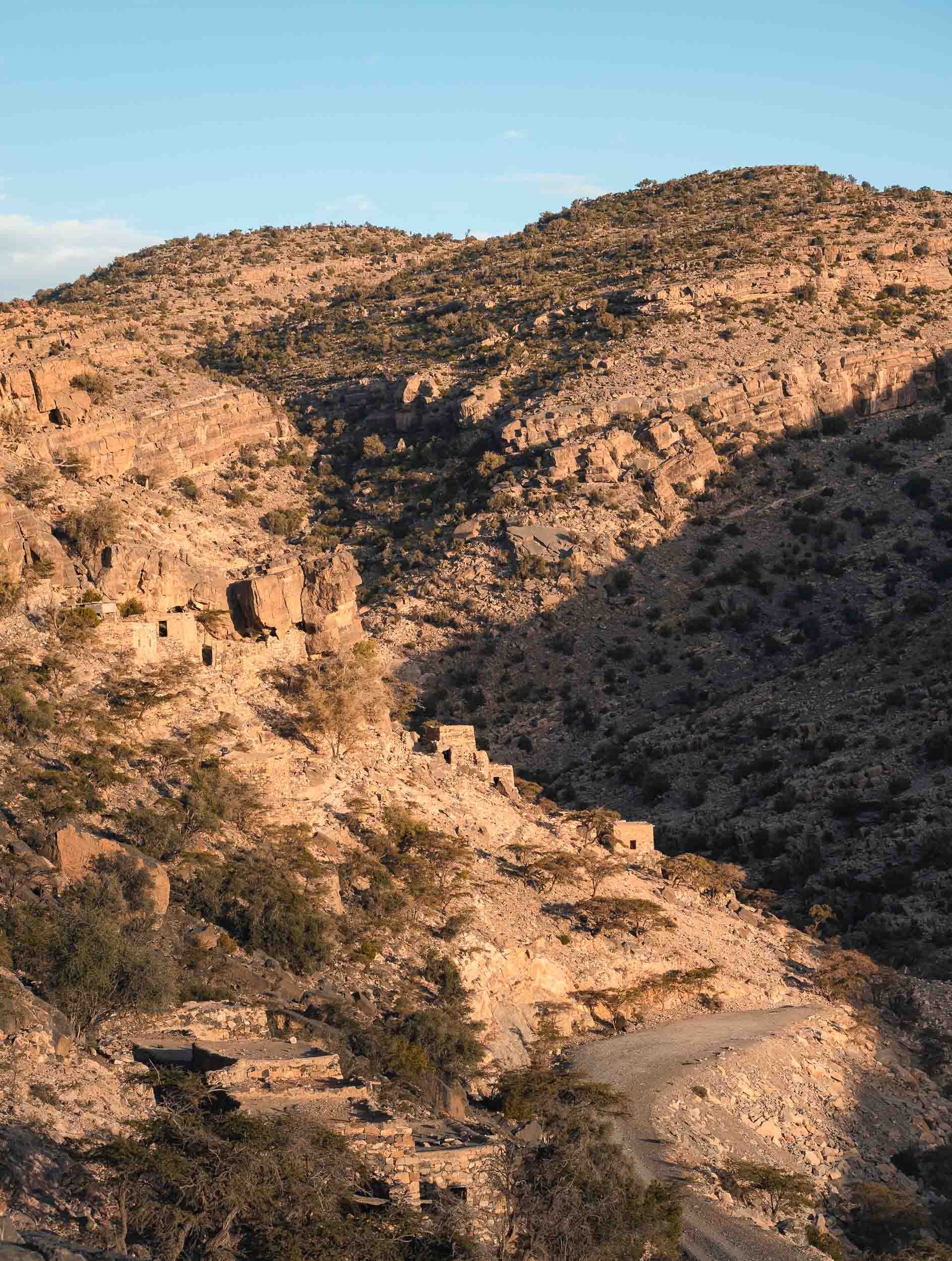
Illuminated
Sunset was the best time for this trail.

Sunset over Alila
Sometimes the scenery speaks for itself.
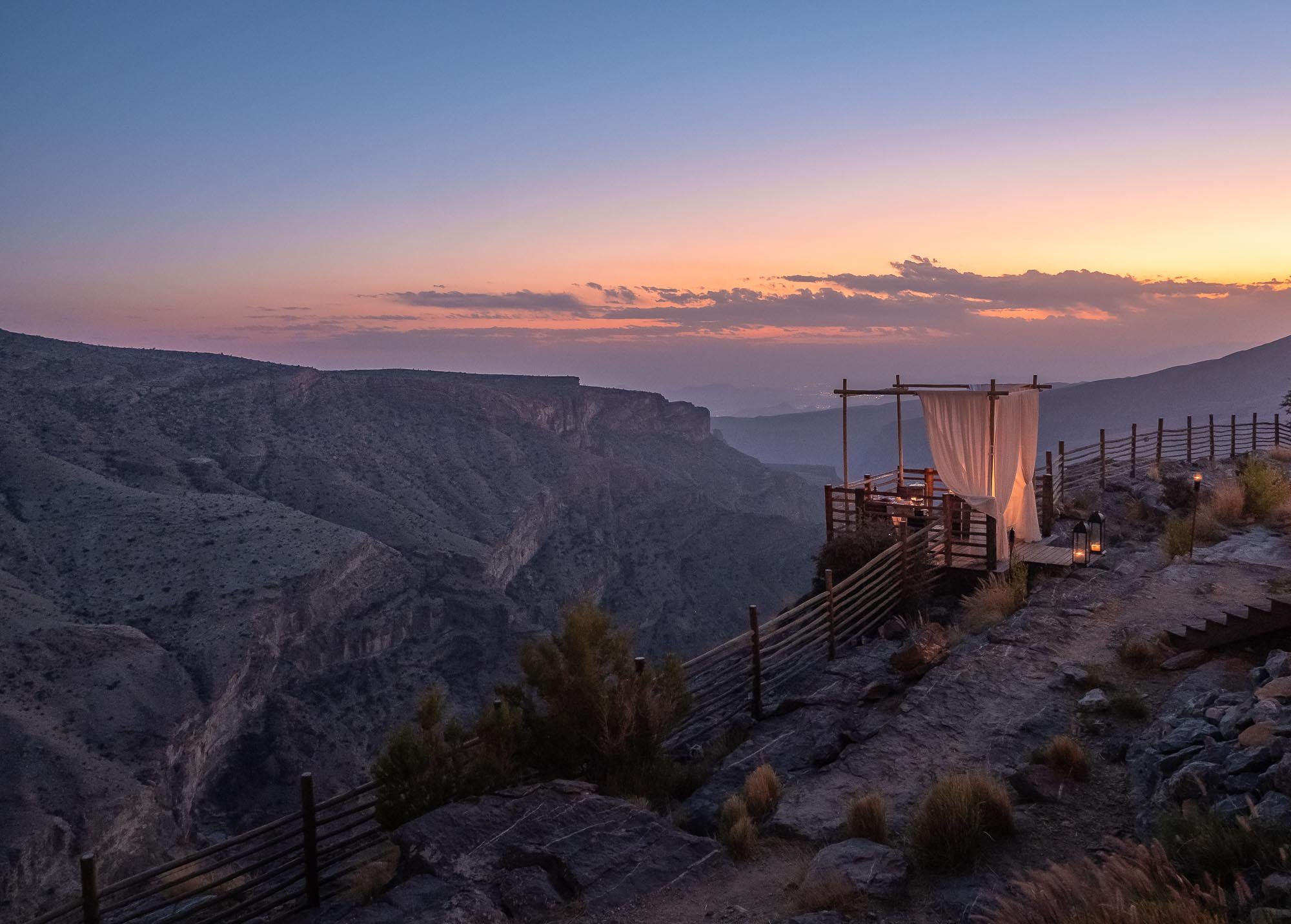
Cliff
Not a bad spot for dinner?
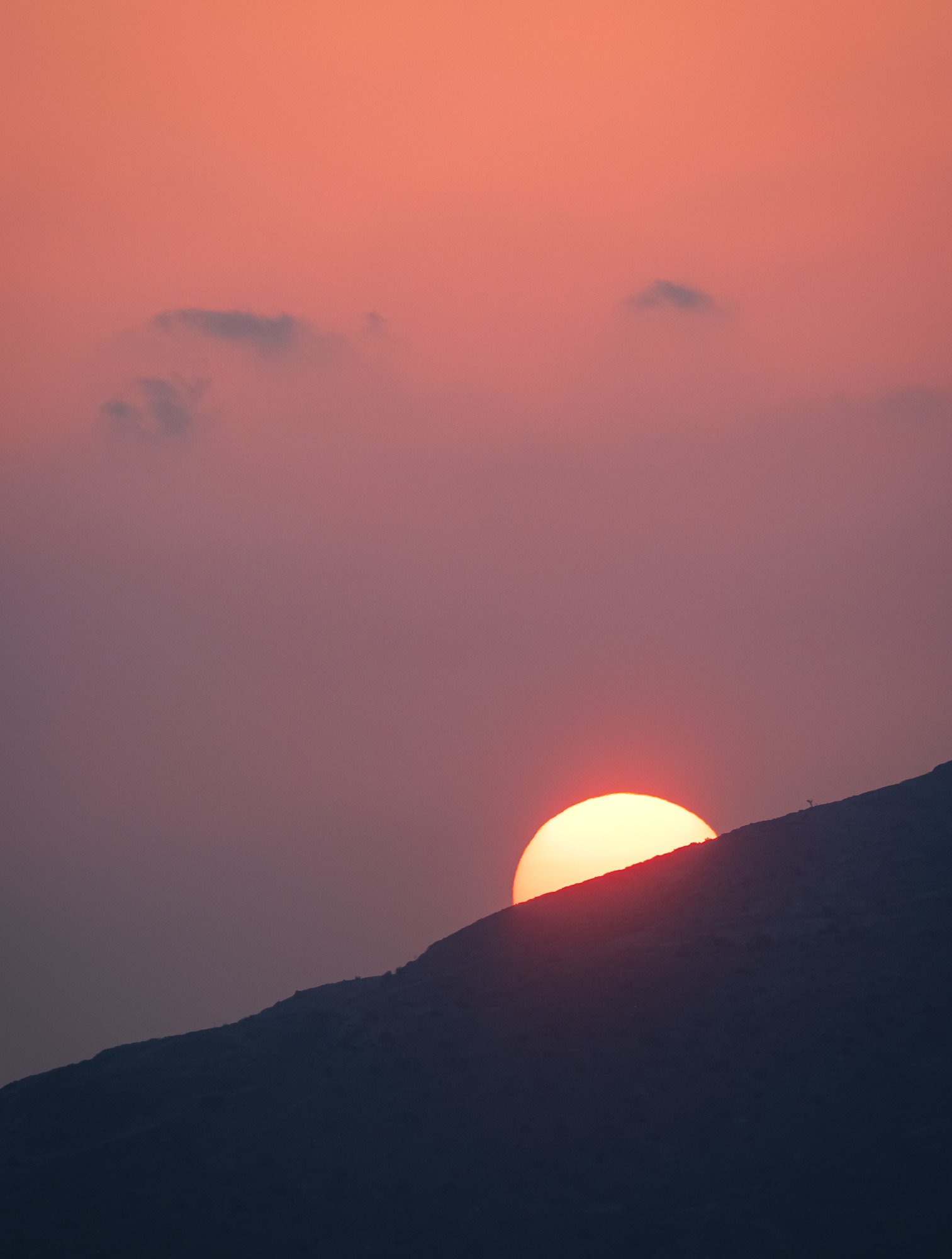
The Day's End
The sun setting behind the Hajar mountains in the distance, next to a little tree.
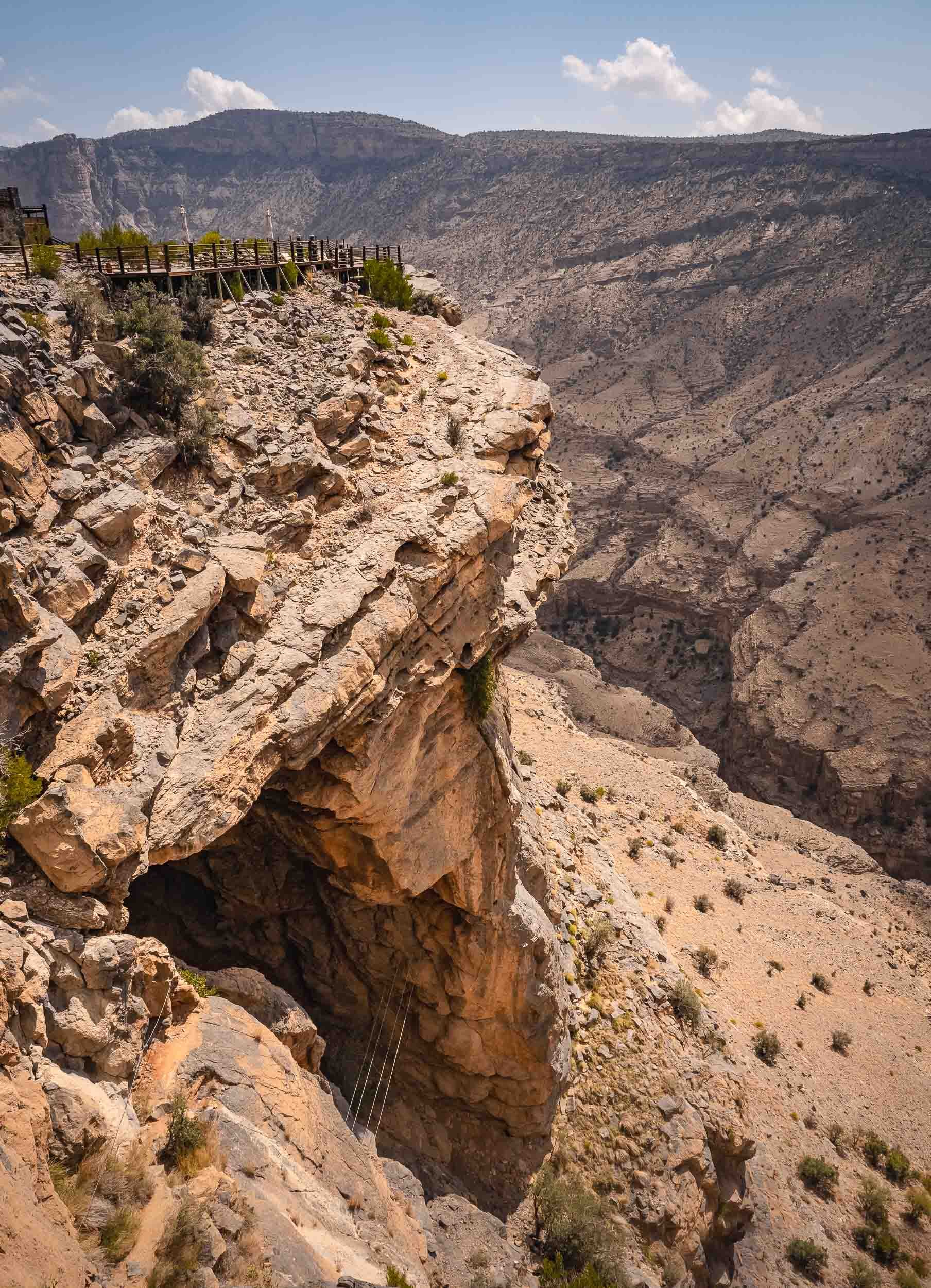
Via Ferrata
The next morning brought some adventure, as we climbed the via Ferrata, which literally starts at the hotel lobby. You can see the iron rope on the bottom left and the rope bridge across the cave in this image.

On the Edge
An incredible experience, and definitely recommended.
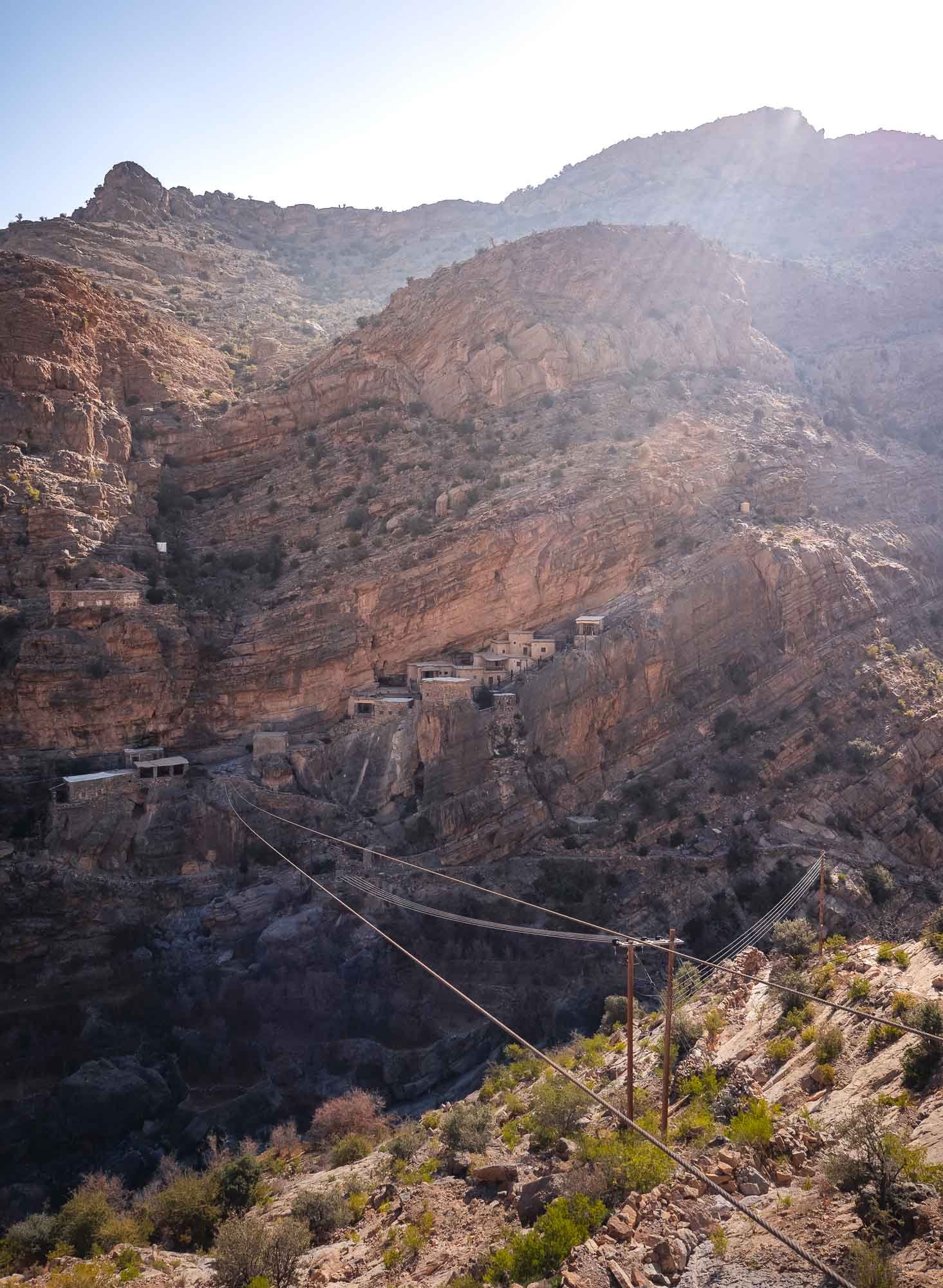
Alsuwjara Village
Our last day at Jabal Akhdar brought us to the cliff guest house, an old village from 500 years ago that is slowly being converted for tourism.
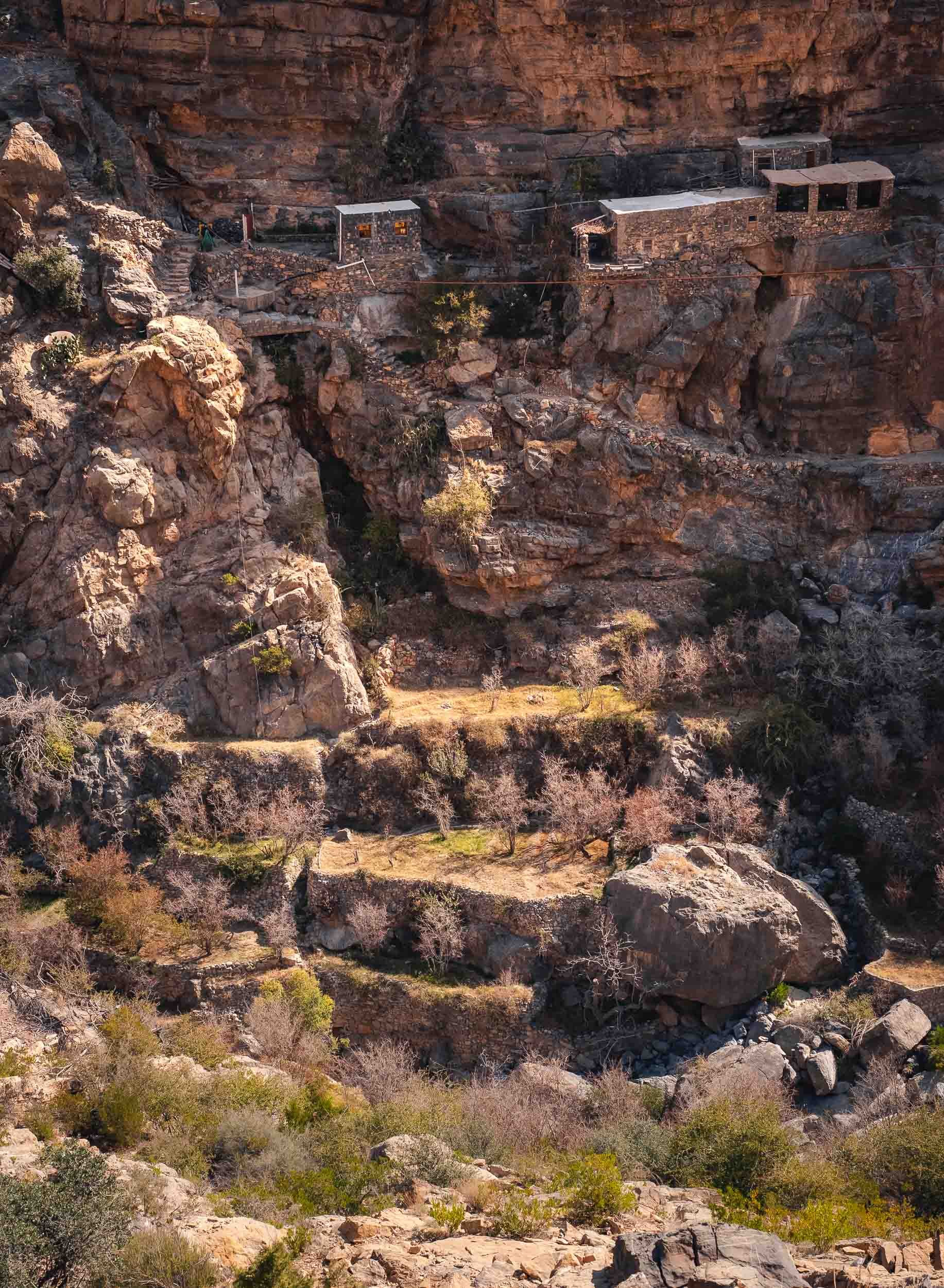
On the Rocks
We were lucky enough to get a tour organised directly by the local Omanis operating the place, who lived in the houses up until a few years ago.

Mountain Villages
We then moved to the towns of Al Aqr, Al Ayn and Ash Shirayjah, famous for their terraced farming, used to grow roses and other crops.
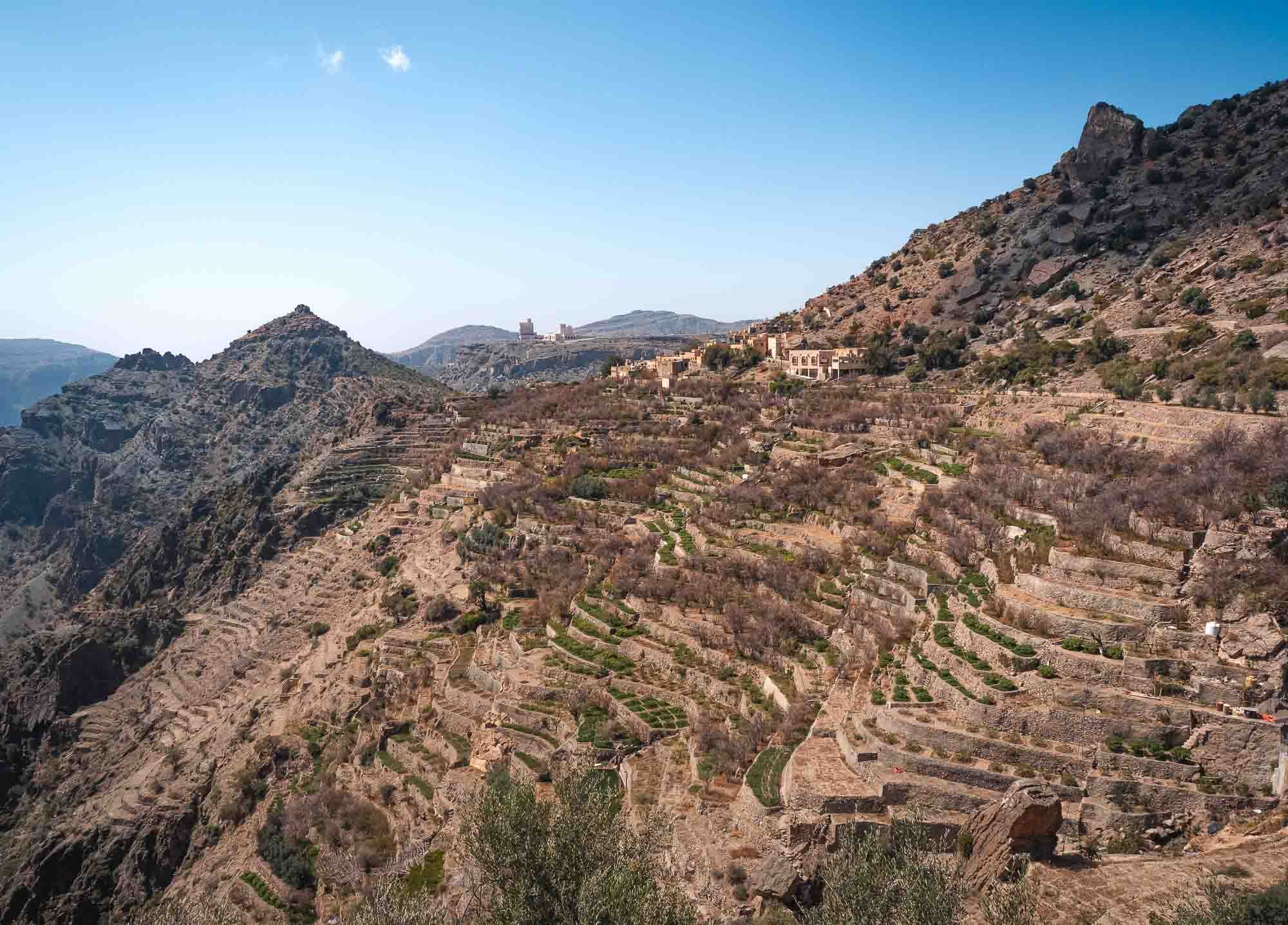
Farming
The terraces used to reach all the way into the wadi, but a lack of water in recent years meant a reduction in usable area. Nevertheless, the entire slope is green during the summer time.
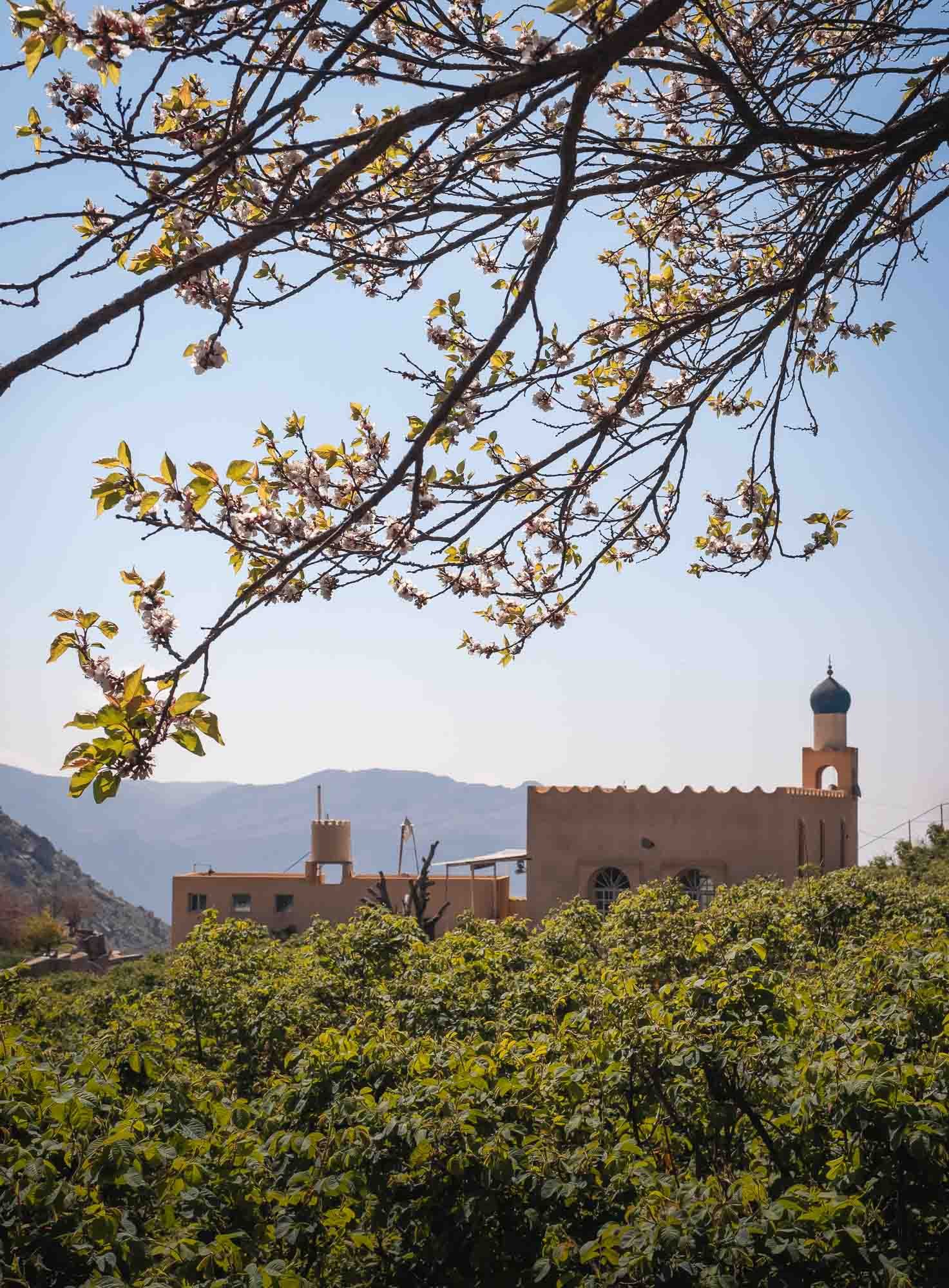
Pomegranate Season
One of the many blooming flowers at the time of our visit. The primary rose season was about to start as well.
Onwards to Muscat
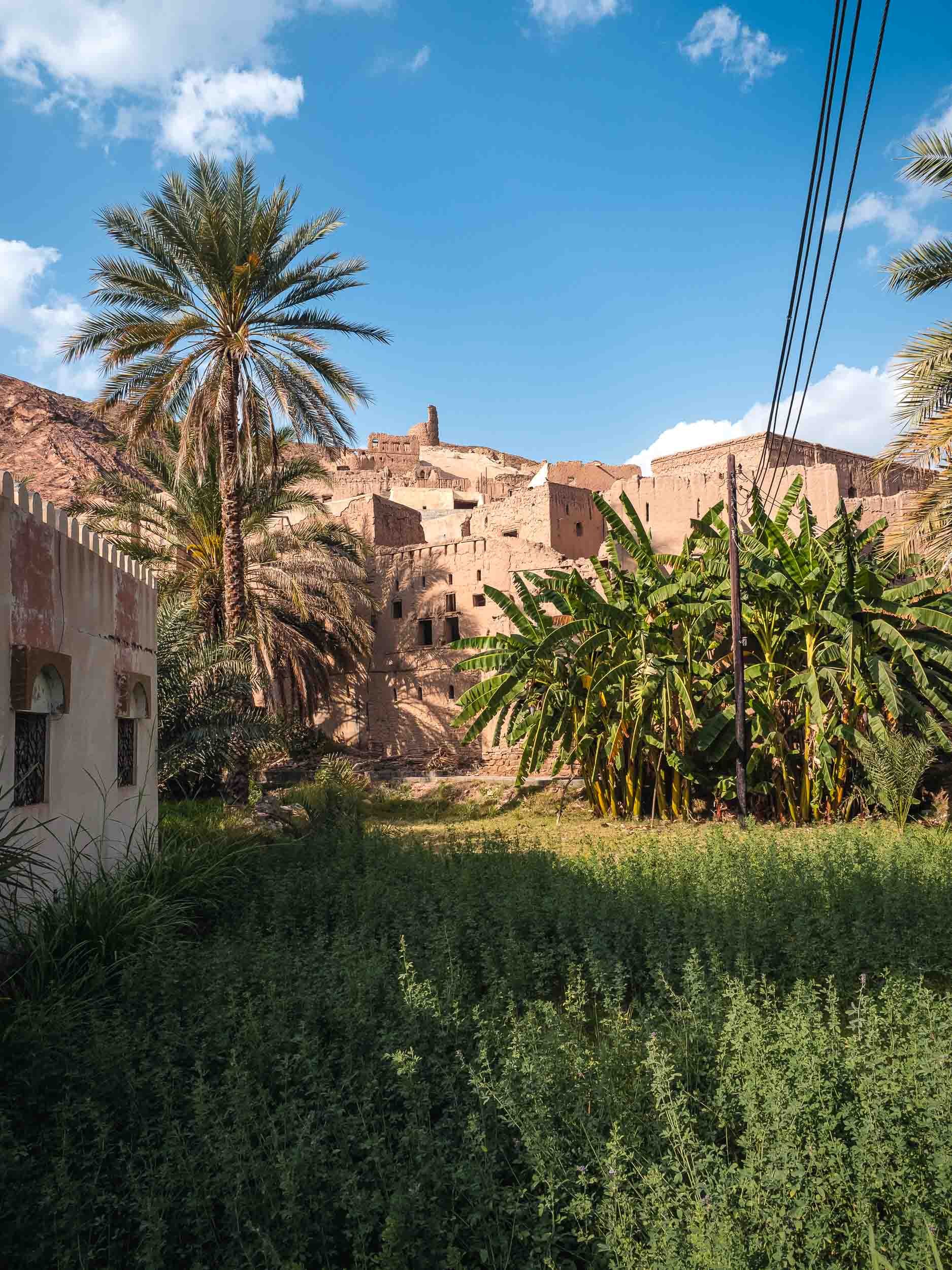
Birkat Al Mouz
This was our next stop on the way from Jebel Akhdar to Muscat.
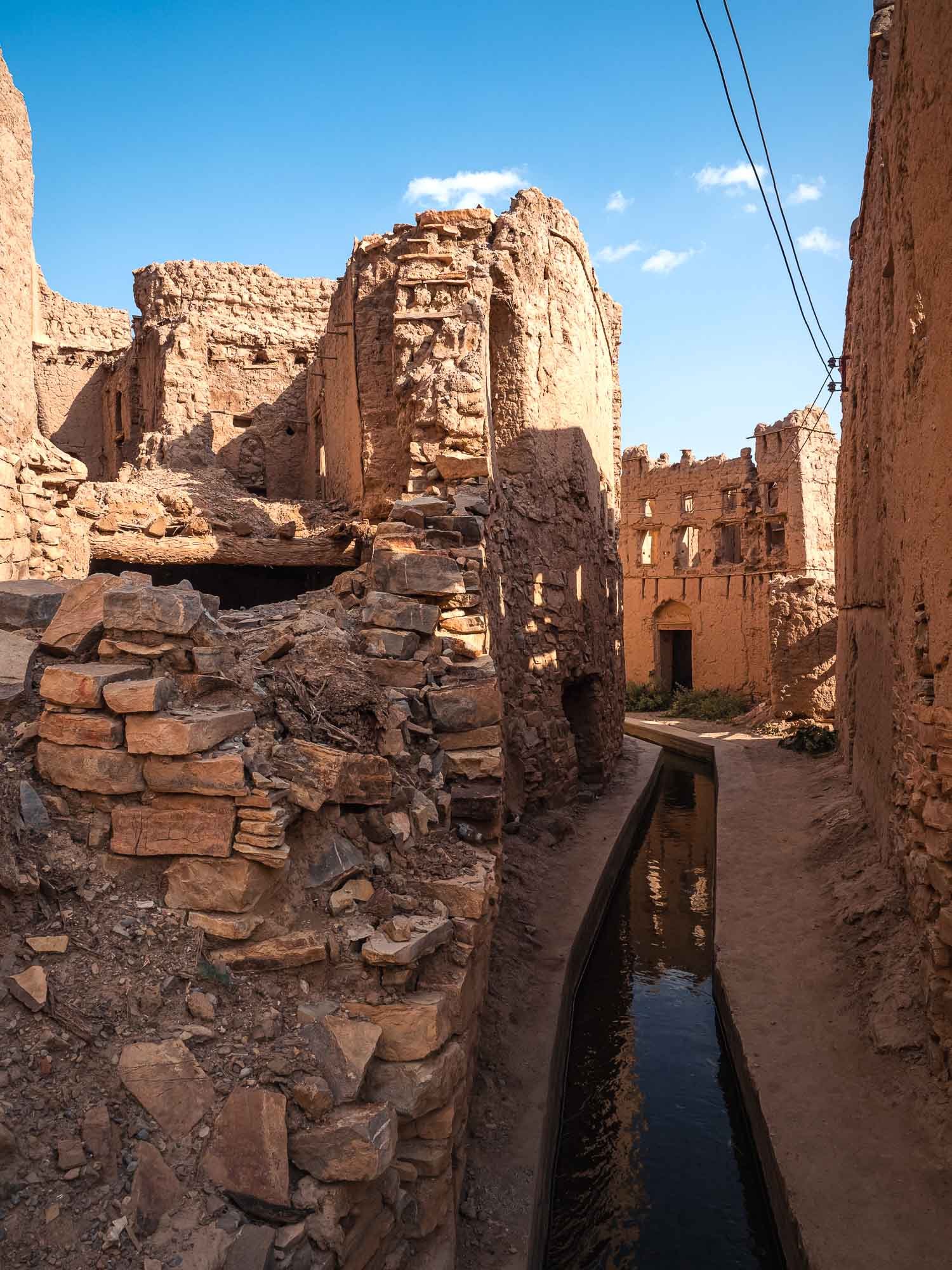
Falaj Al Khatmain
One of the five irrigation systems in Oman listed on the Unesco World Heritage site runs through the abandoned part of town.
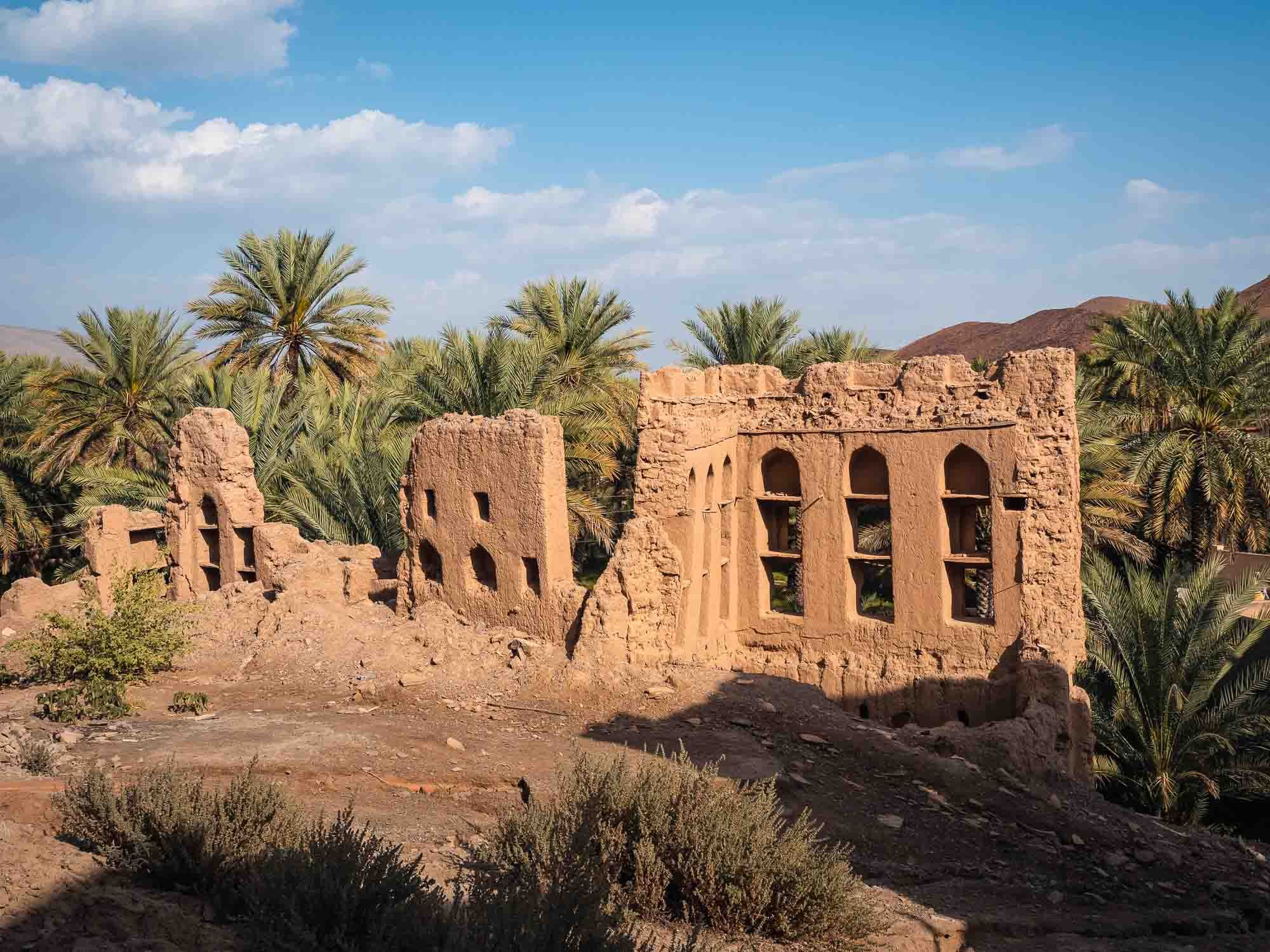
The Last Walls
The village contains two such parts, the larger one called Harat Al Sibani.
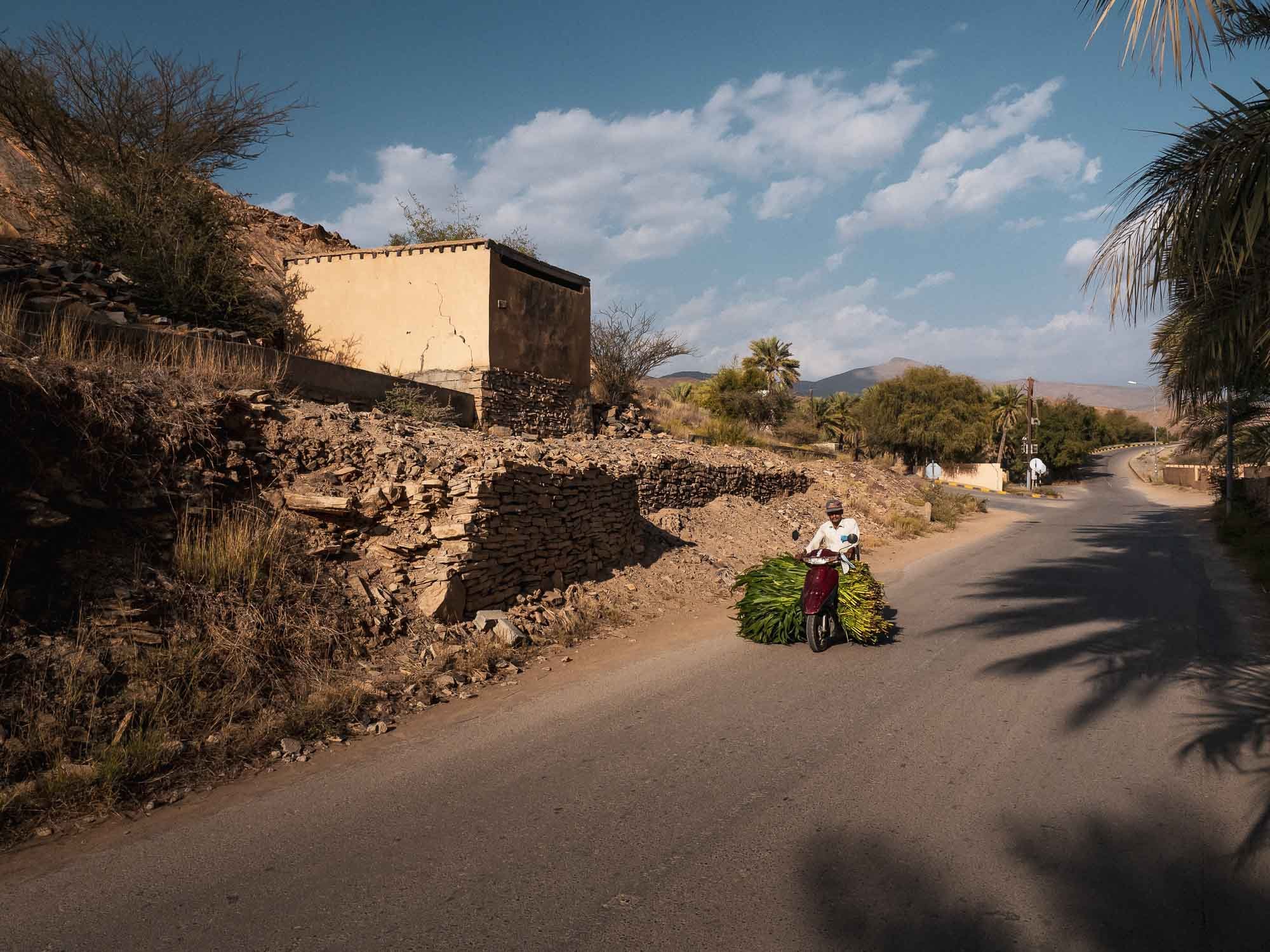
Banana Pool
That's the meaning of the city's name in Arabic - and the farms surrounding it give away why.
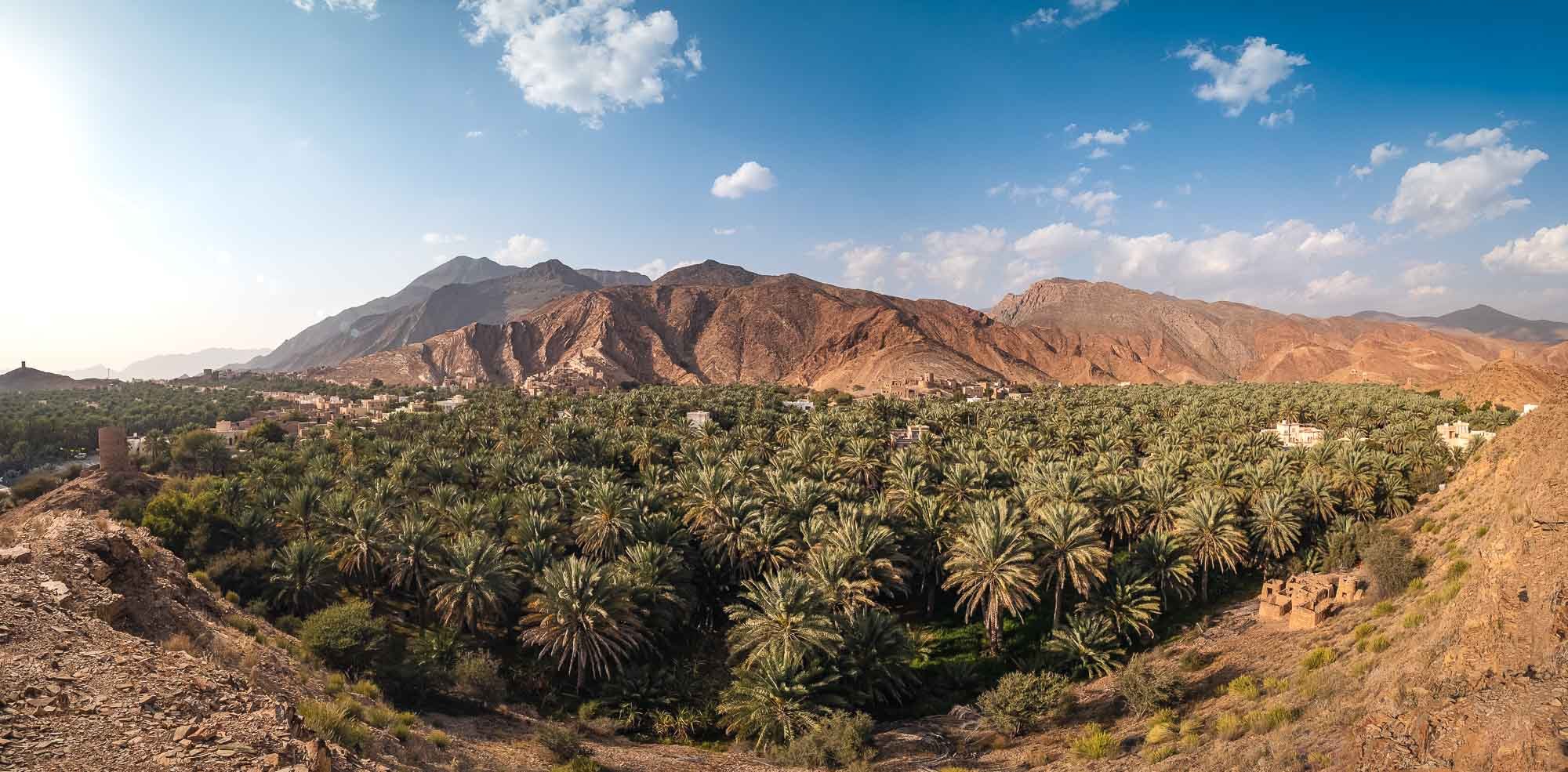
Quintessential Oman
A short climb on the other side of the farms rewards you with this scenery.

Harat Al Sibani
And this stunning view of the abandoned village.
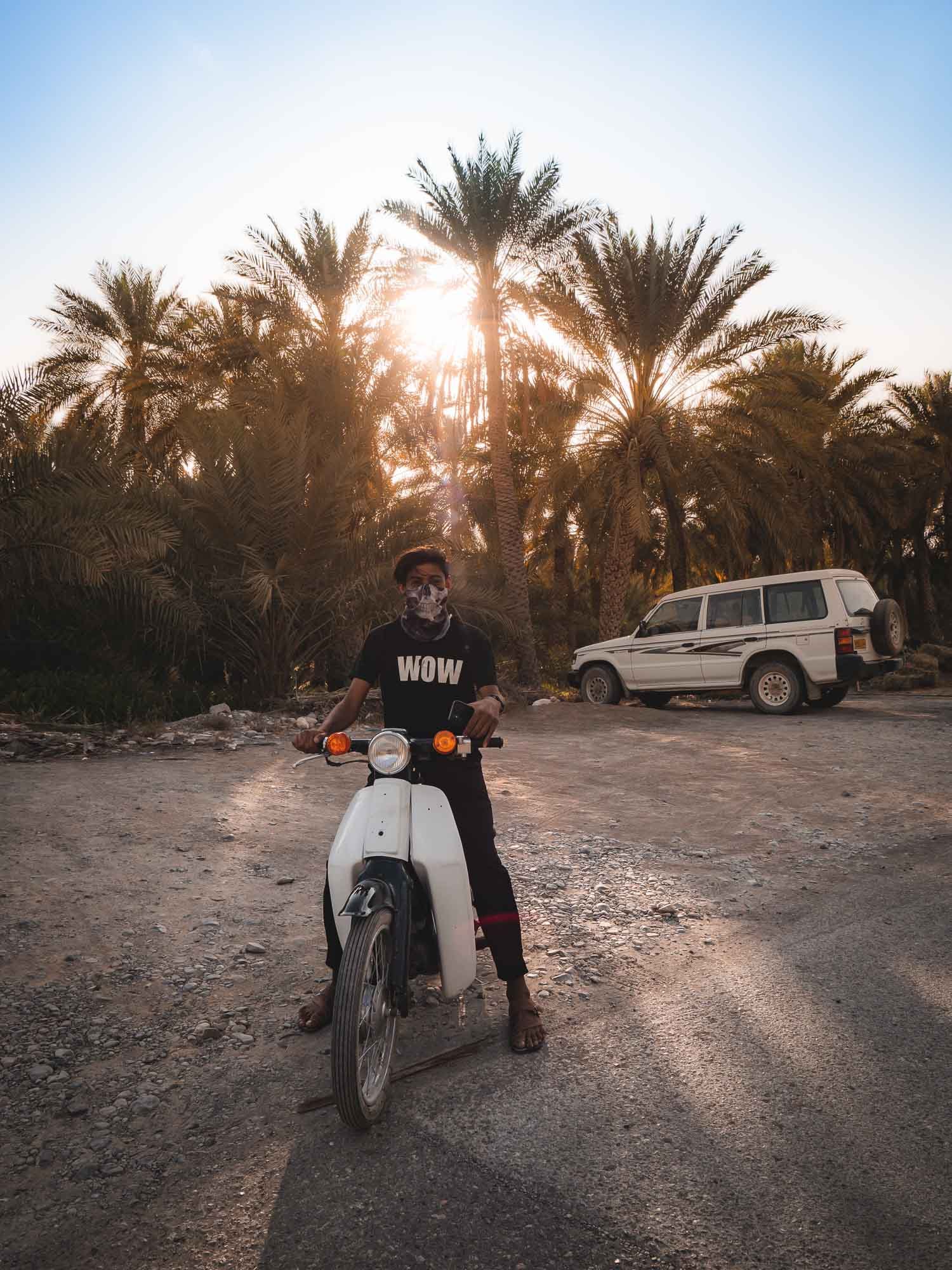
New Friends
Omani people are always curious, polite, and hospitable.
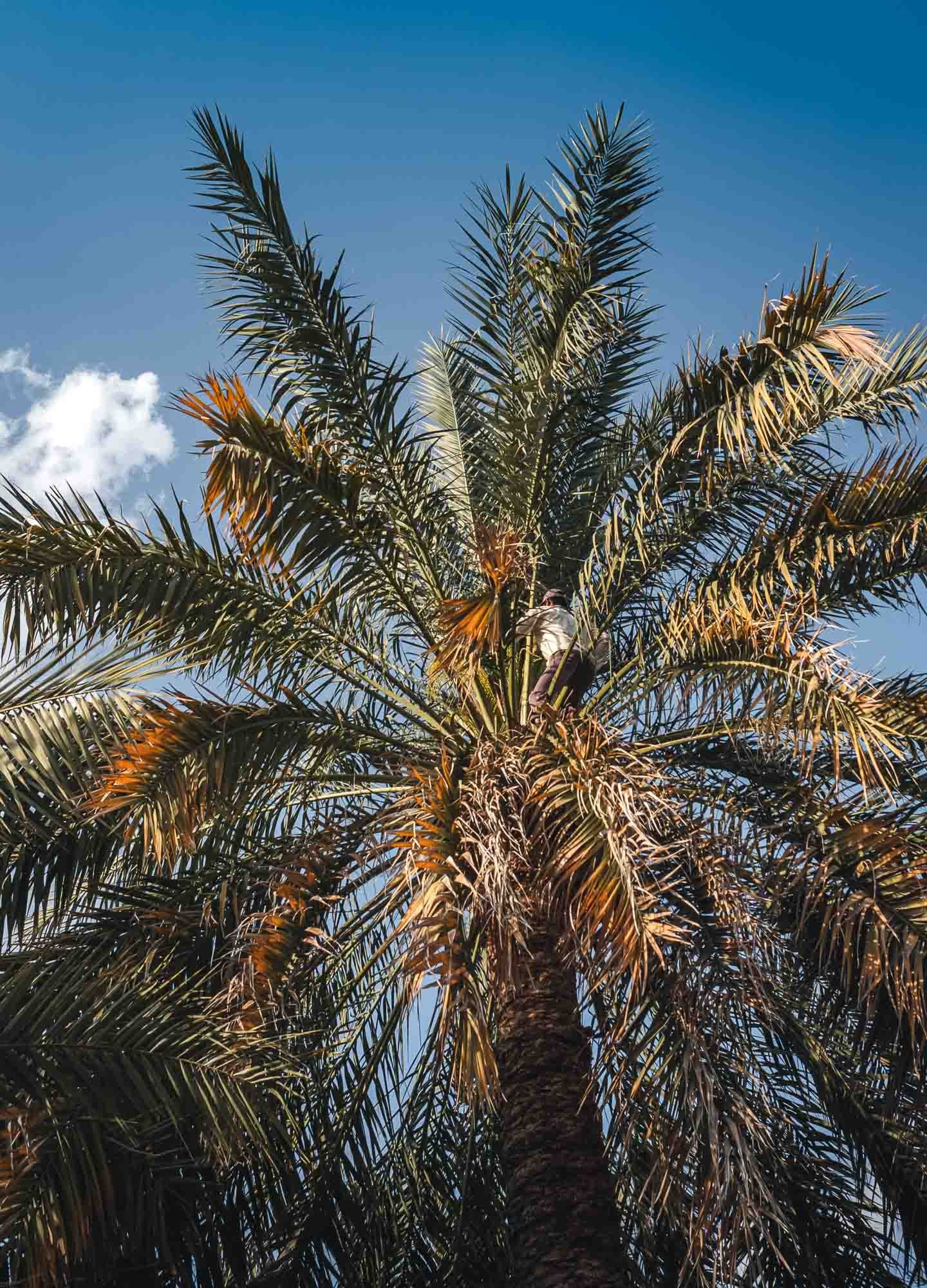
Work In Progress
Farming and plantations still make up a large amount of the economy in this area.
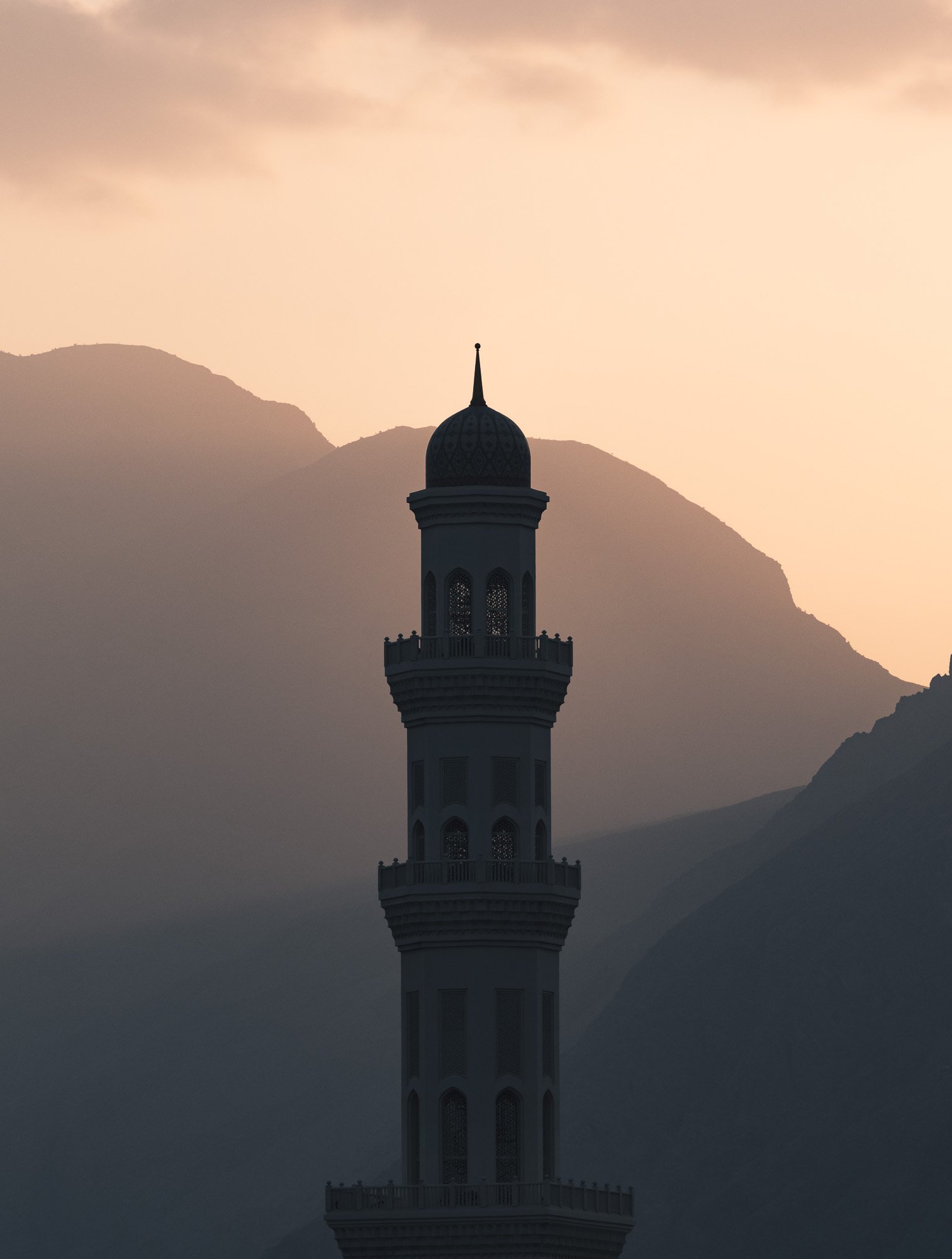
Hajar Layers
One kind of shot I can never get enough of.

Samail
Samail and its fort was our last destination before reaching Muscat - unfortunately we were too late to see it from the inside.
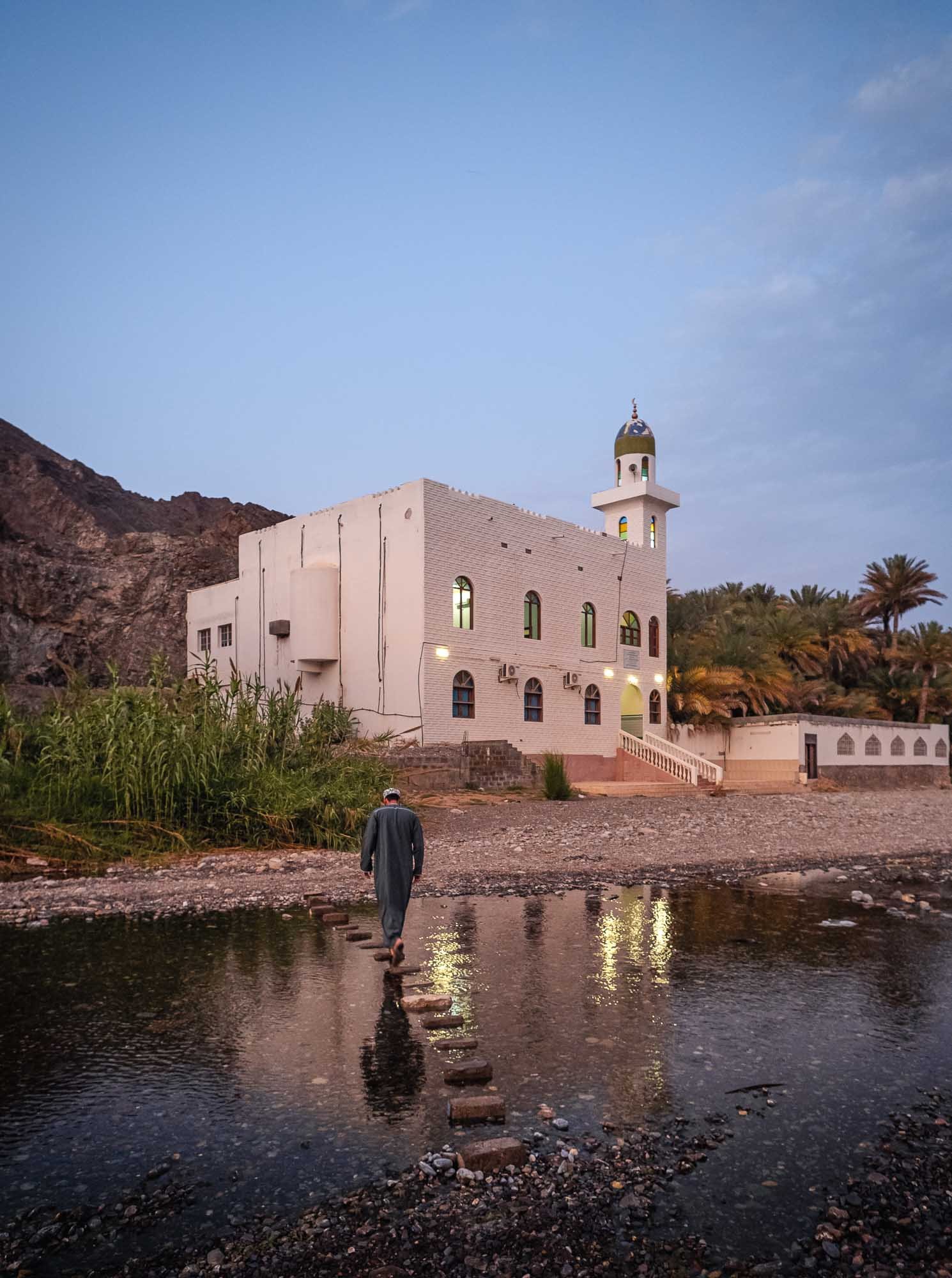
Steps to Prayer
The city is said to feature Oman's oldest mosque from 600 AD - not this one here though, which we found in our search for a good spot to watch the sunset.
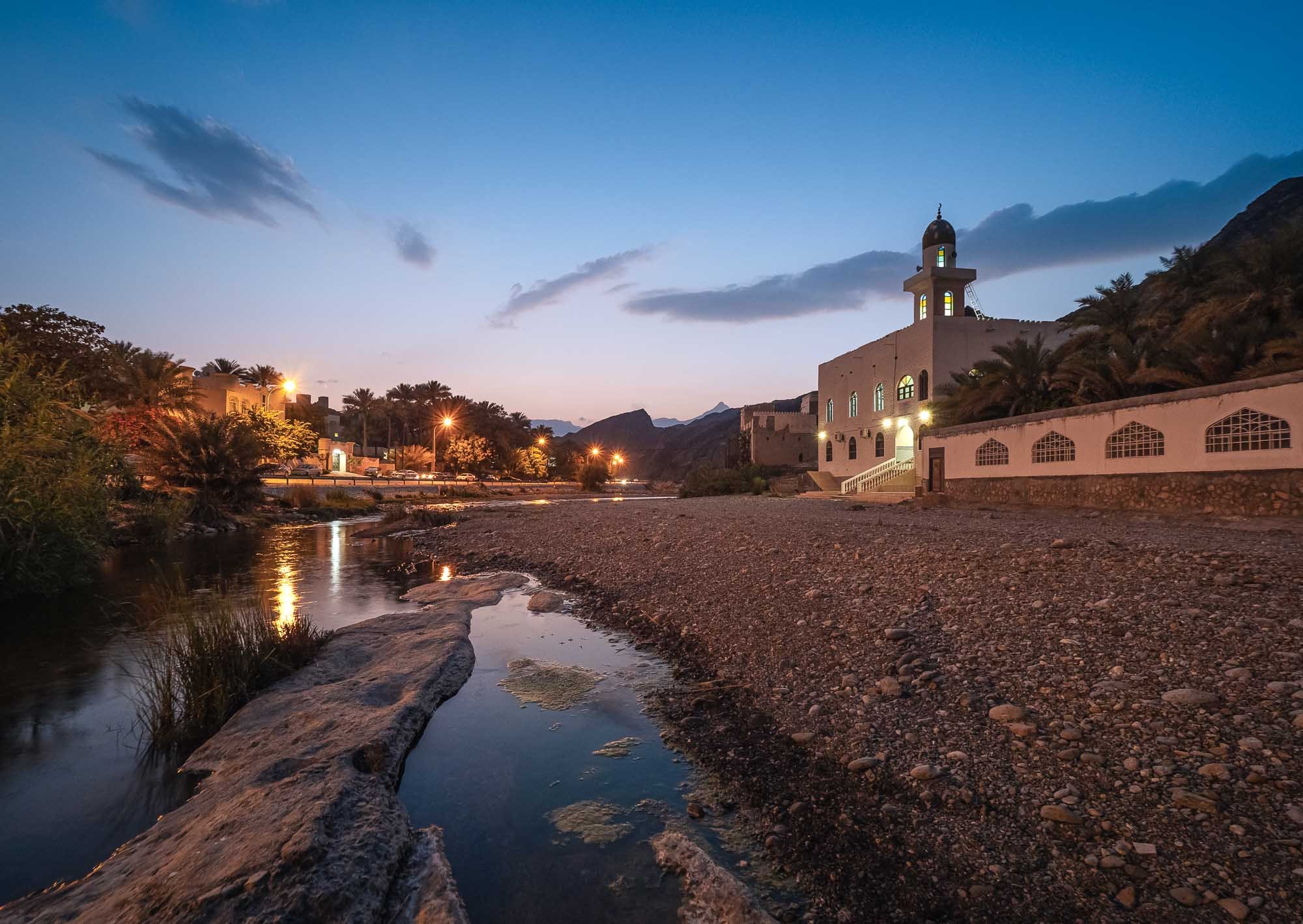
Evening Vibes
The sound of the prayer call and a few lonely frogs accompanied this scenery.
The Capital and its Surroundings
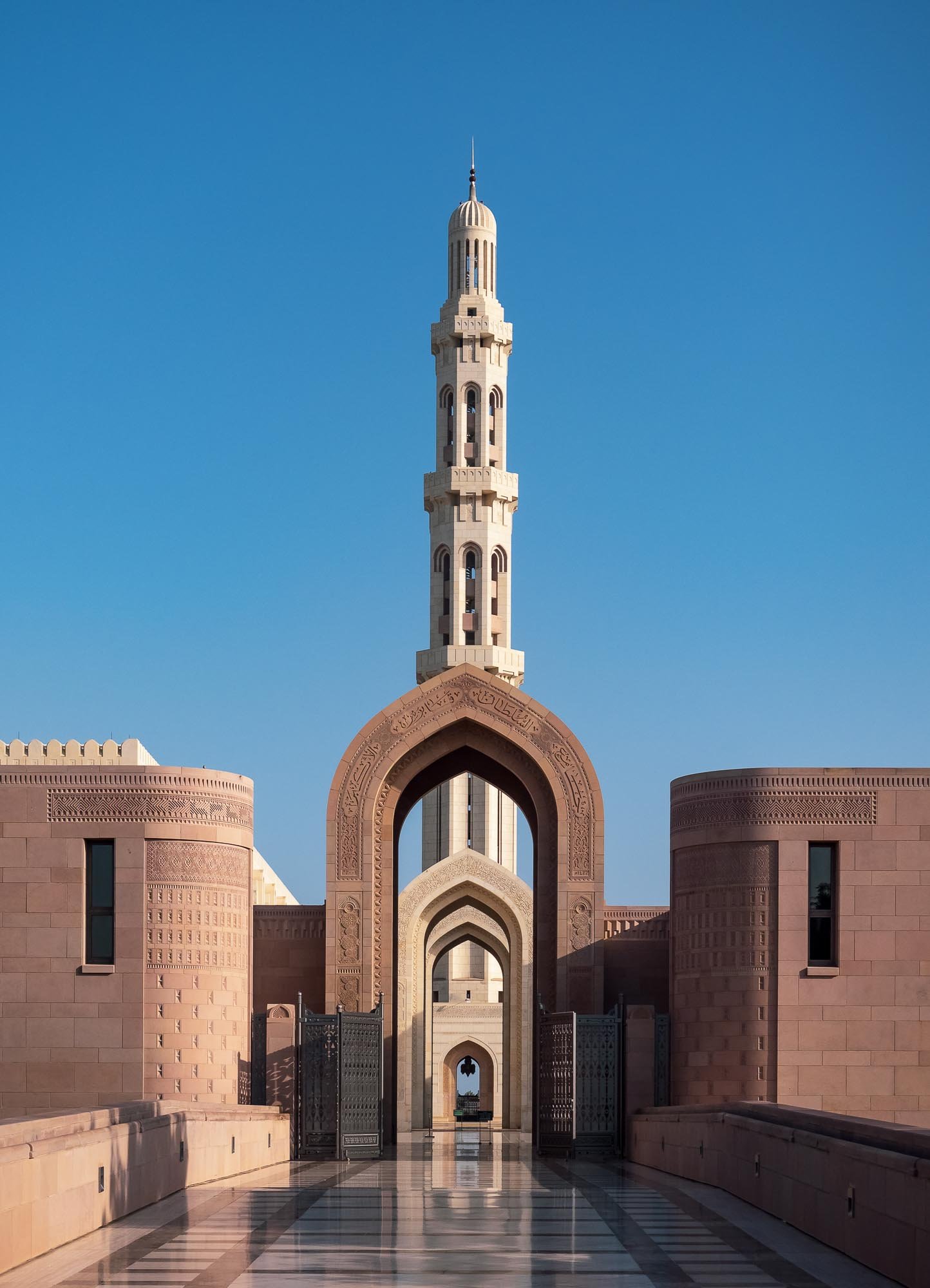
Muscat!
Our first stop in the capital had to be its arguably most famous sight: Sultan Qaboos Grand Mosque.
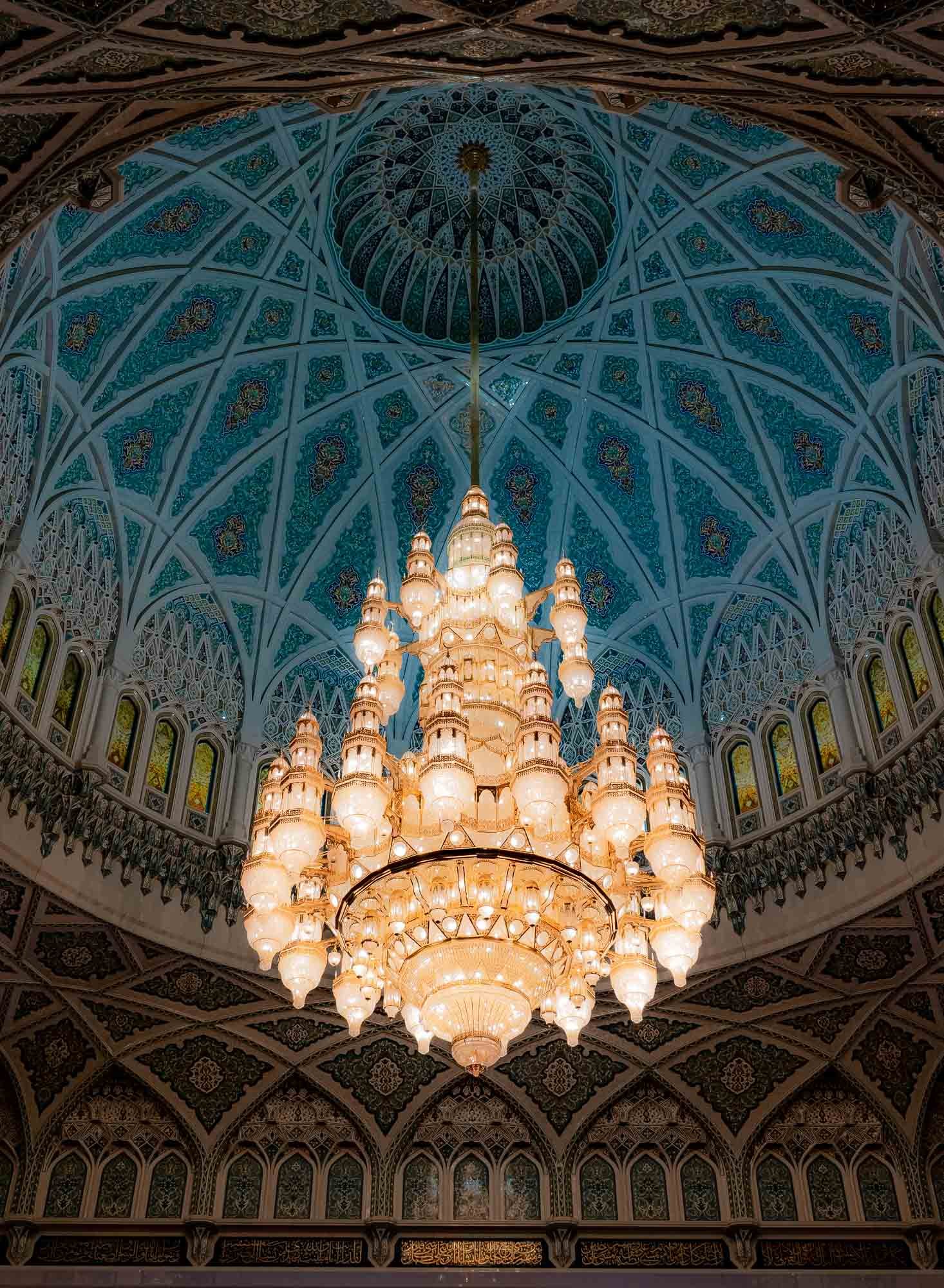
Lighting
The mosque's primary prayer hall can accommodate 6500 people - its chandelier used to be the largest in the world. The same is true for the carpet, with 1,700,000,000 knots over 4300 sqm. Both have been overtaken by Abu Dhabi's Sheikh Zayed Mosque.

Interior Views
In hindsight my OCD is really annoyed that they chandelier doesn't perfectly line up with the window.
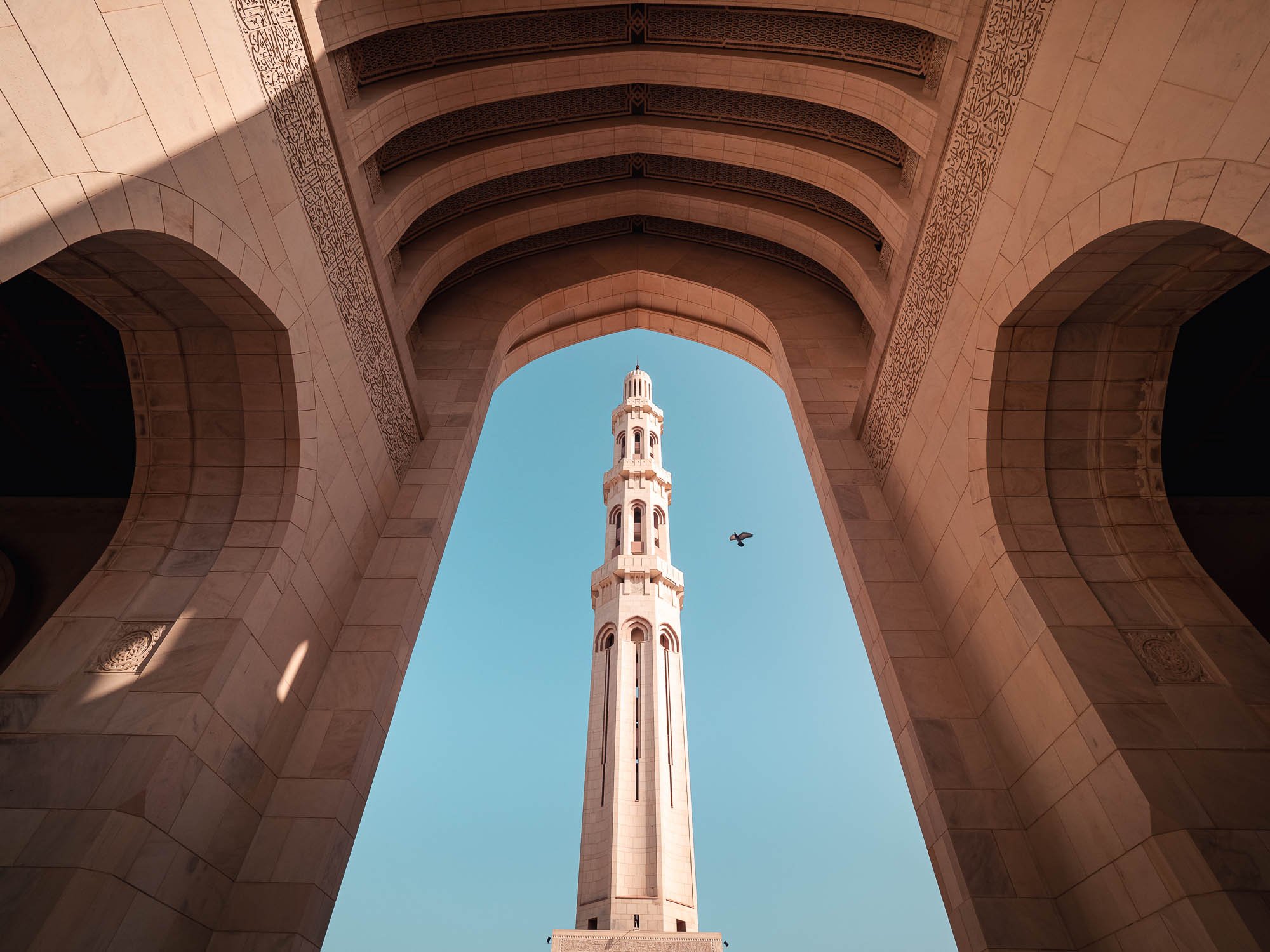
Upwards
The mosque was inaugurated in 2001, after 7 years of construction.
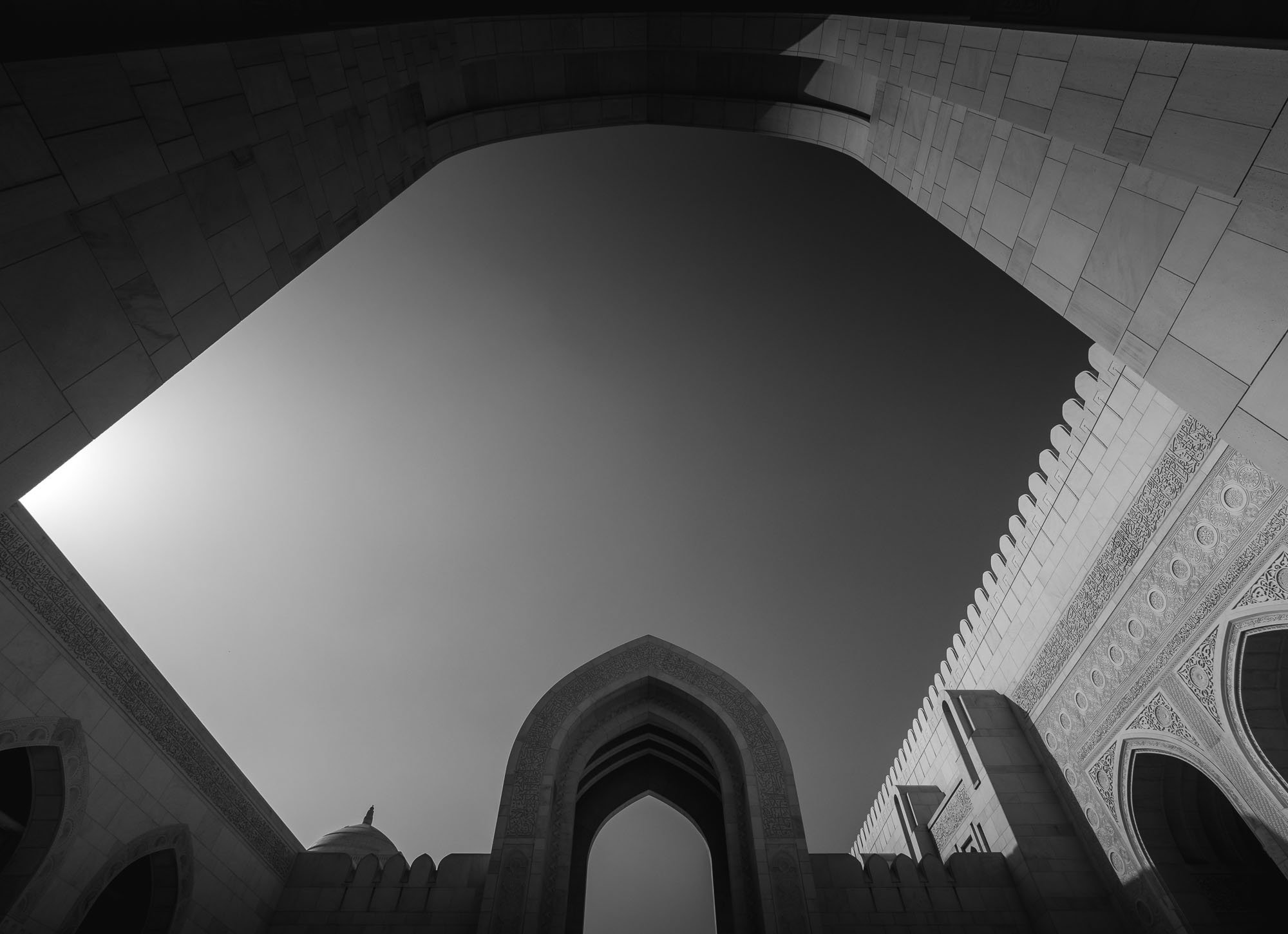
Materials
It was built from 300,000 tonnes of Indian sandstone.
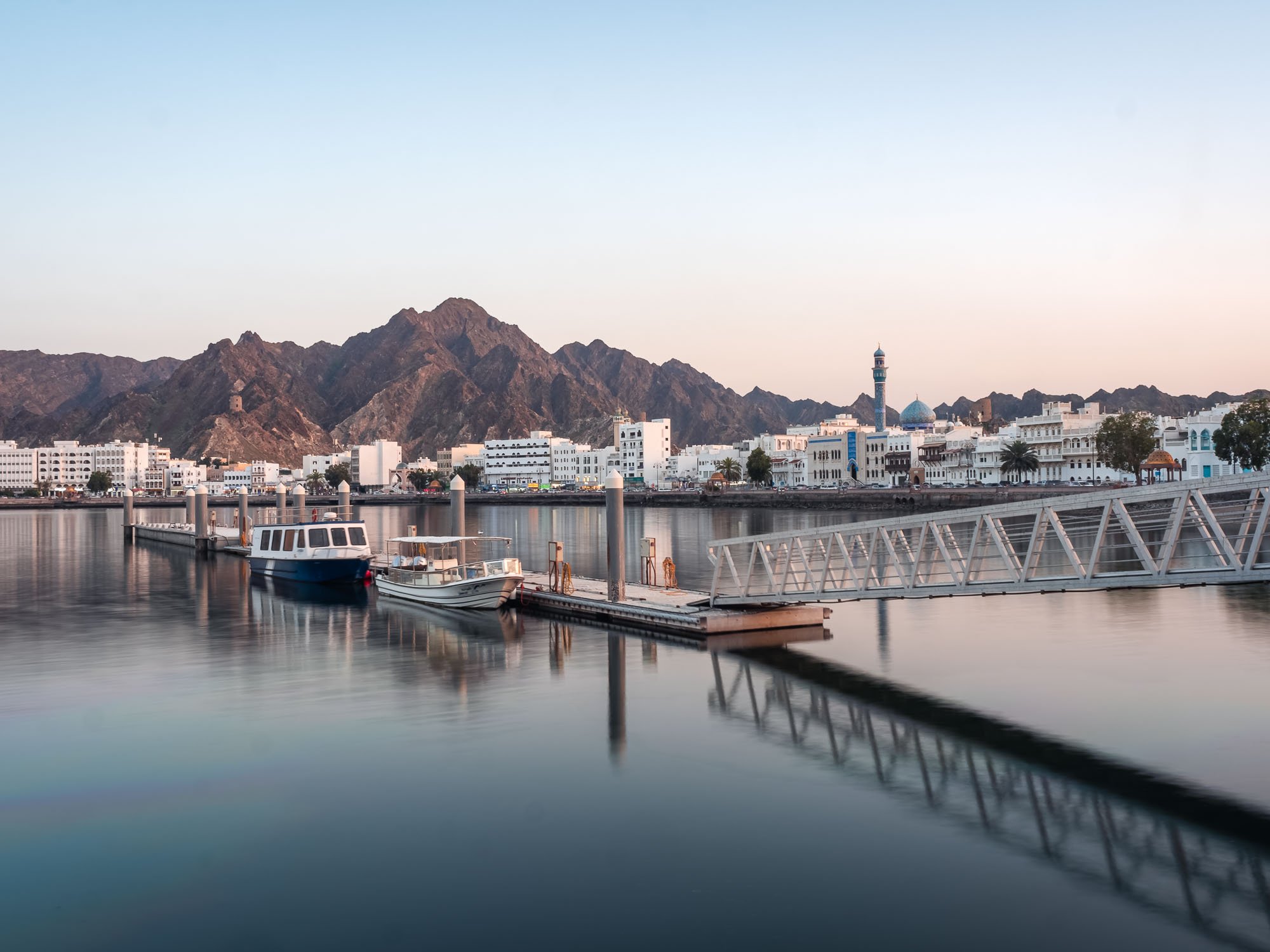
Muttrah Corniche
Our next destination was Muttrah, a trade and seaport city very close to Muscat.
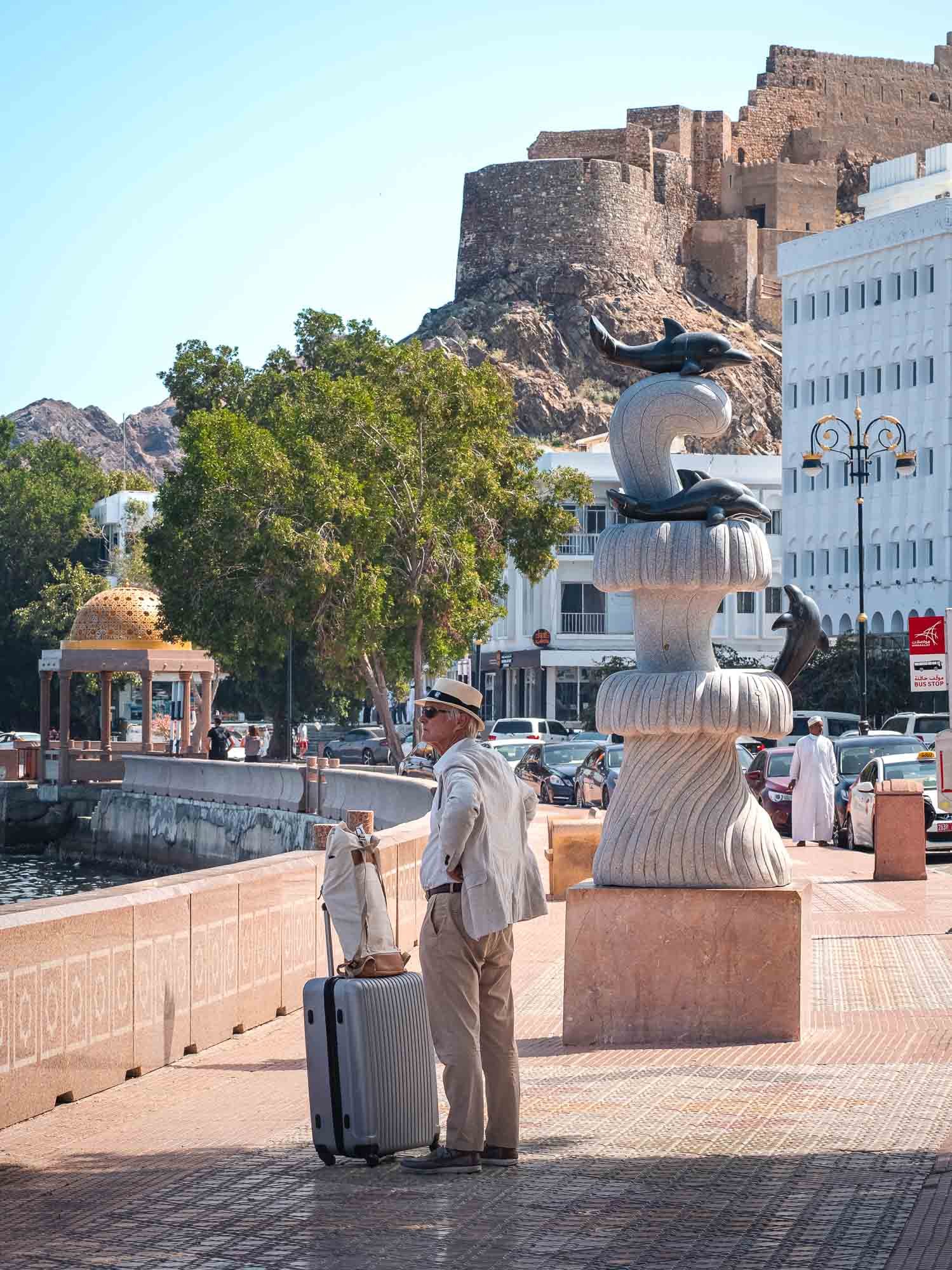
In Style
The presence of large cruise ships sometimes brings more sophisticated travellers than us to the town ;)
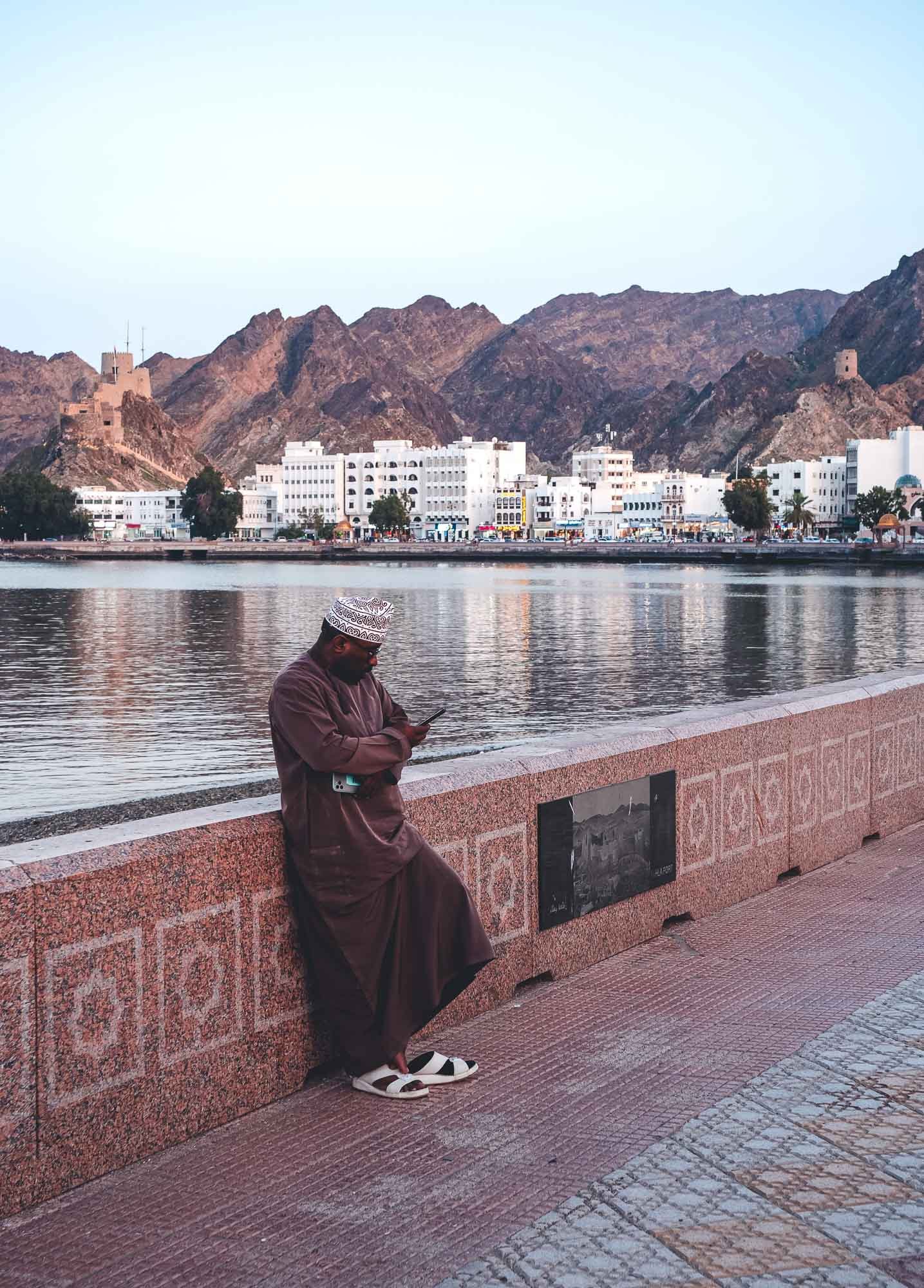
Juxtaposition
It makes for a nice contrast with the traditional Omani style.
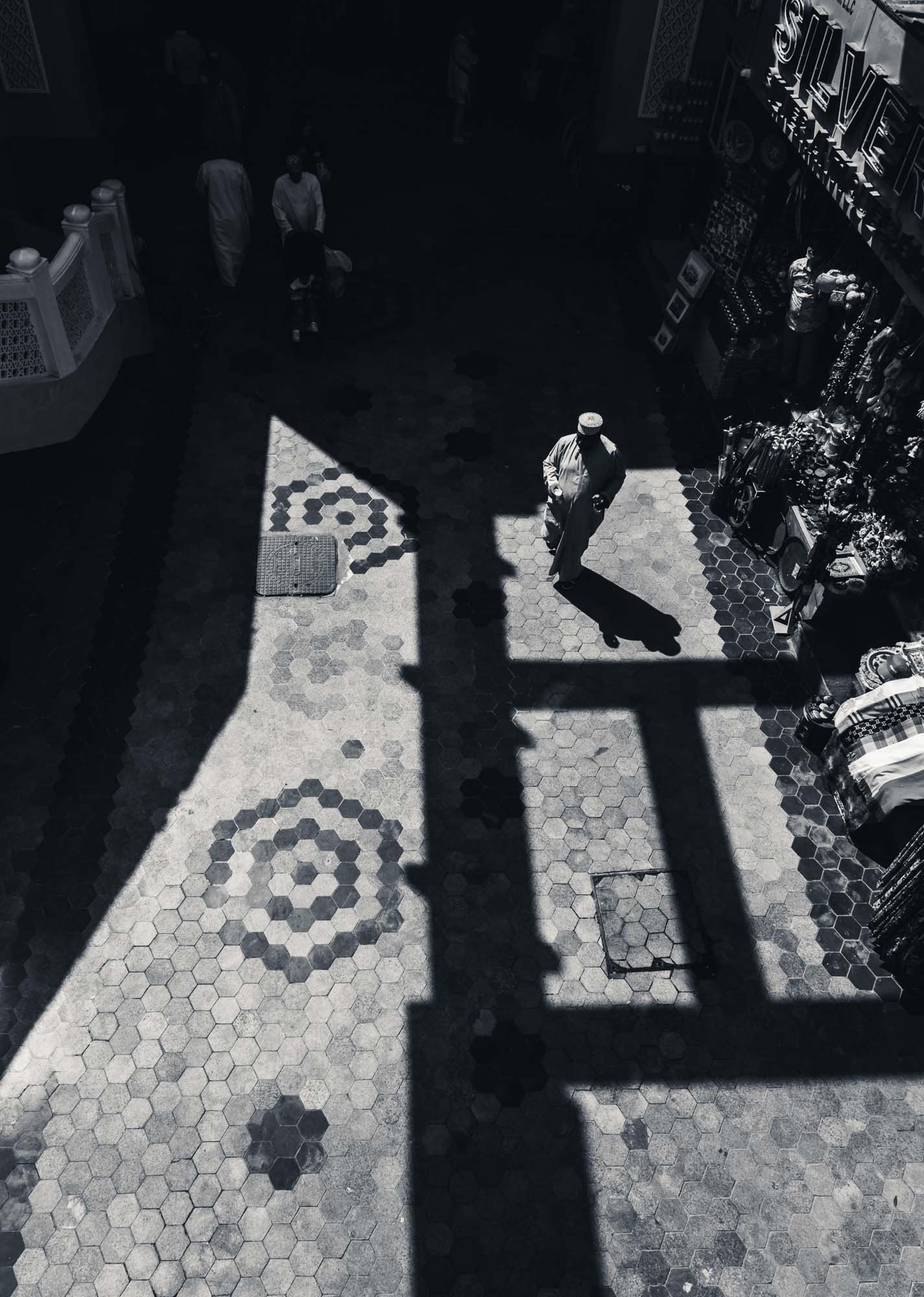
Souq Entrance
The city's souq is one of the most important in Oman, and dates back 200 years.
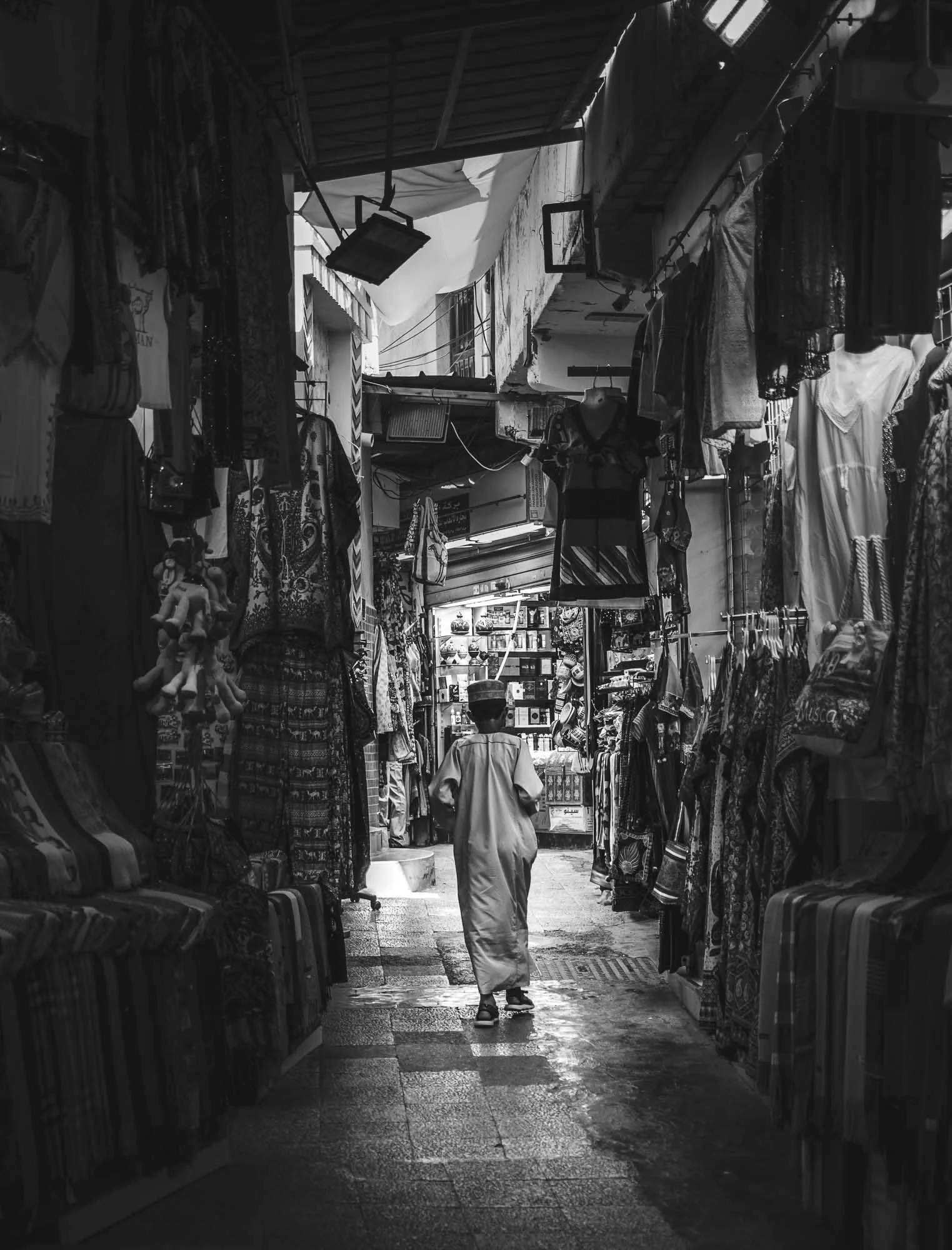
Into the Light
It's nicknamed the "Market of Darkness" due to the roof blocking most of the sunlight even during the day.
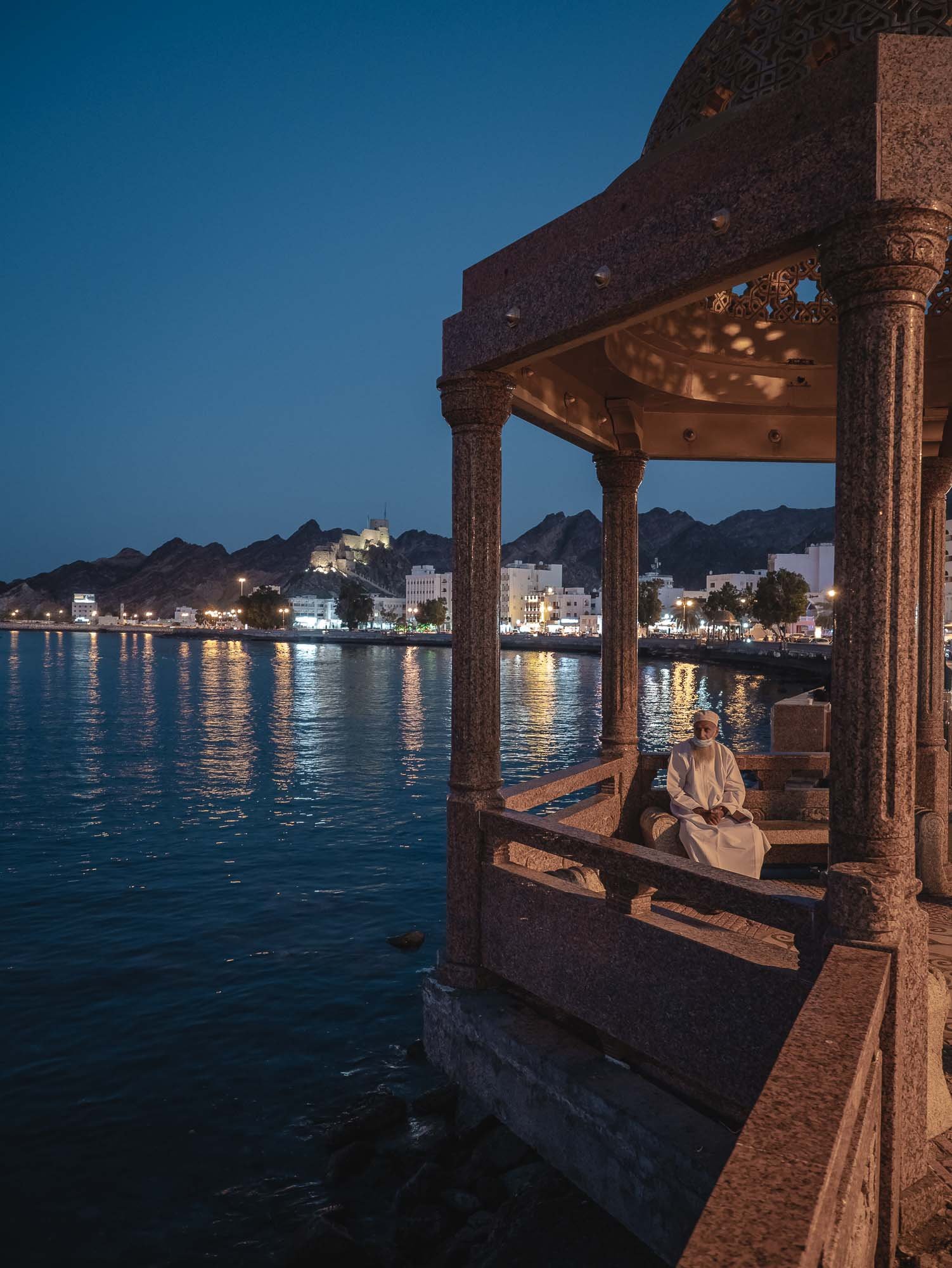
Muttrah
Evening views along the corniche, with the local fort in the distance.
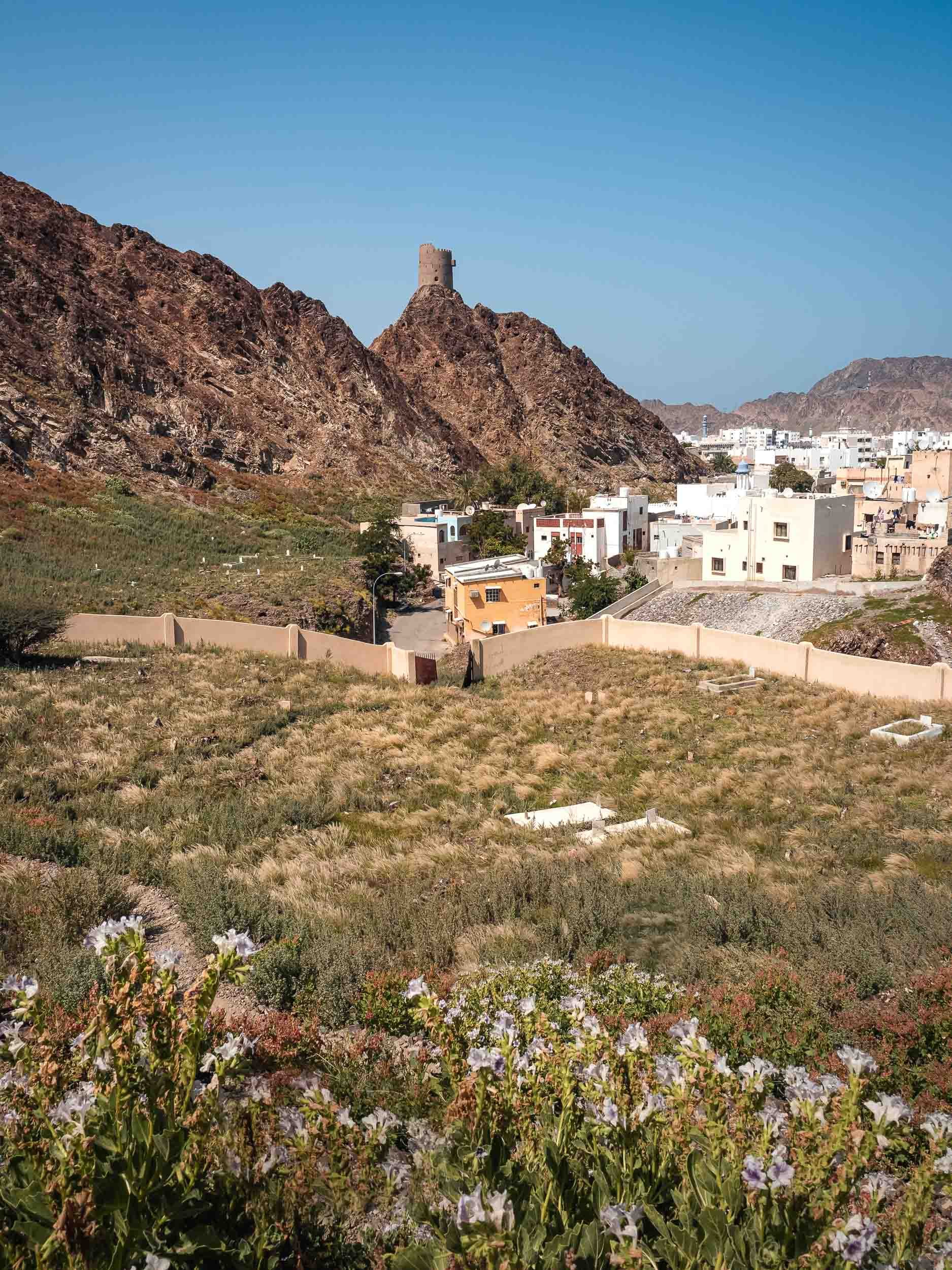
Hiking in the City
There's a 1h hike from Muttrah to Riyam, crossing green flower fields and a beautiful wadi - in our case filled with water - on the way.
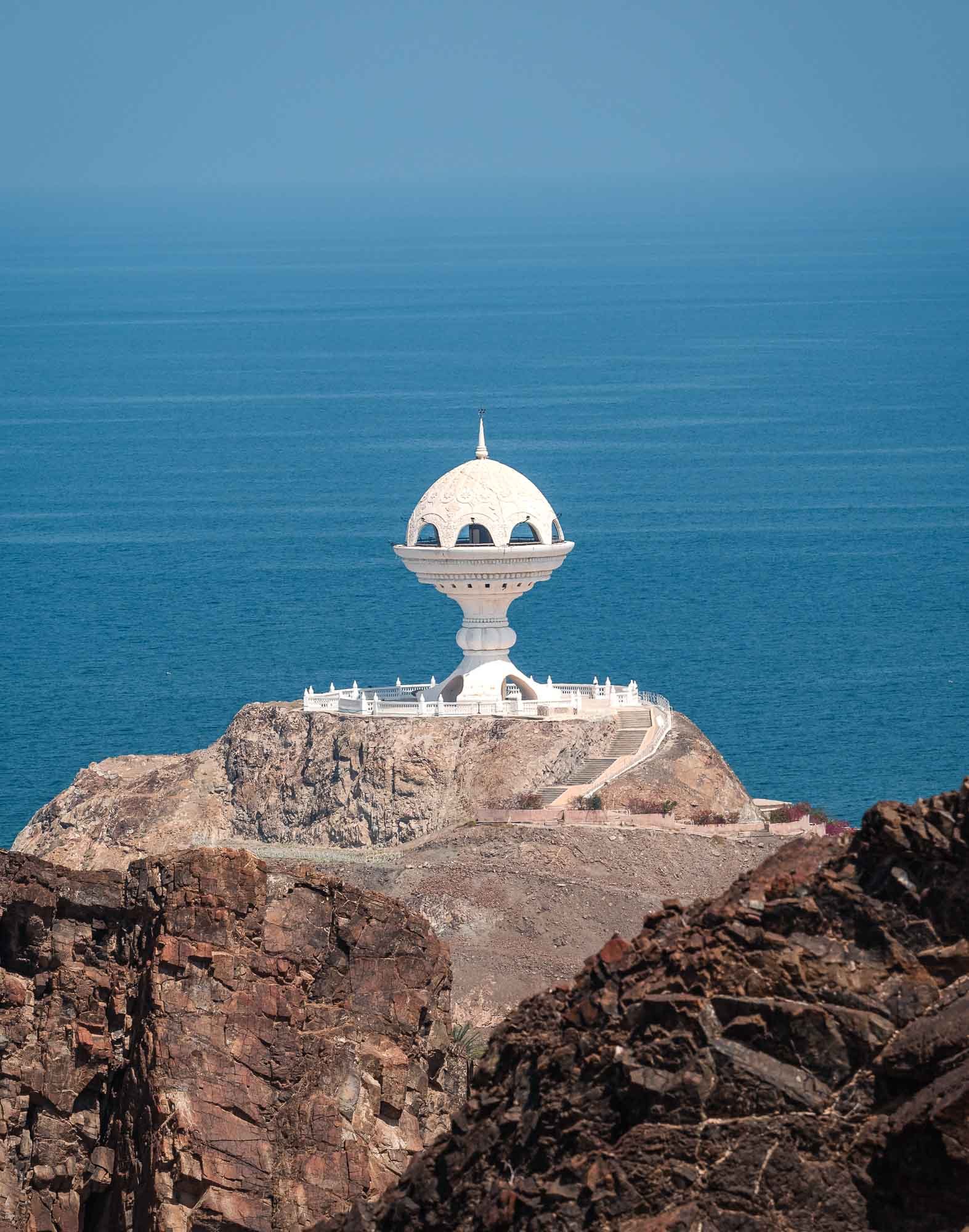
Riyam
At the end of which, you're rewarded with this view of the Riyam Park Monument, often termed as the "giant incense burner" due to its shape.
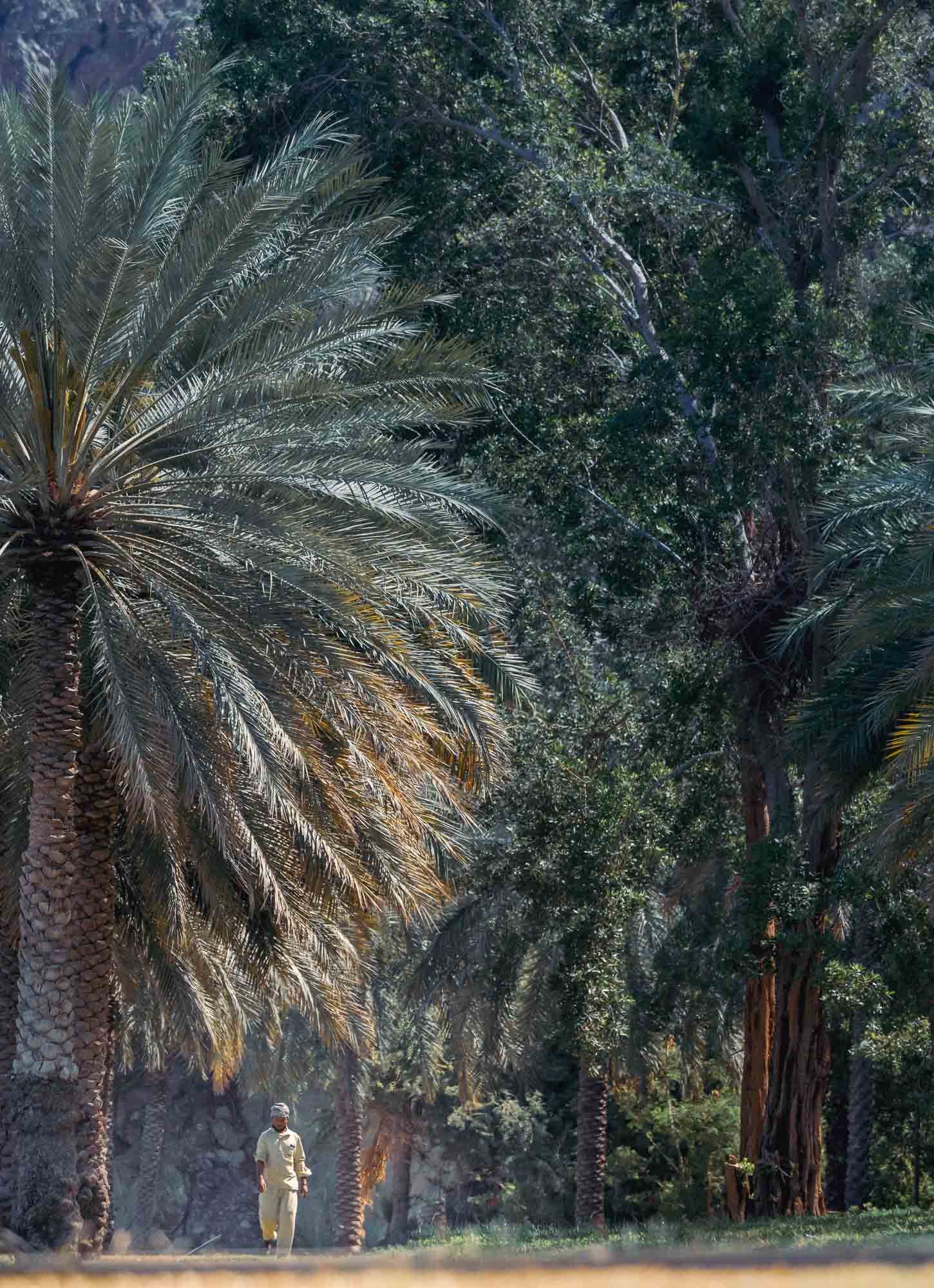
Old Muscat
Our next destination was "Old Muscat", the historic part of the city still housing many government institutions. But not before crossing a few more farms on the way, such as this one.
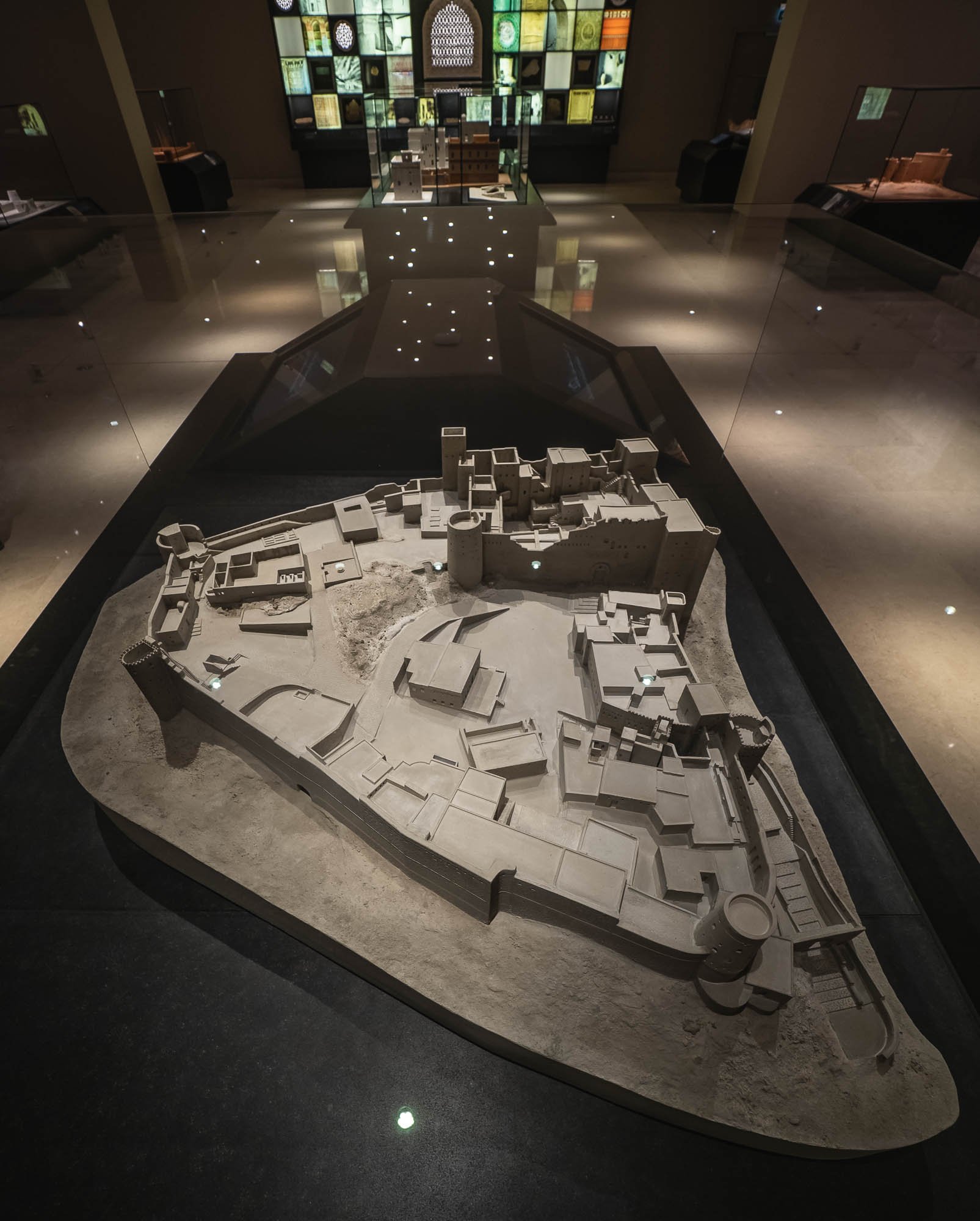
National Musem
The city is also home to the National Museum, with some interesting exhibits. I often find the history of the Middle East to be completely underrated and possibly overshadowed by its recent development. Humans have set foot here some 400,000 years ago, and there is an incredibly rich and accessible past. Reognise this fort model? It's Bahla!
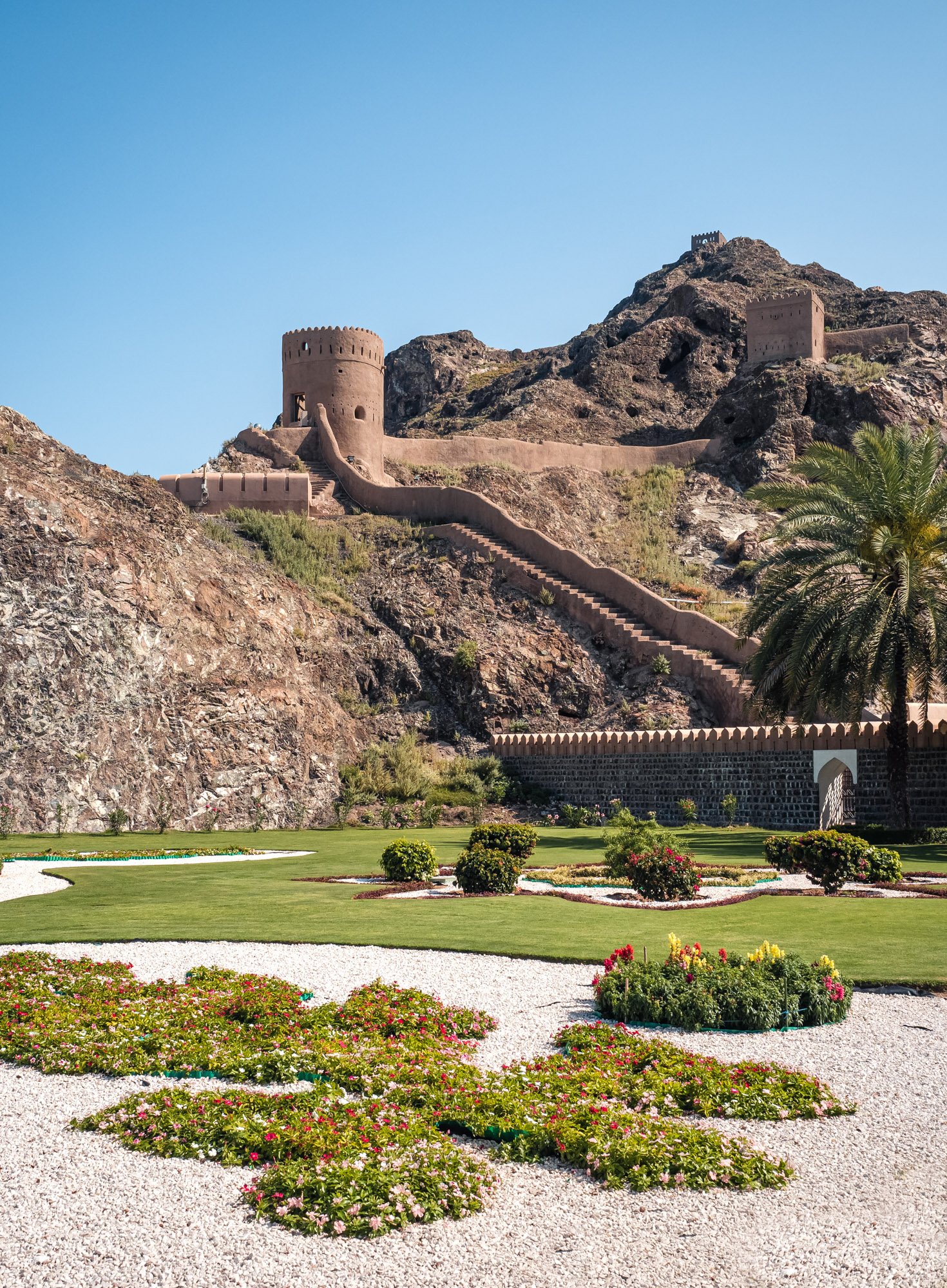
Jalili Fort
Old Muscat is also home to Al Jalili fort, built by the Portuguese in the 1500s and said to have been used as both a jail & refuge for the Omani royals. This one does not seem open to the public.
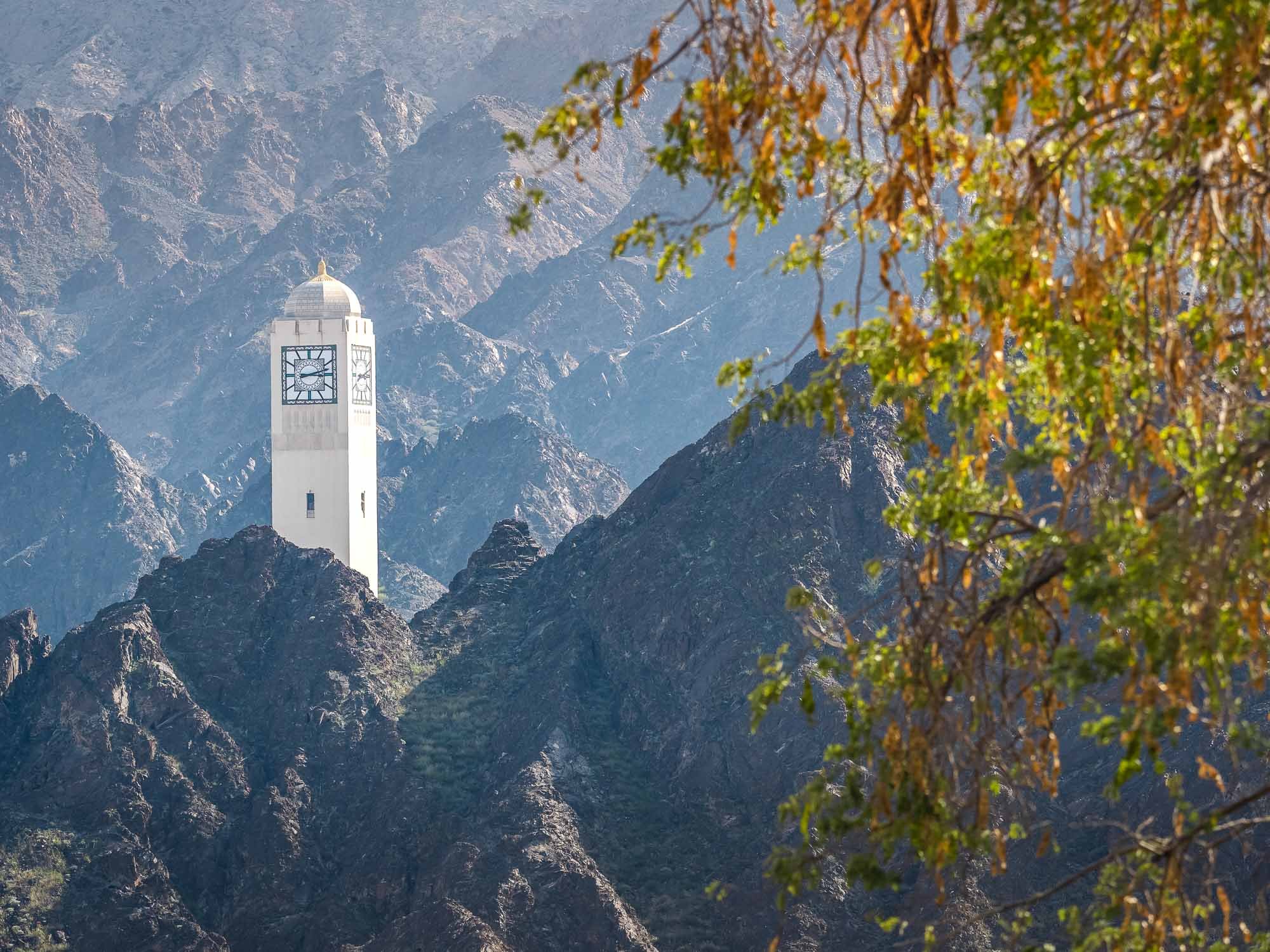
Al Bustan
Driving a bit further along the coast brings you to the Al Bustan, home to the famous hotel (also where my grandmother used to stay in the 80s) and the State Council, which is the building this clock tower belongs to.

Qantab
Another few kilometres and you reach Qantab, home to this beauitful beach and a natural stone arch in the sea, which we will see later...
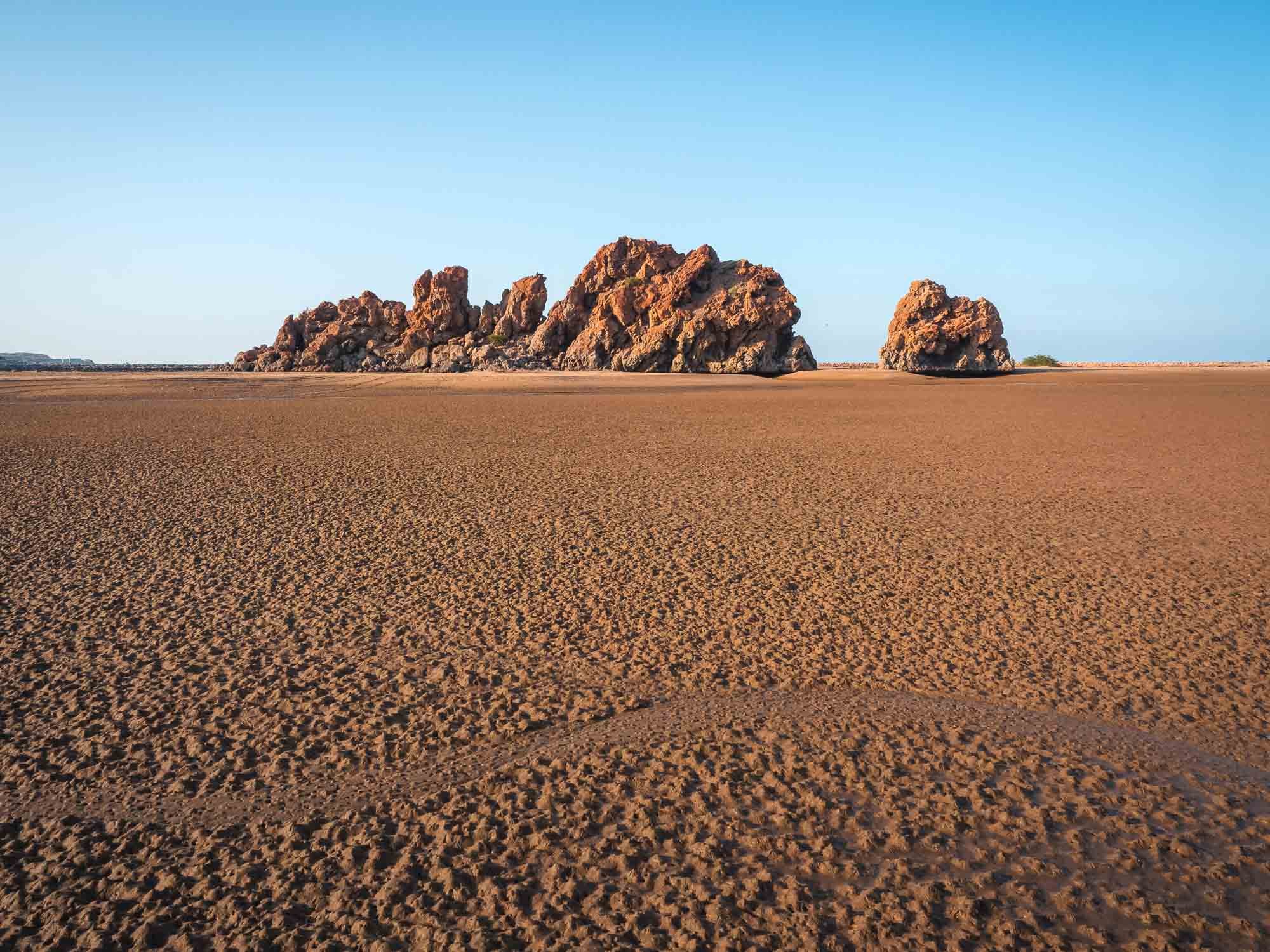
Rock Formation
This formation near Yiti was our last spot for the day, before heading back to Muscat.
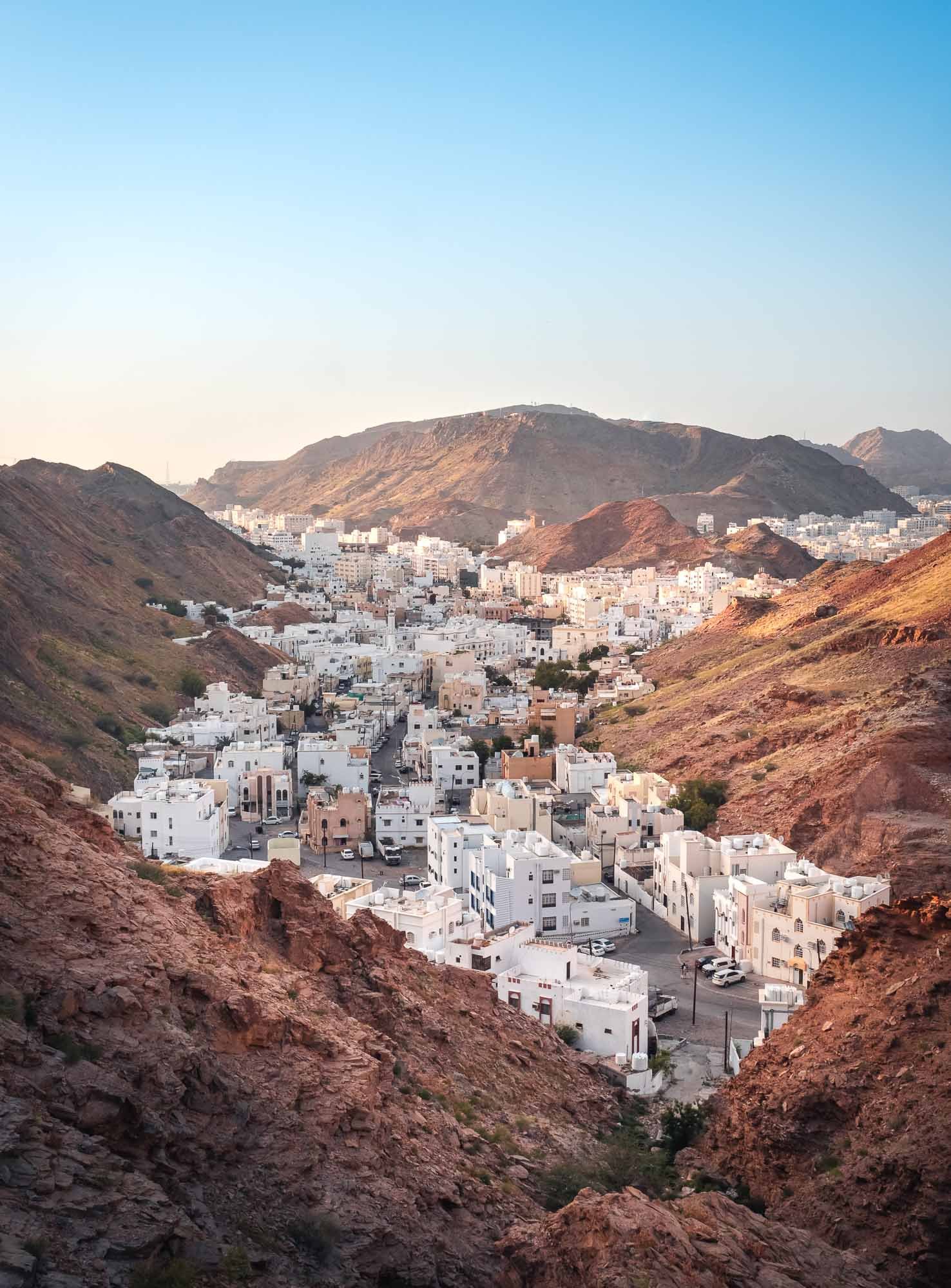
Making it Fit
On the way back we stopped at this viewpoint over Hamriya.
Along the Coast
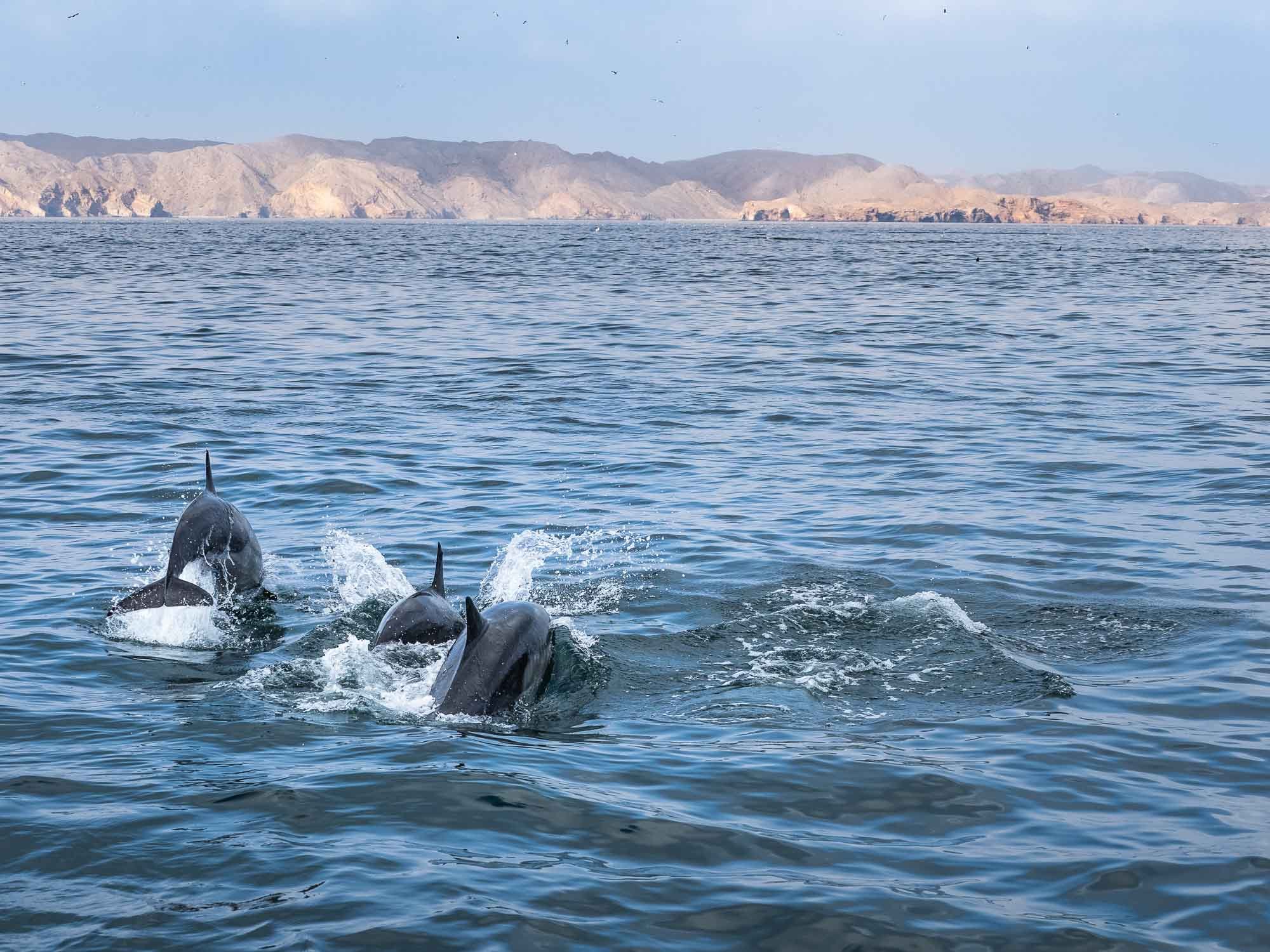
Into the Sea
An early morning boat trip the next day rewarded us with this sight - a large pod of dolphins enjoying themselves with the backdrop of the Hajar mountain coastline.

Bottlenose Dolphins
I would estimate the pod was at least 100-200 individuals in size.
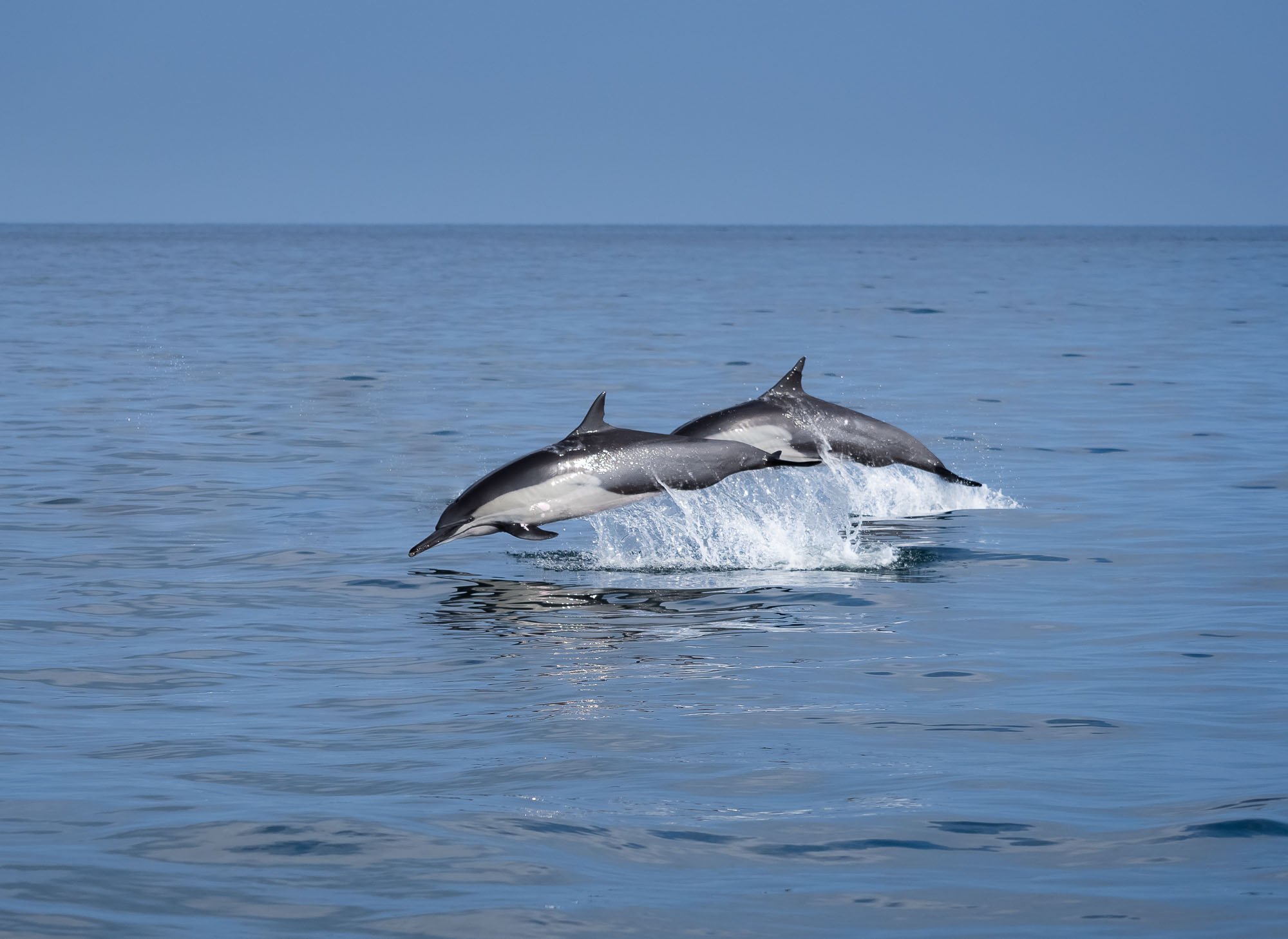
In the Air
They were calm this morning, and so there weren't many opportunities to get a photo like this, but I was able to time one correctly with the help of Olympus' ProCapture feature.
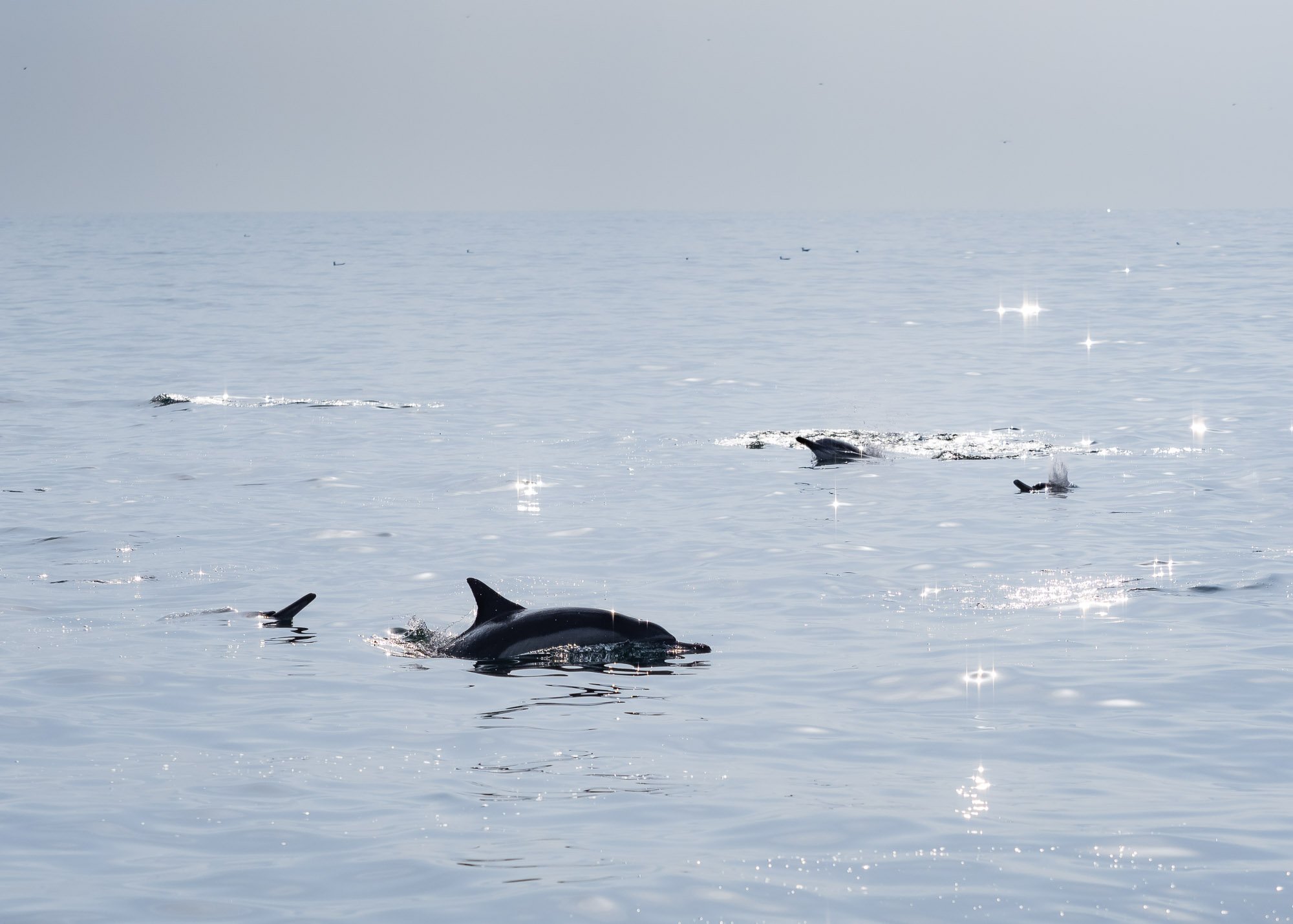
Marine Variety
The Omani Waters are home to turtles, dolphins, and wales at the right time of the year.
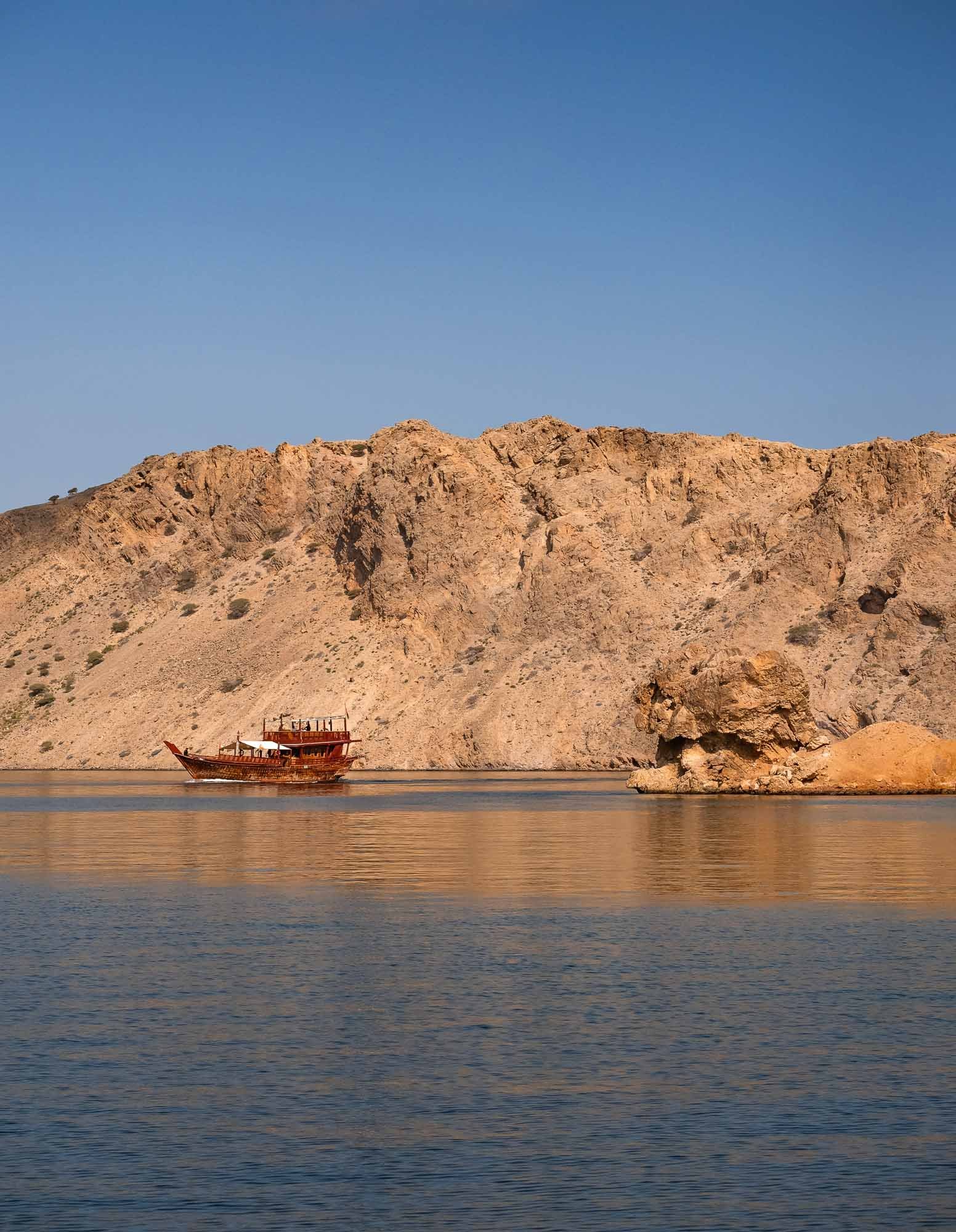
Dhow
A traditional dhow exploring the beautiful coastline.
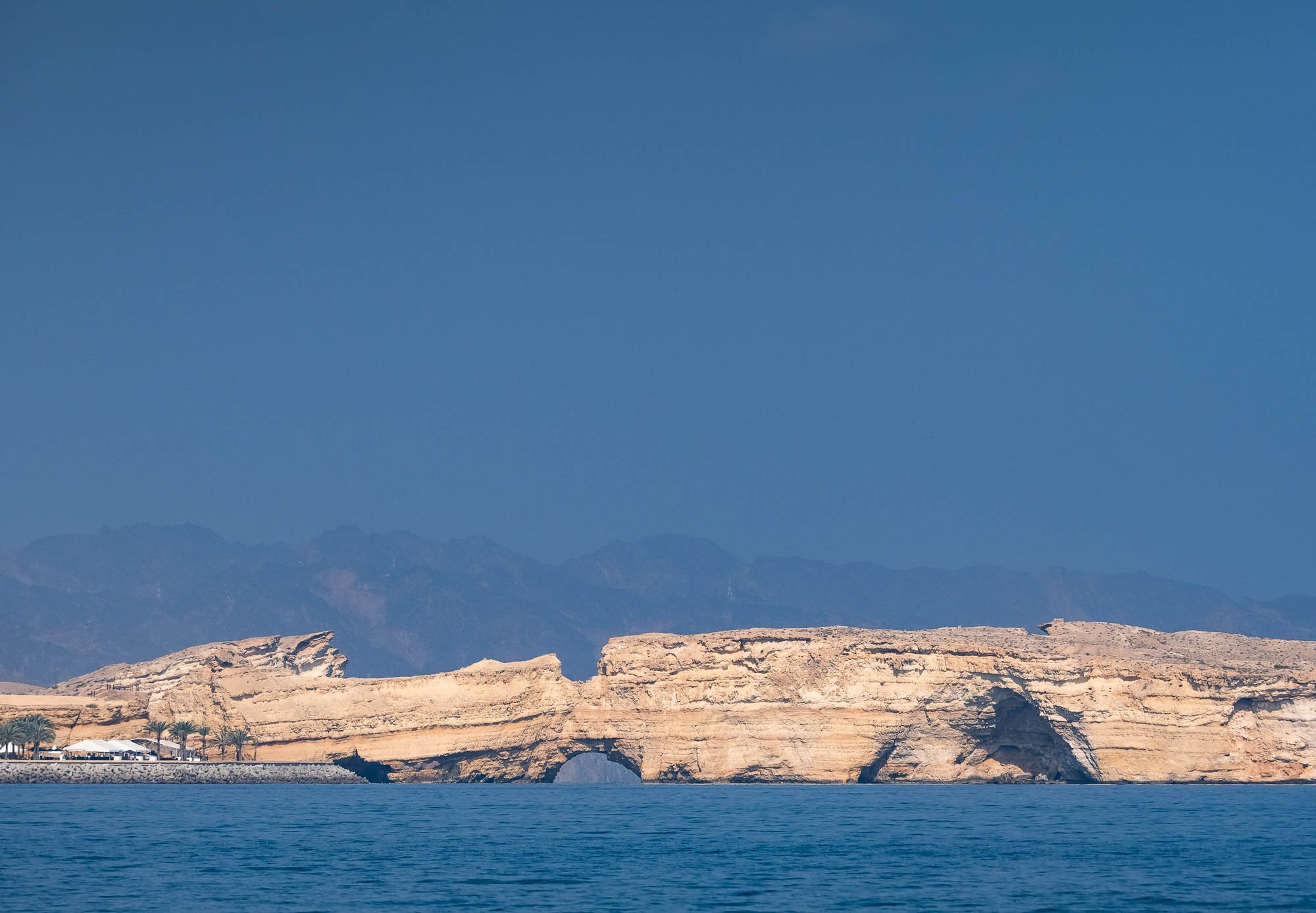
The Natural Arch
We also got to see the aforementioned stone arch near Qantab...
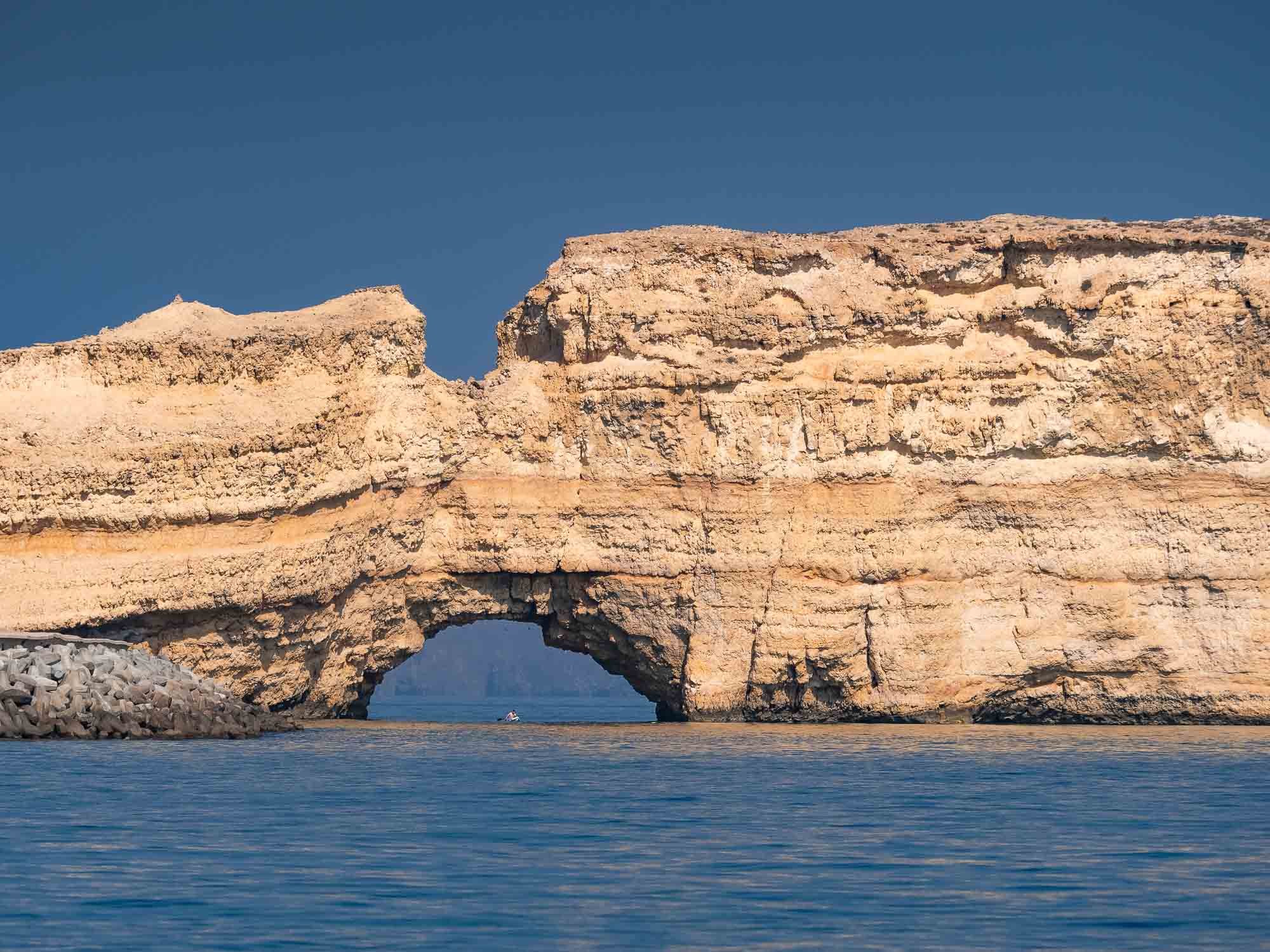
Passage
...with a single explorer on his canoe.

Morning Light
Al Bustan and the State Council buildings from the sea side.
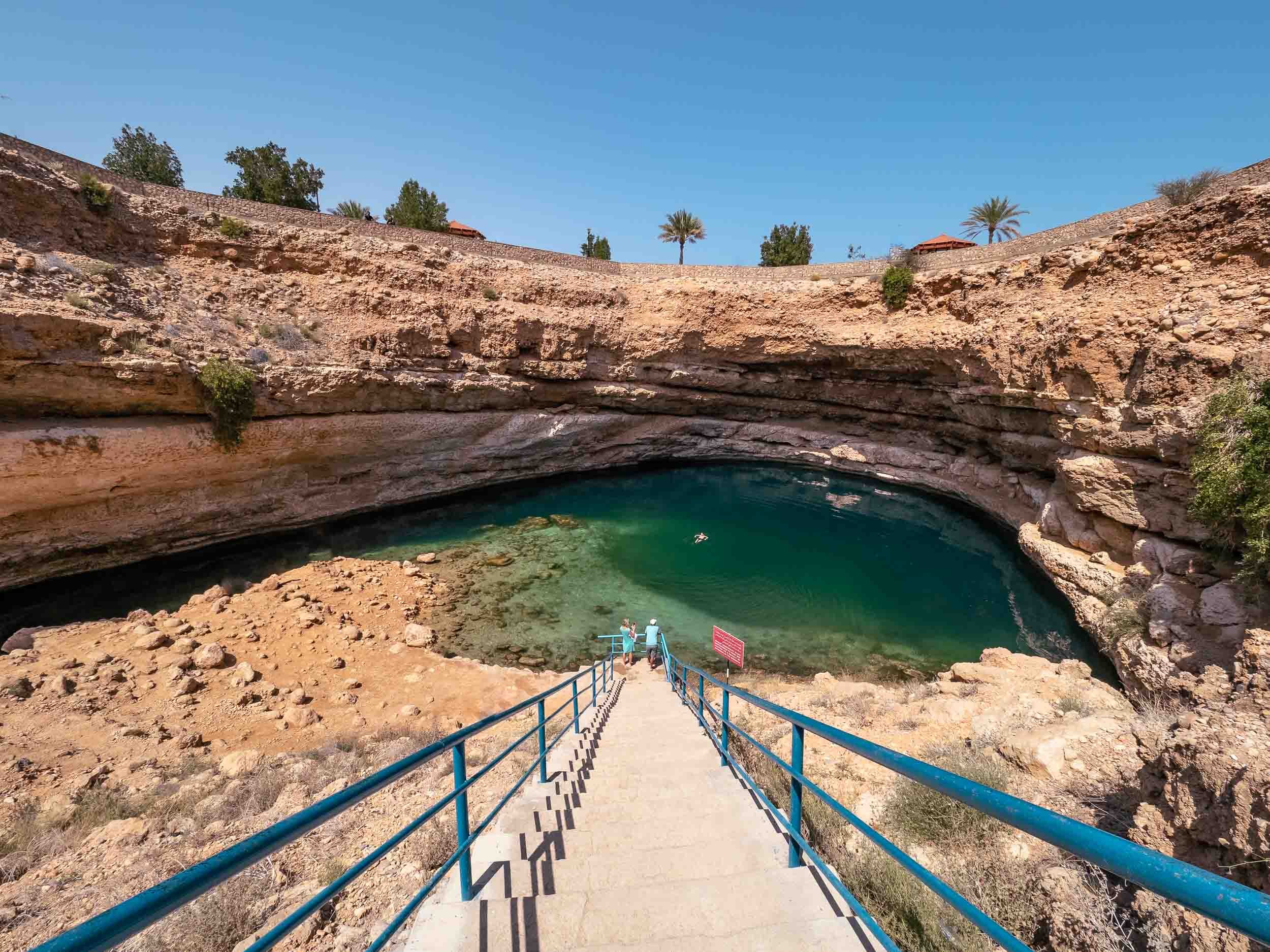
The Way Down
Stairs have been built into it, but I can testify that some people prefer jumping (not me).
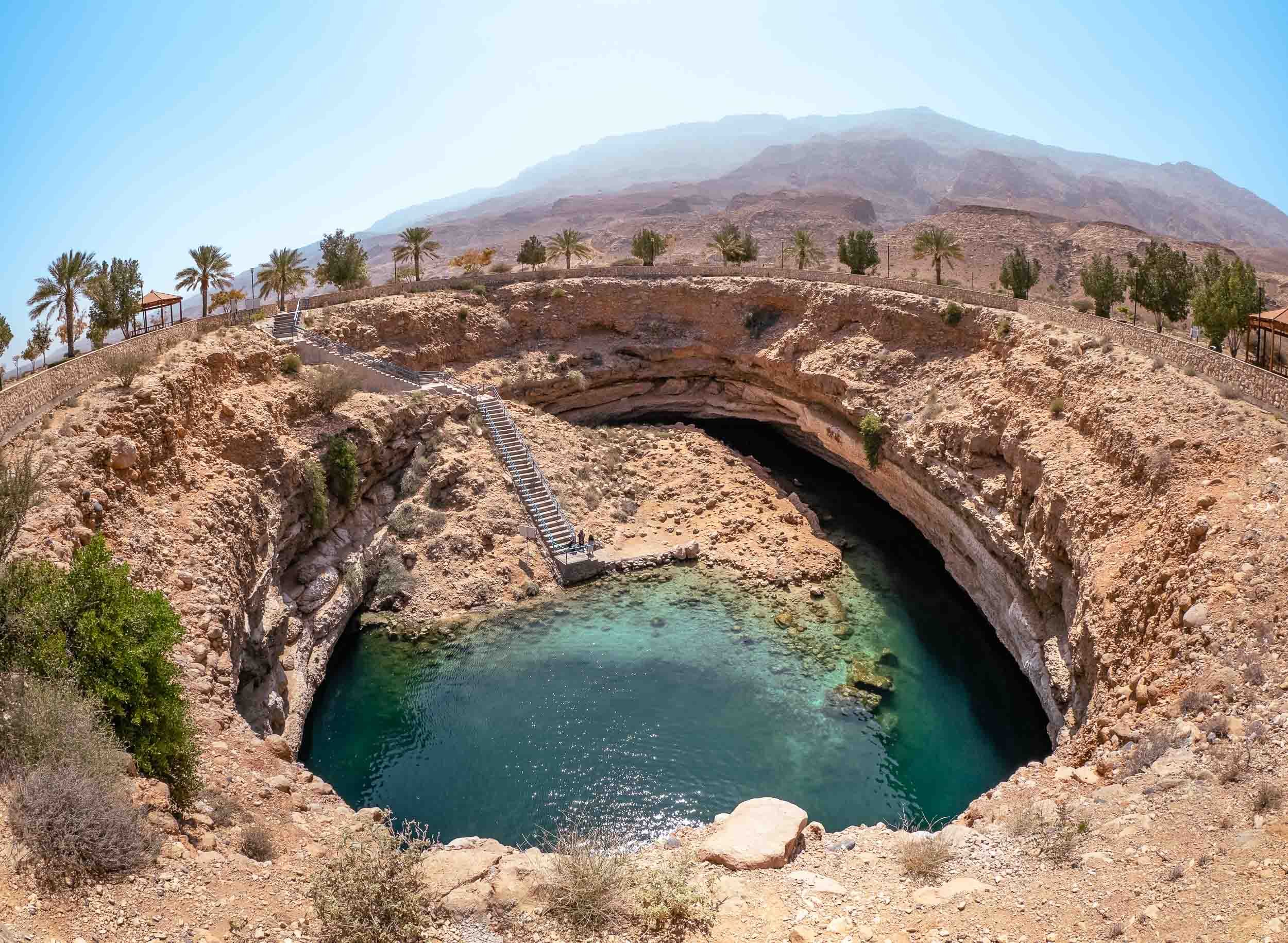
Bimmah Sinkhole
Another incredible spot of natural beauty is this sinkhole near Bimmah, about 100km from Muscat.
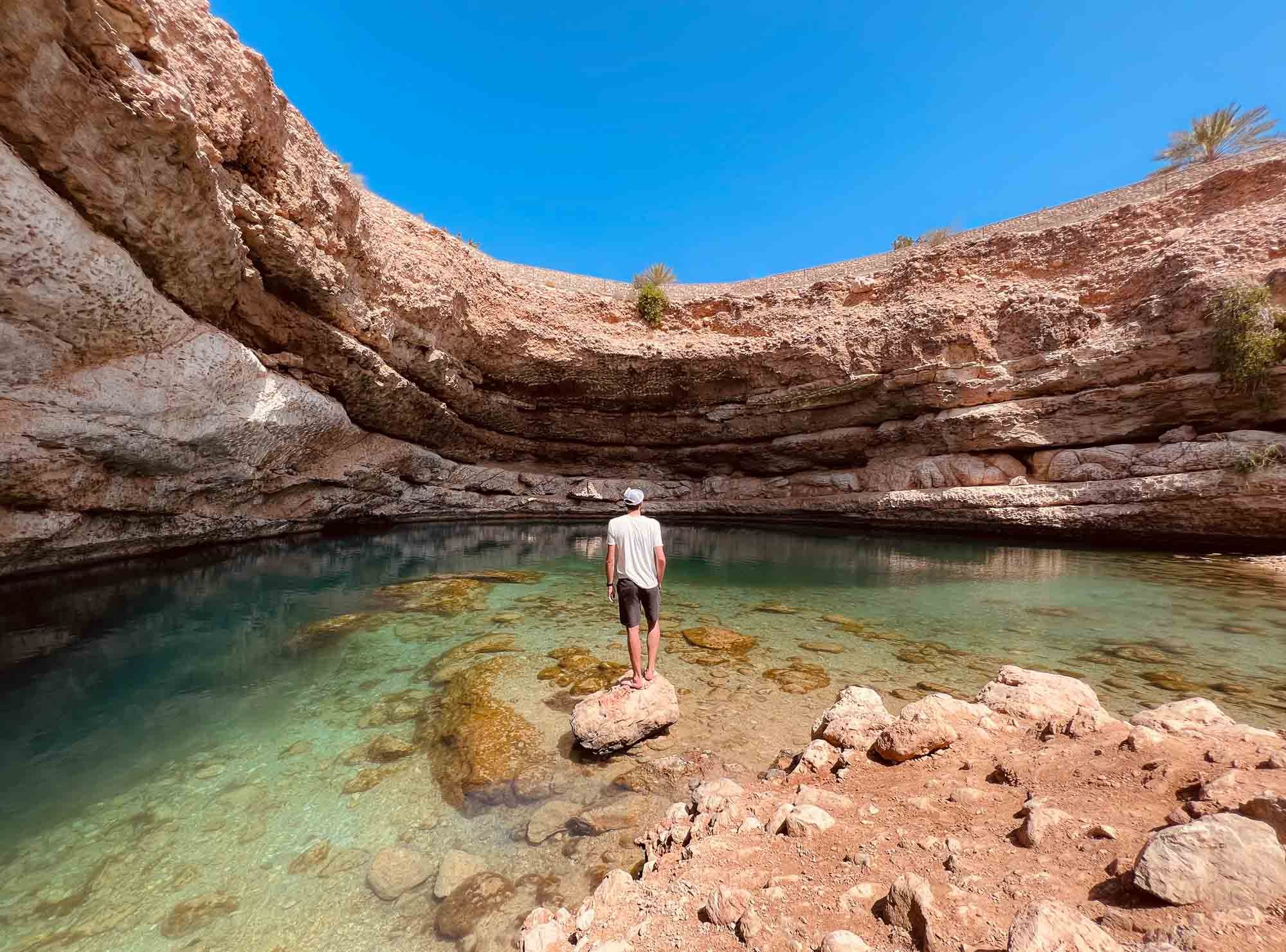
Cyrstal Clear
What a spot for a swim - or just hold your feet into the water and be treated to a fish spa.

Egyptian Vulture
Spotted this guy on the beach.
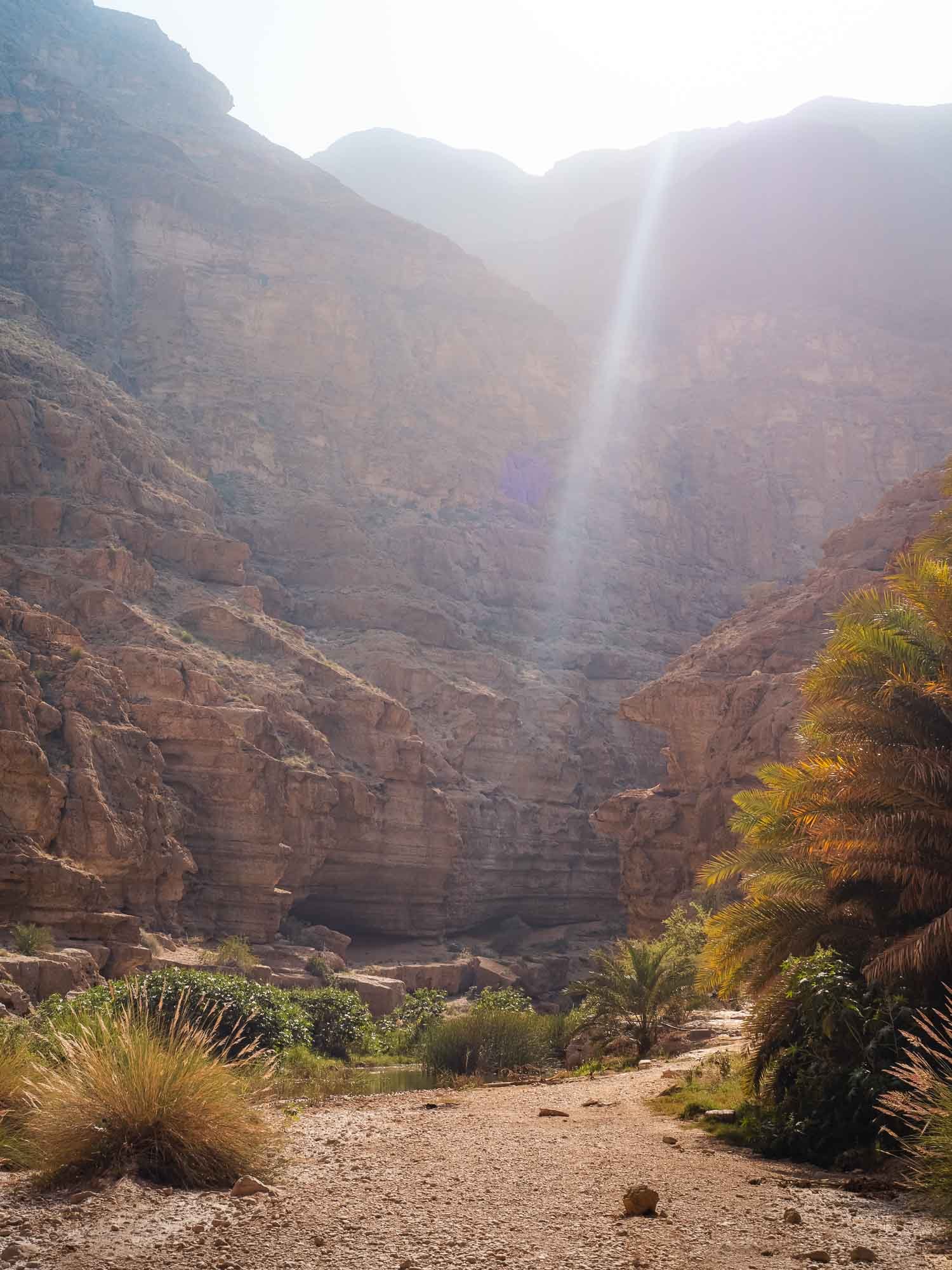
Jurassic Park or Wadi Shab?
Next up, one of the most amazing Wadi's I've seen to date - makes you feel like entering Jurassic Park.

Scale
The size of the canyon and rock formations was amazing.
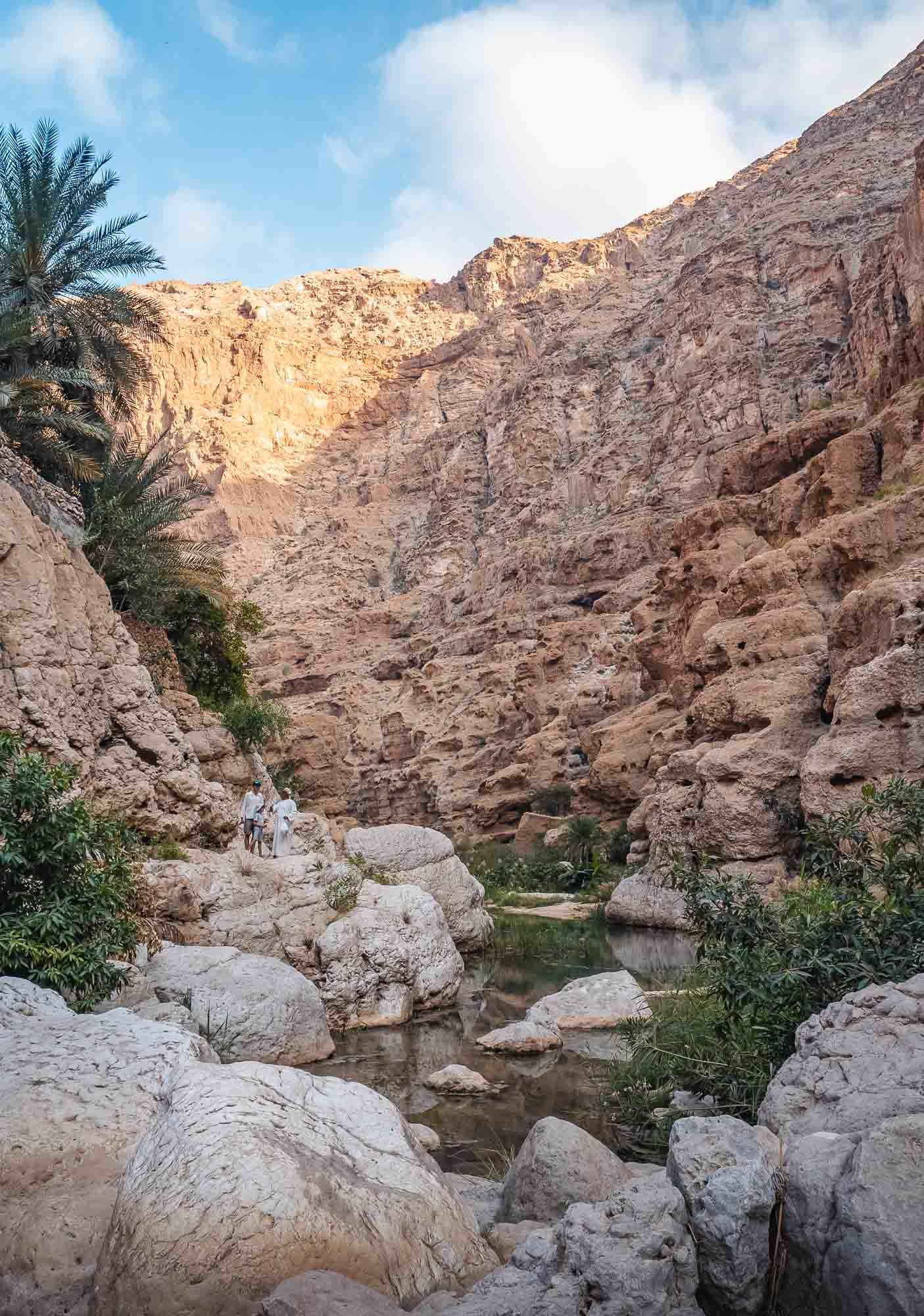
No Photos
After a 10 minute swim into the Wadi you arrive at a small cave, accessible by a narrow opening that barely fits one's head. No photos for that, got to explore yourself!
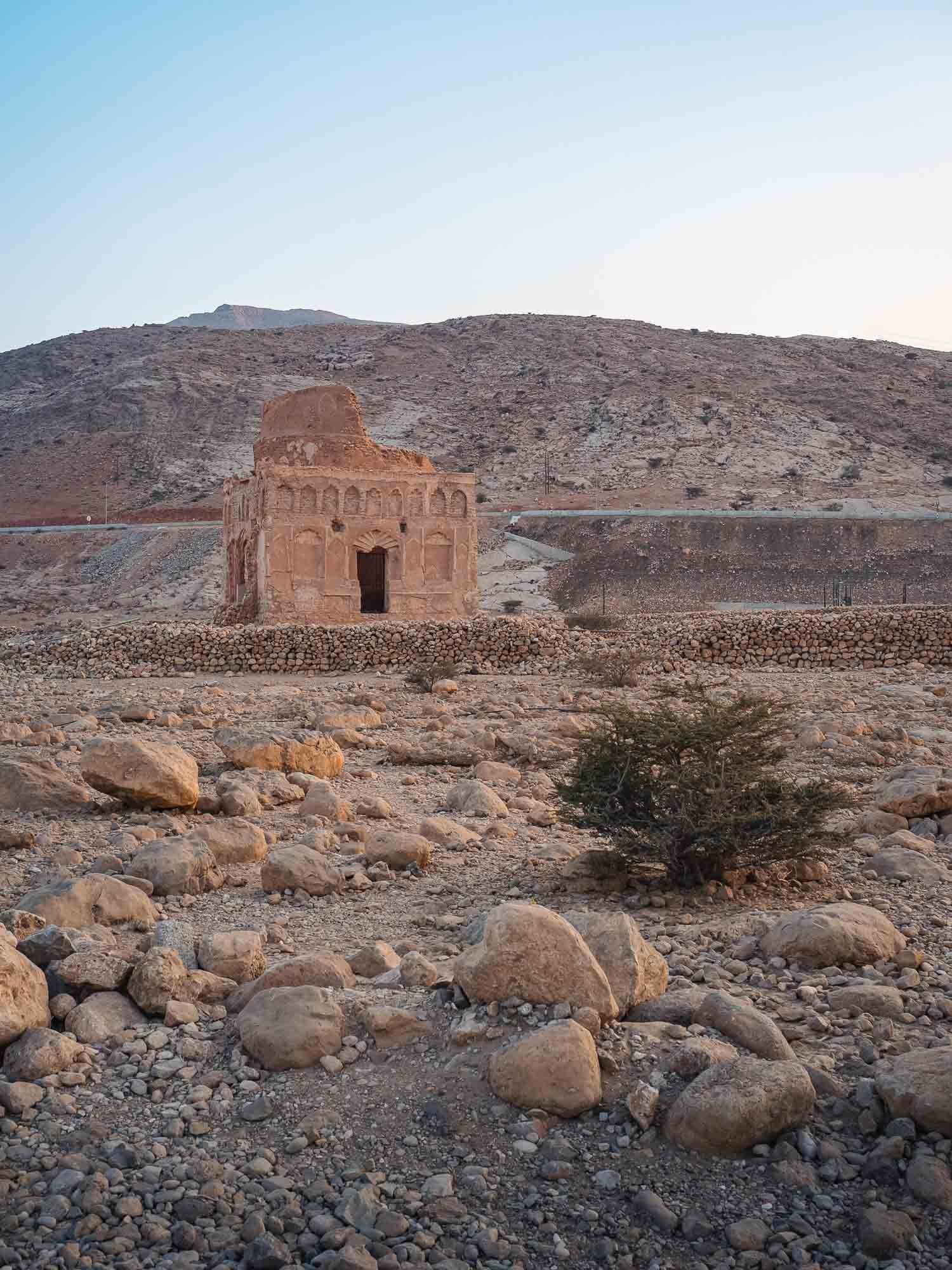
Incredible History
We drove a little further on the coast to see another World Heritage Site: Qalhat. It is unfortunately currently closed, but you can spot its most significant remaining site, the Bibi Maryam mausoleum. This city was visited by Ibn Battuta, Zeng He, and Marco Polo!
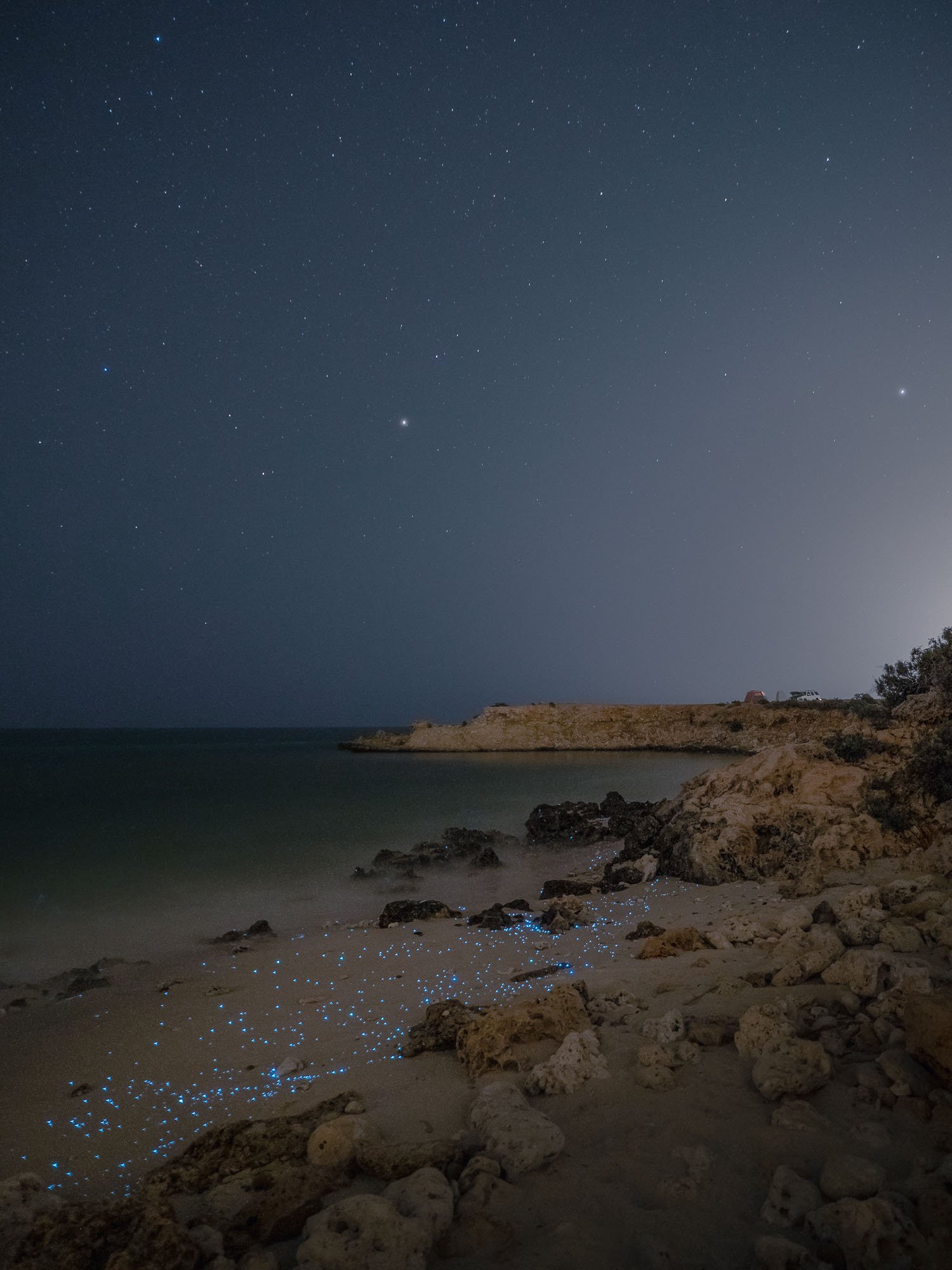
Sometimes You Get Lucky
Our plan was to spend the night on the way back to Muscat somewhere on the coast - we knew chances to see the bioluminescent plankton on the beach were next to nothing, but there was always the Milky Way or some deep sky photography...
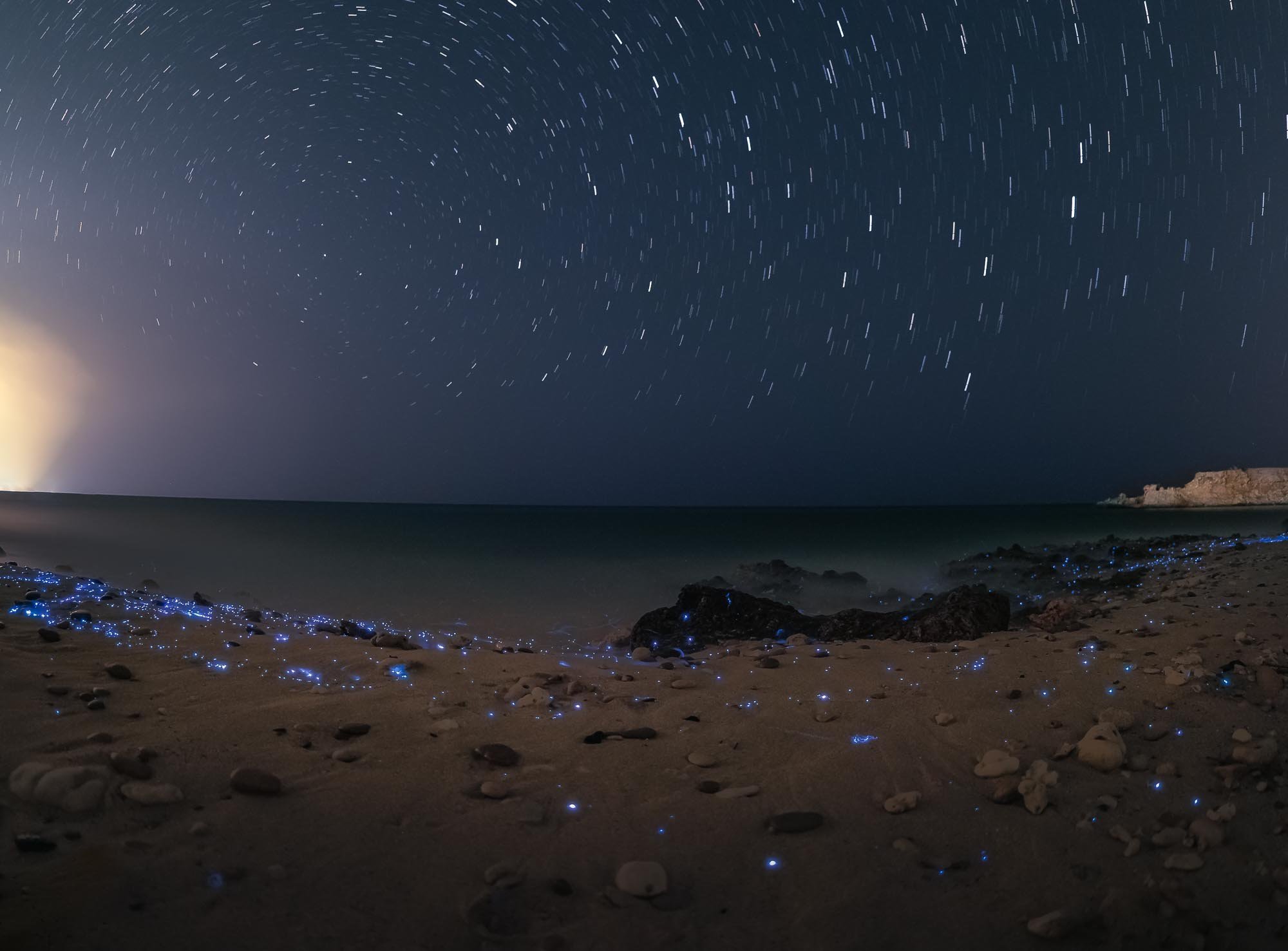
Natural Wonders
When we explored good locations to set up for the night, our second spot proved to be the golden one, and we spotted little blue dots on the beach and rocks as the waves hit.
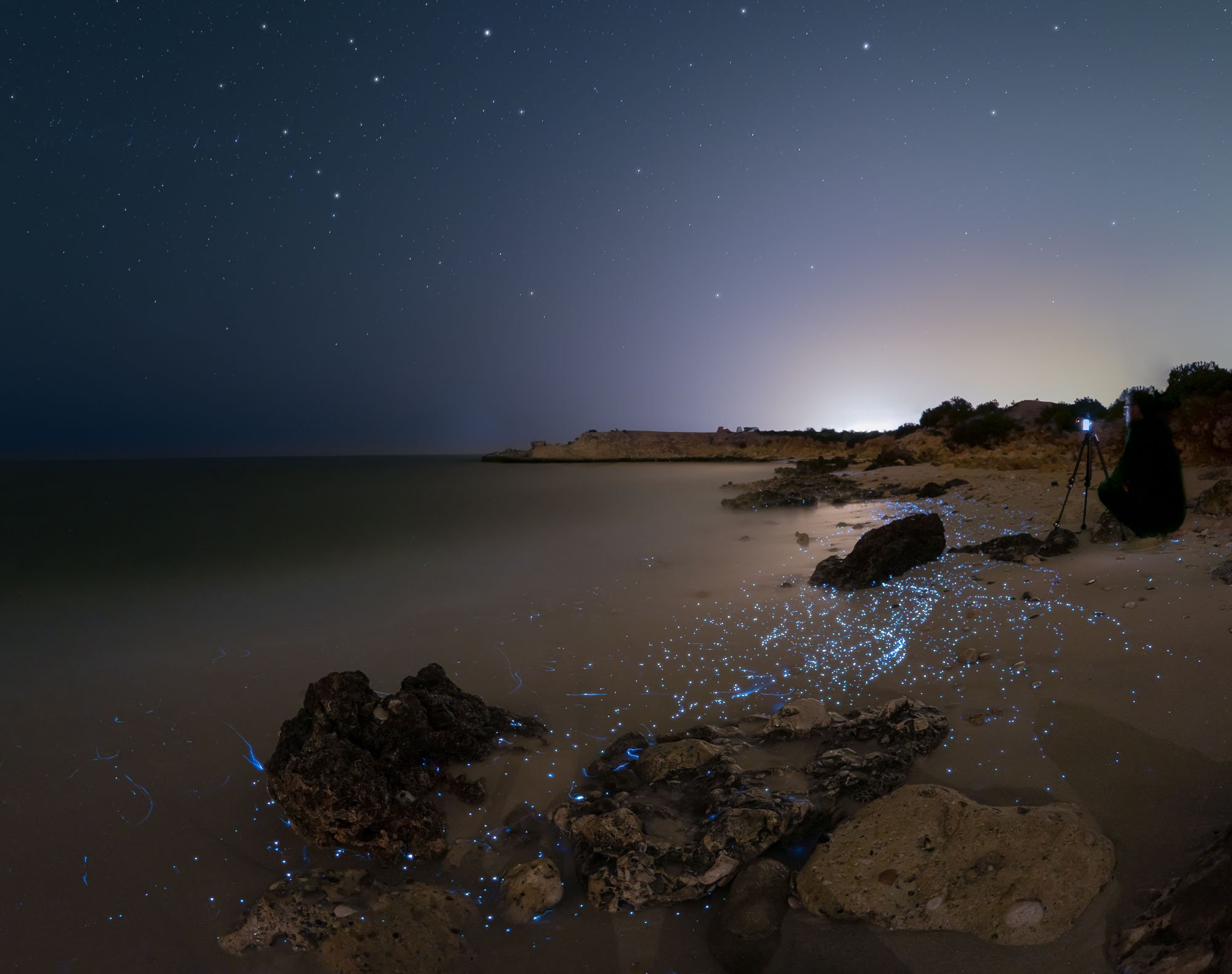
Magical
After turning off the flashlight, we saw it for what it really was - the elusive glowing blue bioluminescent phytoplankton. The blue light is produced by energy released from chemical reactions occurring inside these organisms - what a sight.
The Last Day in Muscat
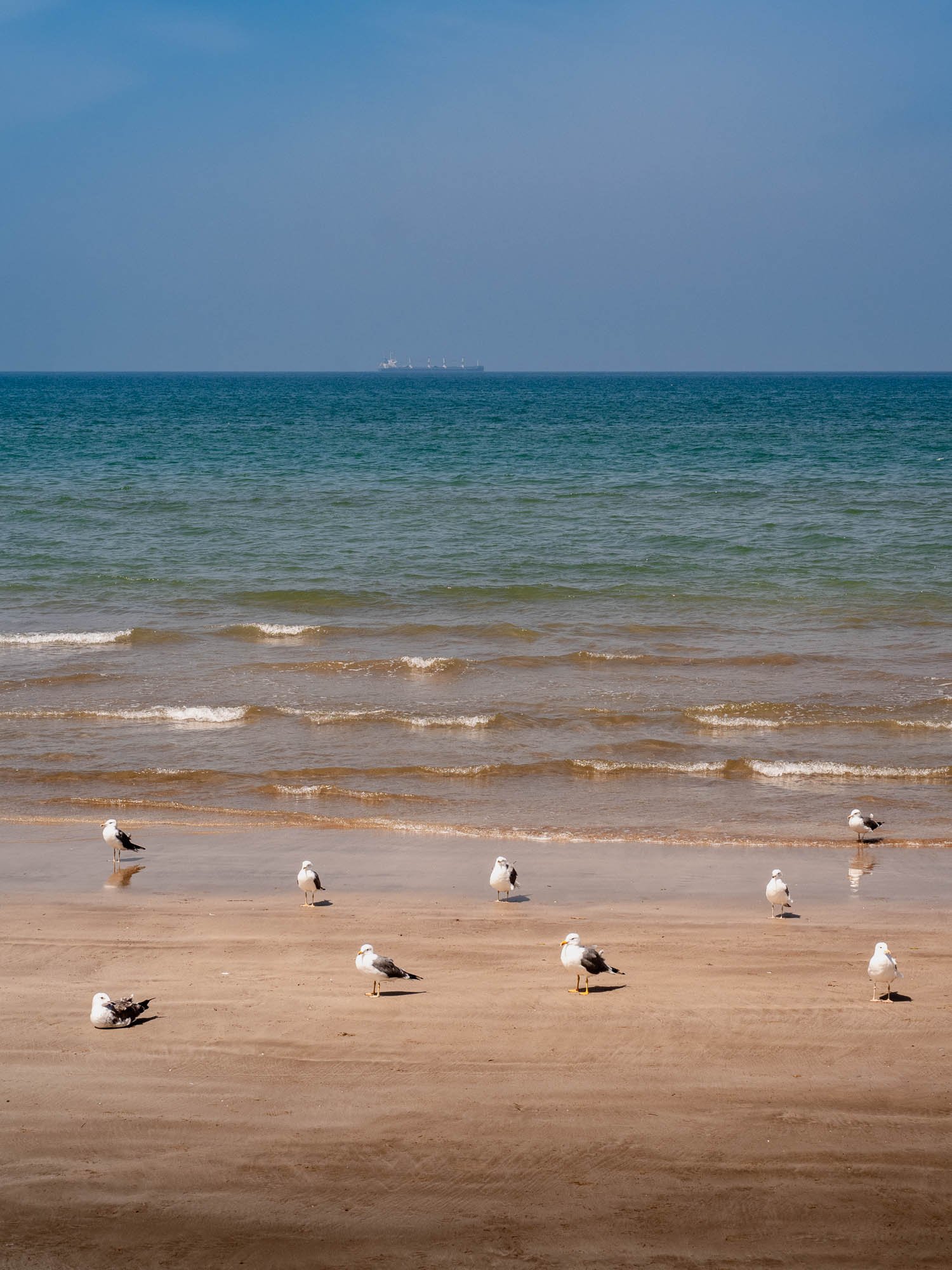
Beach Vibes
The next day was a later and slower start after the night on the coast, walking on the beaches of Muscat.

Friday Vibes
Oman retains the Friday weekend, so the locals were enjoying the day out.
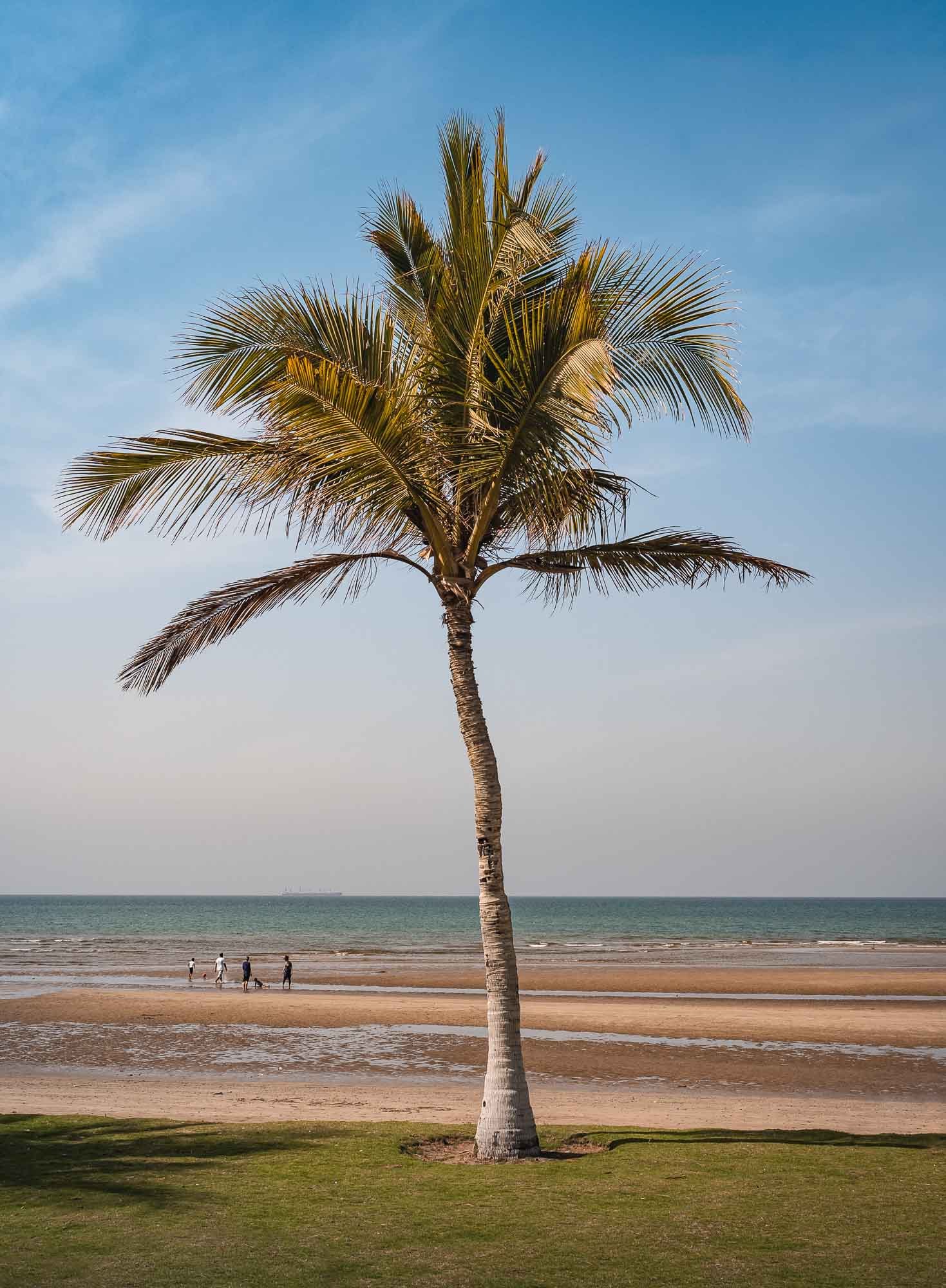
Postcard Views
All around in Oman!
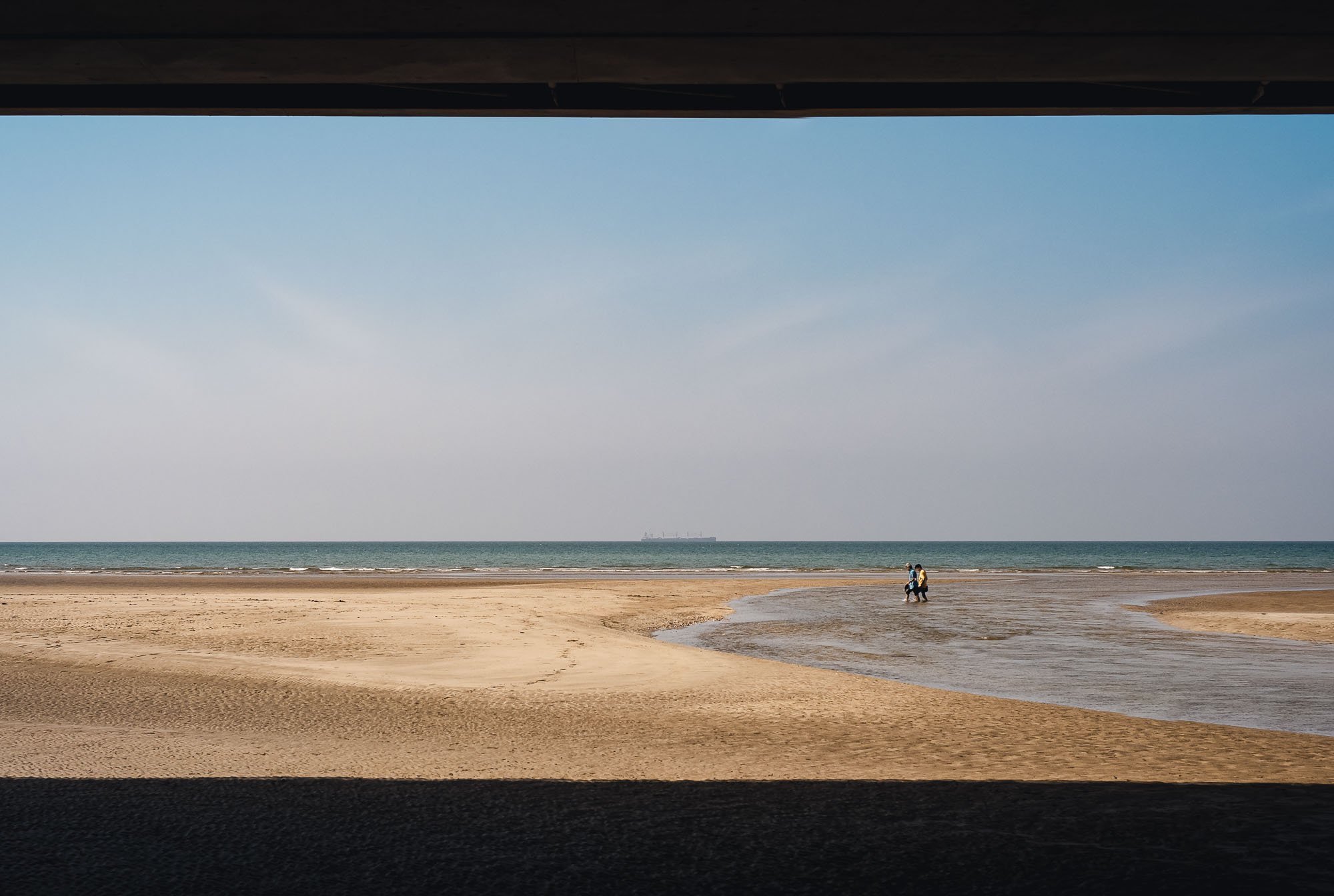
Qurum Beach
This was taken at the beach near the city's national park.
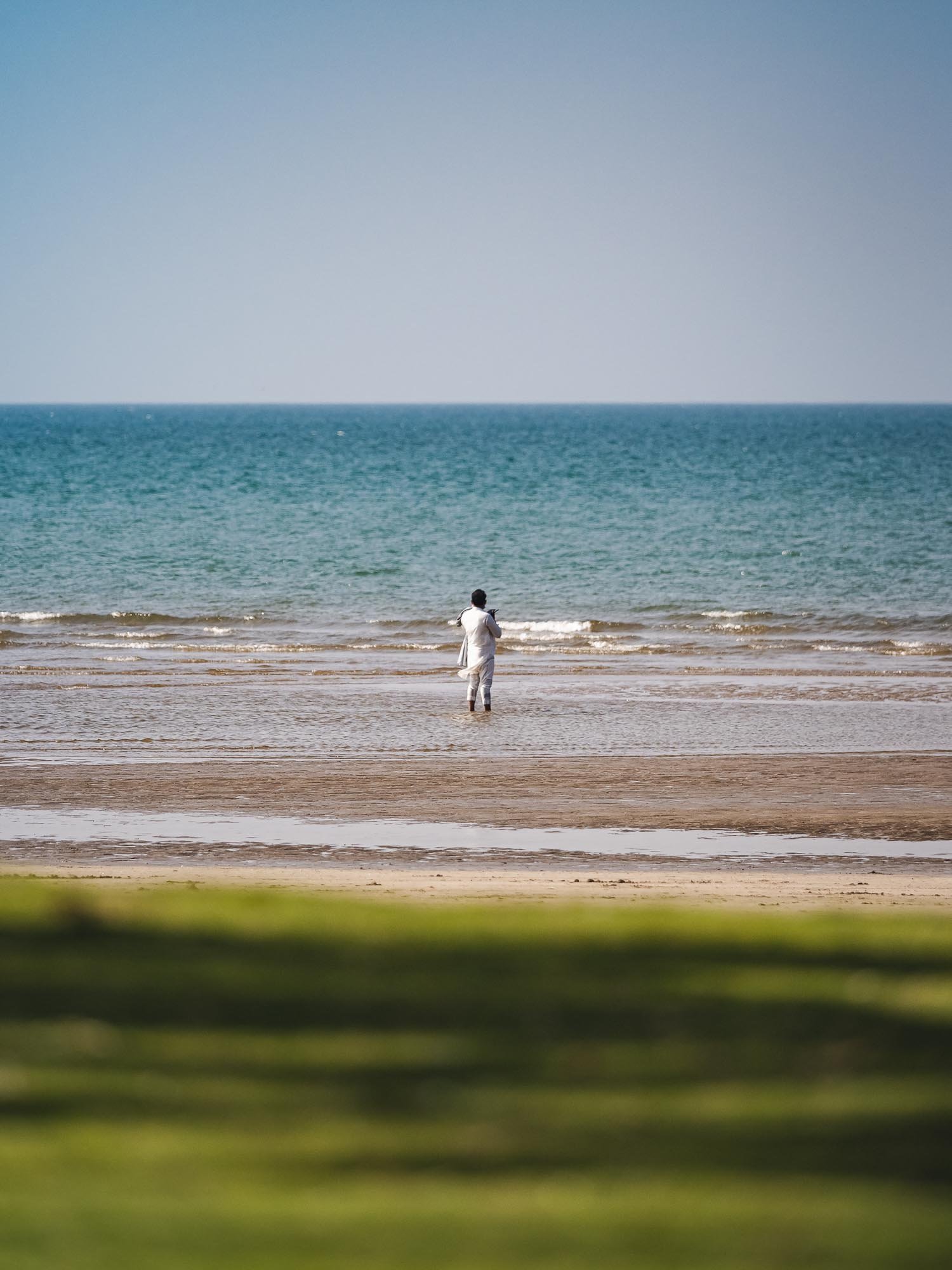
Nice Day
for a walk alone...
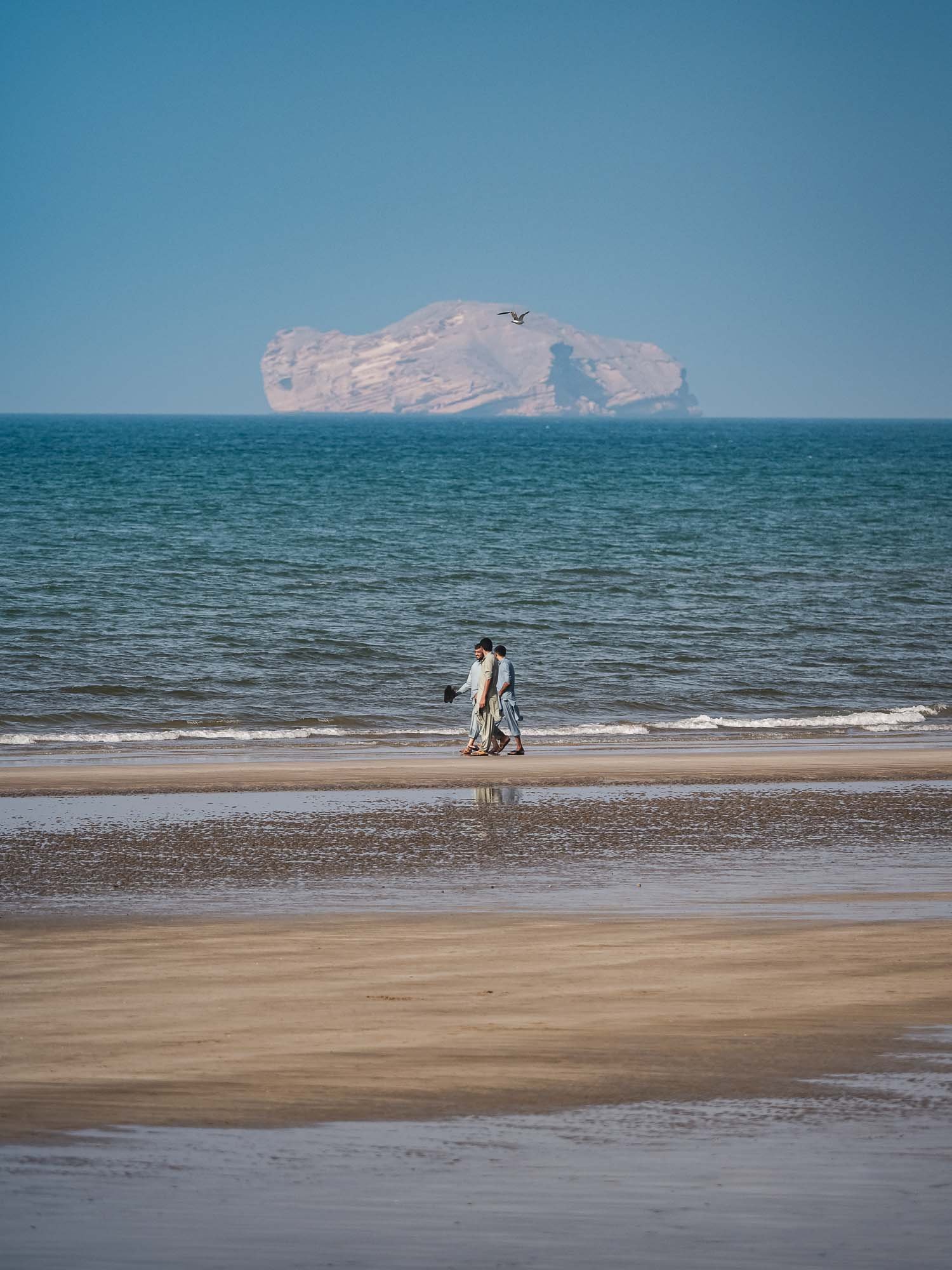
Or
...with friends.
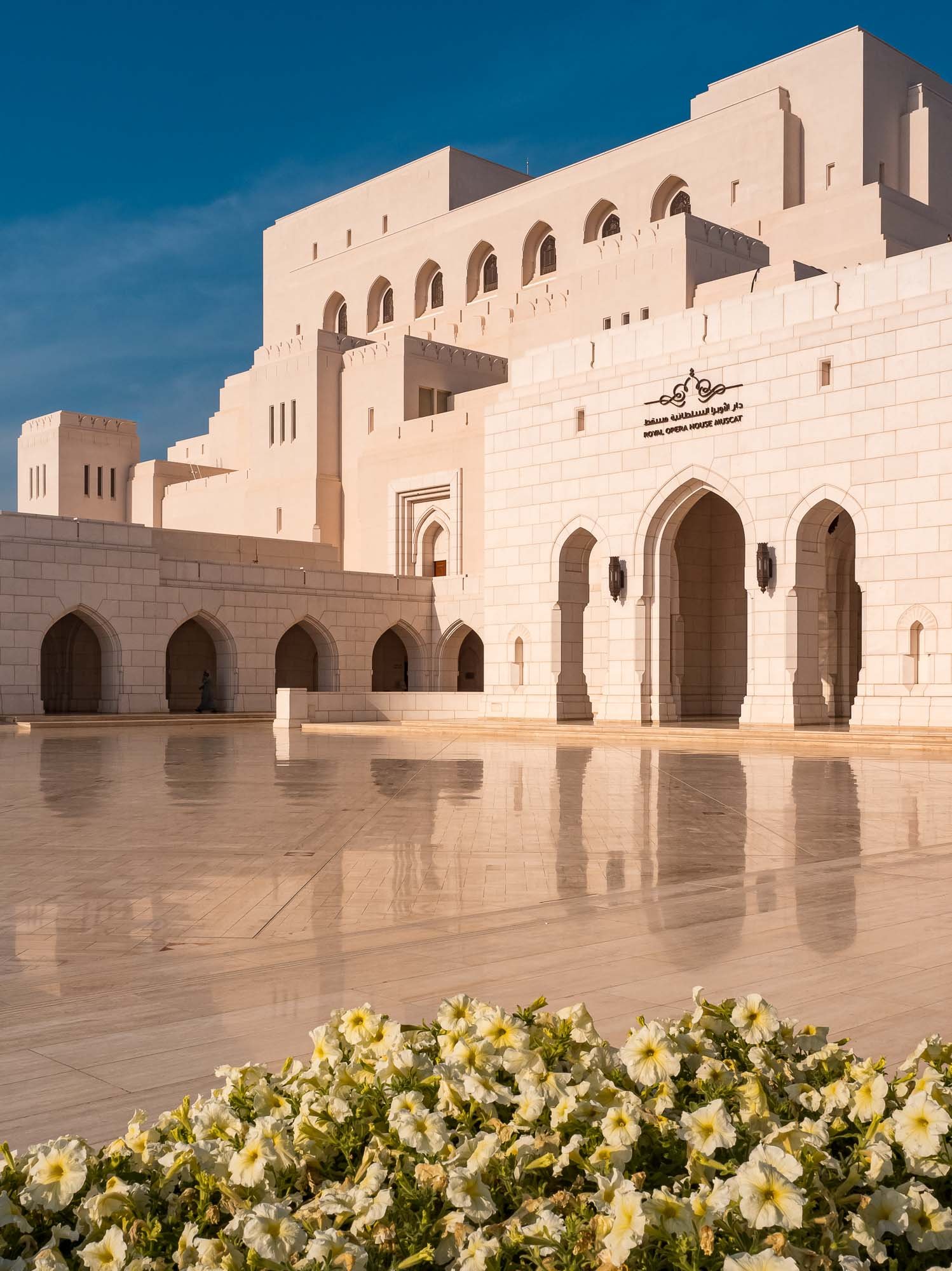
Royal Opera House
We also visited the Royal Opera House, which opened in 2011 and has seen performances by Plácido Domingo and Andrea Bocelli. Unfortunately the interior wasn't open for visits that day.
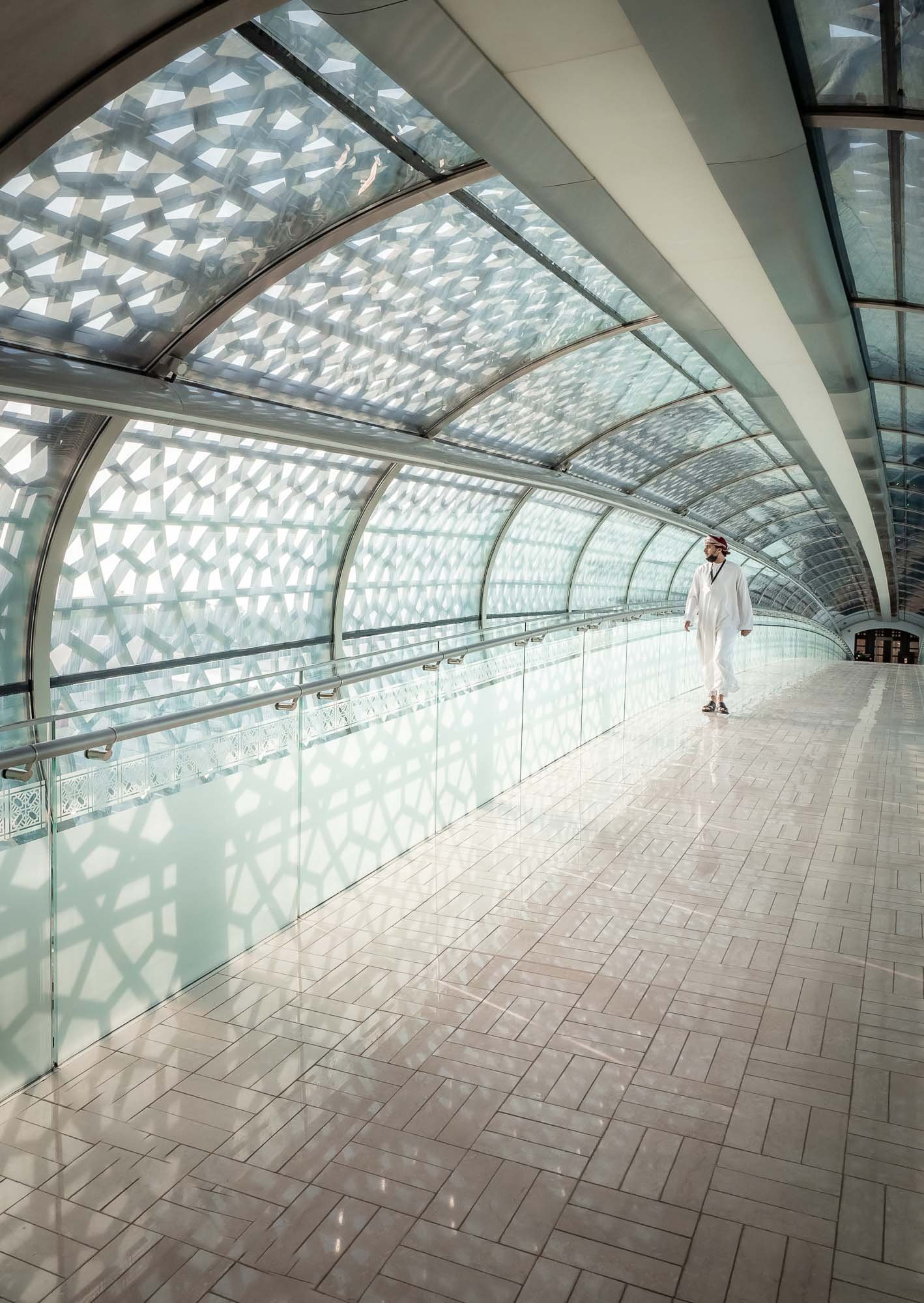
Architecture
It did feature this neat bridge crossing to the House of Musical Arts.

In Flight
Couldn't resist causing a bit of a stir up when we passed Al Bait Mosque.
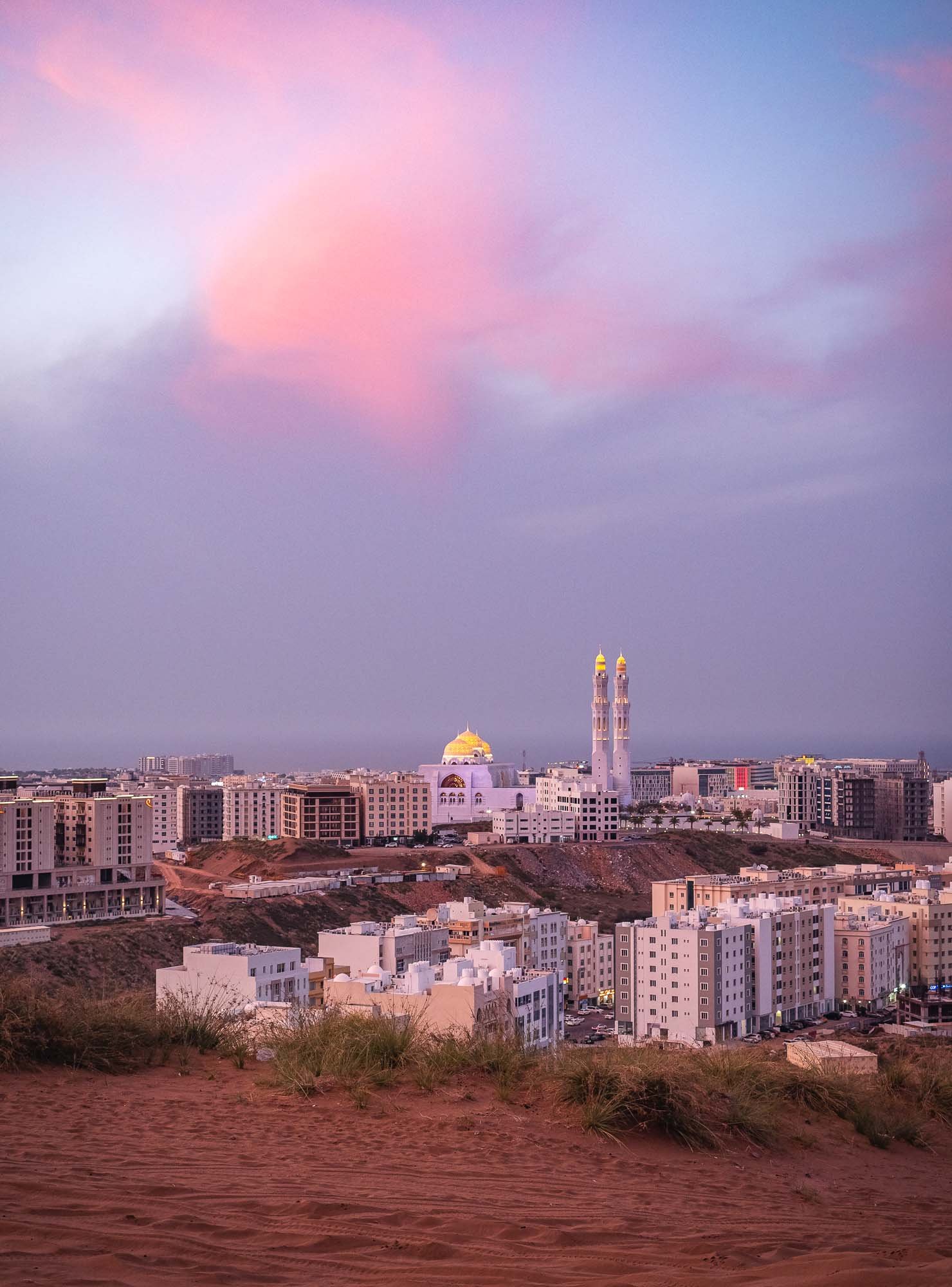
Golden Hour Vibes
We spent the evening hiking up some dunes in the city for sunset.

Fun Times
We weren't the only ones up there, as a group of people on motorbikes, quads and 4x4s made the most of the evening.
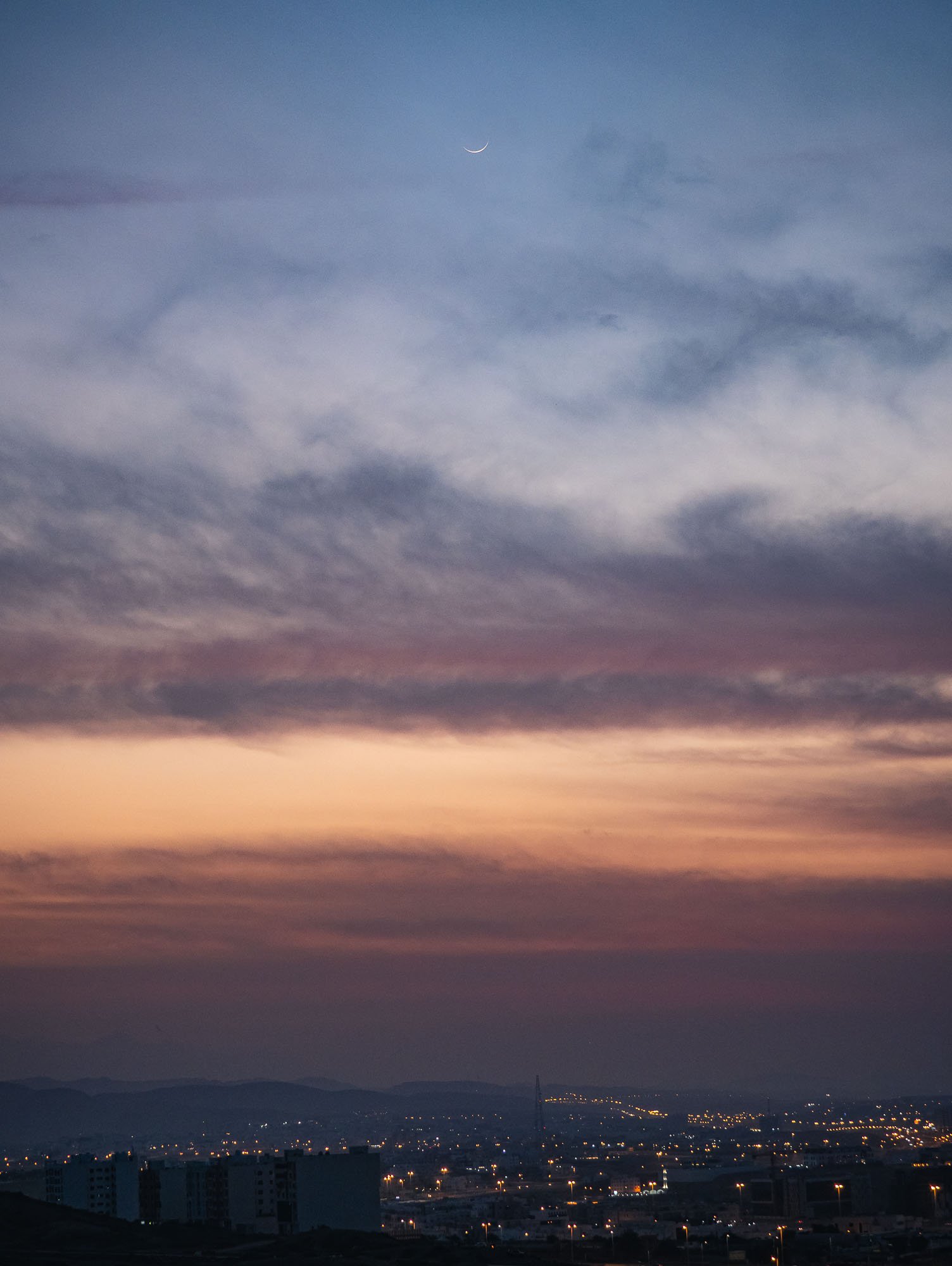
Luna
The moon came out to play as well.
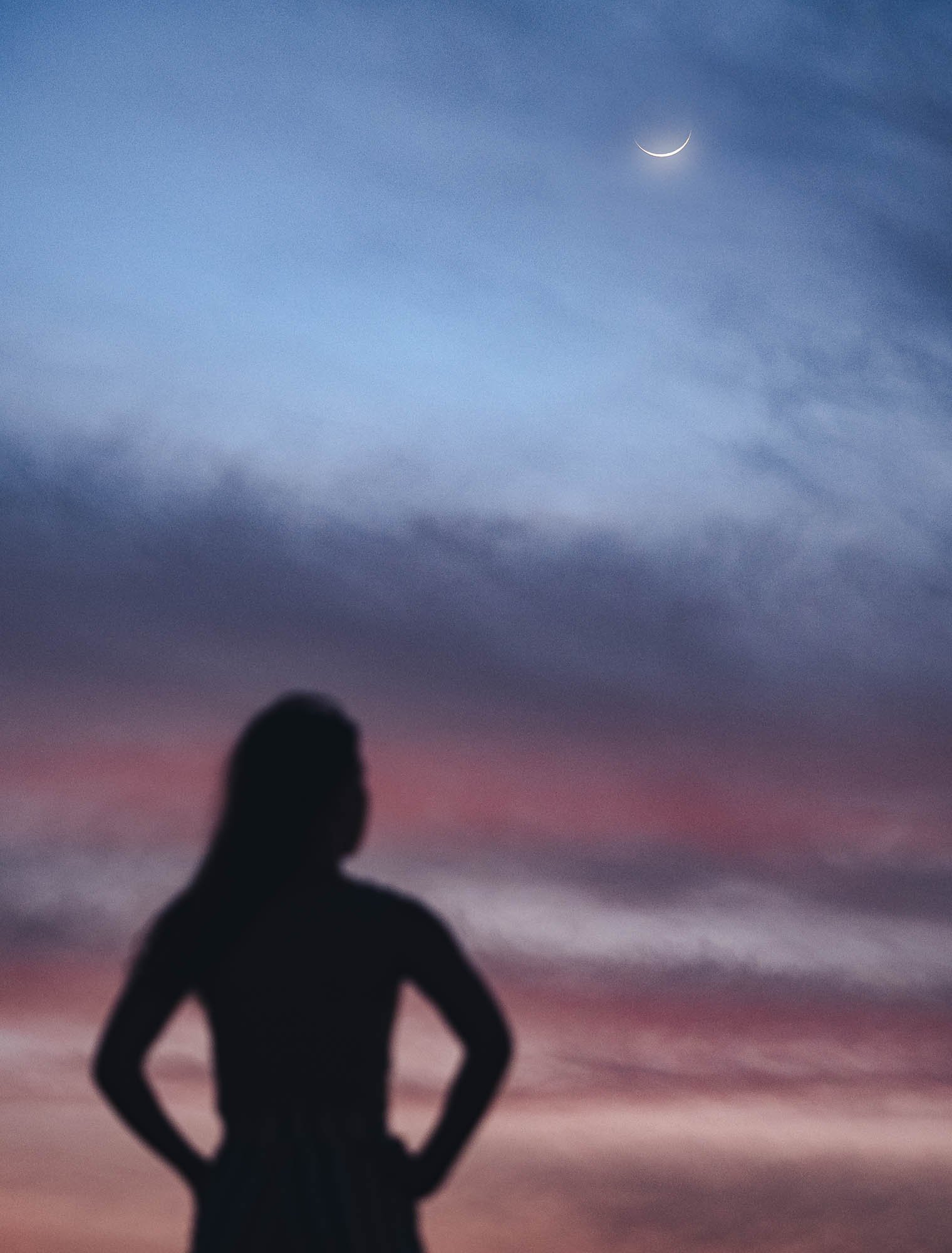
Favourite Subject
Of course I had to play along.
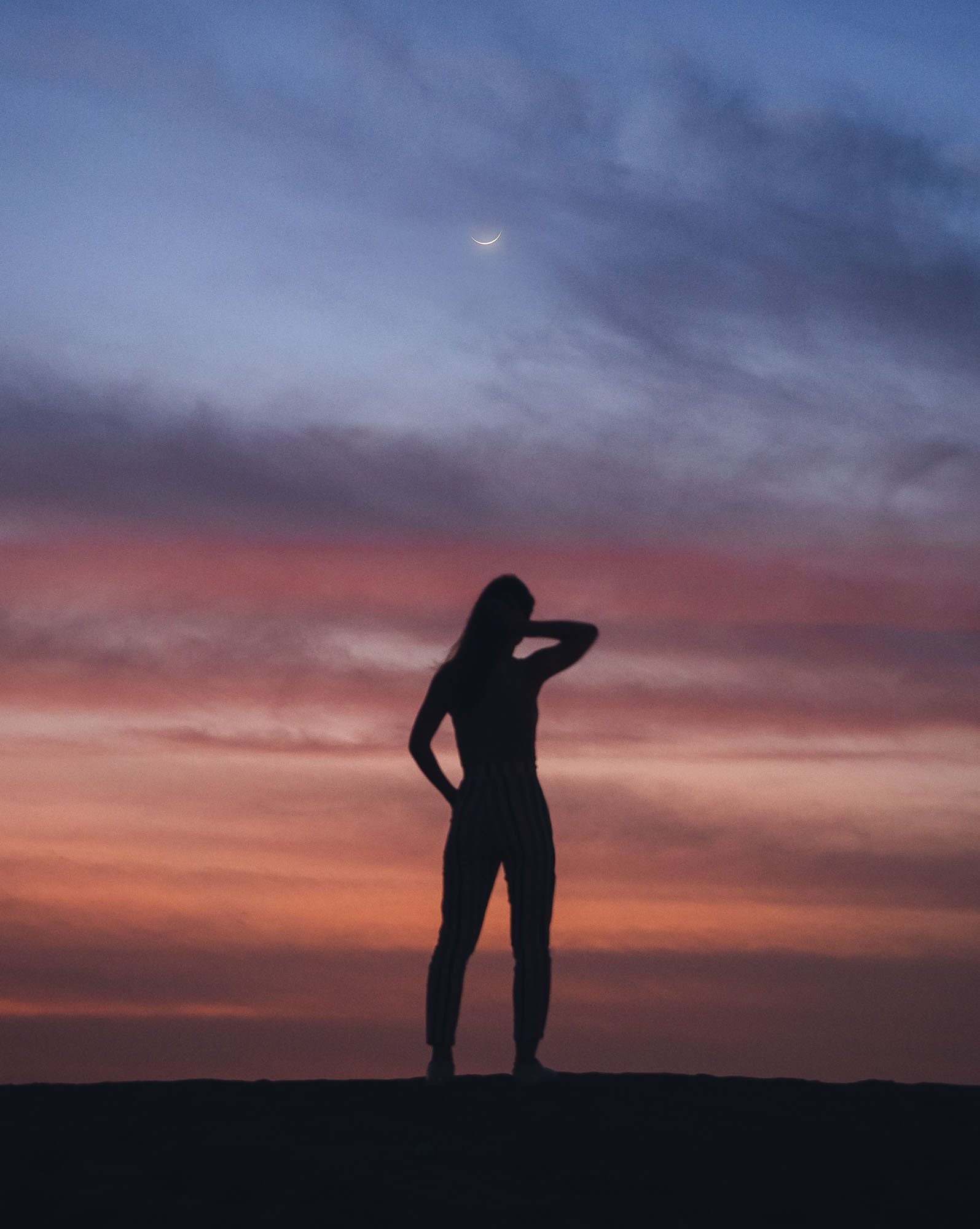
Last Sunset
An appropriate one.
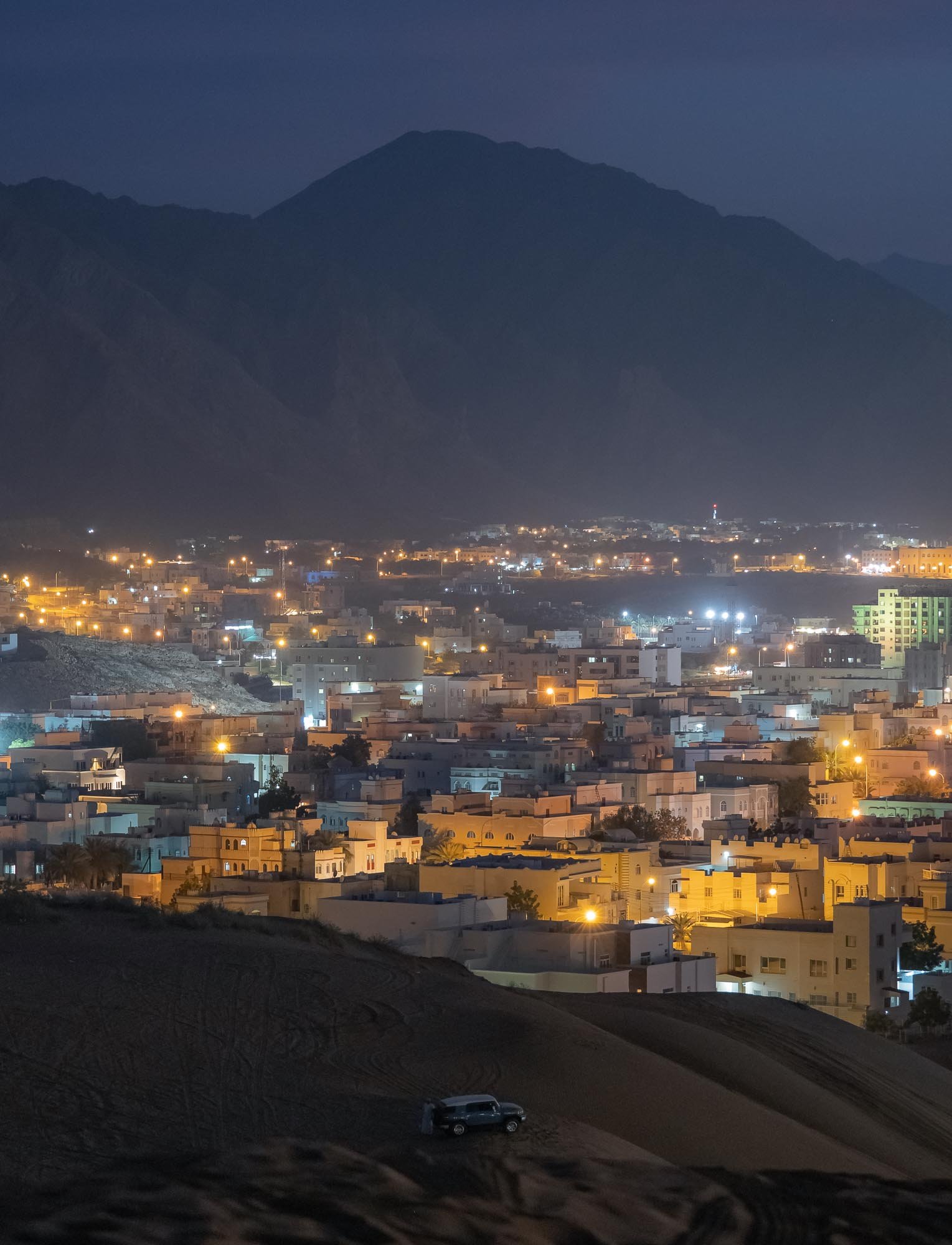
City Lights
The last light of the day disappearing over Muscat.
Back to Dubai
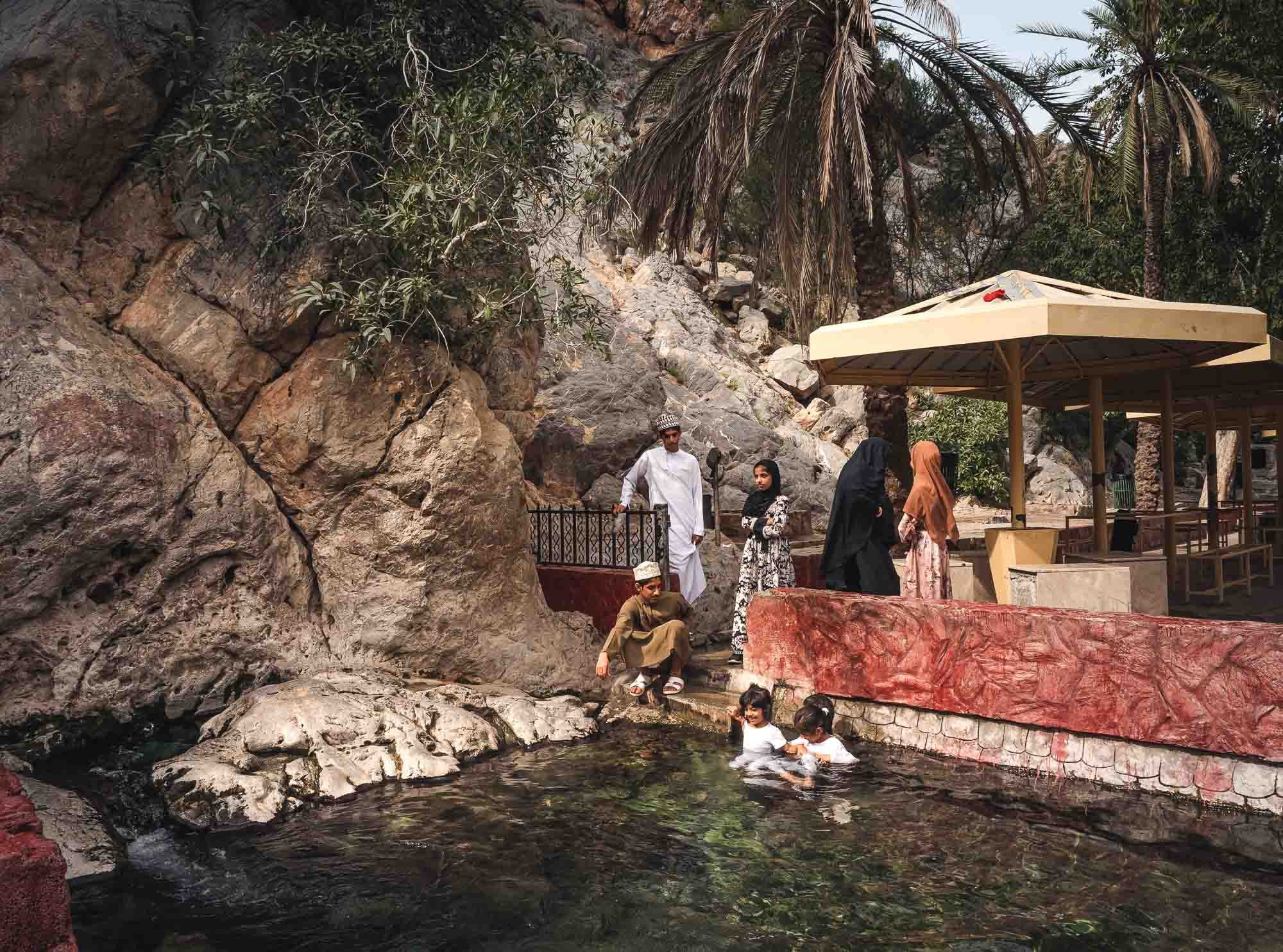
Athawarah Hot Spring
On our way back to Dubai we took a different route, passing by the hot spring of Nakhla. The hot water originating on the bottom left runs directly into the Wadi, keeping it surprisingly warm.
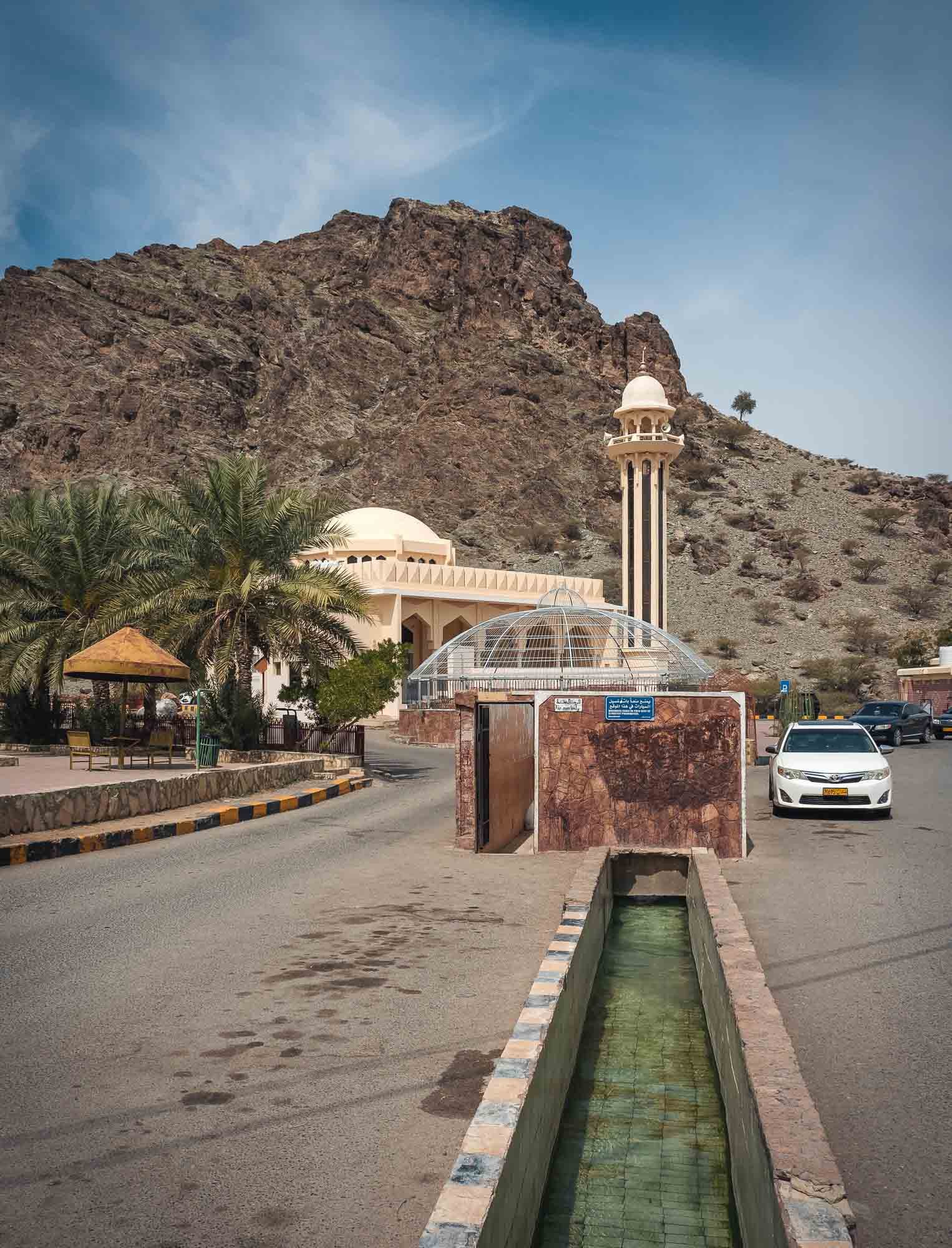
Al Kasfah Hot Spring
We also stopped in Rustaq at another spring - this one is said to have healing powers owing to the sulphur traces in the water. It originates under the caged dome in the background and then runs in a kind of channel through the streets, with stalls for people to take baths in the water visible in the foreground.
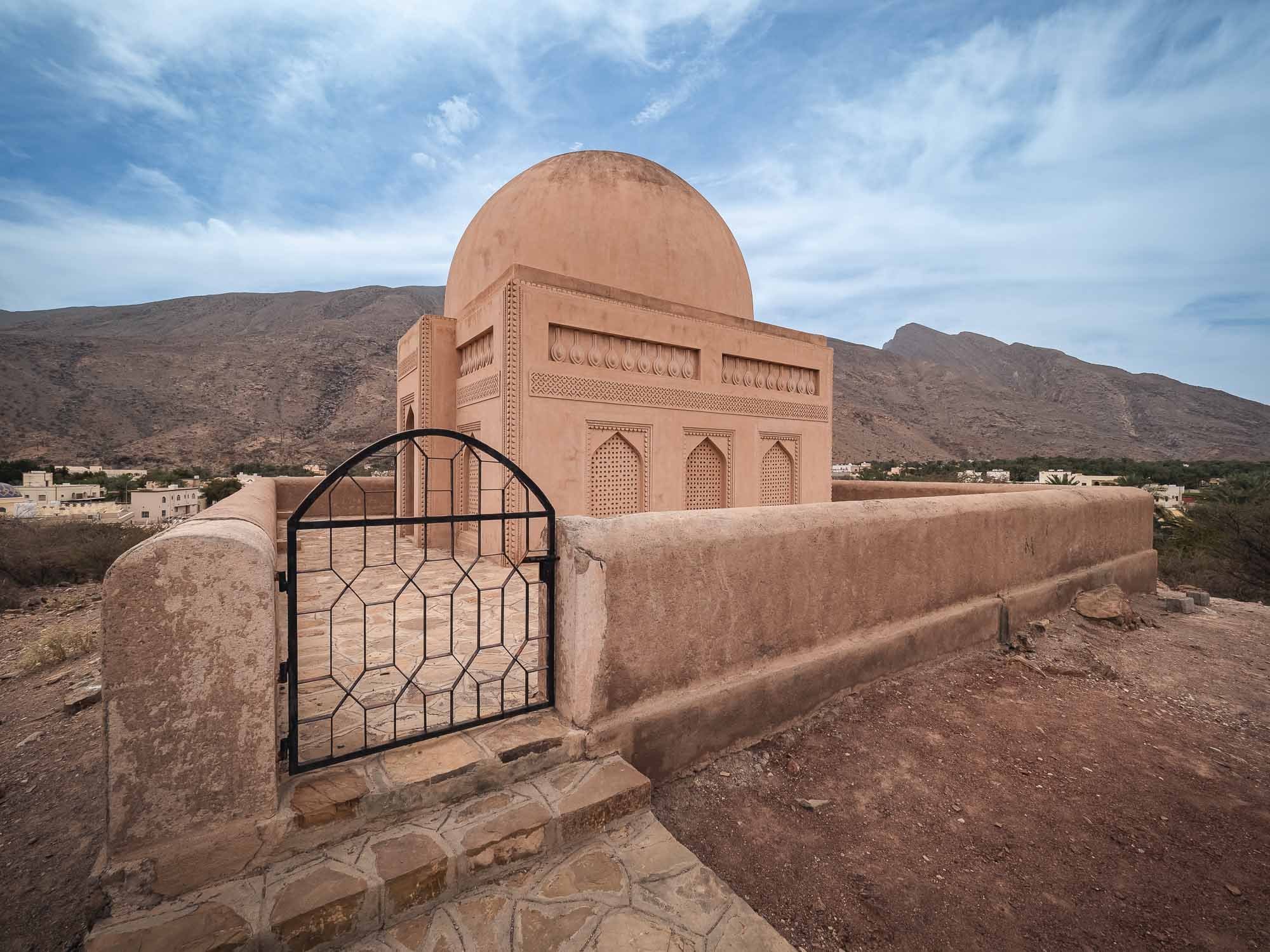
18th Century Tomb
The city is also home to this restored Ibadi tomb of the Imam Ahmad bin Said al-Busaidi, first ruler of Oman of the Al Said dynasty - took me quite a while to find this info, as there are very few signboards around and the Google Maps pin is in Arabic only.
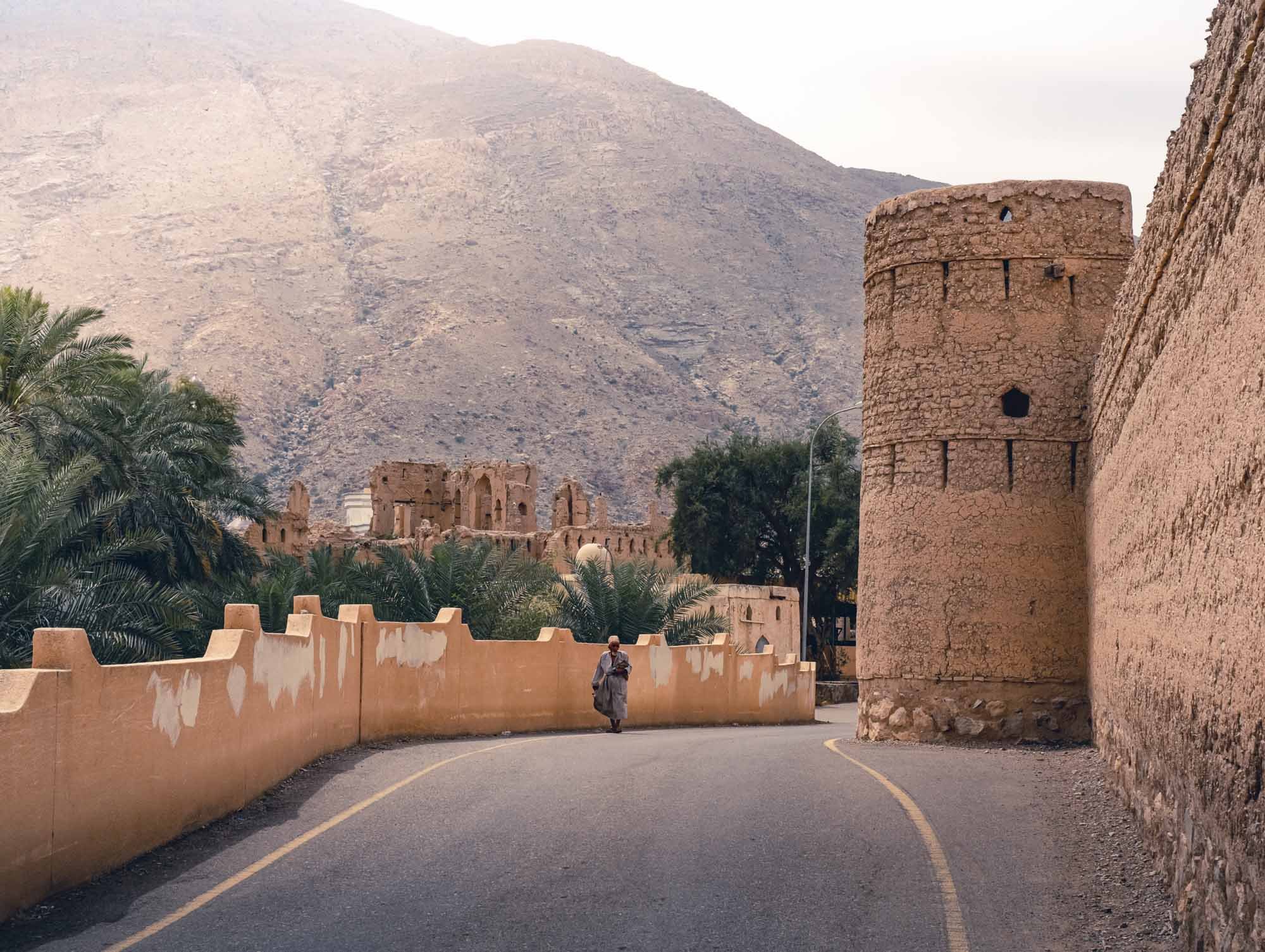
Rustaq Fort
The fort itself is currently closed for maintenance, but its imposing walls are nevertheless impressive.

Transport
We did encounter this fine gentleman who allowed us a quick glimpse into the fort, and then took us to the older parts of the city in this... vehicle, which he imported from China.

Qusra Museum
This was one of the places he showed us, a restored 300 year old family house, now converted and adorned with various artifacts.
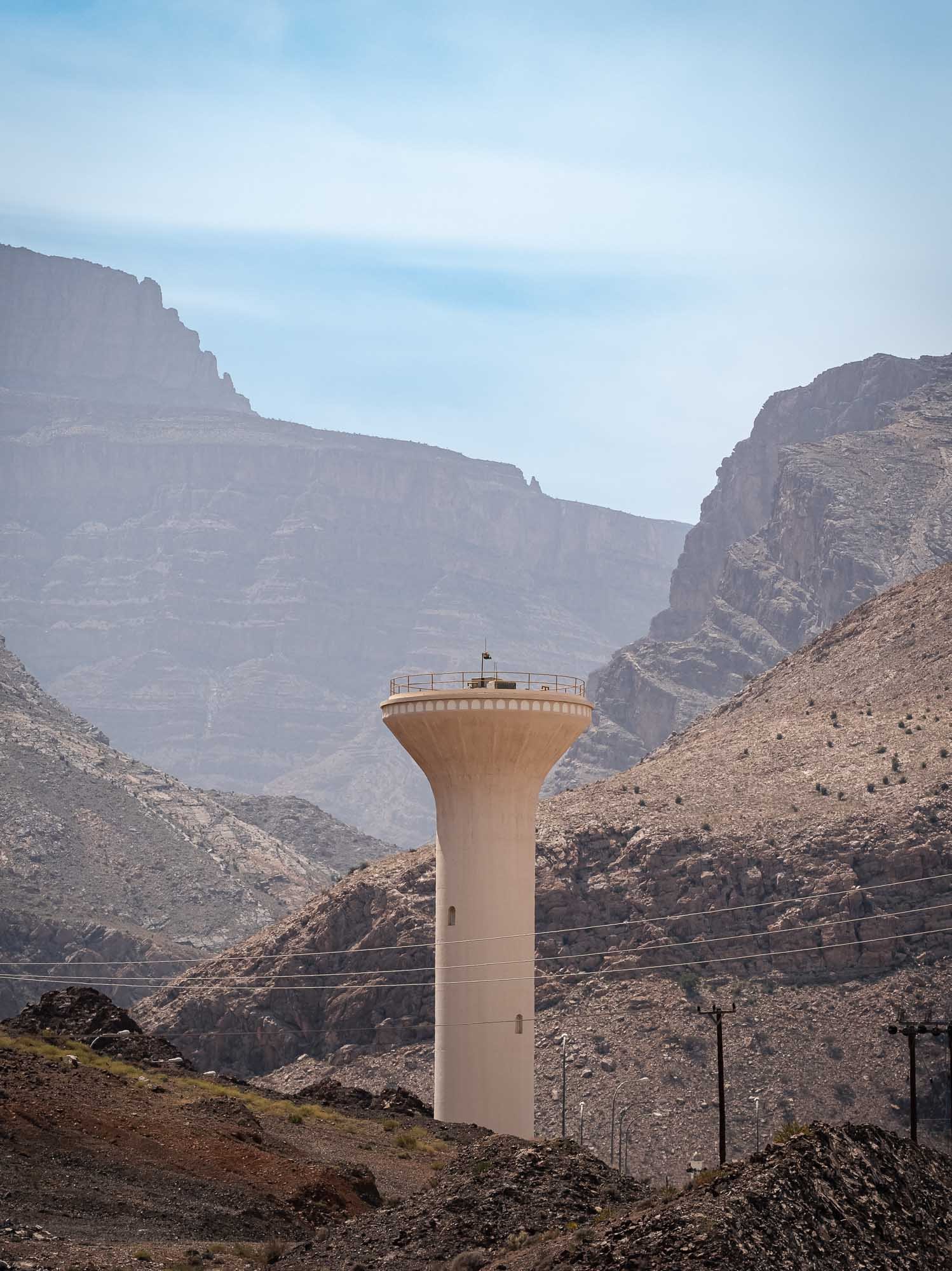
Water Towers
On our way to the final destination. You can find these towers dotted around the landscape, used for storage and to generate pressure.

Framed
Owing to questionable road conditions, we had to take quite a detour, but a few sights on the way made it enjoyable.

Al Ayn Beehive Tombs
When we finally made it, the scenery was worth it. I had initially failed to add this location to the route on the first day, but really didn't want to miss out after seeing the Beehive Tombs of Bat.
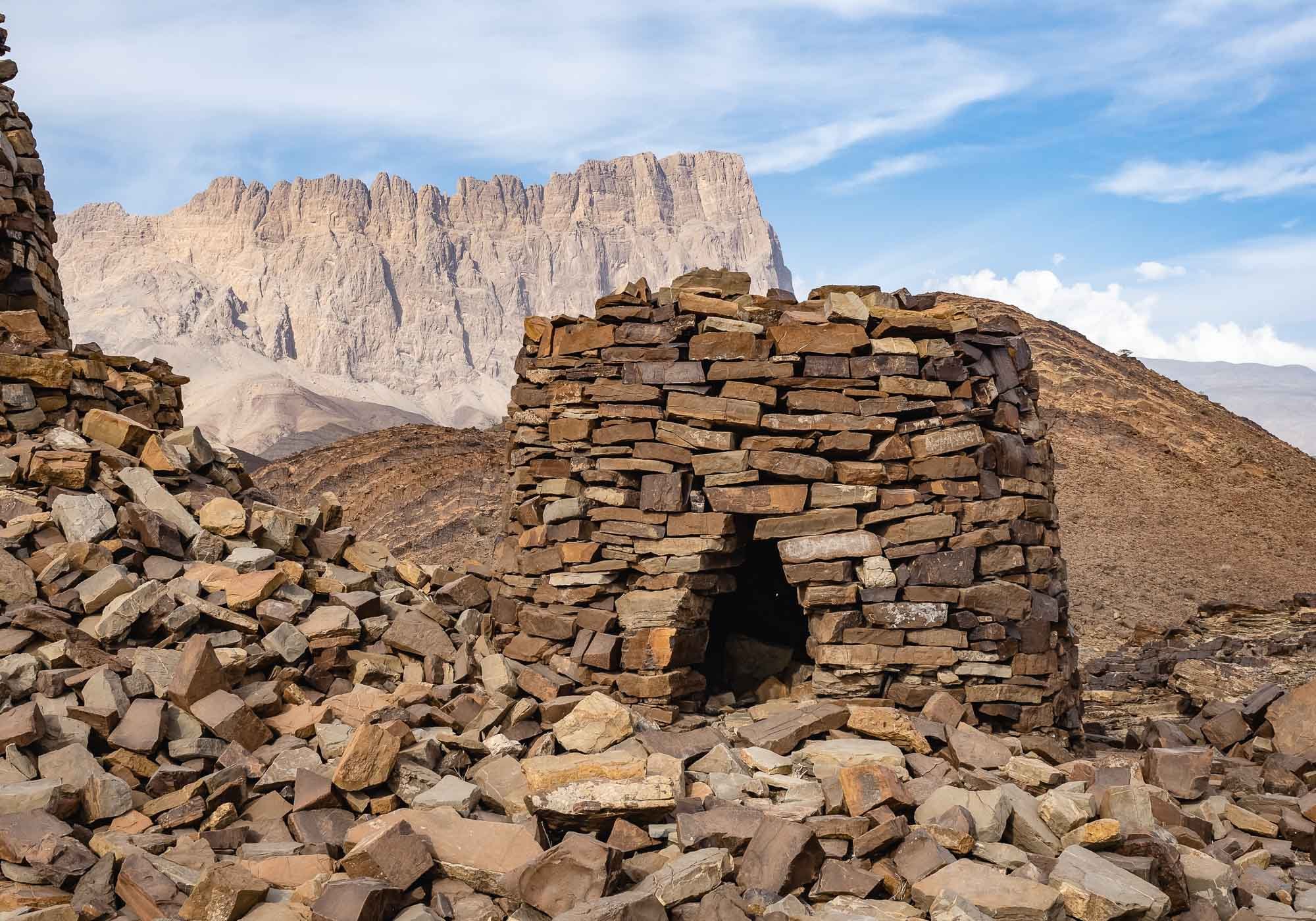
Awe-inspiring
Looking at these 5000 year old tombs with the imposing Jebel Misht in the background was truly amazing.
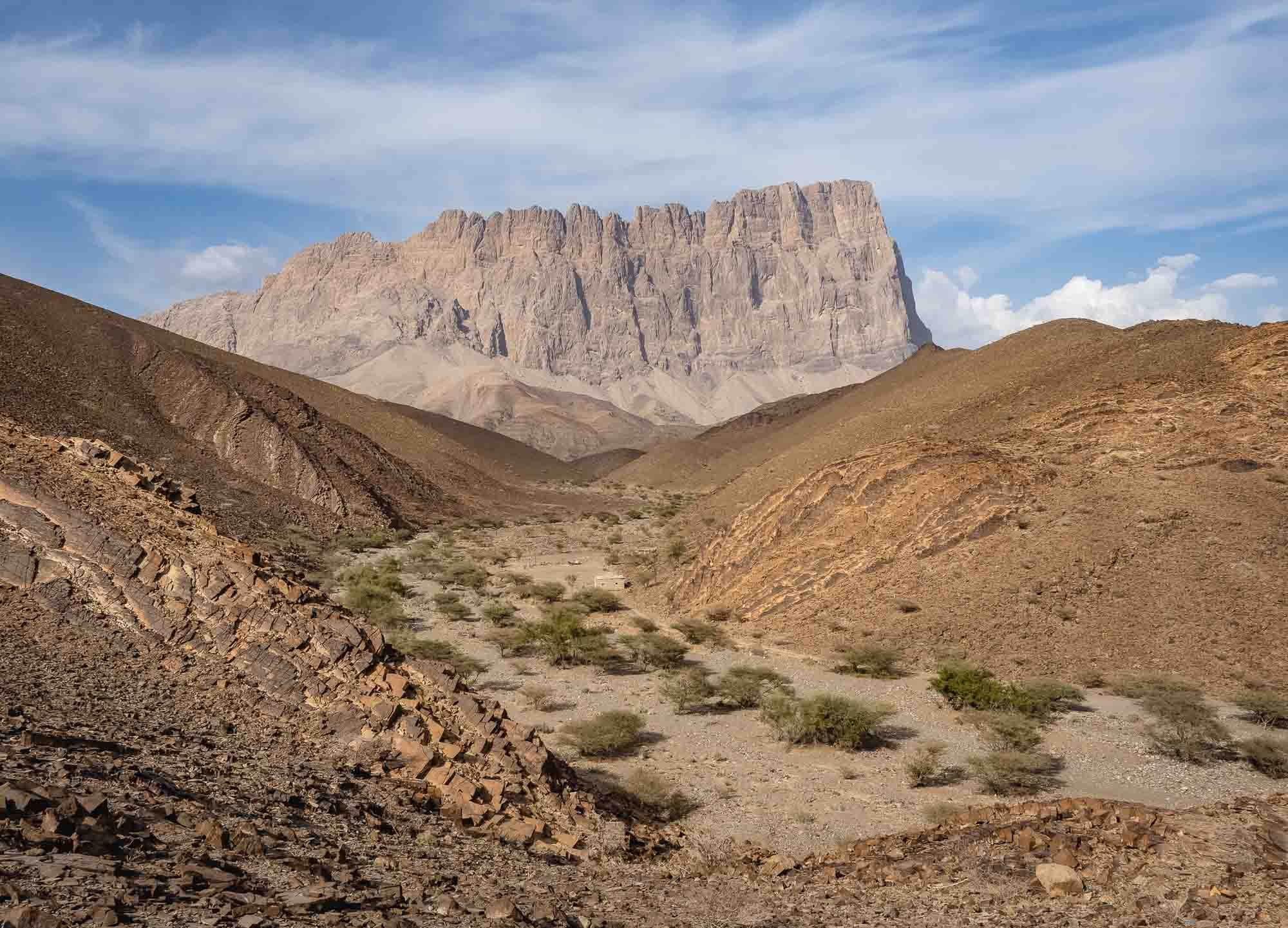
Jebel Misht
The striking landscape from the hill on which the tombs are located.
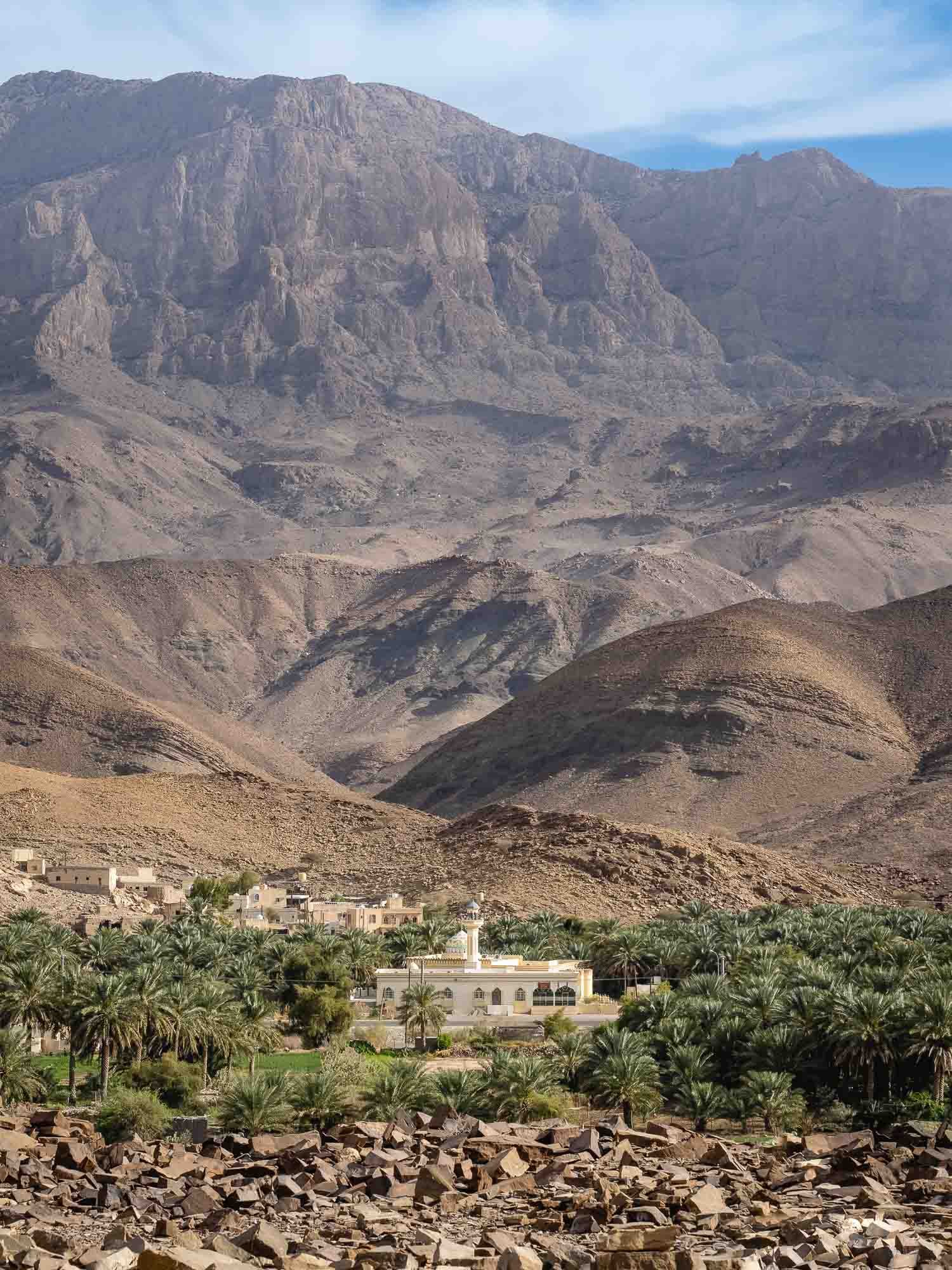
Hajar Views
Looking the other way into the date farm.
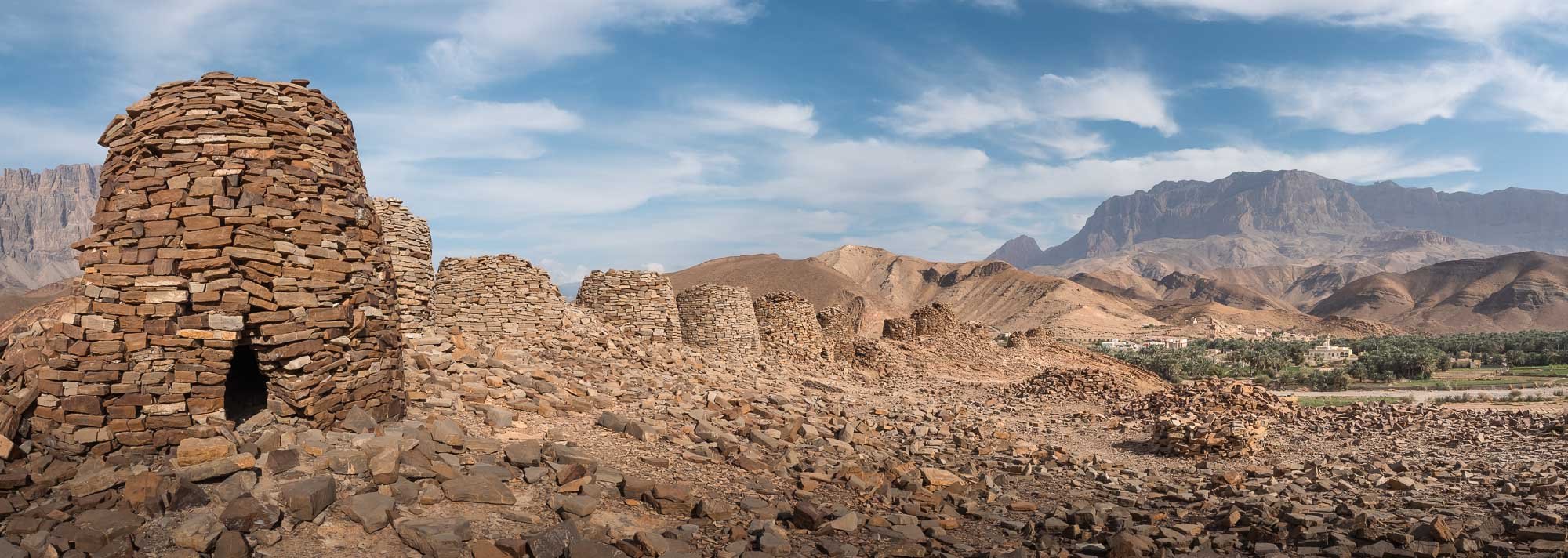
World History
According to Unesco, together with the neighbouring locations, this site forms the most complete collection of settlements and necropolises from the 3rd millennium B.C. in the world. It's almost a bit humbling (and a little concerning for their future) that you can just walk up to these fragile structures with no fences or rails of any kind.

Panoramic View
A full view of the site, which features a total of 19 tombs in almost a straight line. A definite highlight for me.

The End
Obligatory cat photo.
I really hope you enjoyed this small documentary series of my trip to Oman. I’ve known about the beauty, geology, and history of the Hajar mountains from exploring the UAE, but Oman really took this to another level. It is probably a good thing for these sites that the country hasn’t had the same level of attention as some other more famous destinations in the Middle East, but on the other hand Oman and its people really deserve to be recognized alongside them. Will definitely come back.
Sir Bani Yas Island - Greening the Desert
Bani Yas Island has always been on my UAE To Do List. The island is about a 3,5 hour drive and 30min boat ride from Dubai and lies off the coast of Abu Dhabi in the western region. It’s the largest natural island in the UAE. Its rich history, incredible flora and fauna and the story of how it evolved into a major conservation project truly makes it a globally unique destination.

Bani Yas Island has always been on my UAE To Do List. The island is about a 3,5 hour drive and 30min boat ride from Dubai and lies off the coast of Abu Dhabi in the western region. It’s the largest natural island in the UAE. Its rich history, incredible flora and fauna and the story of how it evolved into a major conservation project truly makes it a globally unique destination.
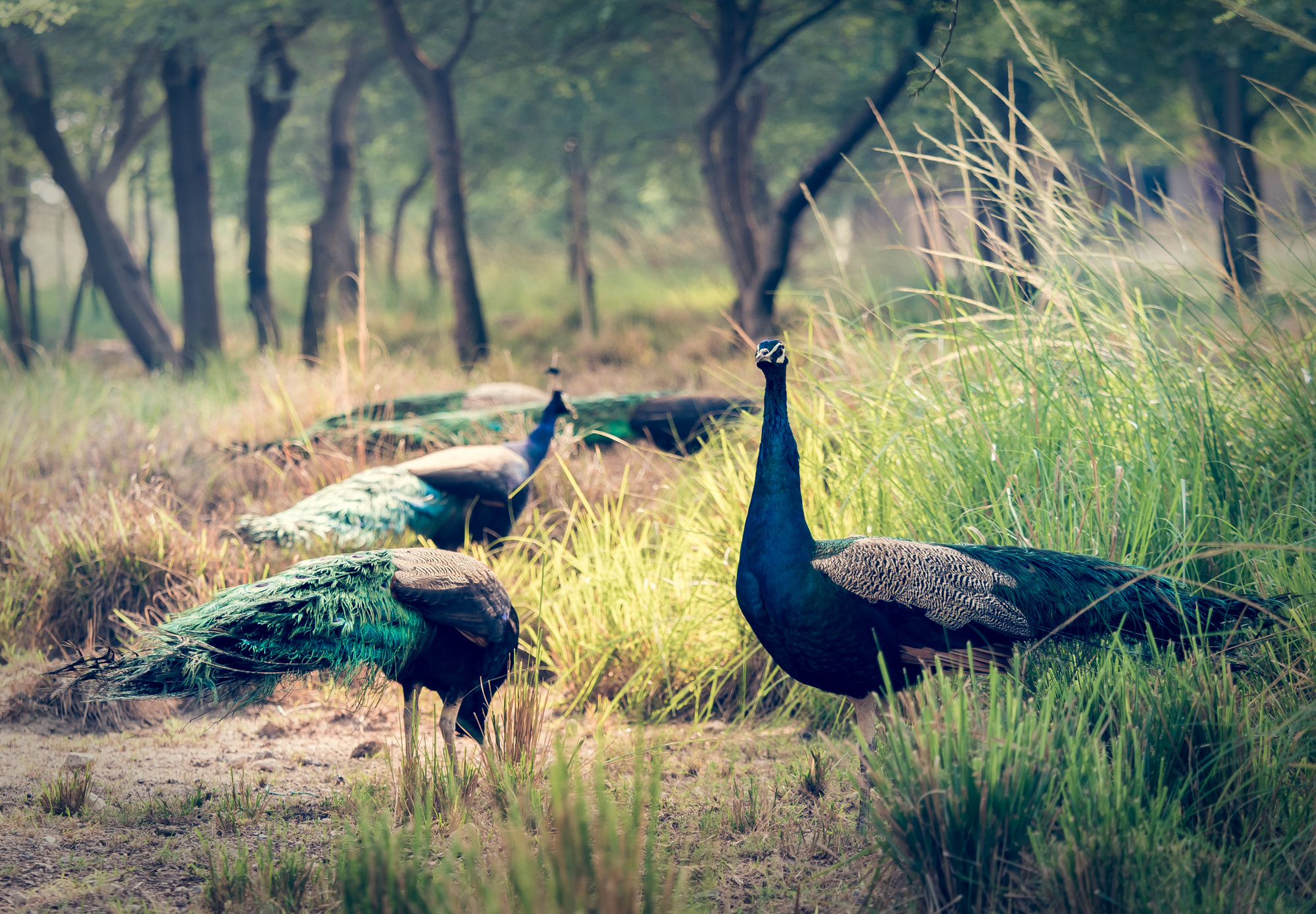
Peacock Central
One of the more common animals on the island are peacocks - in fact, a ranger told us they are considering to introduce some desert foxes to control the population, as culling is not allowed by law.
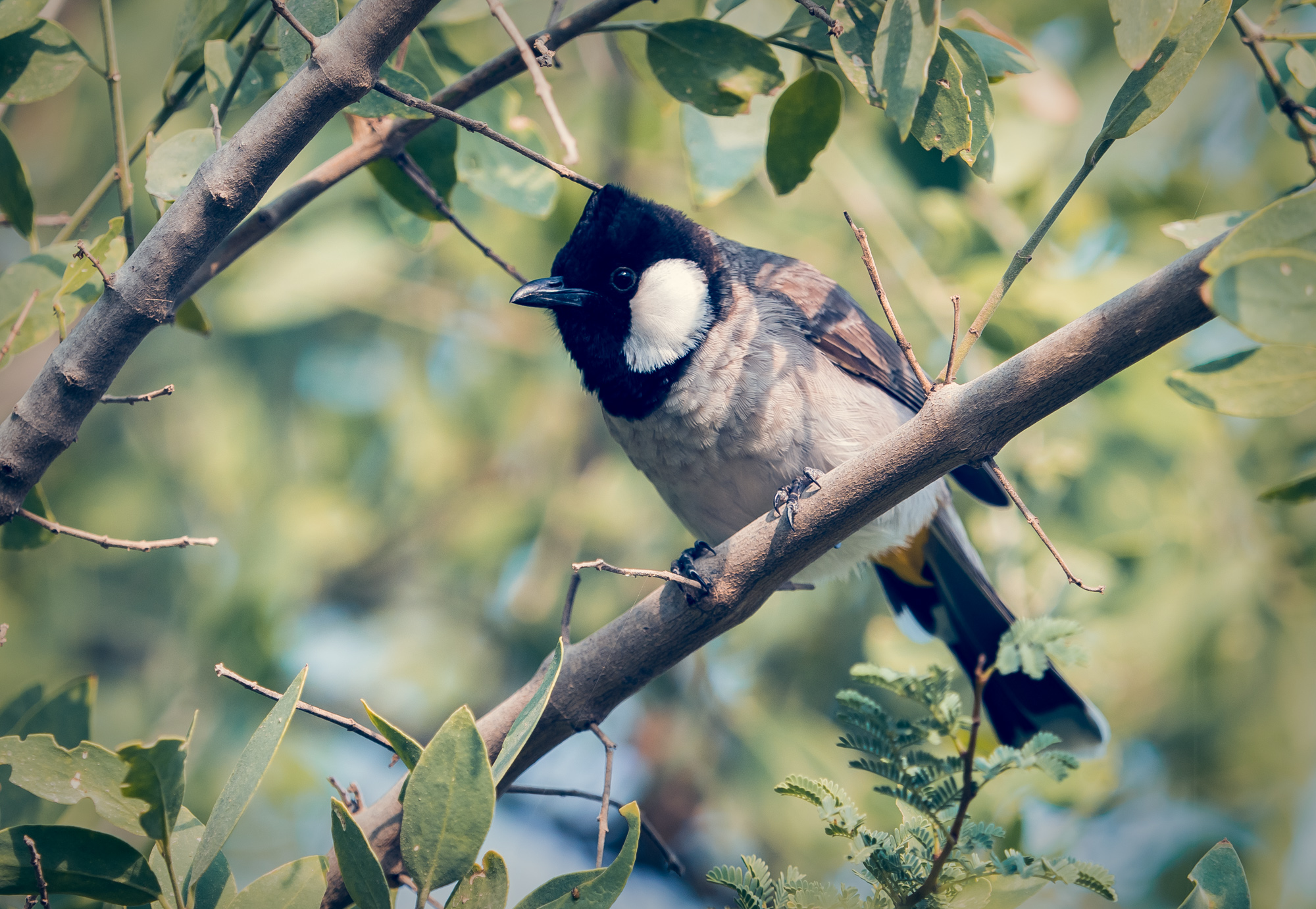
Bird Life
Some might say this one could be straight out of Angry Birds.

Gazelle
Probably the second most common animal on the island, after the Peacocks.
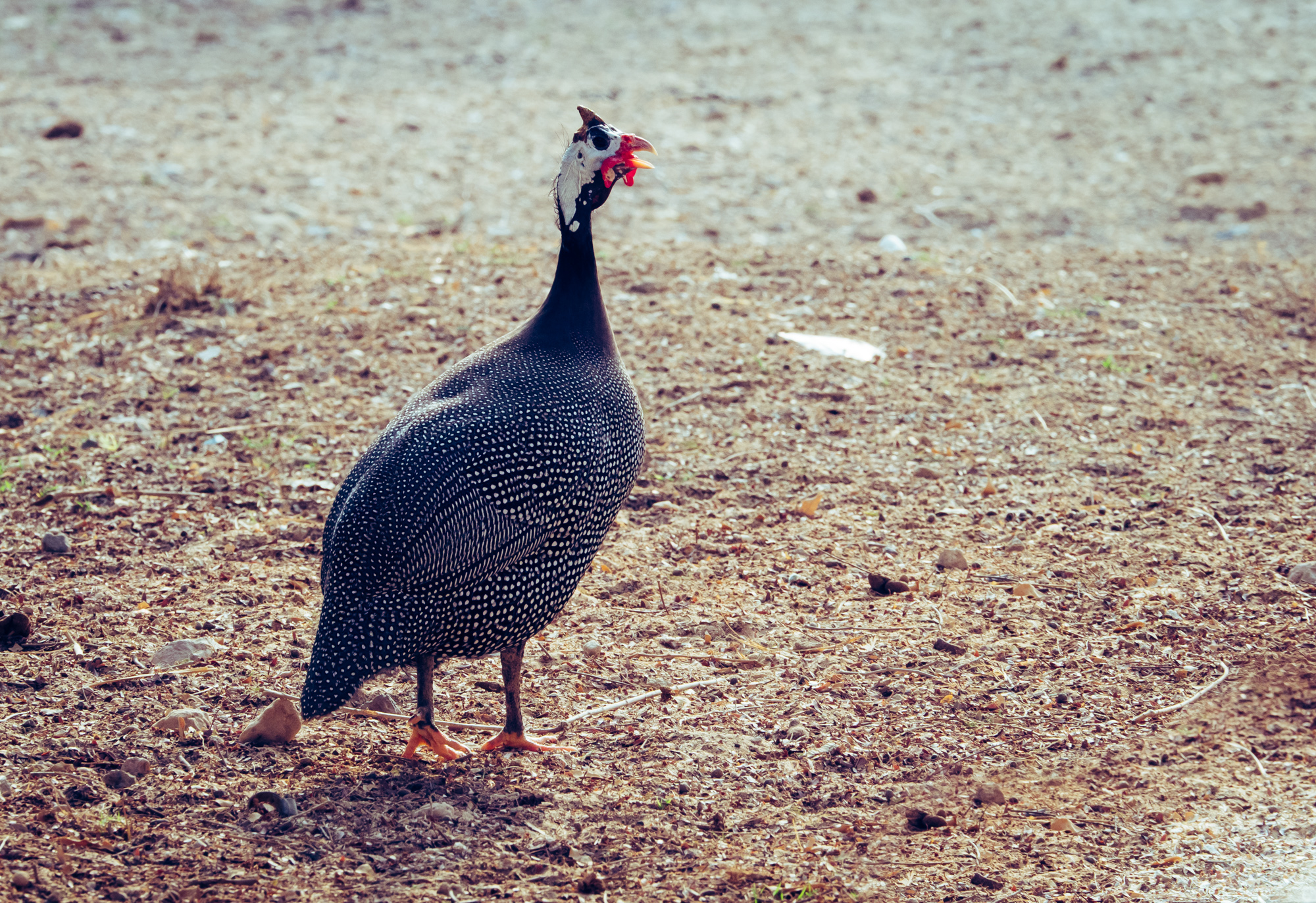
Turkey
I guess this is a female turkey, who didn't end up on a Christmas plate.
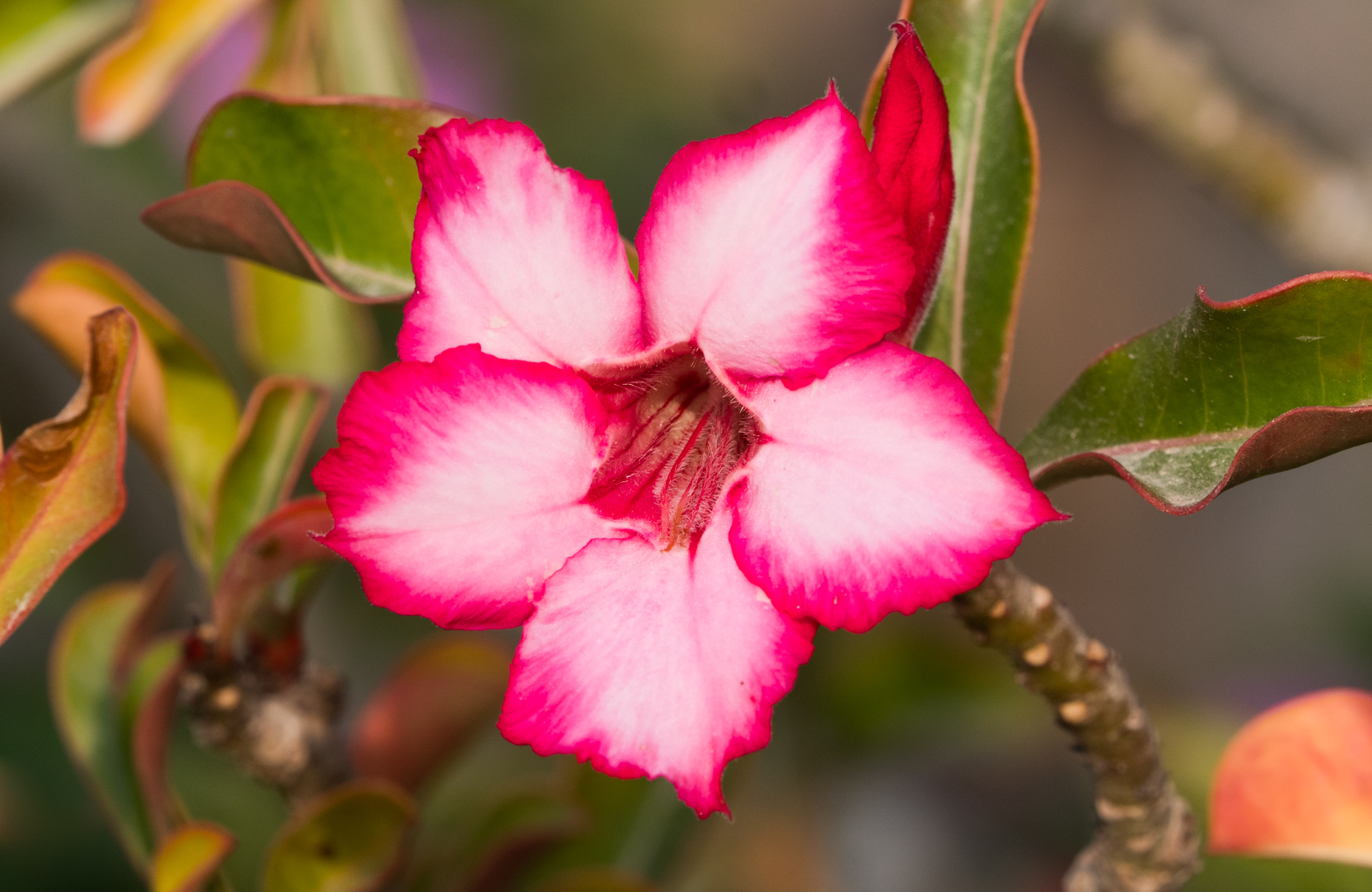
Desert Rose
With only a few days of rainfall per year, a huge irrigation system taking desalinated water from the shore was implemented over the last decades.
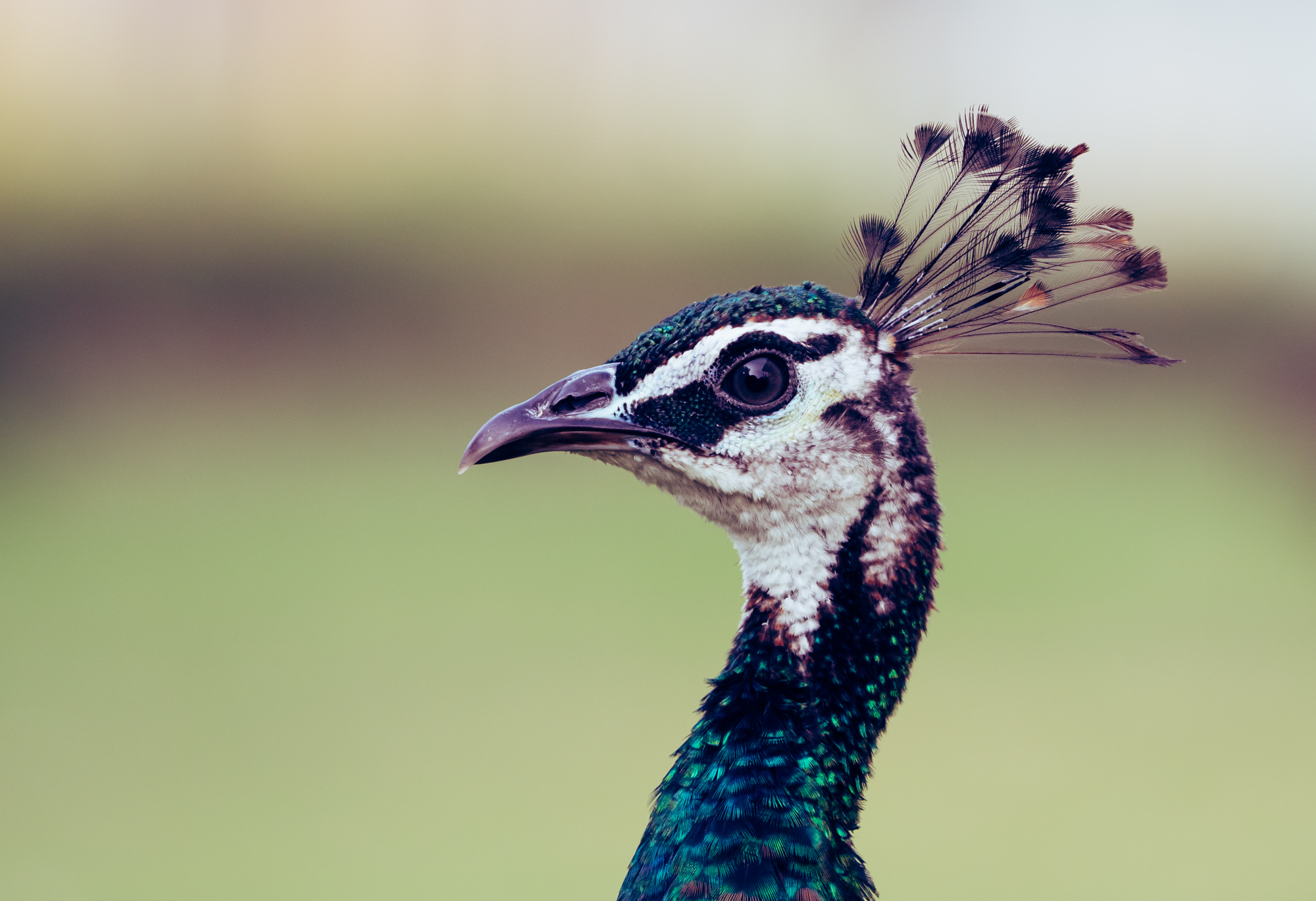
Peacock
Both green and blue types can be found.

Hyraxes
Believe it or not, these animals are closely related to Elephants.

Horns
Of an Arabian Oryx, if I recall correctly. Having seen them in the wild in the desert, these have become some of my favourite animals.
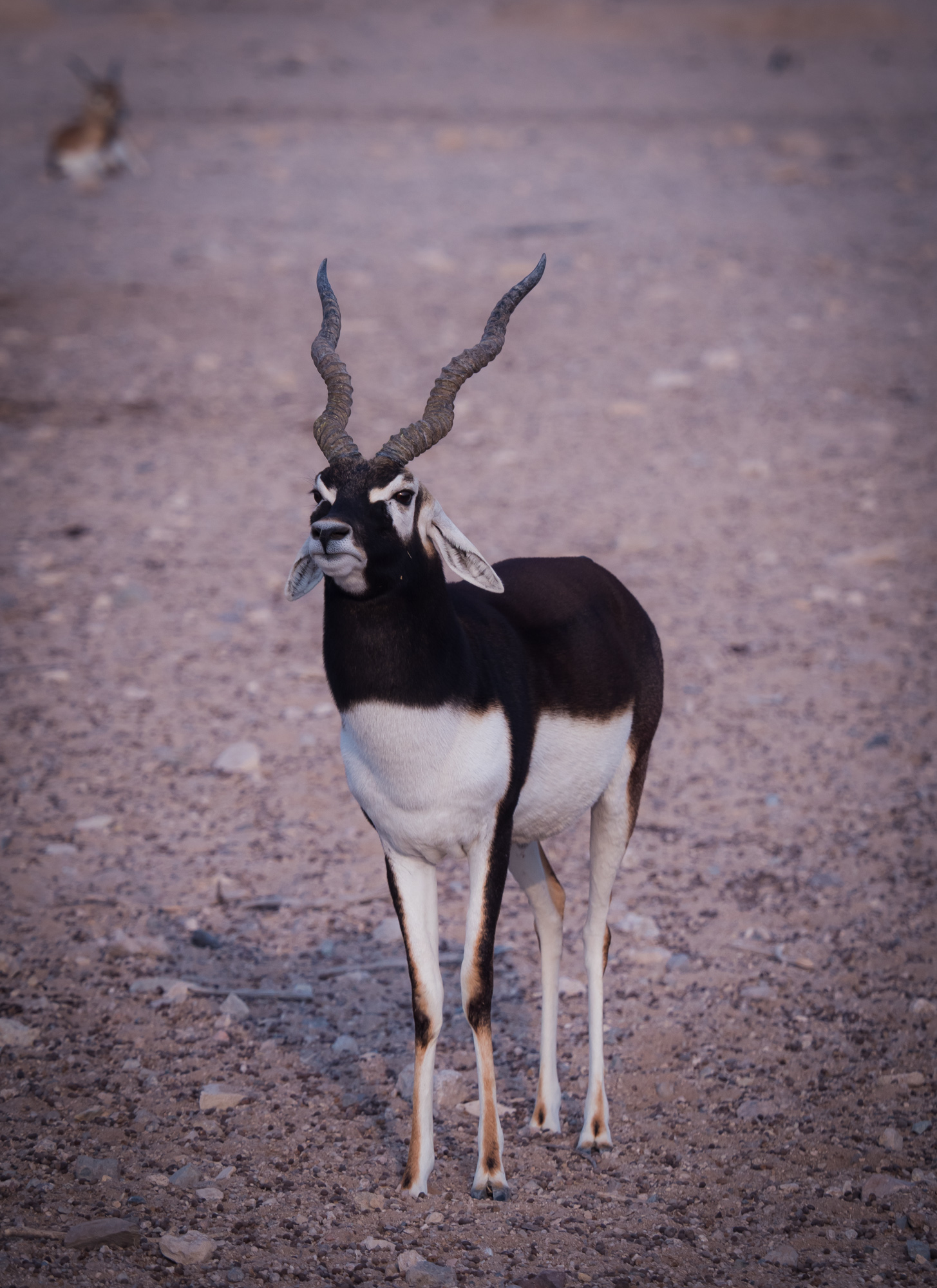
Show Off
Proud of its horns.

Ostrich
A male ostrich, with its pink legs signalling the mating season.
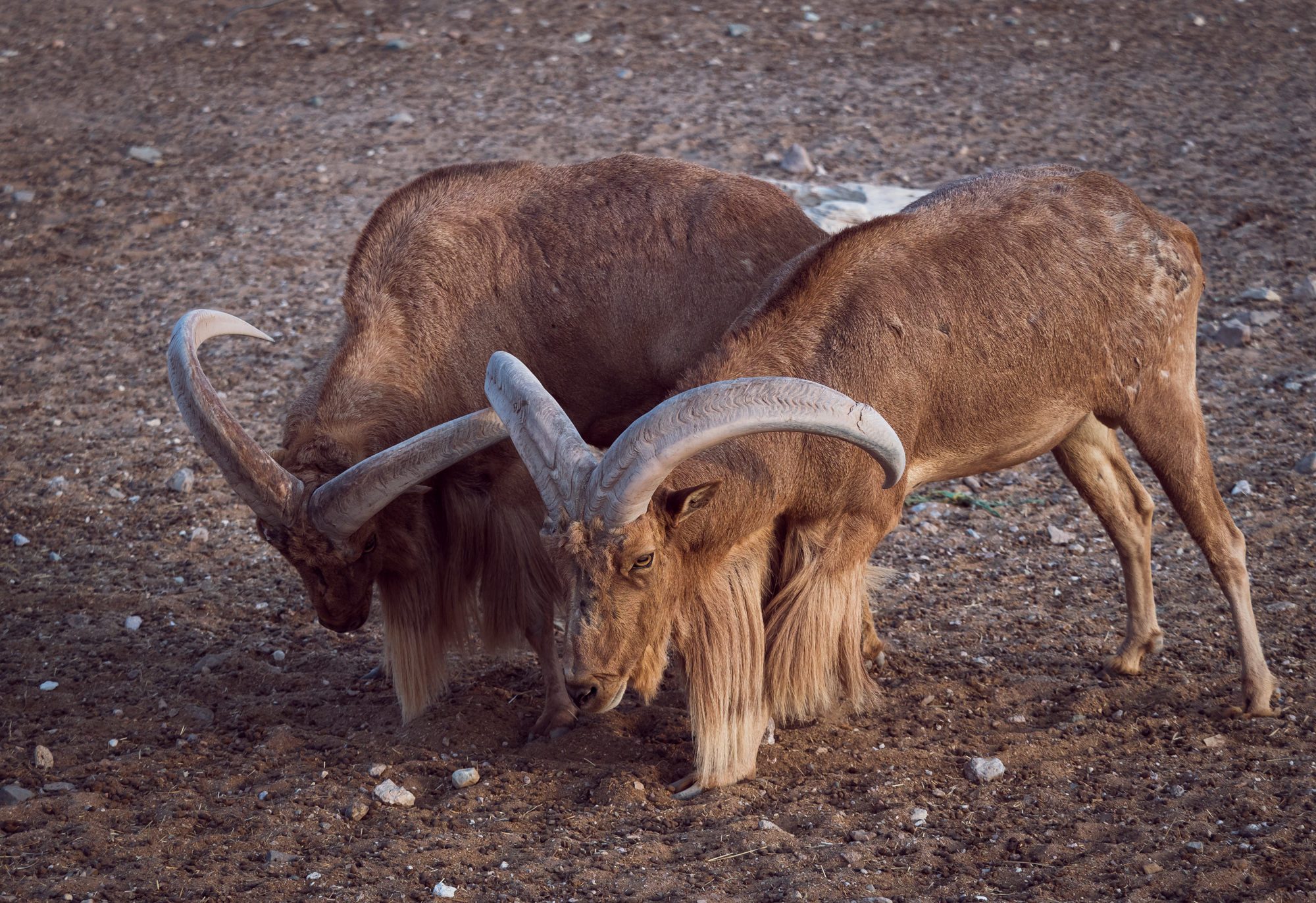
Battles
Two Barbary Sheep (if I am not wrong) measuring their strength.
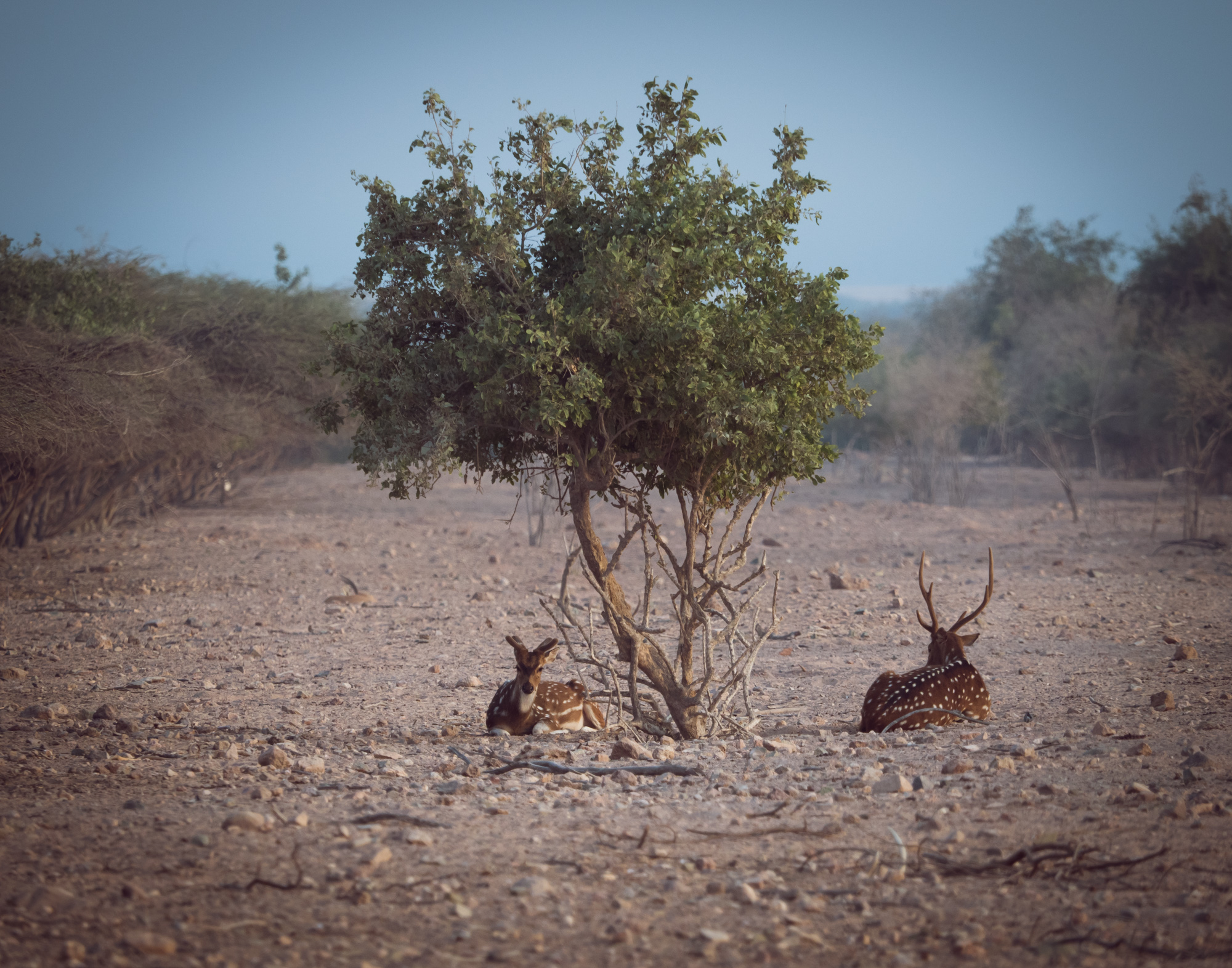
Resting Deer
Several kind of deer can also be spotted on the island, although we heard they are Cheetah favourites...
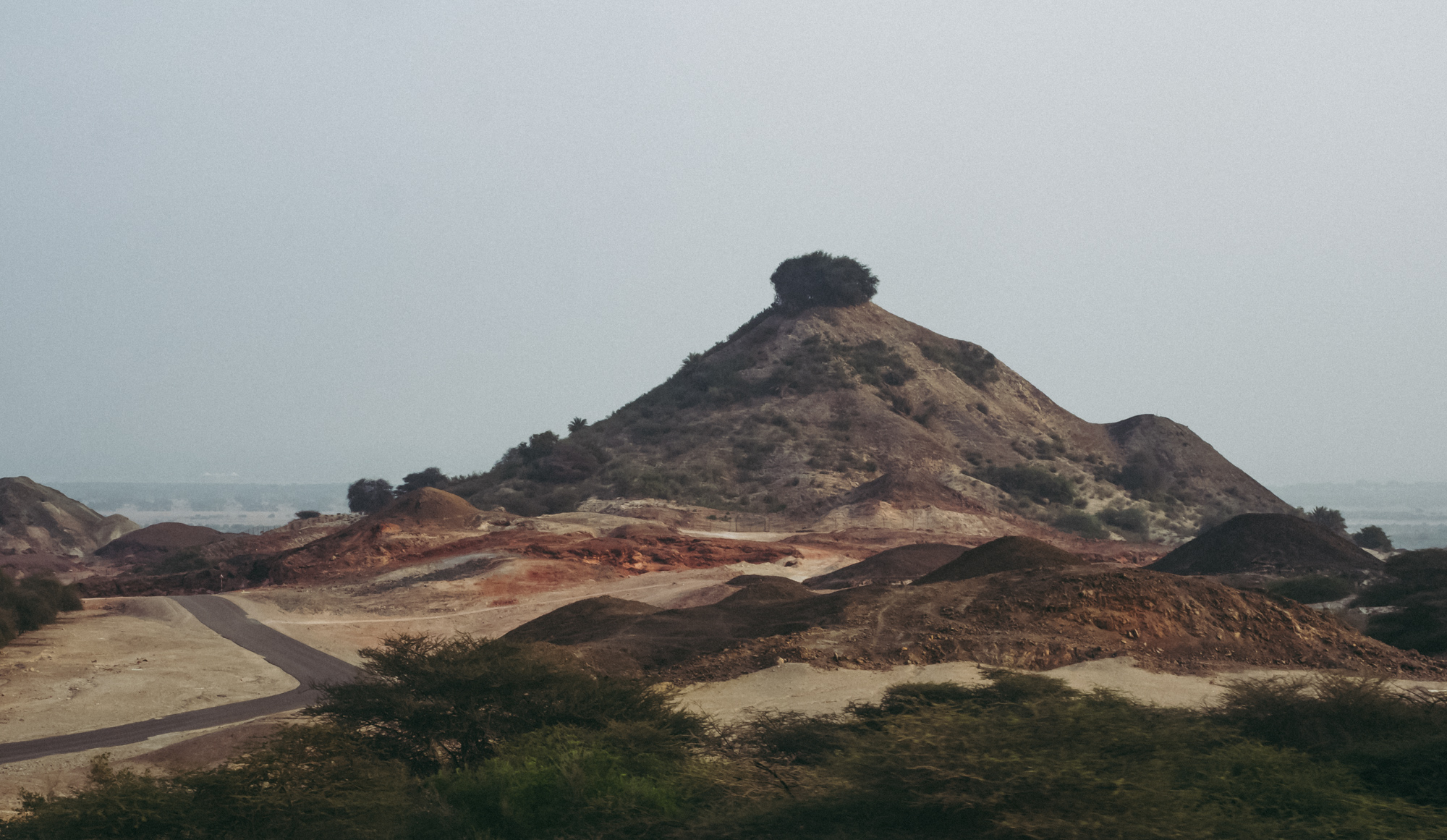
Tribute
Workers are said to have planted the UAE's national tree, the Ghaf tree, on top of the mountain in honor of Sheikh Zayed bin Sultan Al Nahyan who started the initiative on the island in 1977.
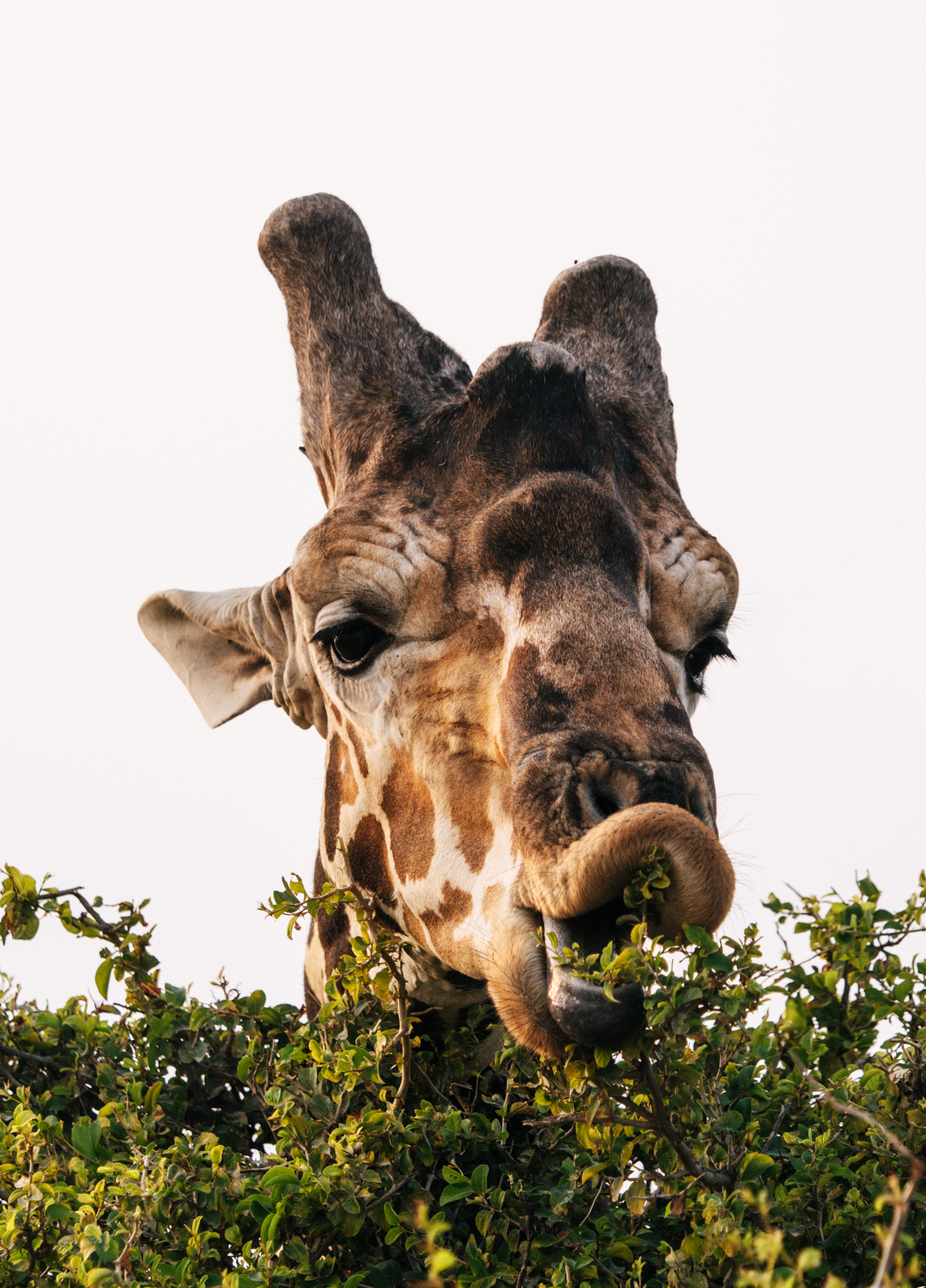
Hungry
There are only 8500 of the Somali Giraffe in the wild. The island is home to about 30.
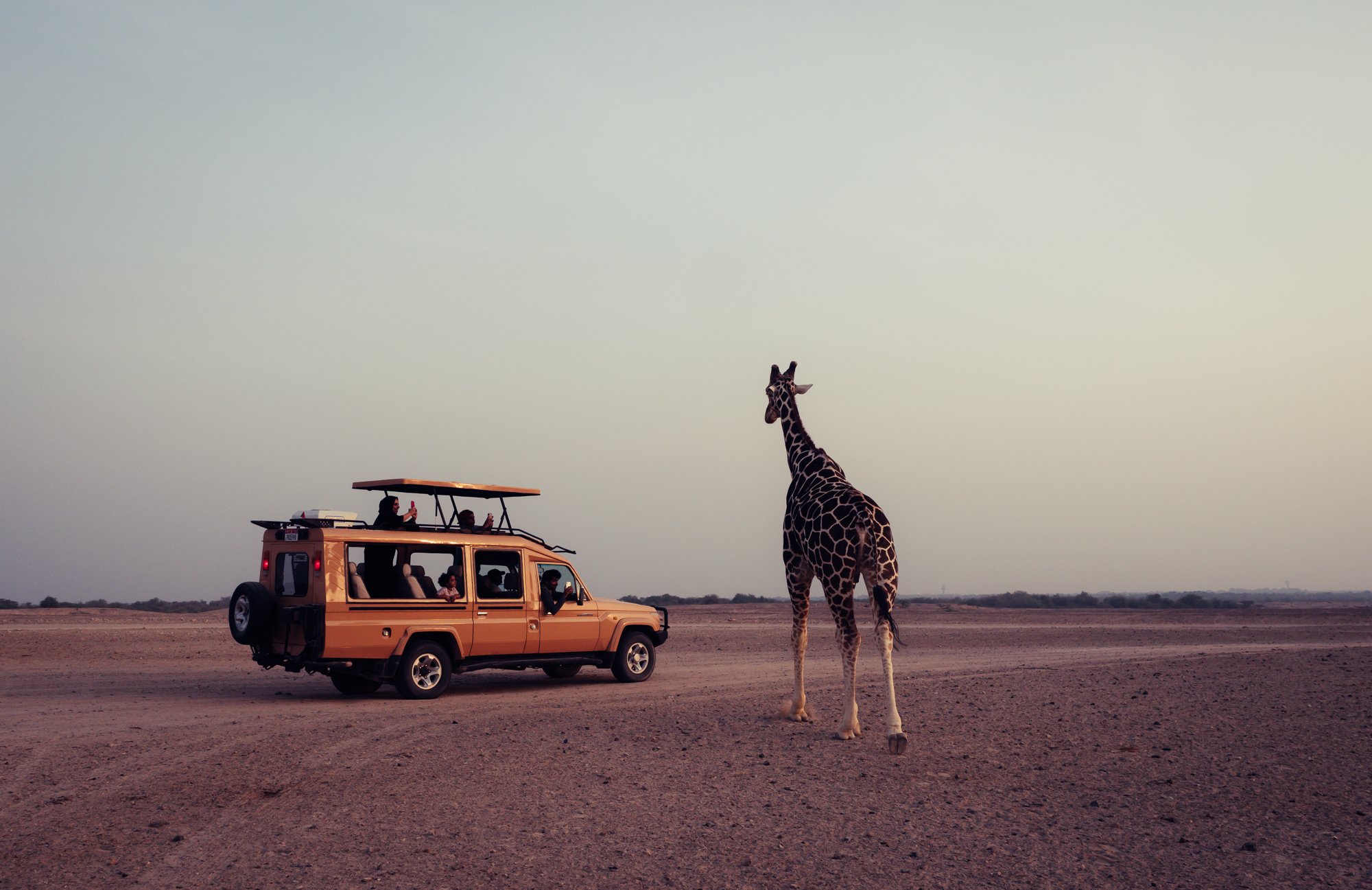
Encounters
They are free roaming in the reserve.
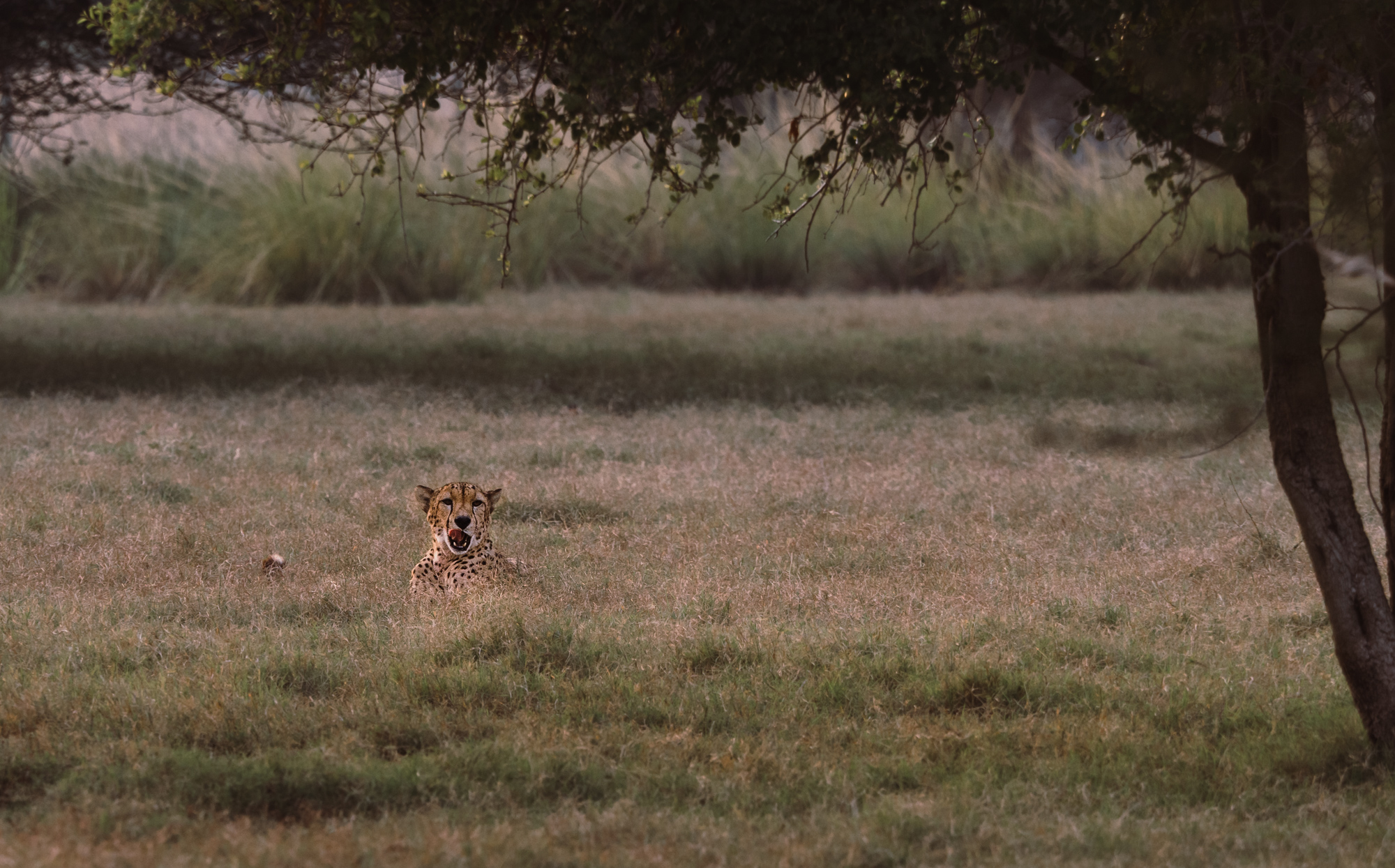
Nom Nom
The cheetah had just made a kill before we spotted them.
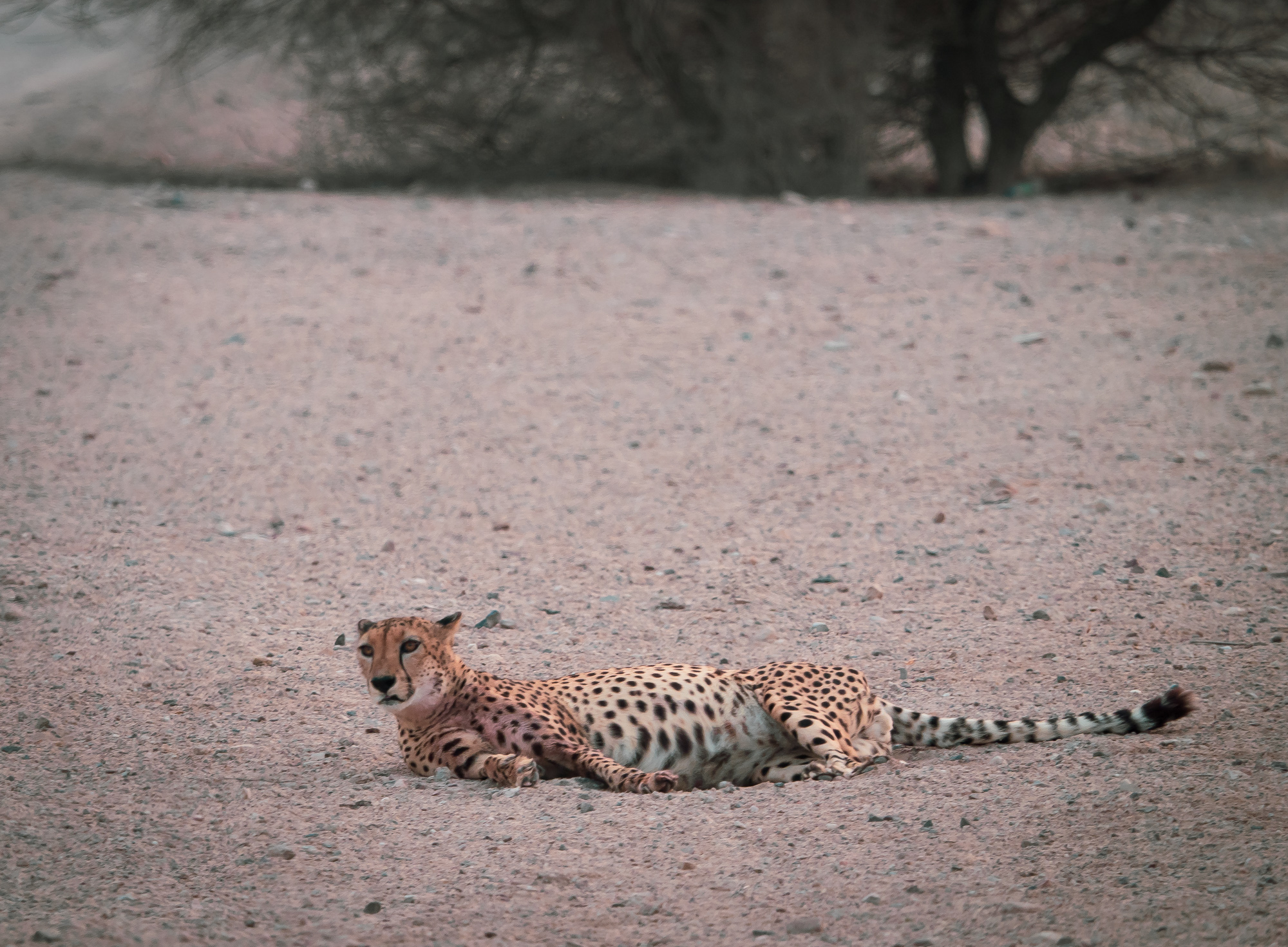
Rest time
So of course it was time to rest after the meal.

Leftovers
This was what was left of the Gazelle after they were done.
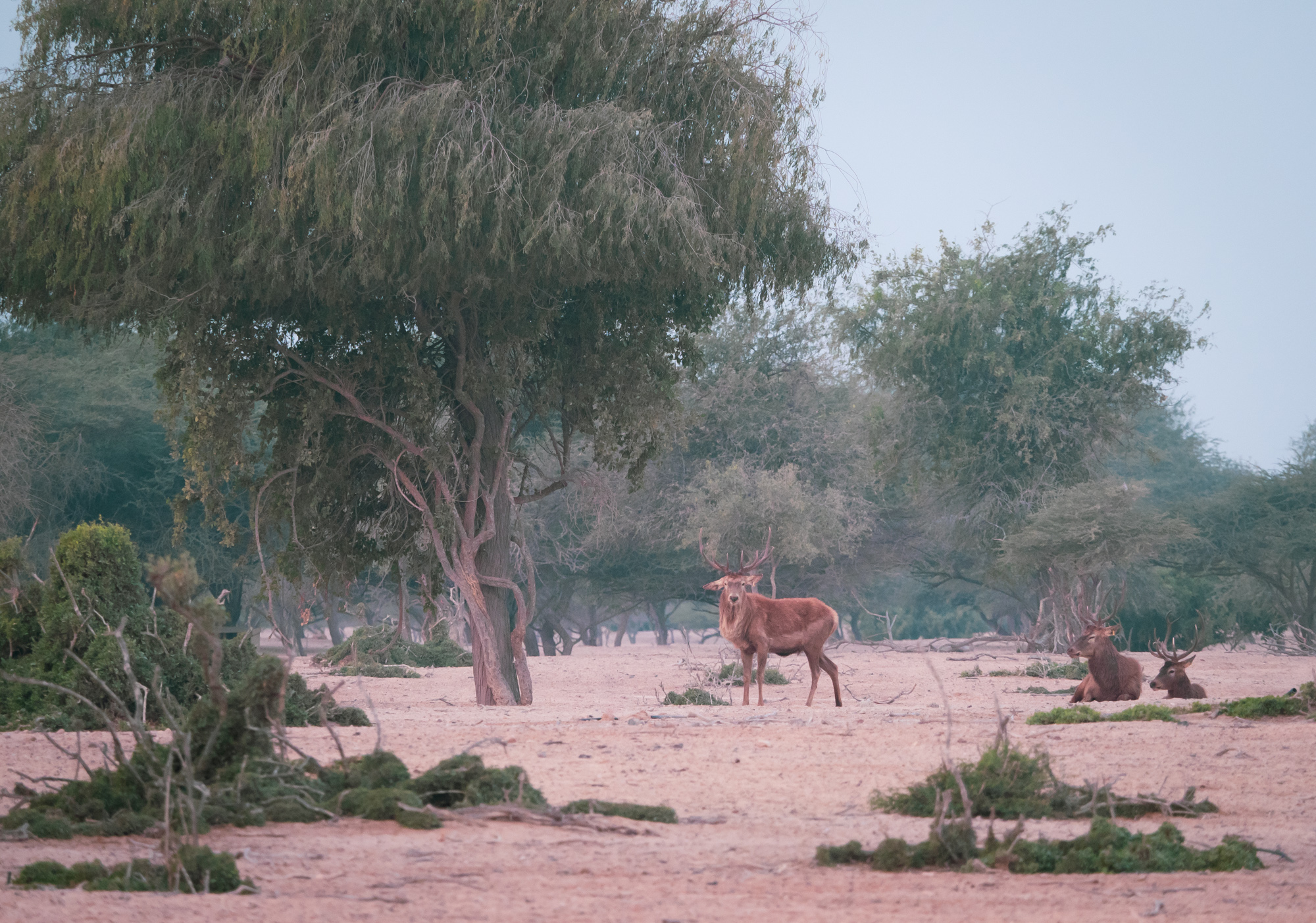
Morning Walk
A guided walking tour through the nature park is the best way to truly get a feeling for the animals.
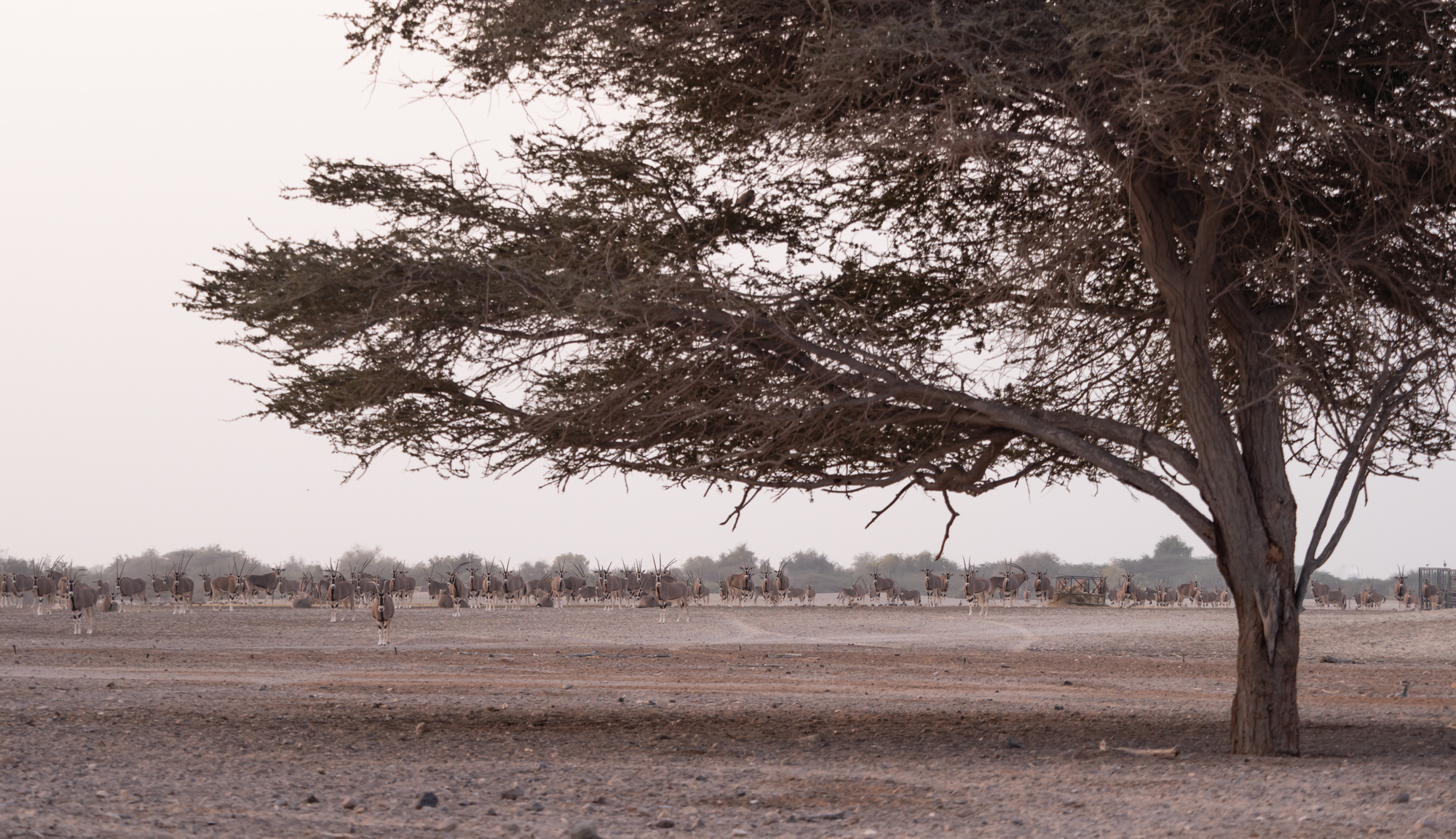
Conservation
The island is home to many critically endangered or vulnerable species, such as Barbary sheep, and Arabian tahr.
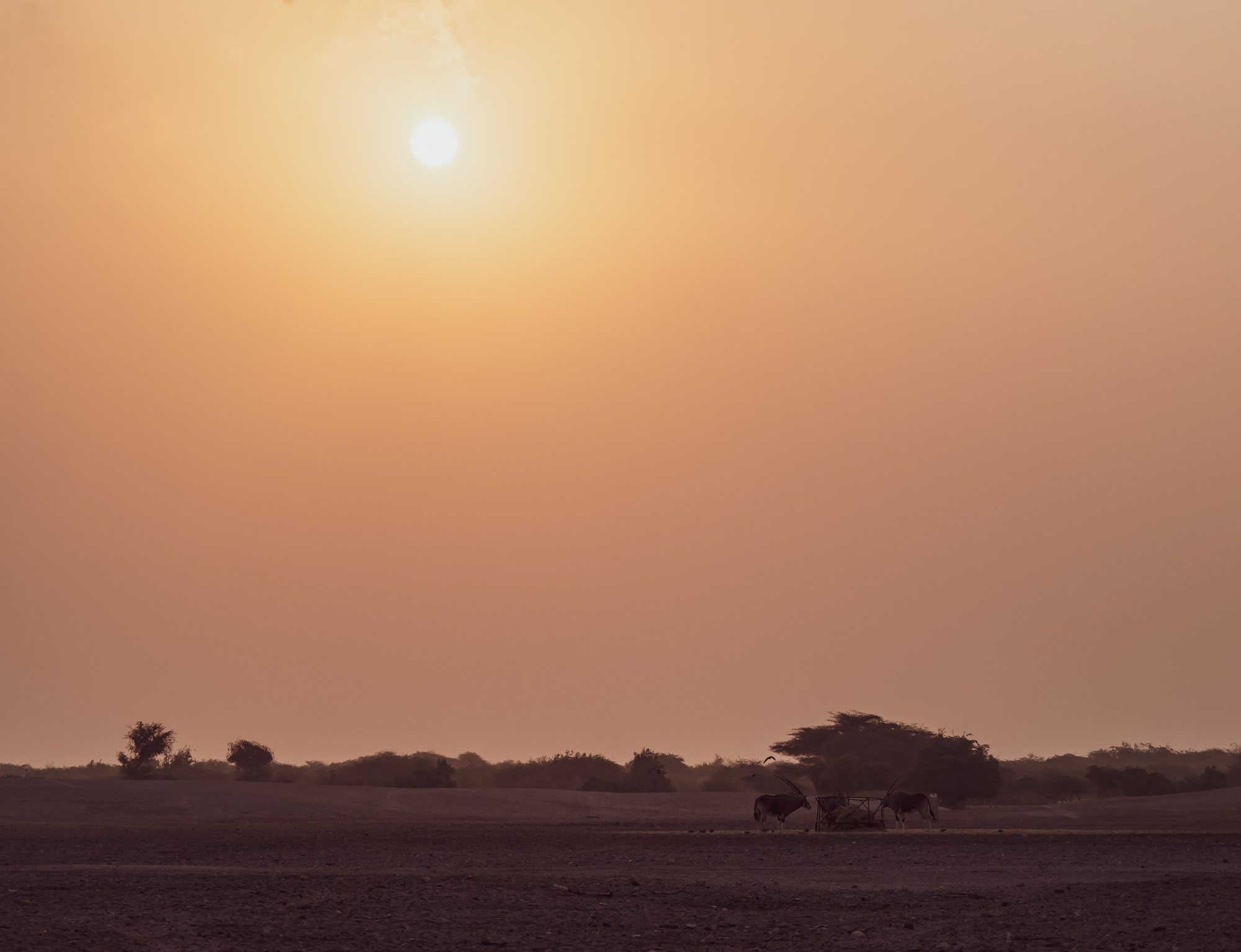
Sunrise Views
Many thousands of animals have been released back into the wild to help local and international conservation efforts.
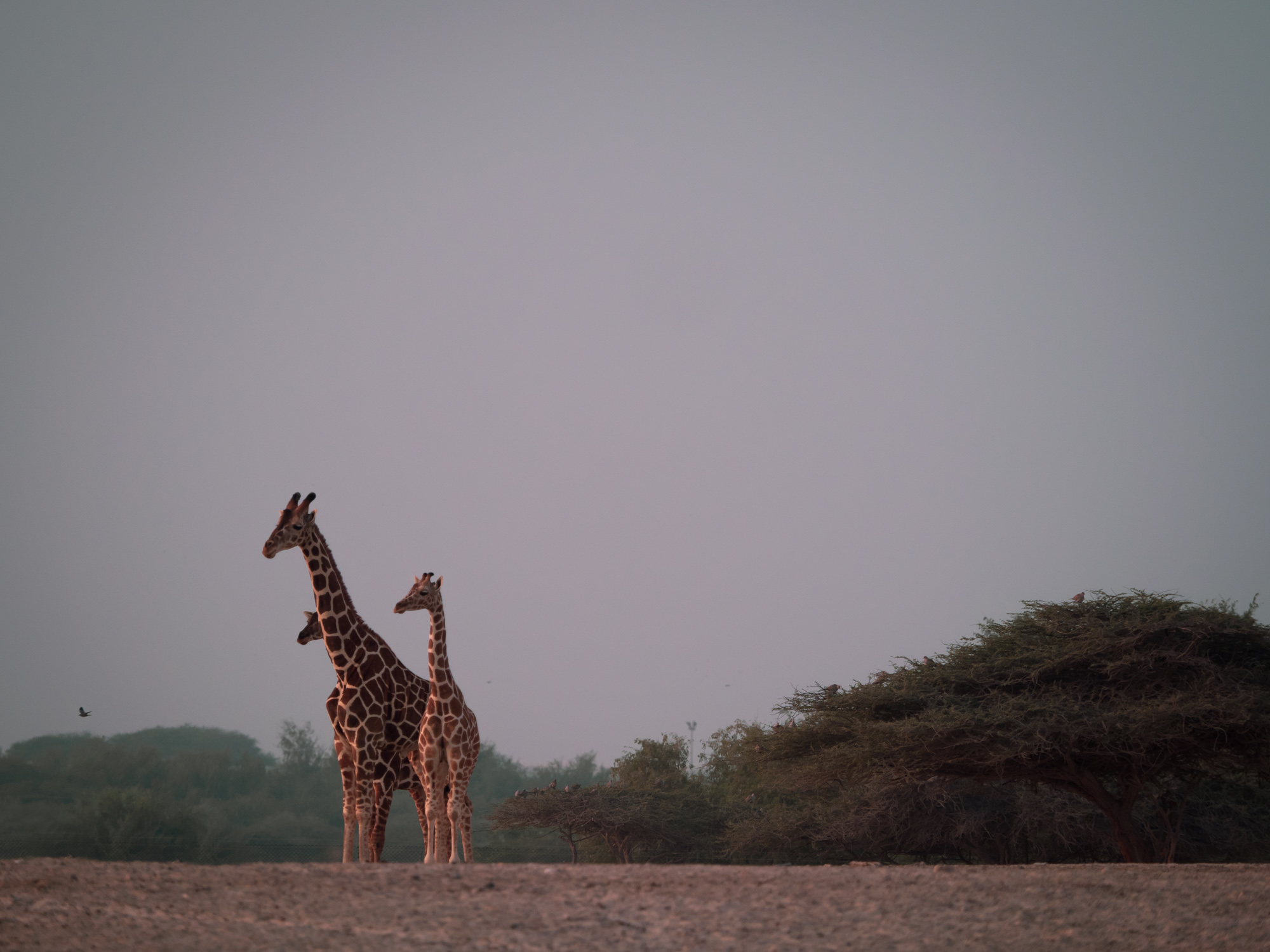
Giraffe Family
After the last young has been born, male and female giraffes have been seperated on the island to avoid further population growth, as giraffes eat a lot...

Wildlife
More than half the island is made up of the Arabian Wildlife Park, which is home to more than 10,000 free roaming animals.
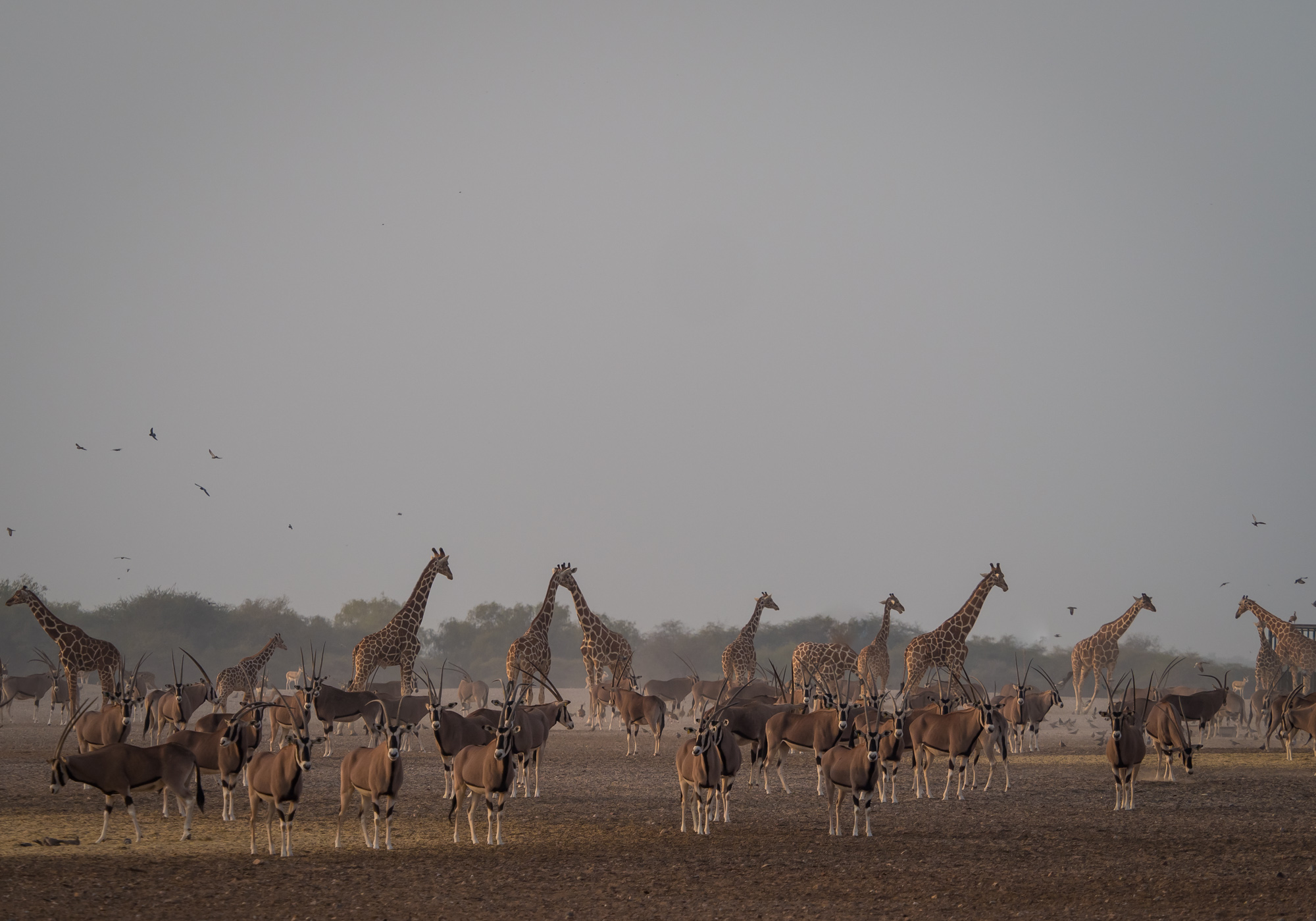
Under Observation
As we came closer during the walking tour, we were monitored quite intensely...
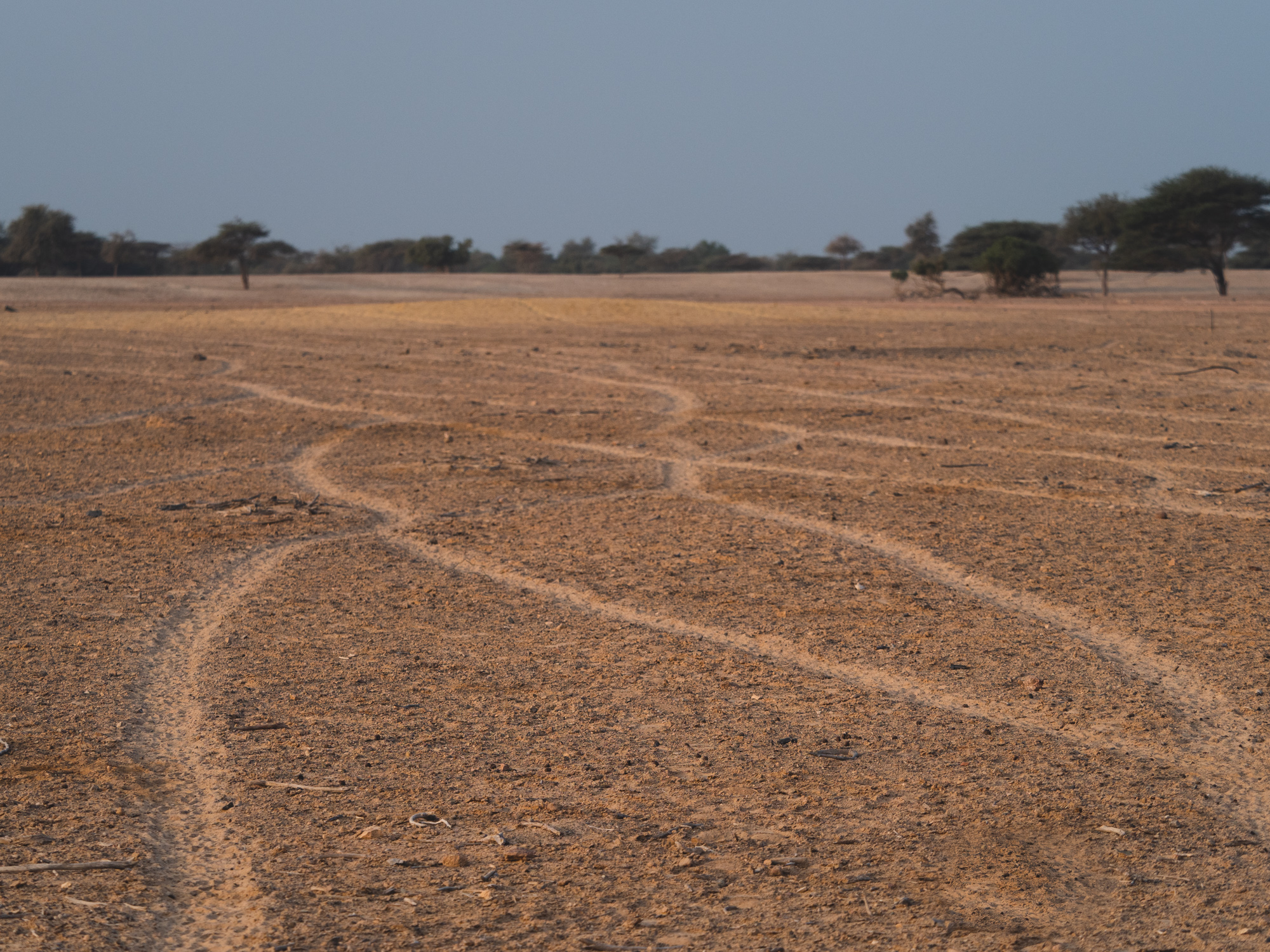
Car Tracks?
Actually - these are tracks from gazelles walking towards one of the feeding stations, they like to keep in line...
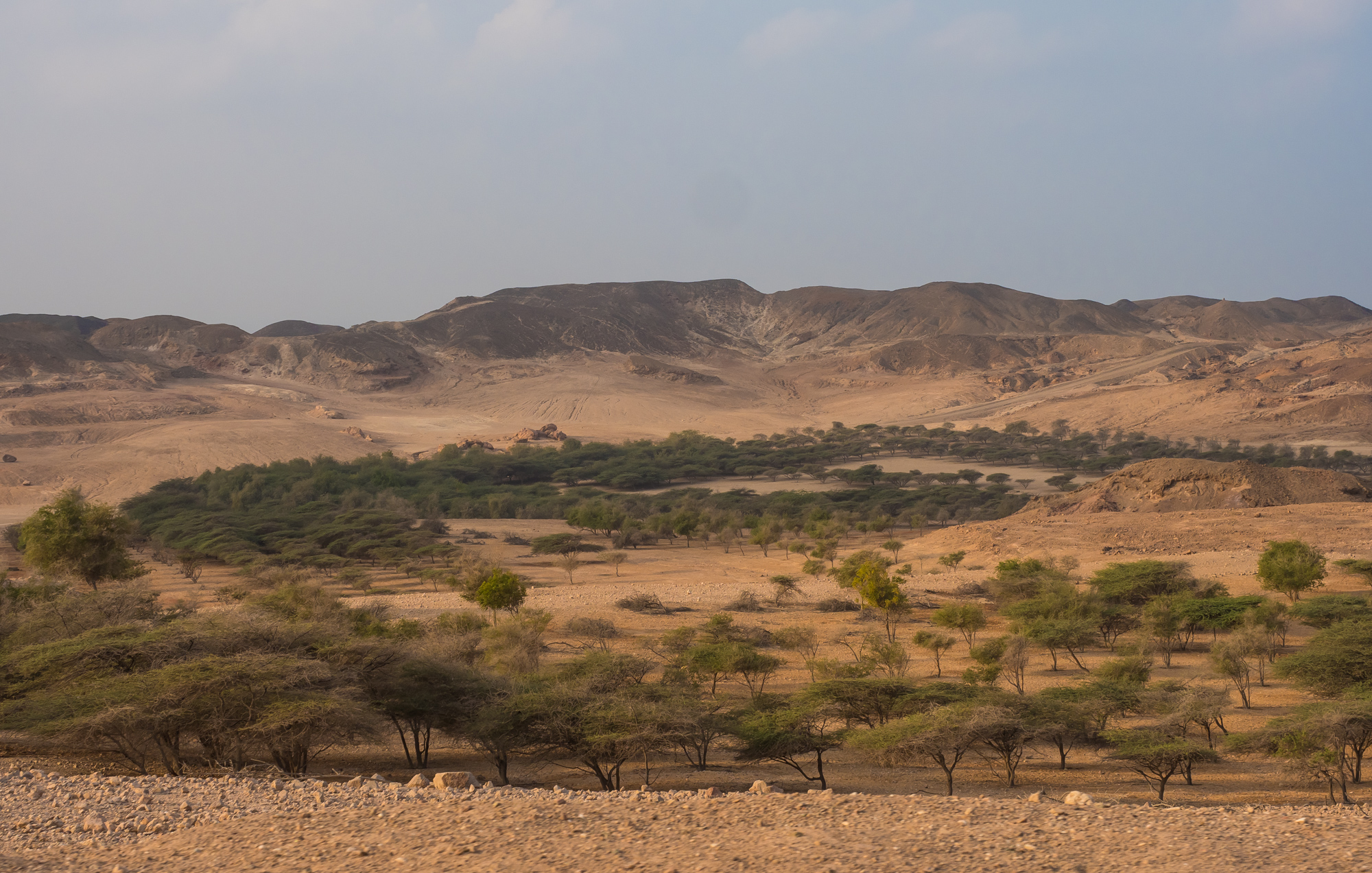
Greenery
Over 3 million trees have been planted on the island over the last 40 years.

Full Moon
Staying during full moon meant nights were bright.
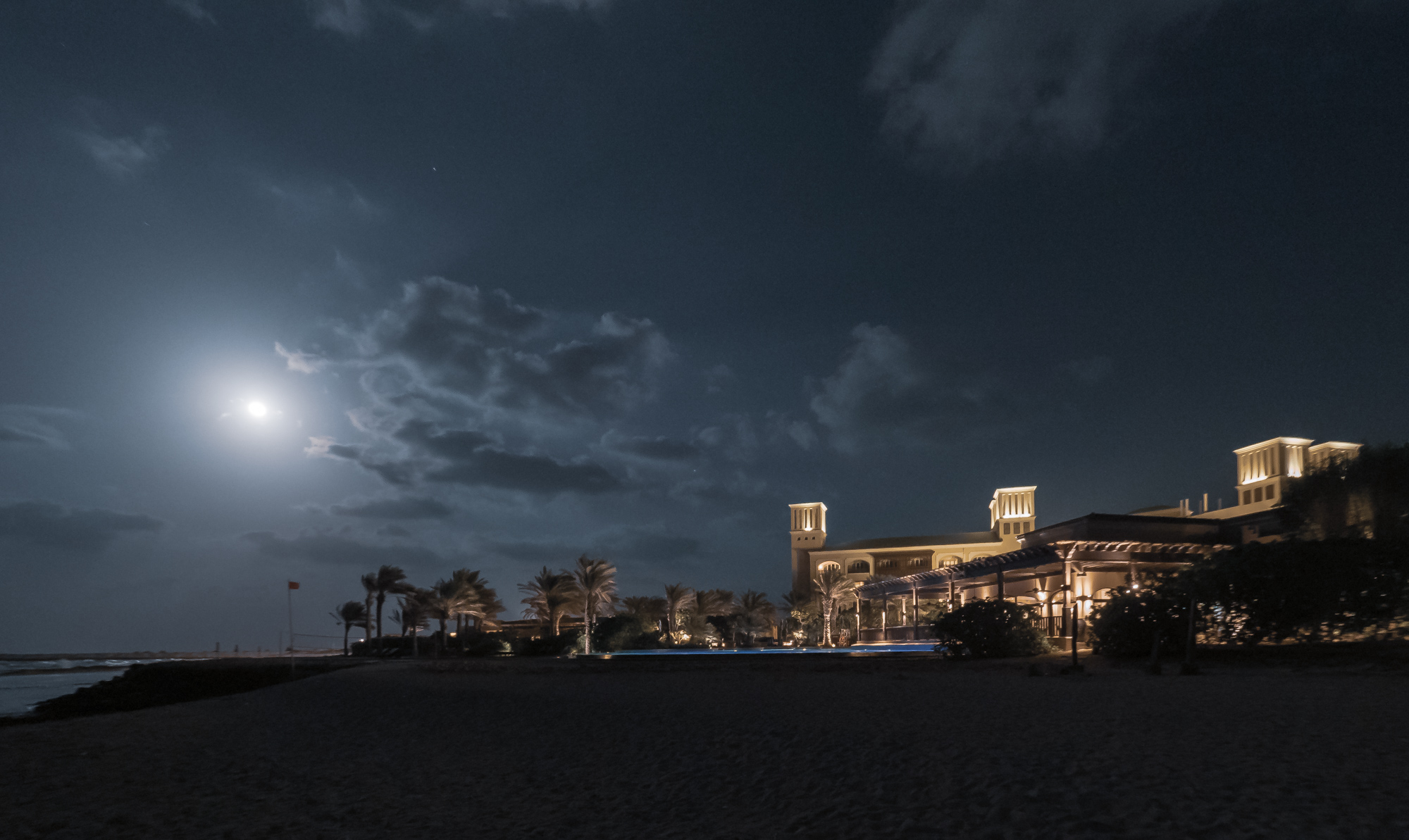
Desert Islands Hotel
The first hotel on the island opened in 2008 and used to be Sheikh Zayed's guest house.
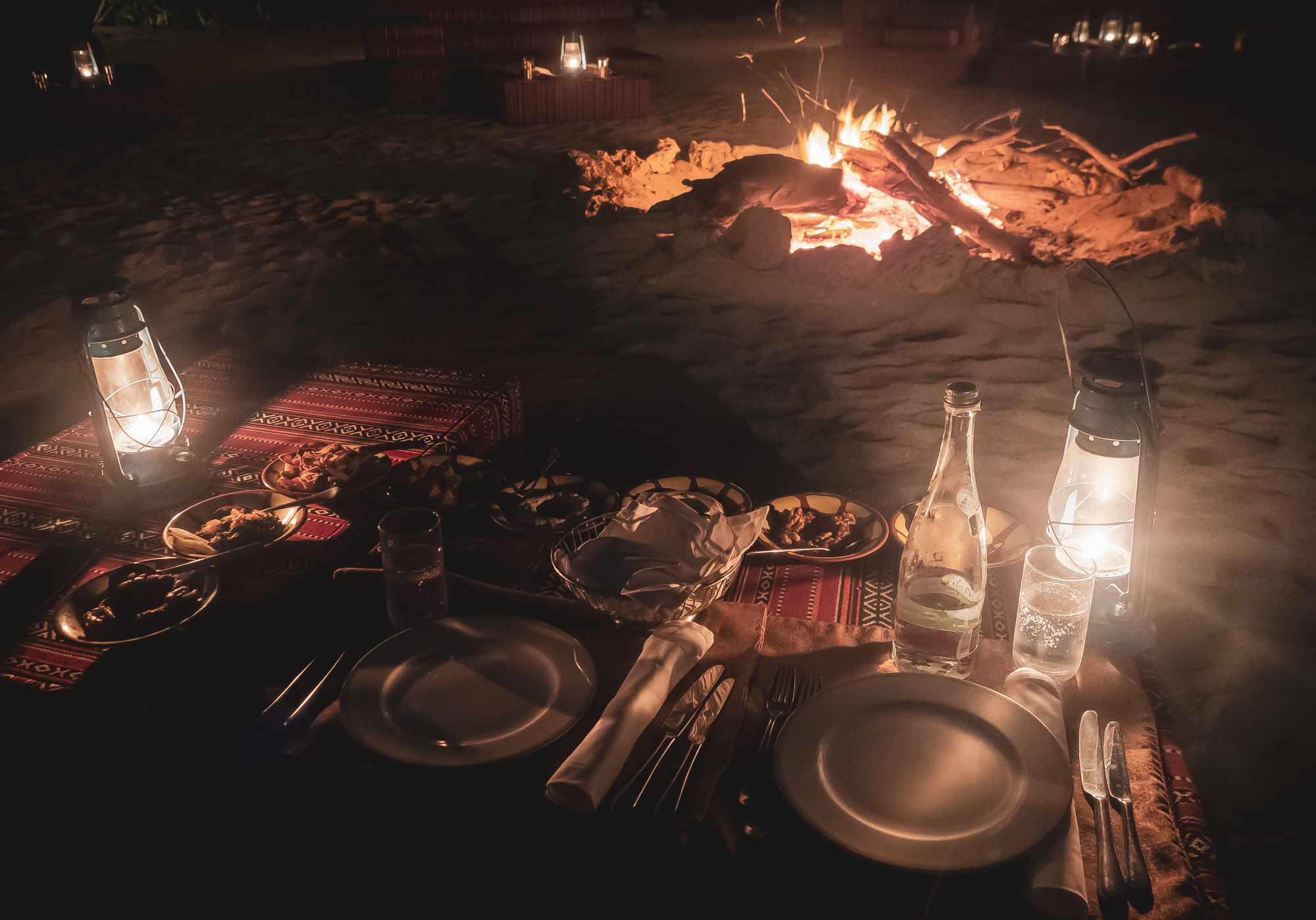
Dinner Time
It's getting cold in the Winter out in the sea, but a fire on the beach and some arabic food makes it more than bearable.

Wadi
The rugged mountain area features some beautiful Wadis which fill with water during (rare) rainy times.
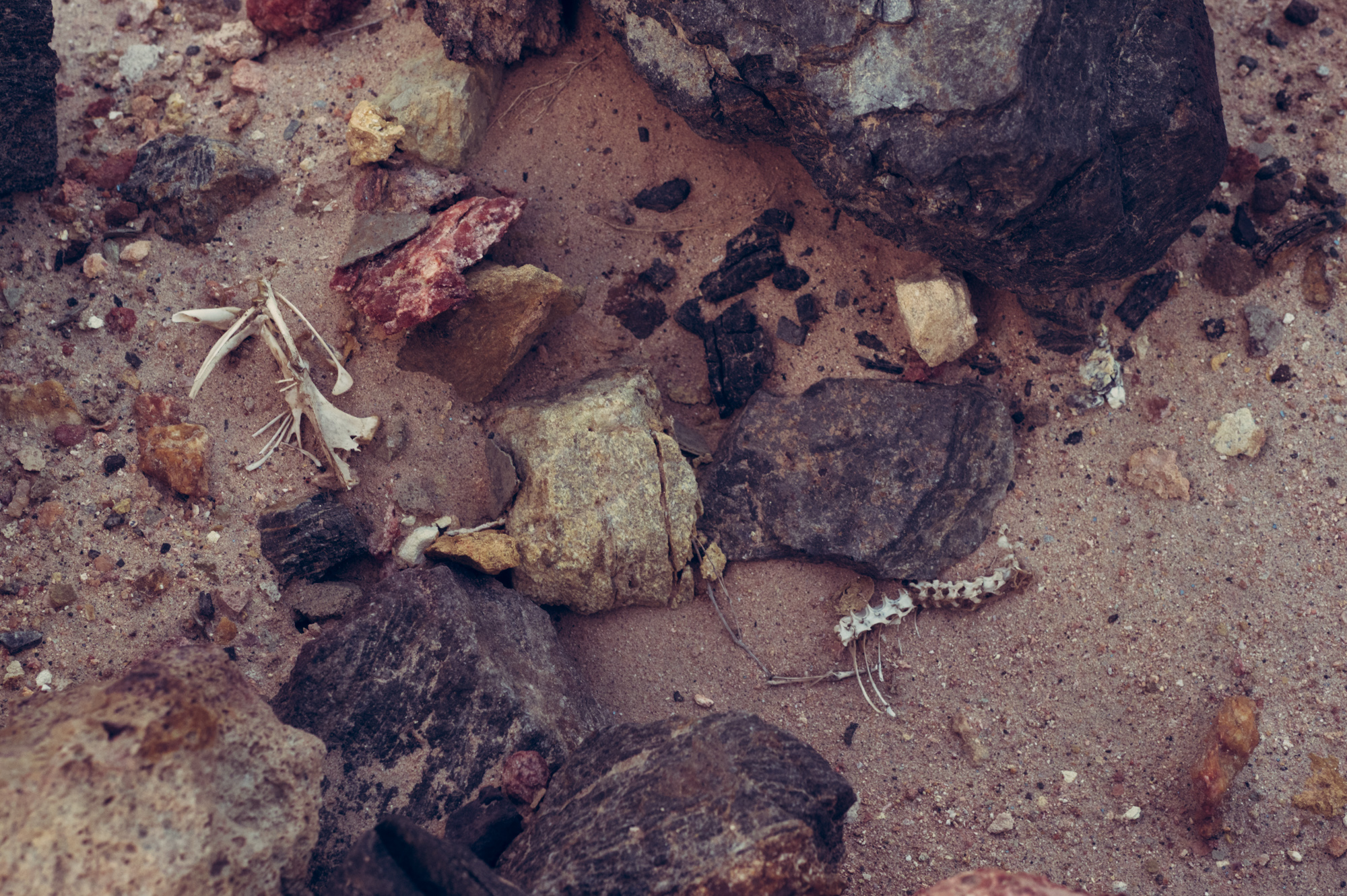
Cemetary
Many animals are said to come here for their last hours.

Oxidized Iron
Haematite I believe?

Colourful
Gypsum mixed with iron turn into brown and red colour shades across the rocks.
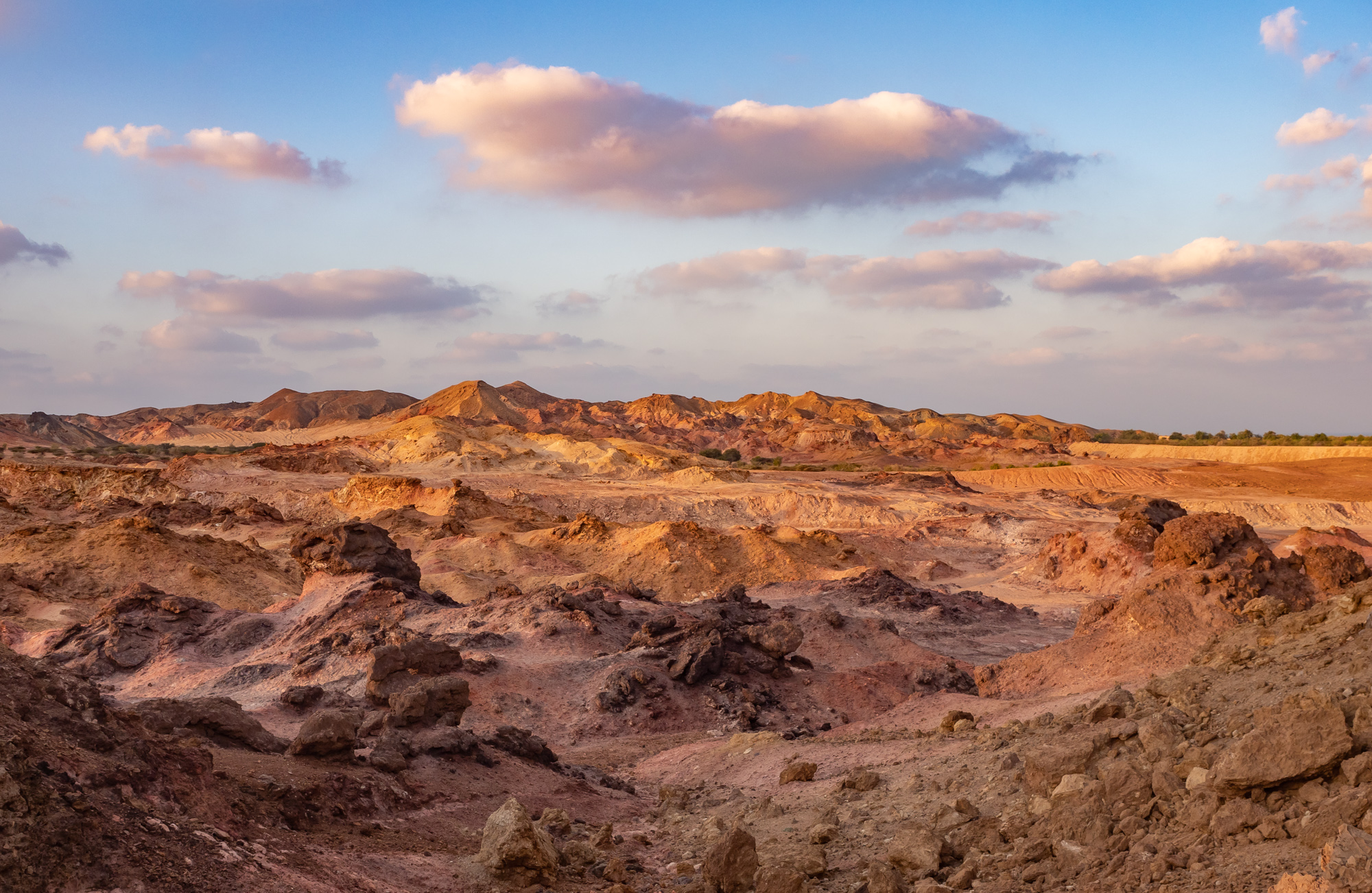
Barren
The central part of the island has not been planted much, and shows the barren yet beautiful mountainous landscapes.
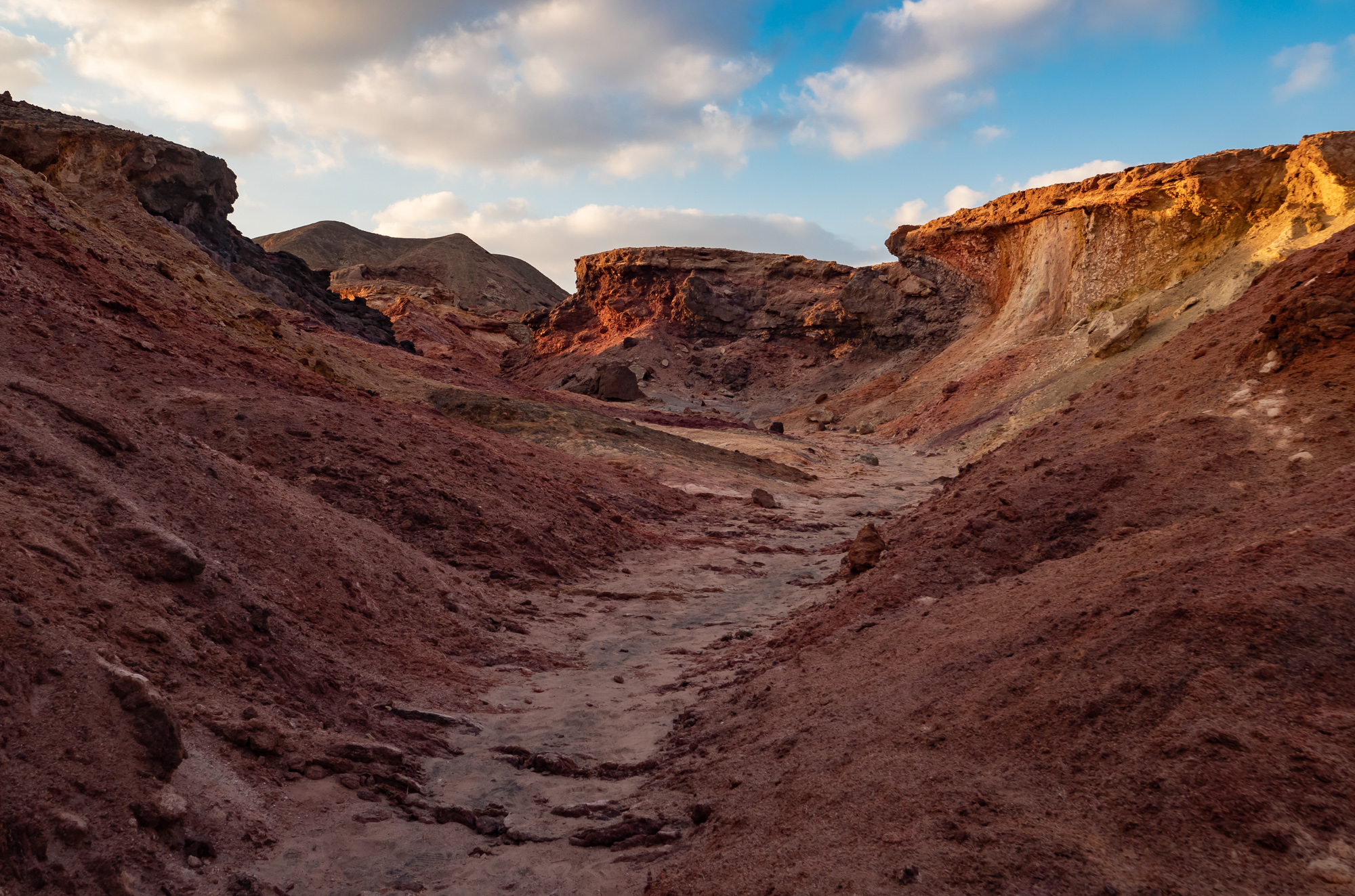
Nature & Culture
Aside from beautiful nature, the island is also home to the UAE's only discovered Christian monastery from around 600 AD - it is currently being renovated and can't be visited though.

The First Rays
Salt and sediments squeezed their way to the surface, creating the patterns in the rock.

Shadow Selfie
Sunrise always makes for the best light.

Green Dot.
Even in this landscape, some plants survive, although very few are naturally occuring.
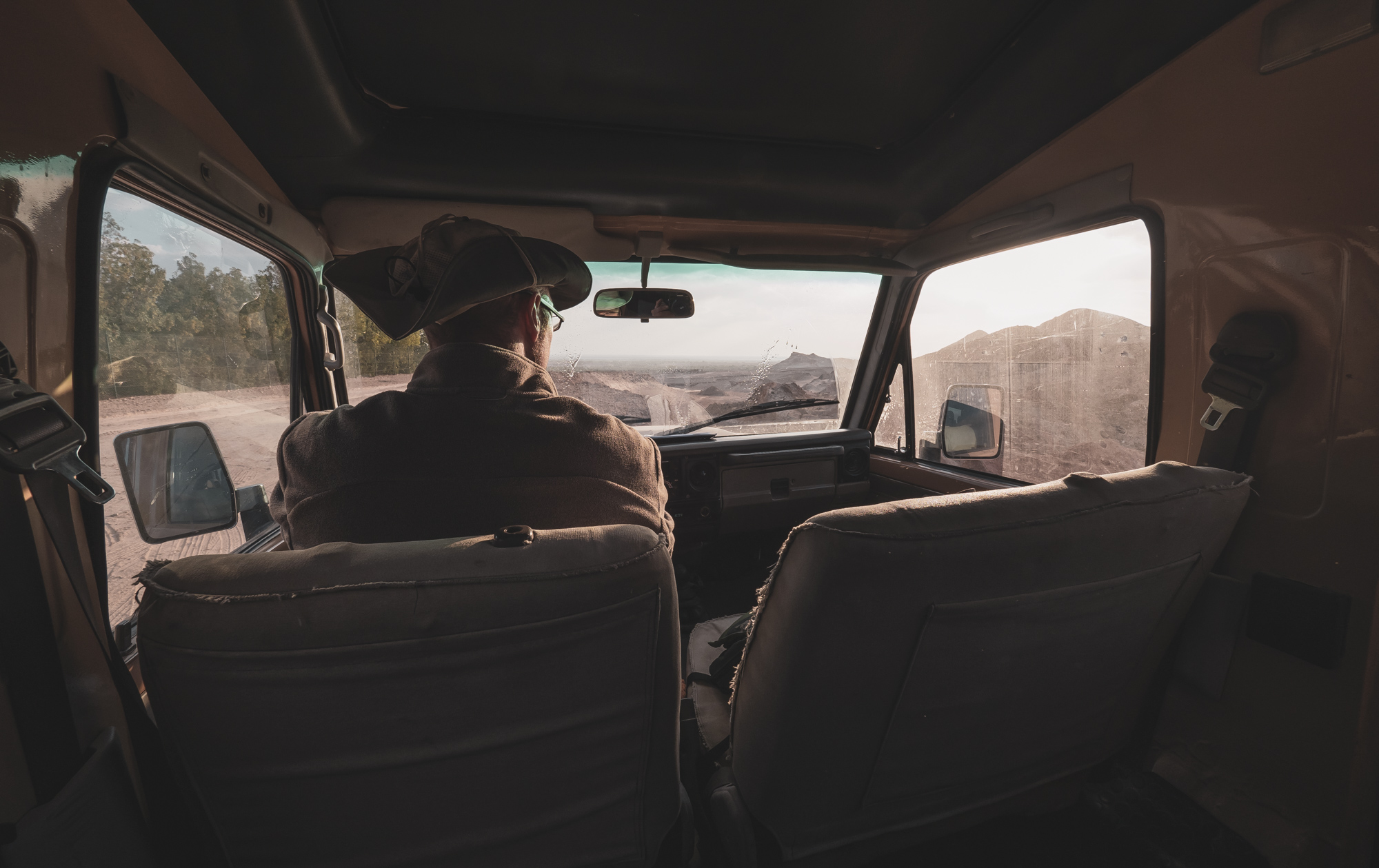
Exploring
You can explore the island with a 4x4 or also by foot - although at 87sqm it was a lot bigger than I had thought.
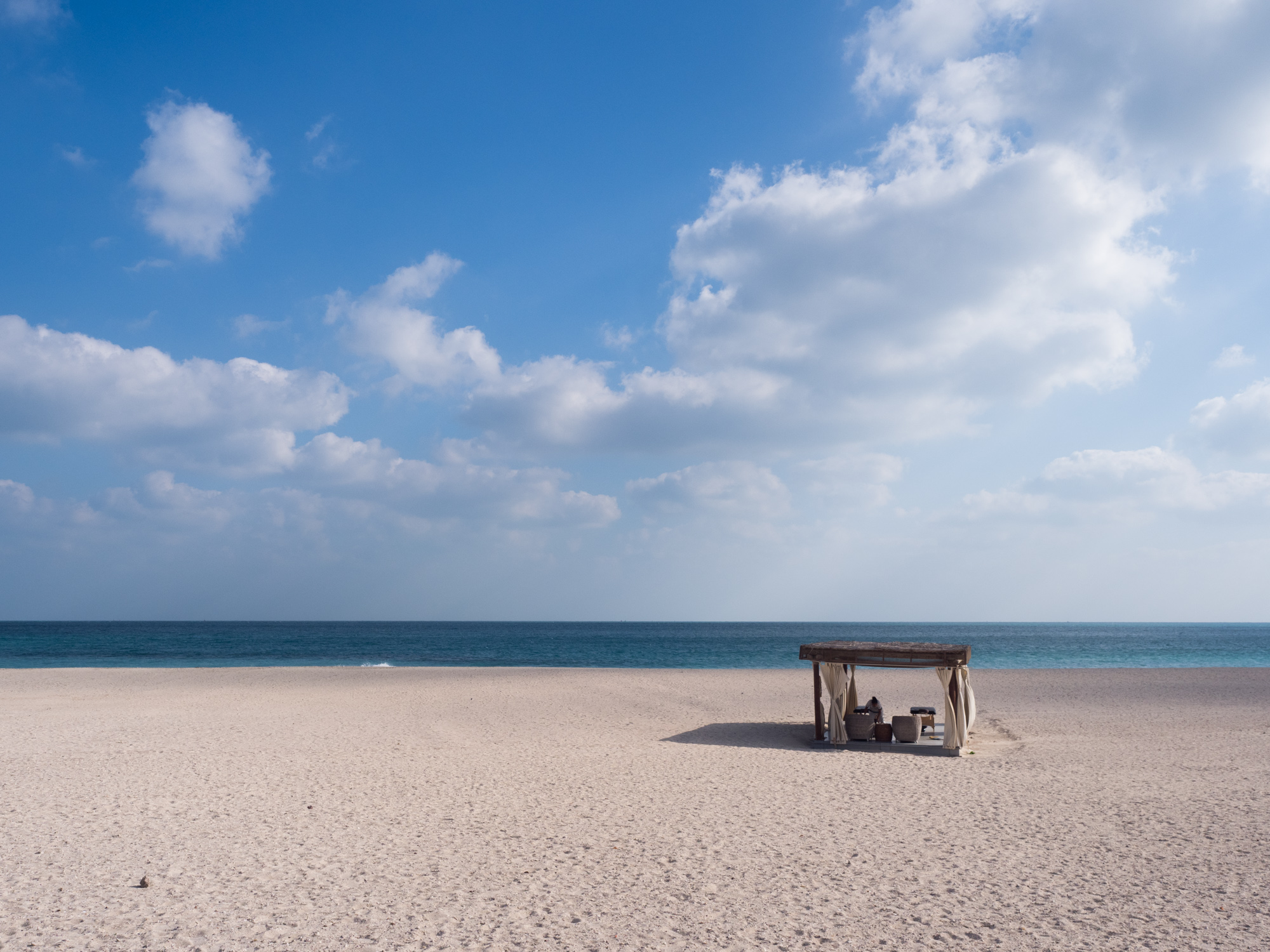
Beach Life
The natural variety of the island is amazing.
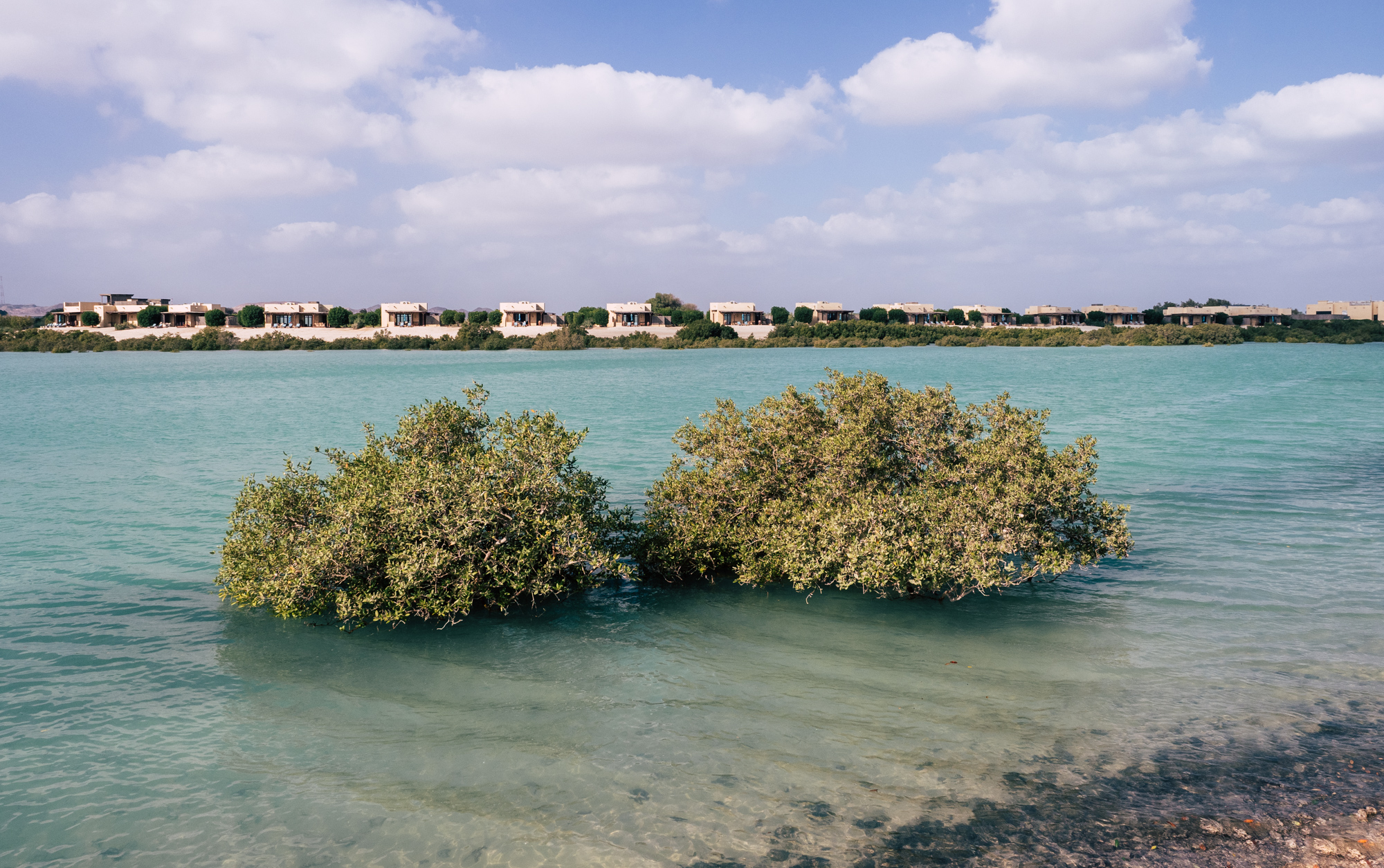
Hotel Views
The island now has three hotels run by Anantara, with a total of less than 150 rooms. Al Yamm is located on the eastern shores in the mangrove area.

Fattie
Unsure of what kind.
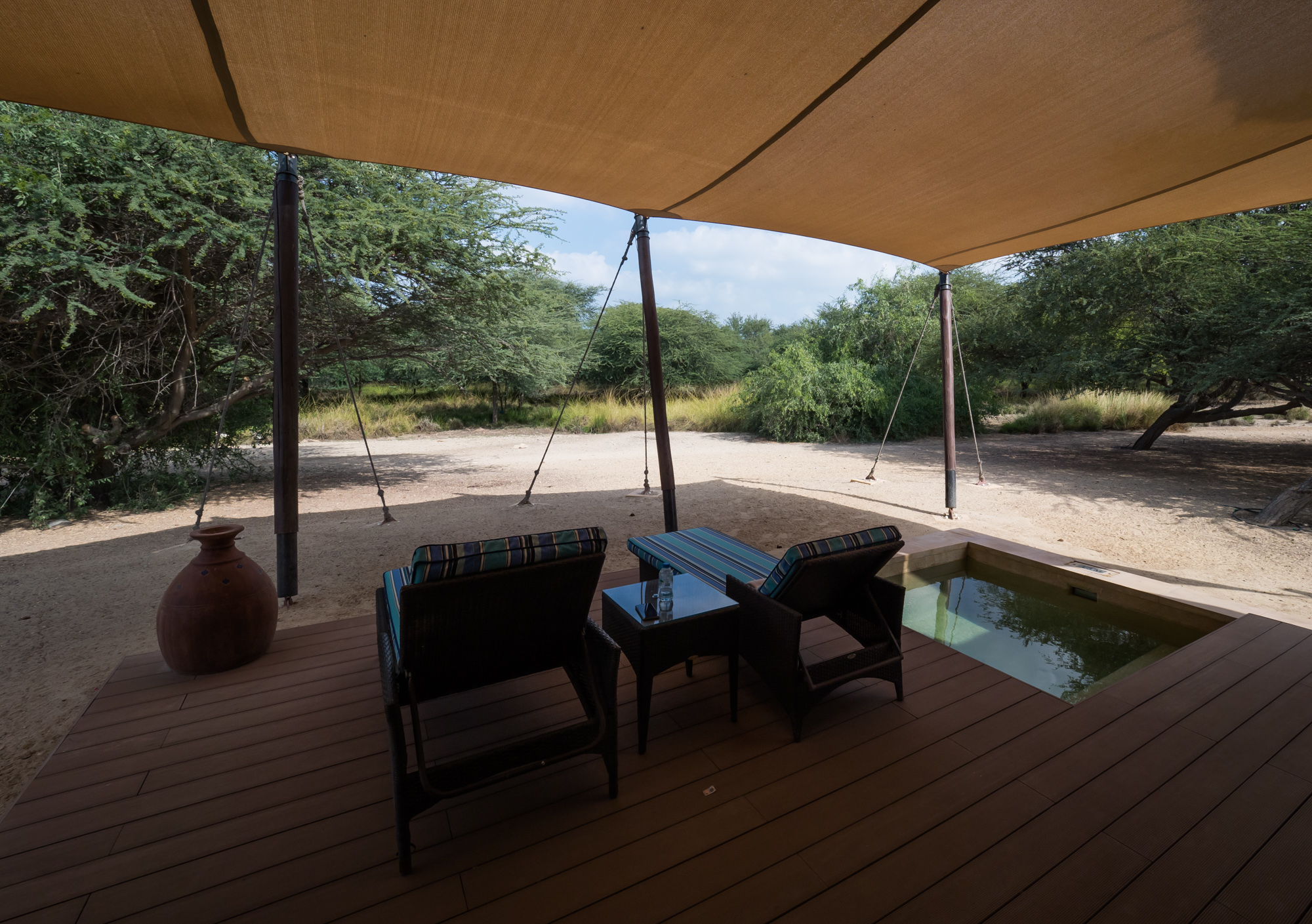
Terrace Viewpoints
The Al Sahel hotel is located towards the centre of the island surrounded by greenery, with gazelles and other animals regularly passing by.
Fujairah - The other side of the UAE
Took a day trip to Fujairah, passing Masafi Town, Dibba, Khor Fakkan and Fujairah City on the way and stopping at Wadi Shawka on the drive back. Time well spent for sure.

Took a day trip to Fujairah, passing Masafi Town, Dibba, Khor Fakkan and Fujairah City on the way and stopping at Wadi Shawka on the drive back. Time well spent for sure.
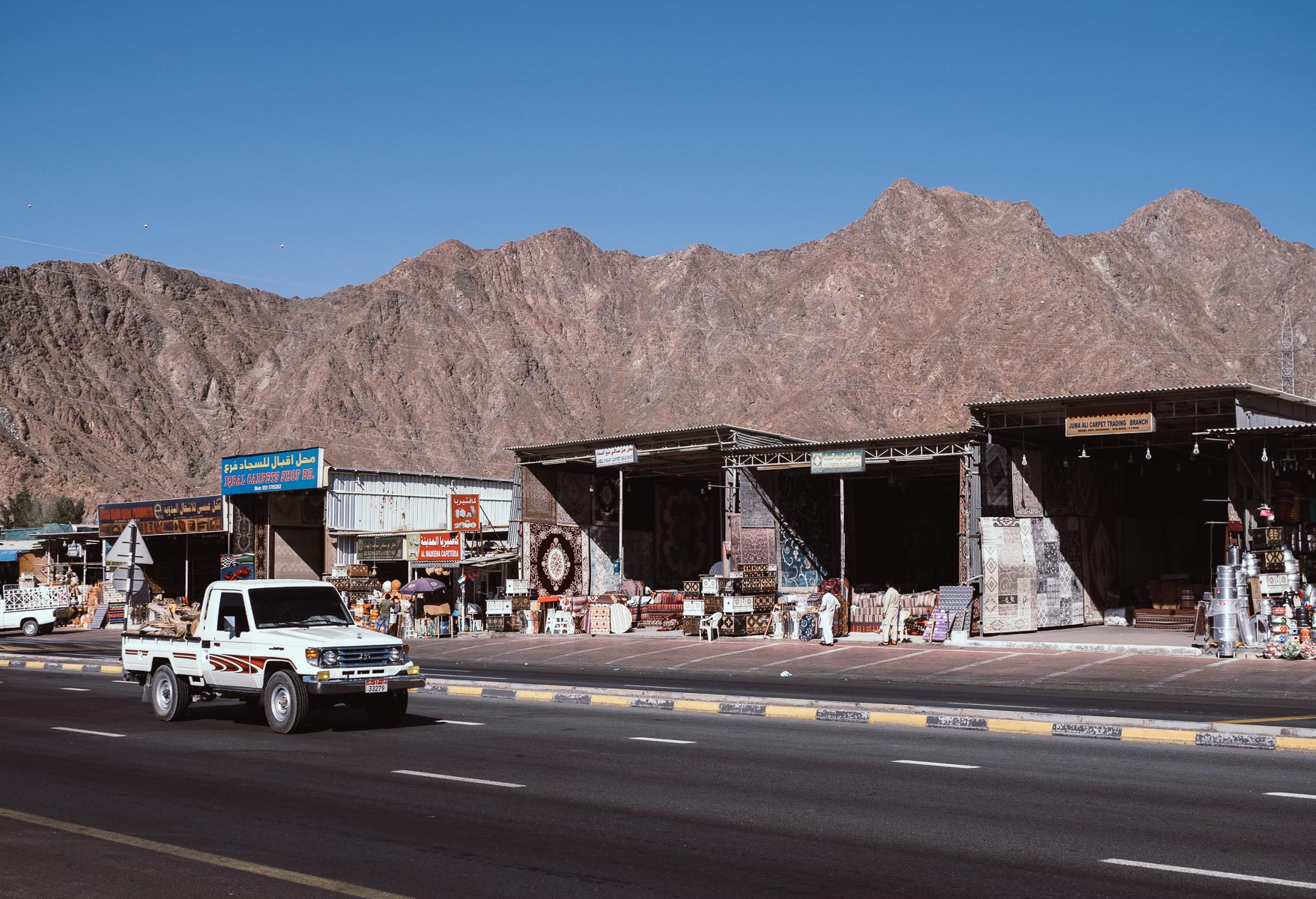
The Friday Market
On the way to Masafi town, coming from the Sharjah / Dubai side.
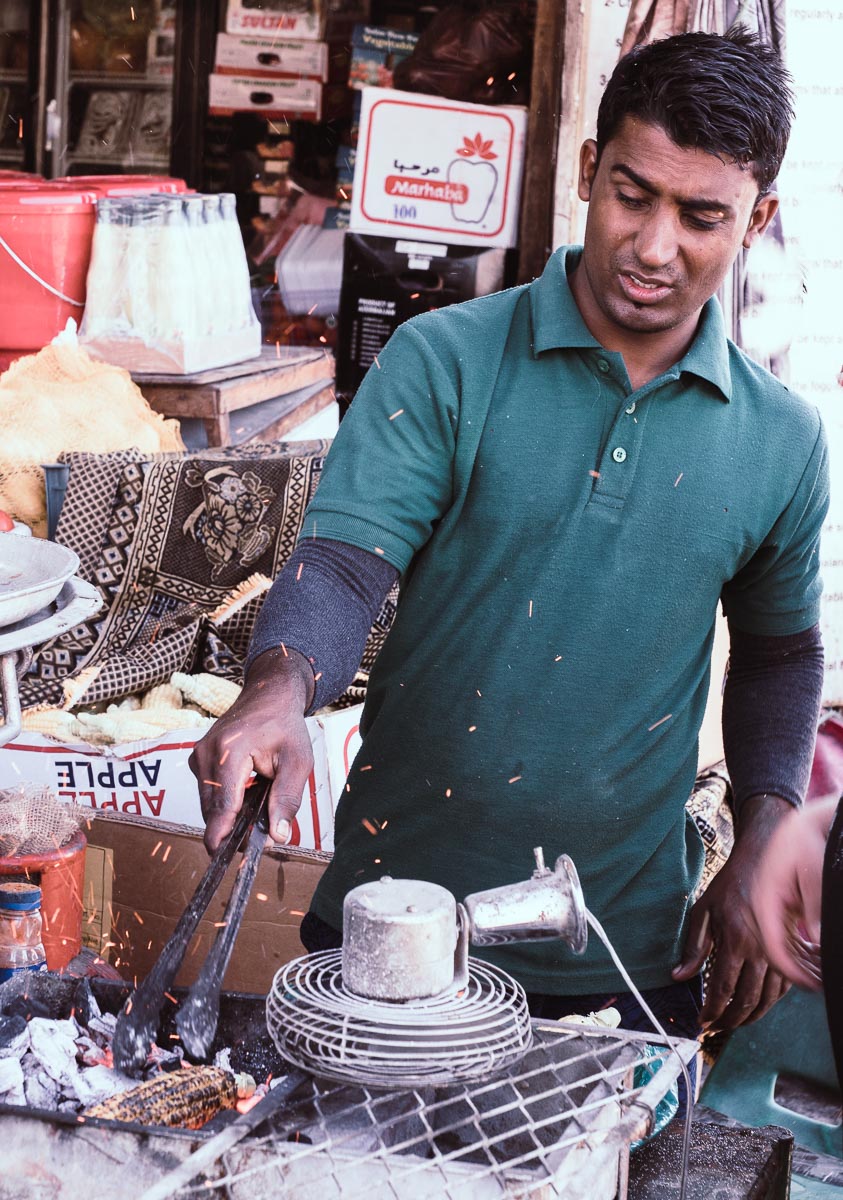
Roasted Corn
Note the sophisticated wind machine.
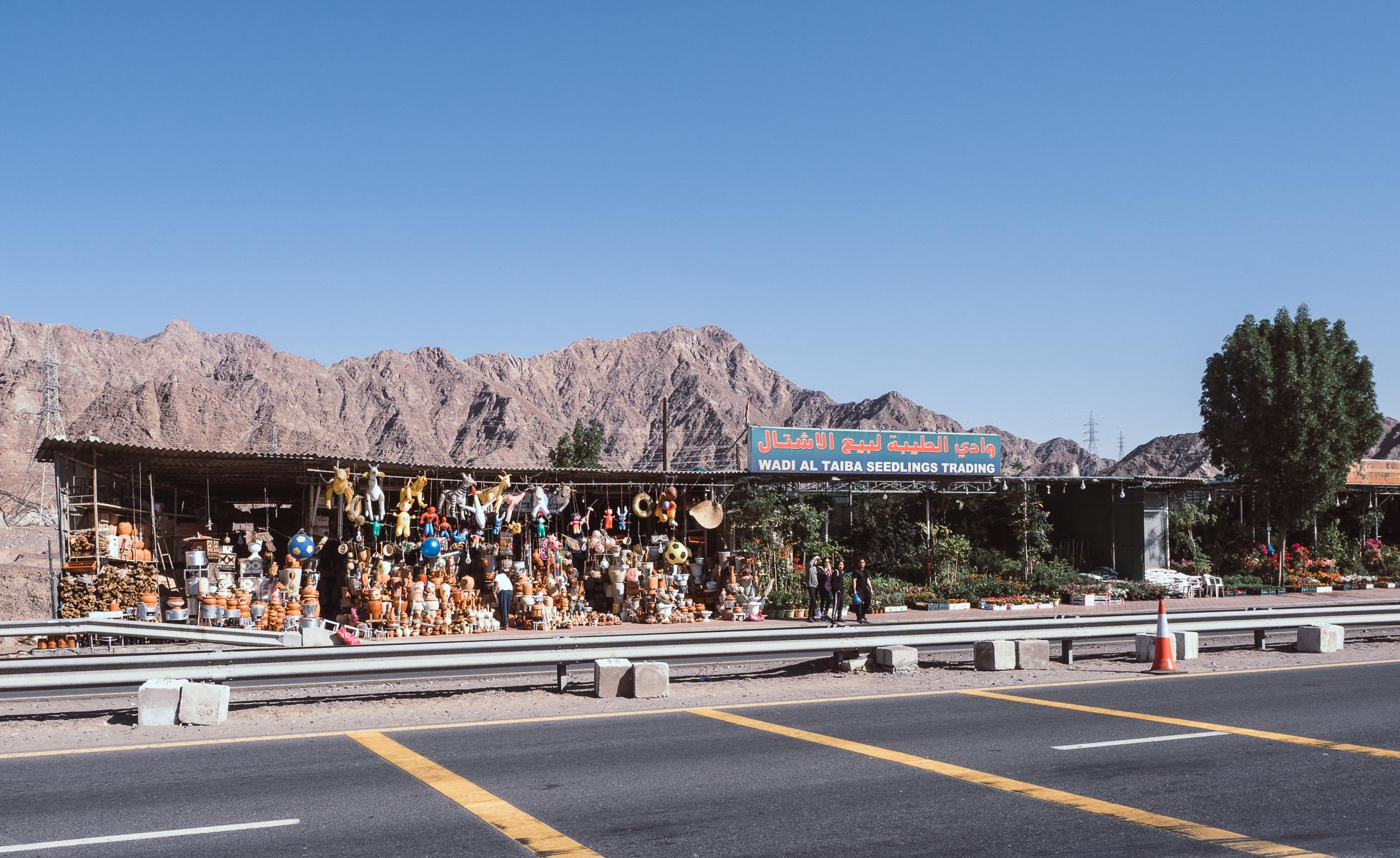
Variety
Pots and plants!
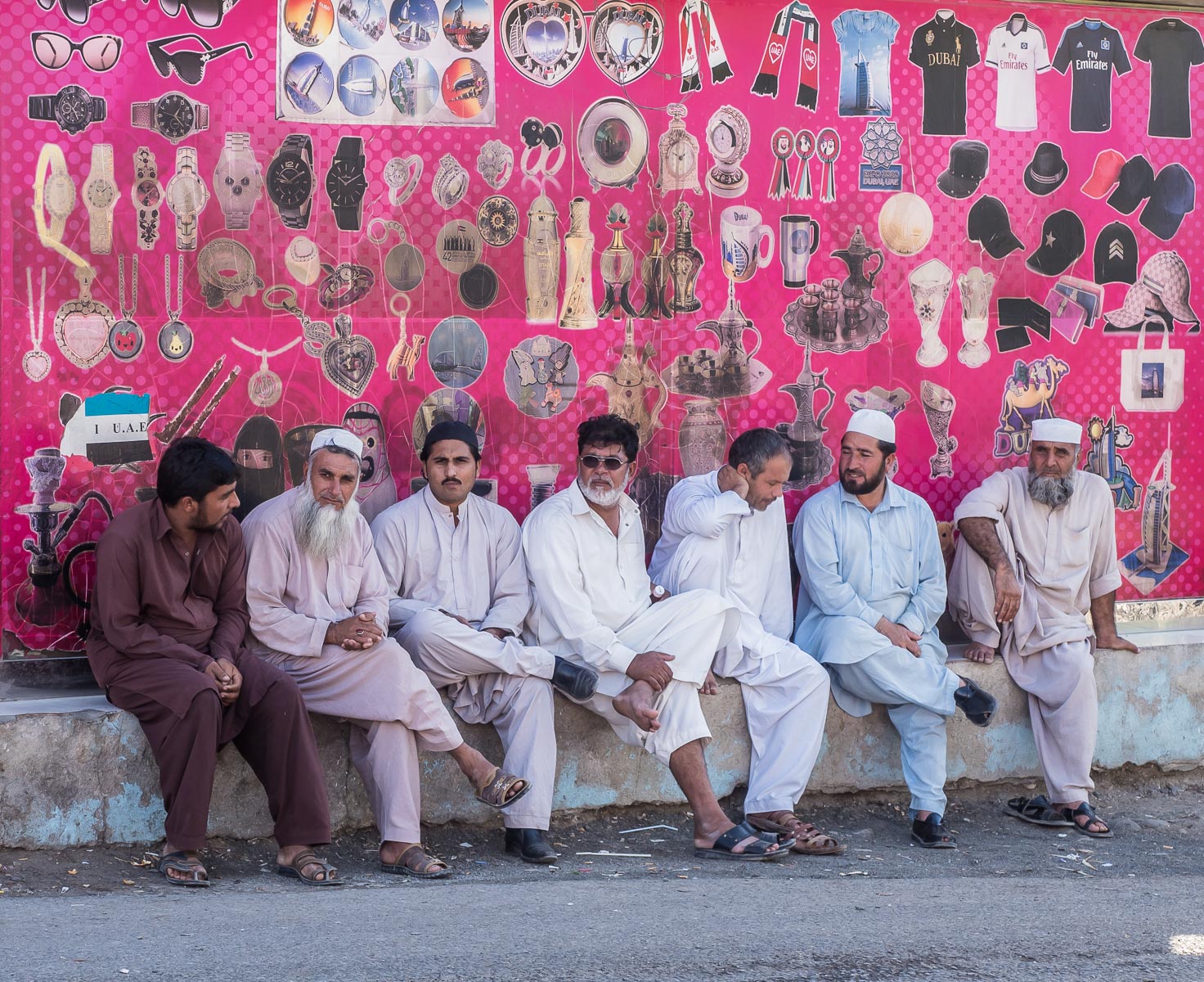
The Wise Men
Discussing topics of importance.
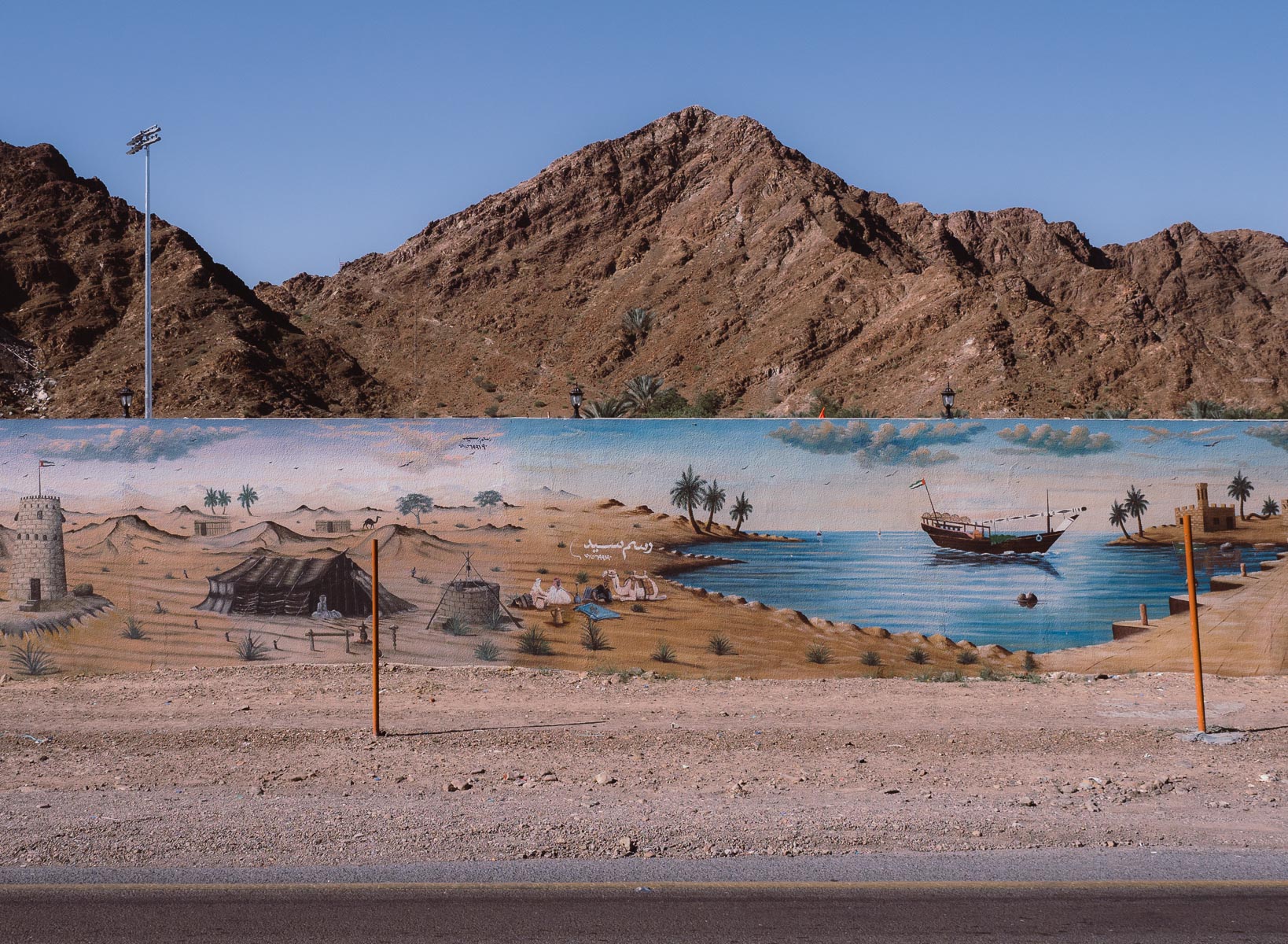
Graffiti - Masafi Style
Spotted on the road from Masafi to Dibba

Towns
A small town outside Masafi.

Dibba Harbour
The National Day weekend meant the UAE flag was a common sight.

On the Shores
The Dibba beach.
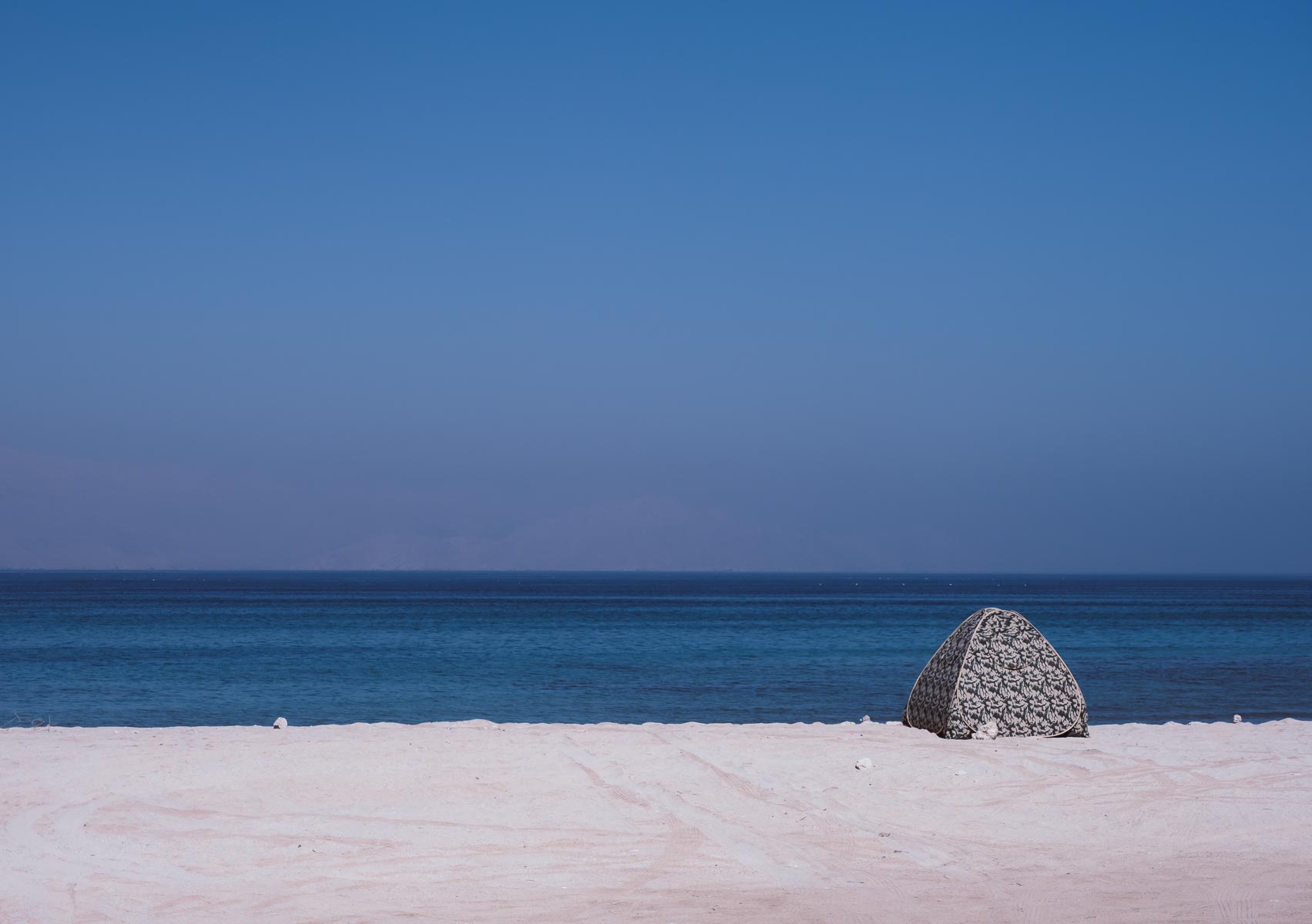
Camping
Is a common activity in the Eastern Region. Tent designs vary.

Hidden Gems
There's a few beautiful spots on the coast.
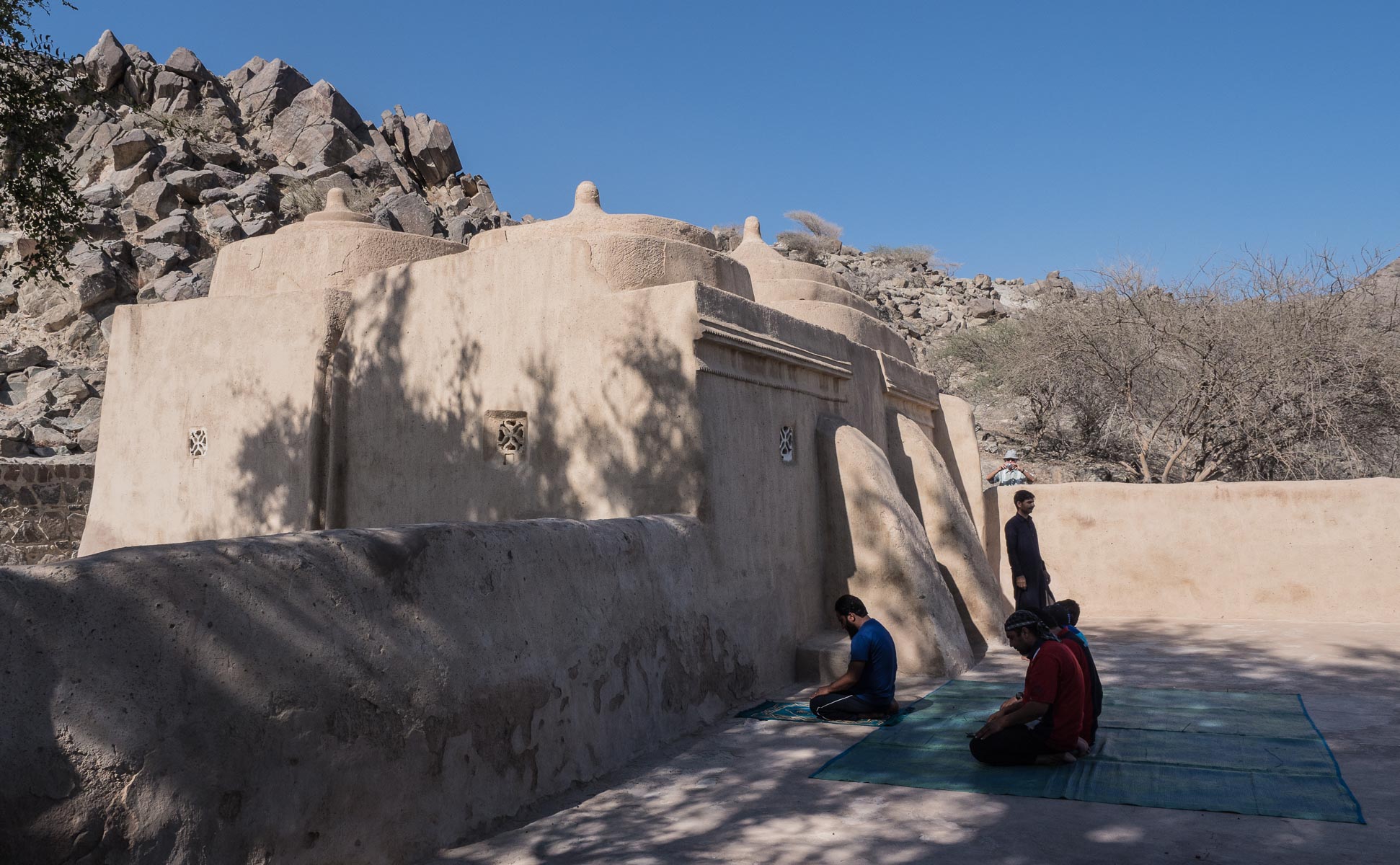
Al Badiyah Mosque
Said to be from the 15h century, a few km north of Fujairah City.
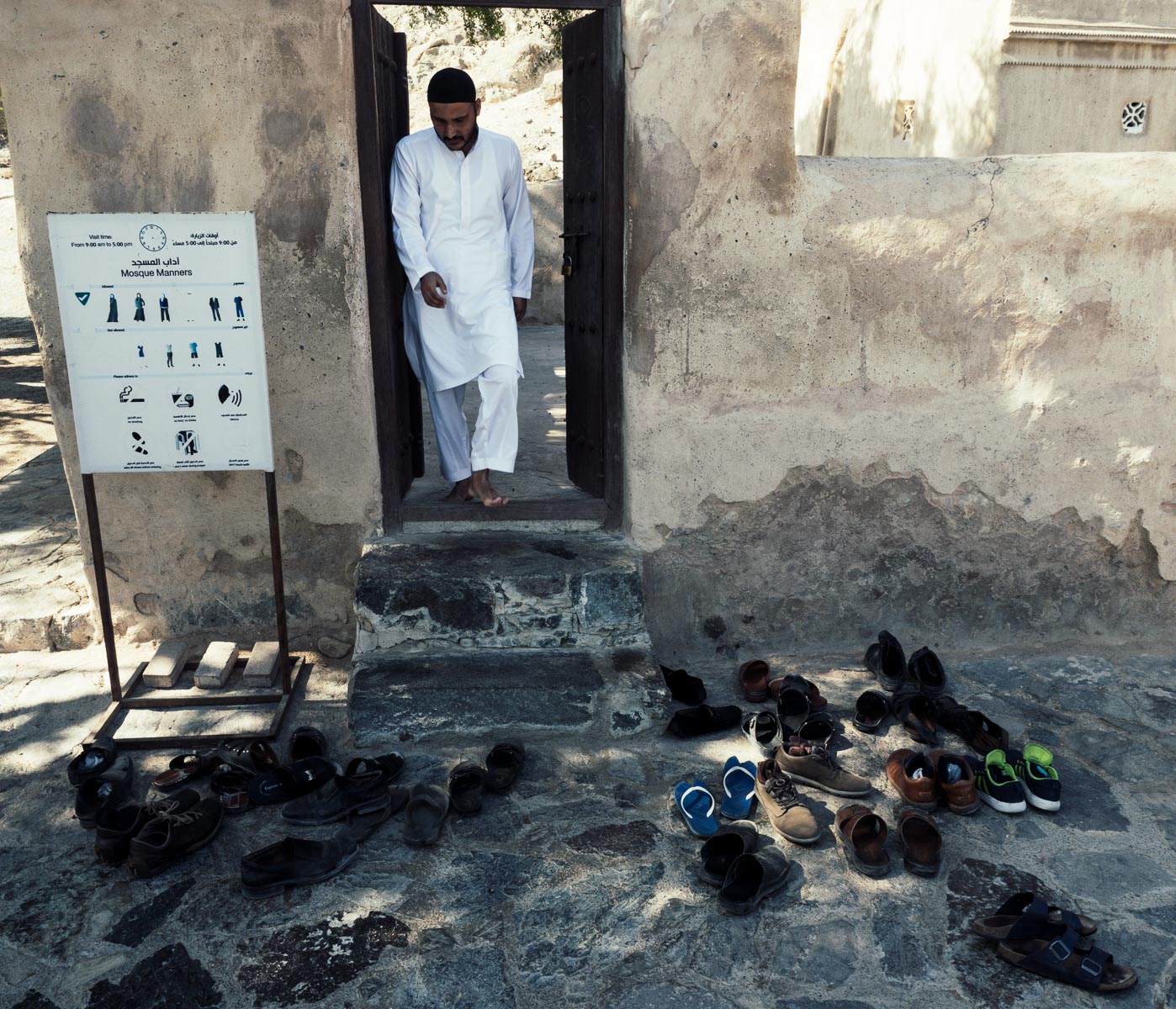
Mosque Manners
Shoes off!
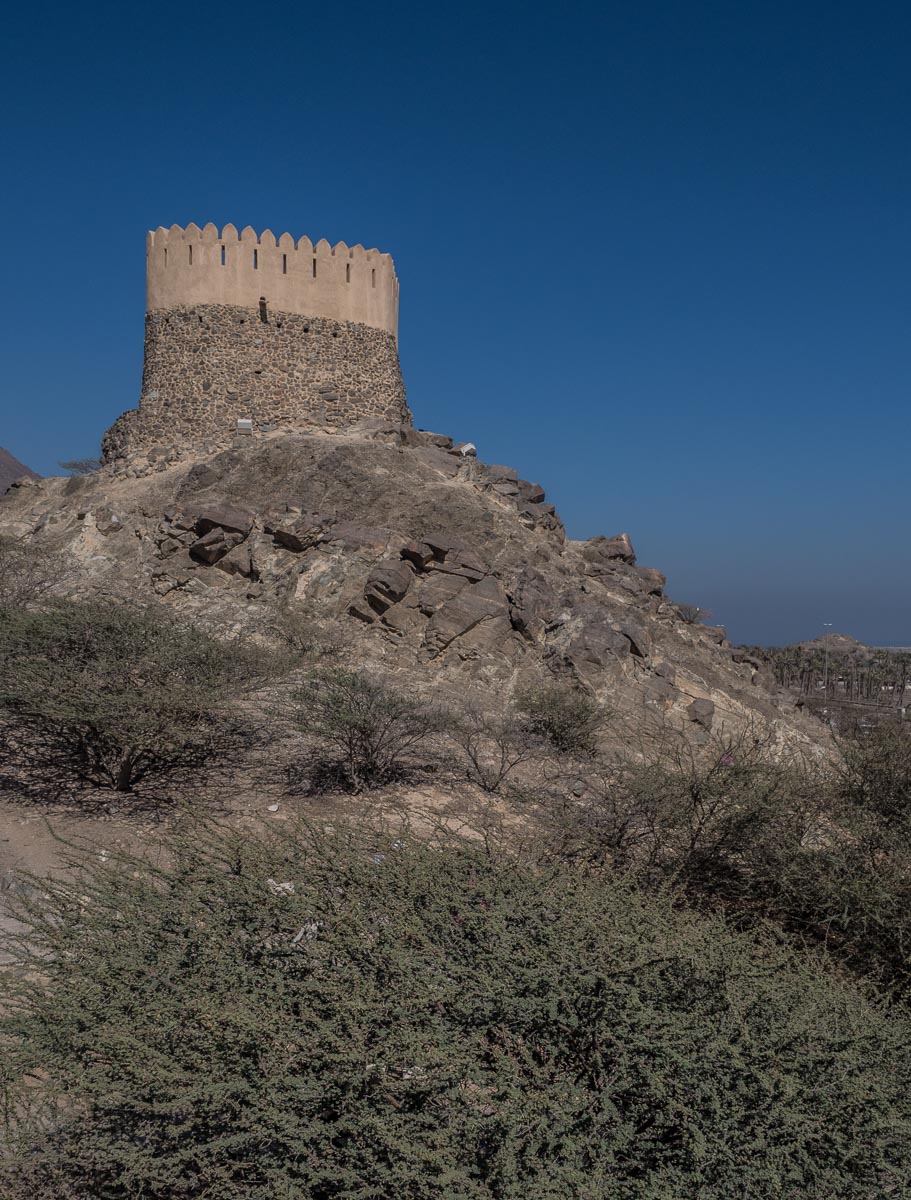
Watch Tower
One of the two watch towers overlooking the mosque.

Views
Looking inland from the tower.
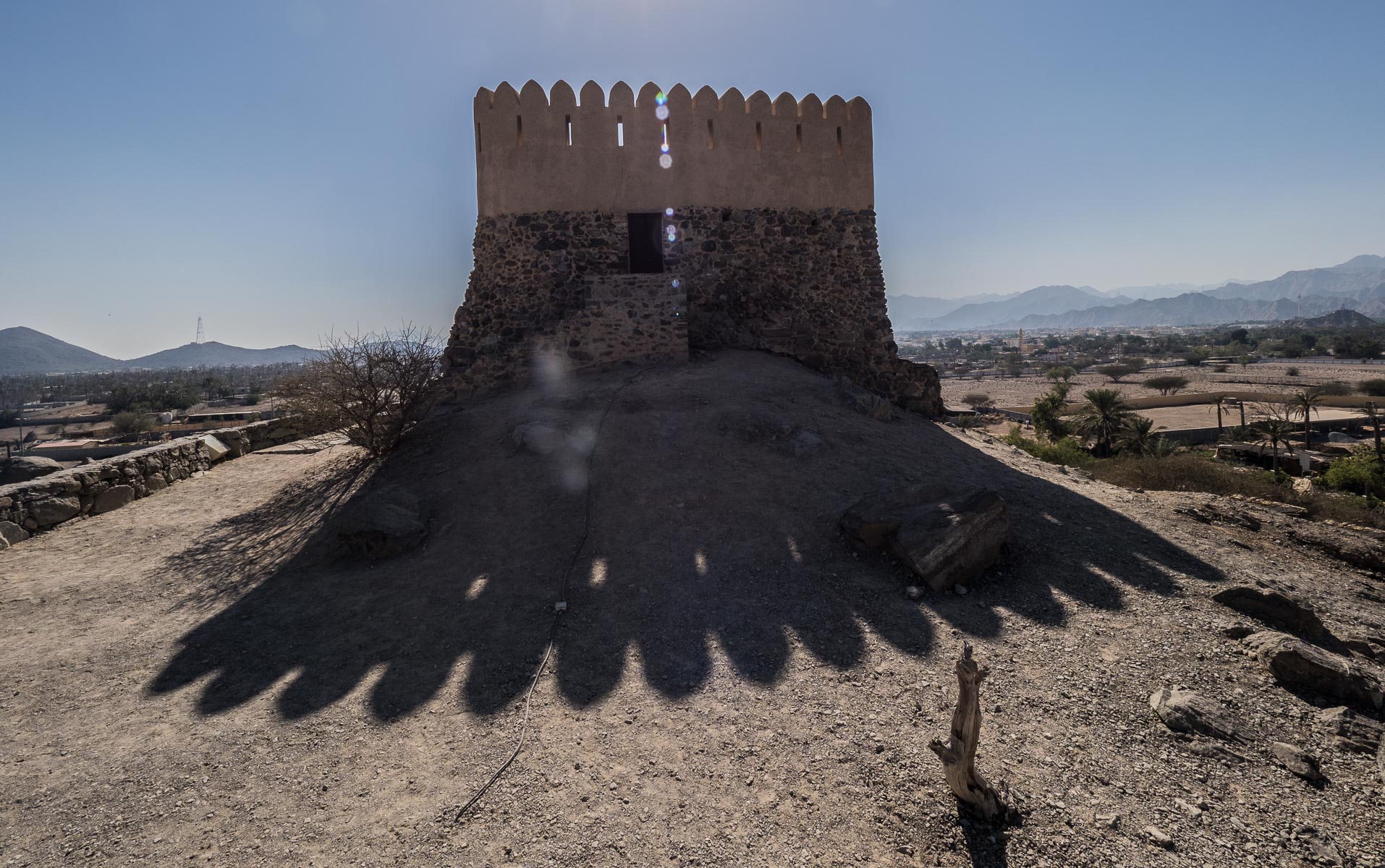
Age
Since neither the mosque or the tower used wood, radiocarbon dating was not an option, but in the late 1990s researchers concluded it was more than 500 years old.

Reality Check
Photos can be deceiving. It was the National Day weekend after all, so the ocassional bus load of tourists arrived.
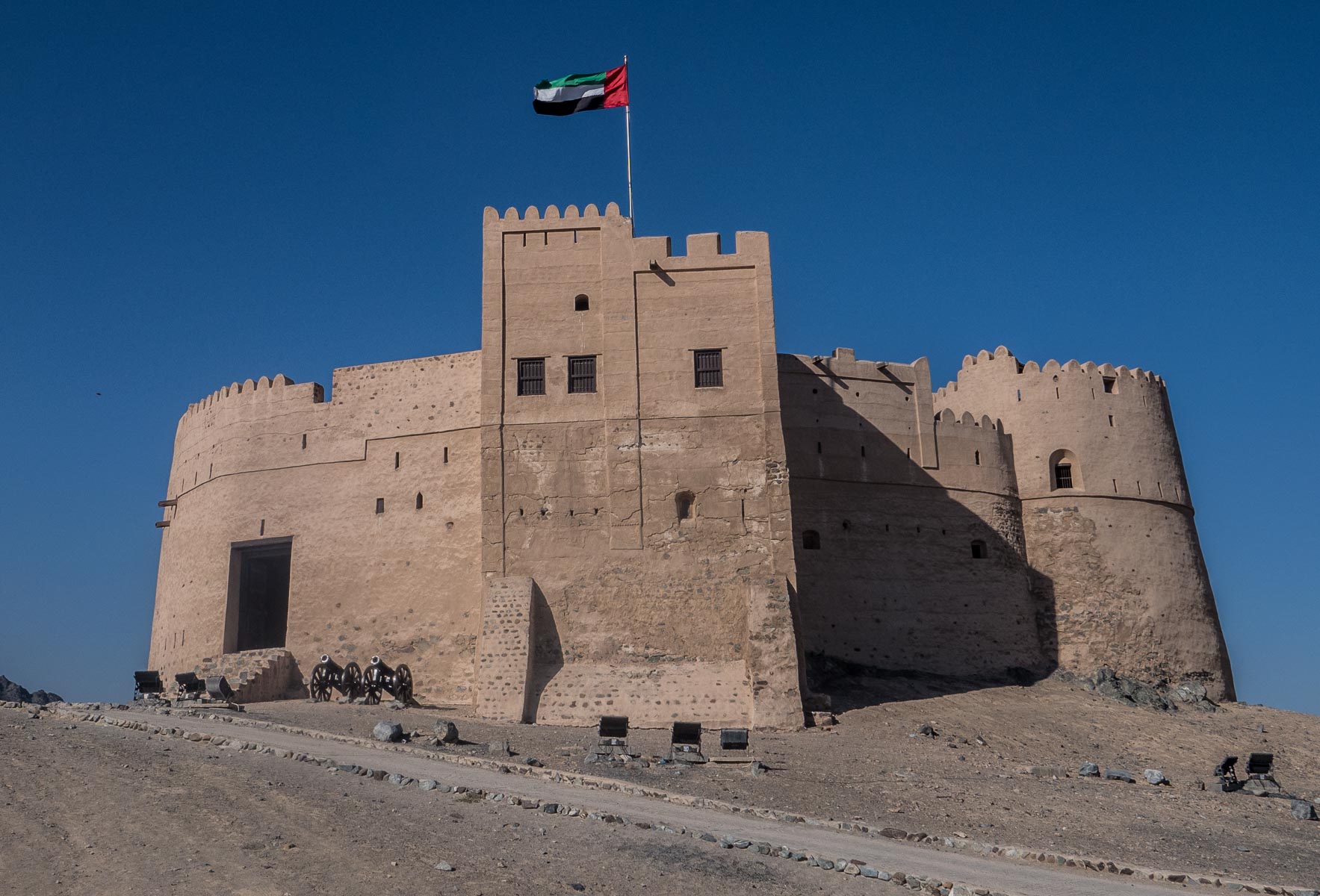
Fujairah Fort
Again the exact time it was built isn't clear, but probably ranges between the 16th and 18th century.
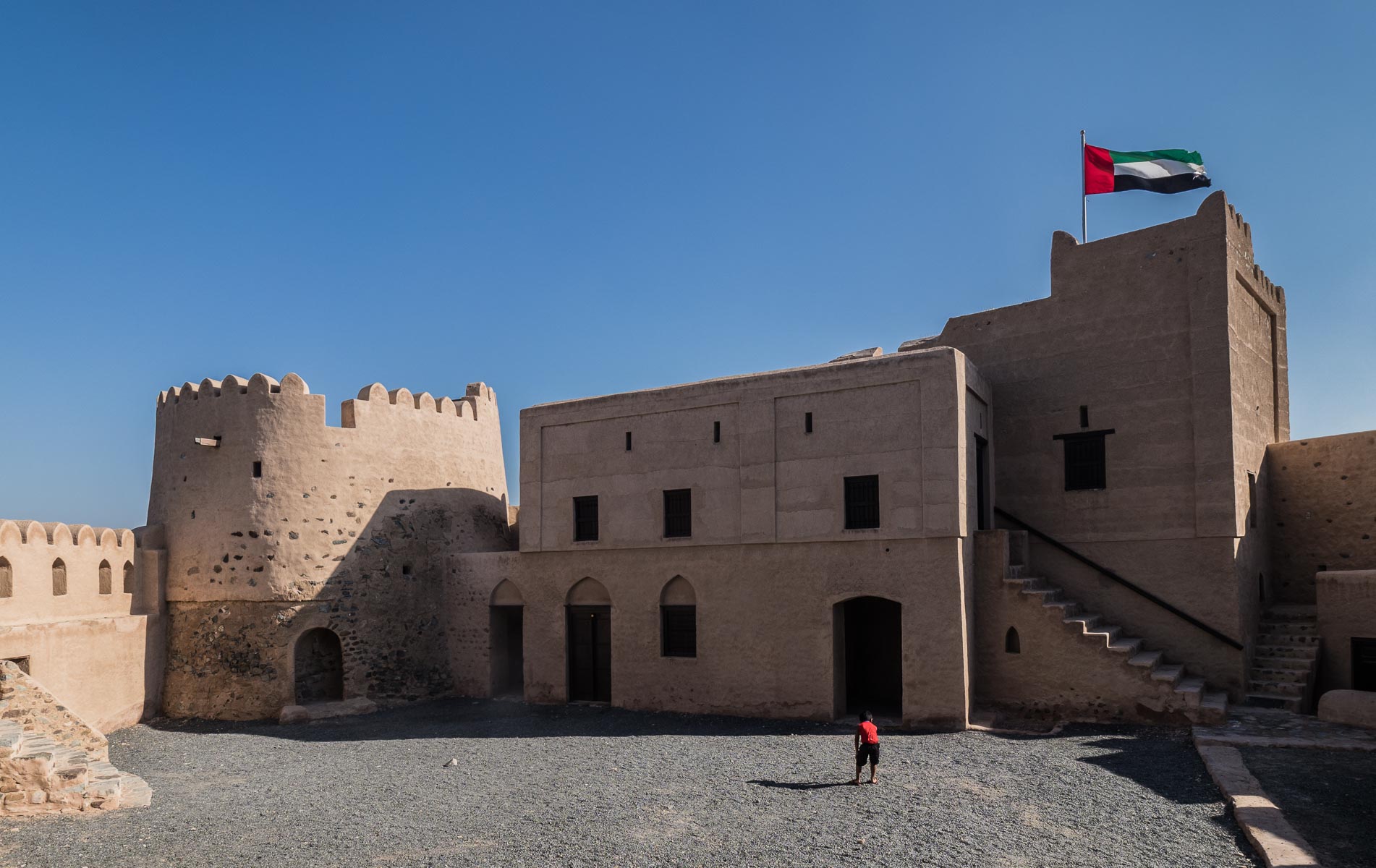
Inside
The fort only opened to the public in 2010.

Views
The fort is a on small hill and you can walk up one of the watch towers to get this view.

Stairs
Not made for modern sized humans.
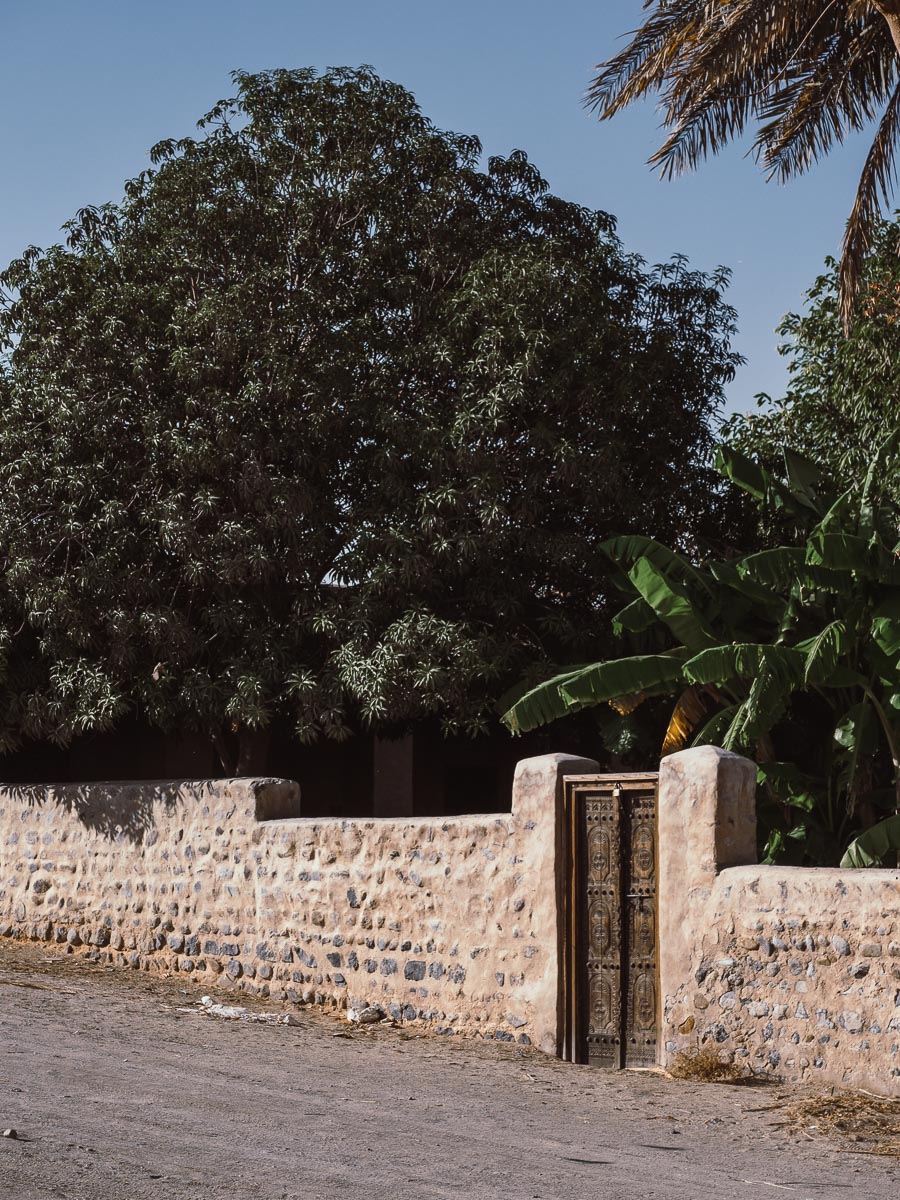
Doors
Surrounding the fort are remains of a few old mudbrick houses.
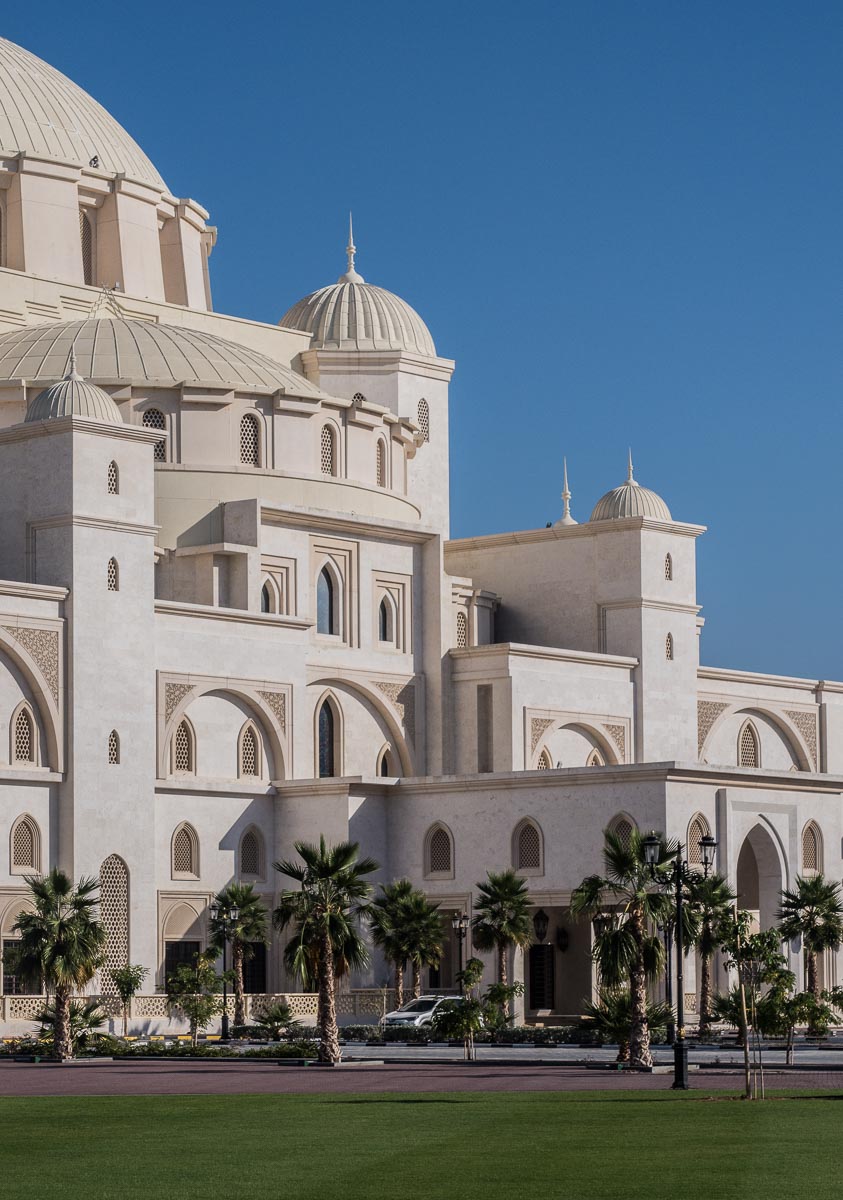
Sheikh Zayed Mosque
The second largest mosque in the UAE, after its cousin in Abu Dhabi named after the same person.
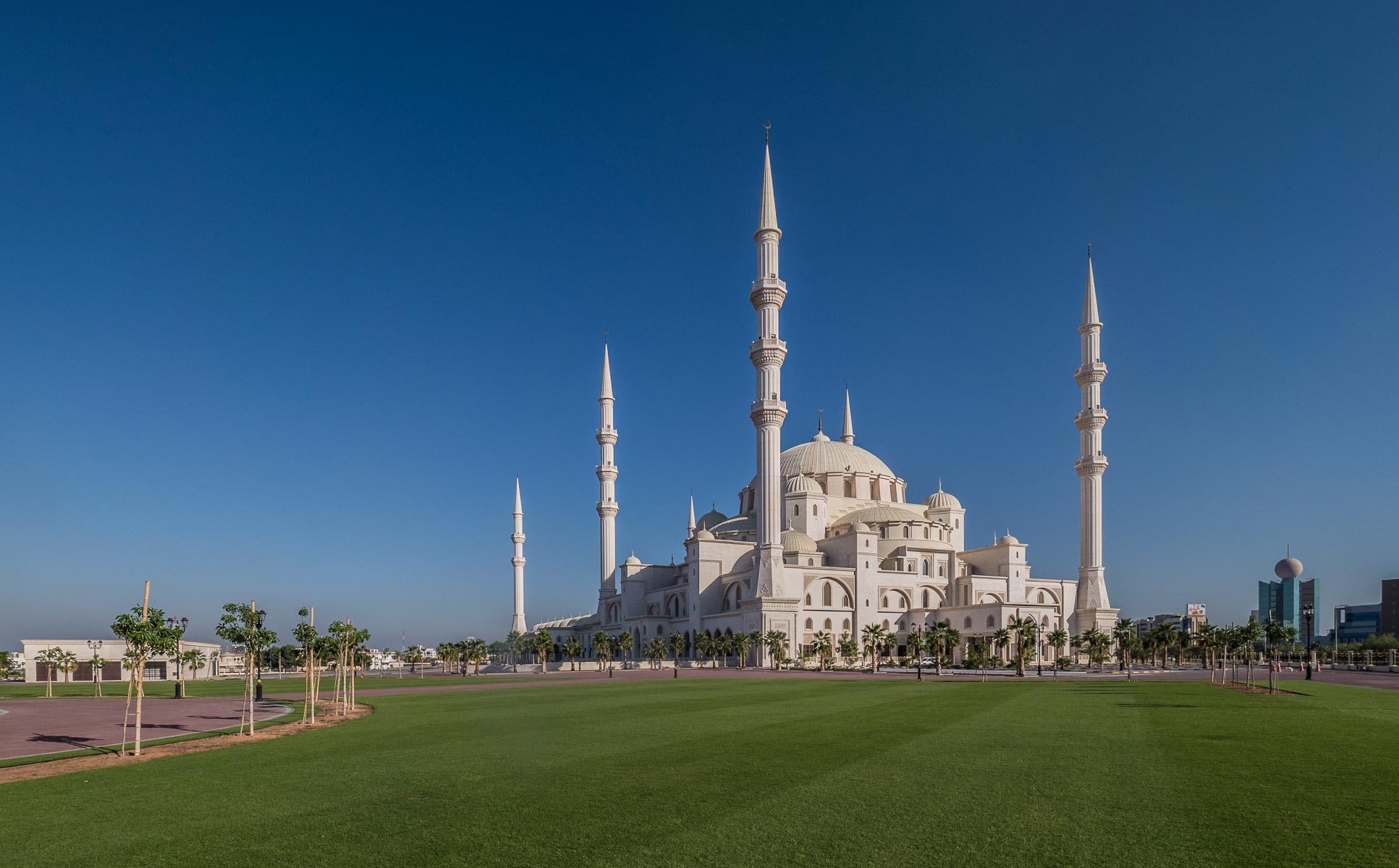
Architecture
65 domes and six minarets, each between 80 and 100 metres tall.

Casual
Cleaning of the largest dome was in progress.
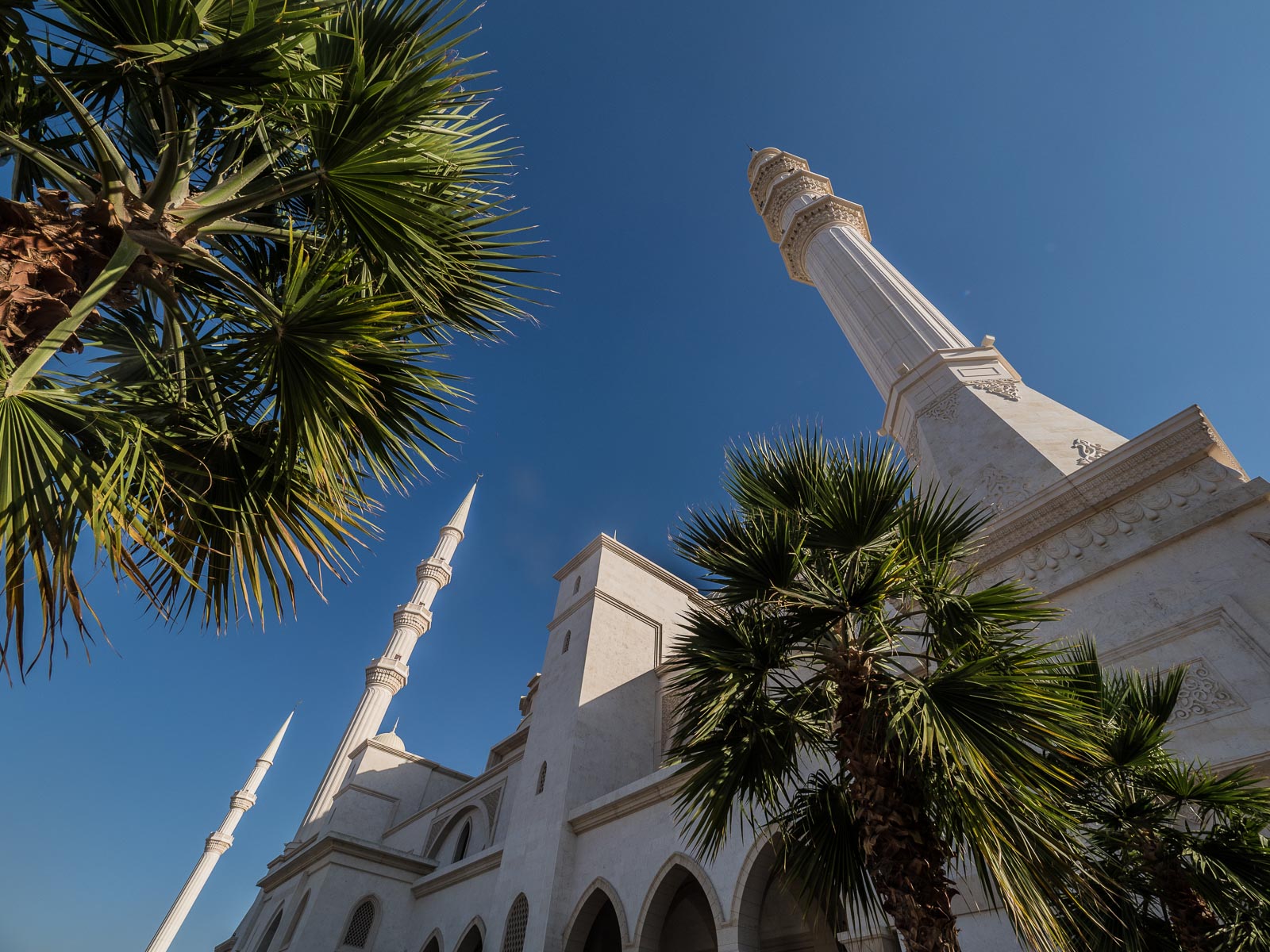
New
The mosque opened in 2015.
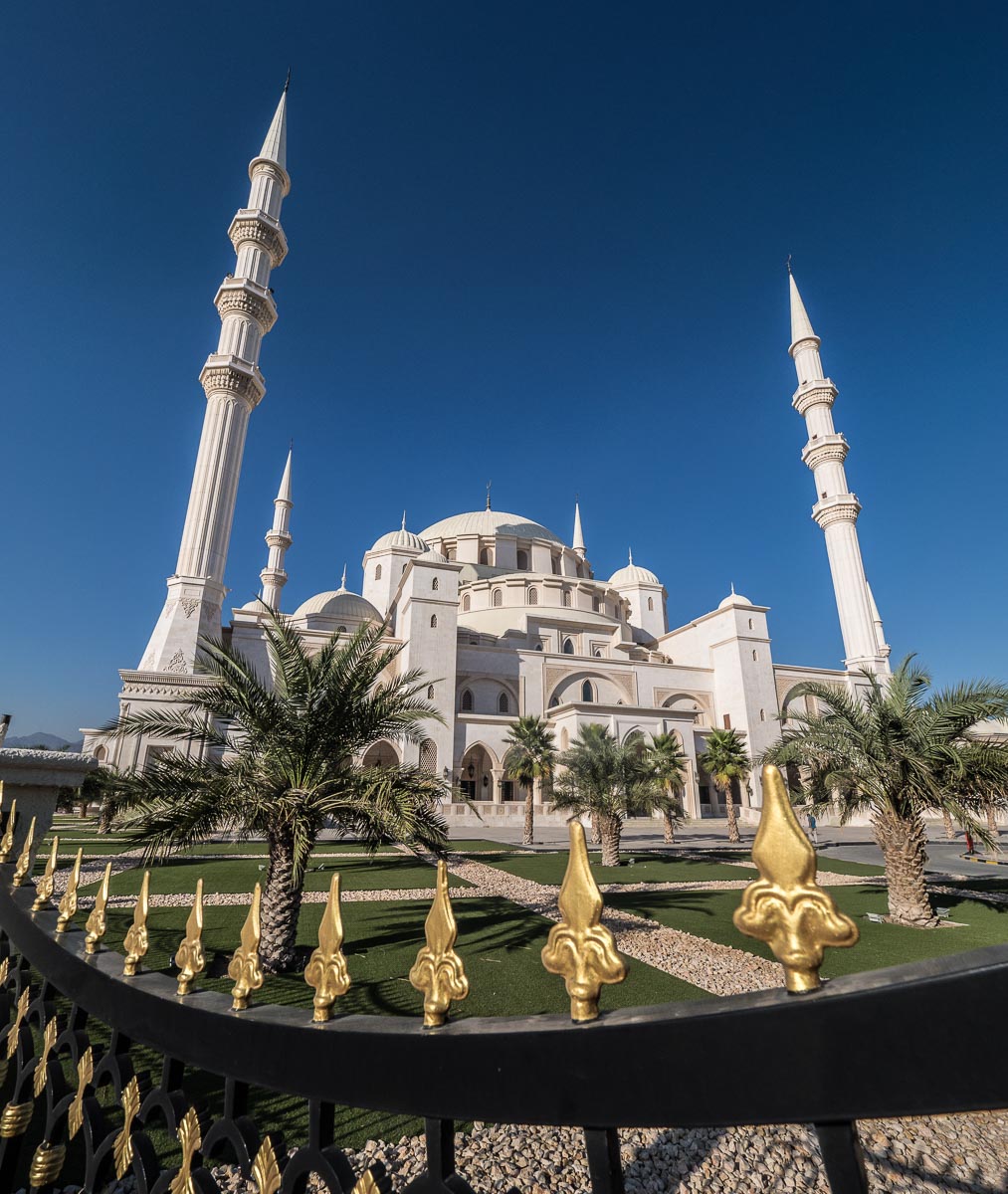
Size
It can accommodate 28,000 people.
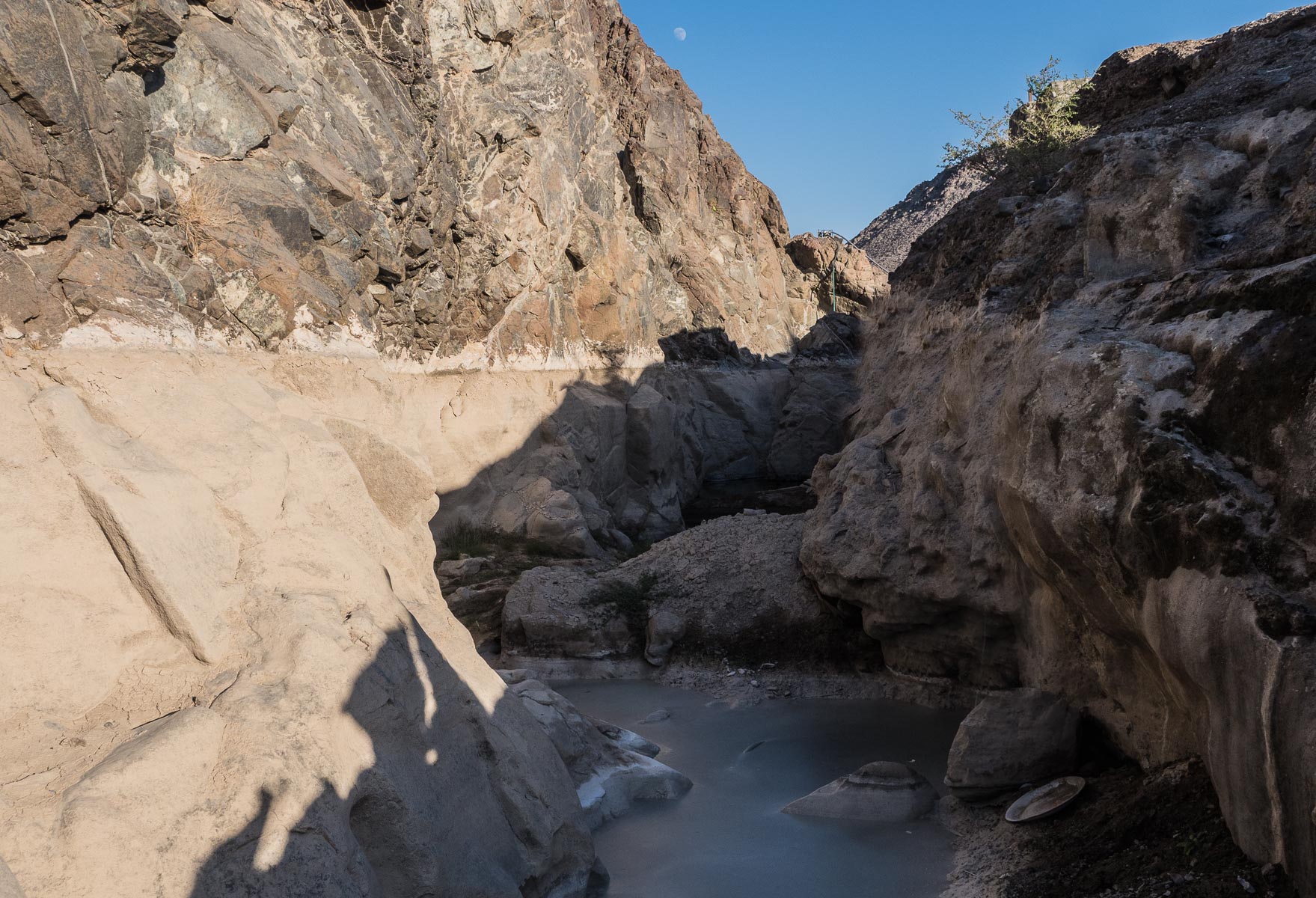
Shawka Pools
With very little water this time of the year.

Wadi Shawka
Just off the E84 from Fujairah to Sharjah.
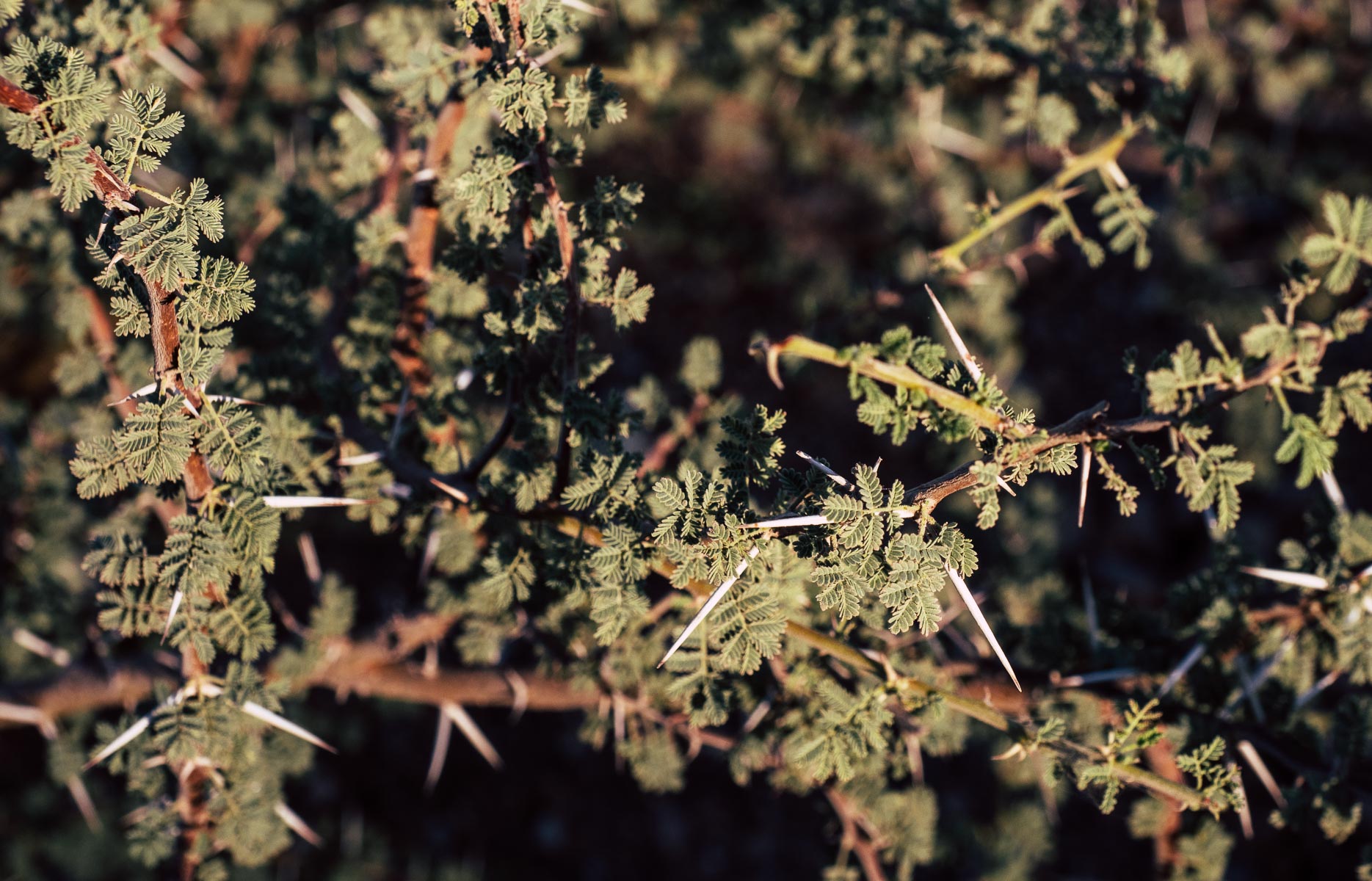
Spiky
Typical vegetation in the Hajar mountains
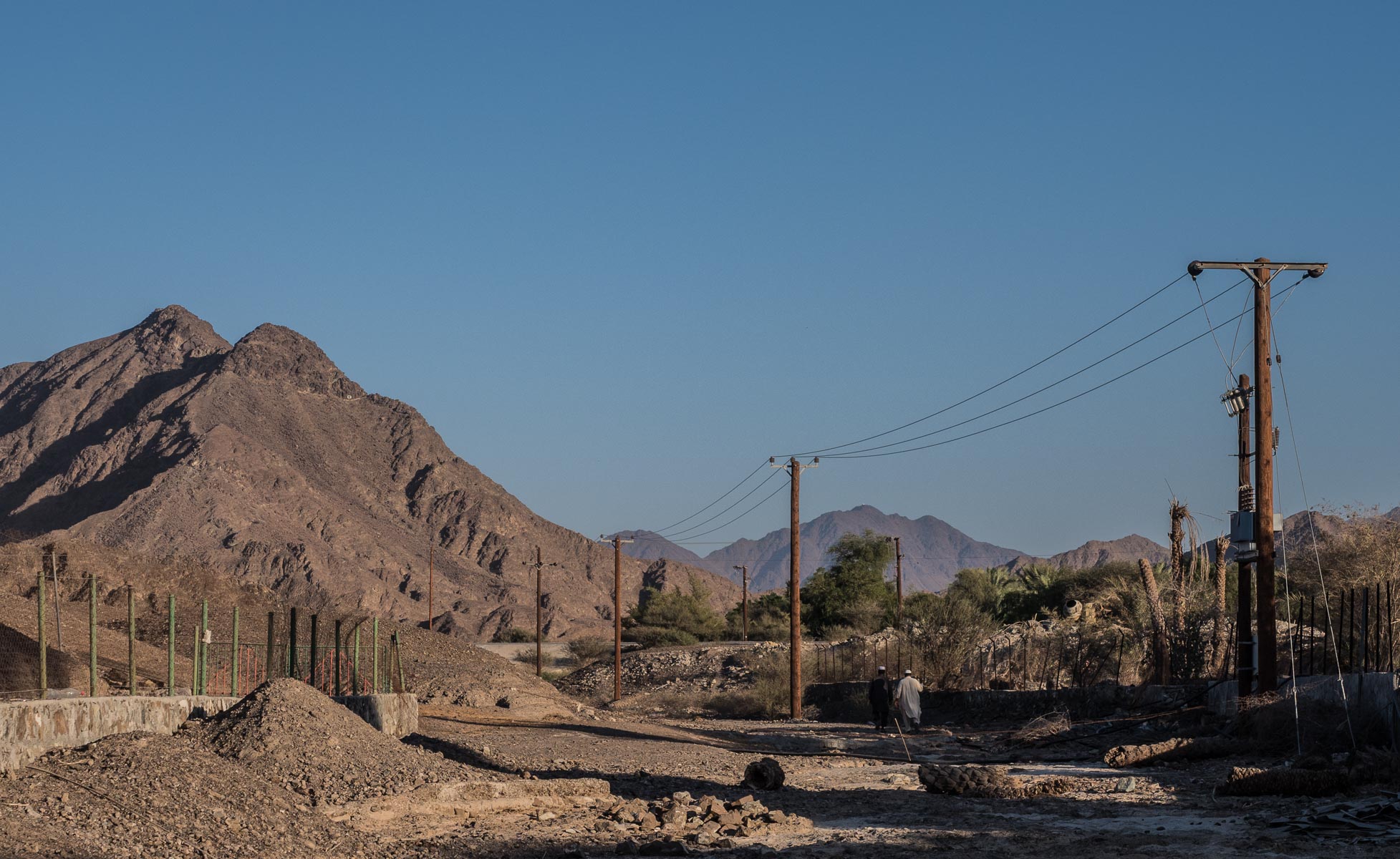
Seasons
In the rainy season, this area will be flowded

Shawka Dam
This area is full of water when it rains - right now, you can use it as a Cricket field.
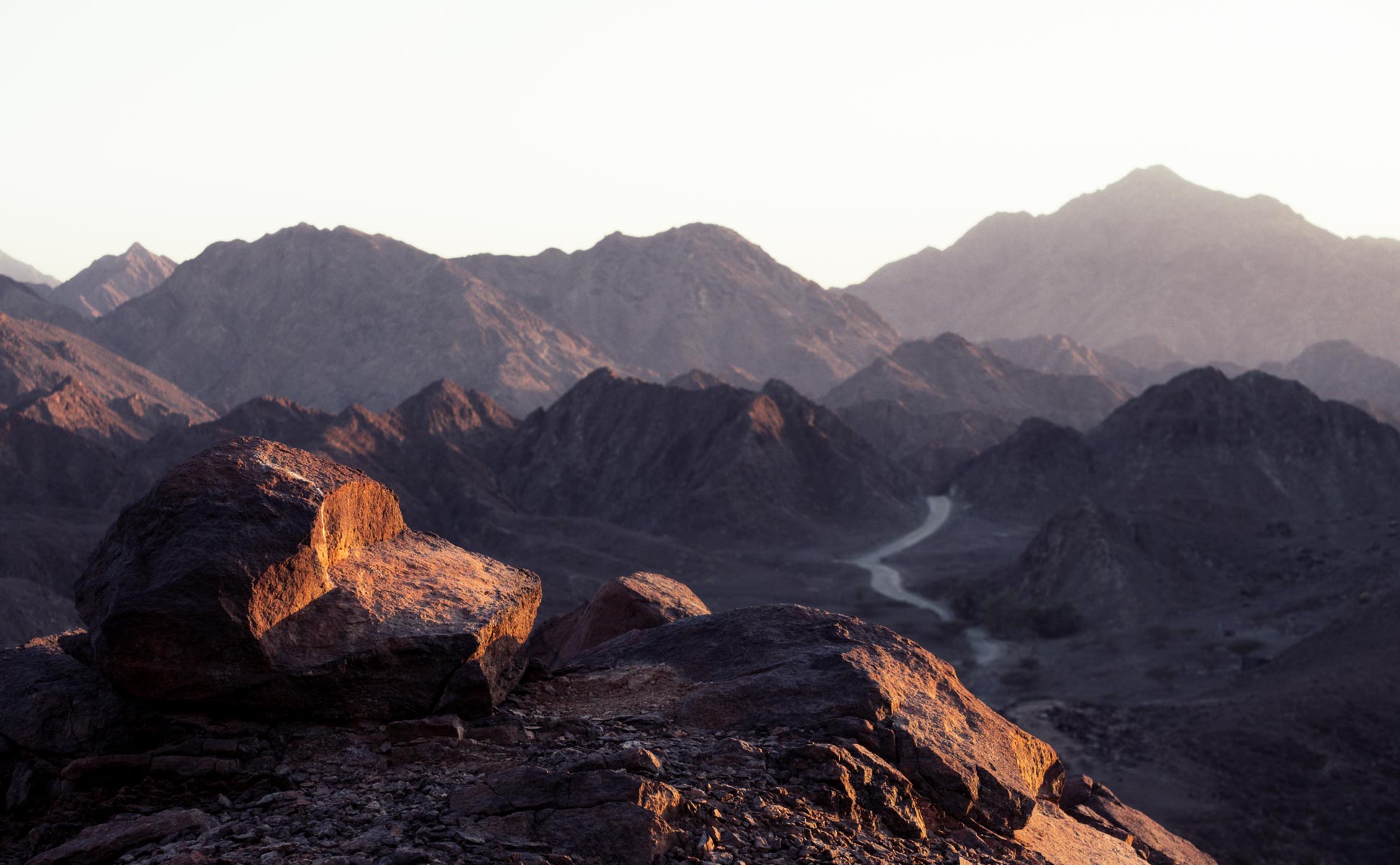
Hajar Mountains
The beauitful mountain ranges of the UAE.
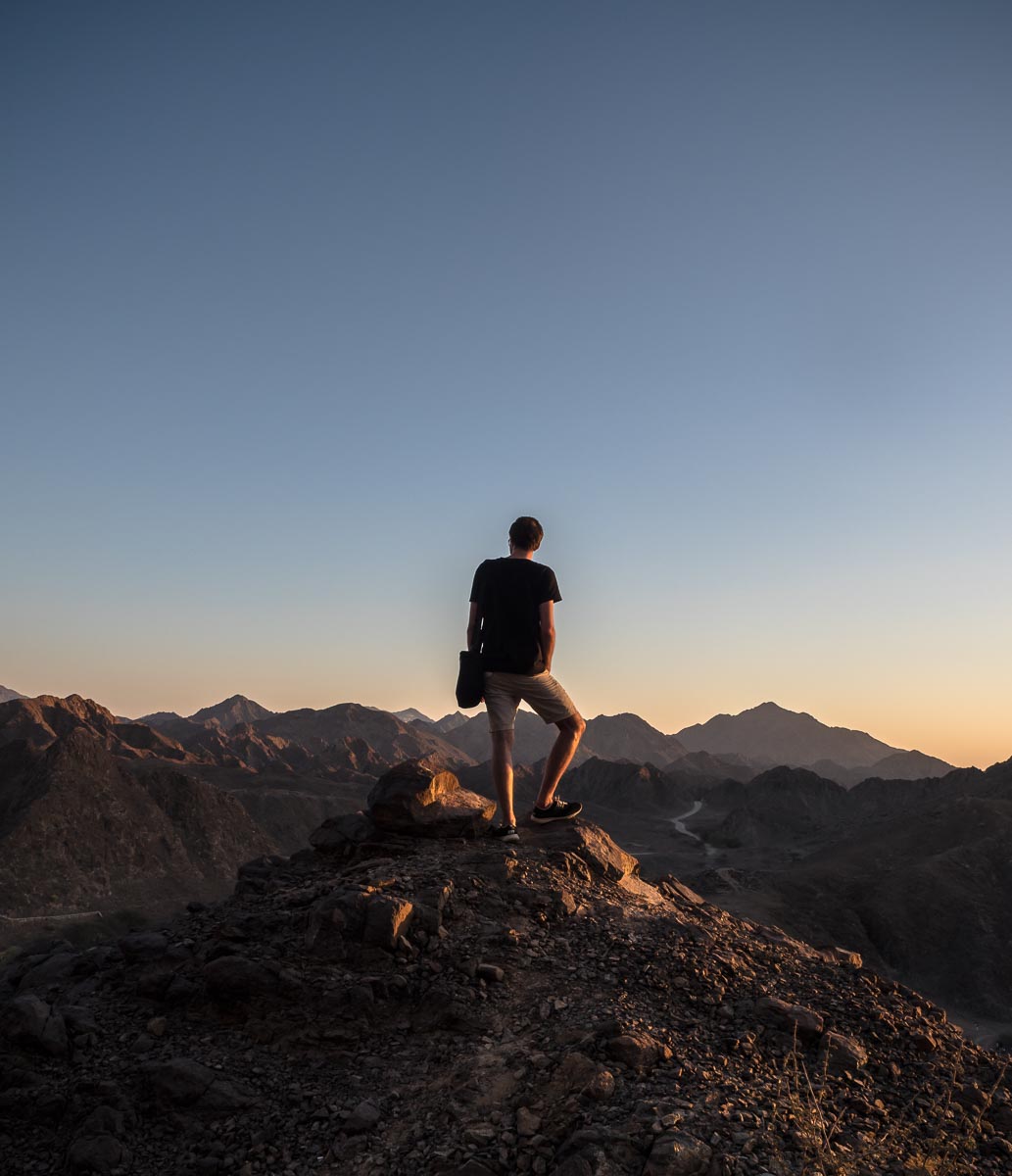
Worth a Visit
Especially during sunset.
Singapore & A Day Trip to Bintan (Indonesia)
Had the chance to visit Singapore a second time, more than 10 years after the first visit. Definitely a city I could live in. Only an hour by ferry is the island of Bintan, belonging to Indonesia. Perfect for a day trip and full of peculiar and amazing sights.

Had the chance to visit Singapore a second time, more than 10 years after the first visit. Definitely a city I could live in. Only an hour by ferry is the island of Bintan, belonging to Indonesia. Perfect for a day trip and full of peculiar and amazing sights.

Panorama from Marina Barrage
Definitely a spot worth visiting.

Universal Singapore
A view over the Hollywood and Sci-Fi areas of the park, as well as the world's tallest dueling coasters.
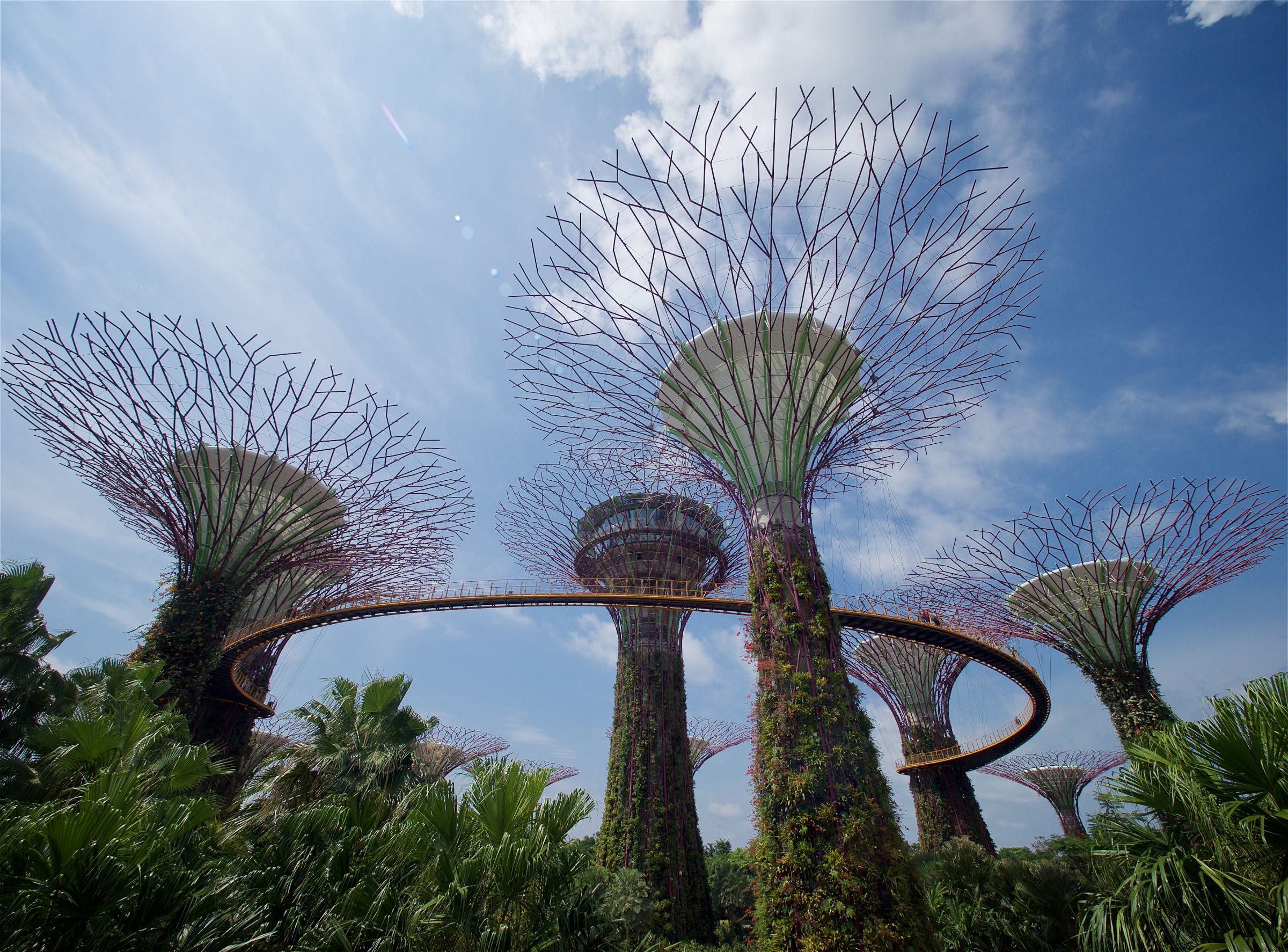
Supertree Grove
The famous Supertrees at Singapore's Garden by the Bay behind Manila Bay.
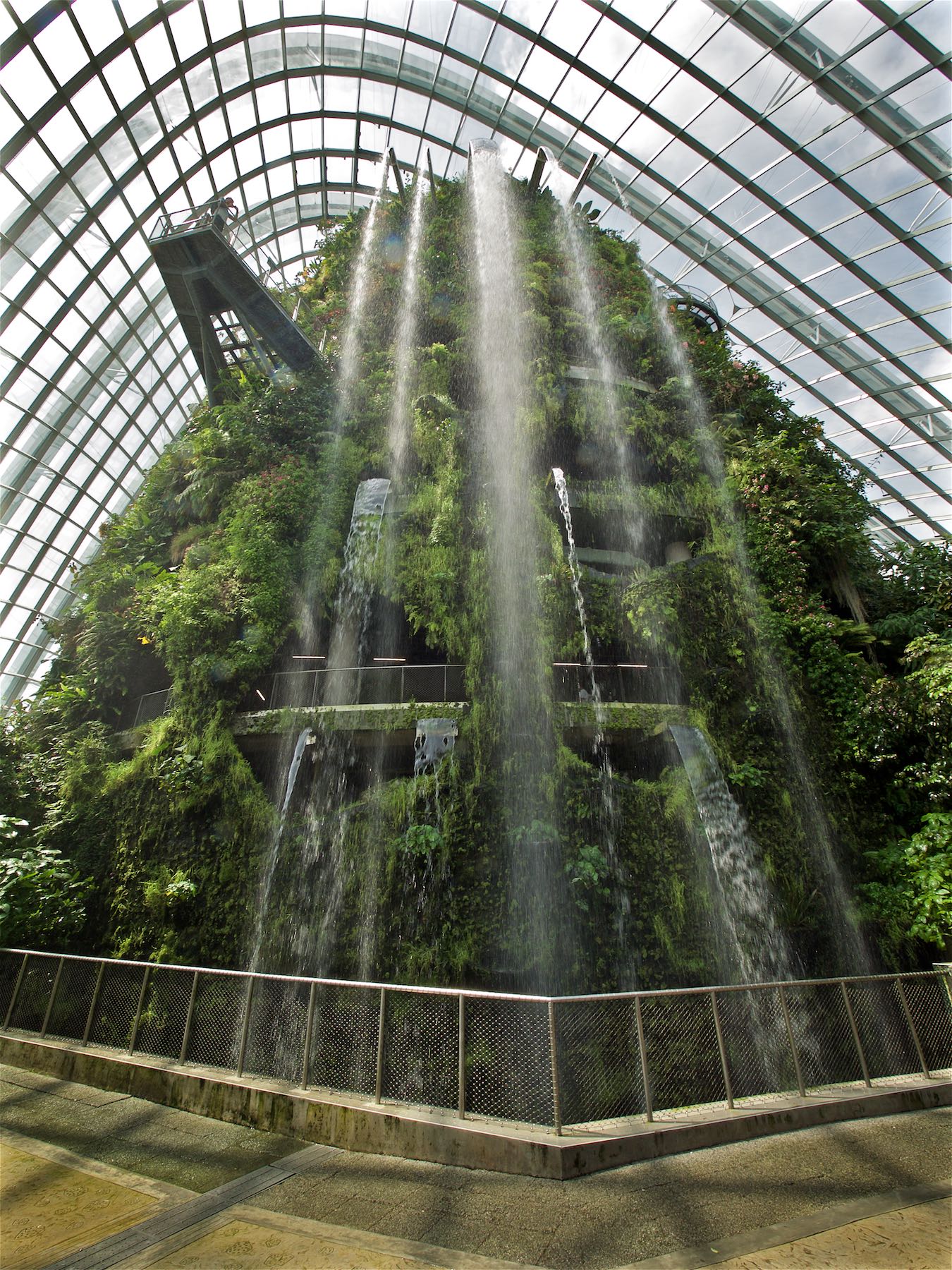
Falls
The Cloud Mountain in one of the two domes in Gardens by the Bay. Worth a visit.

Cheshire Cat
Never stop smiling.
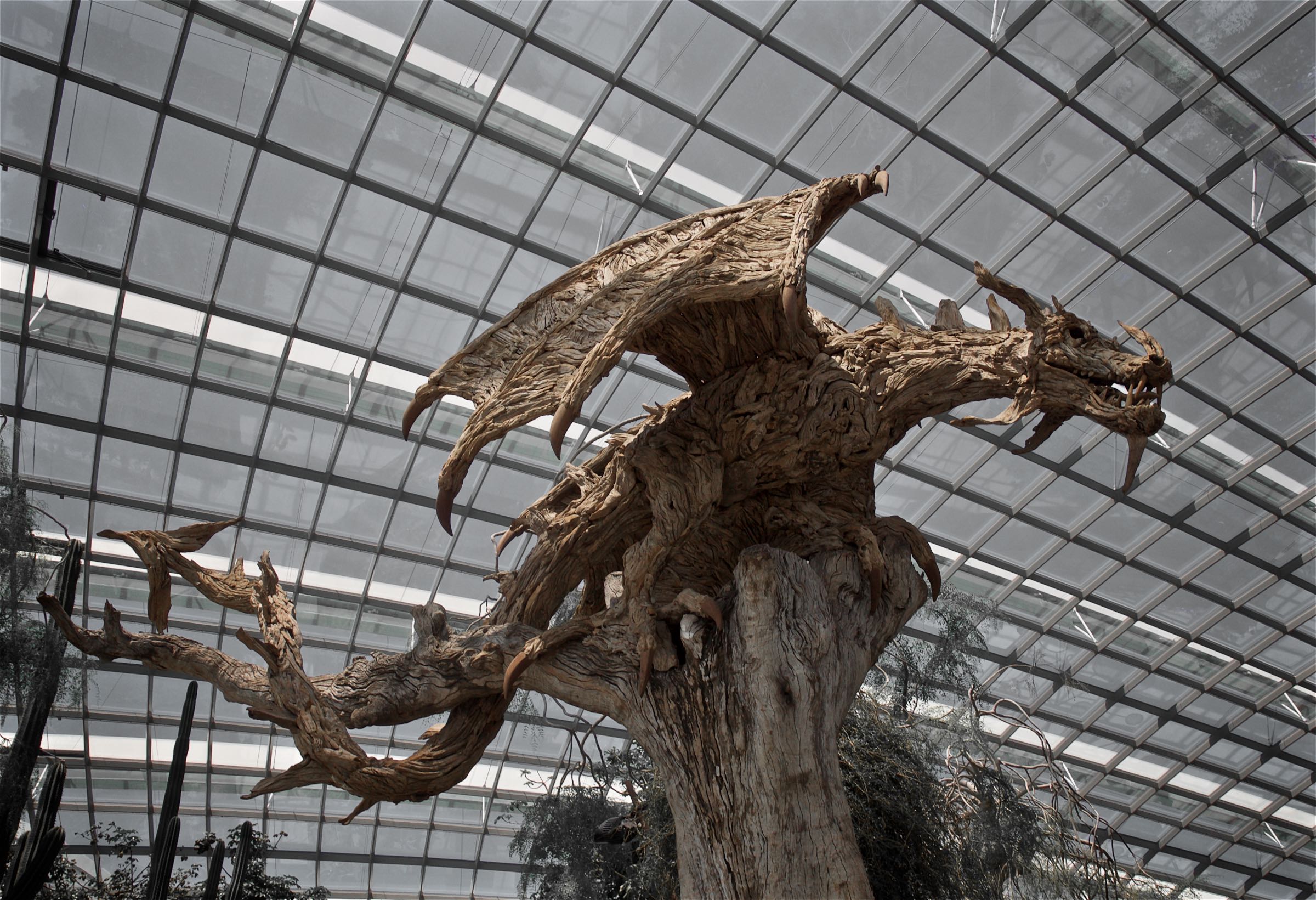
Dragon
Reminds me of the dragons from Harry Potter and the Goblet of Fire.
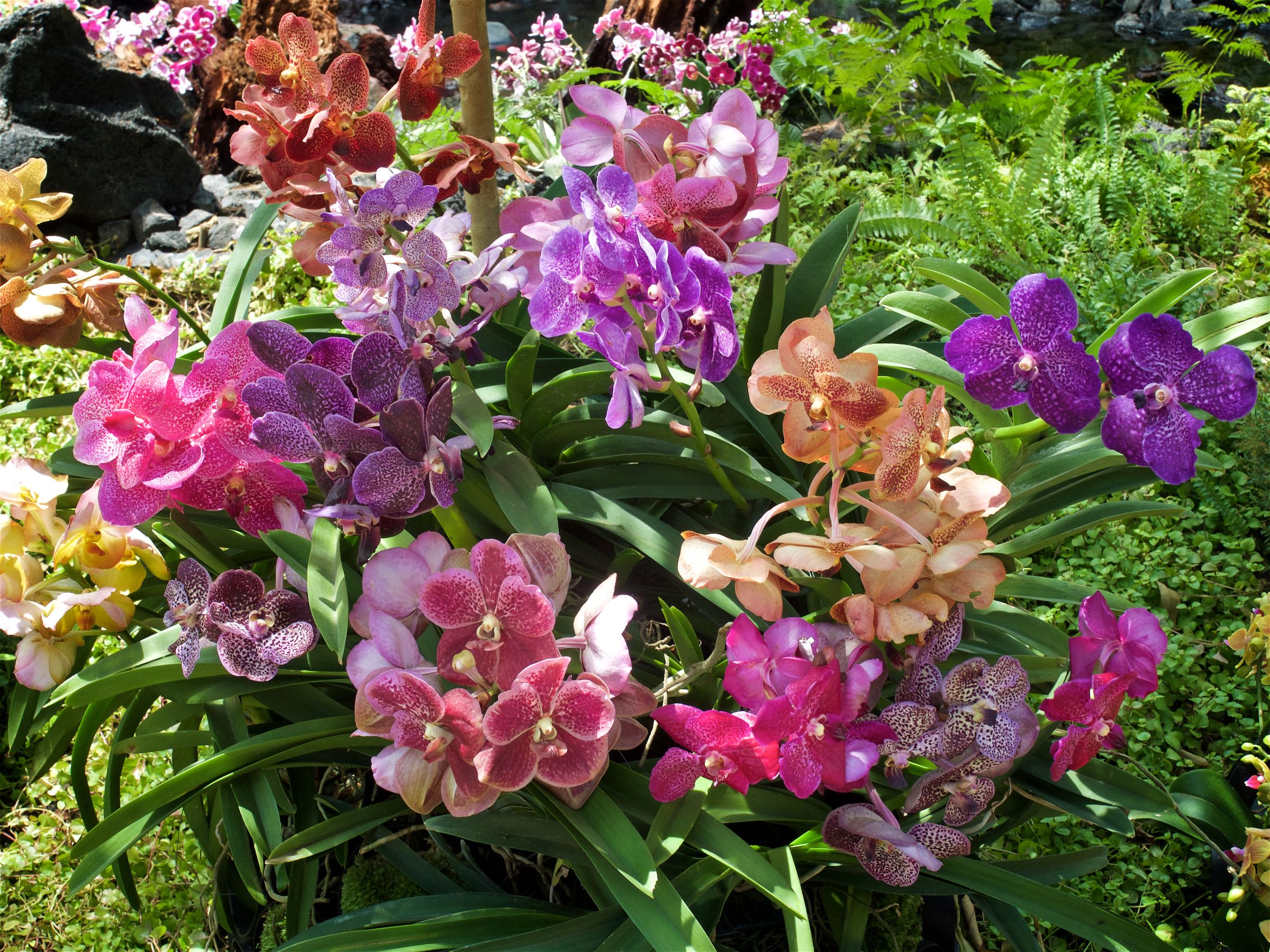
National Flower
Singapore's national flower is the Vanda Miss Joaquim orchid.

Rose
Interesting geometry.
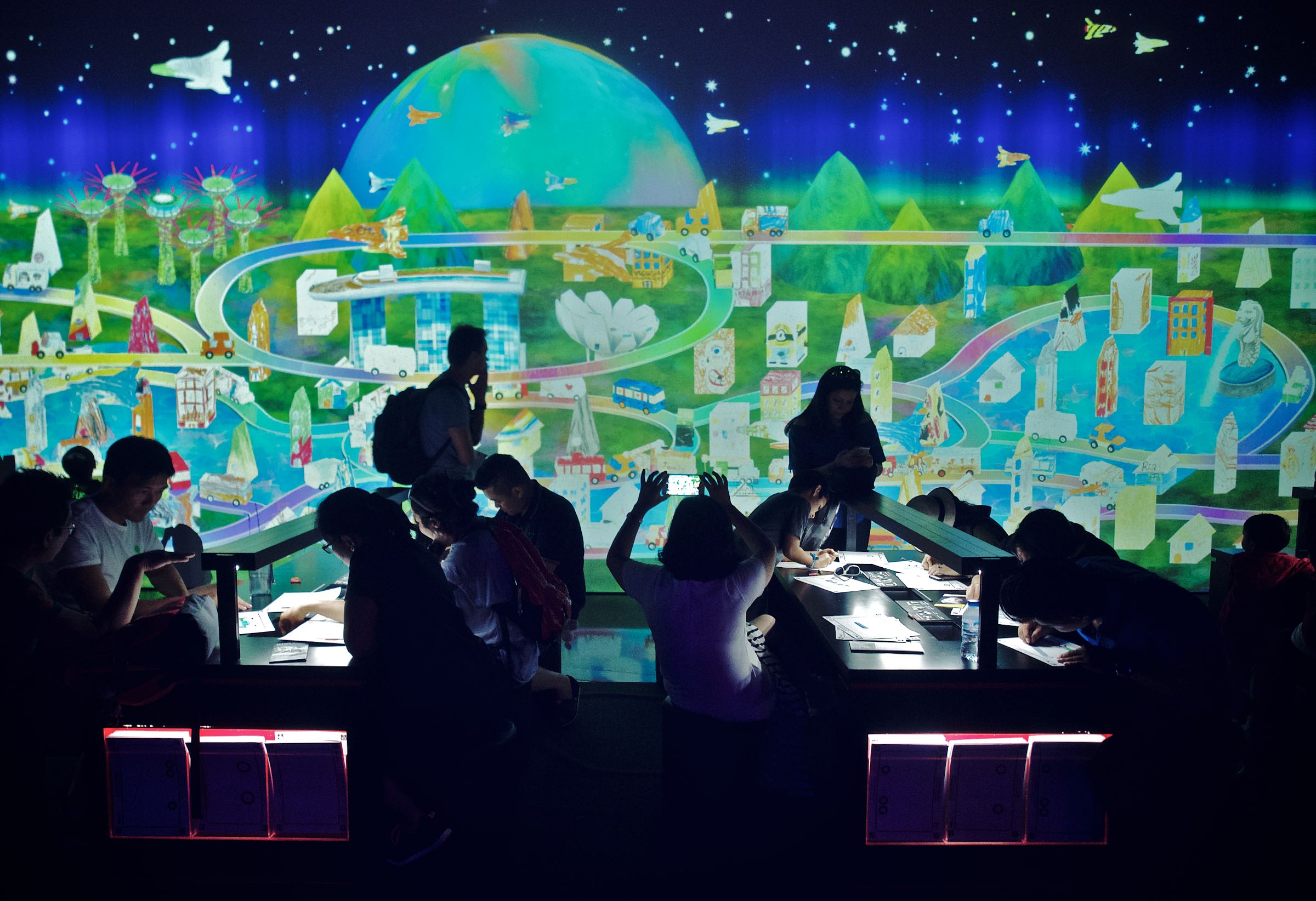
Playground
Kids (and me) could draw vehicles on papers, scan them, and they would appear moving on the projected back wall. Totally cool.
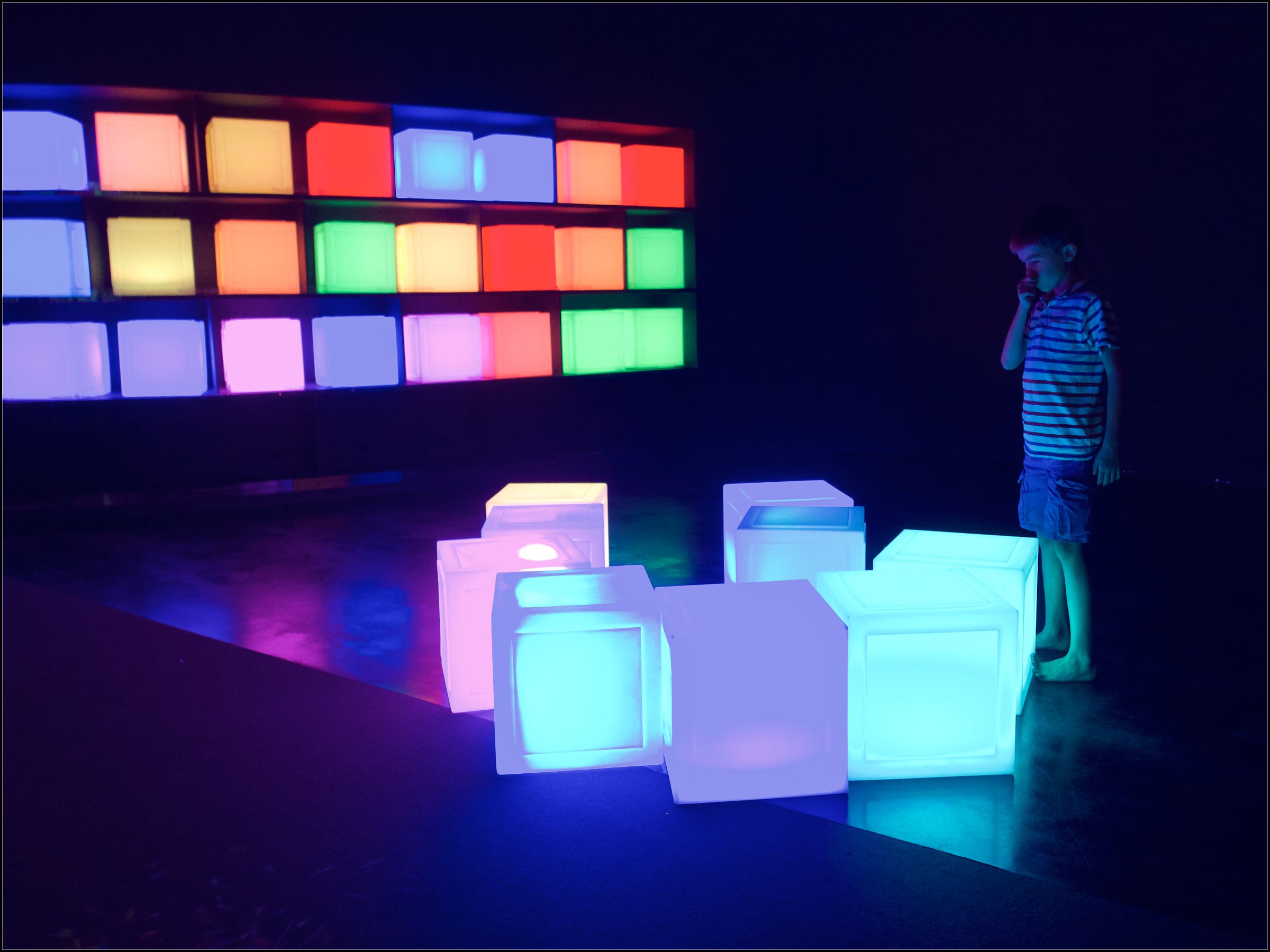
Puzzles
Arrangement required.
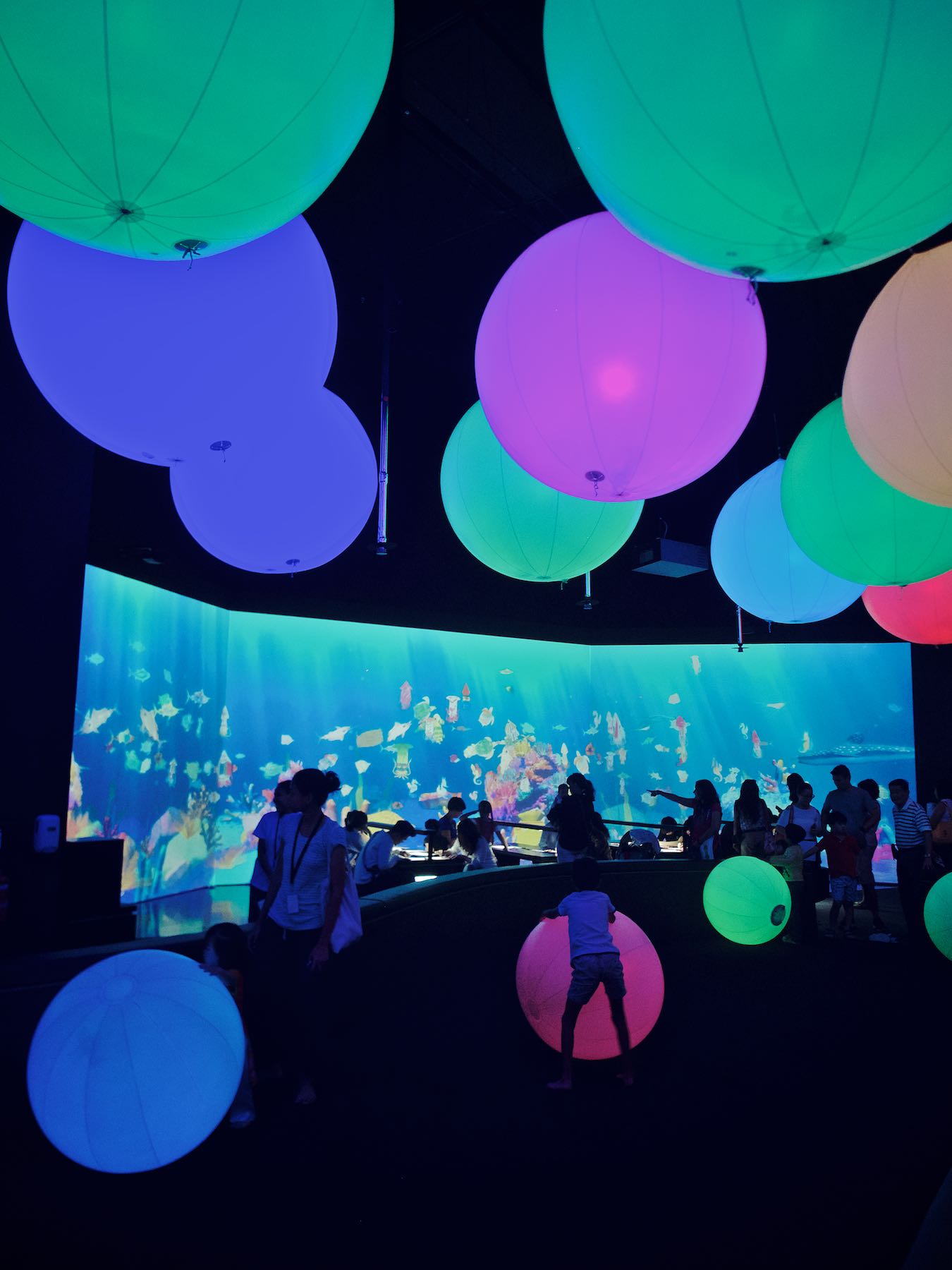
Balloon Fun
Another installation at the Art Meets Science exhibit.
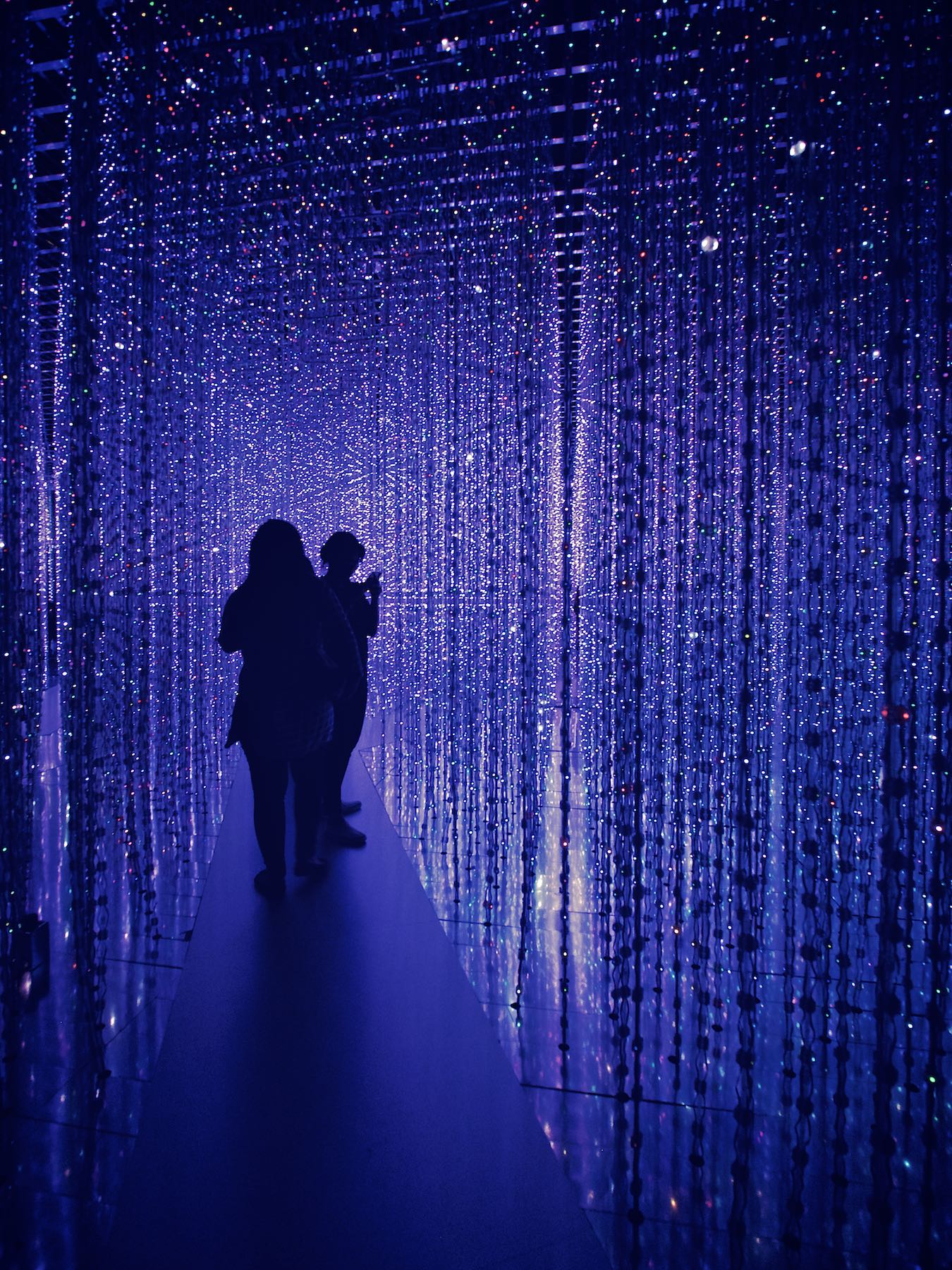
Future World
The ArtScience Museum by the Marina Bay Sands showcased Future World: Where Art Meets Science, including this really cool installation.

Atmosphere
The installation included a la Arrival / Interstellar and the occasional burst of fast moving light flashes. I think I spent 30min there.

Wise Words
Harry Kroto won his Nobel Prize for discovering fullness. Don't ask me what it means.
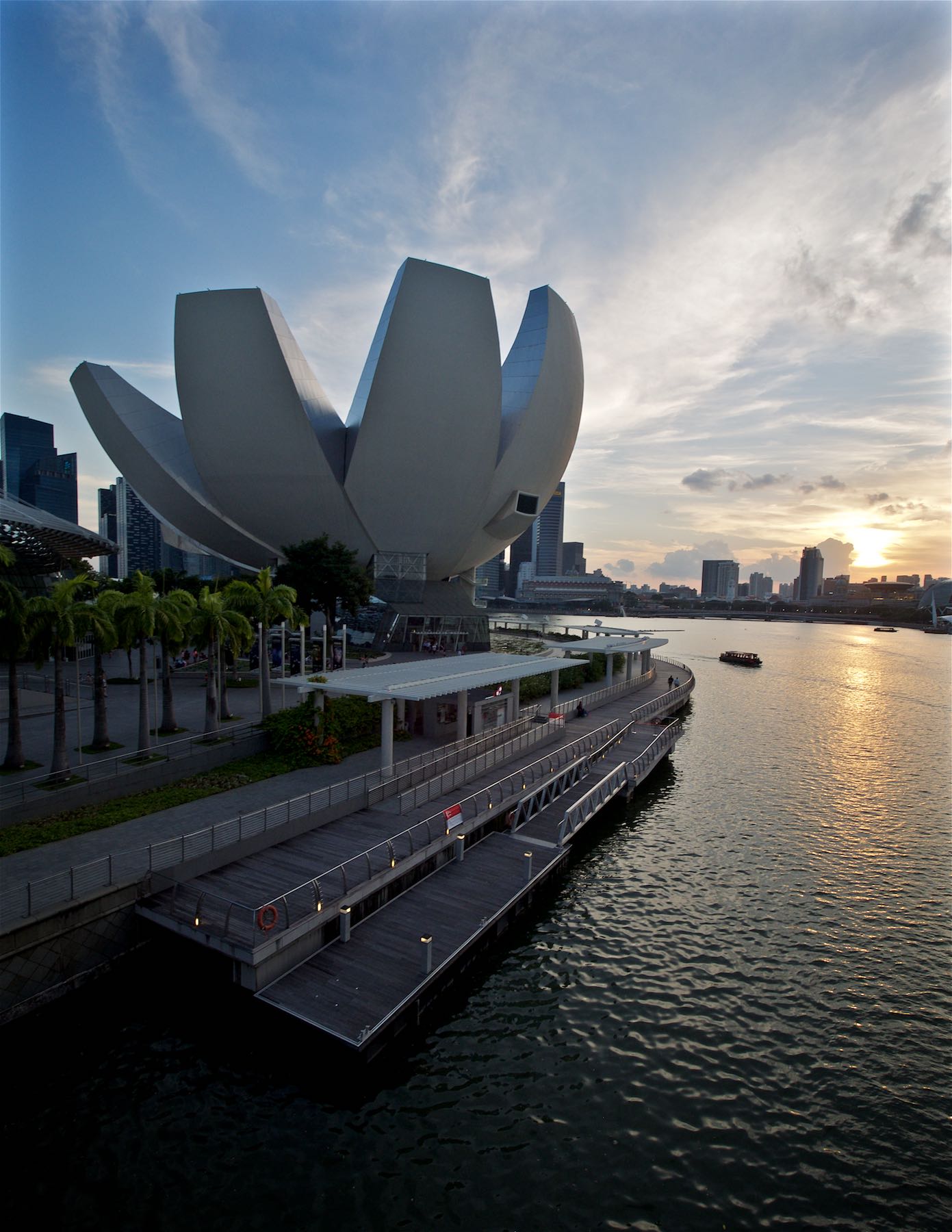
ArtScience Museum
At sunset seen from the Helix bridge. The museum opened in 2011.
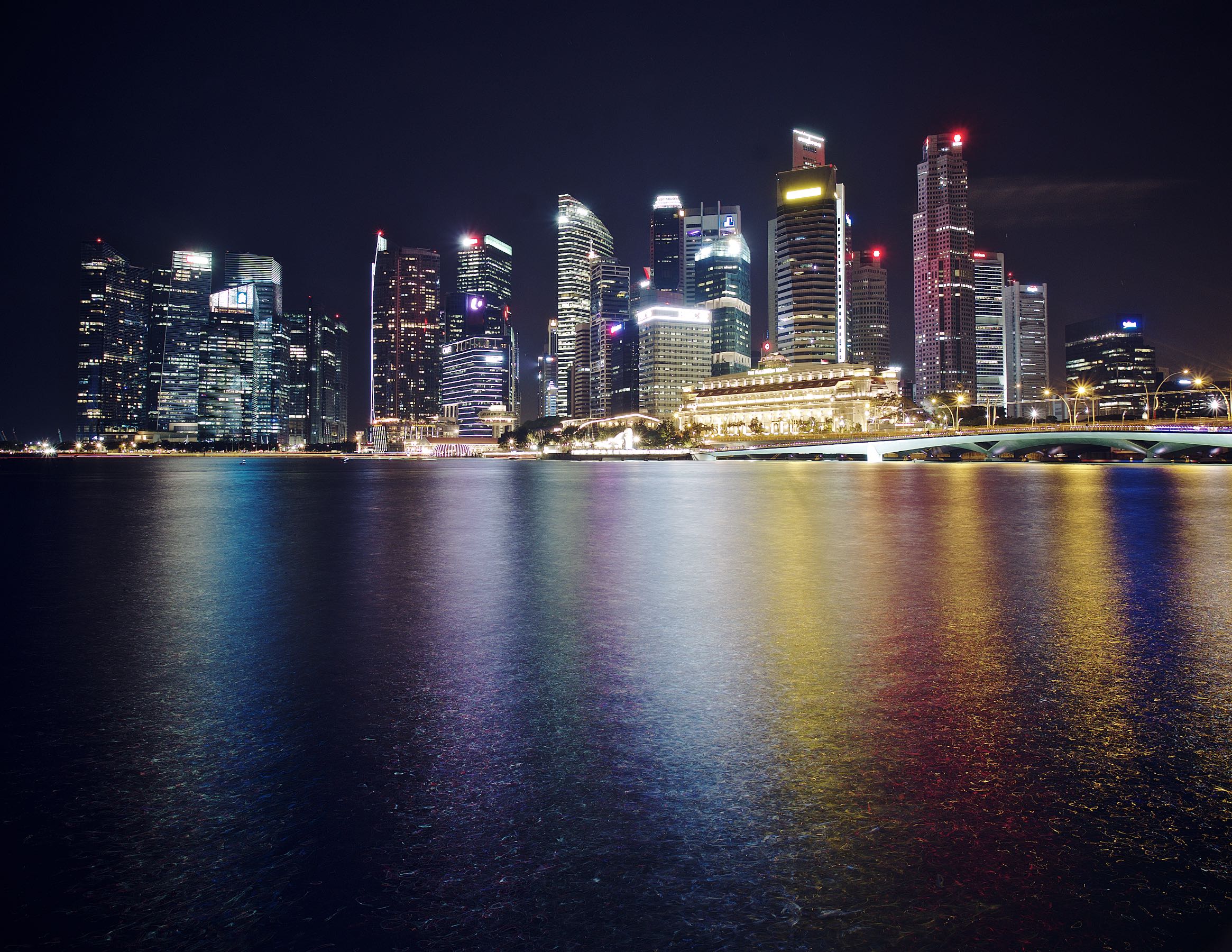
Downtown Core
The Singapore skyline, seen from the Helix bridge.
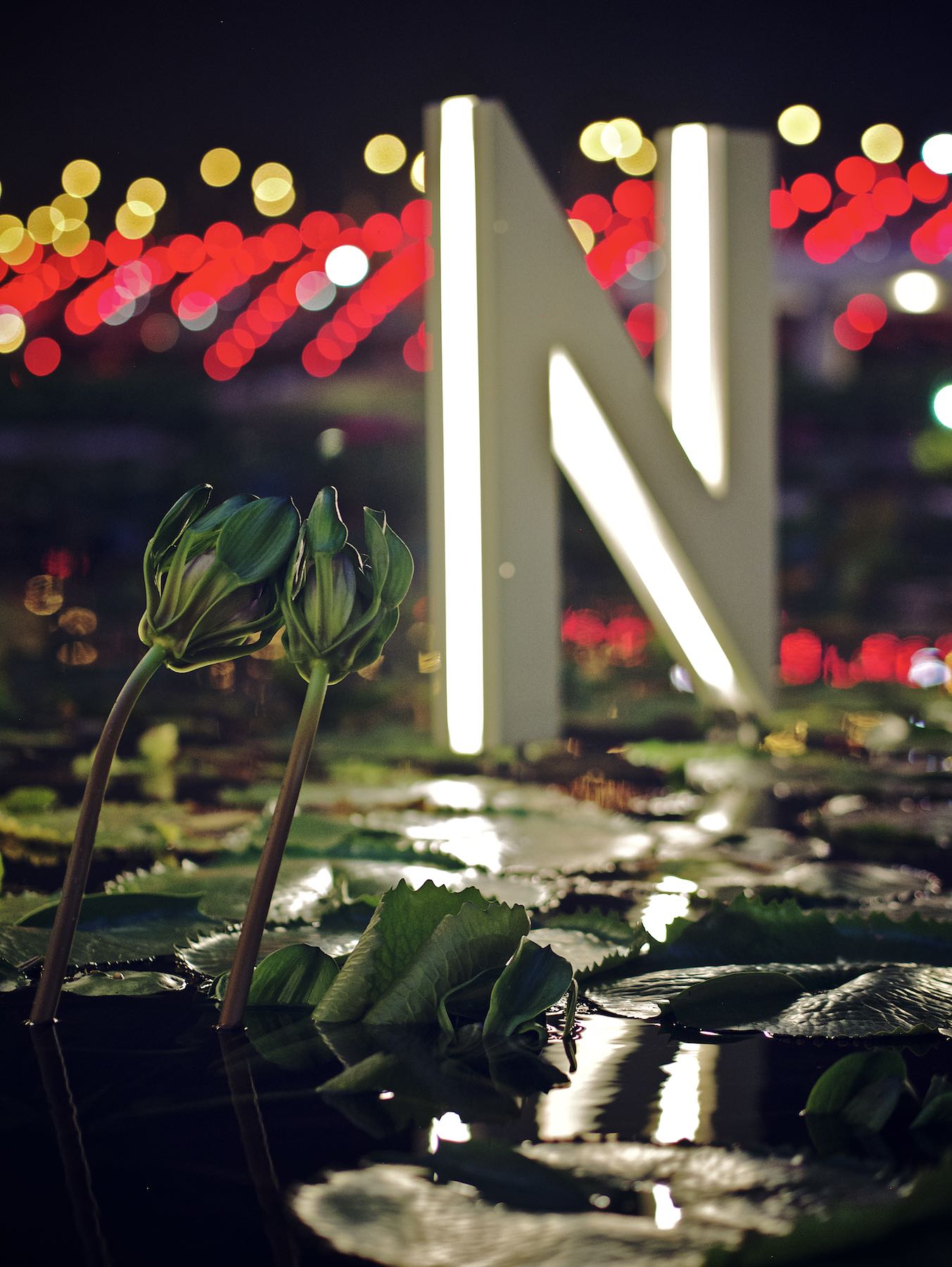
N
One letter of the Art and Science Museum
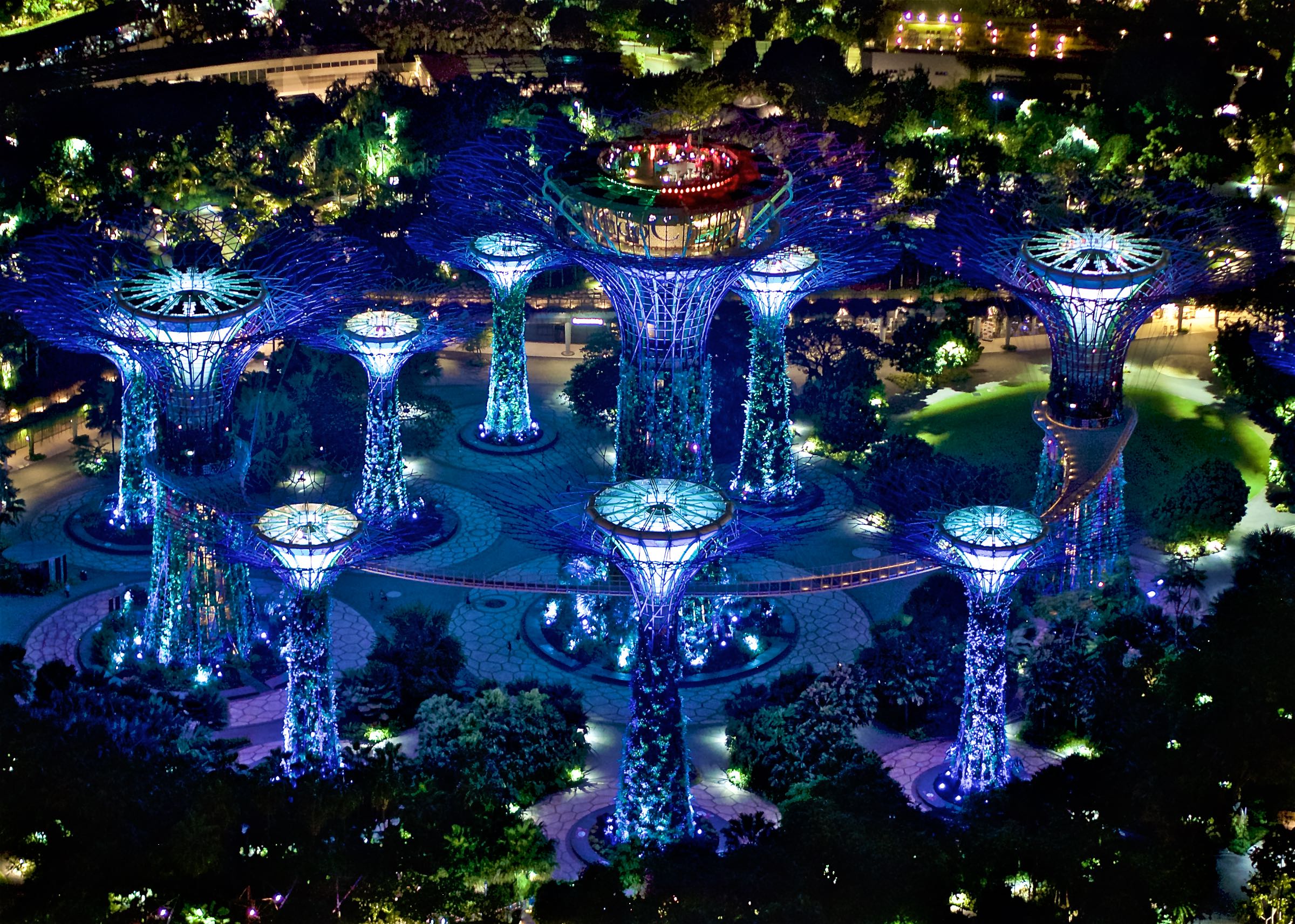
Supertree Grove
Seen from the Marina Bay Sands roof at night.
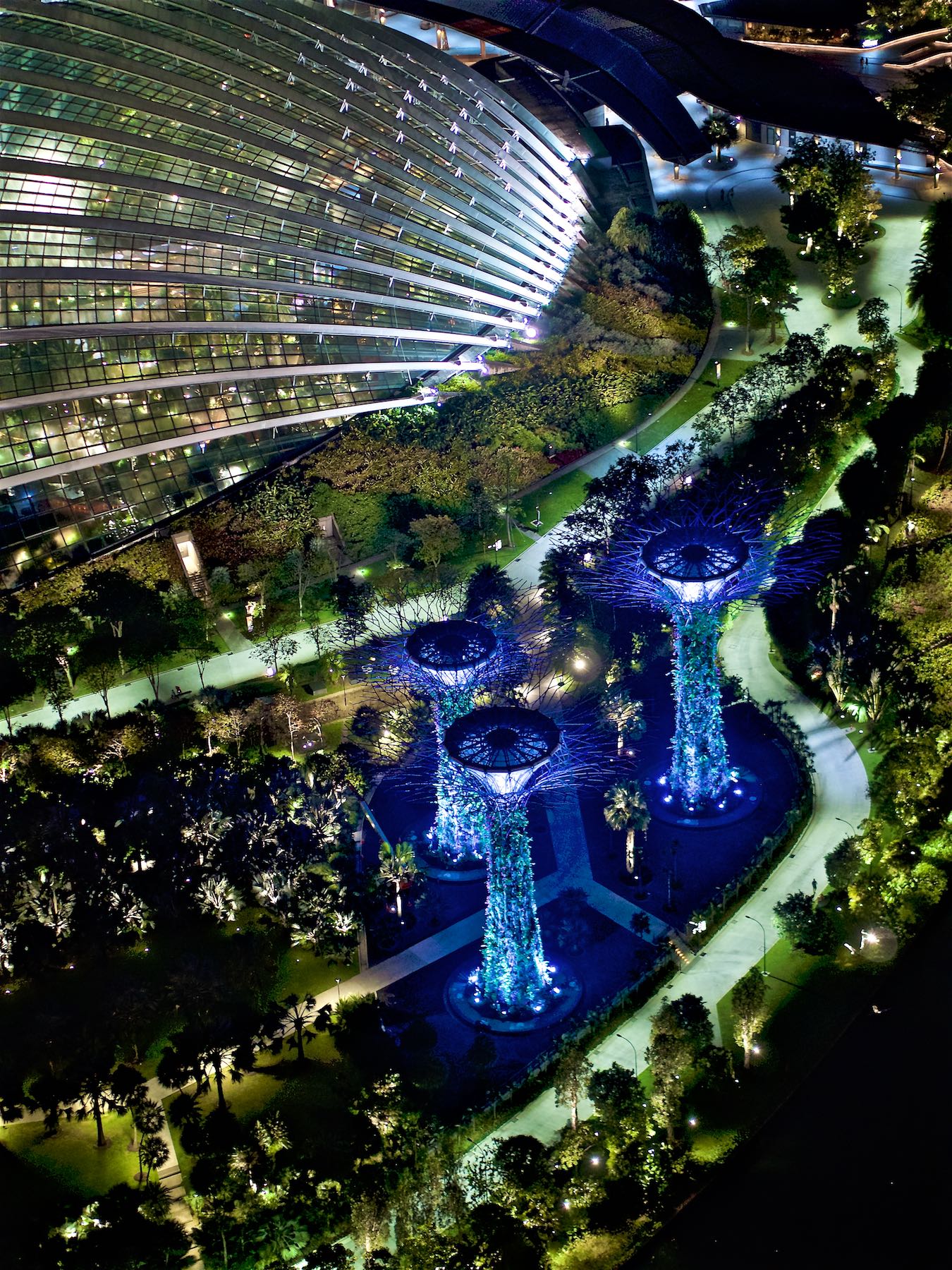
Supertree Grove & Cloud Forest
The park was part of the plan to transform Singapore from a "Garden City" to a "City in a Garden"

Textures
Green, concrete, glass, culture, business, old and new in synergy - Singapore.
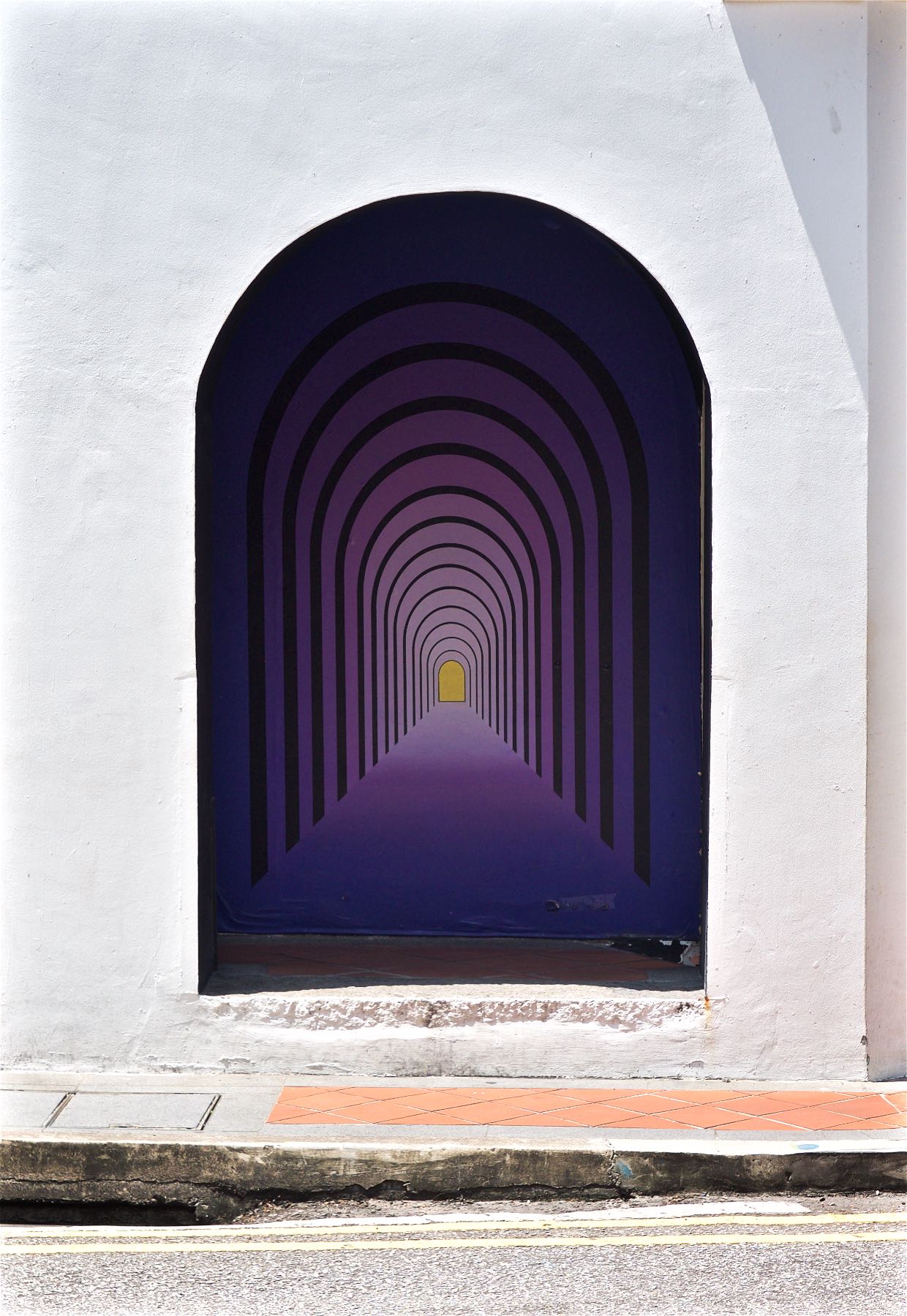
Portal
Try and run towards the light.
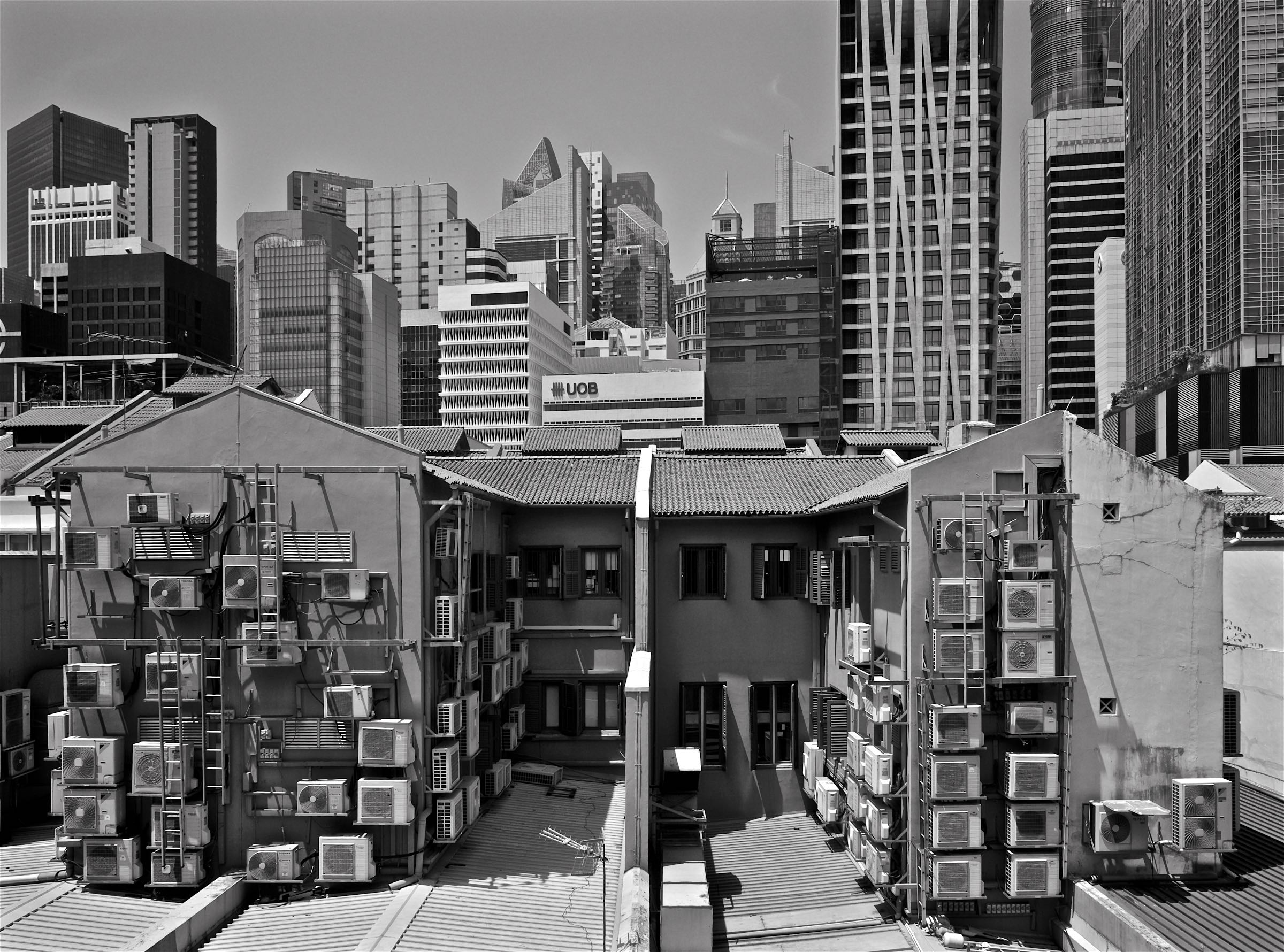
AC Galore
Singapore is hot and humid. The result is here.
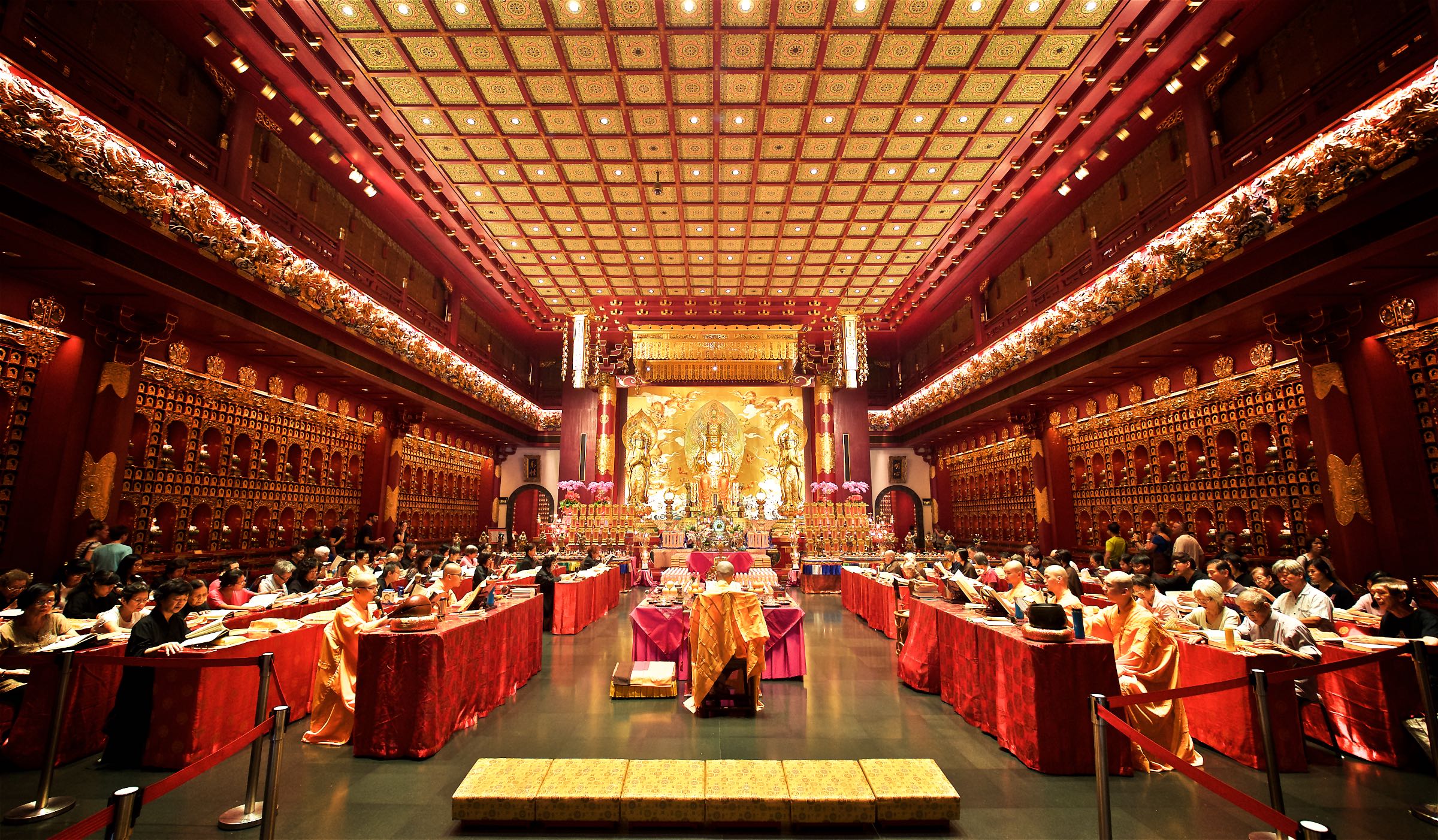
Interior
The inside of the temple during an ongoing ceremony.
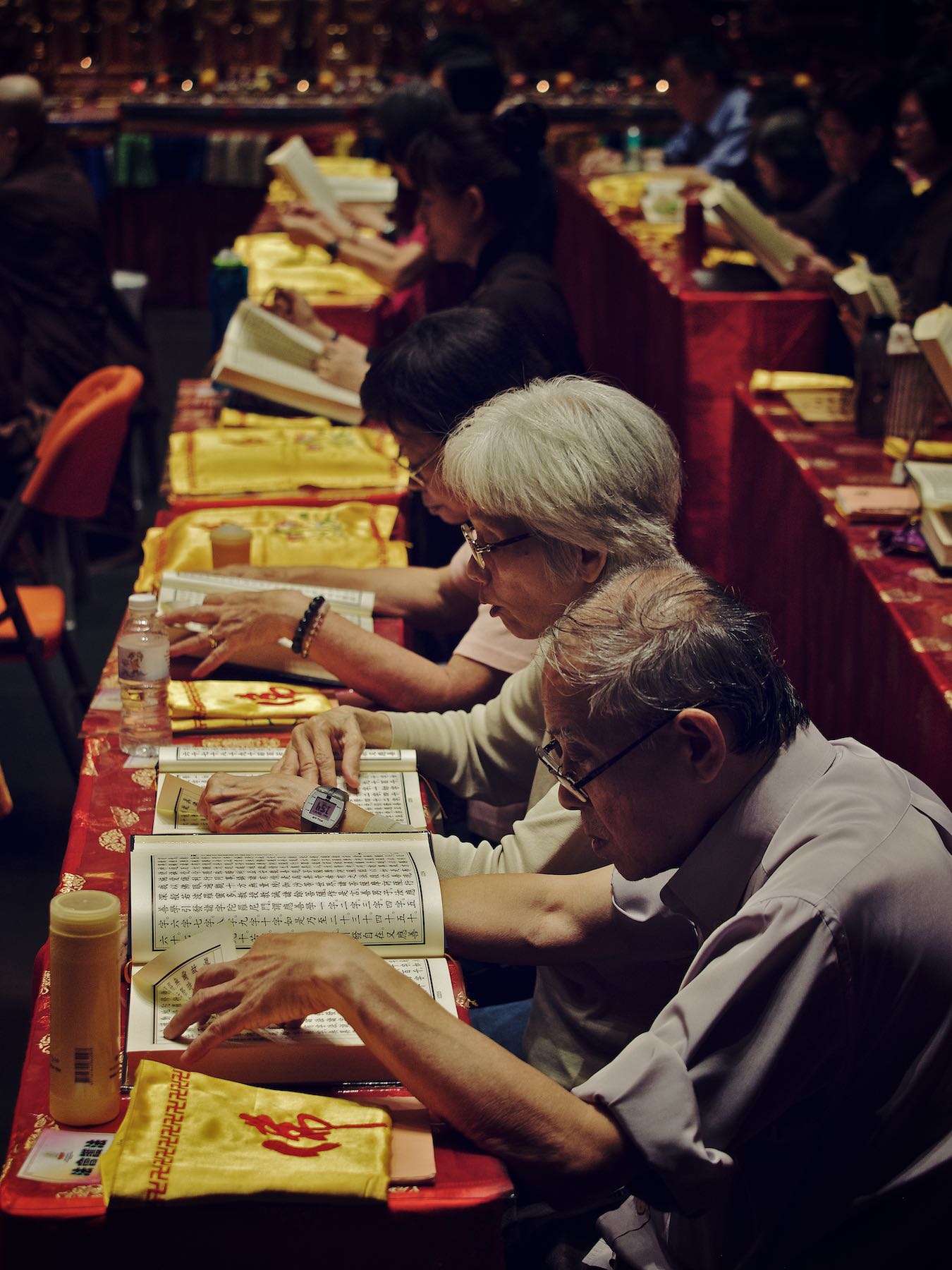
Prayers
The ongoing mumbling during the proceedings had a somewhat soothing effect.
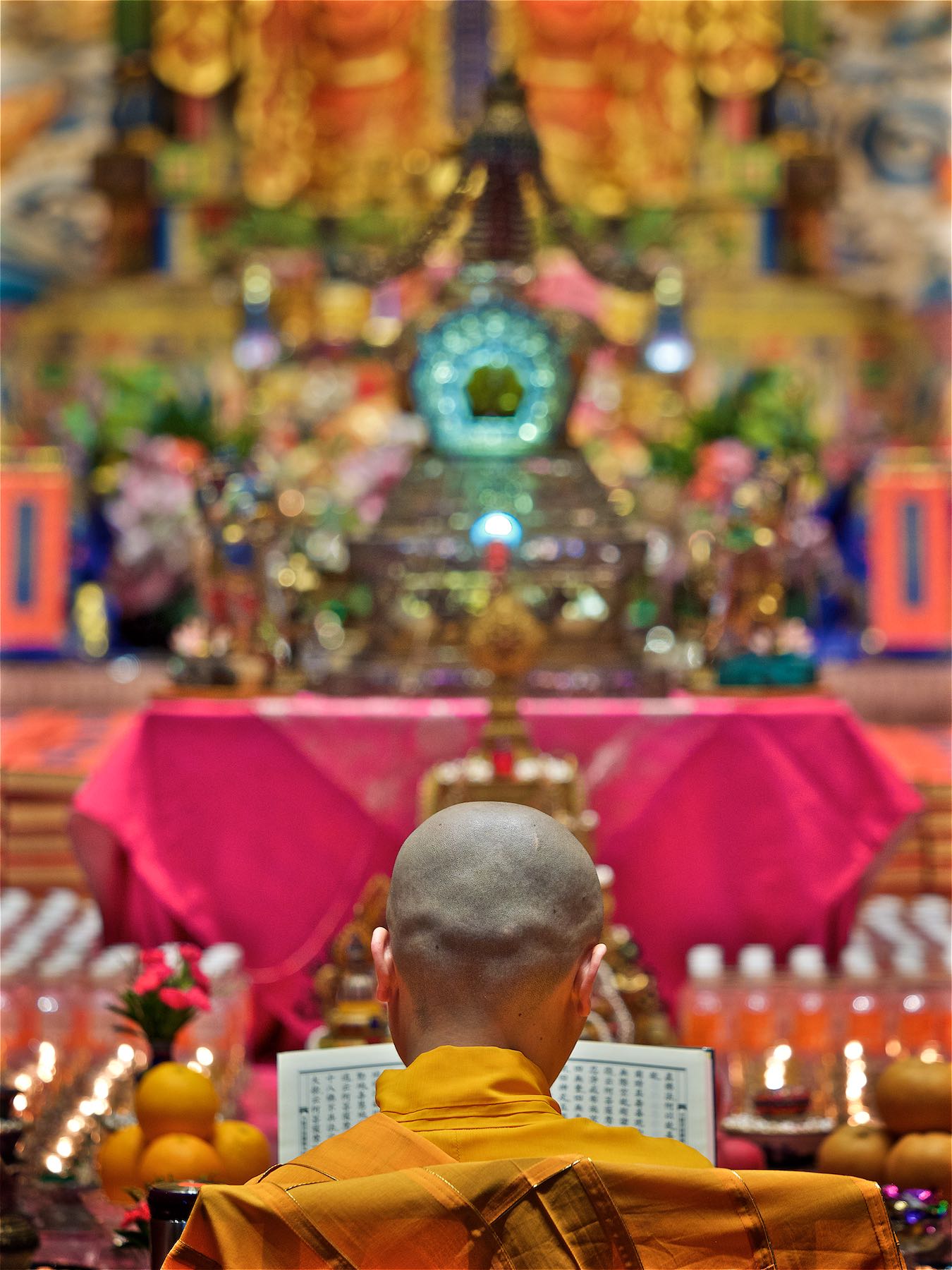
Monk
The monk in the central position during the ceremony.

10000 Buddhas
At the roof of the Buddha Tooth Relic Temple.
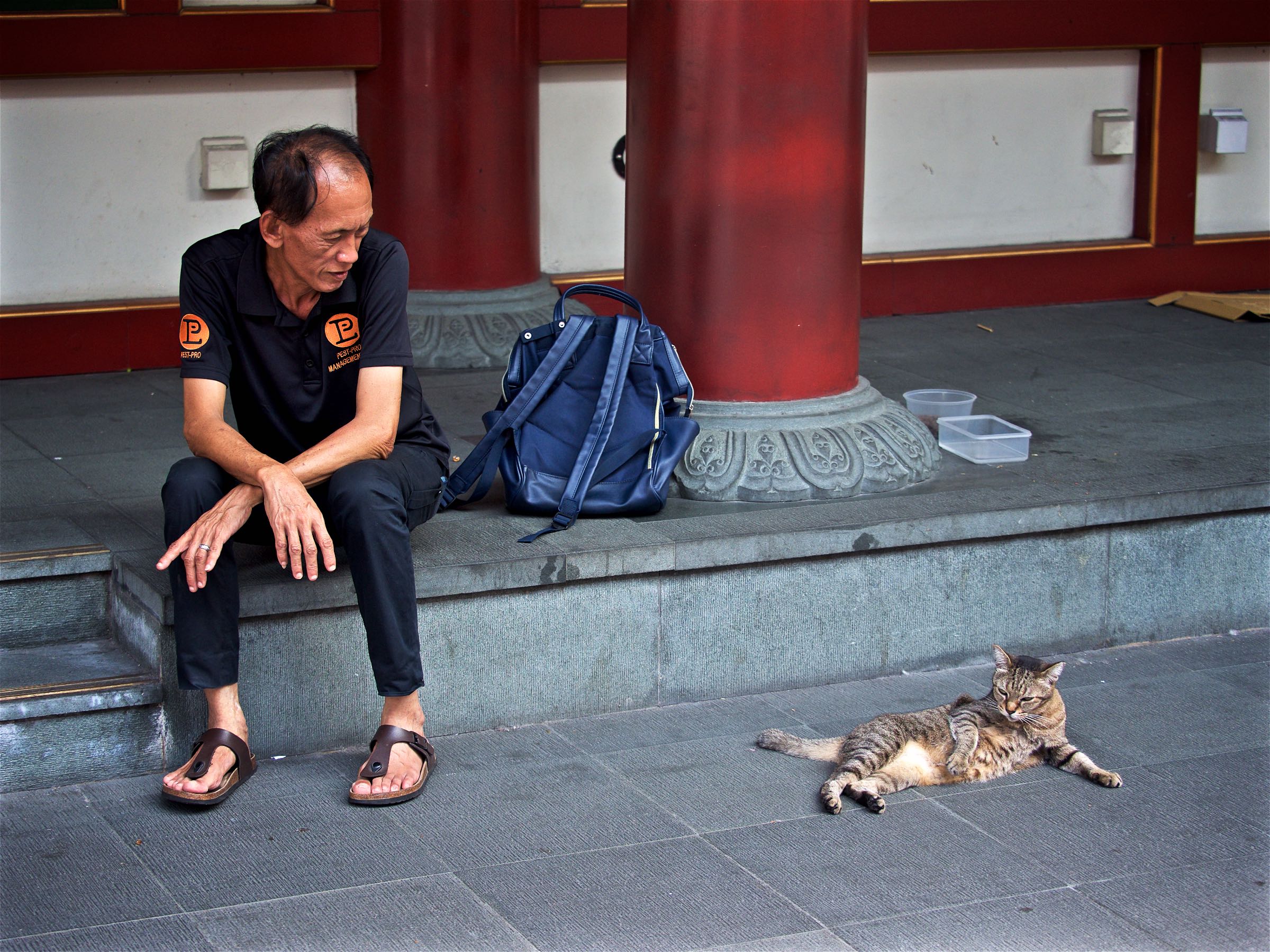
Just chilling.
Obligatory cat shot.

Gambling
Traditional gambling is highly regulated in Singapore - not this type of street games though. Anyone knows what it is?
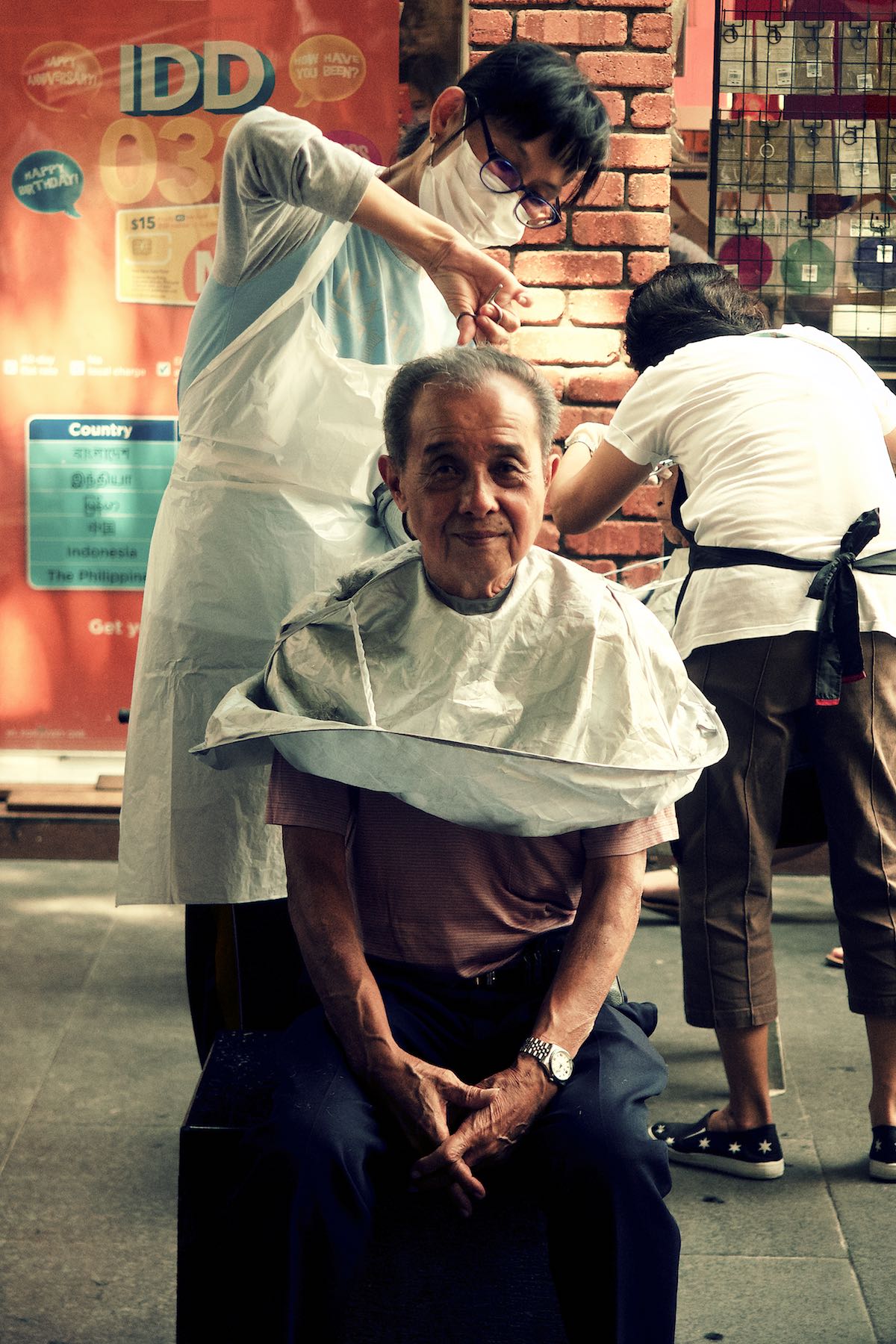
Free Cut
Free haircuts for the homeless and elderly in the Chinese quarter.

Inventive Laundry
I wonder how much gets lost.
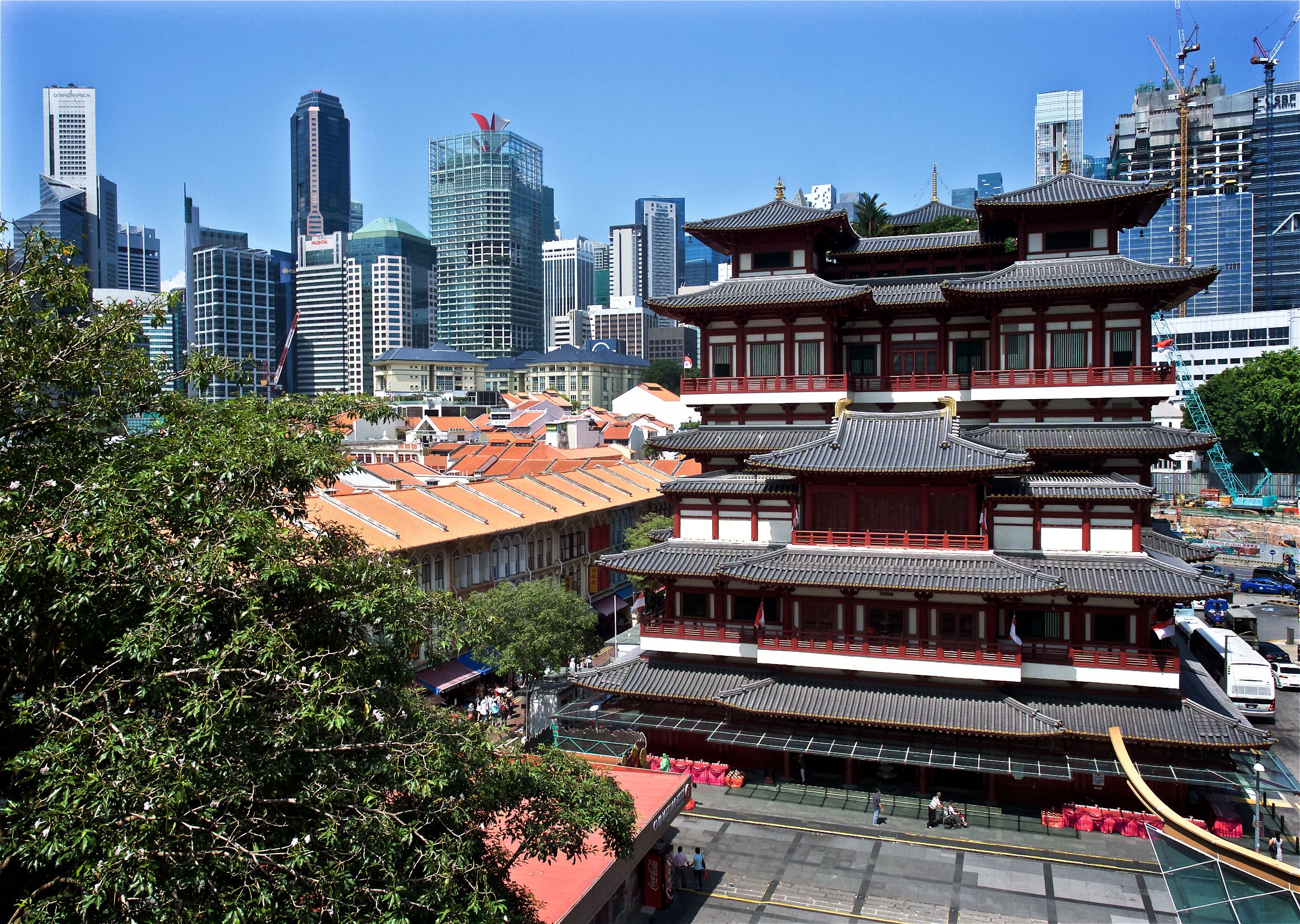
Buddha Tooth Relic Temple
Worth a visit for sure.
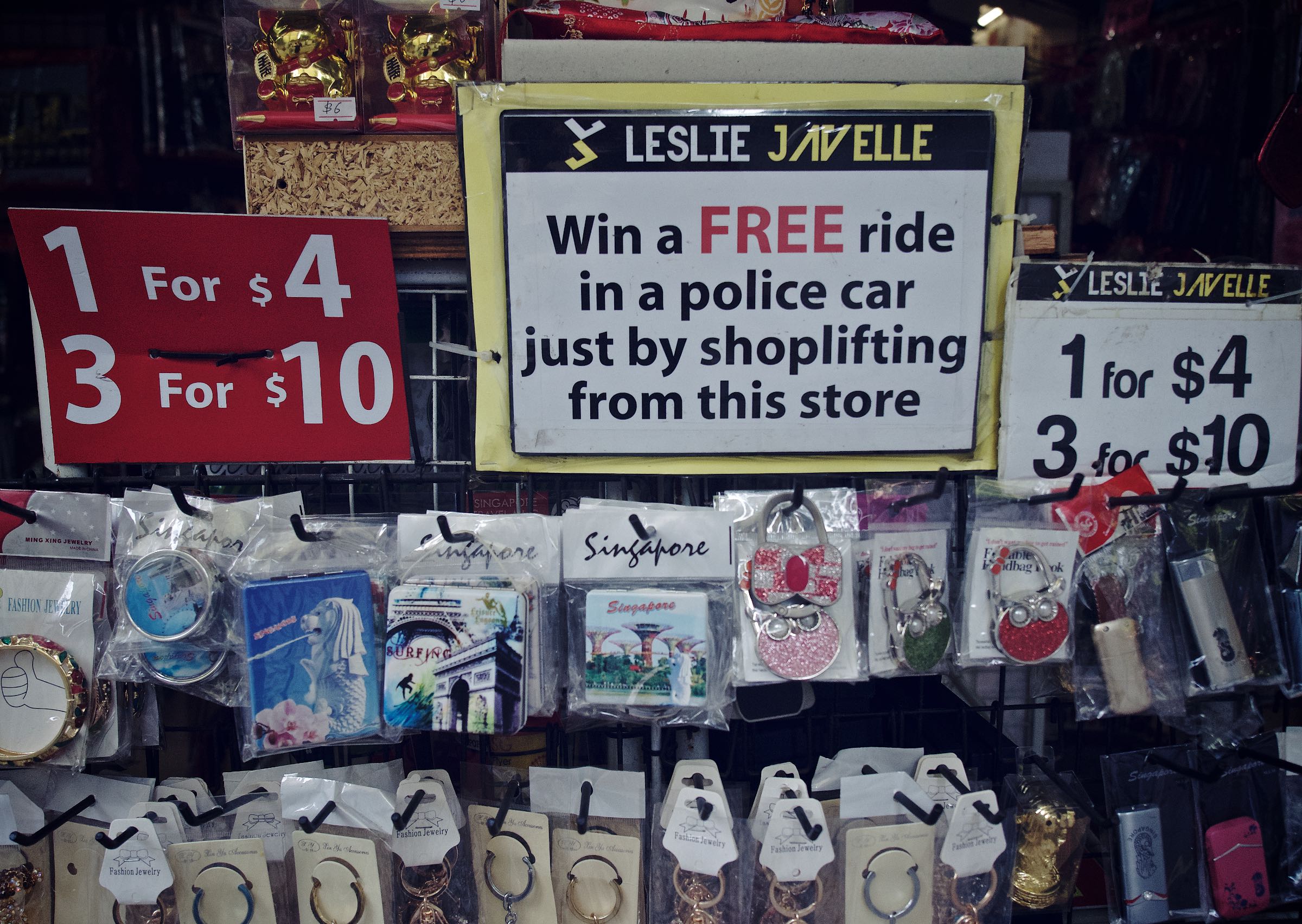
Great Offers
I didn't take advantage.
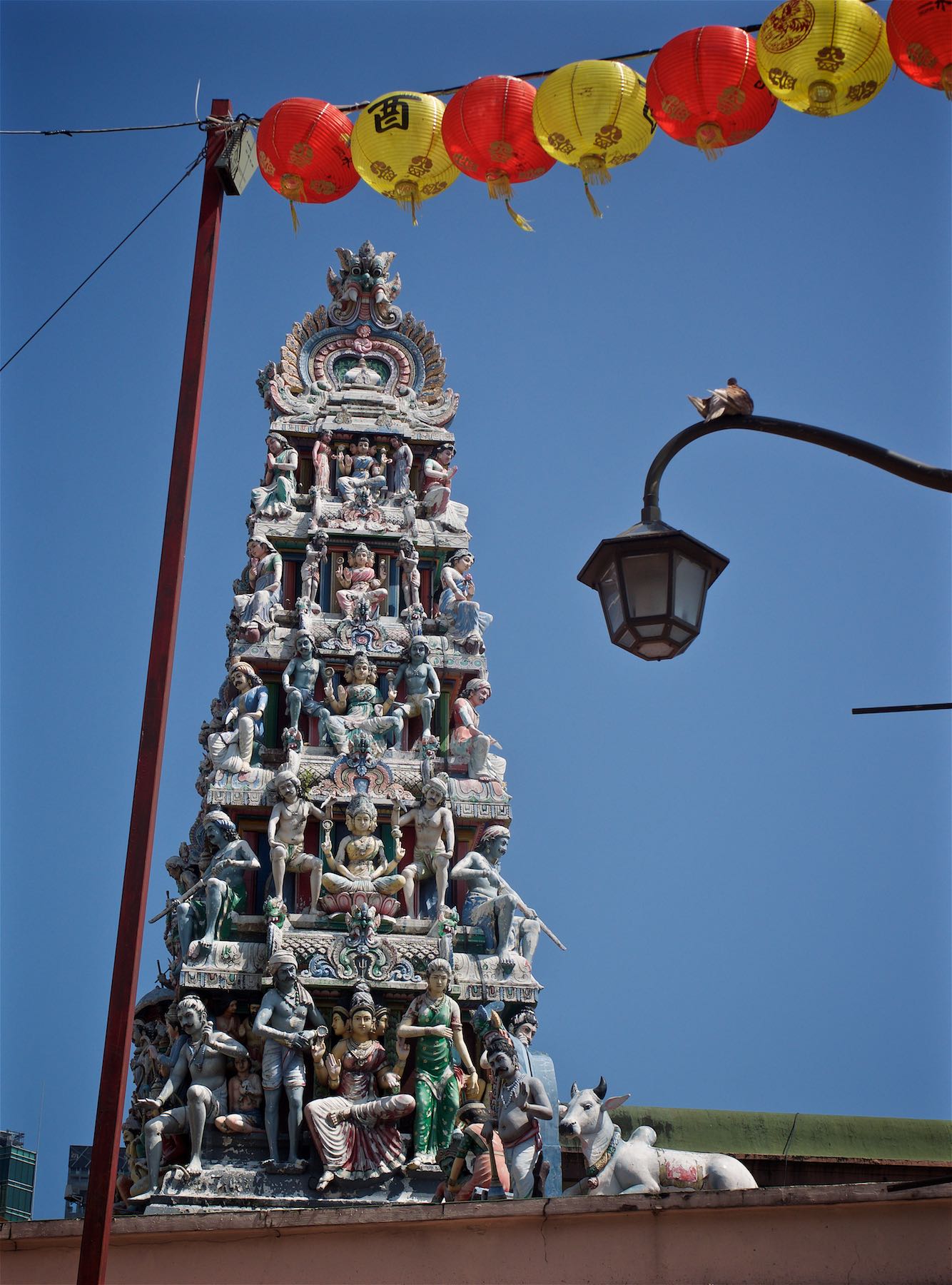
Sri Mariamman Temple
Unfortunately the temple was closed for cleaning.
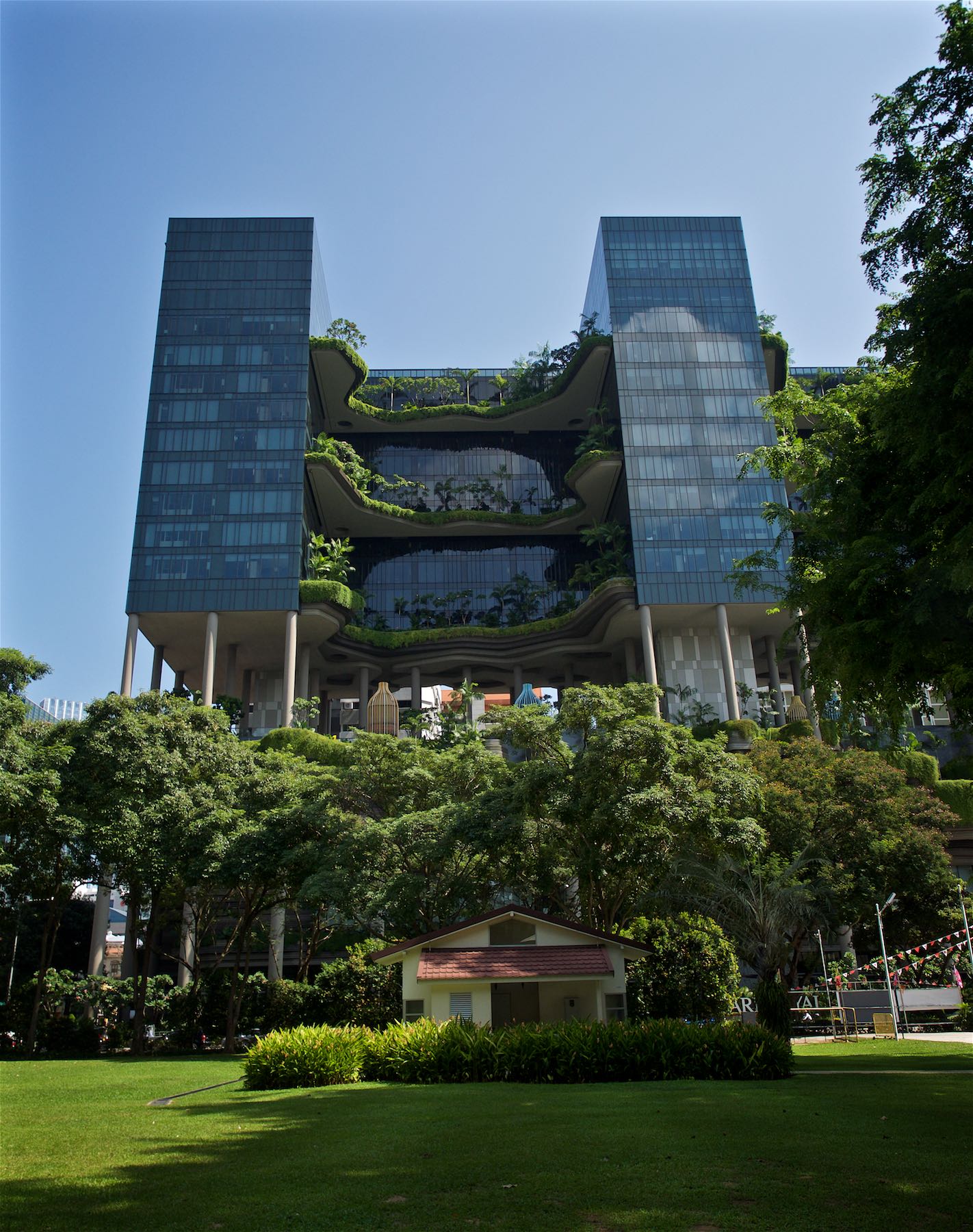
Park Royal Towers
With their built in sky gardens.
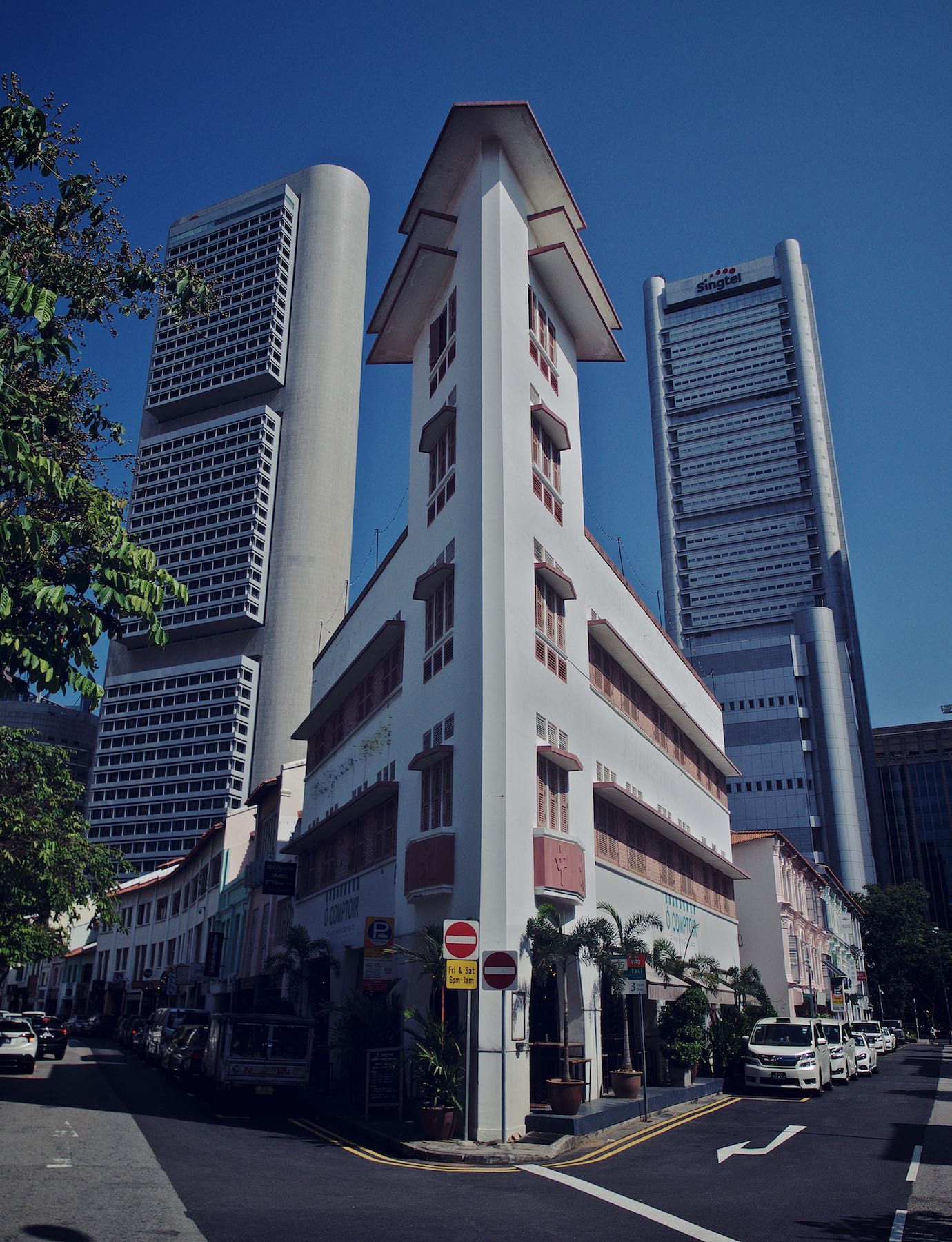
Little flat iron
A building in the old district by the Boat Quay.
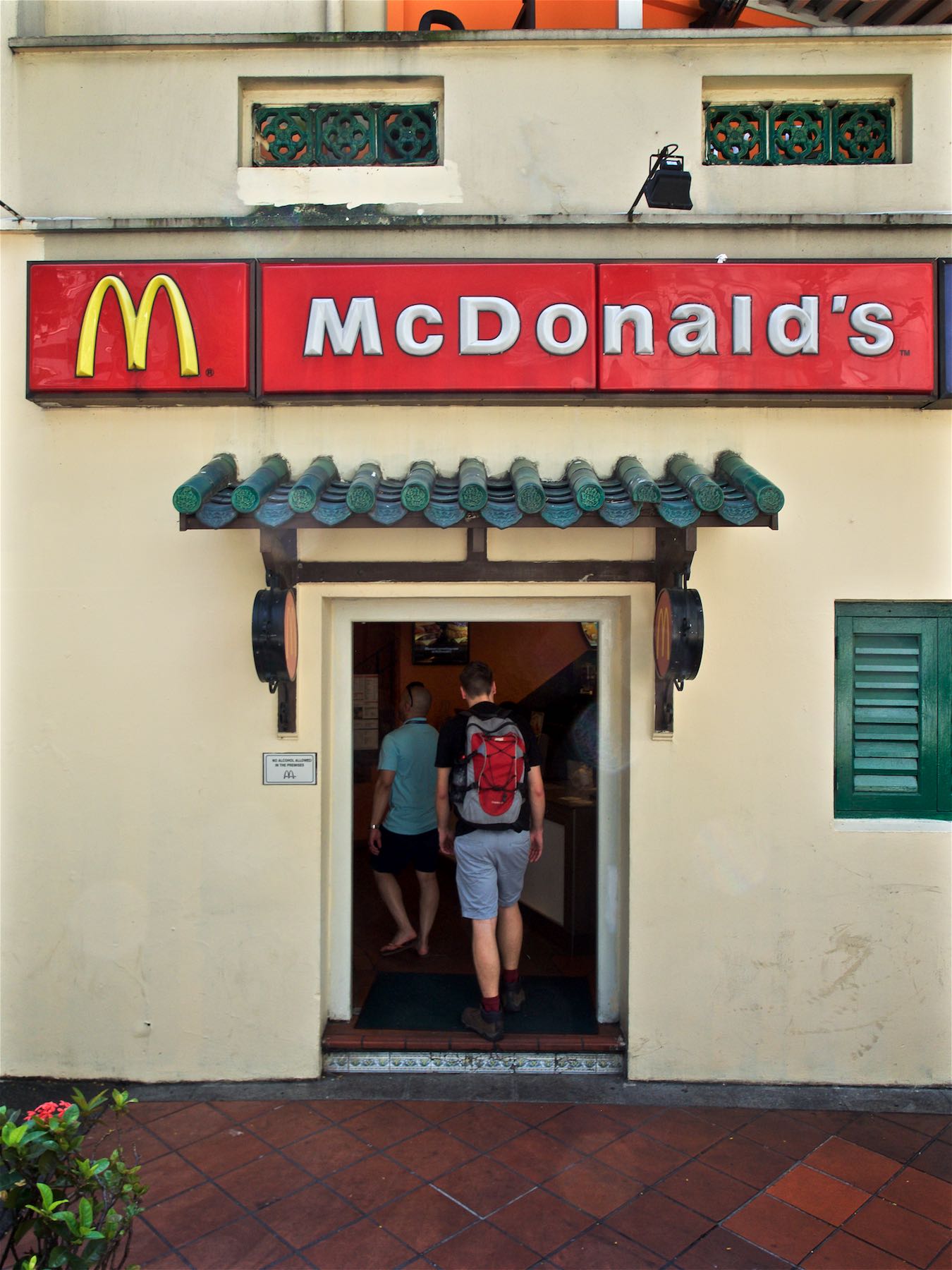
Tiny McDonald's
Maybe the smallest one I've seen.
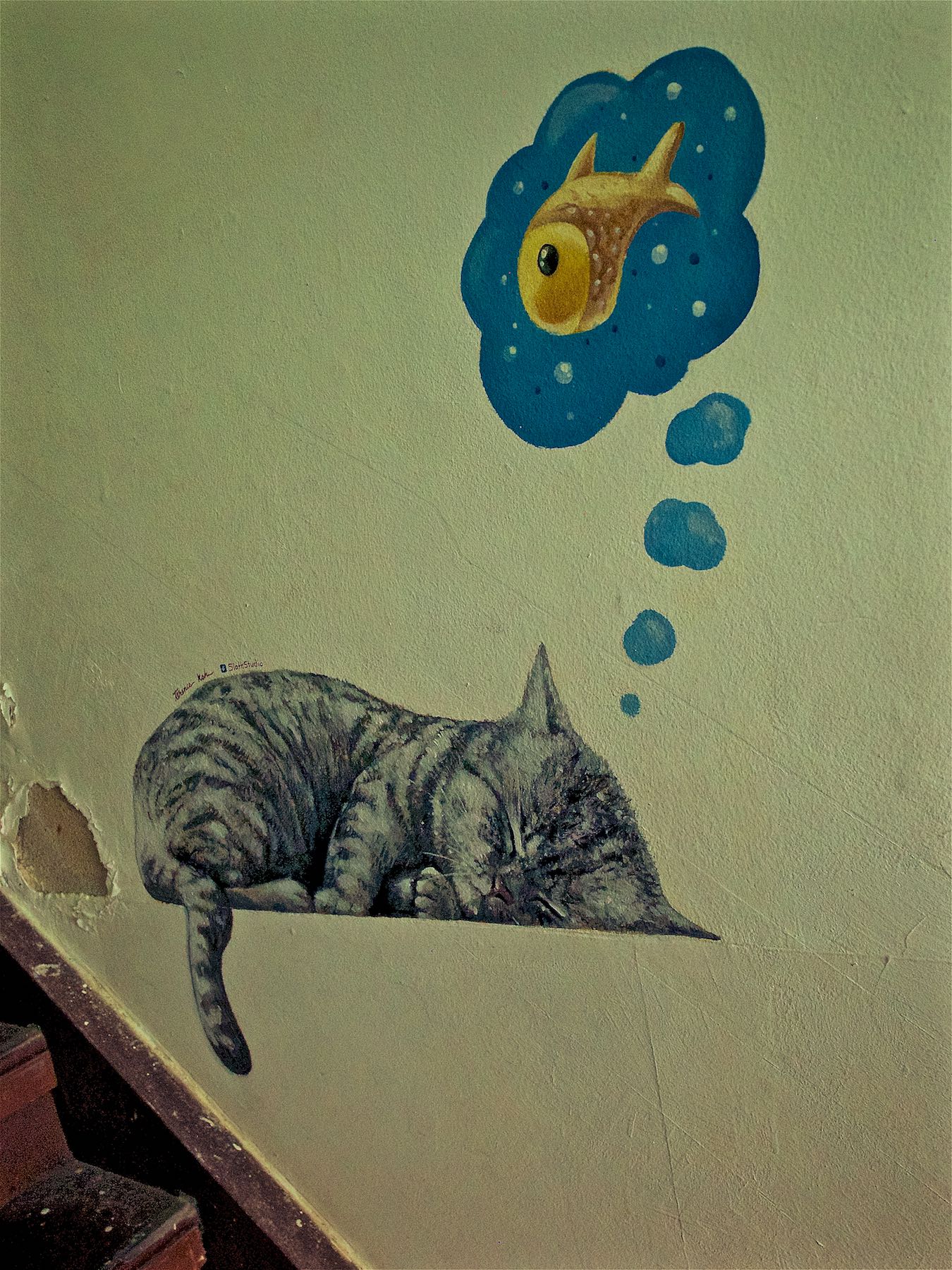
Fishy Dreams
On the way up to Singapore's cat cafe. The one in Dubai is nicer!
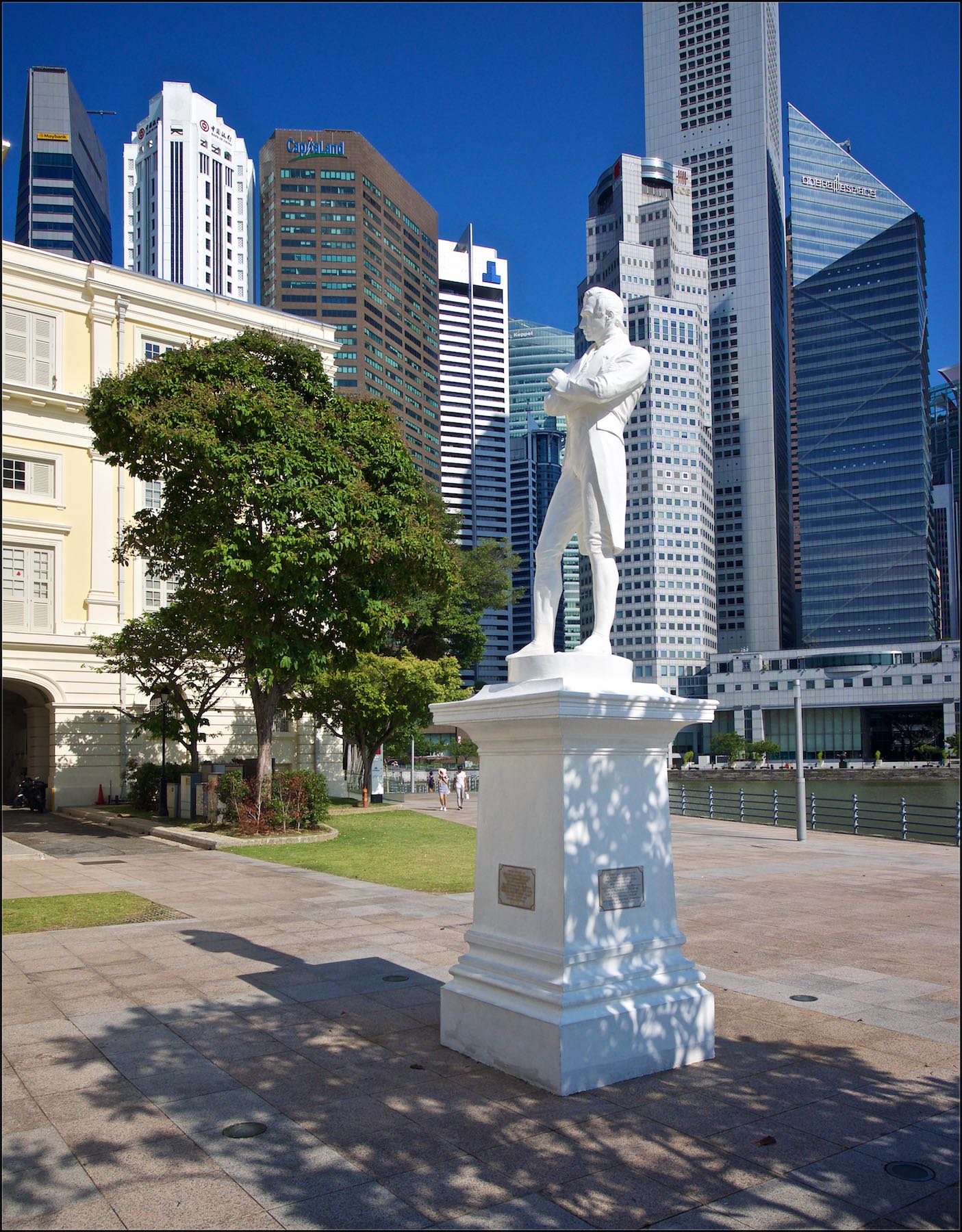
Stamford Raffles
The founder of Singapore in the early 19th century.

Reflections
An installation near the Victoria theatre.

Contrasts
Looking towards Downtown Core and it's low rise buildings on the Singapore river.

St Andrew's Cathedral
Early gothic style and originally opened in 1861.
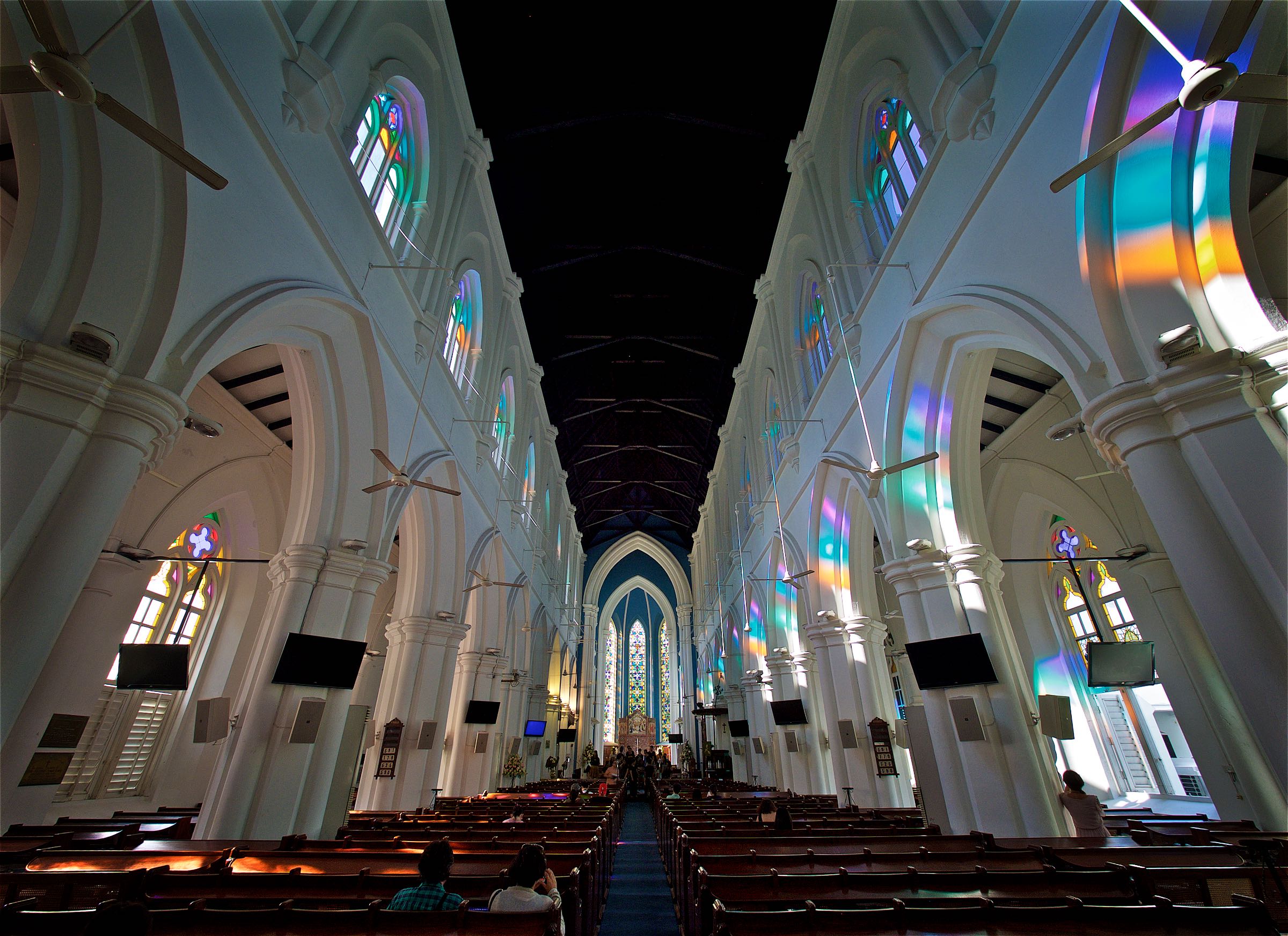
Interiors
The colorful windows create an interesting atmosphere.

Greenery
Singapore's flora is really amazing in parts.

Sri Thendayuthapani Temple
From the 1850s.
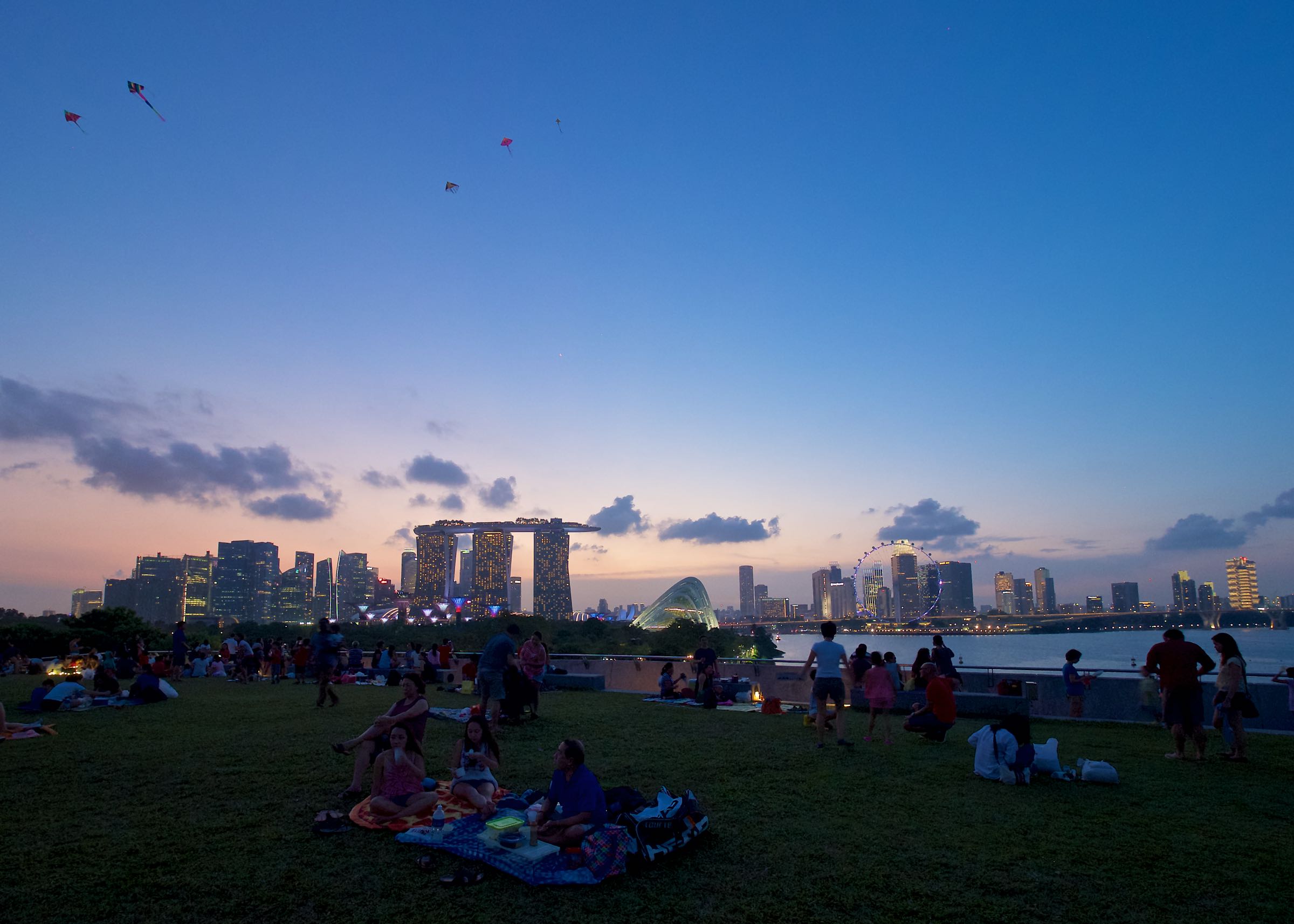
Bliss
The place was full of local families and kids, and it seems every weekend the sky is filled with dozens of kites. Great view.
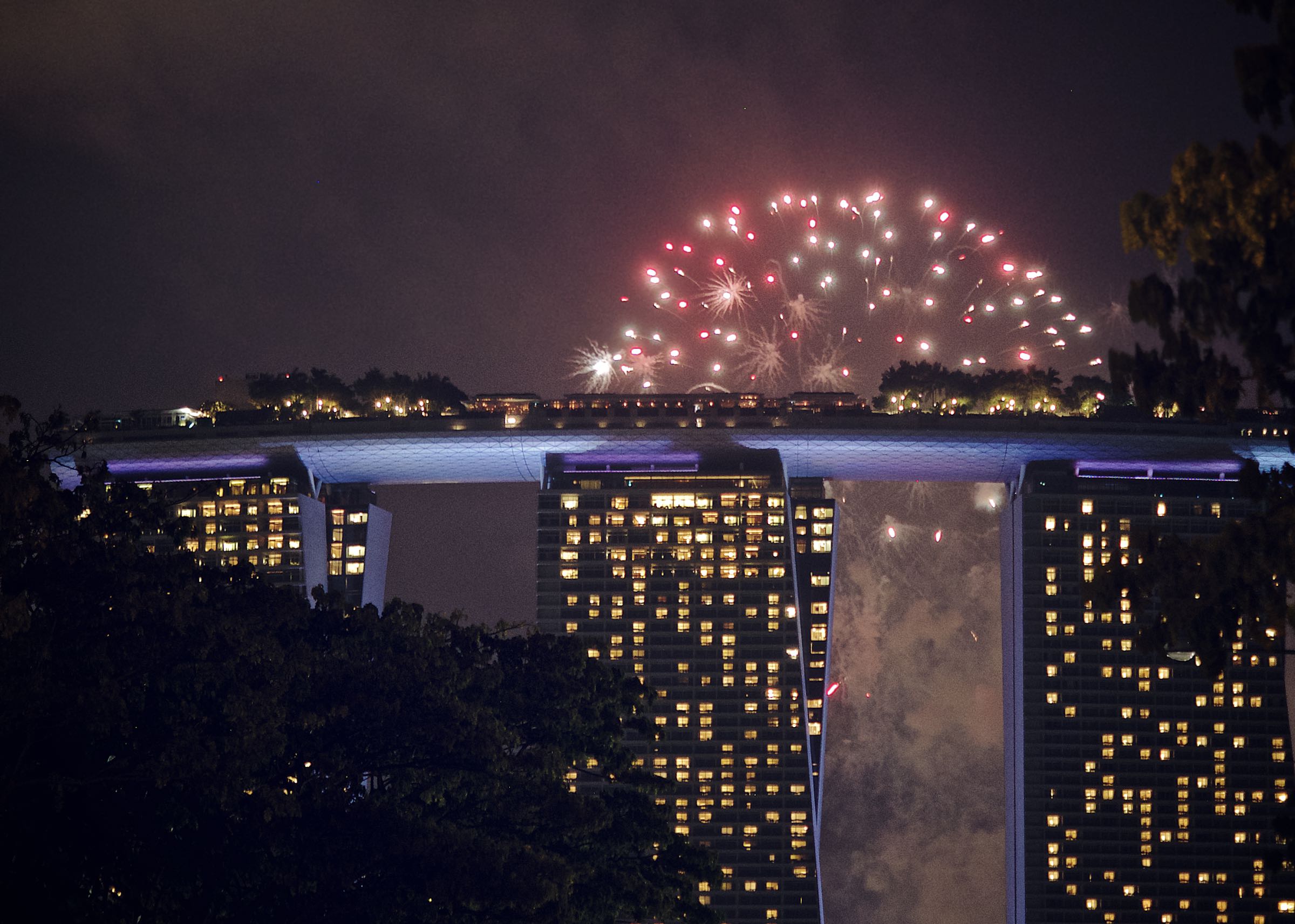
Fireworks
Unfortunately I missed a much better view by a few minutes. Every Saturday in July, fireworks take place in preparation for National Day.
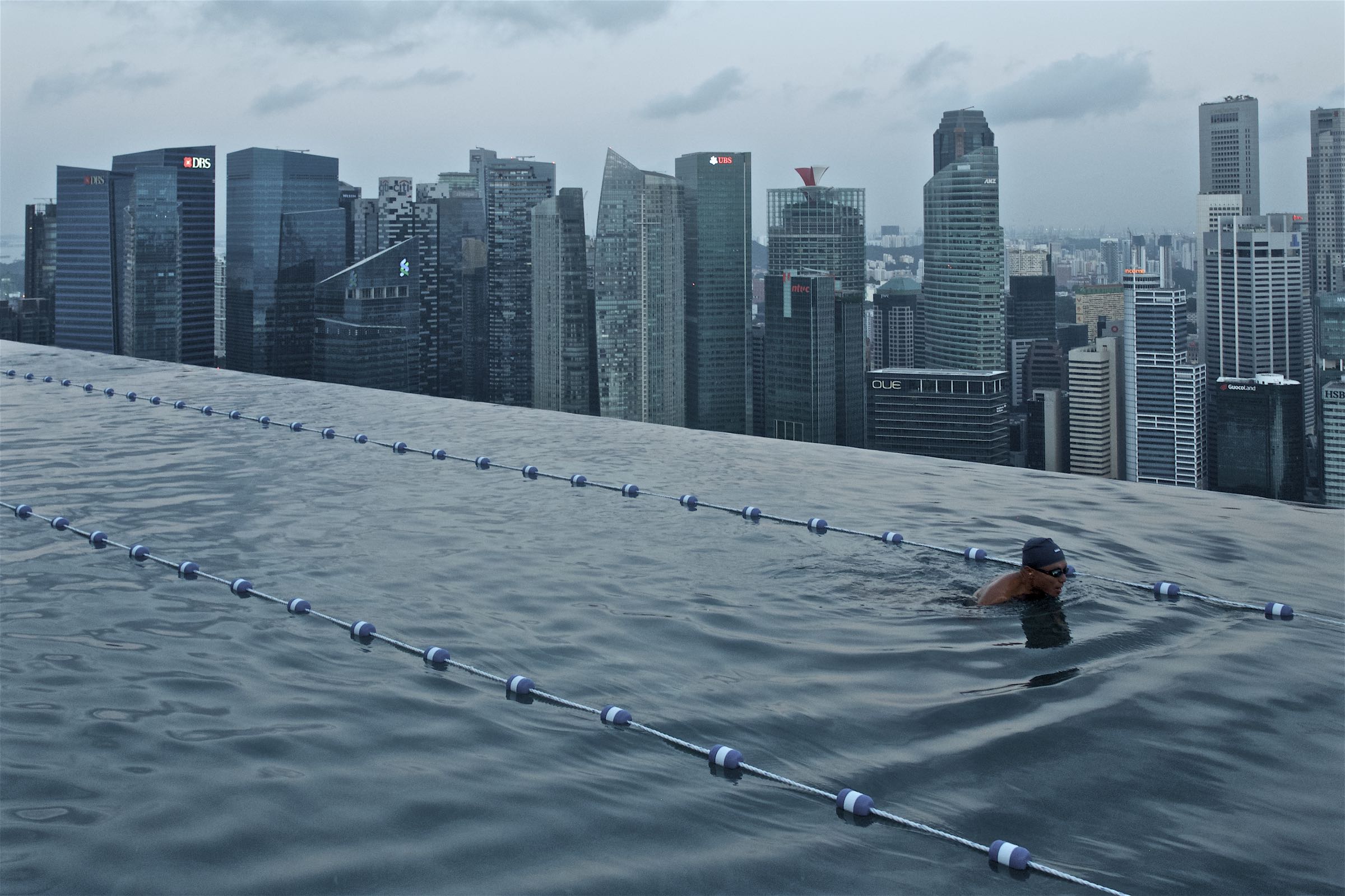
Lonely Swimmer
The very early morning is the only time you'll see the Marina Bay Sands pool this empty.
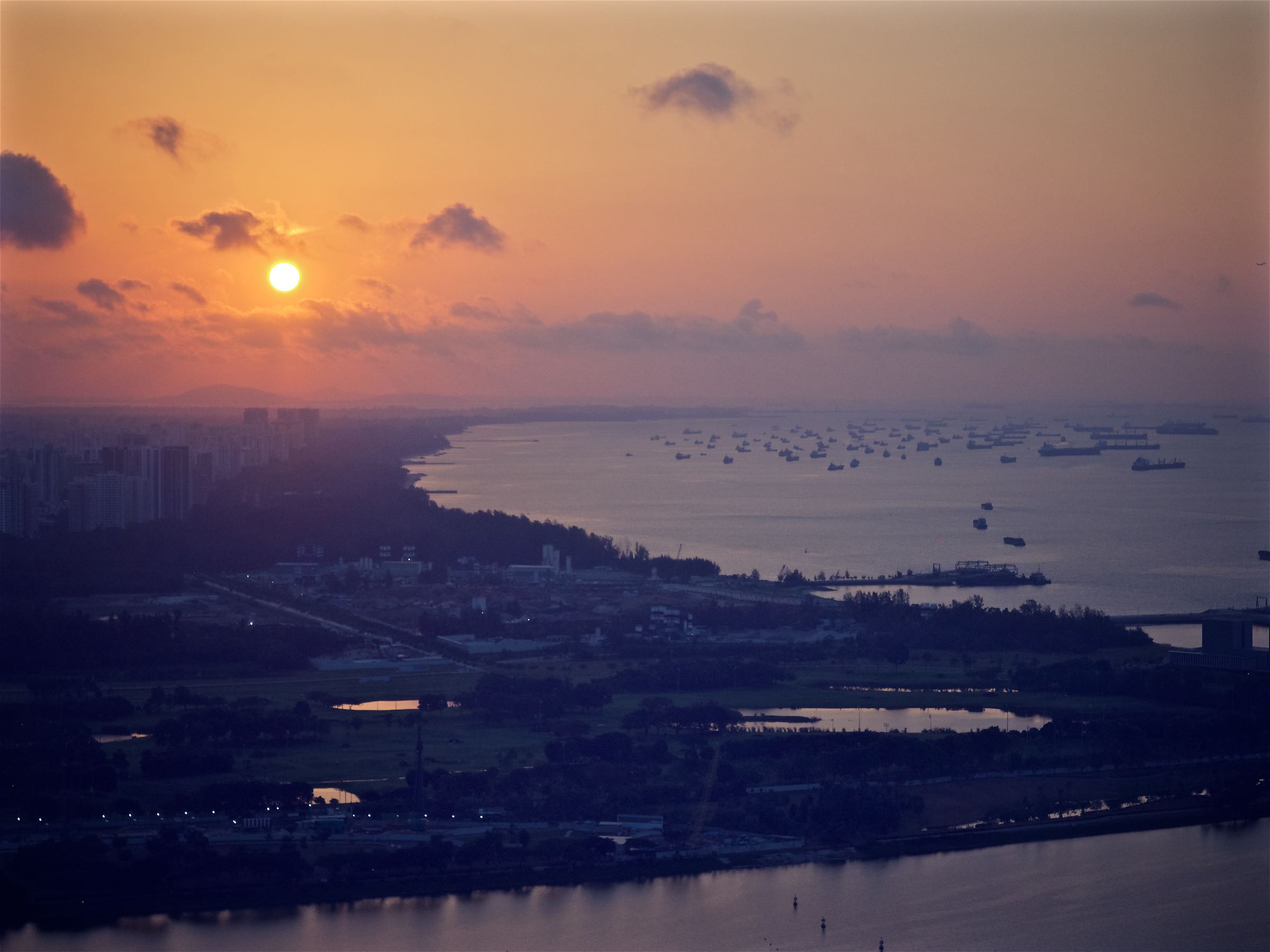
Sunrise
Looking east from the Marina Bay Sands rooftop.
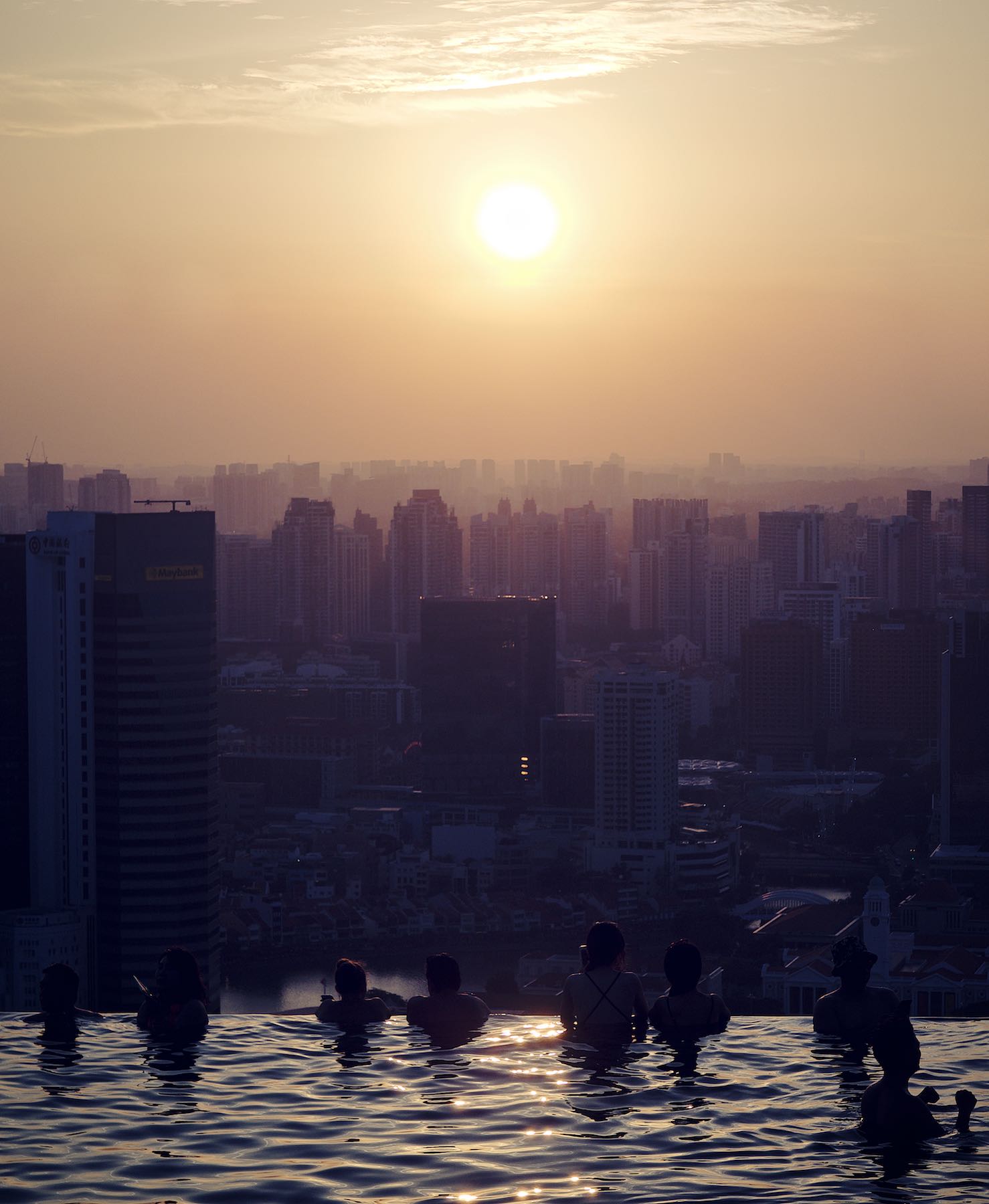
Sunset
Looking west over the Marina Bay Sands infinity pool.
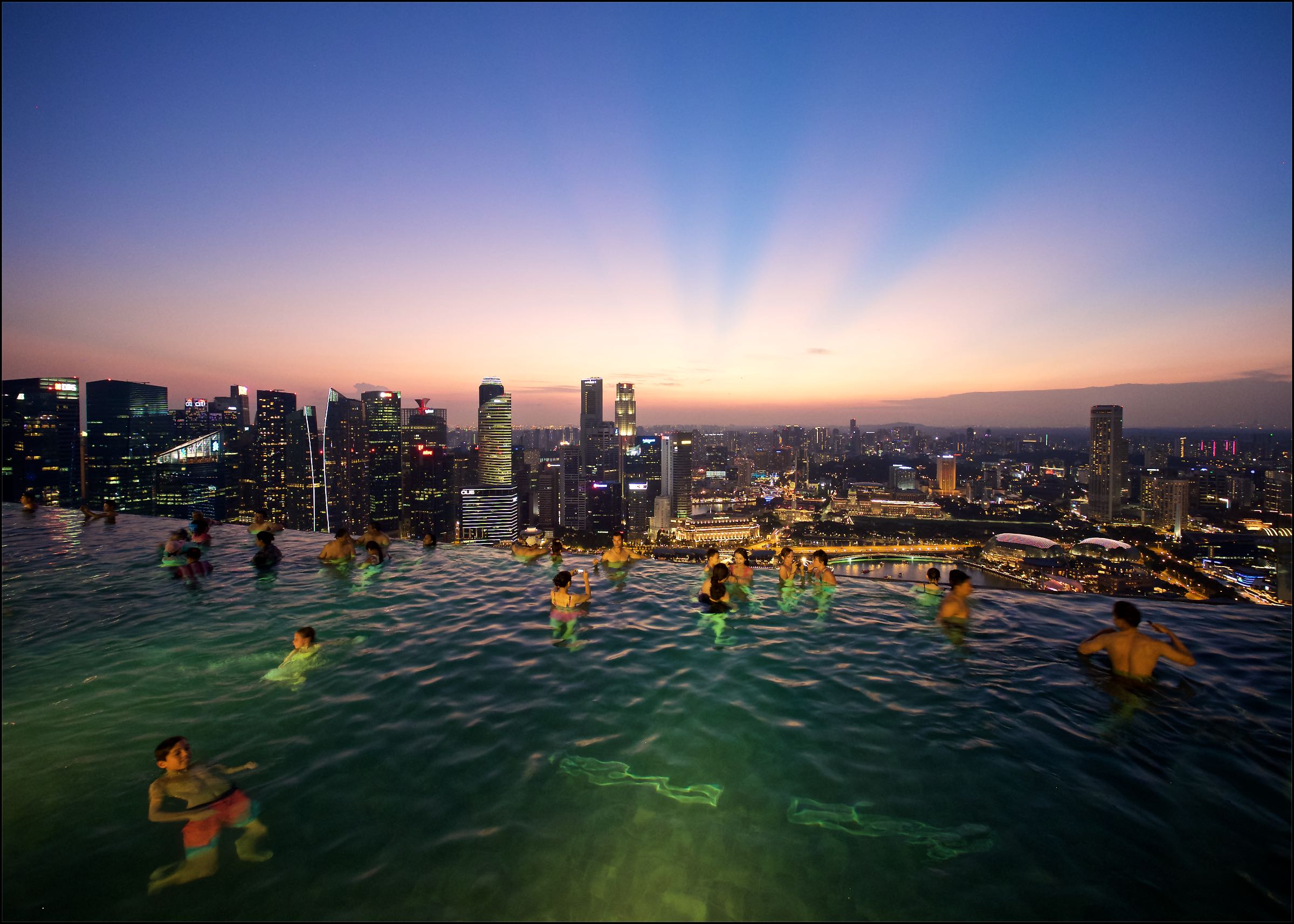
Marina Bay Sands
In all likelihood the most famous infinity pool in the world.
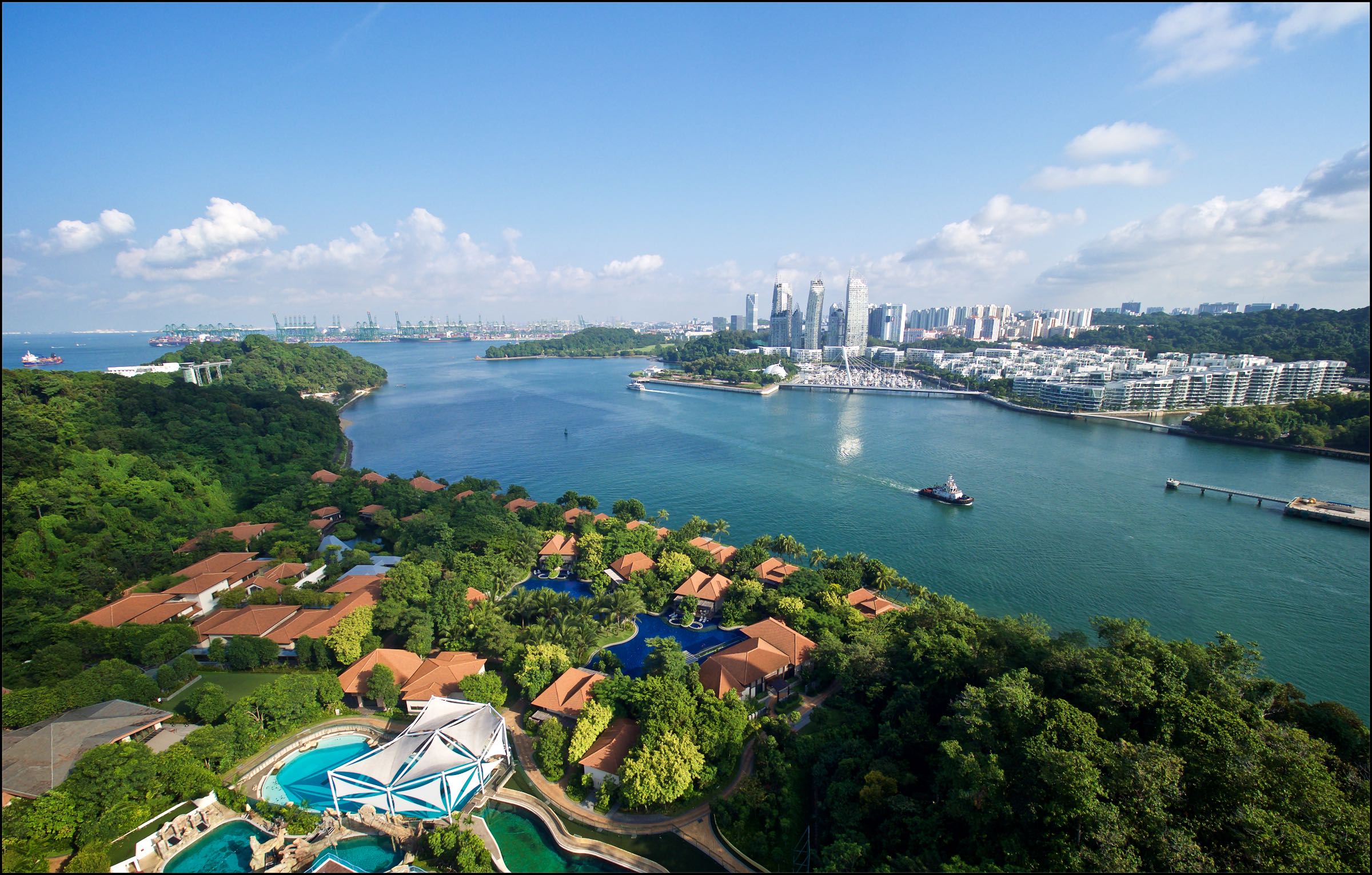
Sentosa Island
Looking down at Sentosa island, Singapore's entertainment district, from the cable car that transports you to the island.

Universal
The signature entrance.
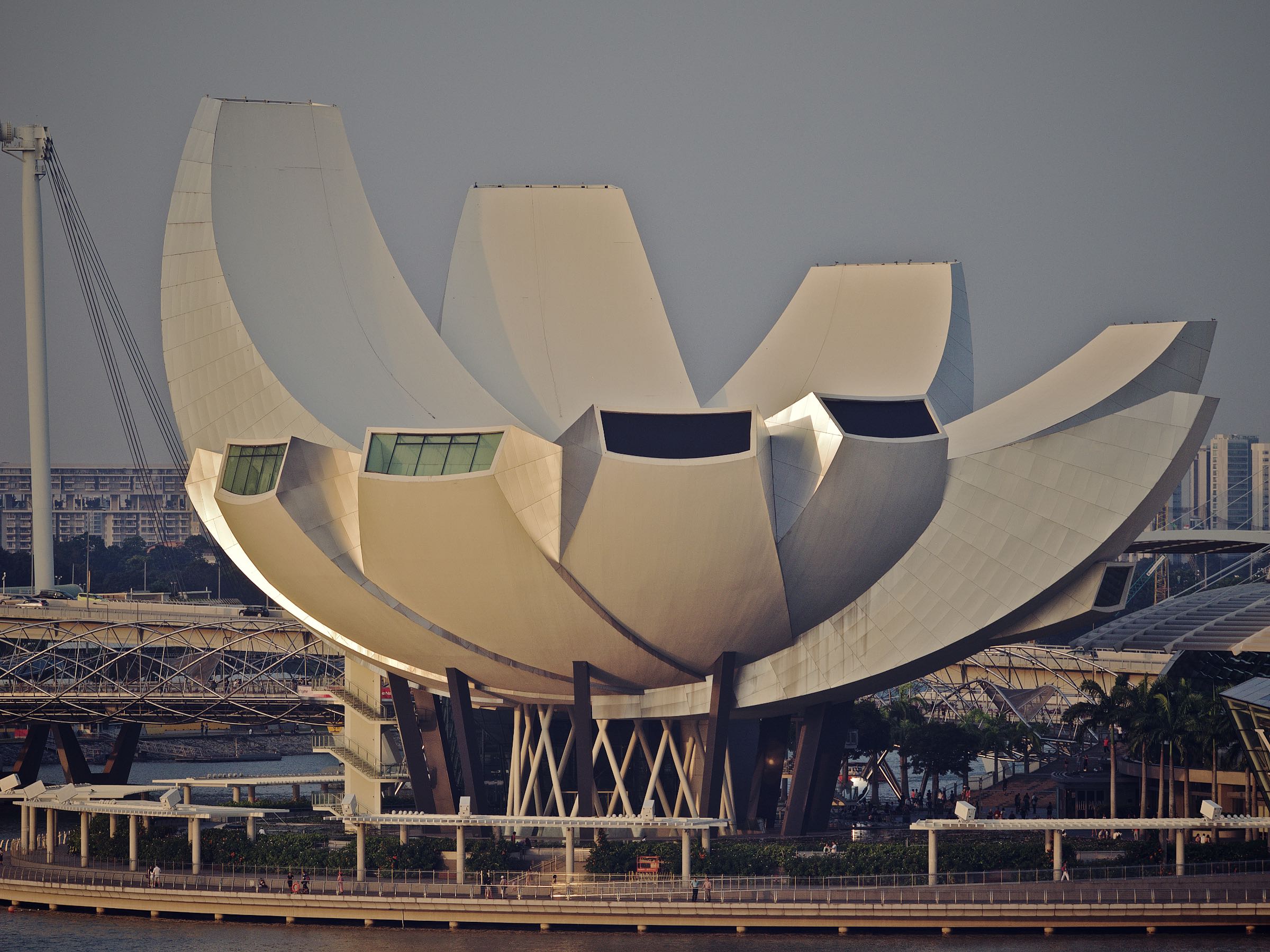
ArtScience Musem
Seen from the other side of the bay.
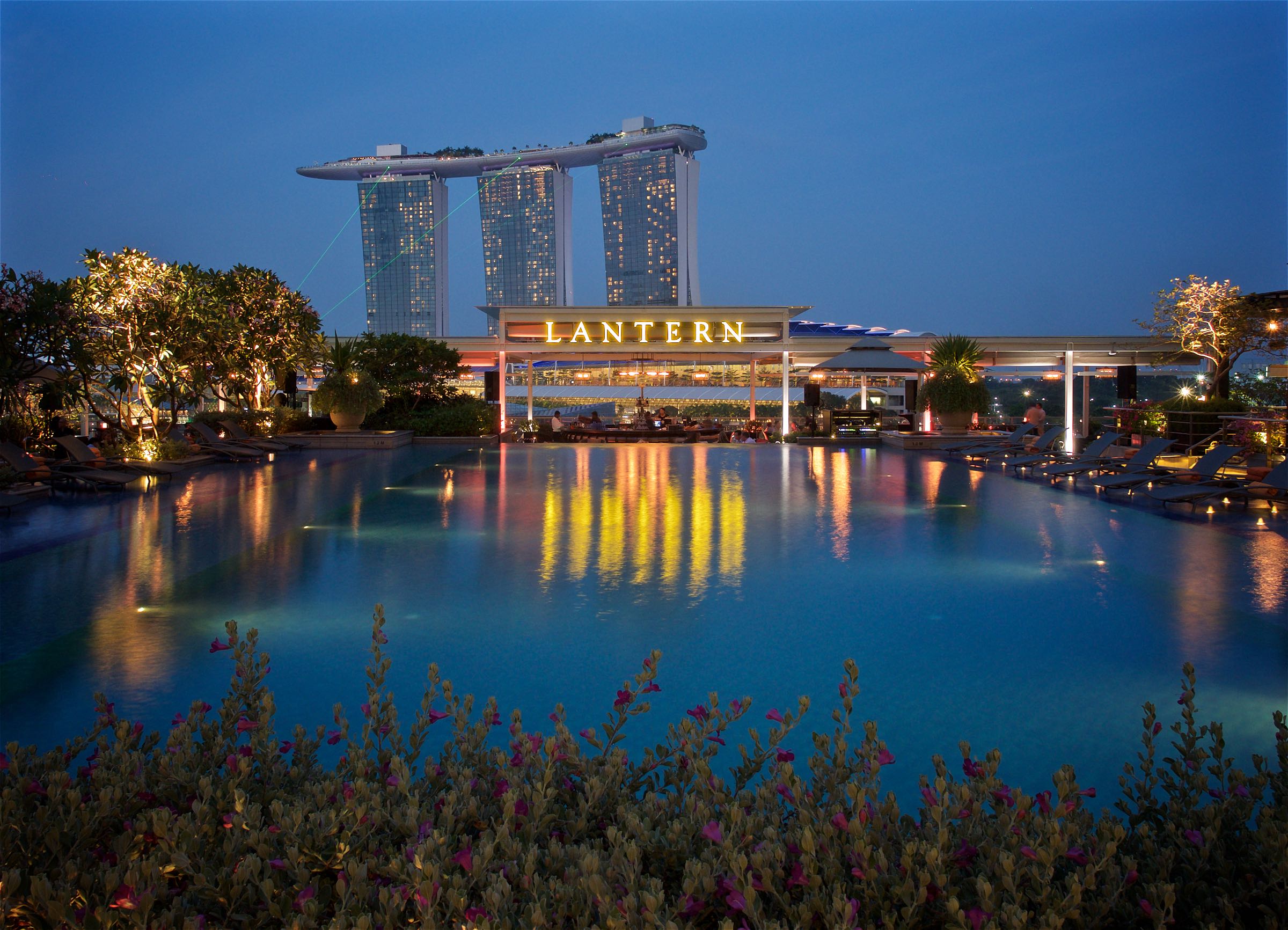
Lantern
The rooftop at the Fullerton Bay hotel, with it's pool.
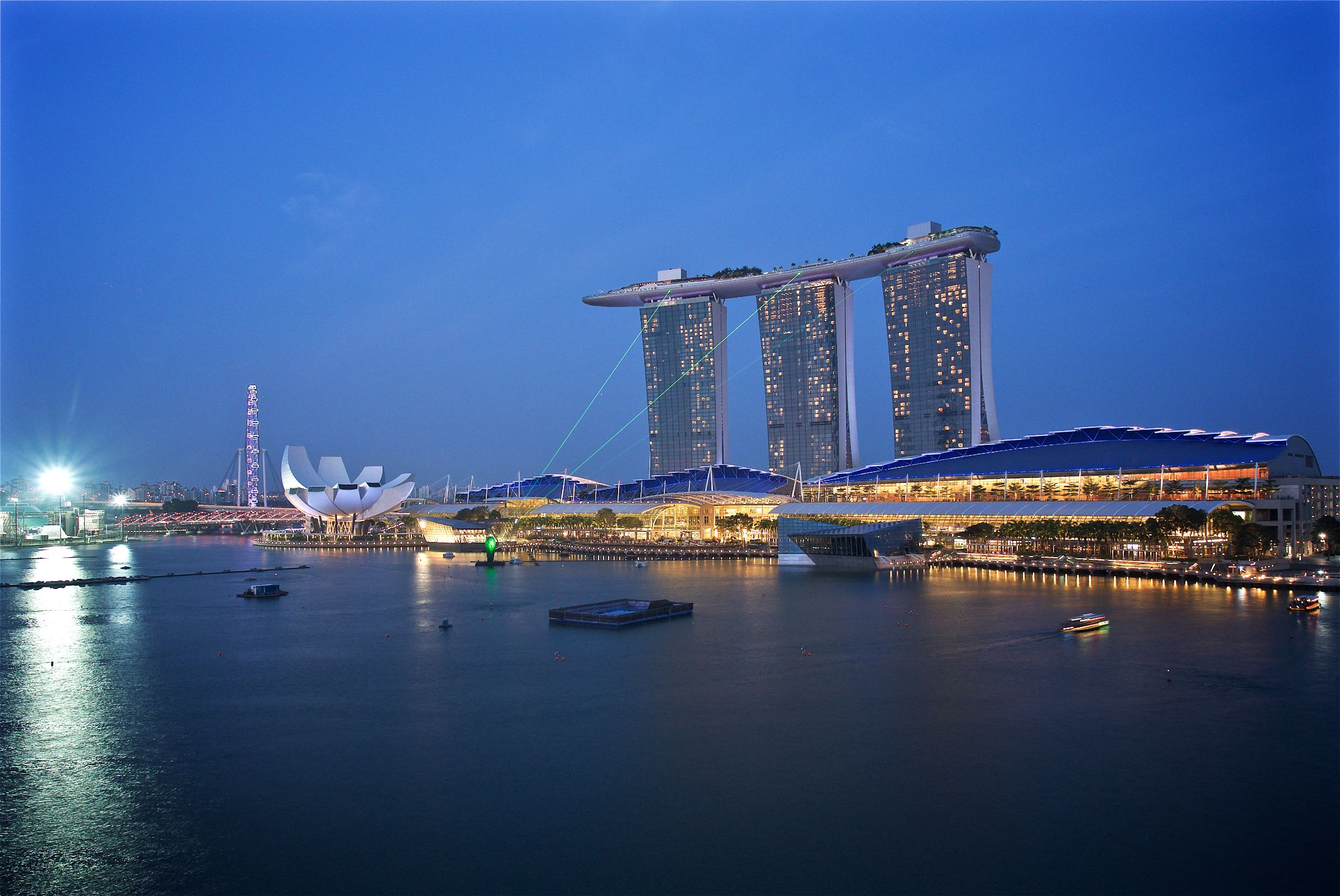
Attractions
Singapore Flyer, ArtScience Museum and Marina Bay Sands seen from the Fullerton Bay.
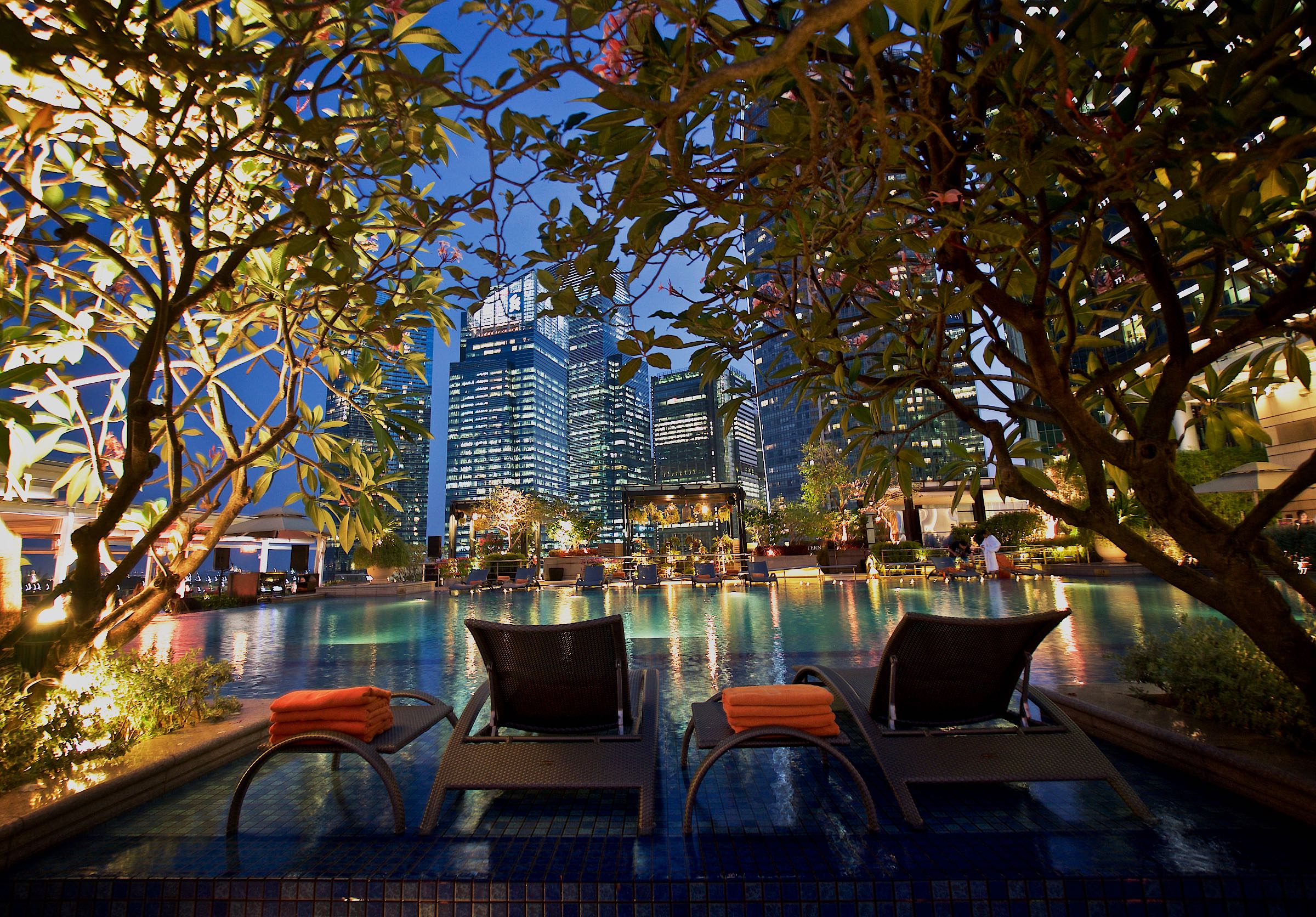
Fullerton Bay Poolside
A relaxing place in the concrete jungle.
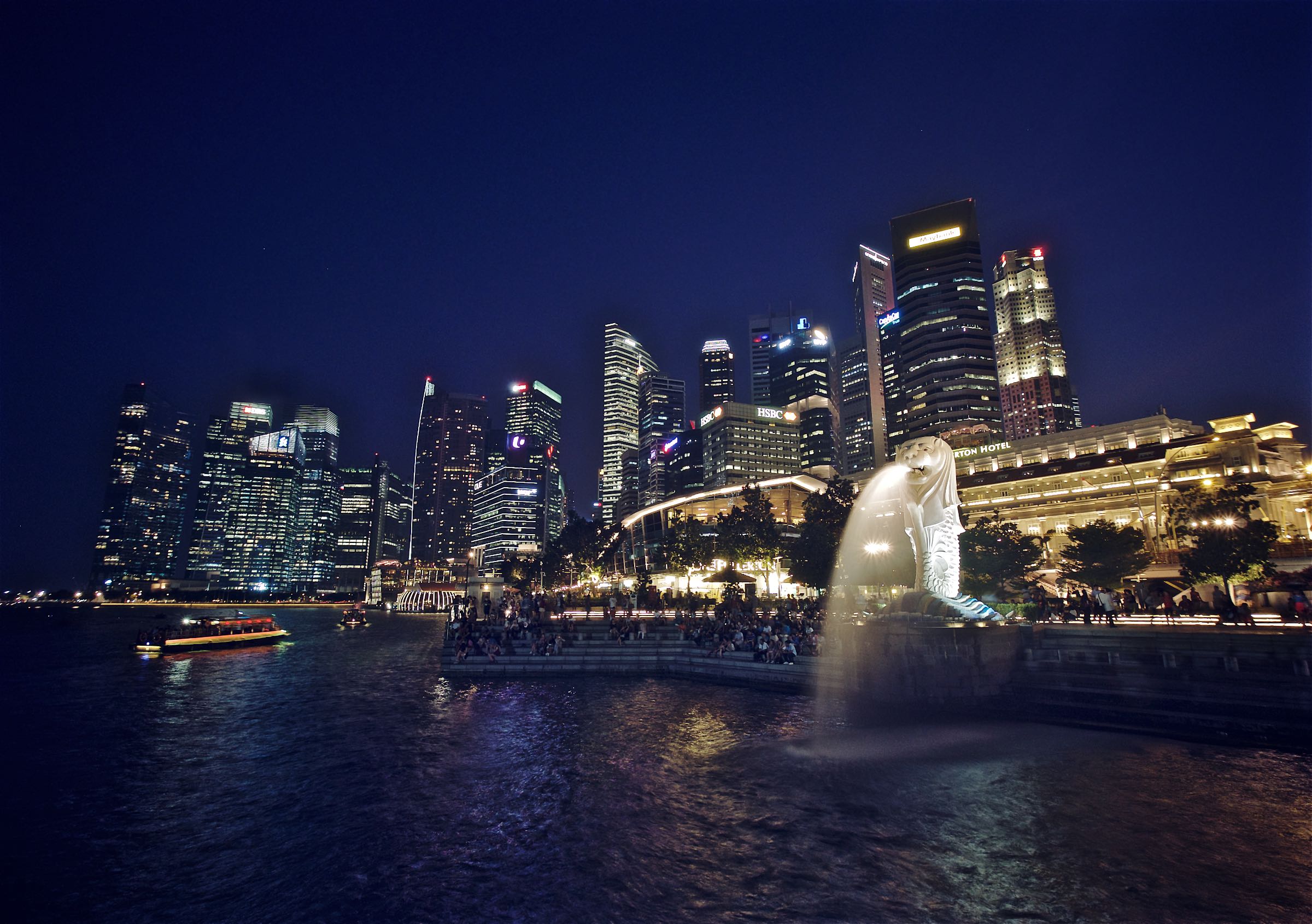
Downtown Core & Merlion
Singapore's mascot and it's skyline in the background.
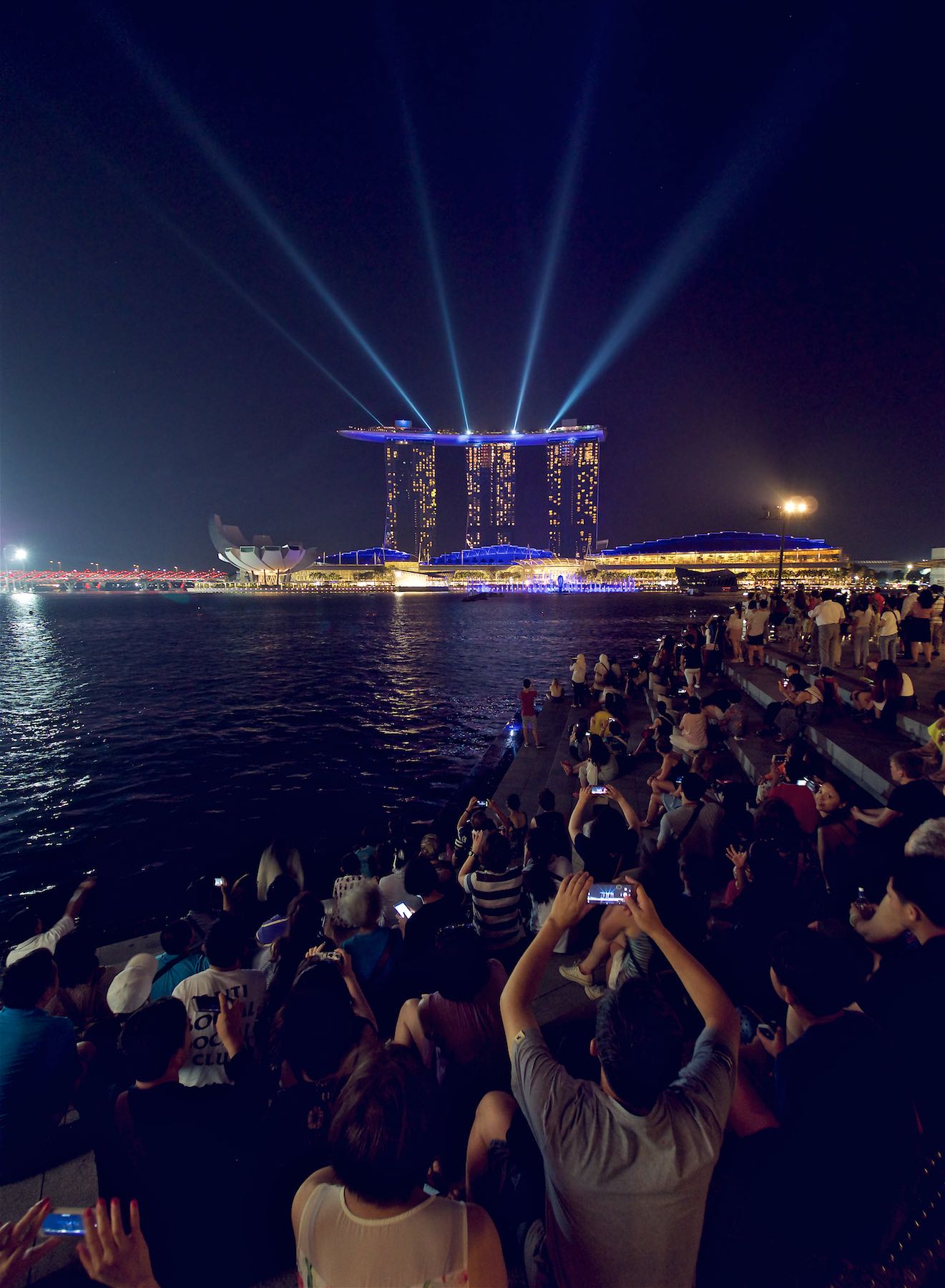
Lightshow
The daily fountain and light show attracts lot of people on the other side of the bay.
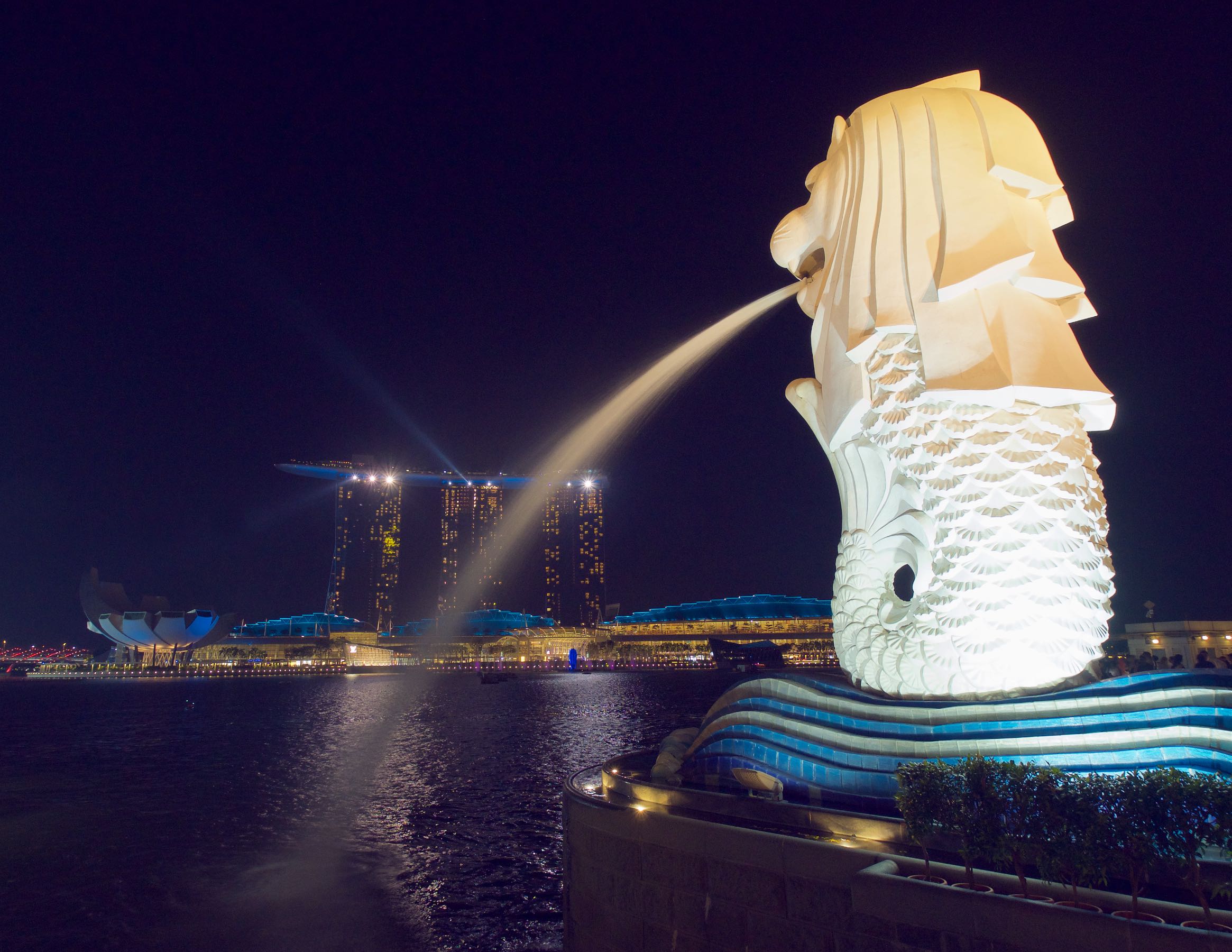
Merlion
Singapore's mascot comes with a few stories. For example, it was relocated in 2002, and in 2009 it was struck by lighting.
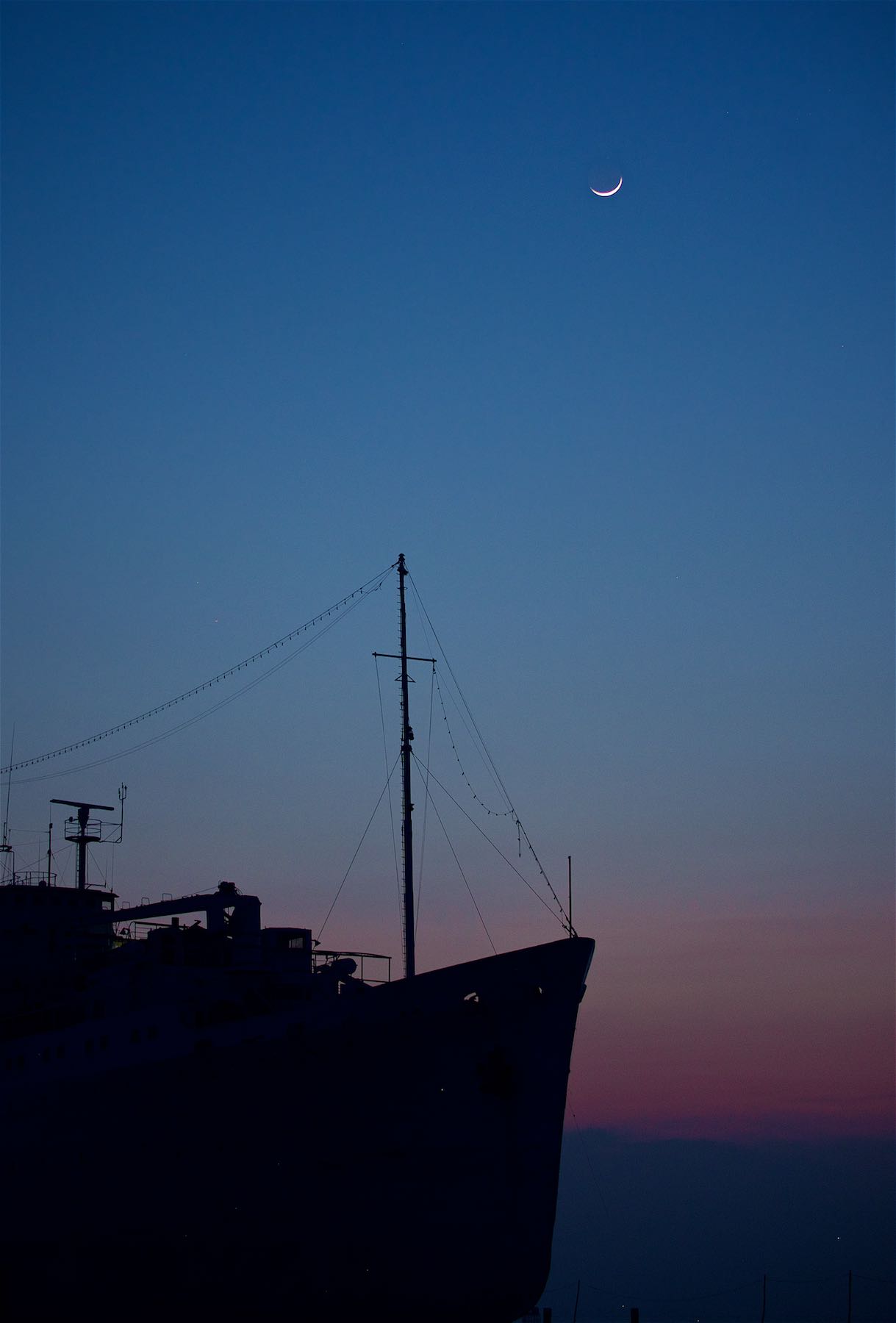
Moonset
The moon was setting in the late evening during my time in Bintan, just coming down behind the Ghost Ship shortly after sunset.
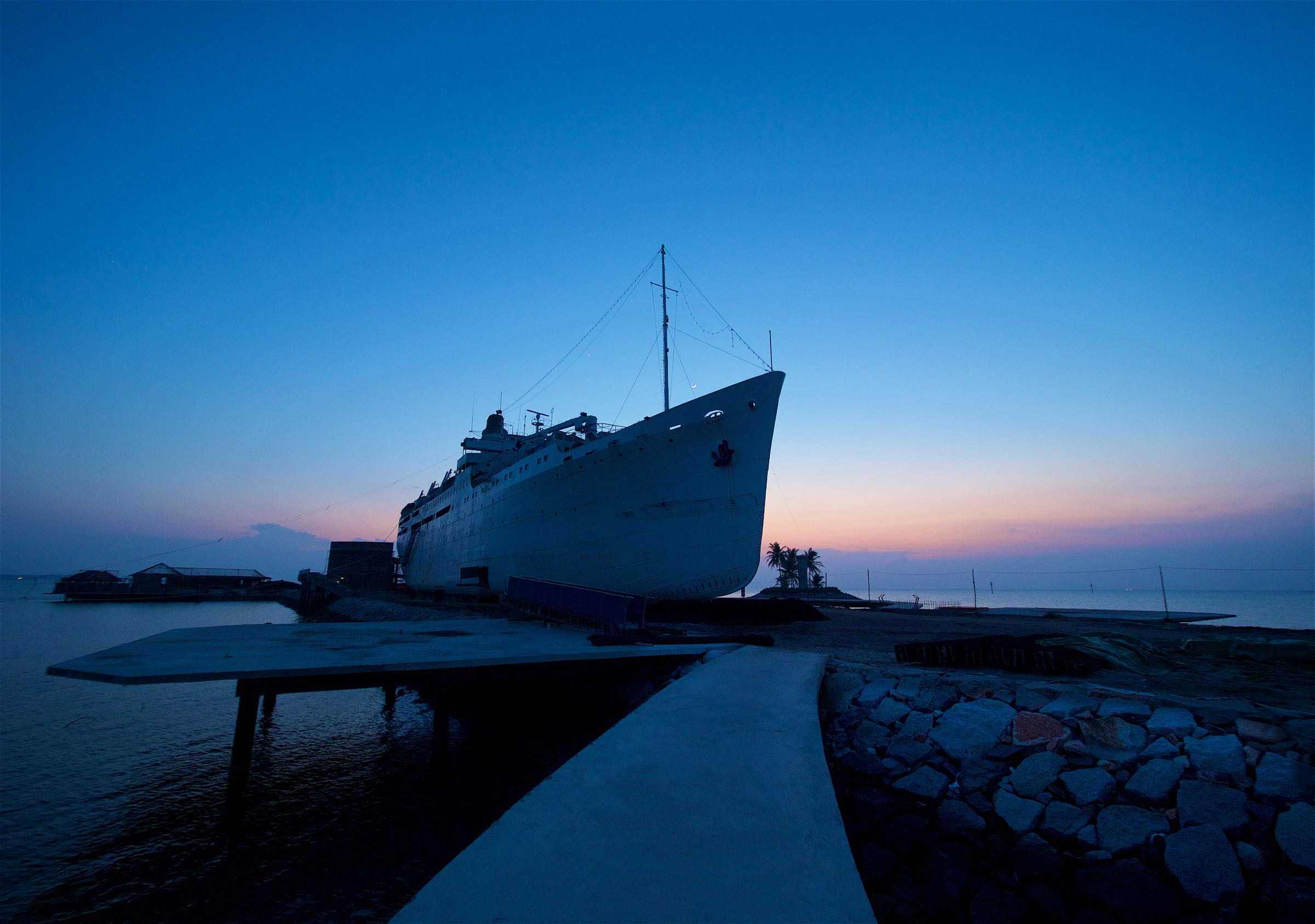
Construction Site
It was brought to Bintan a few years ago to turn it into a hotel. The work is ongoing and the hotel is expected to open in 2018.

MV Doulos
The ship was built in 1914 and held the record for the oldest active ship roaming the oceans.
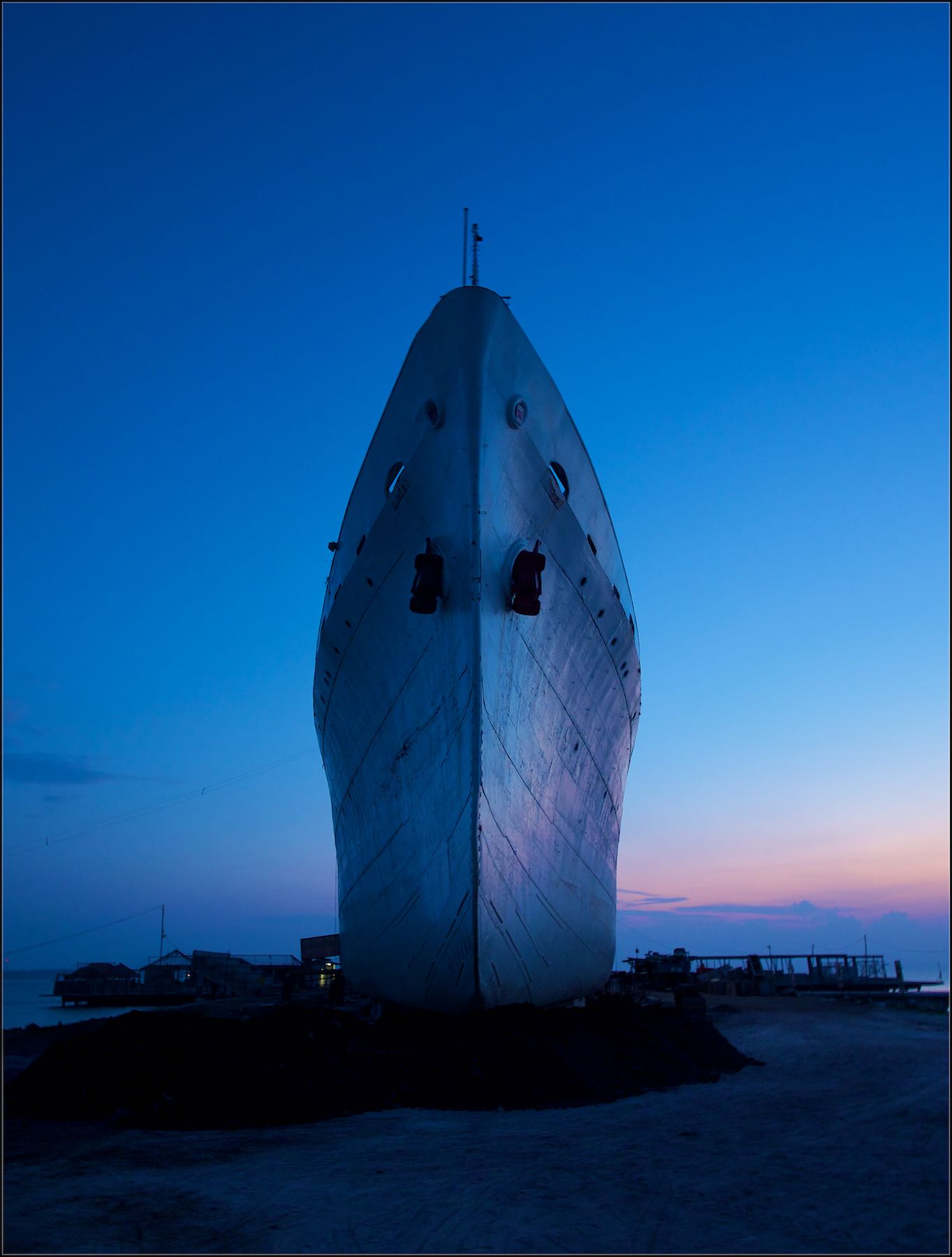
The Ghost Ship
Close to the main ferry terminal is the "Ghost Ship" of Bintan.
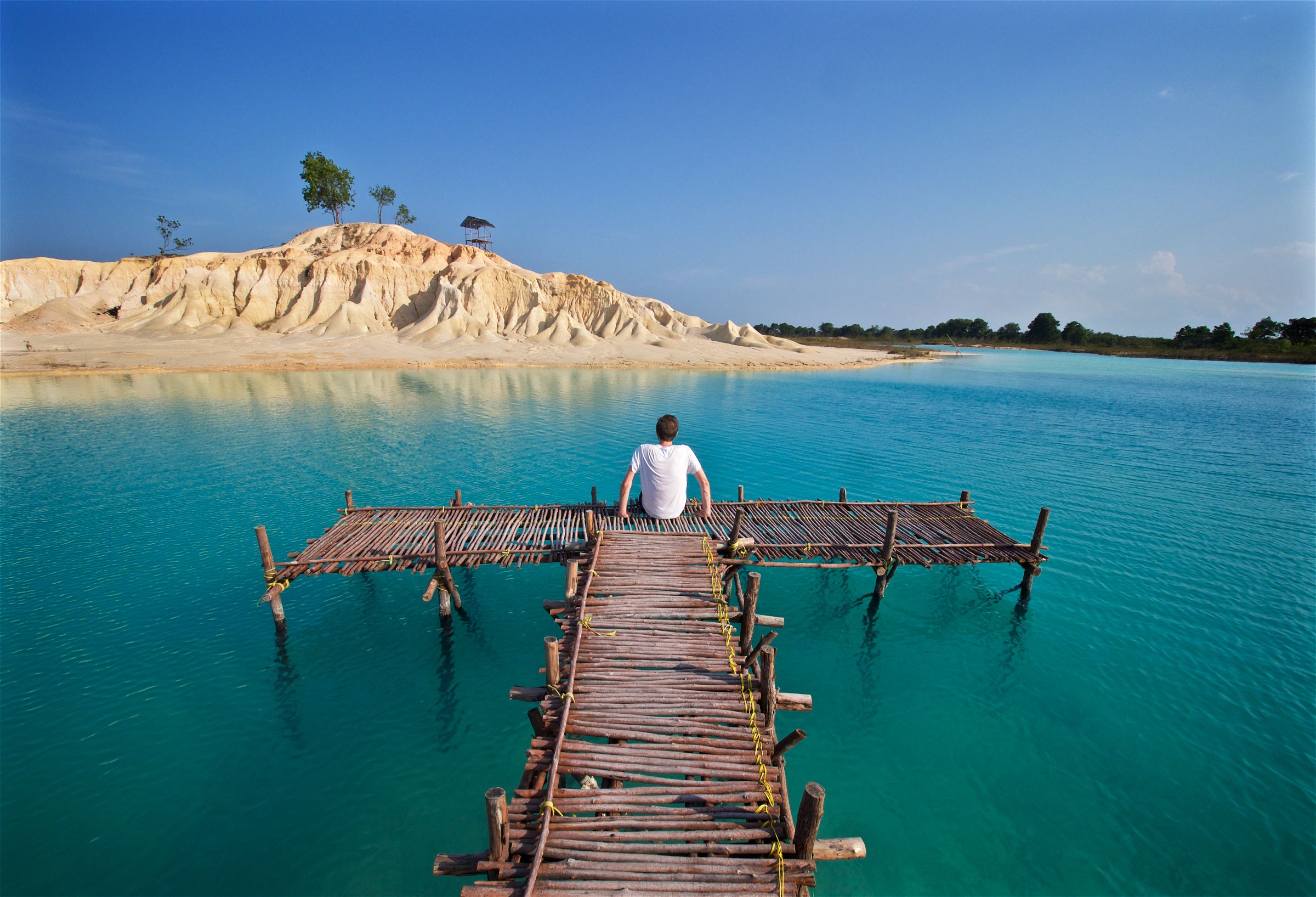
Colours
The color and clarity of the water comes from the filtering of the stone.
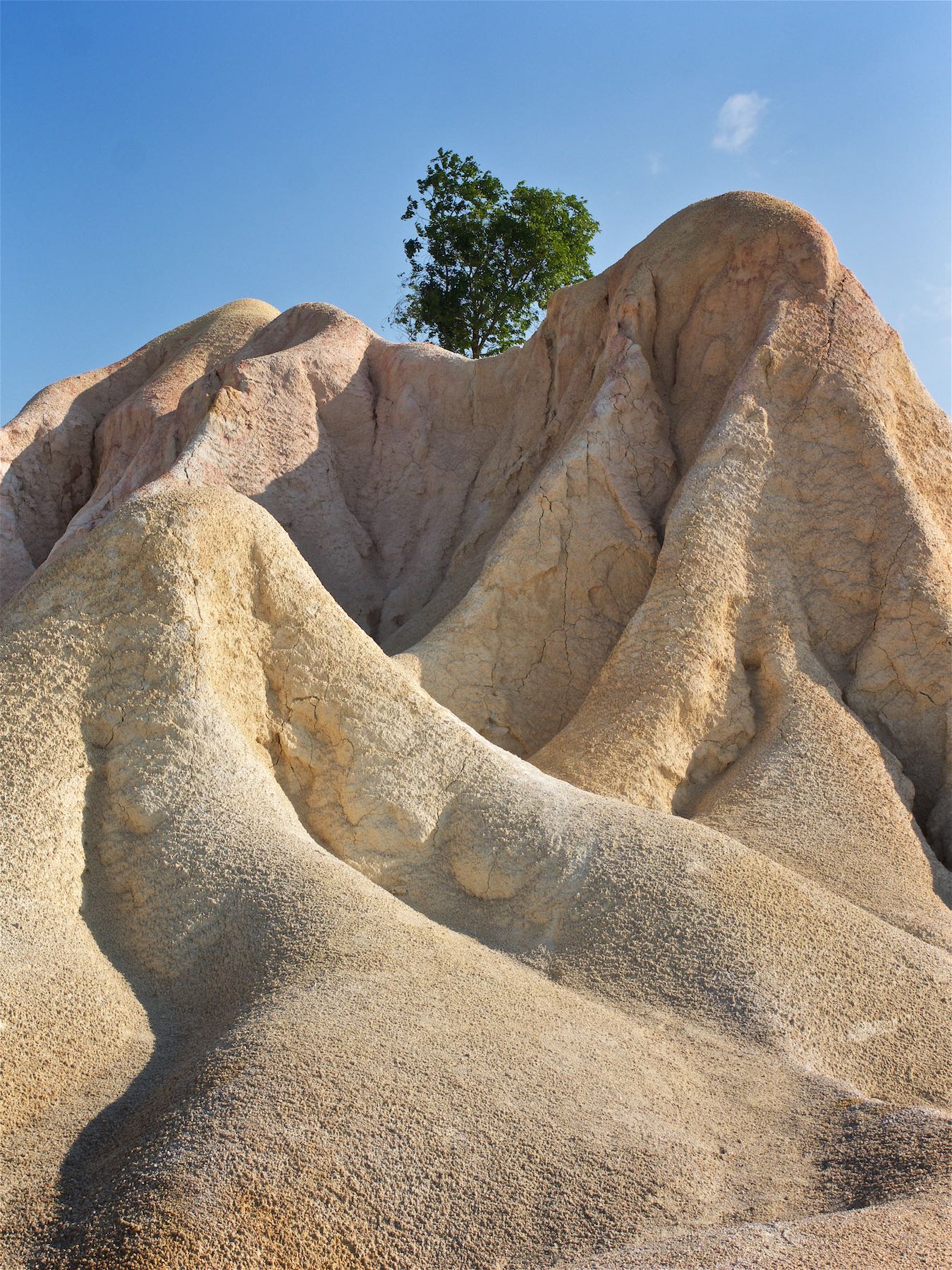
Transformation
Most of the site used to be a quarry, and now looks like sand dunes of the desert.

Out of this World
Walking around here felt like another planet.
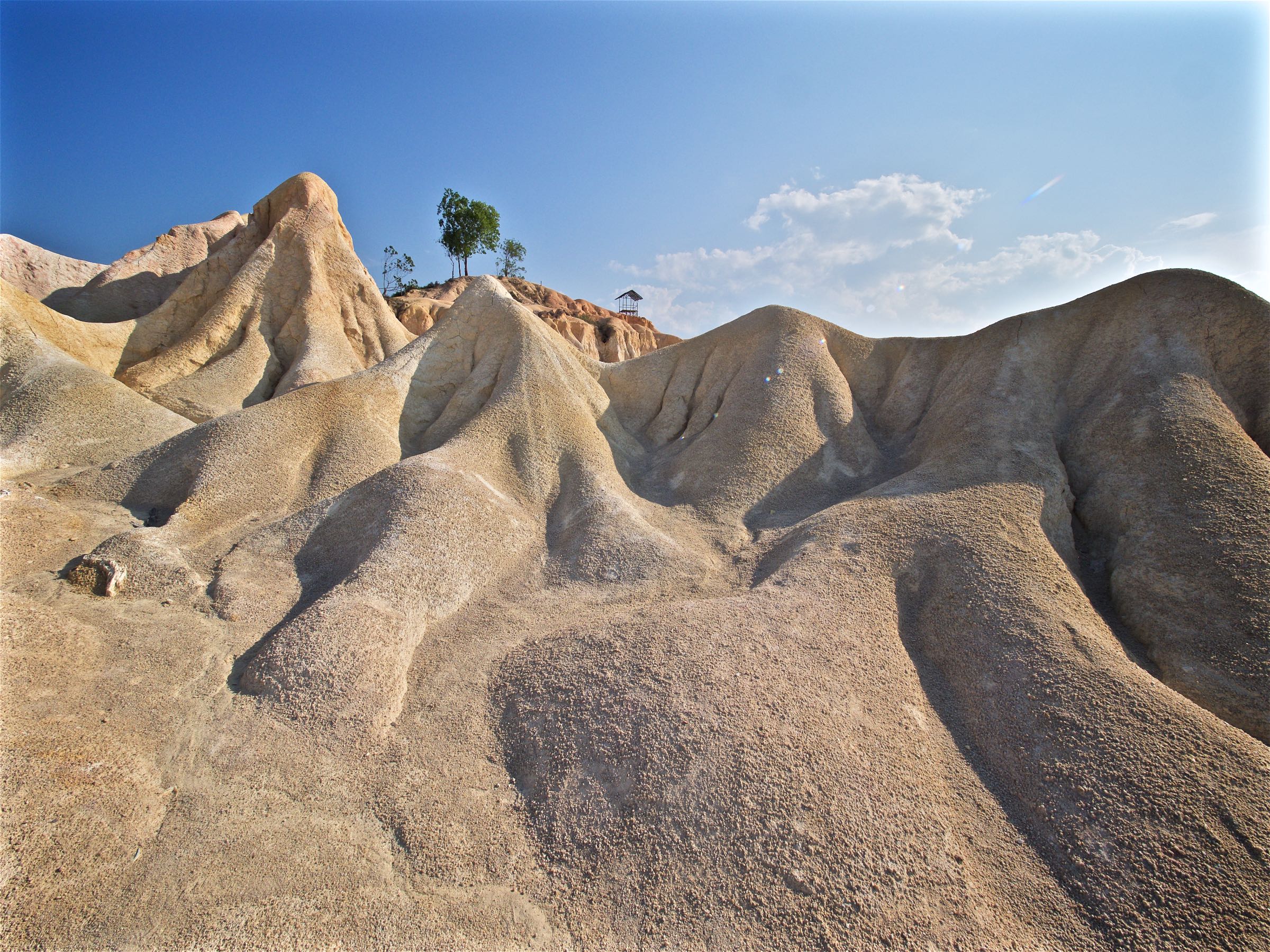
Rock Formations
Definitely one of the most interesting landscapes I've had the chance to photograph.
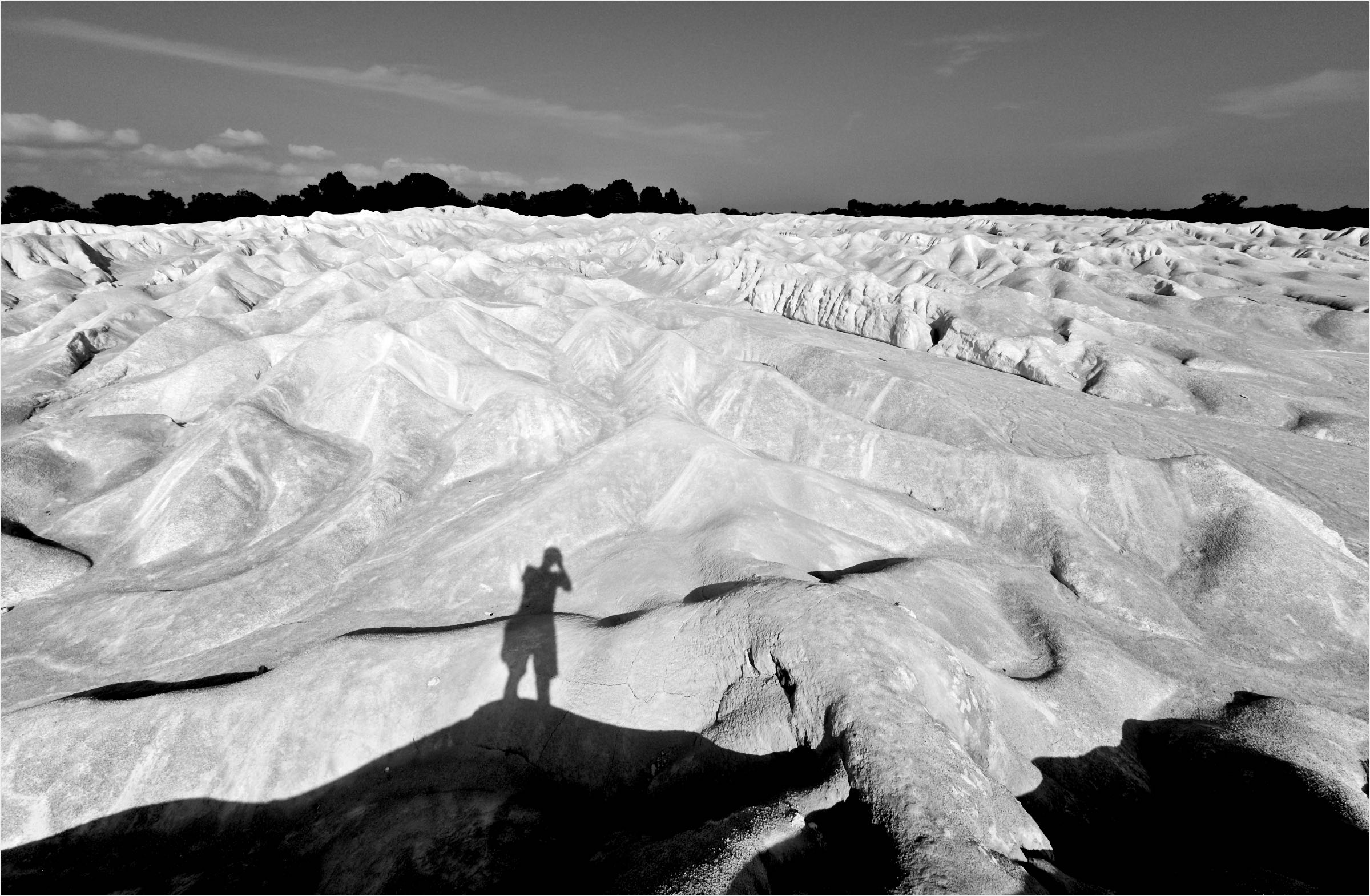
Hills
The landscape surrounding the lagoons is natural though, and certainly looks unique.

Sand & Salt
... makes up the landscape in this area of the island.
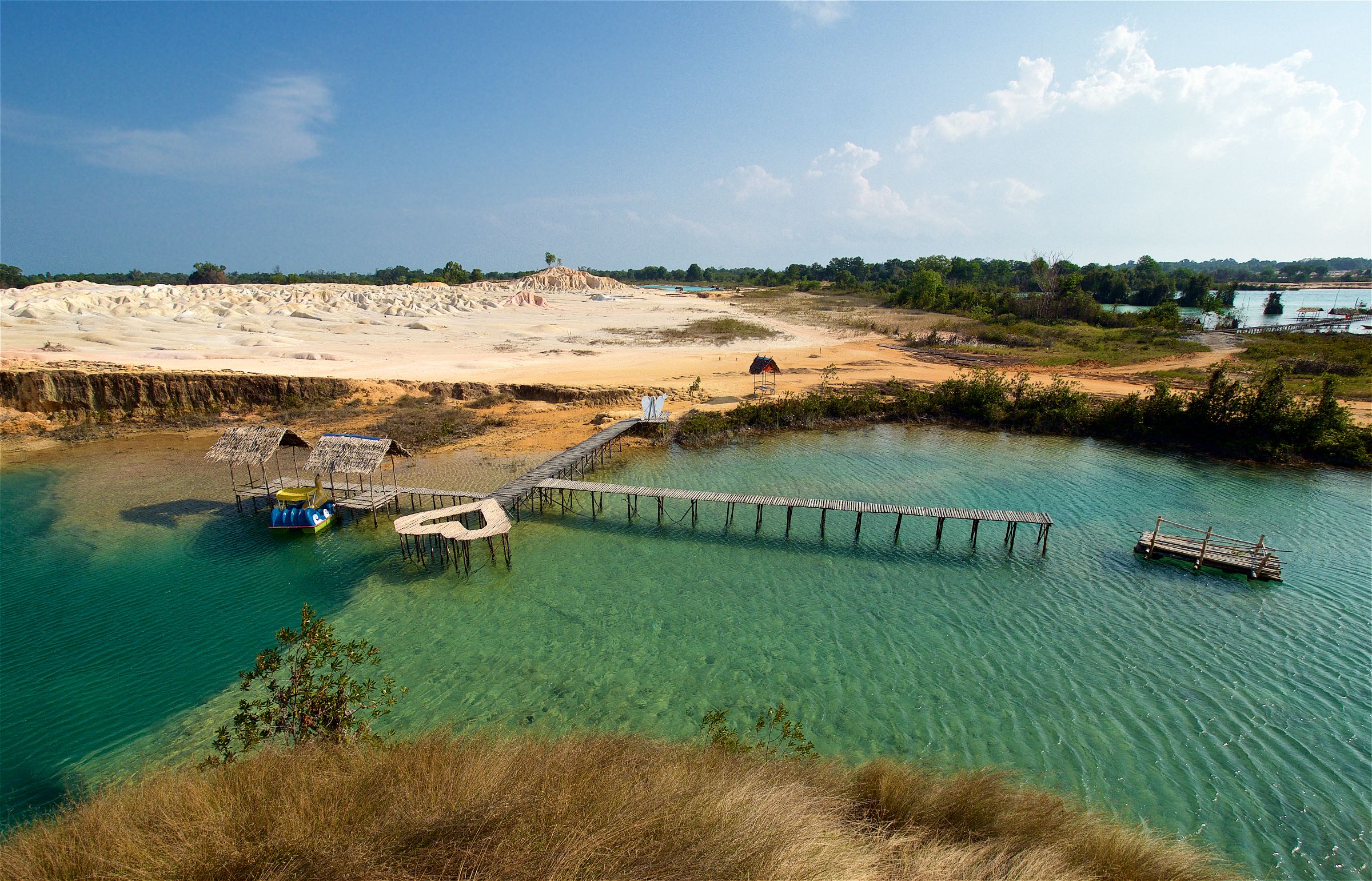
Danau Biru Lagoon
These amazing lagoons are not actually natural, but evolved out of the wholes dug when the land used to reclaimed Changi airport in Singapore was dug out of Bintan island.
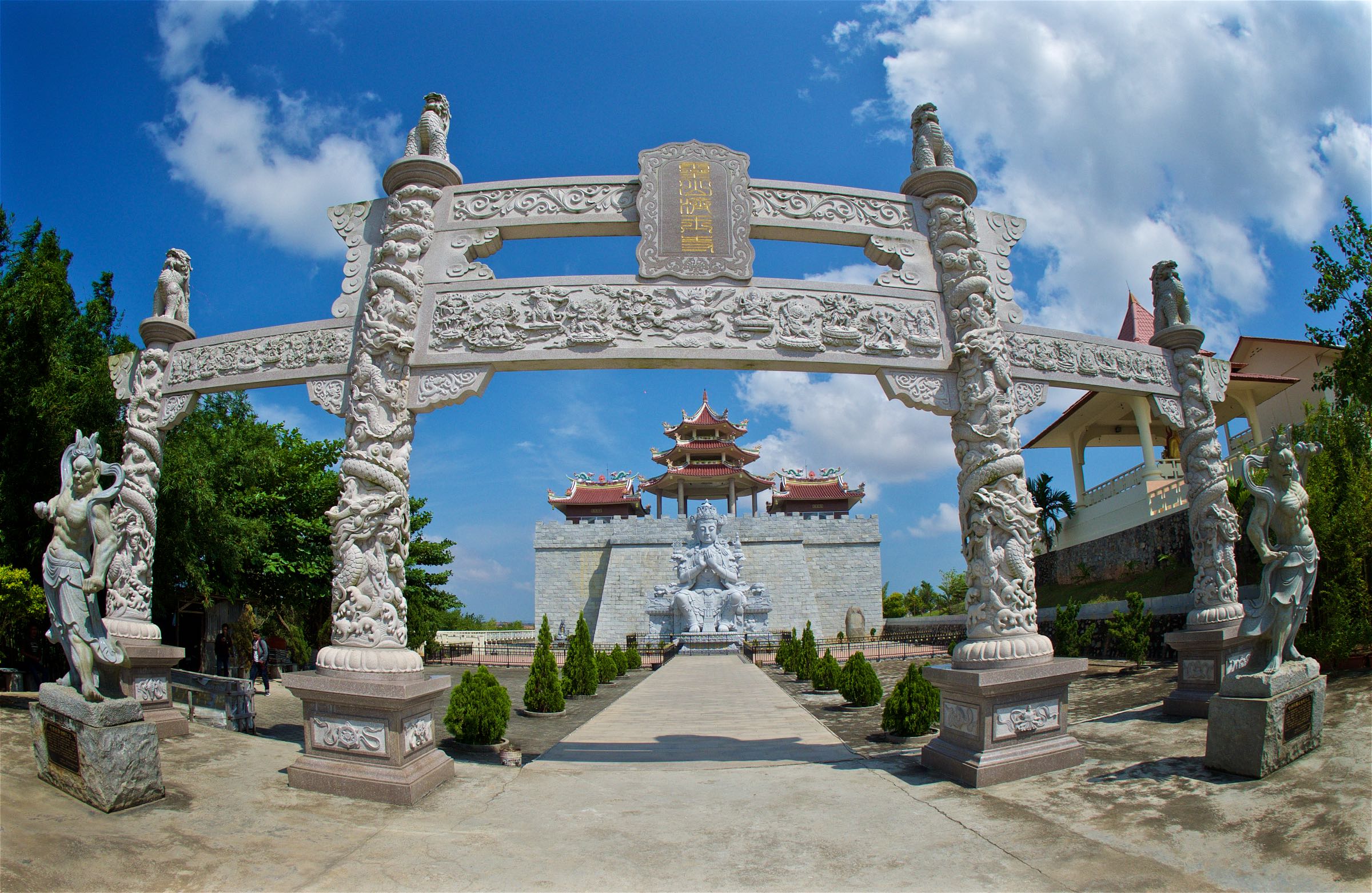
500 Lohan Temple
The entrance to the temple, which in its current form only opened in 2017.
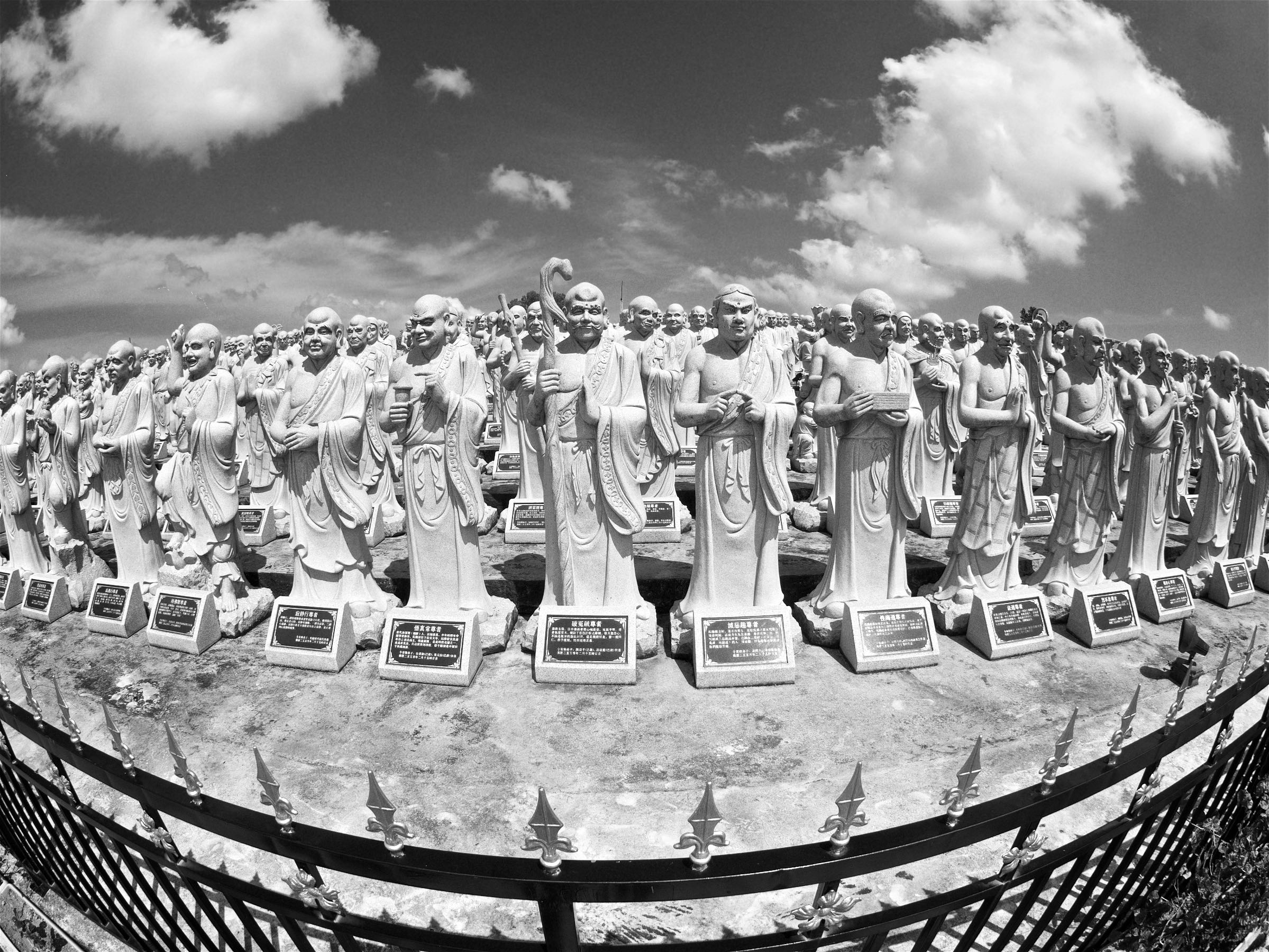
500 Arahats
500 lifelike status of the perfected persons following the buddhist religion, displayed at the 500 Lohan Temple. Worth a visit.

Cemetary
Close to the church is a cemetery with colorful gravestones.
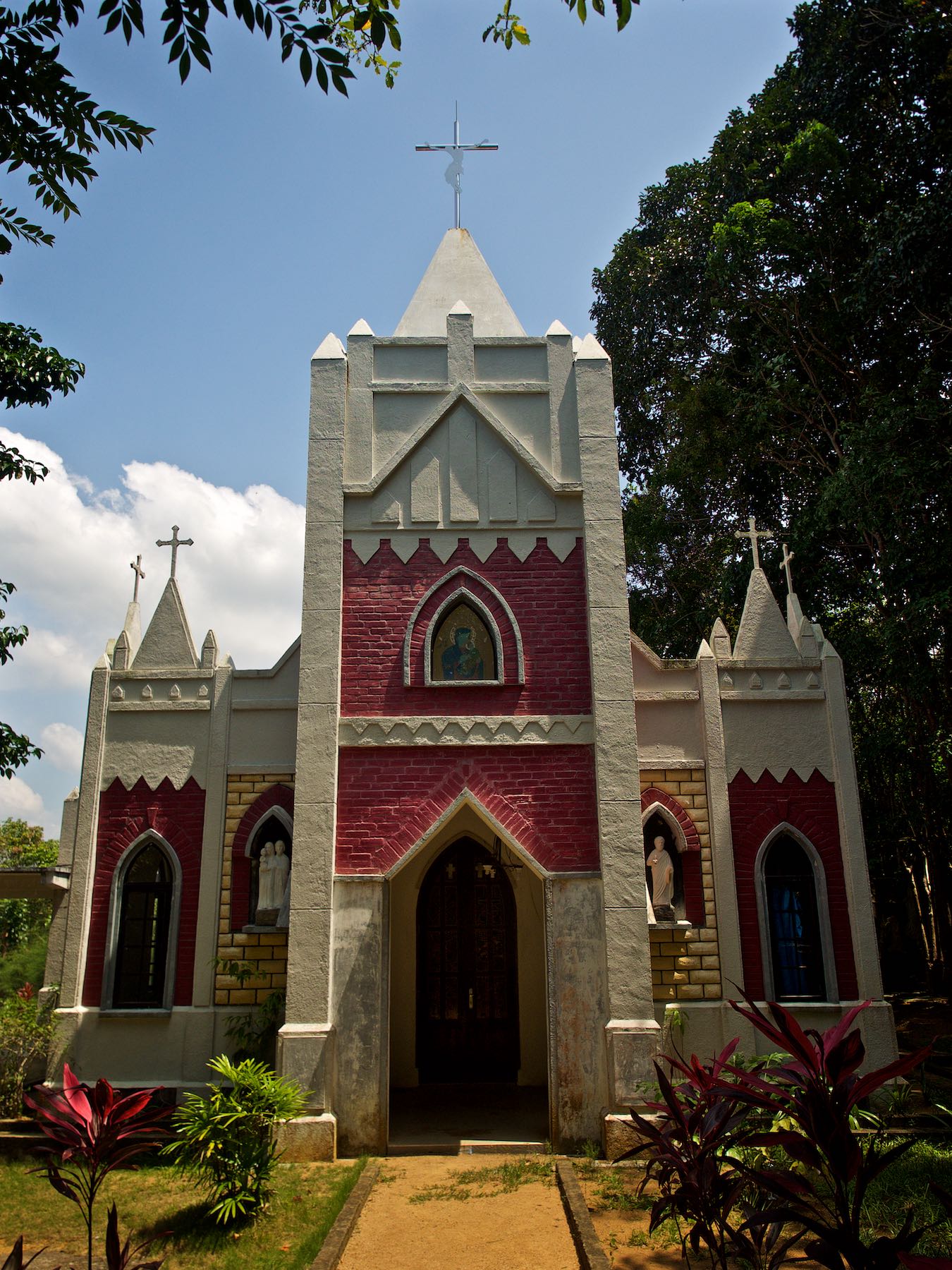
Island Church
Despite the largely muslim population, there's a church on the island near the Grotto Santa Maria, originally built in the 1800s by a Dutch pastor.
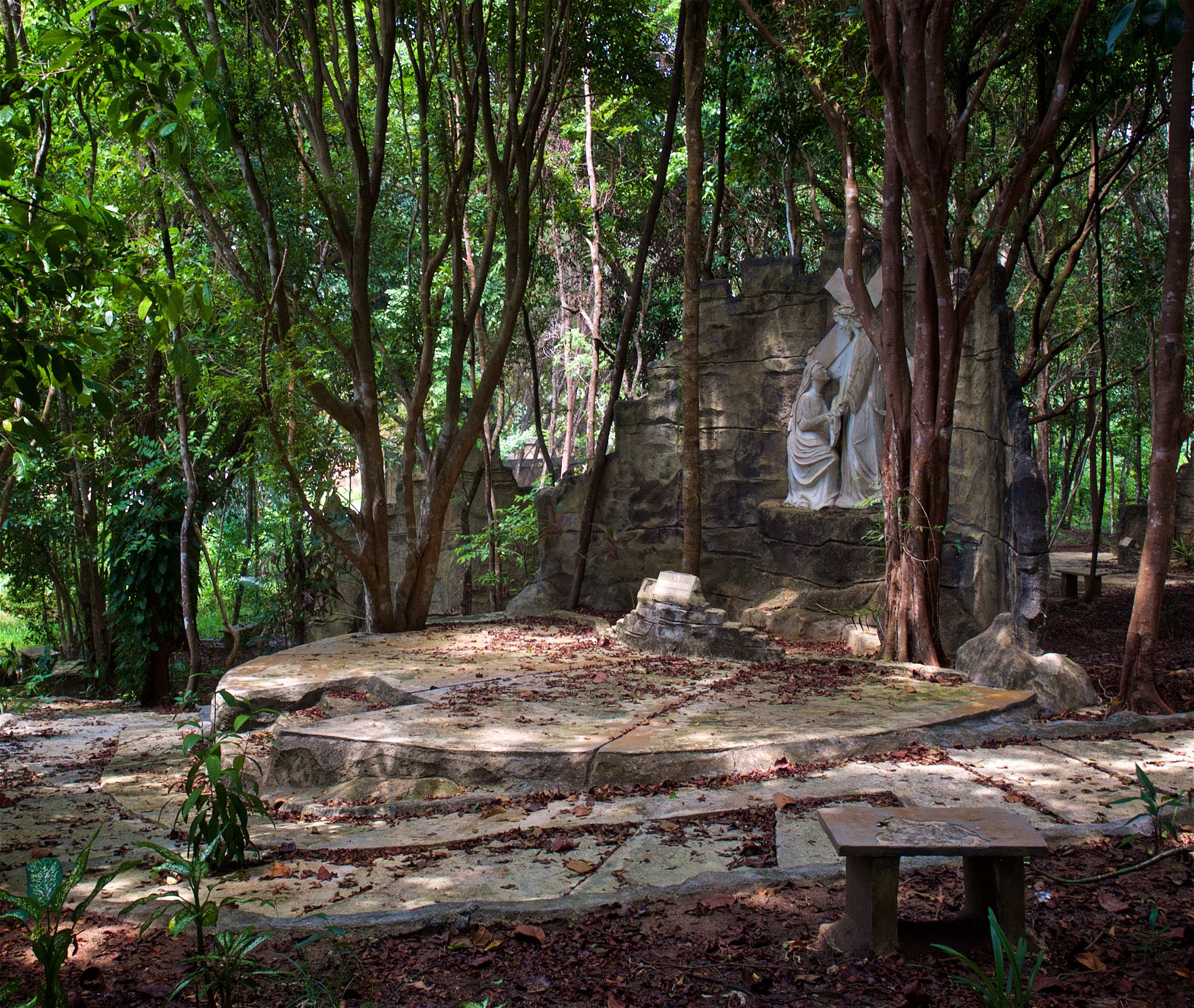
Path of Jesus
One of the weirdest religious monuments I've encountered so far - deep in the jungle of Bintan is a path depicting the 14 stations of the cross.
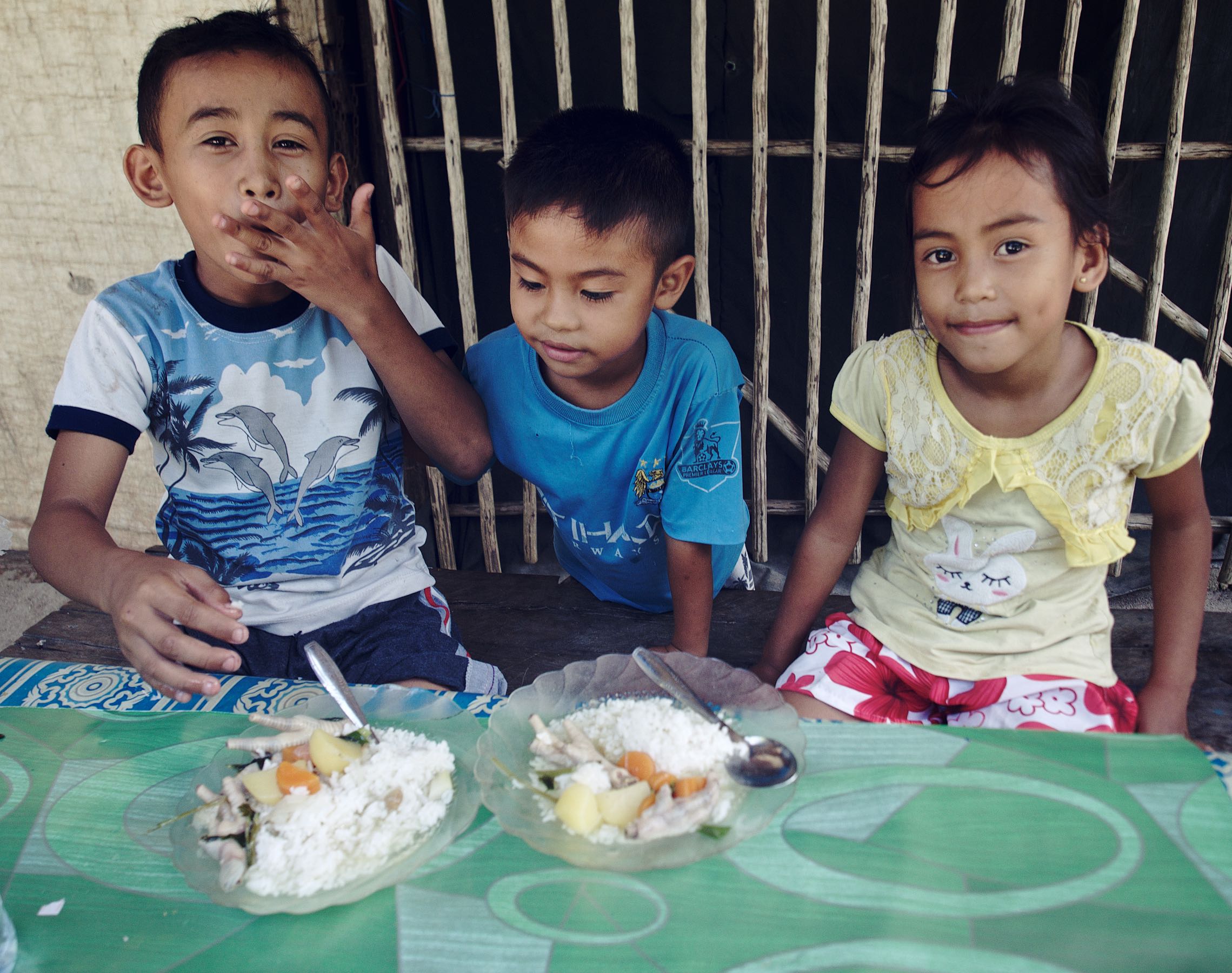
Lunch time
Soup with chicken feet. Tasted good, or so they said.

Smiles
Although with a few missing teeth.
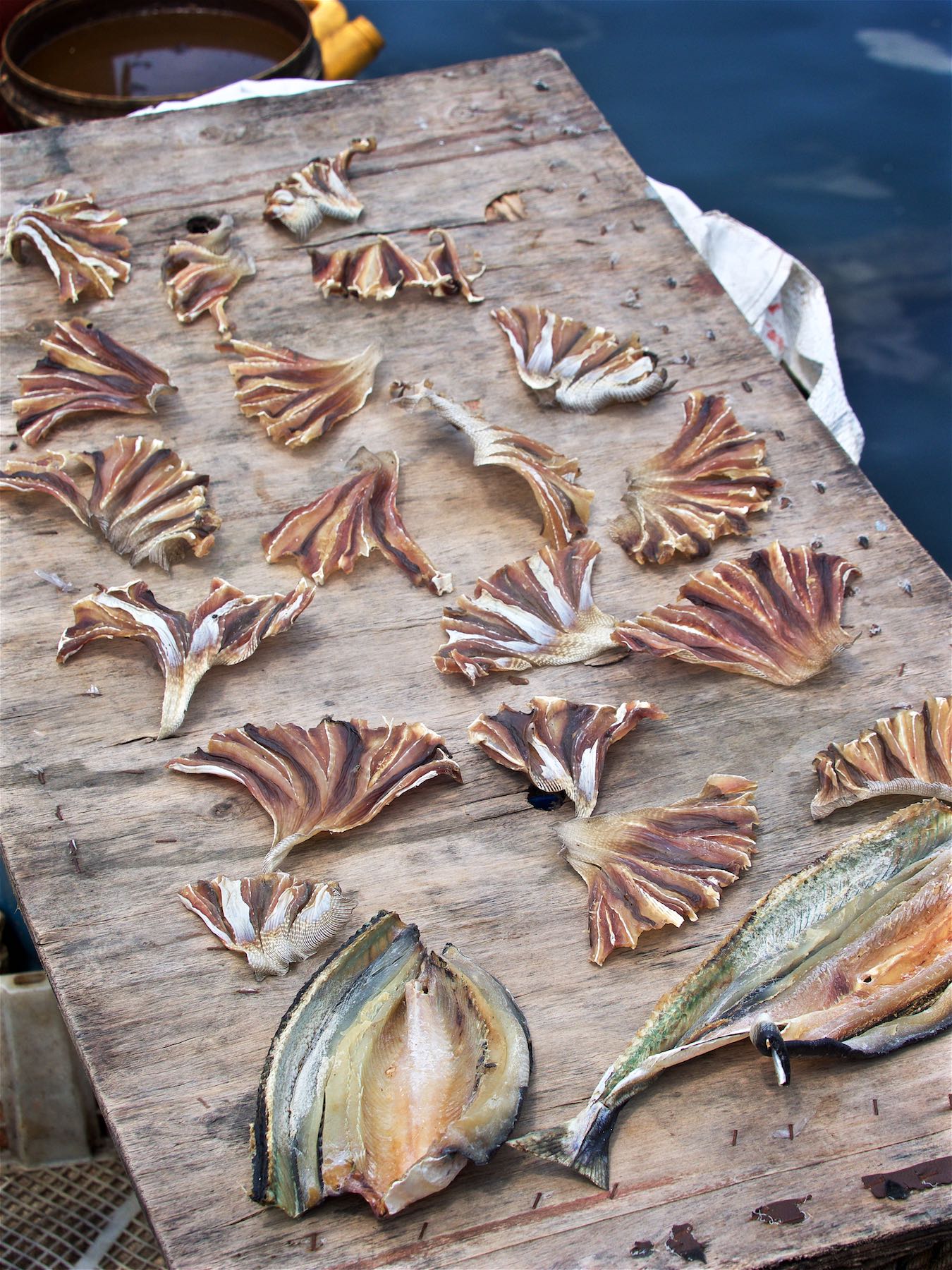
Dried Fish
Locals preparing fish to be dry in the sun.
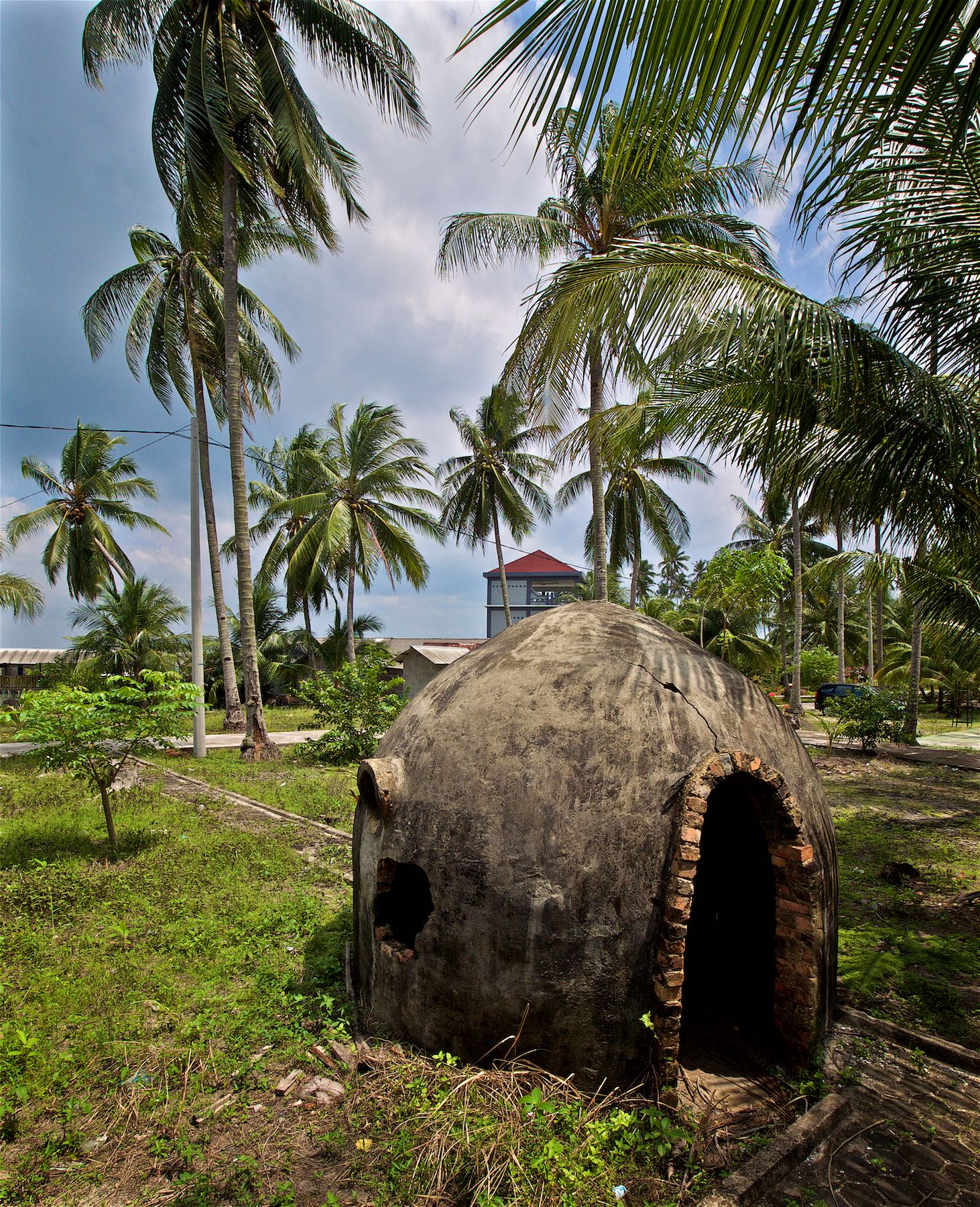
Coal Factory
Up until a few years ago, locals still used these to burn mangroves to turn it into coal and export it. Mangroves are since protected by law.
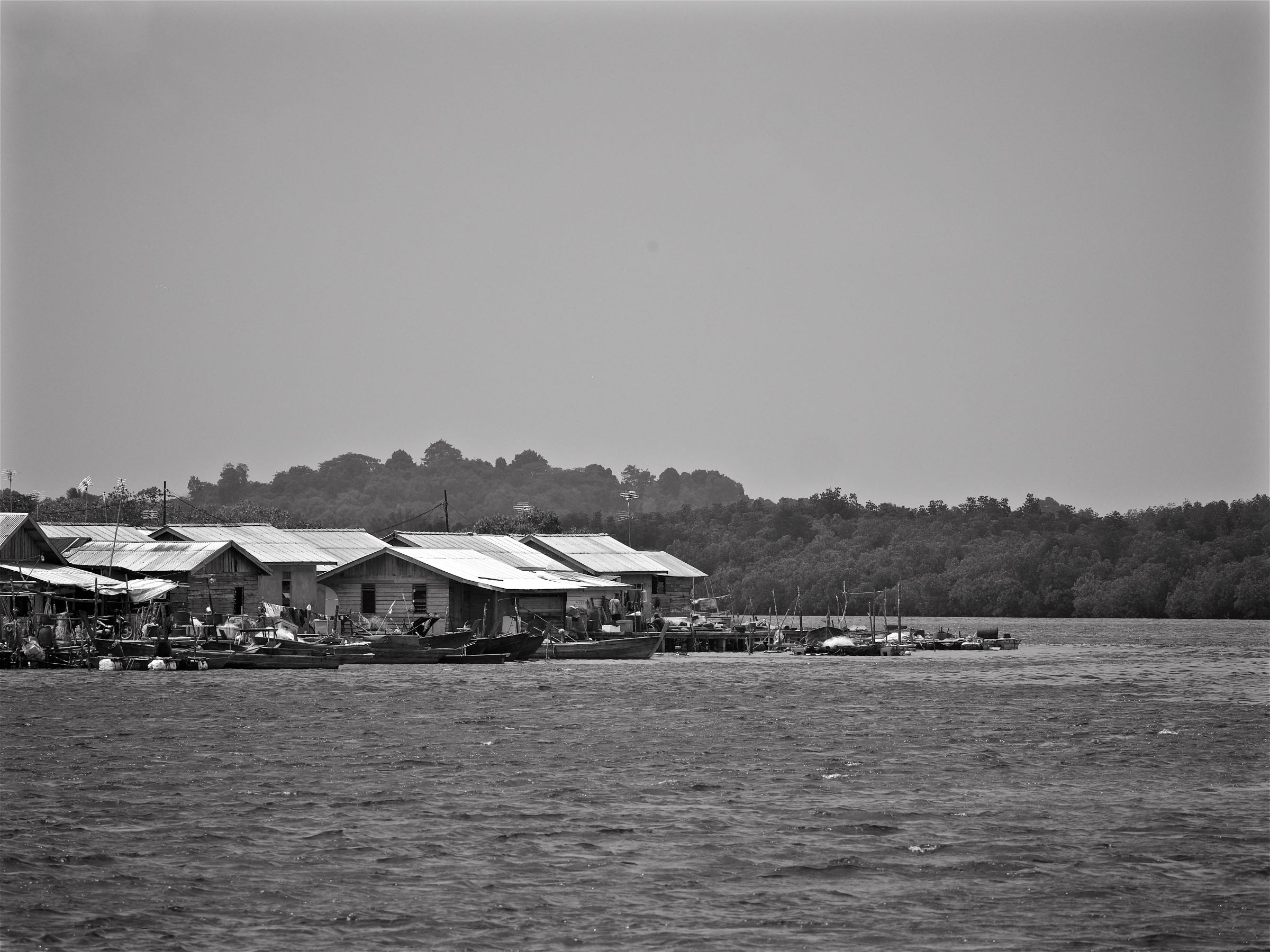
Fishermen's Village
Bintan island is still home to a local population of gypsies, a few hundred of them permanently live on the sea.
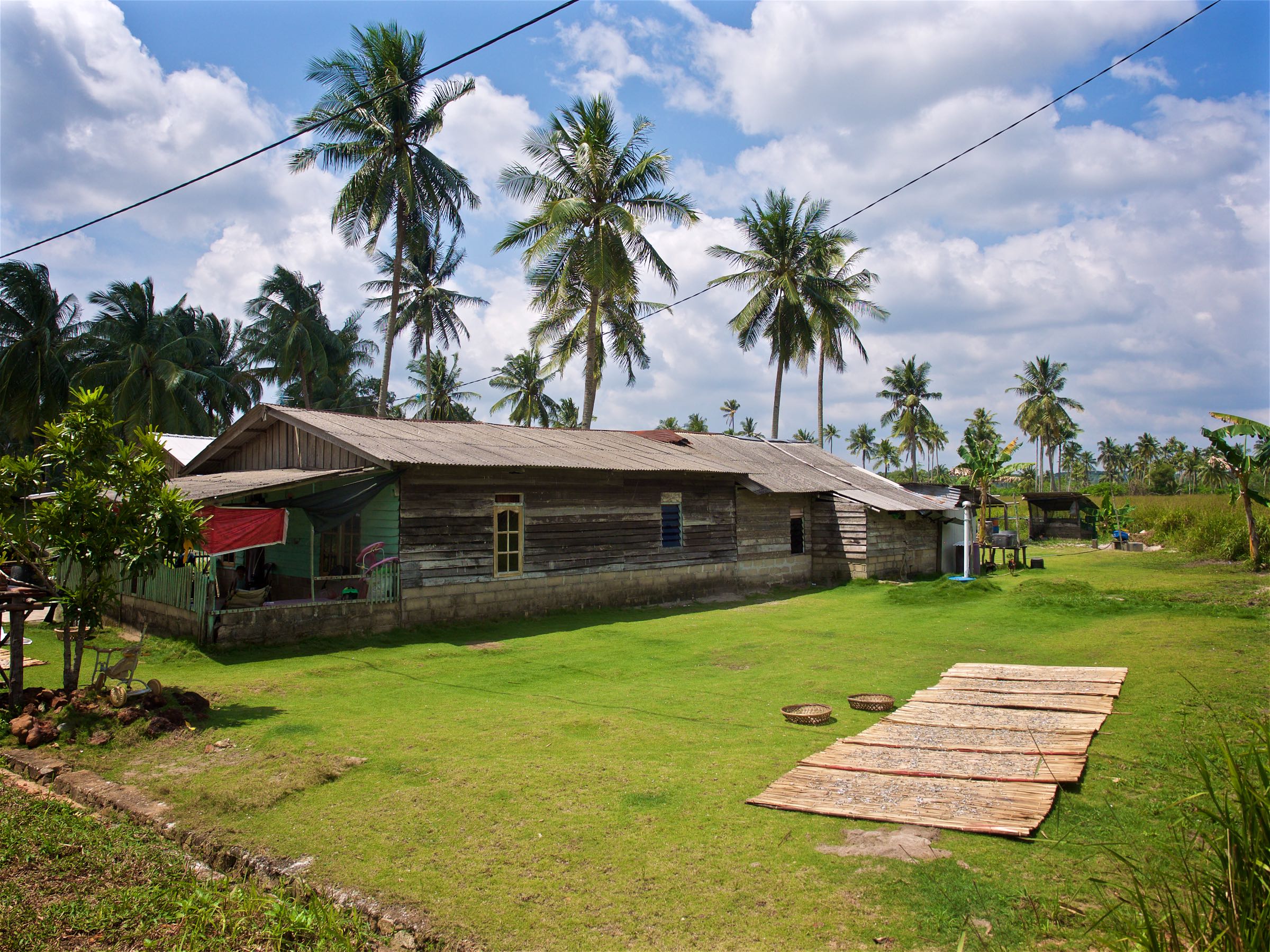
Drying Fish
The locals dry young fish in the sun for later consumption.
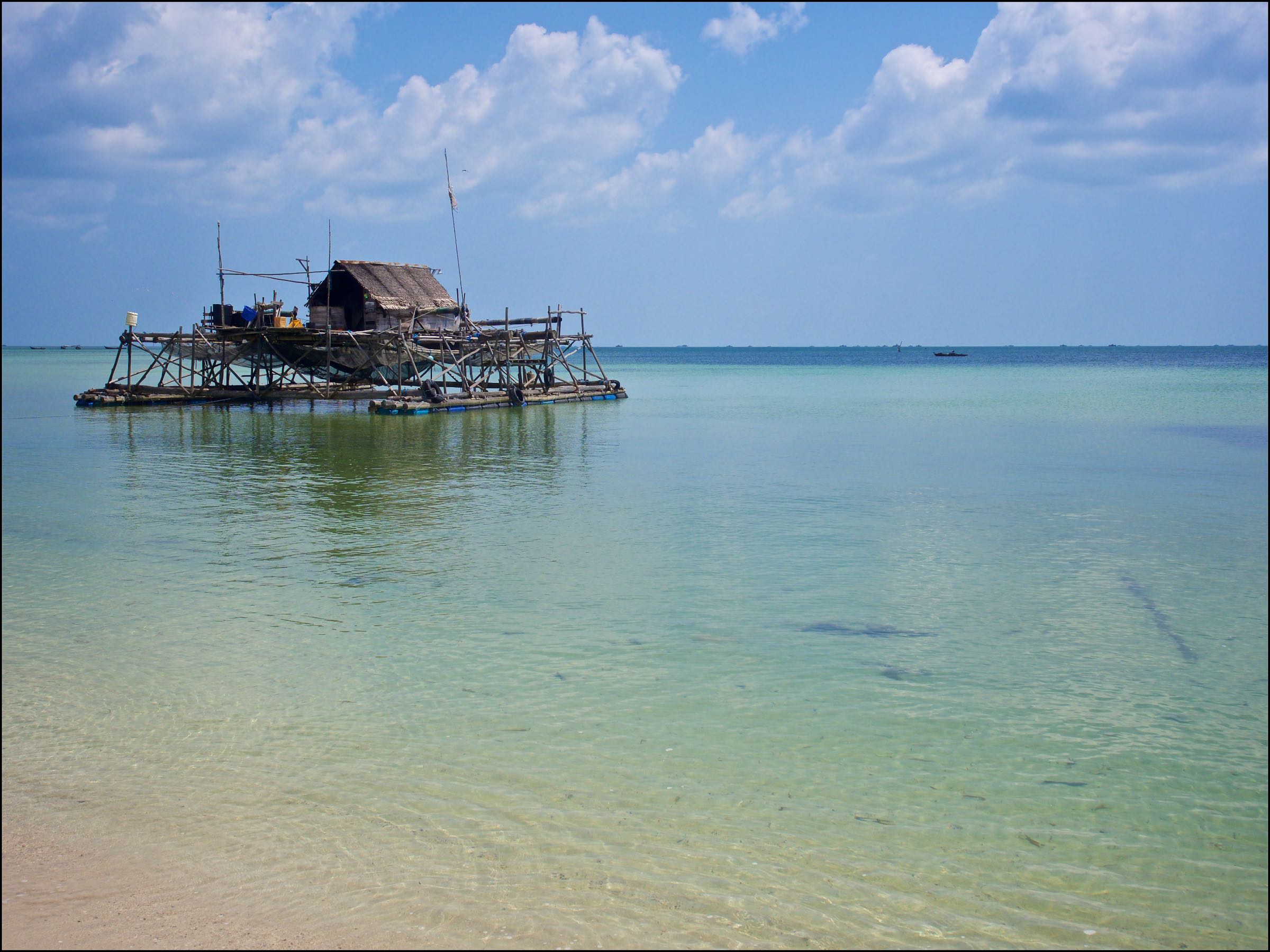
Floating House
Local fishermen live in floating houses.

Island Bliss
Fisherboats on the beach of Bintan Island.
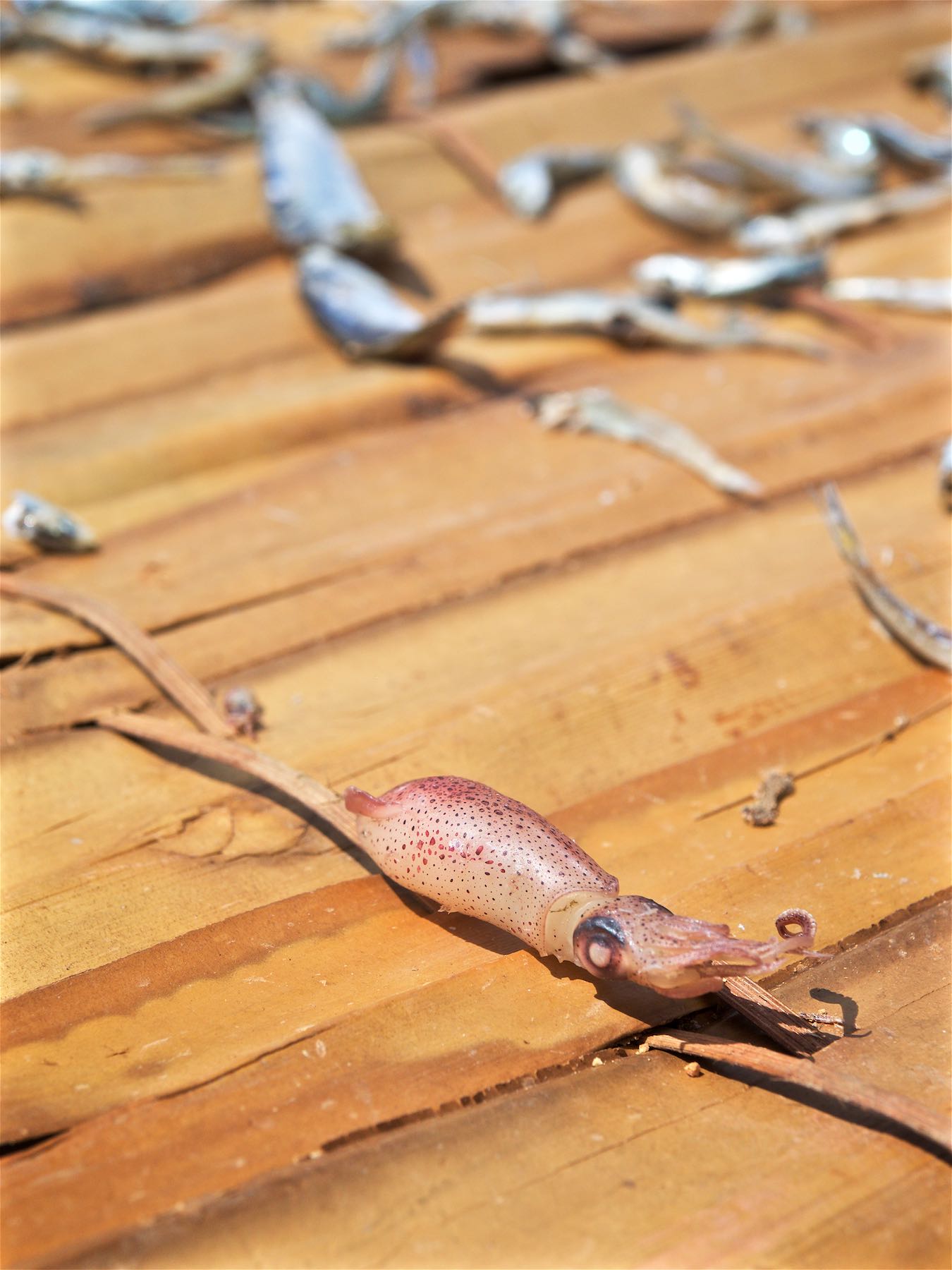
Baby Squid
Caught alongside the school of young fish.
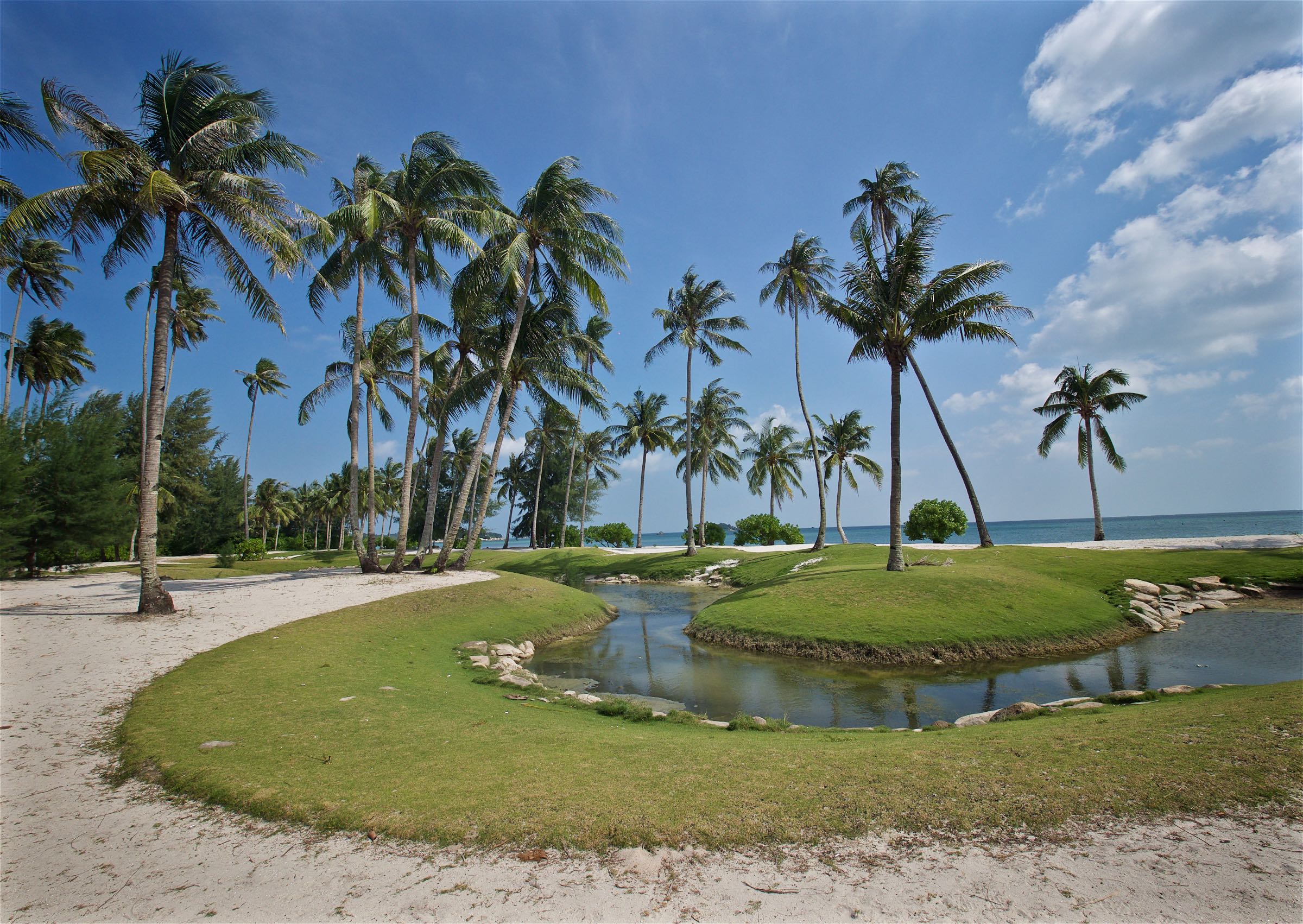
Bintan Resort Beach
The island has a few nice resort areas, but there's a lot more to explore... look further!

Human vs Natural Palm Trees
You judge who wins.
Hatta - The Other Side of Dubai
Went to Hatta for a weekend, the old mountain city in the Emirates of Dubai, high up in the Hajar mountains. Worth a visit for sure!

Went to Hatta for a weekend, the old mountain city in the Emirates of Dubai, high up in the Hajar mountains. Worth a visit for sure!

Lonely Home
Took a 2 day trip to Hatta into the Hajar mountains about 1h outside of Dubai. One of the houses you can find on the way...
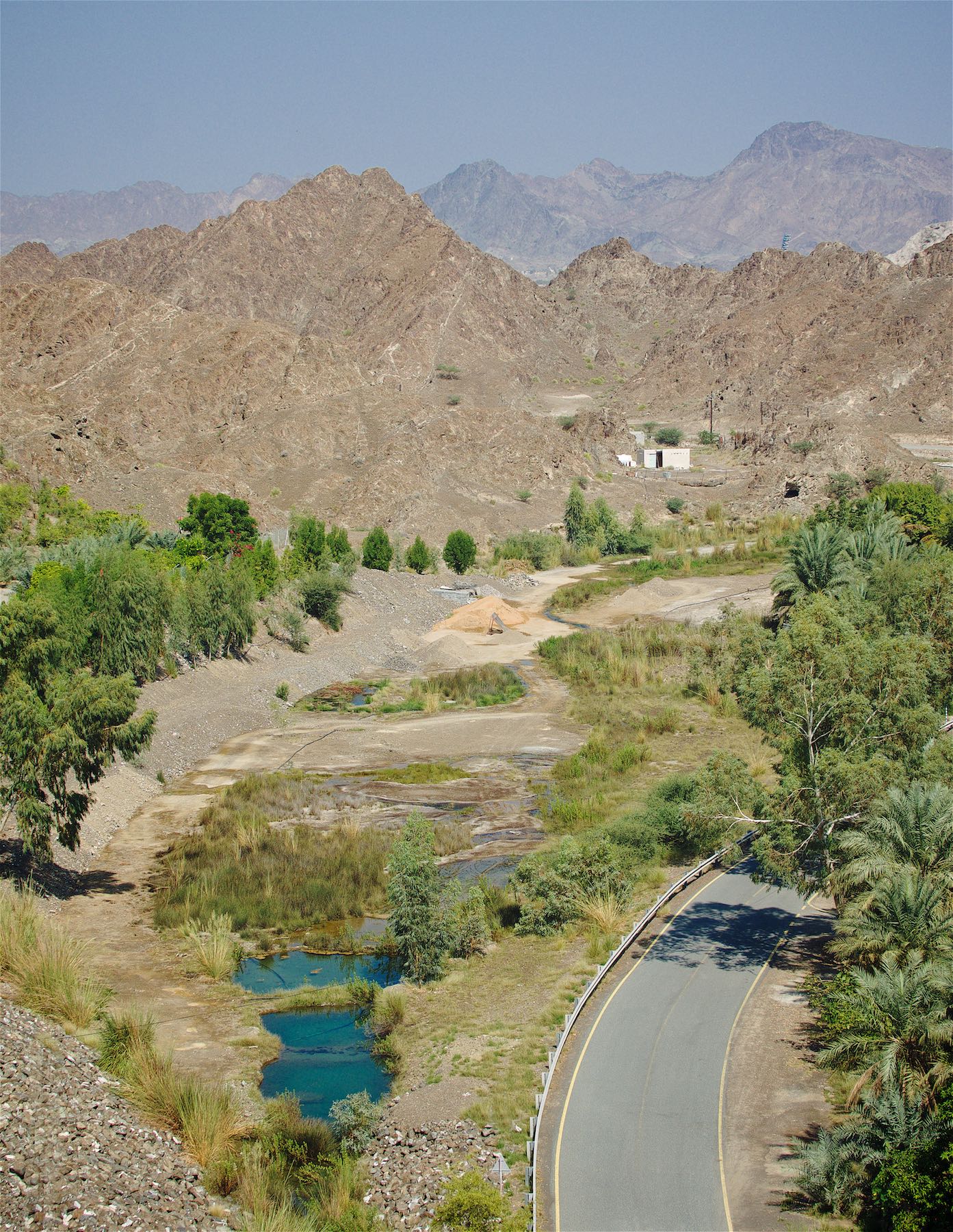
Greenery
While less so in the early Winter, Hatta is green and full of water in the Spring time. Have to come back for sure.
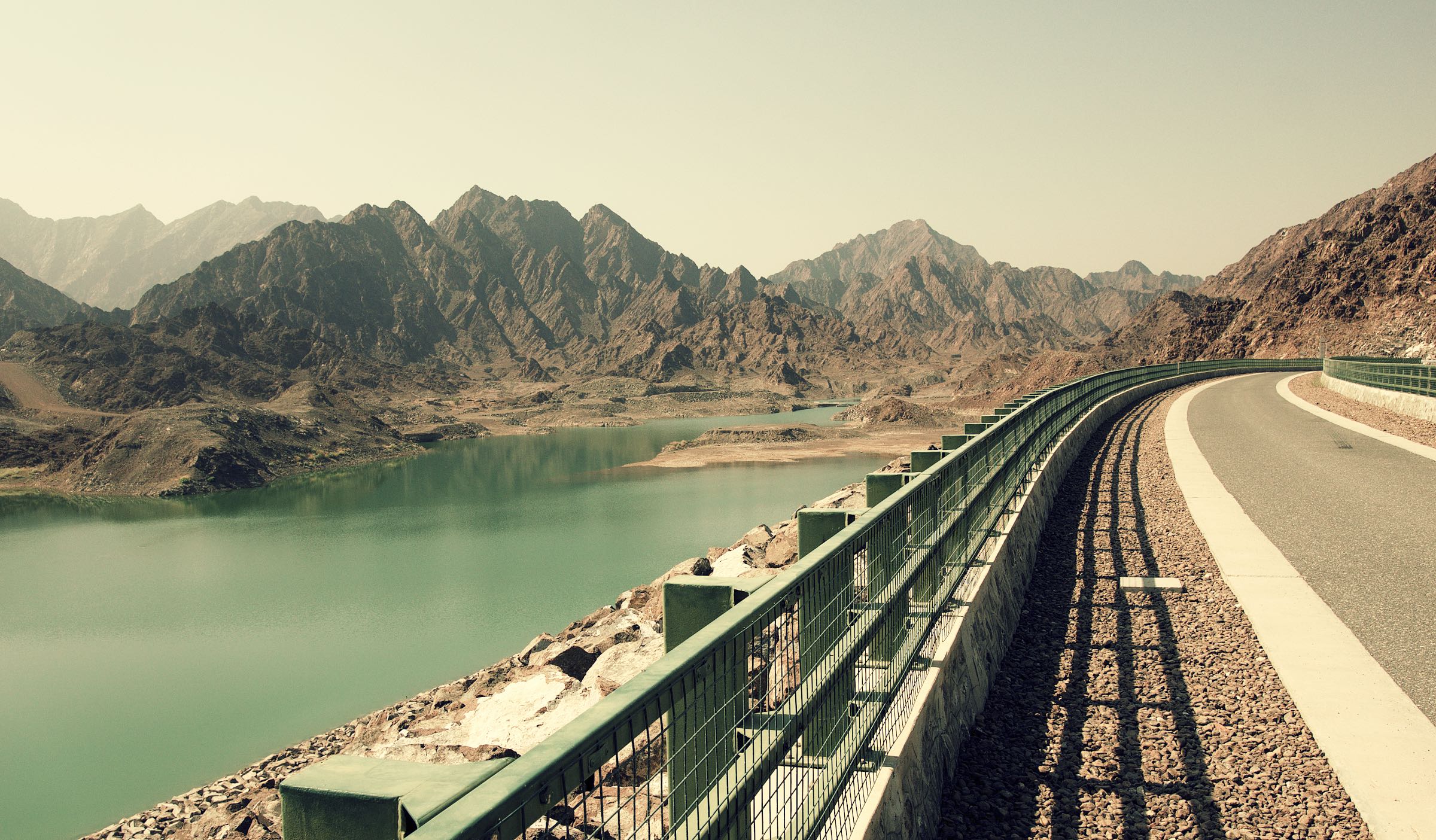
Hatta Green Lake
I've heard of the Hatta Dam before, but there's also the aptly named Green Lake which is arguably more beautiful.
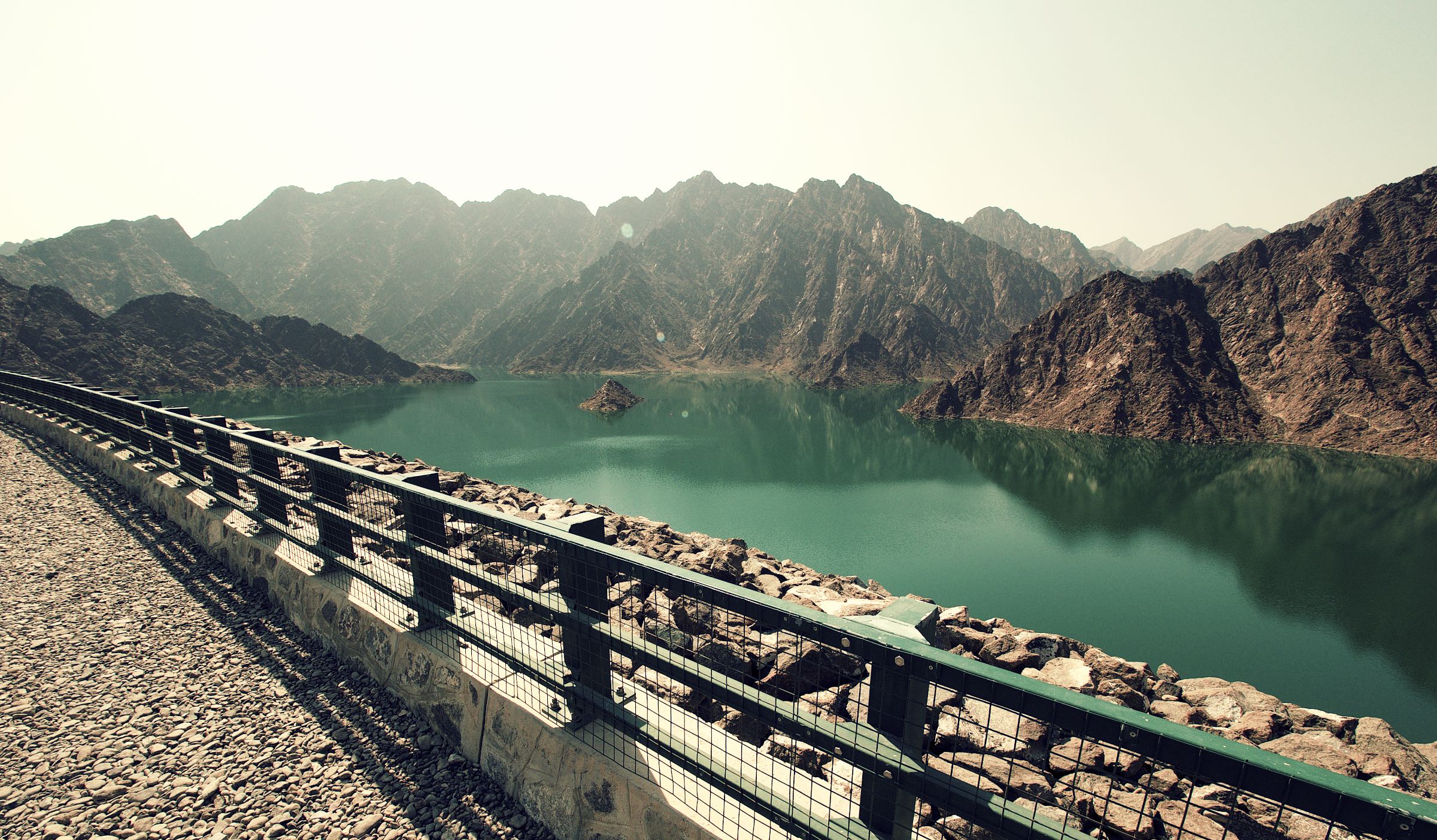
Hatta Dam
The aforementioned Hatta Dam - with appropriately low water levels given that summer just ended.
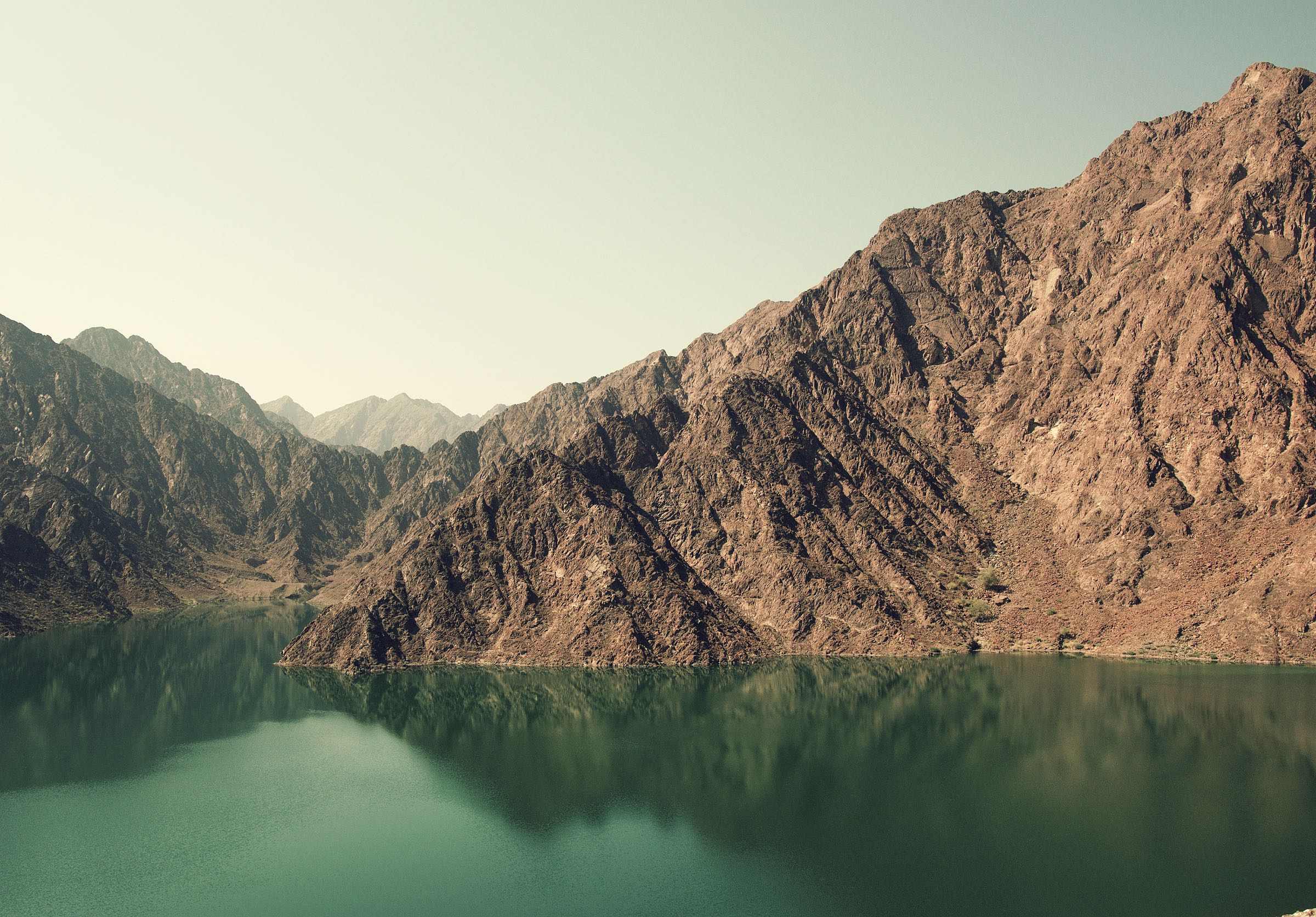
Rocks
The mountain scenery is truly spectacular. I'd imagine Mars in a similar way, minus the water (or not).
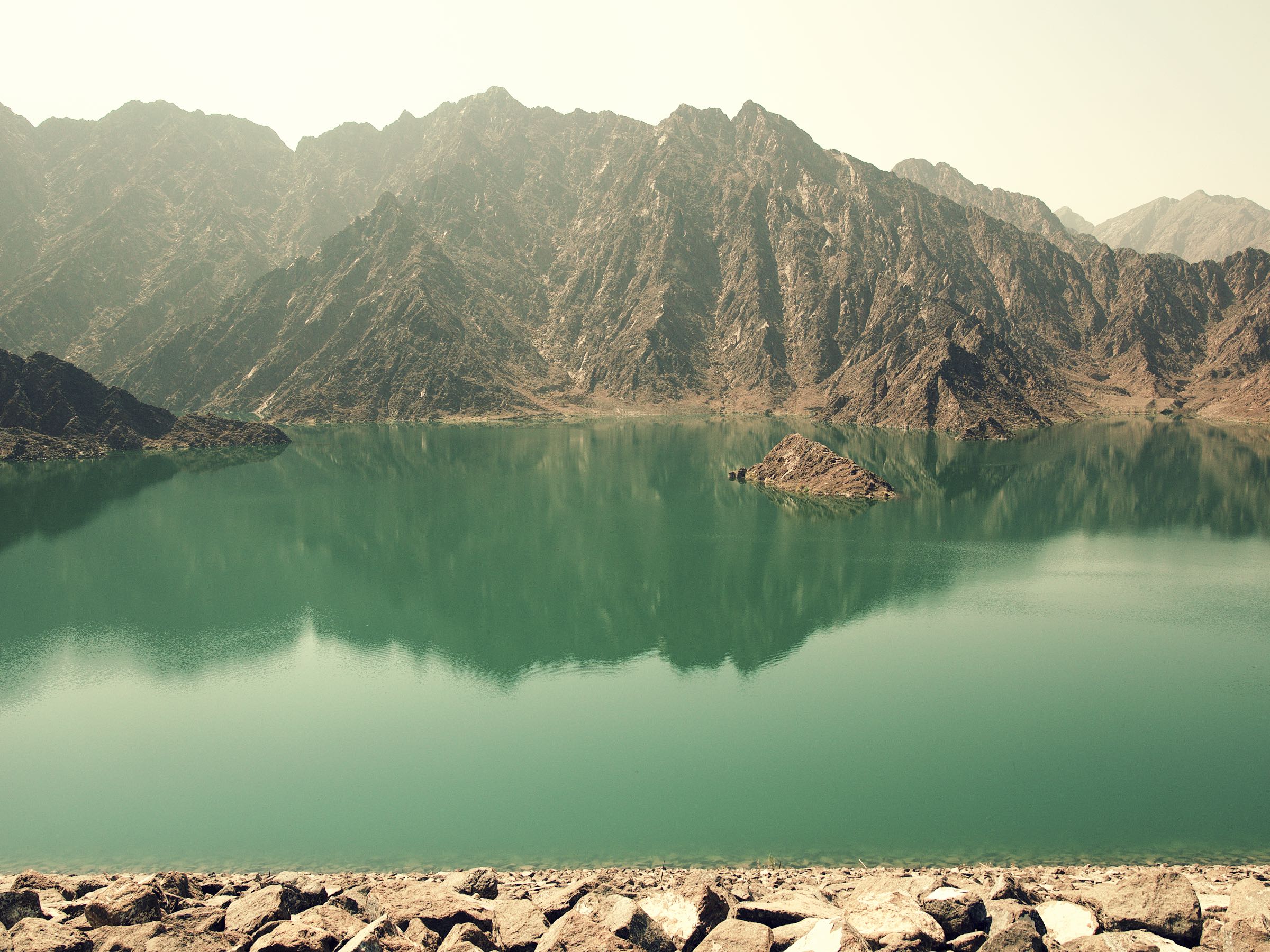
Dam Island
Looking at the rocks around, it may be that this island is under water when the dam is filled.

Colour Contrasts
The different shares of red and brown are a great contrast with the white houses and greenery.
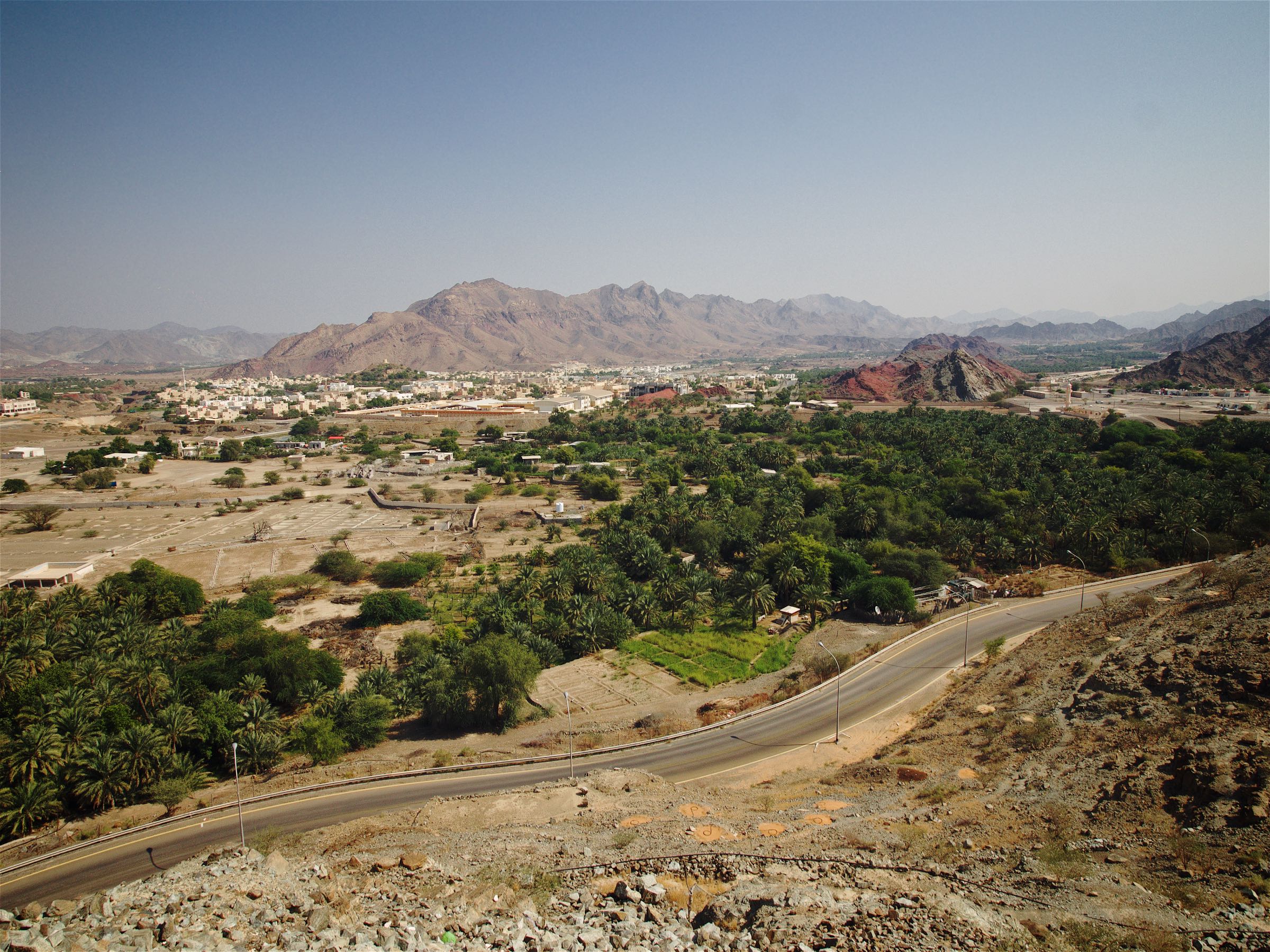
City Views
Taken from one of Hatta's old towers from the 18th century.
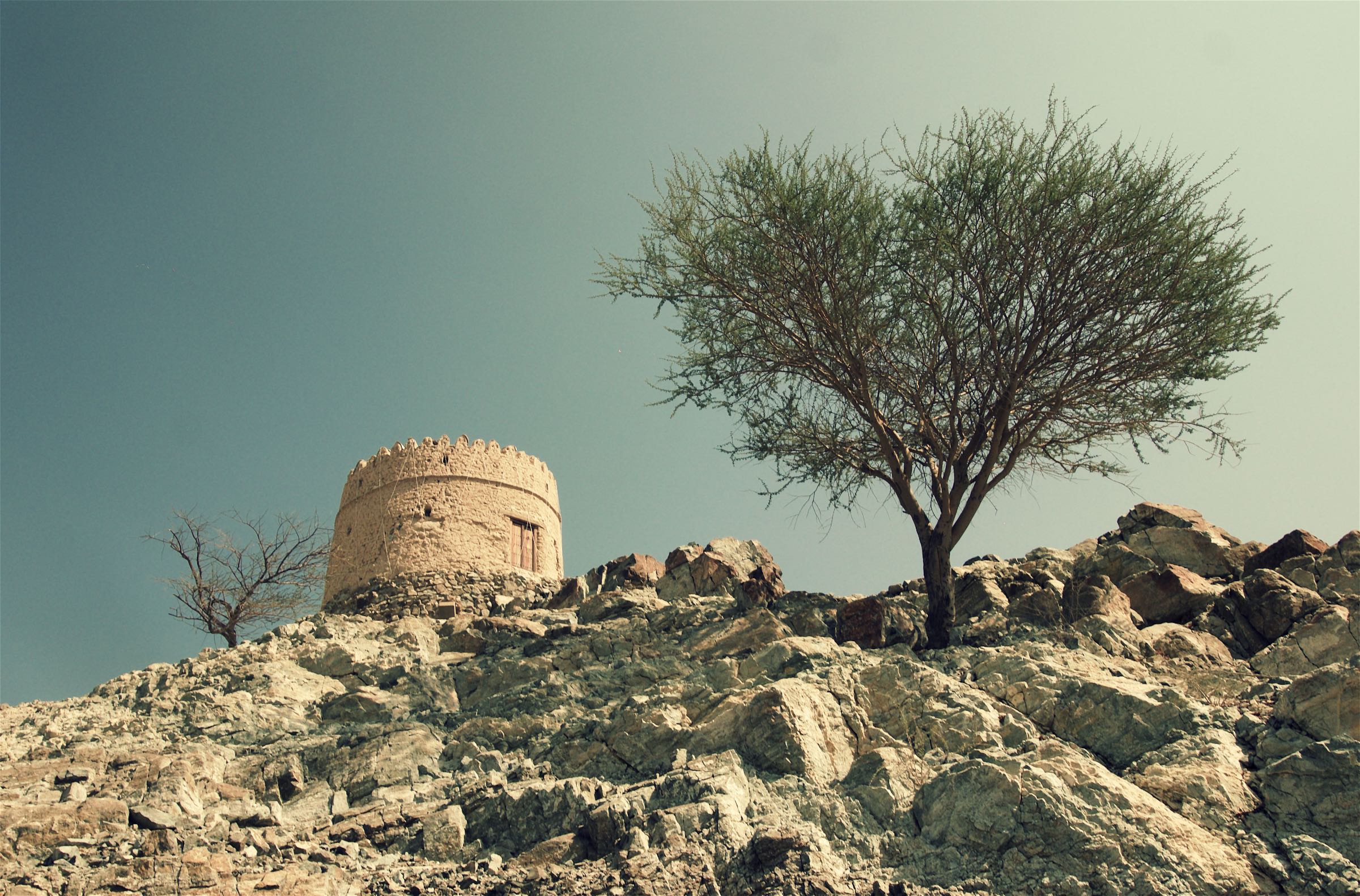
Military Tower
The tower mentioned earlier.

Inside the Tower
Looking upwards from the inside of the tower.

Hatta From Above
The view towards the Hajar mountains from the small tower.

More Views
The building on the left is the city's hospital.
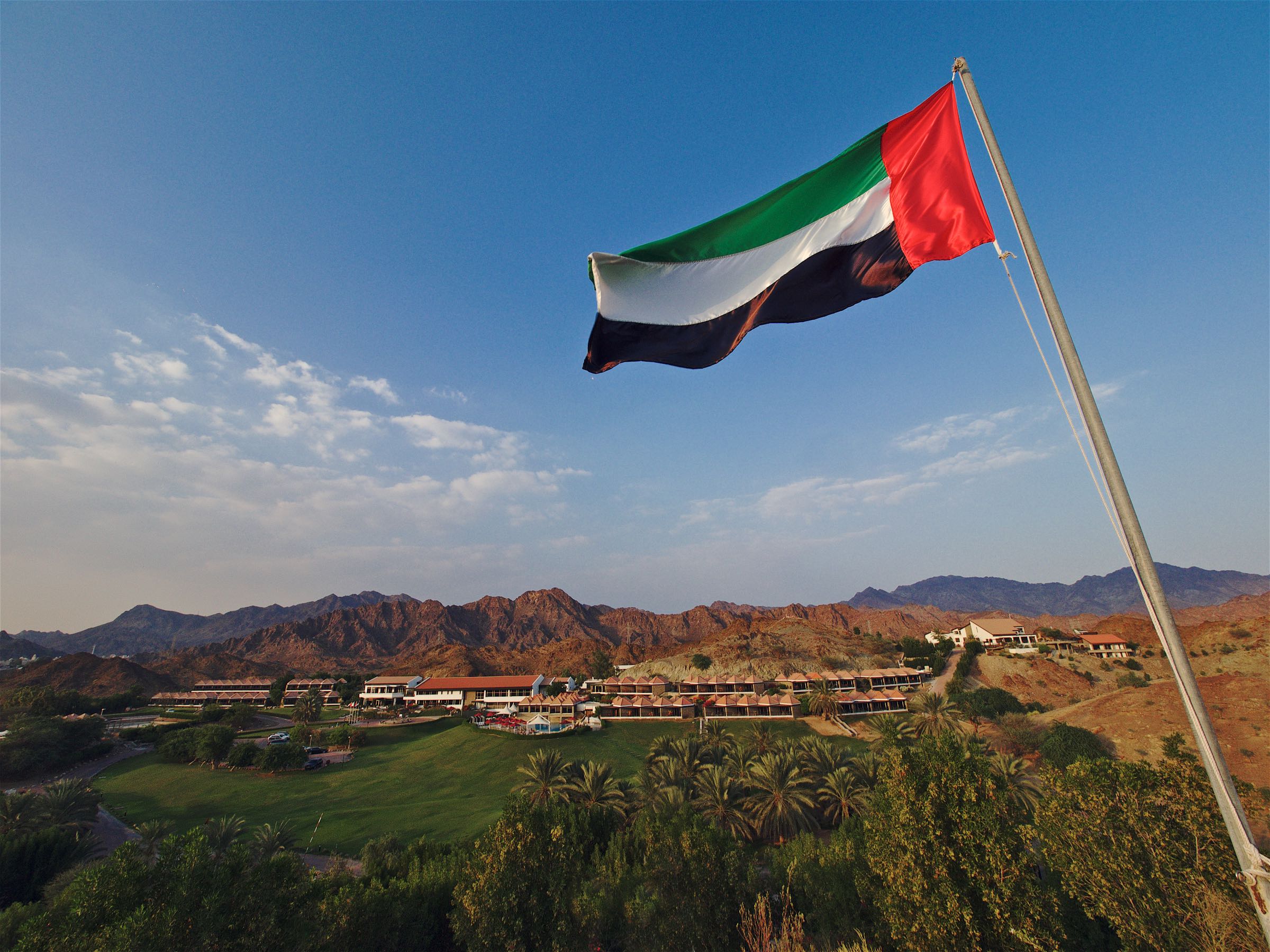
Flag Day
November 3rd was UAE Flag Day and the Hatta Fort Hotel didn't miss to celebrate.
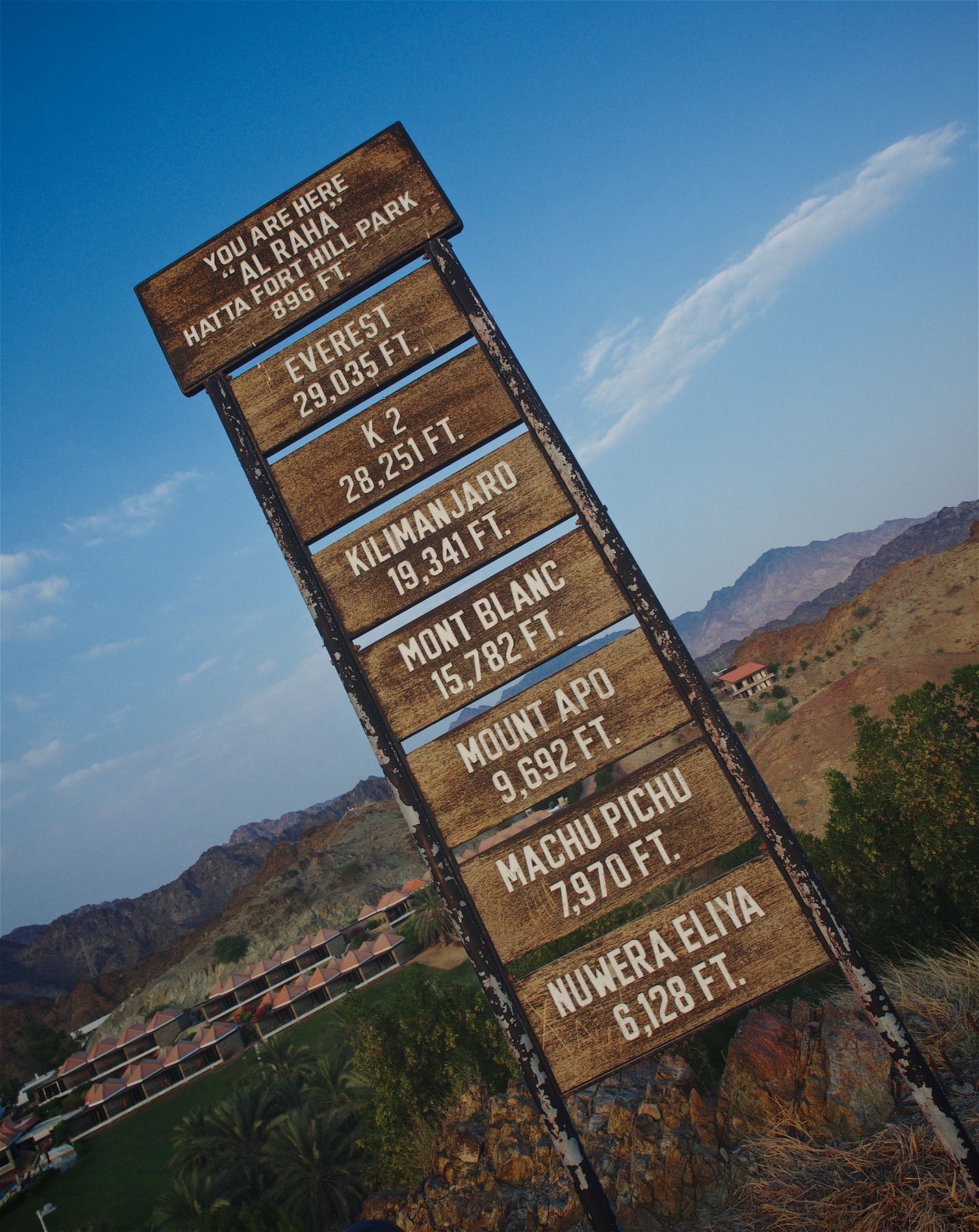
High Up
Or not so high.

Miniature Fort
The small hill adjacent to the Hatta Fort Hotel.
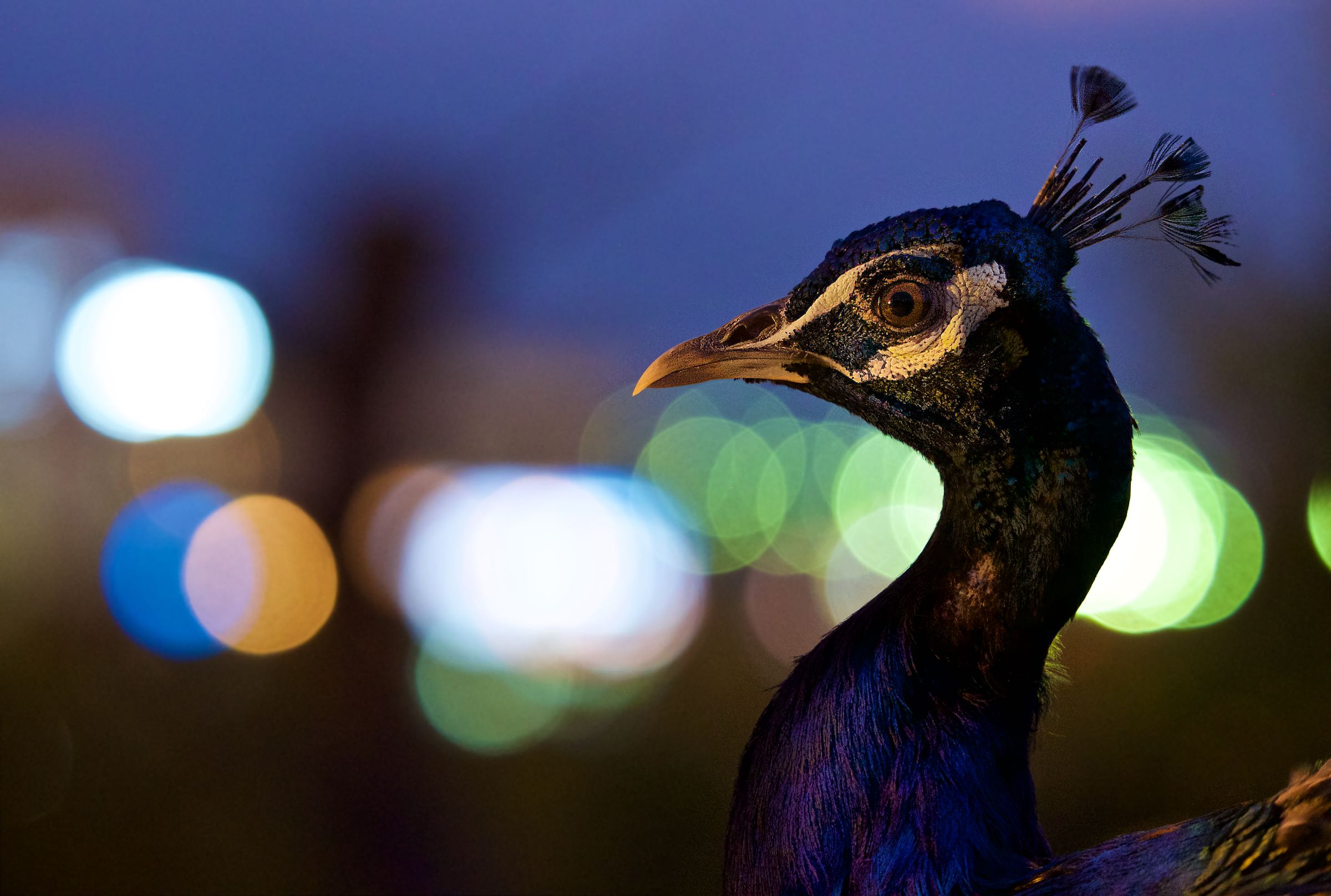
Peacock in the Lights
Doesn't it look like he's growing some kind of plant out of his head?
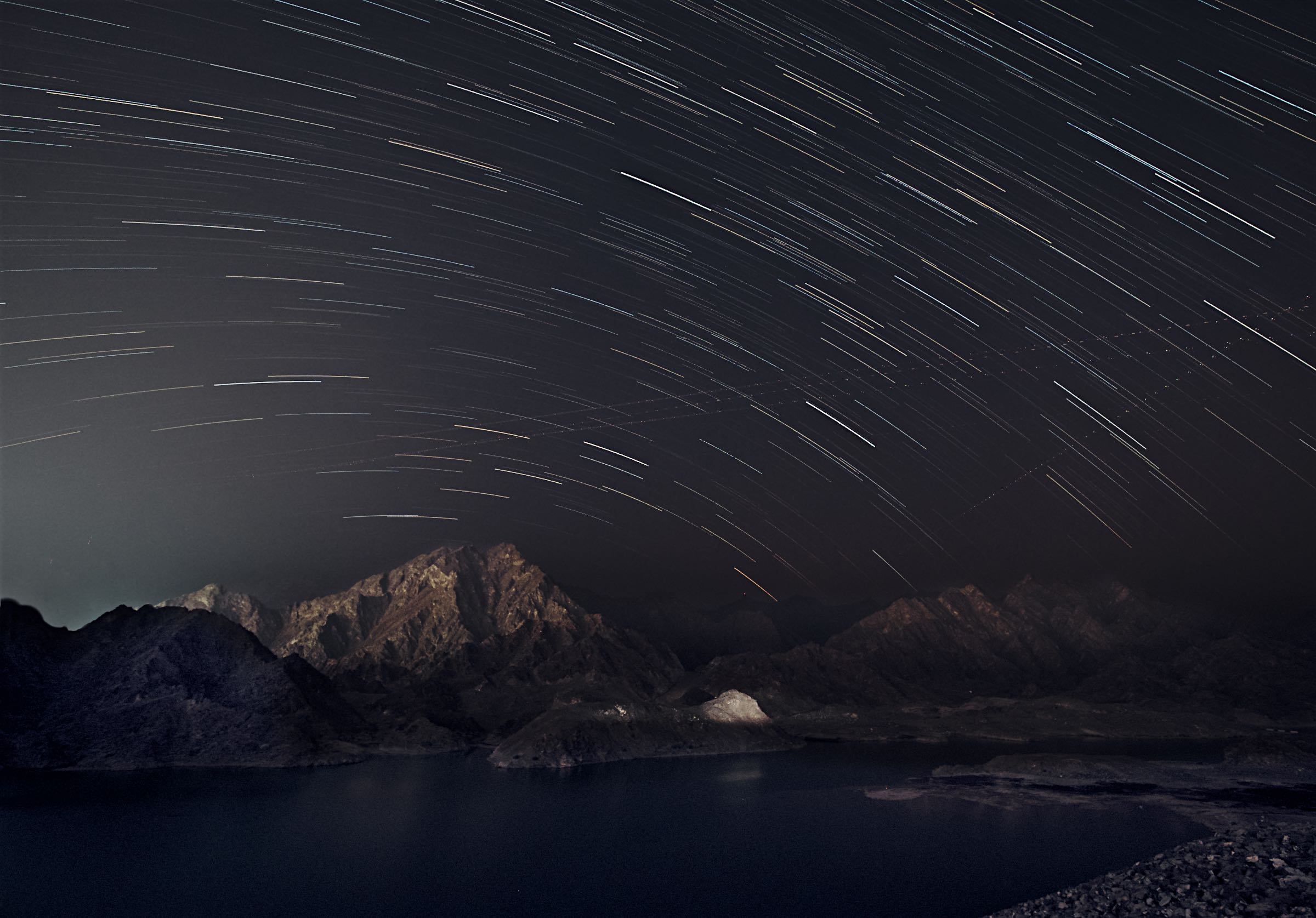
Hatta Lake Trails
My first ever try at star trails up at Hatta Green Lake - turned out nicely I'd say and what a breeze to do with the Olympus Live Composite mode. The straight lines are planes.
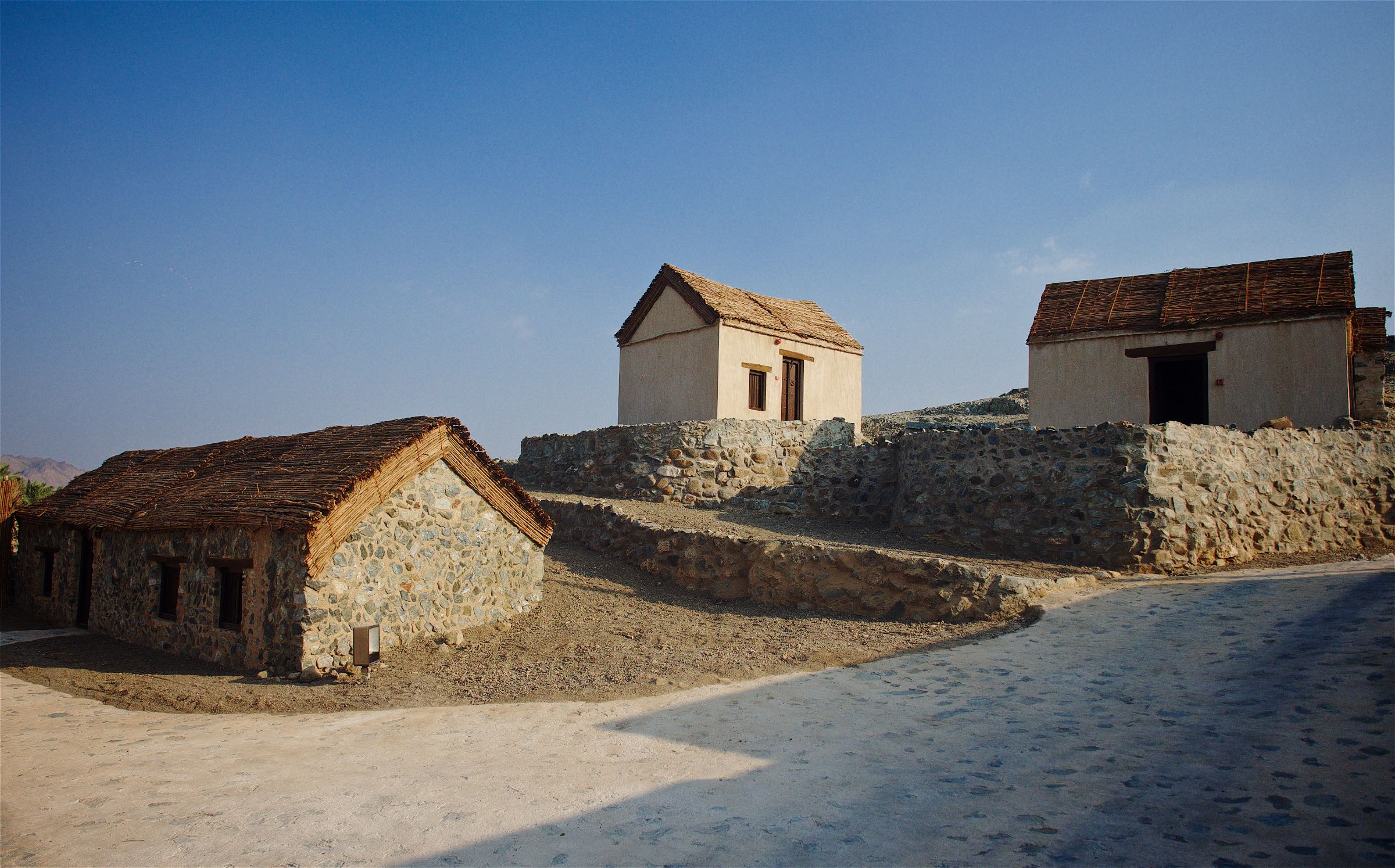
Heritage Village
The rebuilt original village houses of Hatta, dating back almost 3000 years.
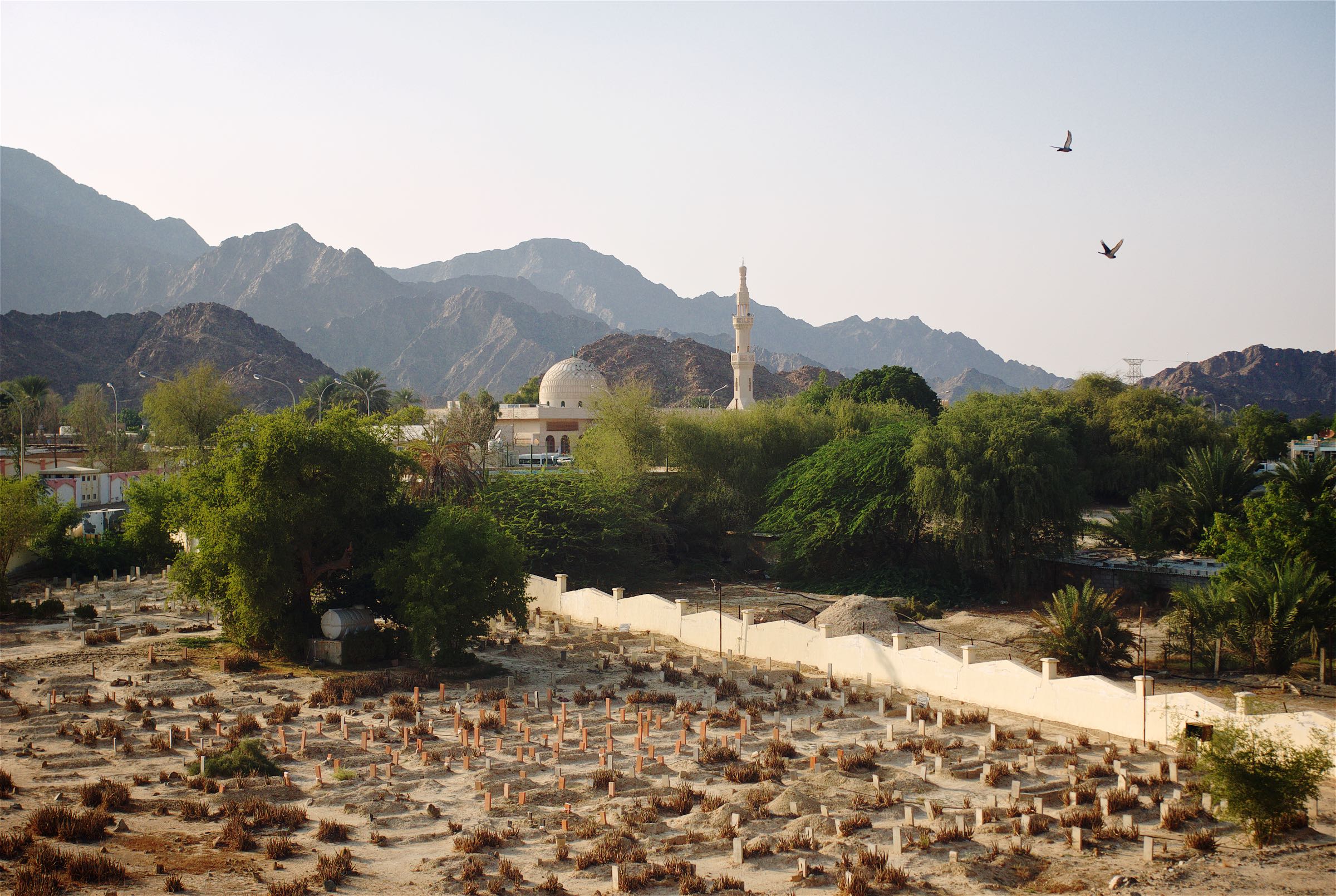
Unkowns
I'm not certain, but this looks like a cemetery?
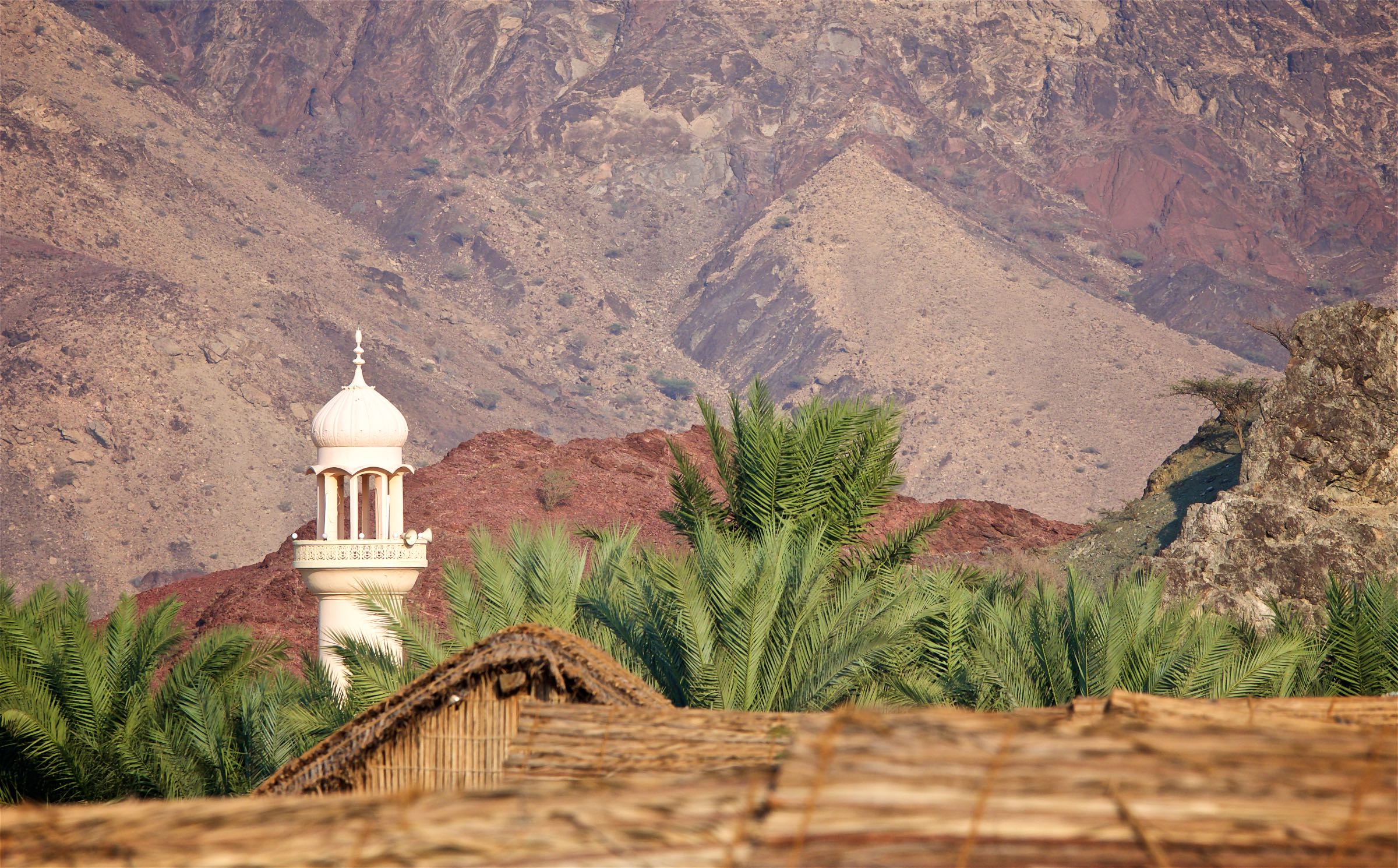
Contrasts
More of the beautiful colour contrasts in the city.
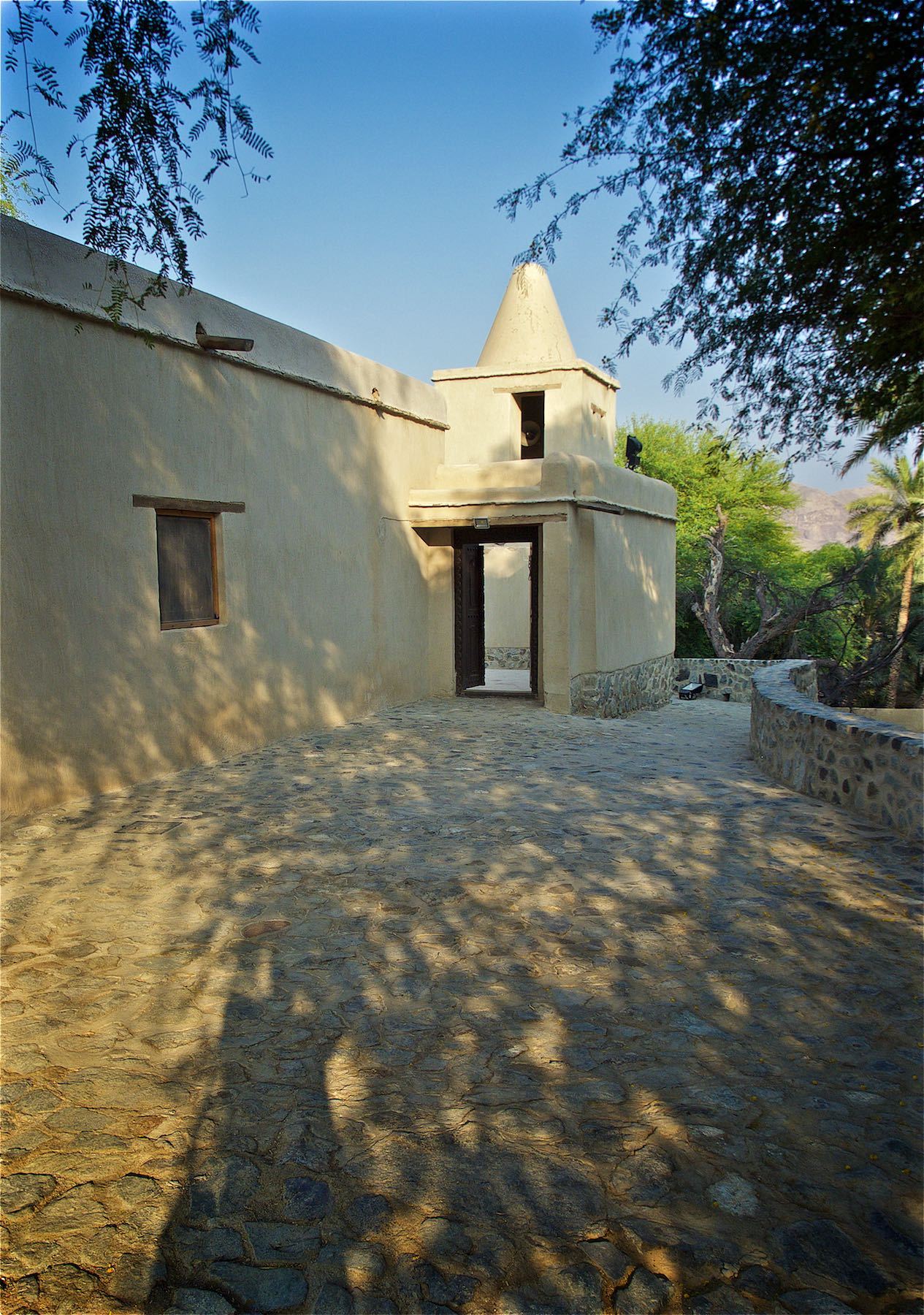
Juma Mosque
Originally built in 1780 (yes, there's history in Dubai).
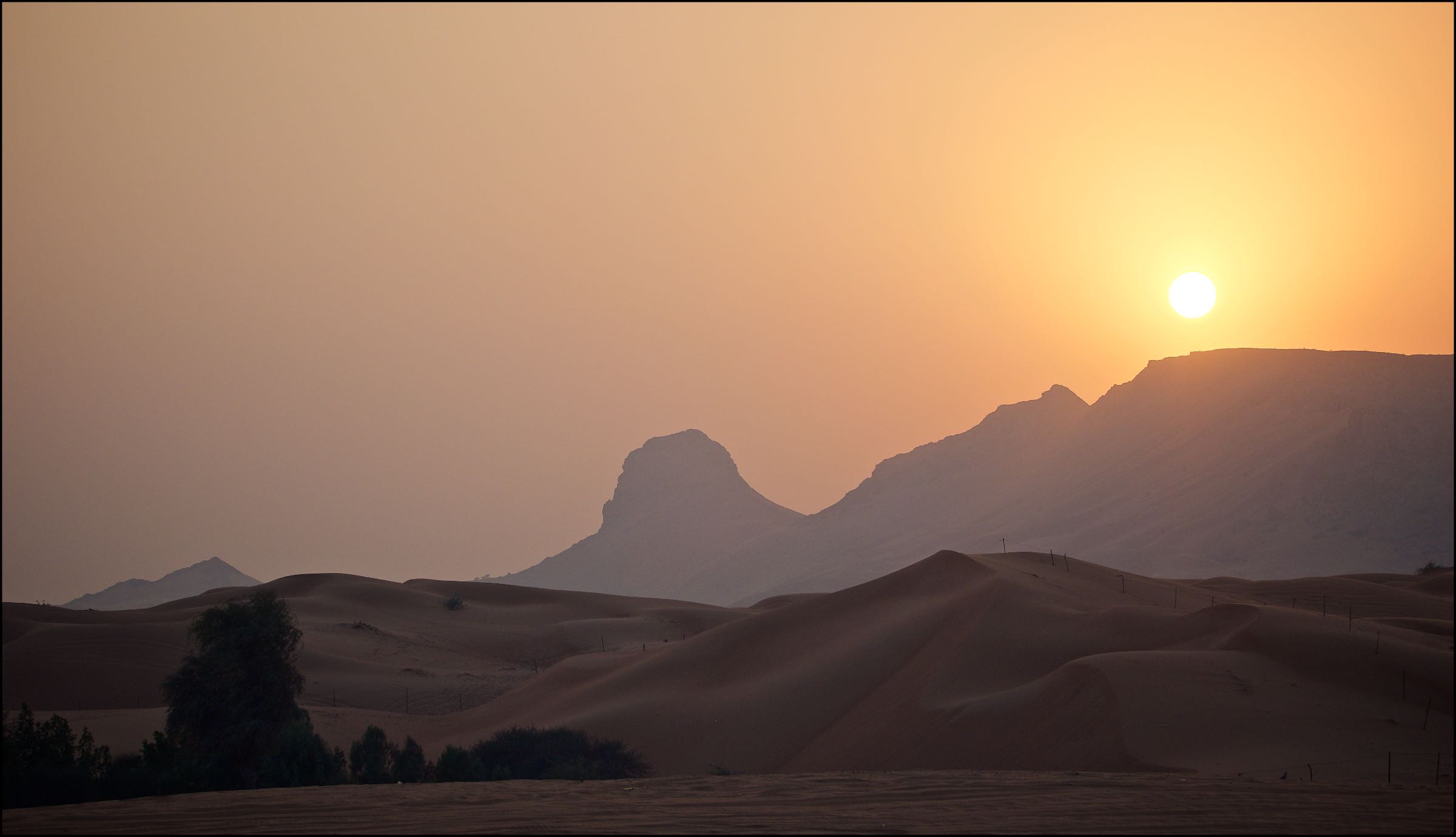
Desert Sunsets
Can't get enough of these - on the way back from Hatta going into Sharjah.
Zanzibar - Island Bliss
The last trip for 2016 took me to Tanzania, more specifically the islands of Zanzibar. This beautiful archipelago just off the east cost of Africa offers a unique mix of Swahili roots, island lifestyle, arabic influences and a rich, albeit troubled history.

The last trip for 2016 took me to Tanzania, more specifically the islands of Zanzibar. This beautiful archipelago just off the east cost of Africa offers a unique mix of Swahili roots, island lifestyle, arabic influences and a rich, albeit troubled history.

The Red Colobus
This species of red colobus monkey is endemic to Unguja, the main island of the Zanzibar Archipelago.
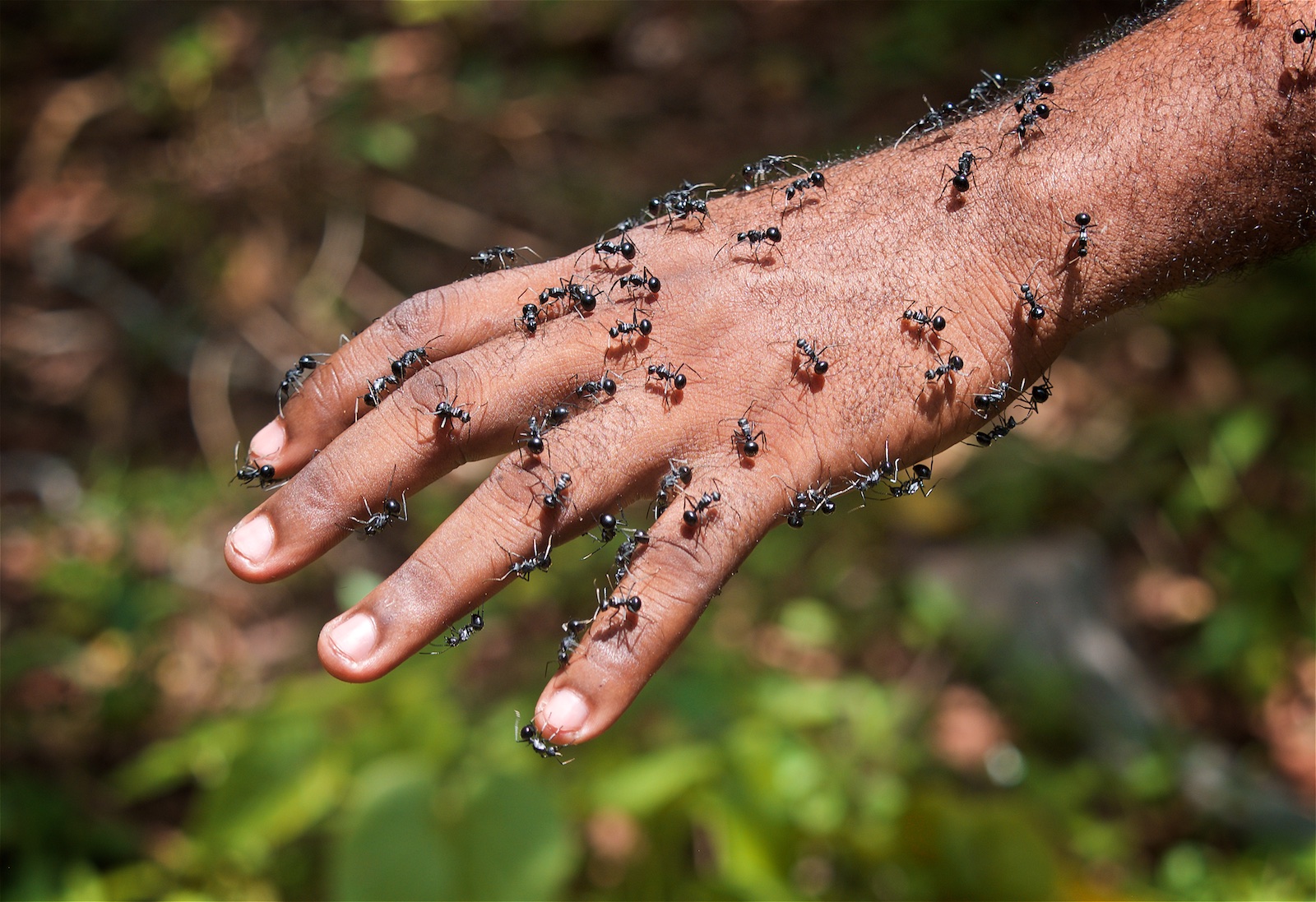
Peaceful Ants
While large for European standards, these ants don't bite.
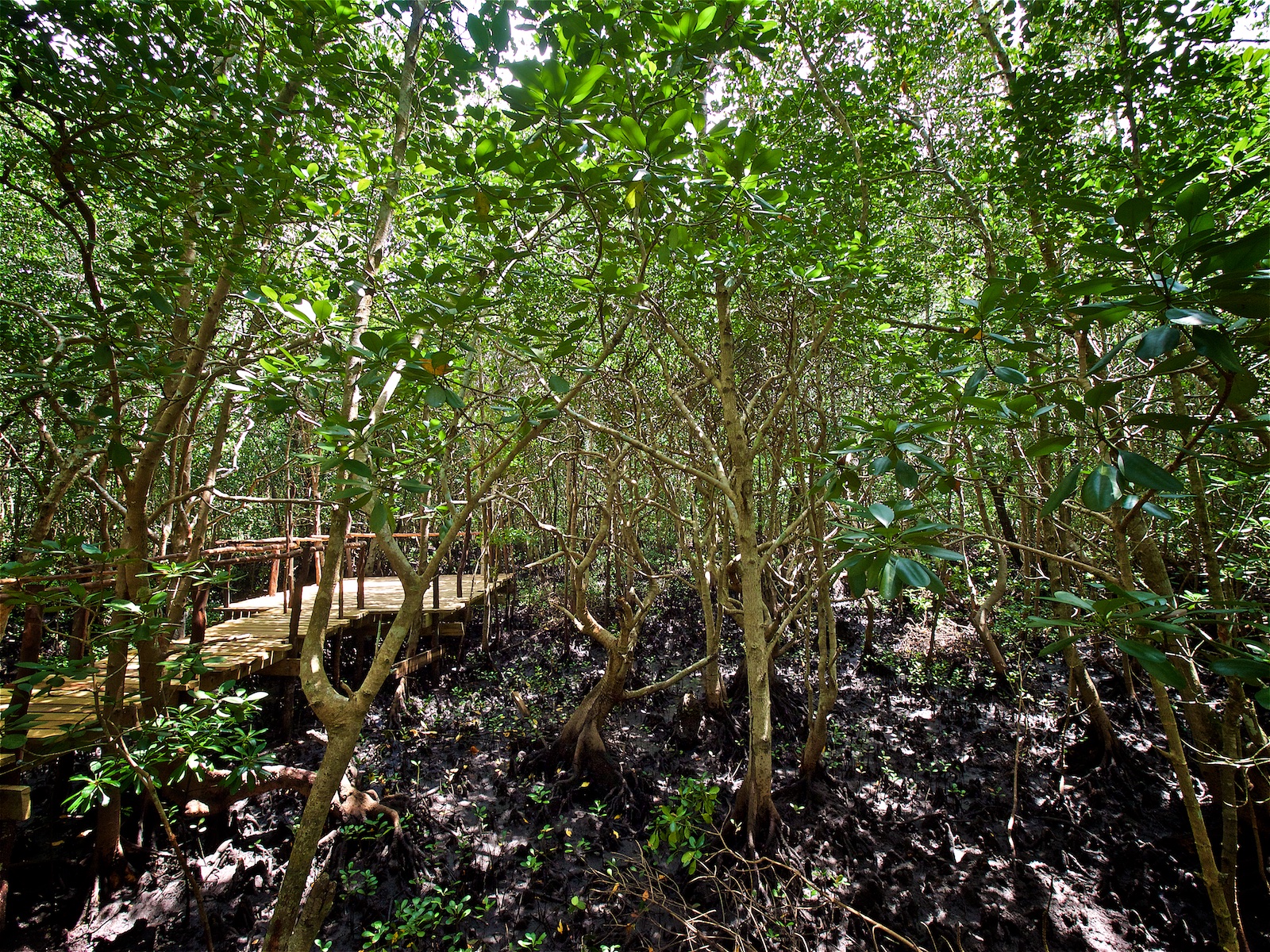
Mangroves
Mangroves are an important part of Zanzibar's ecosystem, protecting the island from erosion. This is south of the Jozani national park - while a few km from the sea, the water reaches during high tide.

Slow!
Cows in Germany, Camels in the UAE, Monkeys in Zanzibar.
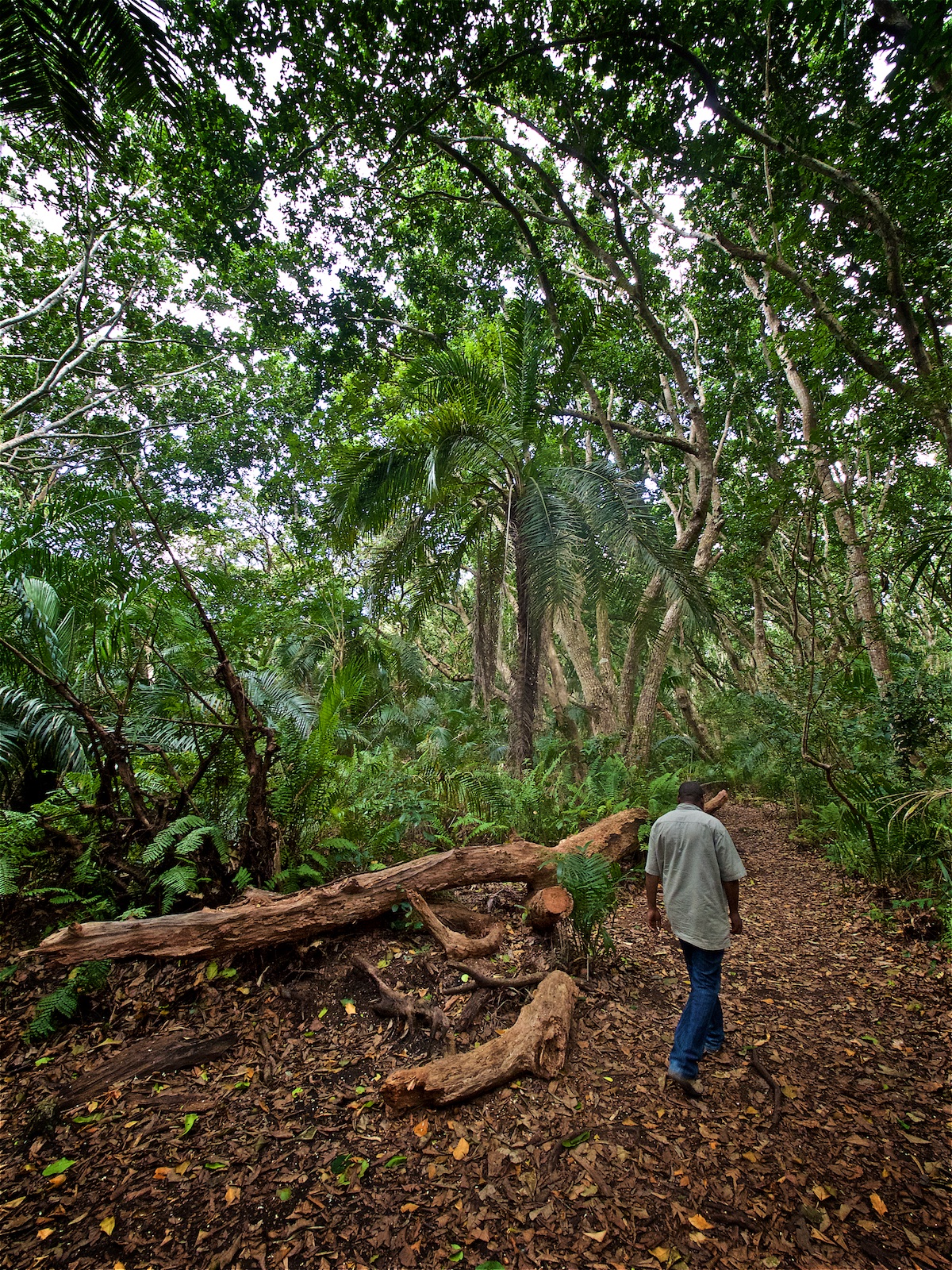
Deep in the Forests
Walking into the Jozani forest with our guide, with its truly impressive trees. This is the only National Park in Zanzibar.
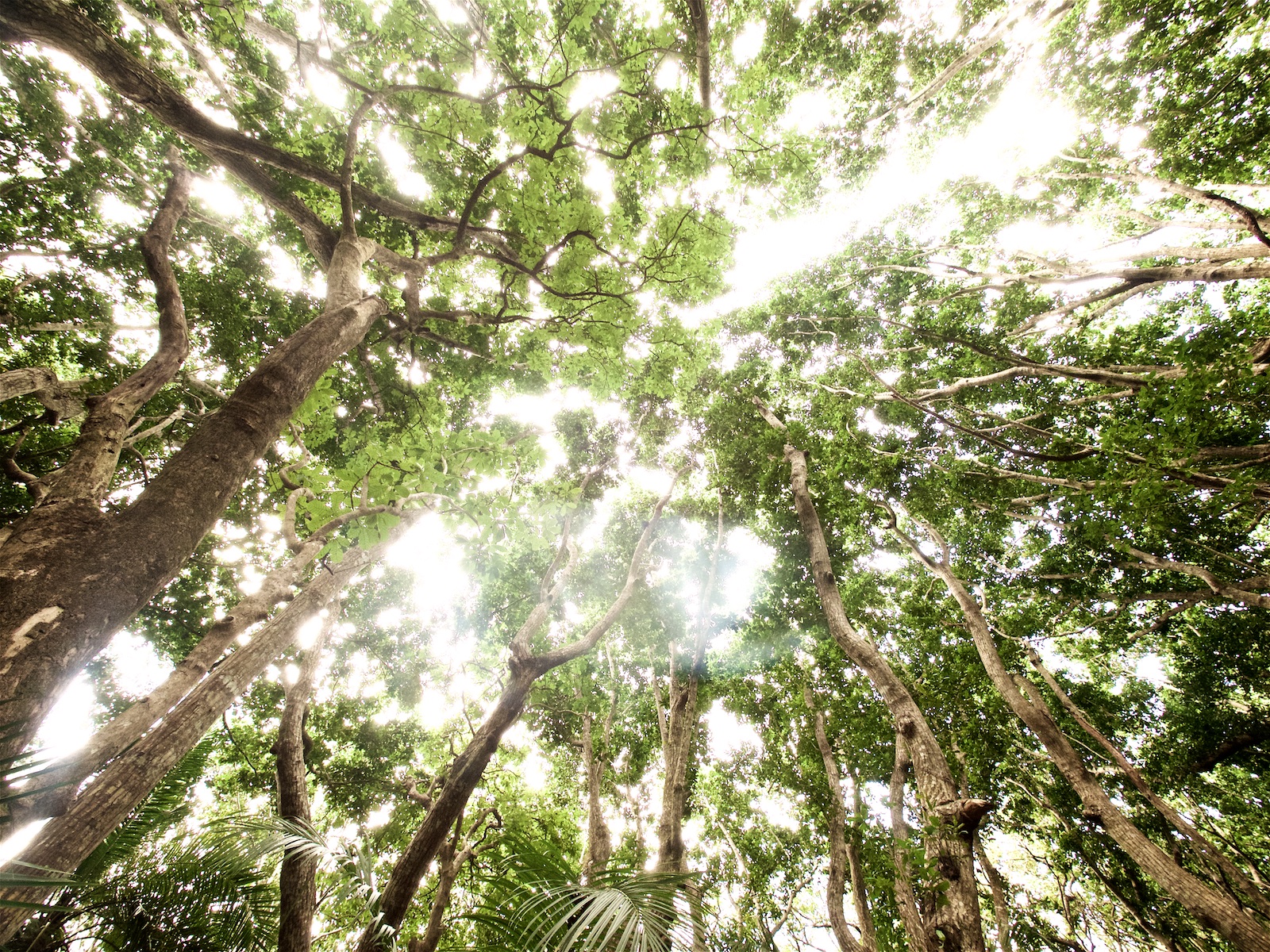
Up
Looking up into the trees at Jozani forest.
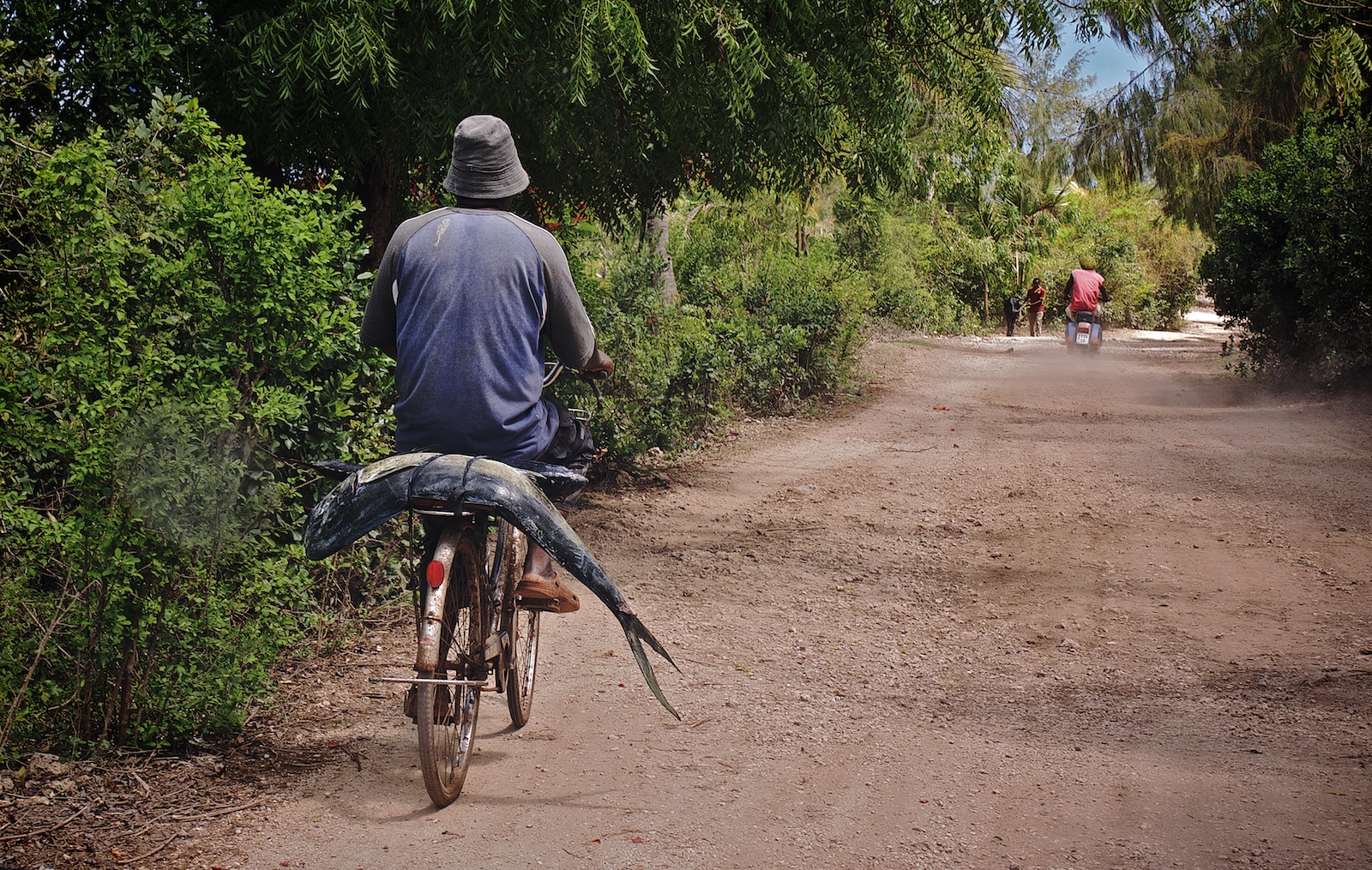
Lunch Transportation
A local taking home his lunch on the south-west coast of Zanzibar.
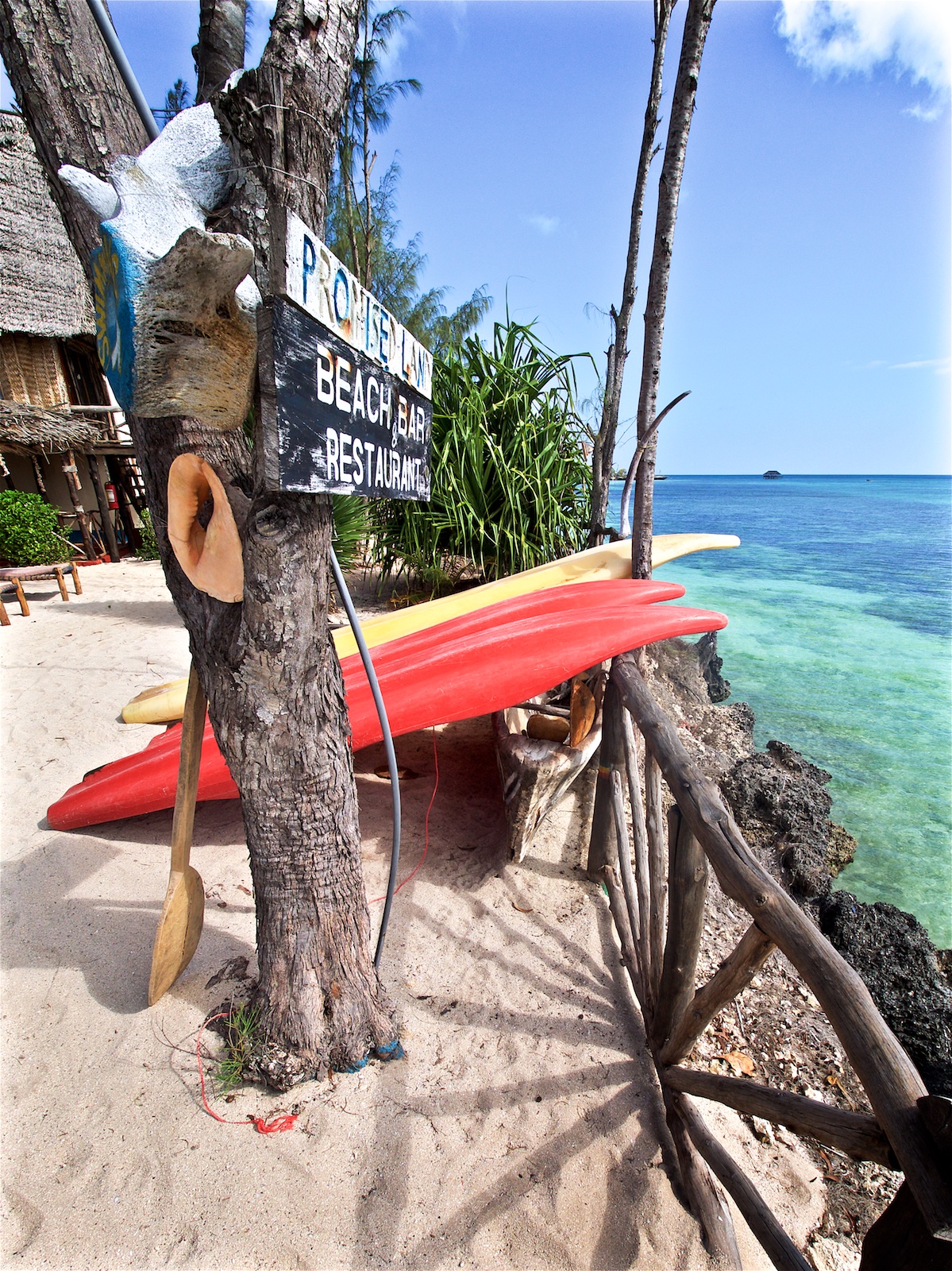
Promised Land
Our place of residence near the village of Kizimkazi in the south-west of the island.
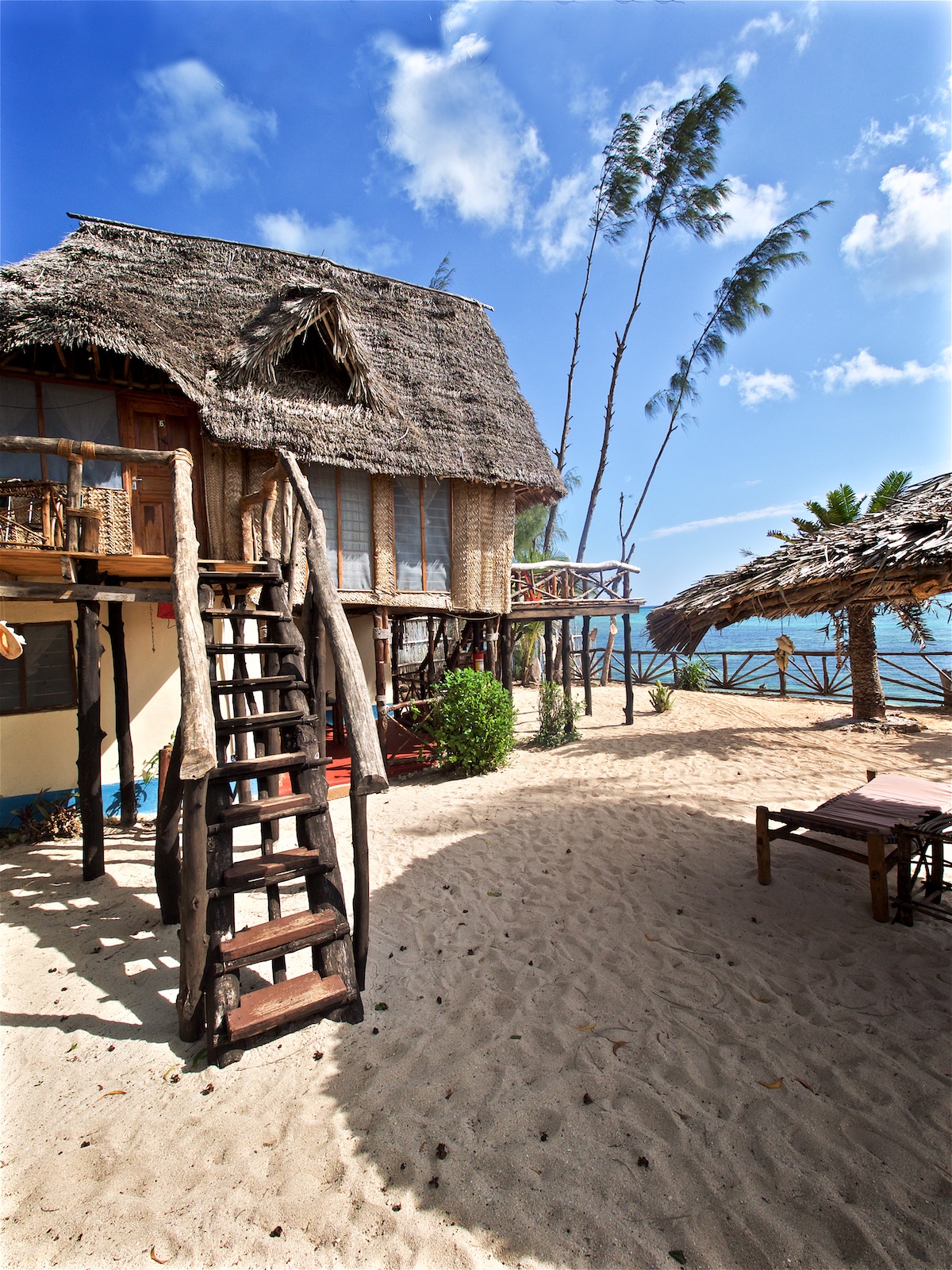
"Hotel"
A different kind of room.
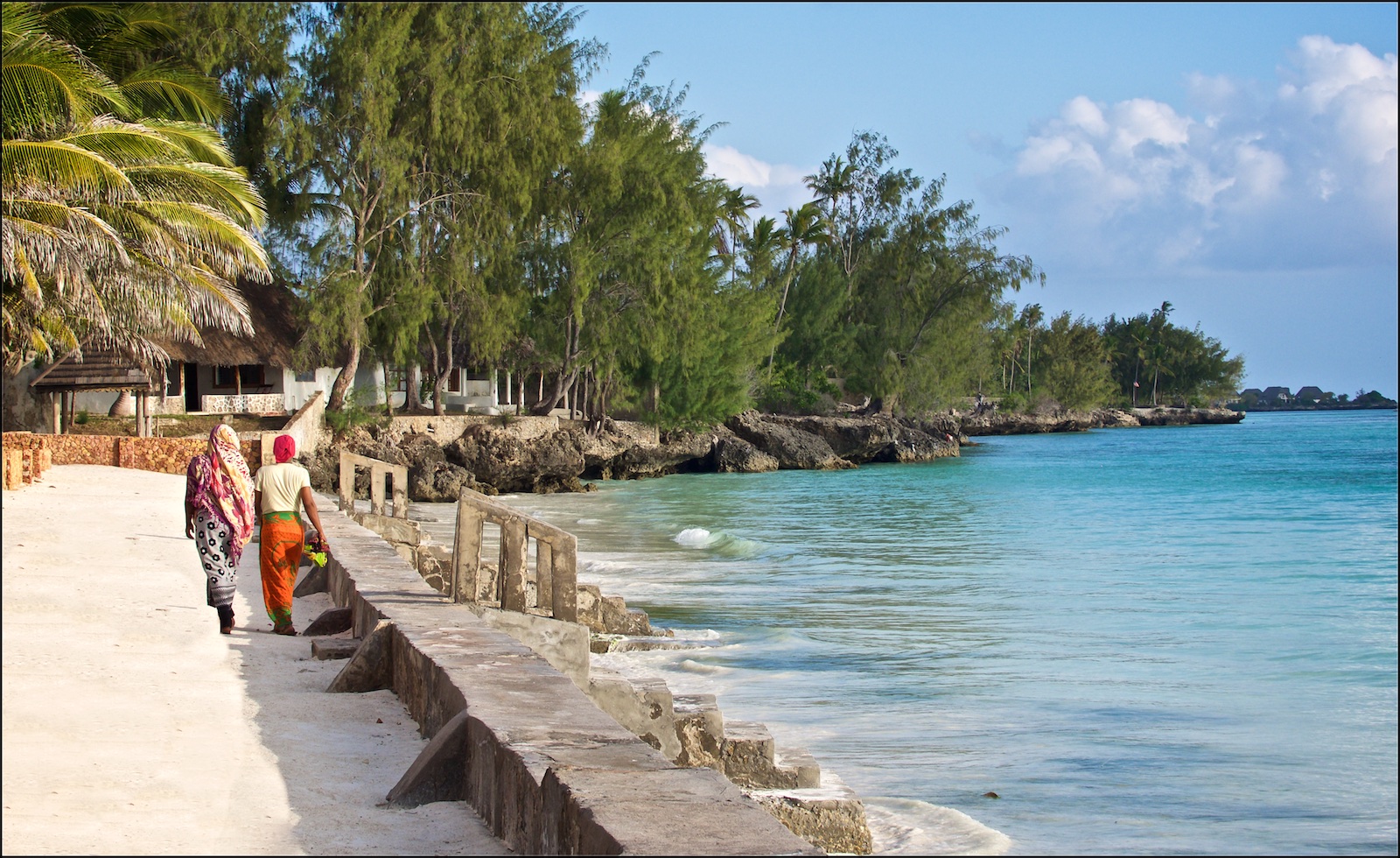
A walk
Two local women walking on the shore near Kizimkazi.
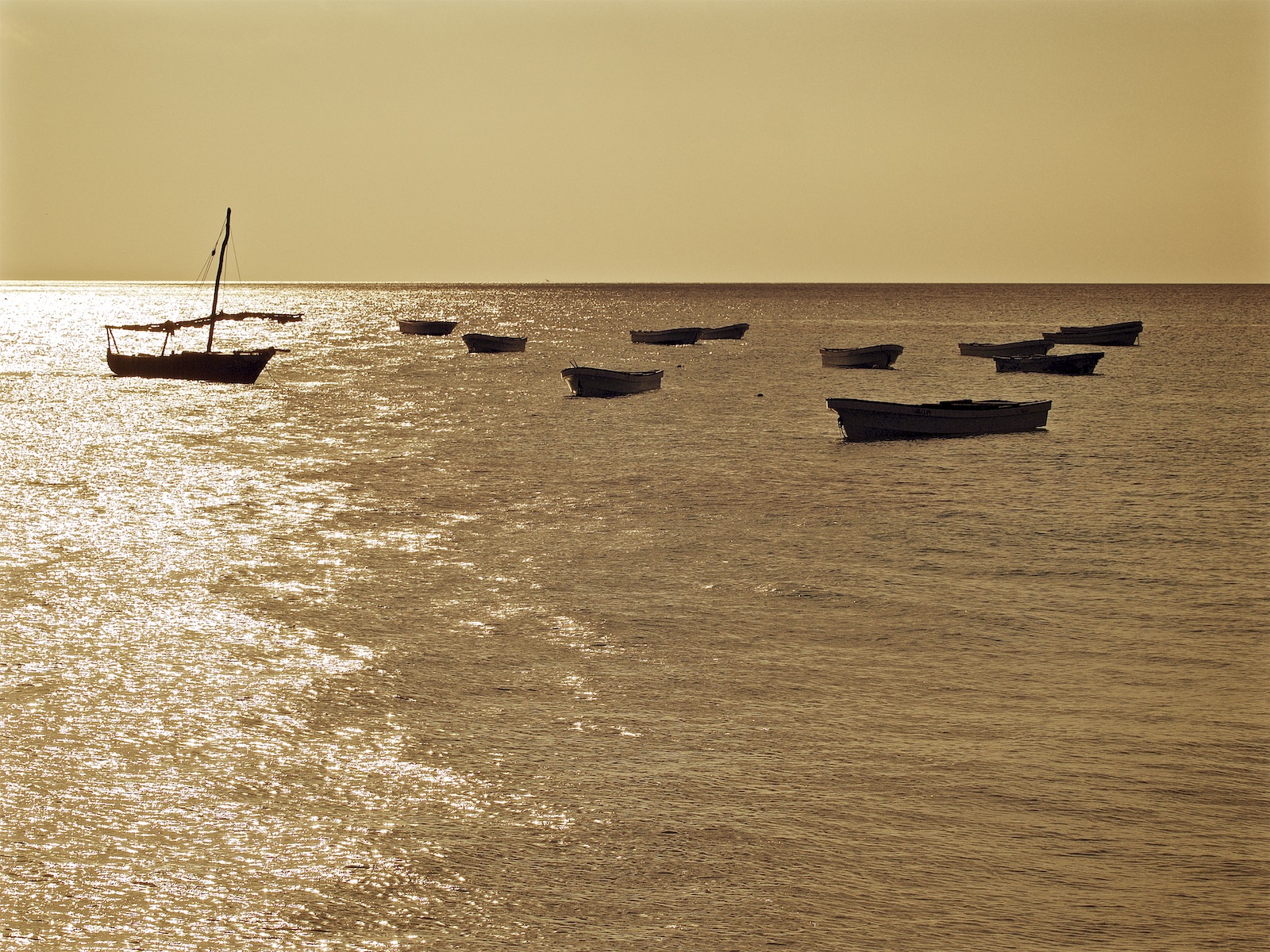
Boats
Local fishing boats on the shores, with a traditional dhow on the left side.
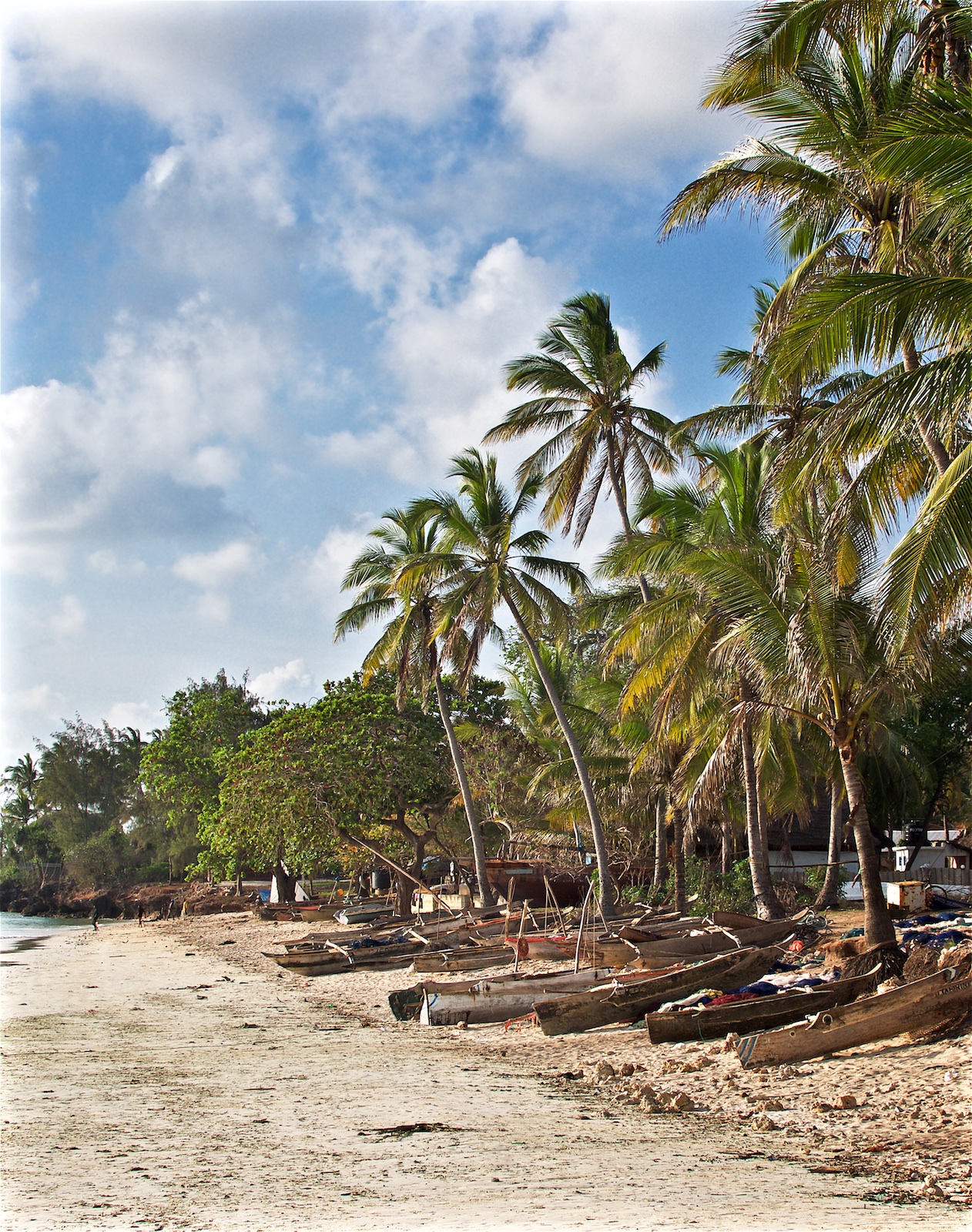
Shorelines
Fishermen's boats on the shores of Kizimkazi.
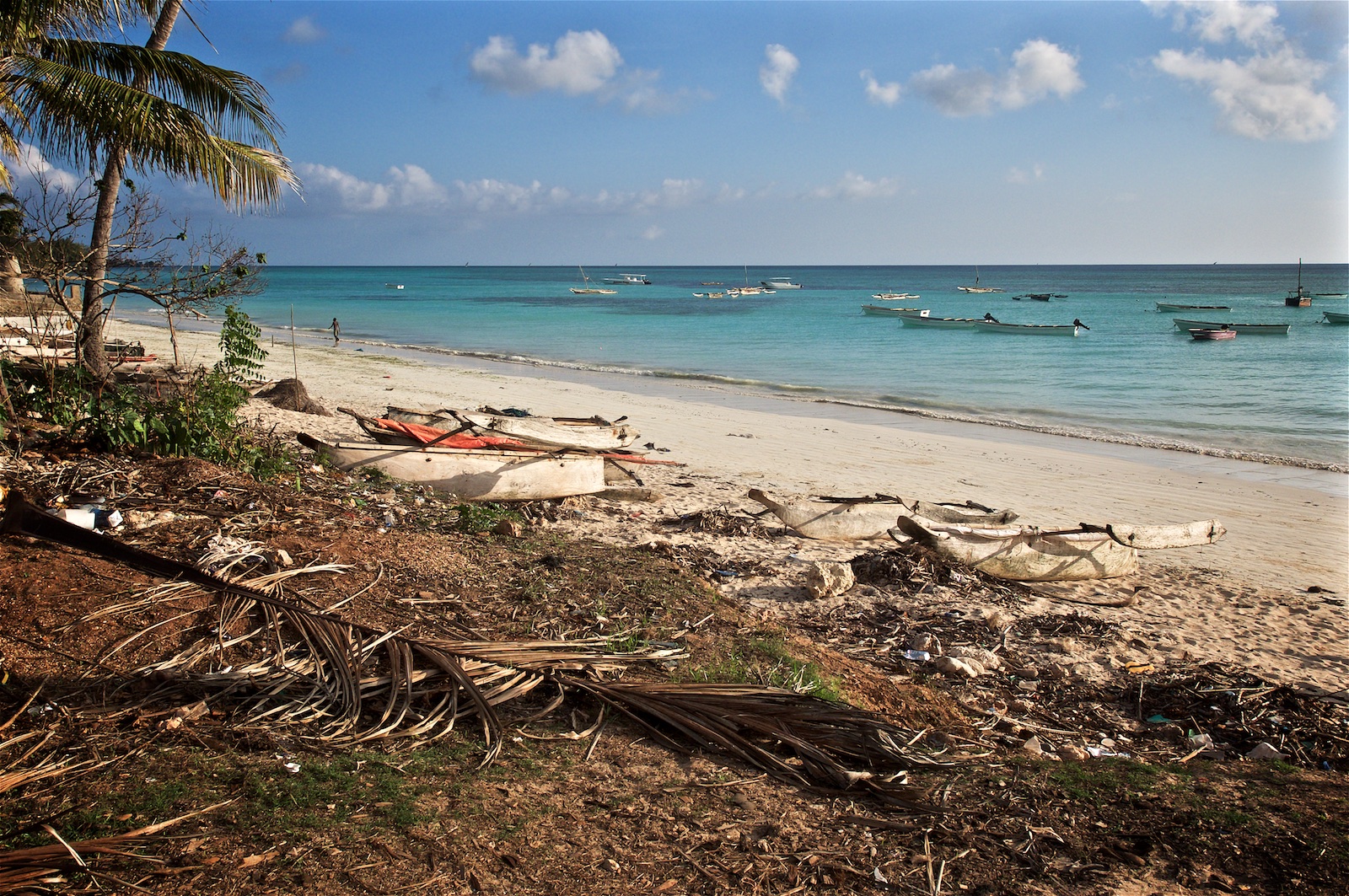
Kizimkazi Beach
This beach is crowded in the mornings when the local go out for fishing.

Sunset Time
The locals enjoying the sunset at the main square of Kizimkazi.

The Rock
Probably Zanzibar's most famous restaurant.
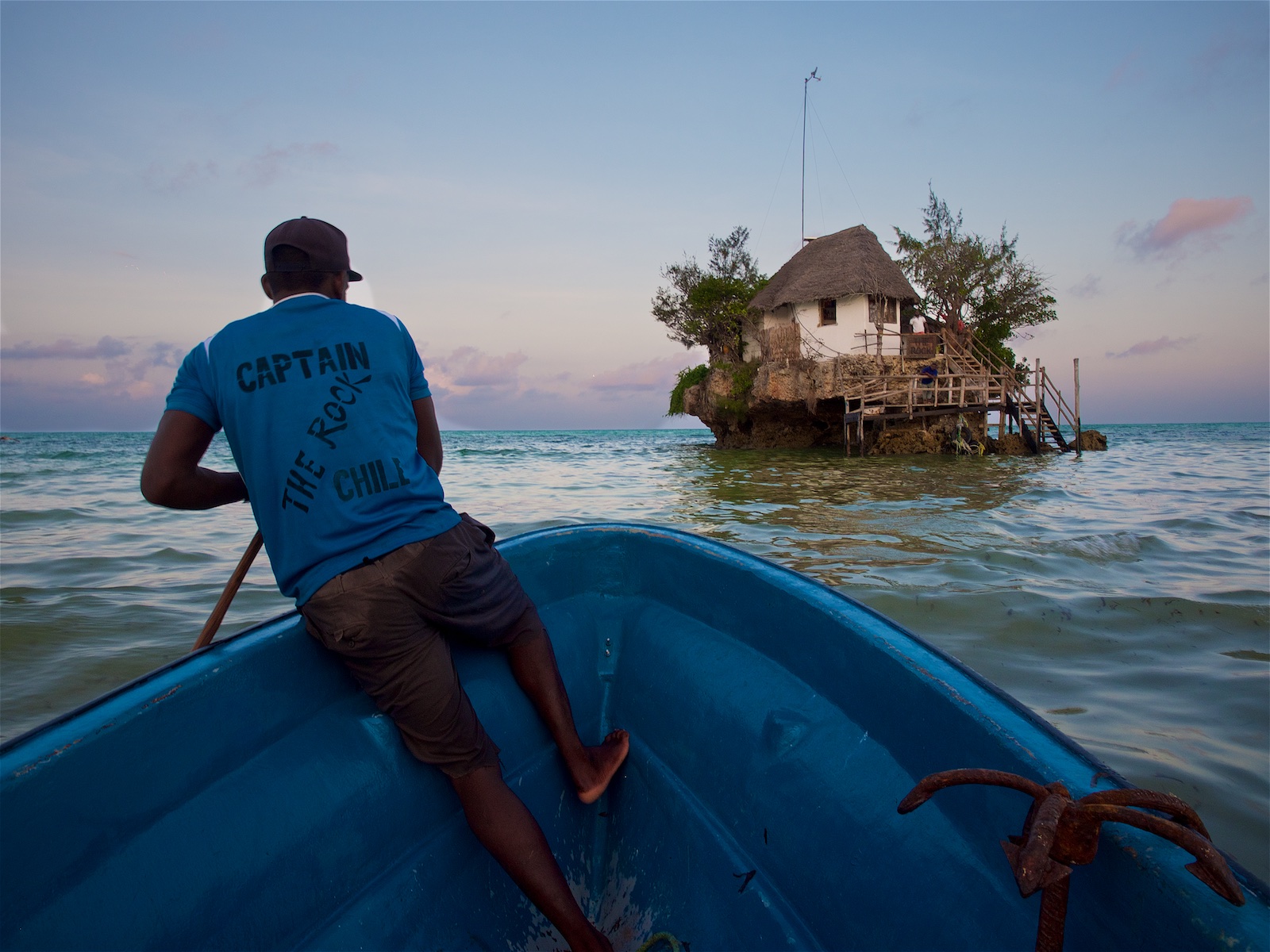
The Rock
At high tide you can only reach the restaurant by boat, at low tide you can just walk over.
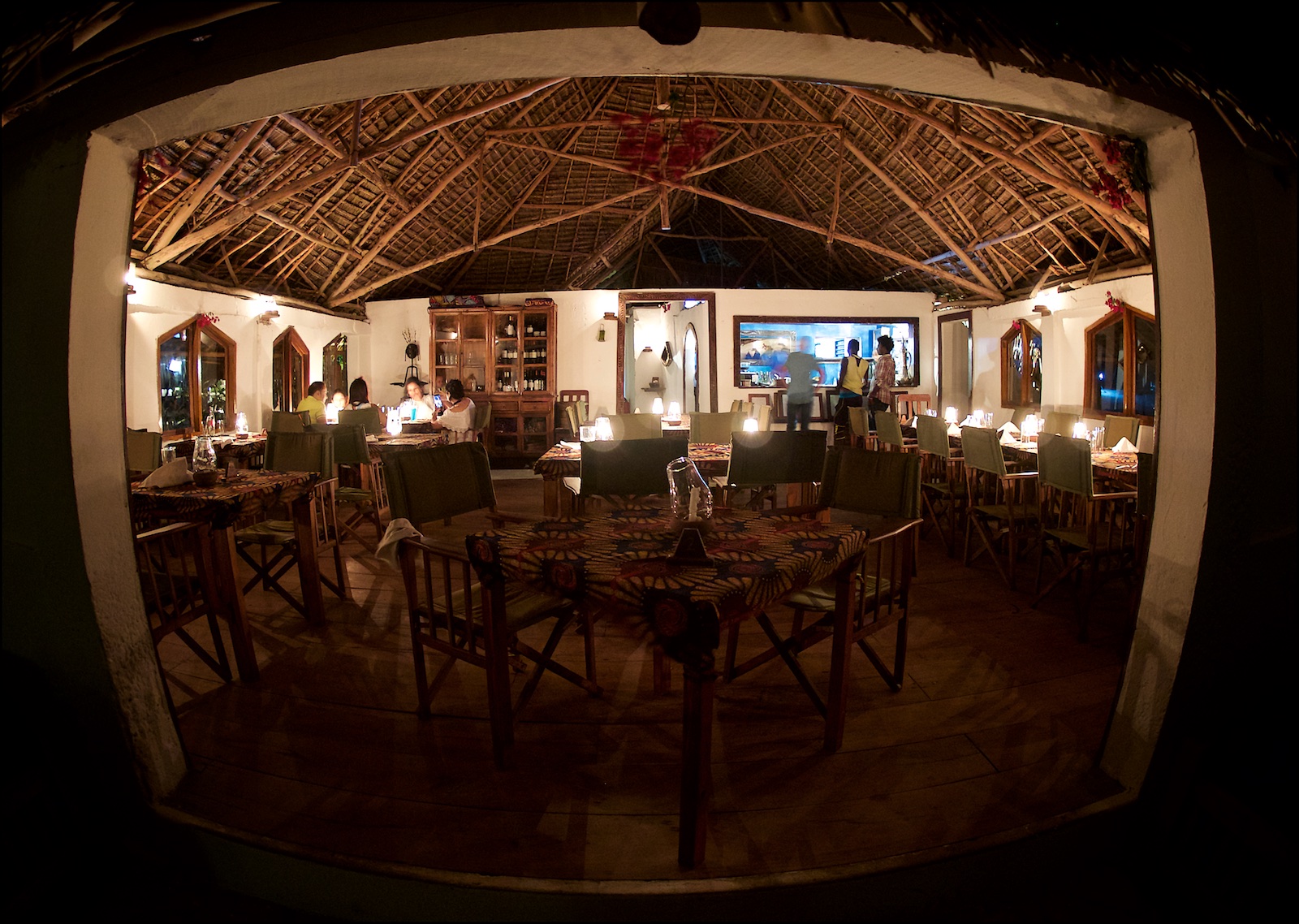
The Inside
While very expensive for Zanzibari standards, the location is indeed special and the experience and food was excellent.

Star Trails
Seen from The Rock island. Unfortunately the Winter isn't the right time for the Milky Way.
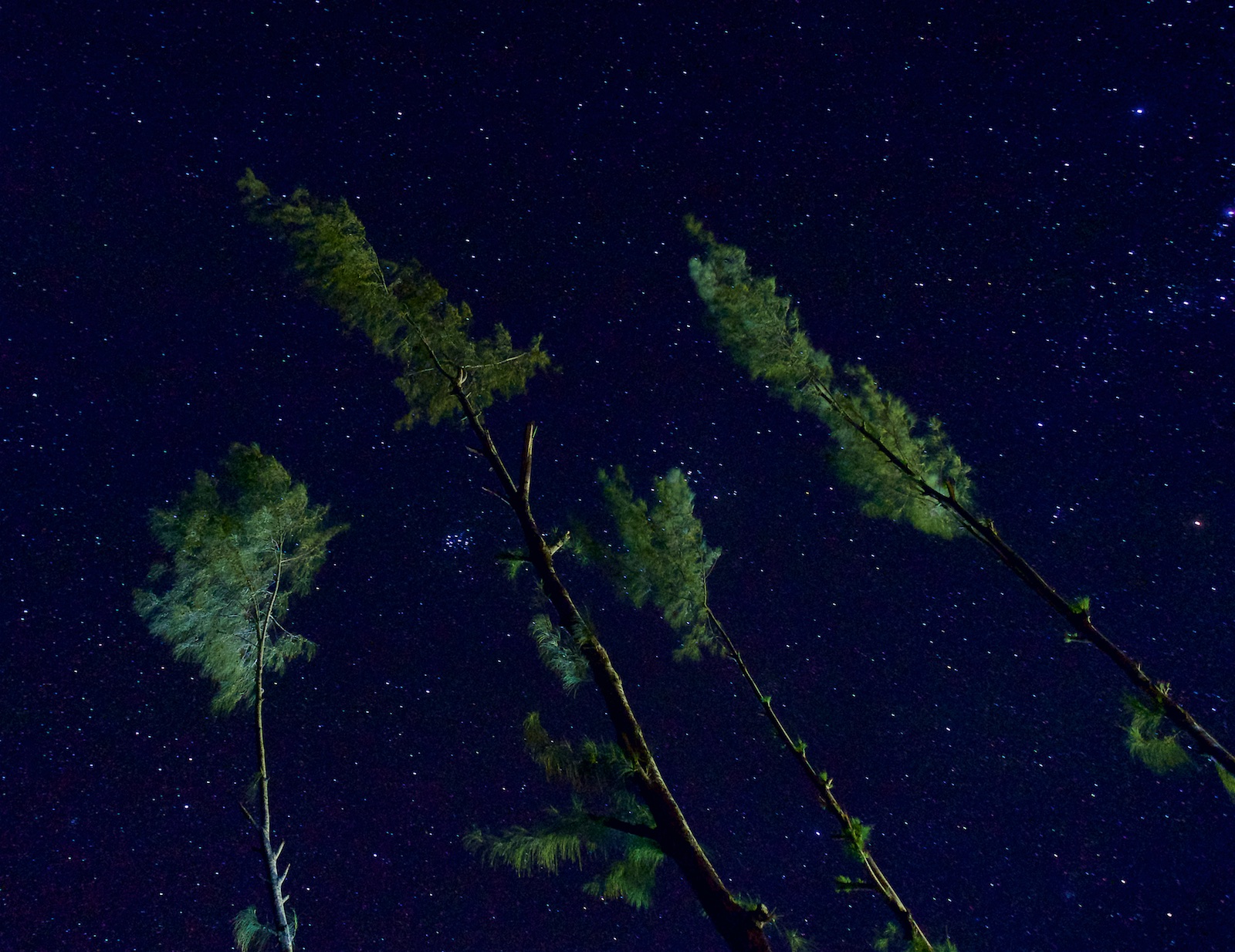
Clear Skies
Darkness and clear skies make for amazing views into the universe.
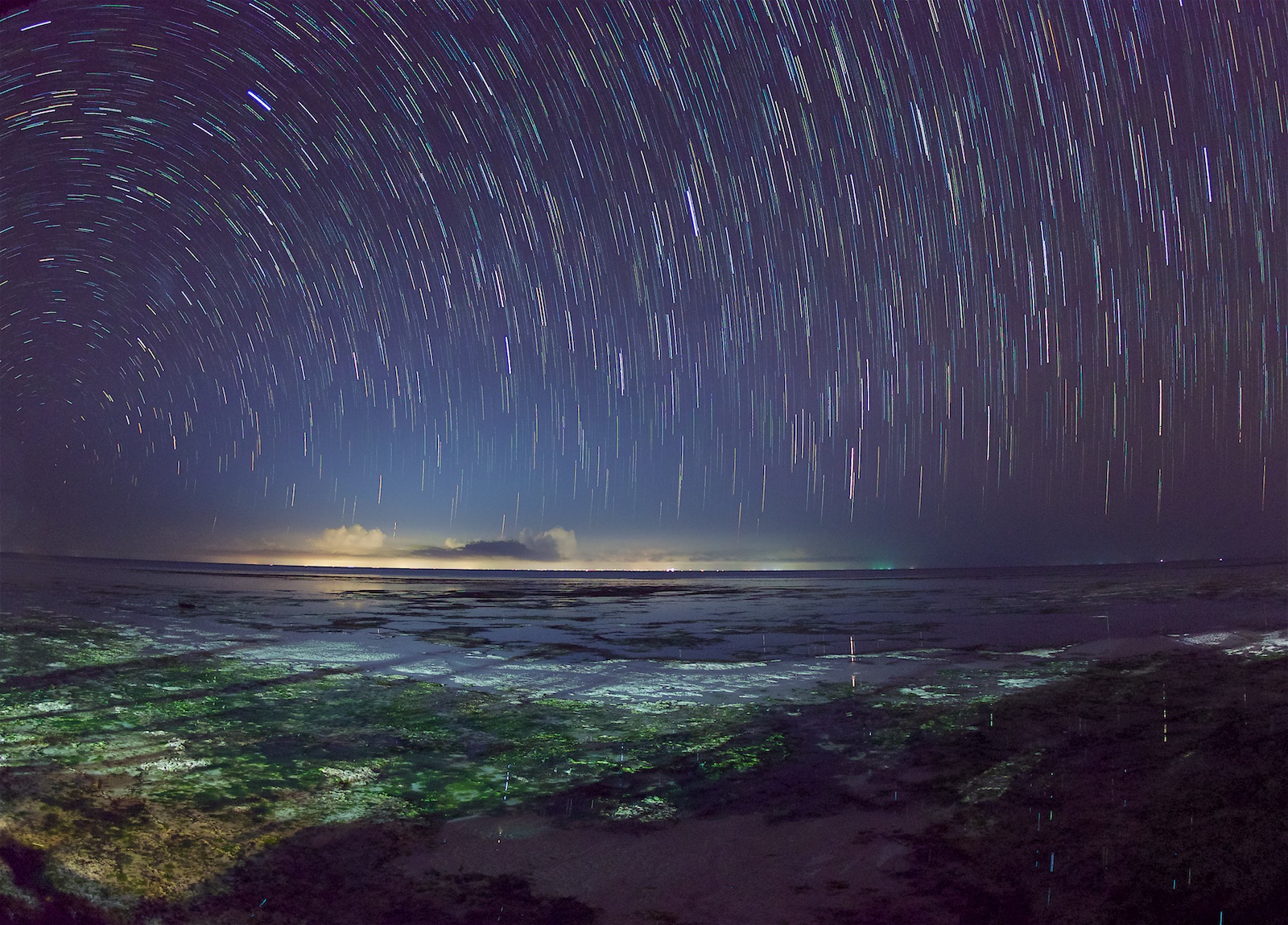
Stars over the Sea
The bright area on the horizon is Dar Es Salaam on the Tanzanian coast.

On the Lookout
A local looking for fish just off the coast of the south eastern side of the island.
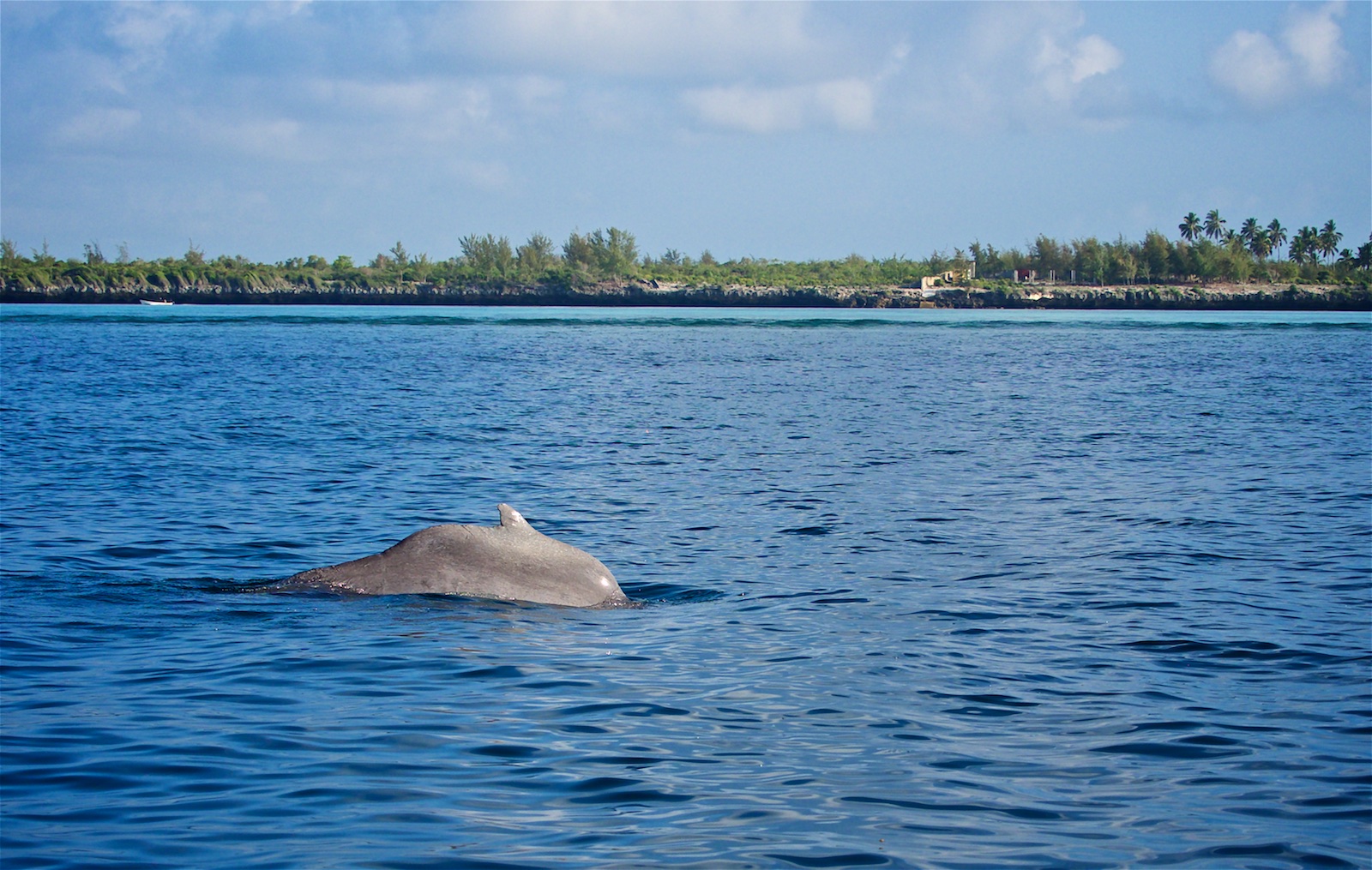
Humpback Dolphin
One of the two species of dolphins you can find in Zanzibar.
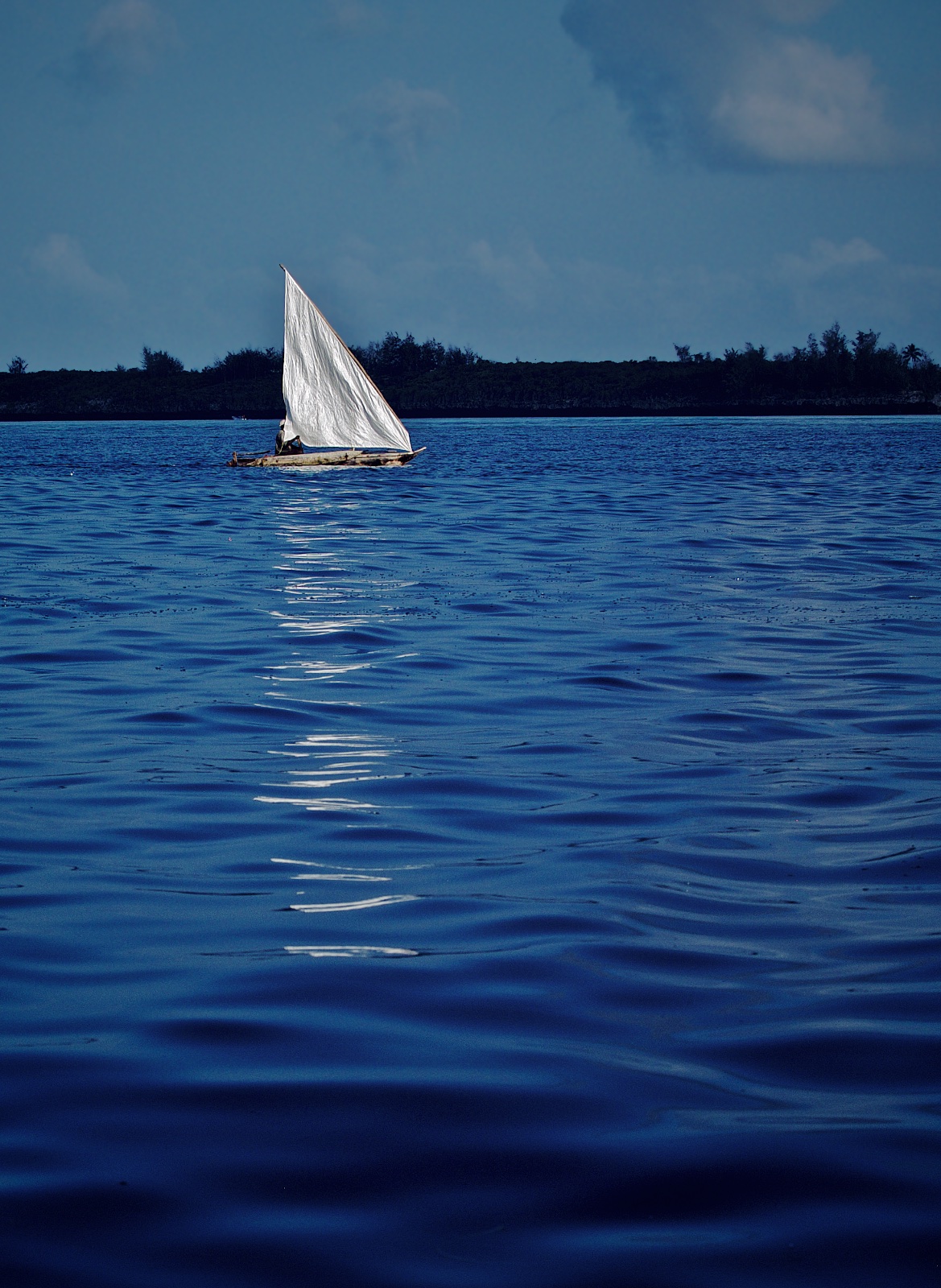
Local Dhow
A traditional dhow sailing on the coast of Unguja island.

Crystal Clear
The waters of Zanzibar do feel have a special colour to them.
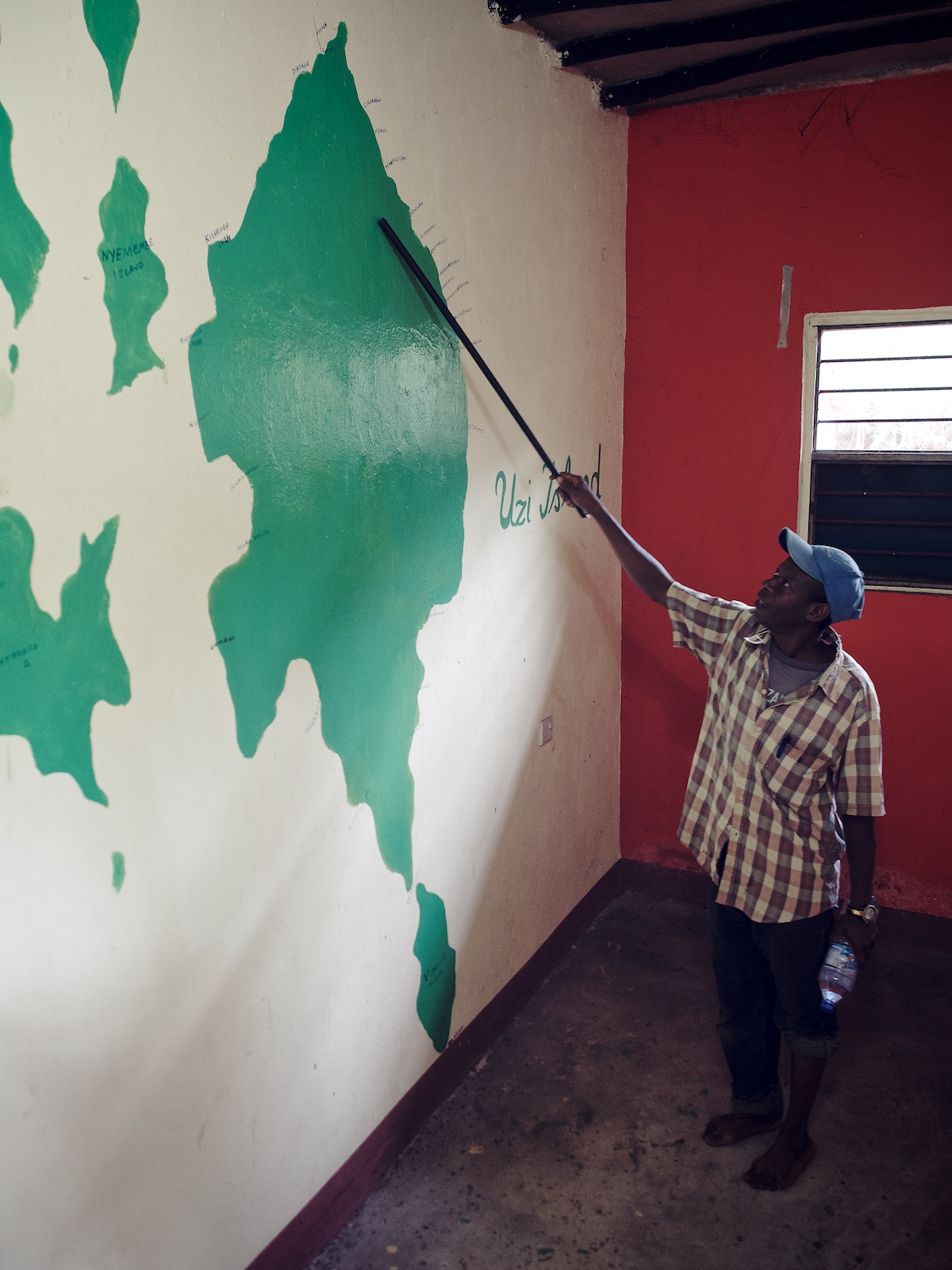
Some Lessons
Our guide during a visit to Uzi Island explains us the location of the various features. Iss was very proud of the conservation and community efforts on his island and pleased to hear we were from Germany - it seems many of his initiatives are supported by German organizations.

Visitors
He often has visitors staying on the island for volunteer work and ensures they all leave a legacy in some shape or form.
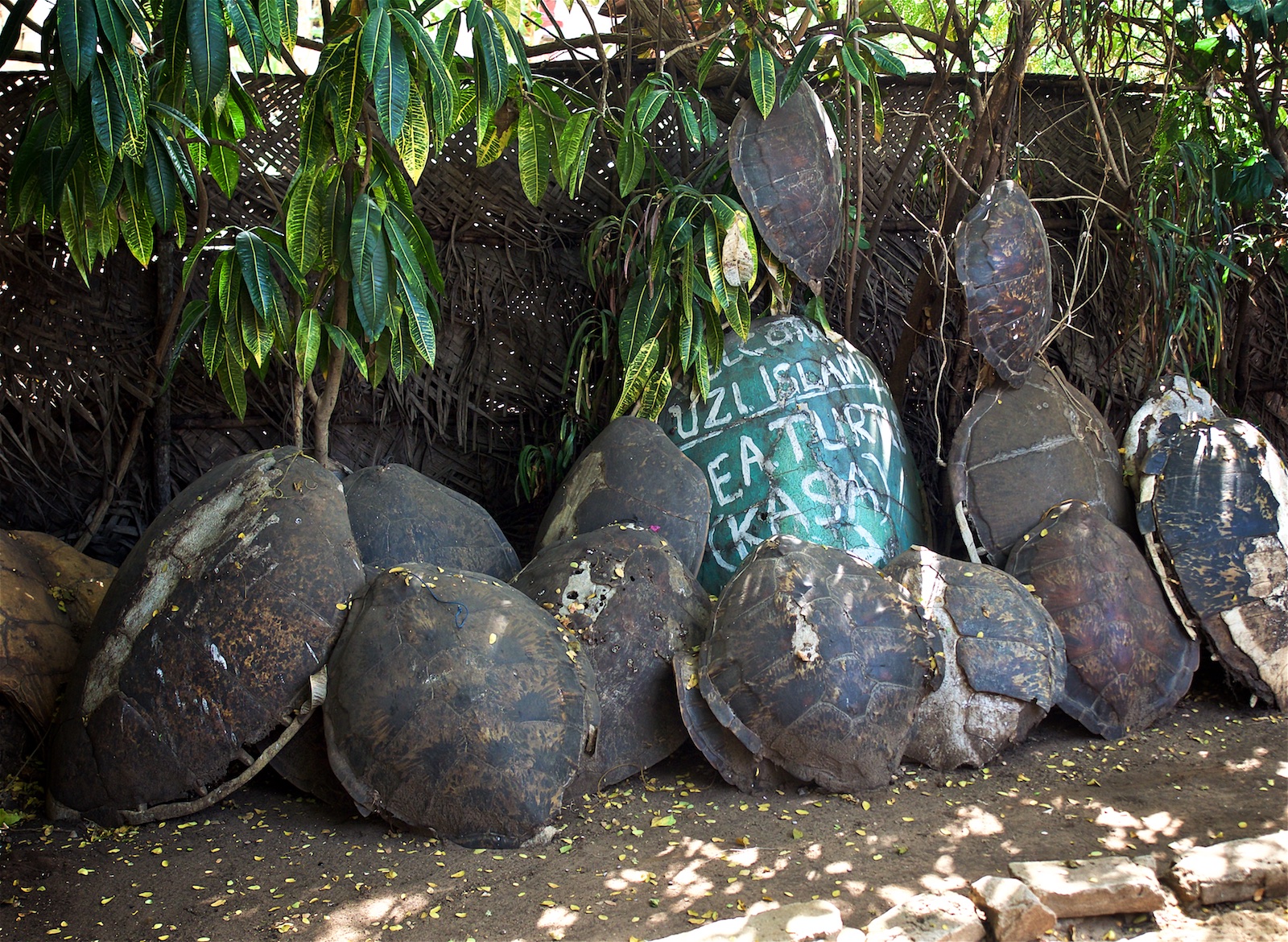
Turtle Shells
While closed during our visit, Uzi island is also home to a Turtle recovery centre for the various species of turtles in Zanzibar.

Chicks
A chicken family on Uzi island.
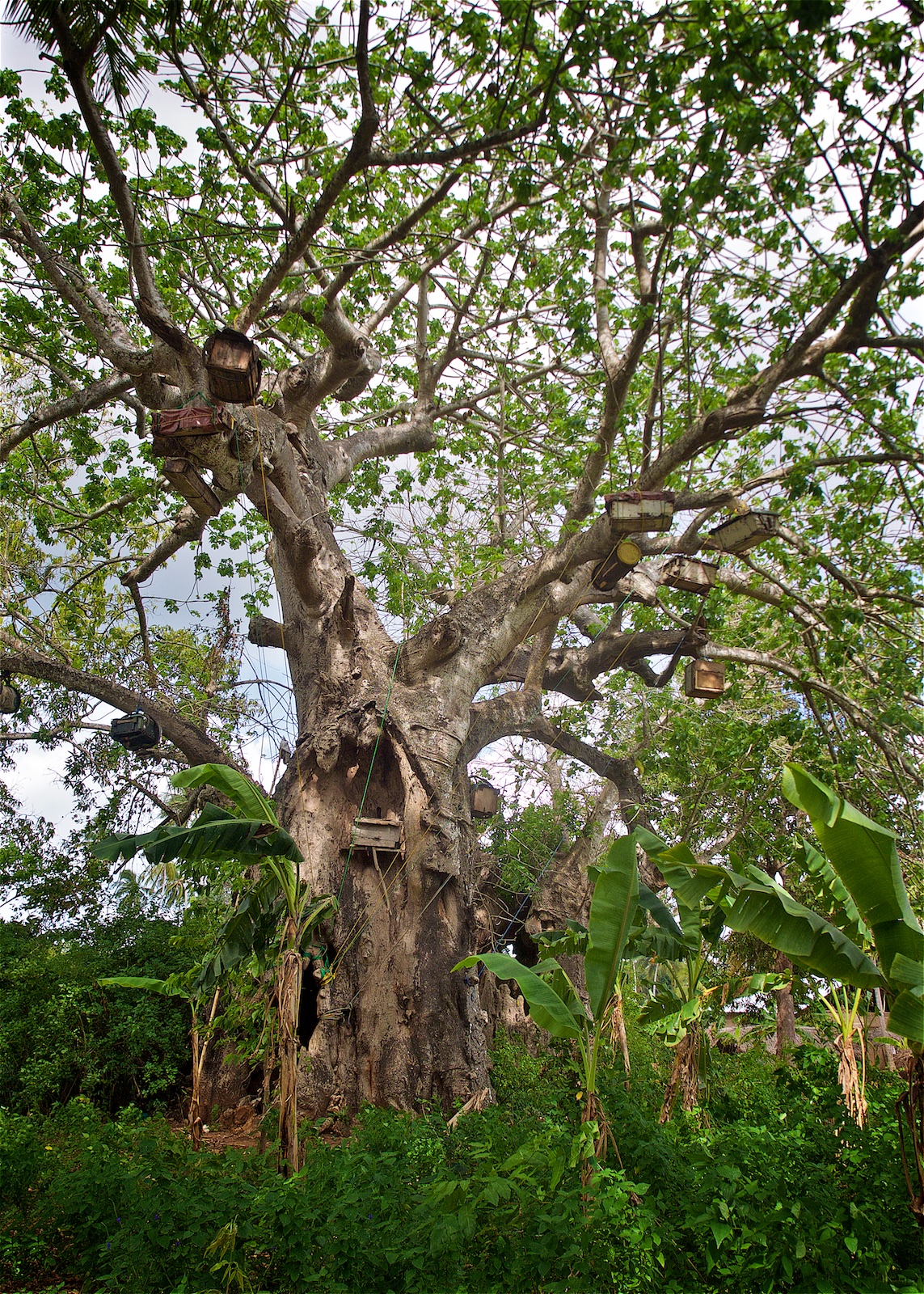
Baobab
A Baobab tree if I'm not mistaken. Legend has it these trees had some kind of devilish powers and hence were cut down - in Uzi this perception was reversed by using them as carriers for bee nests to produce honey.
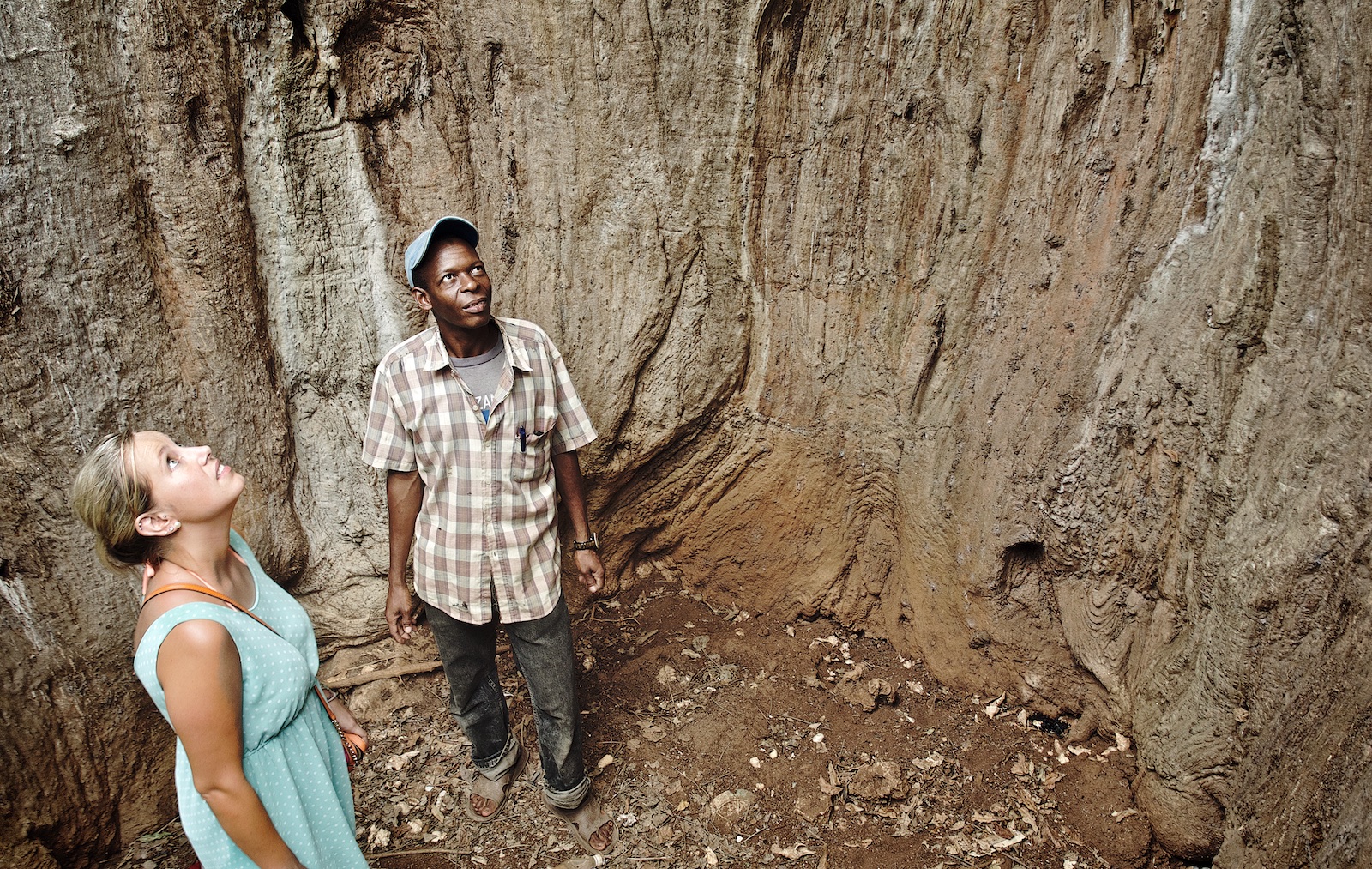
Inside the Baobab
You can walk inside this tree - bushbabies often use it to find a hole to sleep in.
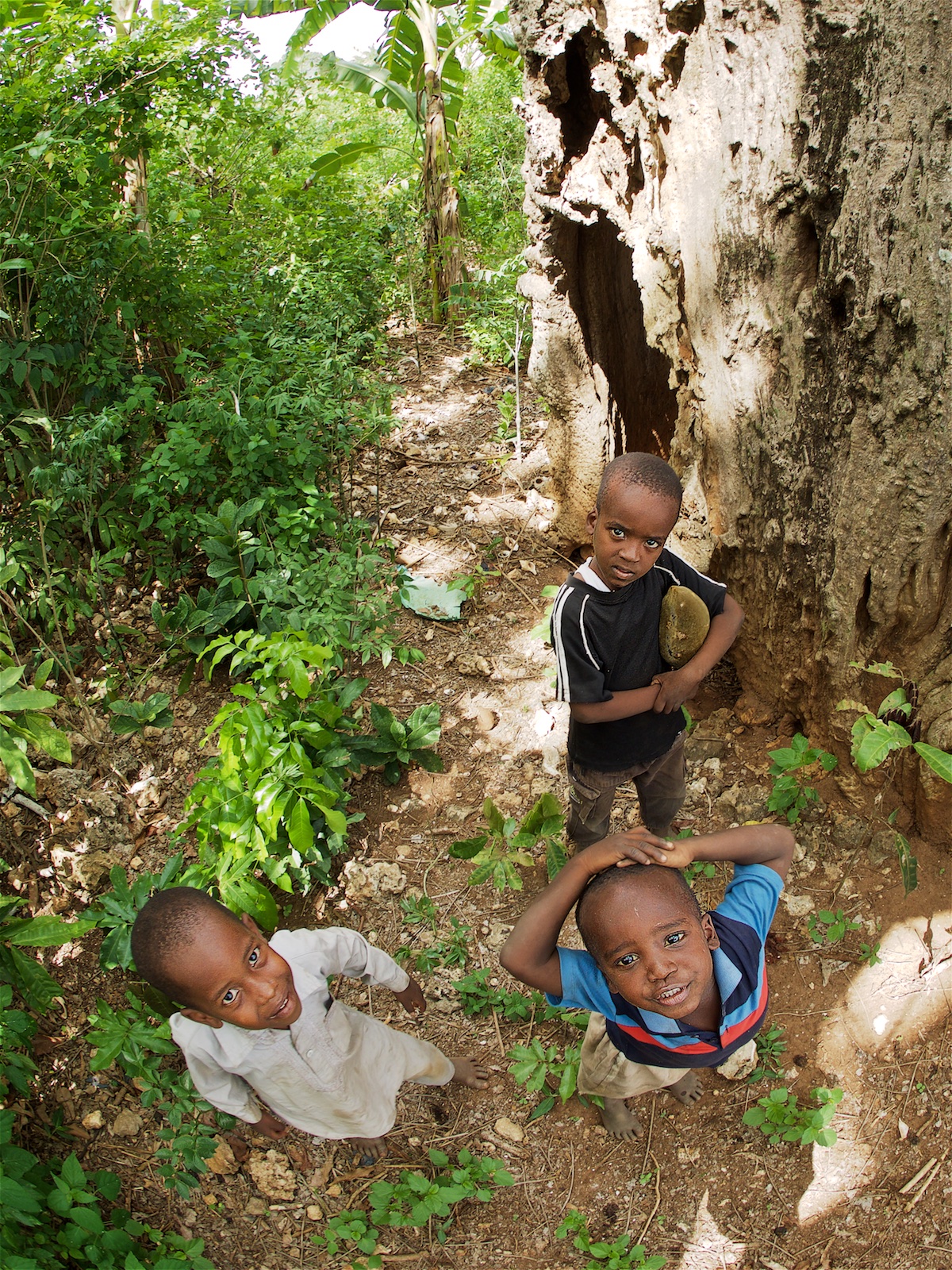
Hanging with the Gang
Yo yo!
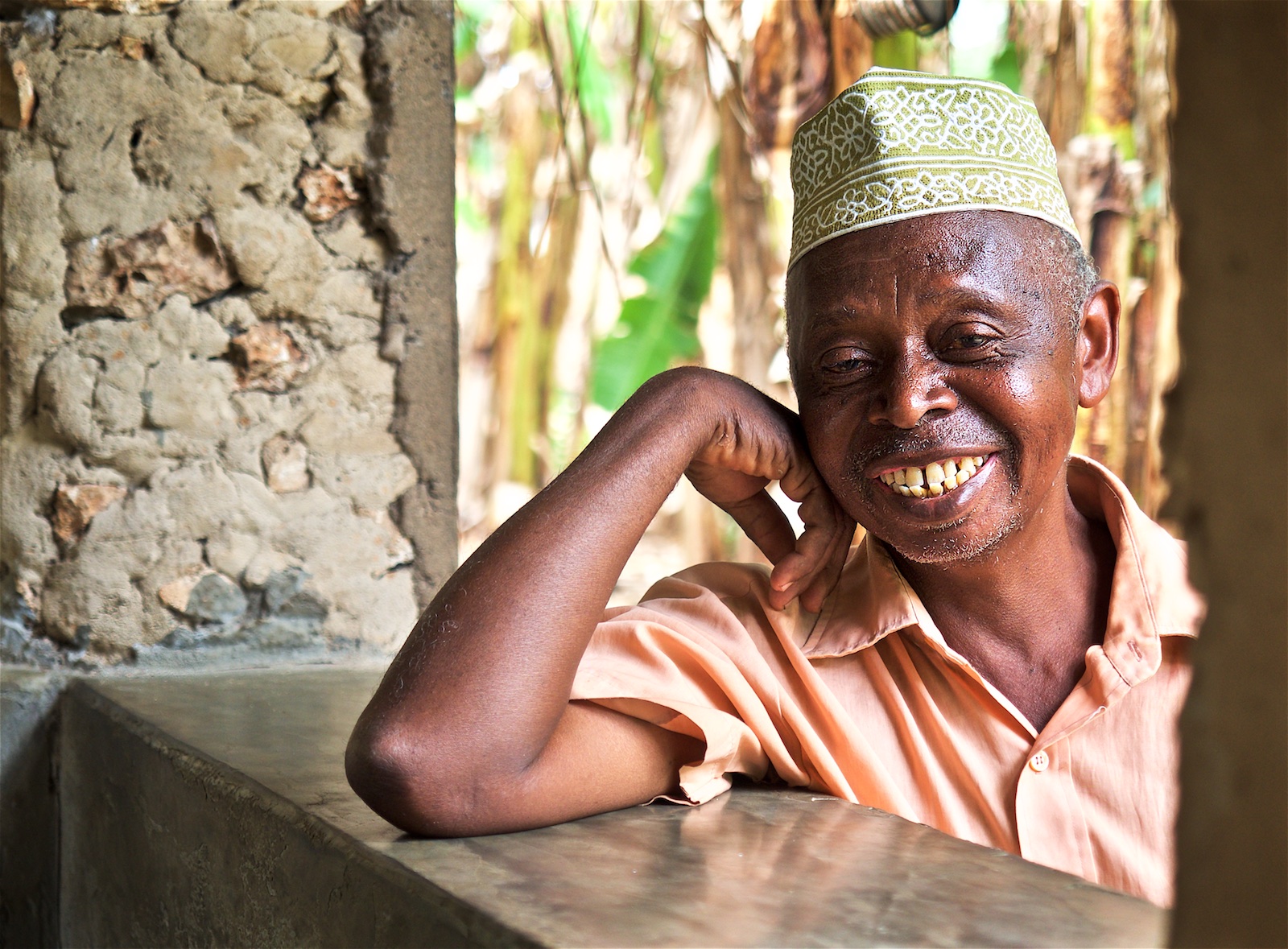
Local Smiles
He was particularly entertained by the name of Frank-Walter Steinmeier, German Minister for Foreign Affairs. They knew more about German politics than me.

Up the Trees
A local girl climbing up a palm tree on Uzi island.
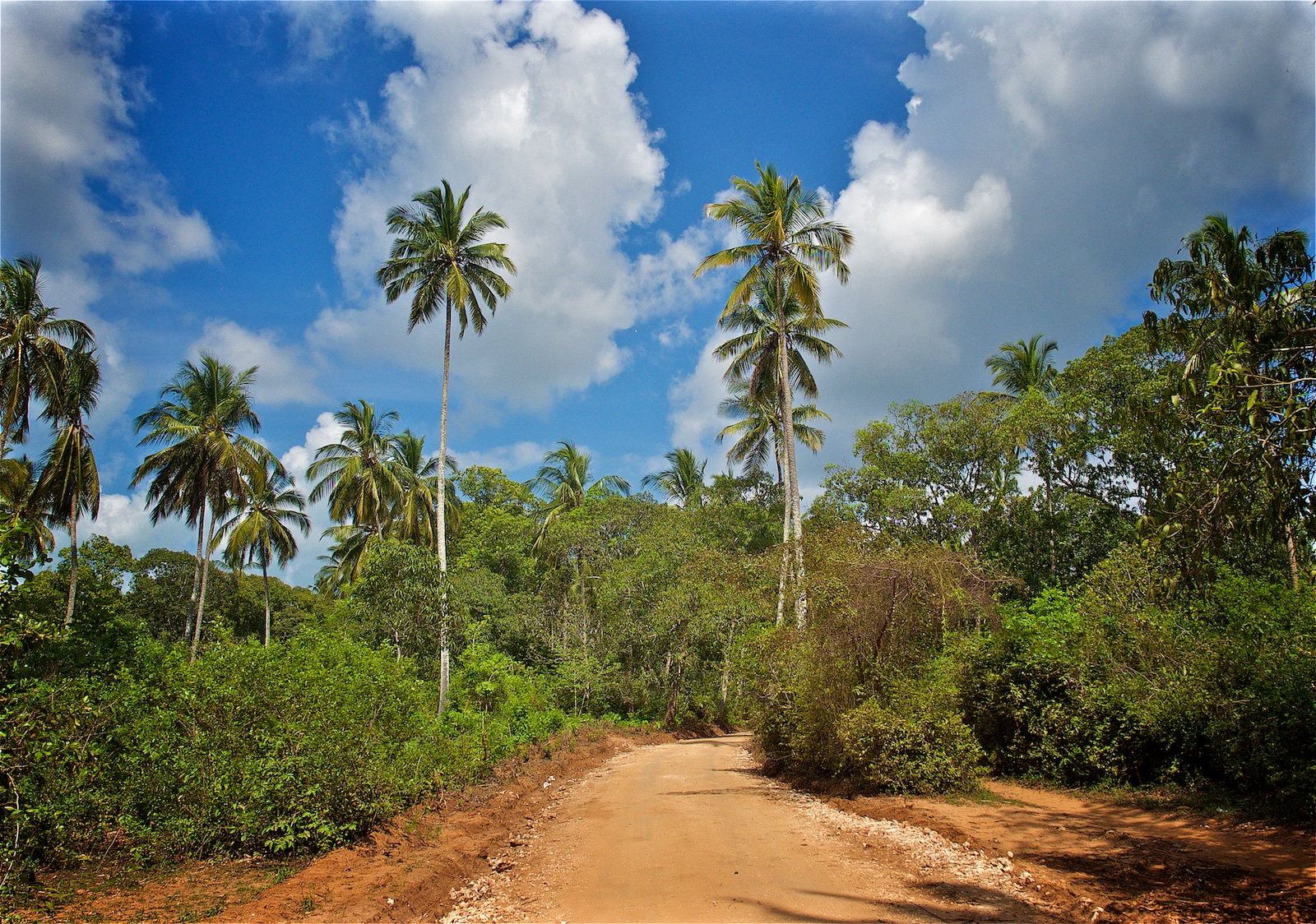
Road to the mainland
Which turns into a river later on during high tide.
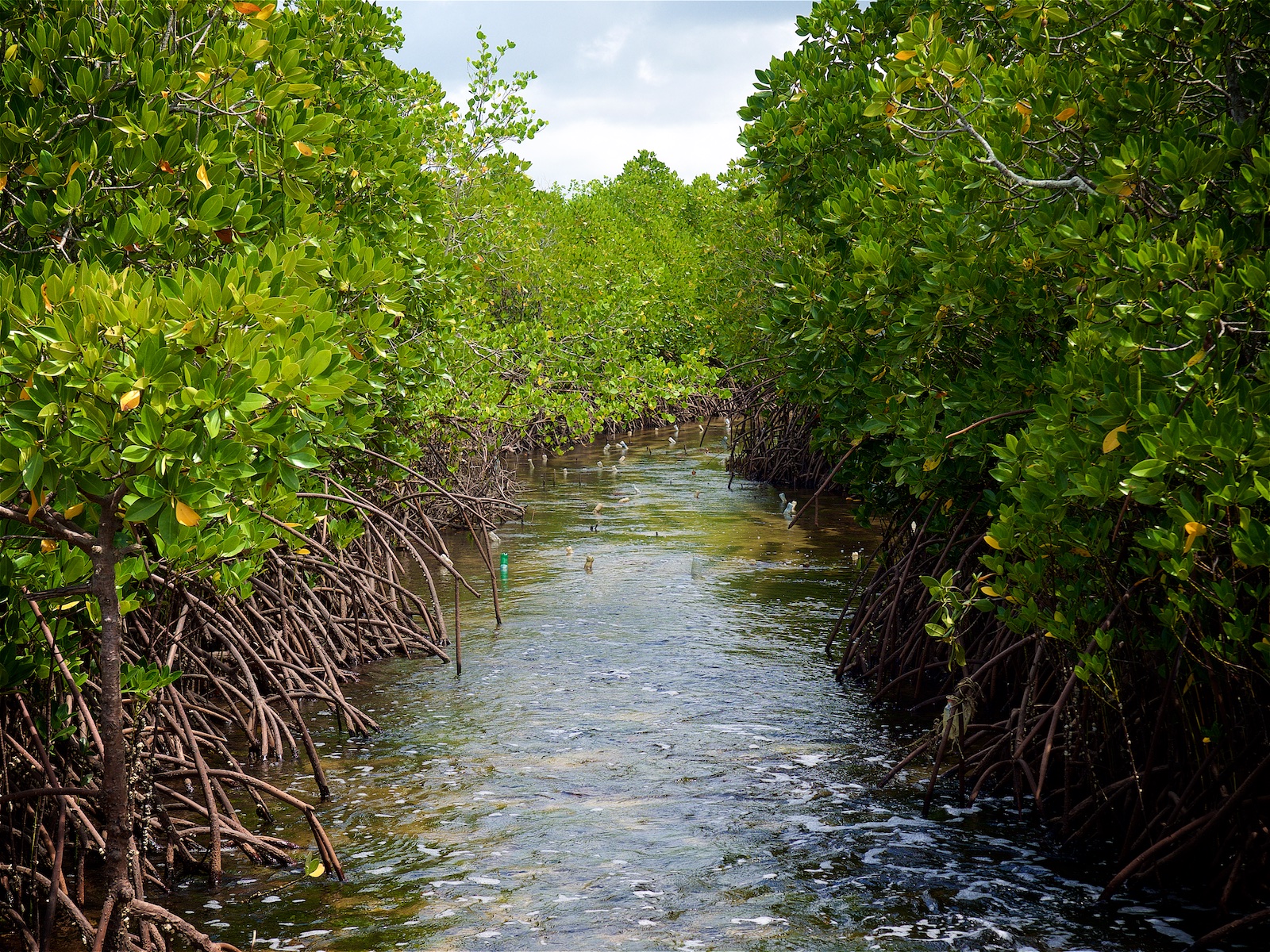
Mangroves on Uzi lsland
The plastic bottles mark the location of seaweed patches being grown by the locals of the island.
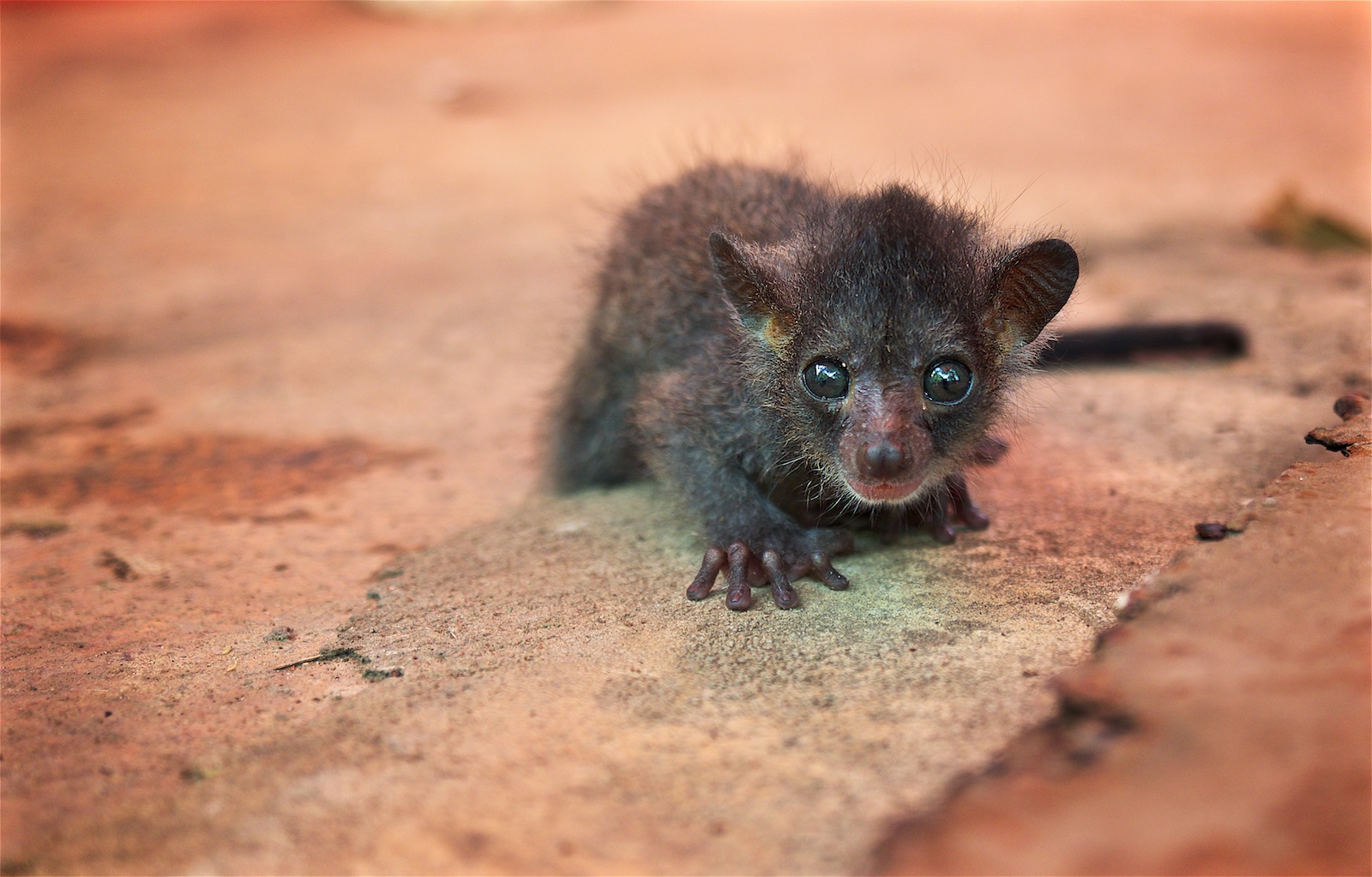
Bushbaby
Some local kids picked this up and showed it to us during lunch in our guide's house.
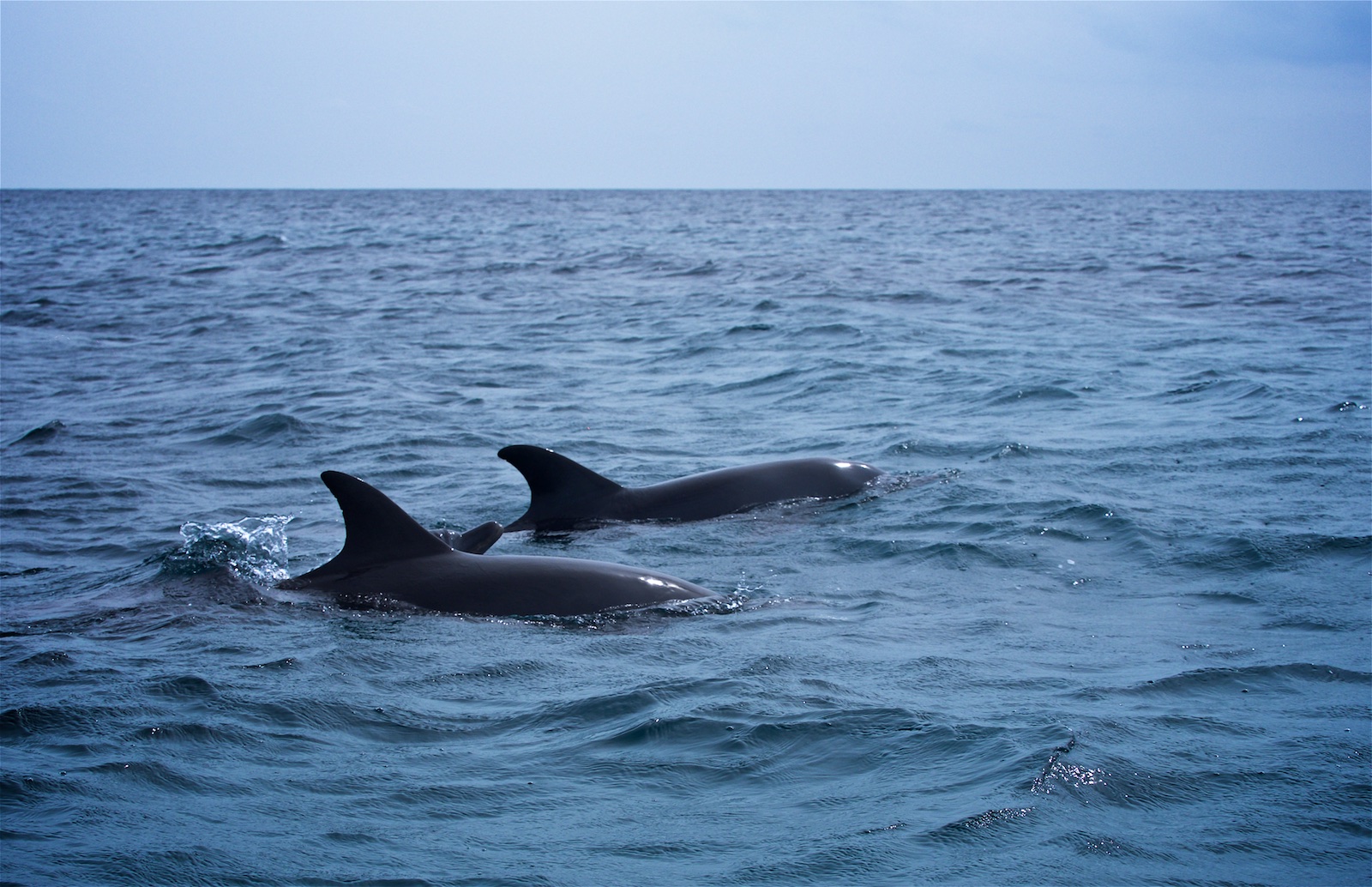
Bottlenose Dolphins
Zanzibar's south-east coast is a great spot for dolphins. Unfortunately this also resulted in many questionable tours where the animals are surrounded to allow tourists to swim with them. This wasn't the case here luckily, so pick the right tour guide.
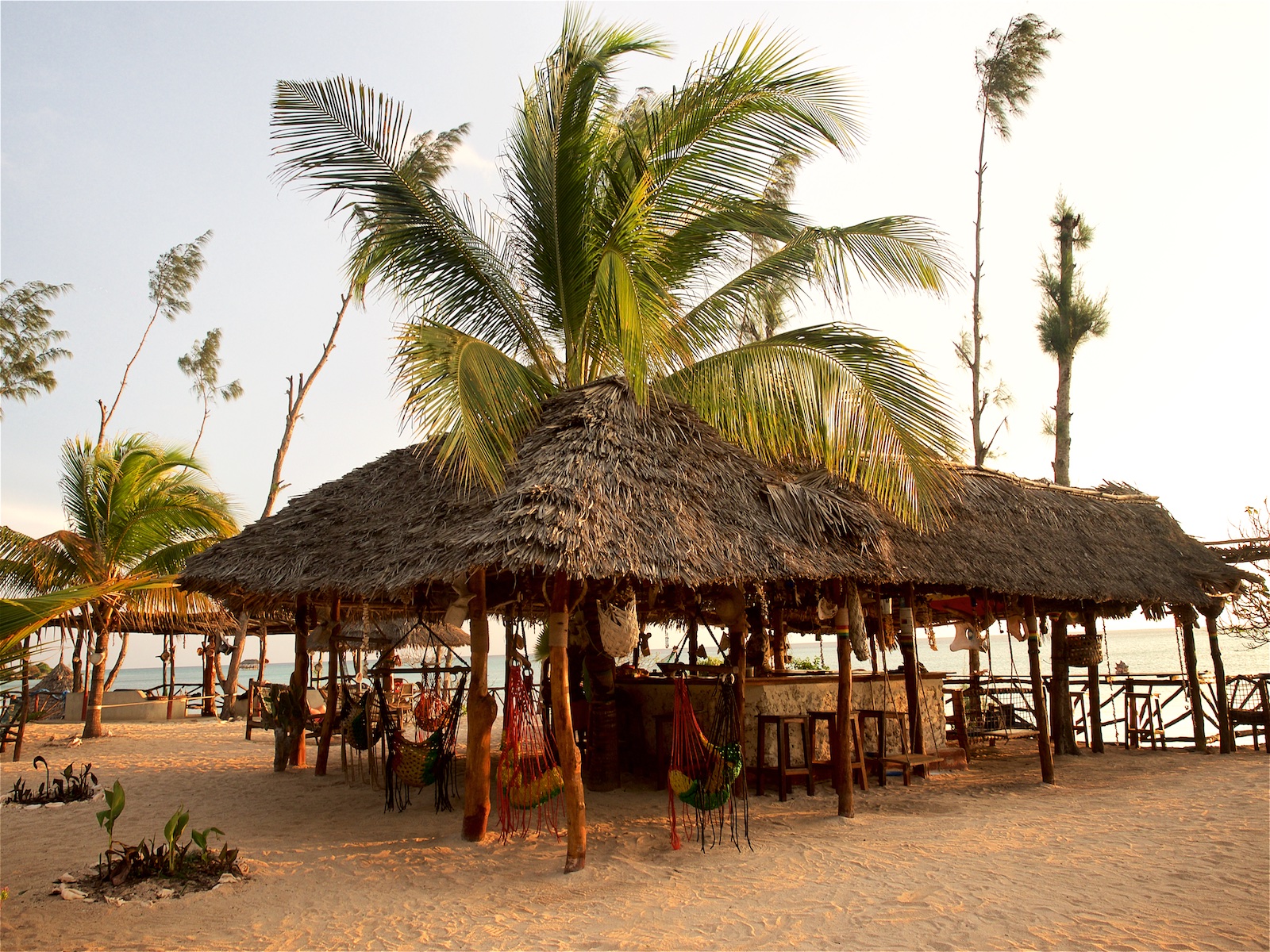
Promised Land Bar
The bar in our Lodge, not a bad place to hang, regardless of your drink preference.
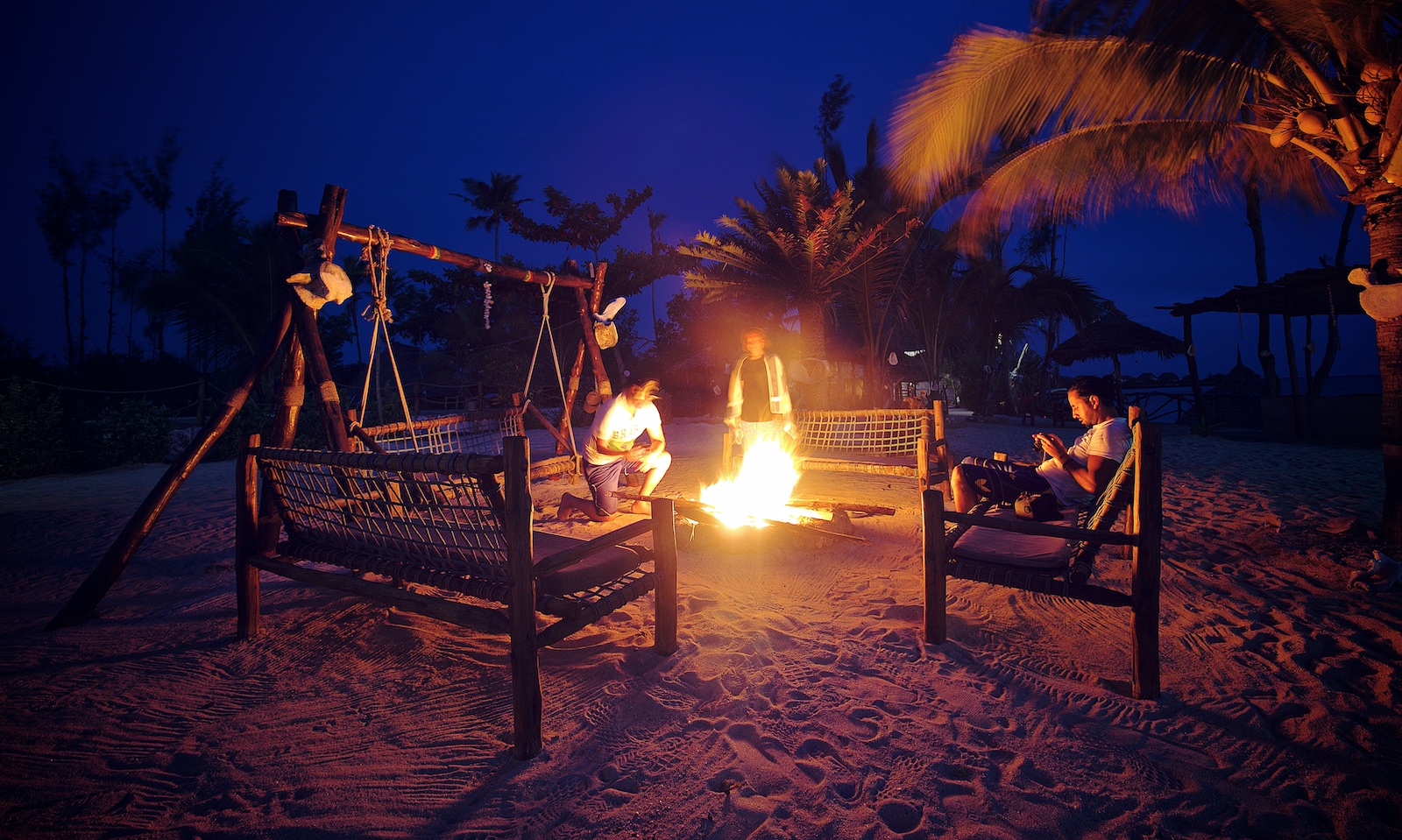
Fire
While evenings don't get particularly chilly, the nightly fire was very pleasant.

Lodge Rooms
All good as long as there's a mosquito net.
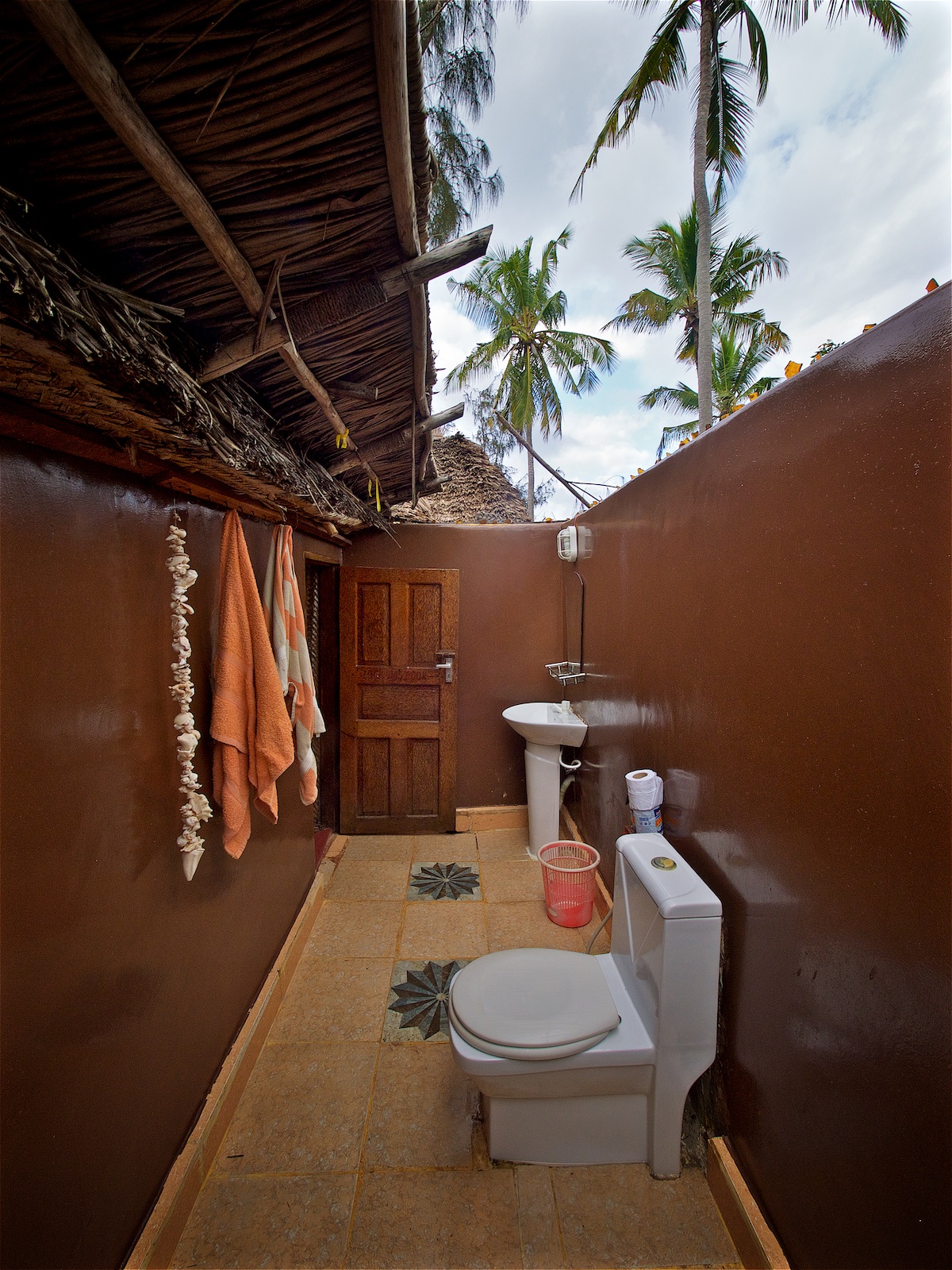
Bathroom
Talk about feeling exposed.
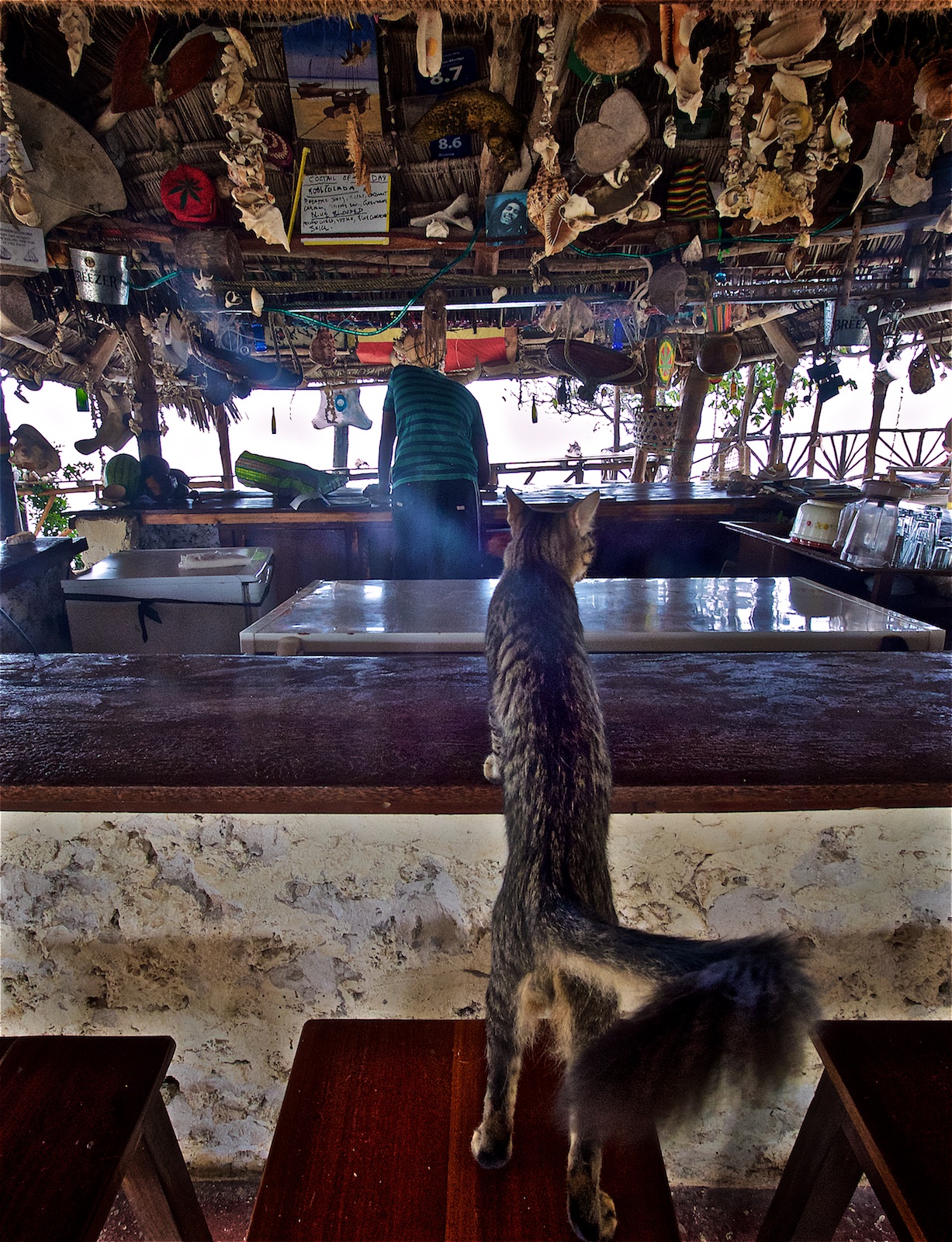
Bartender!
What does one have to do to get a drink around here?
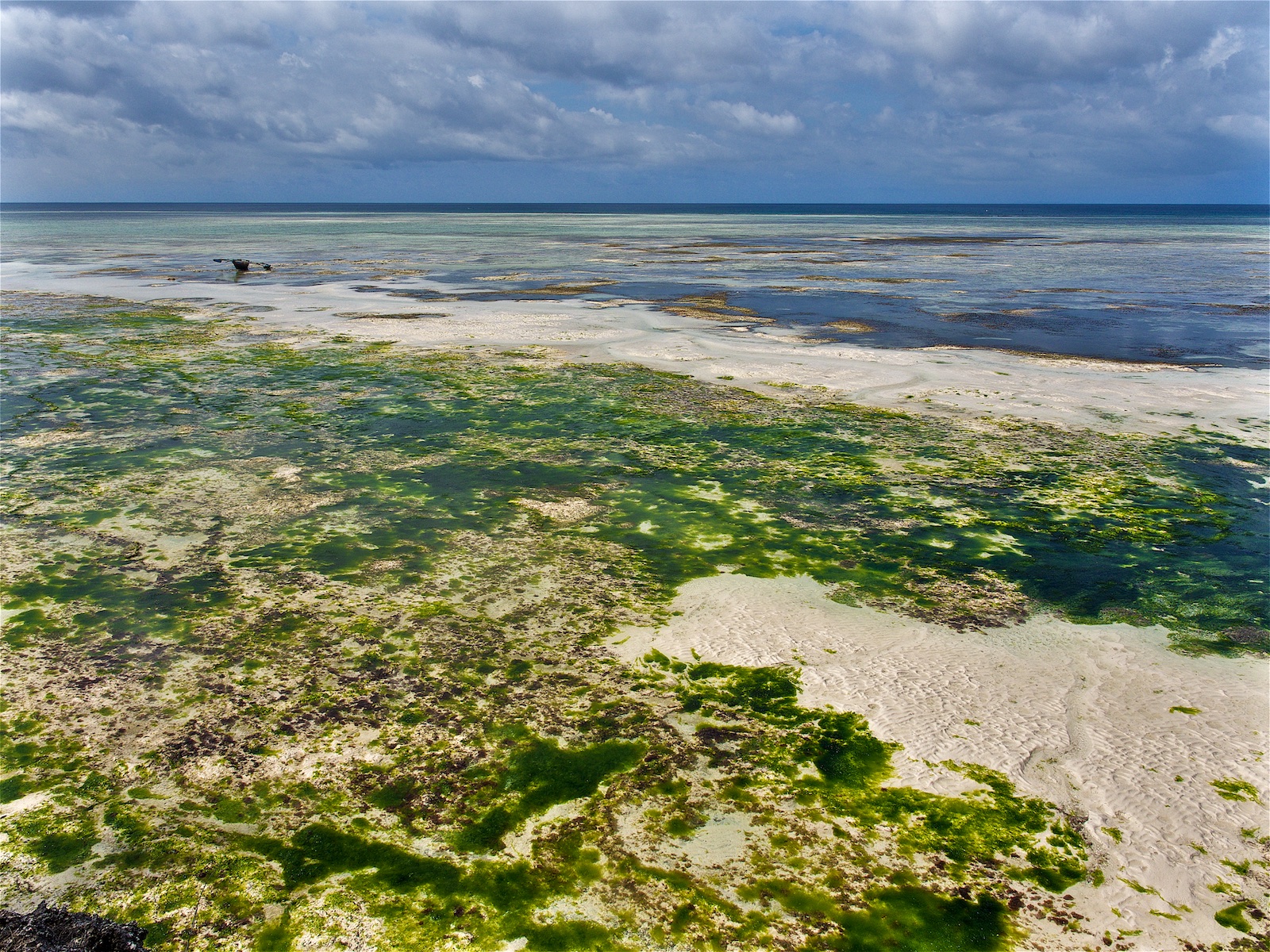
Colours
Low tide makes for this view towards the sea.

Lodge Houses
The outside view of the aforementioned lodge rooms.

The Old Dispensary
One of the nicer buildings in Stonetown.
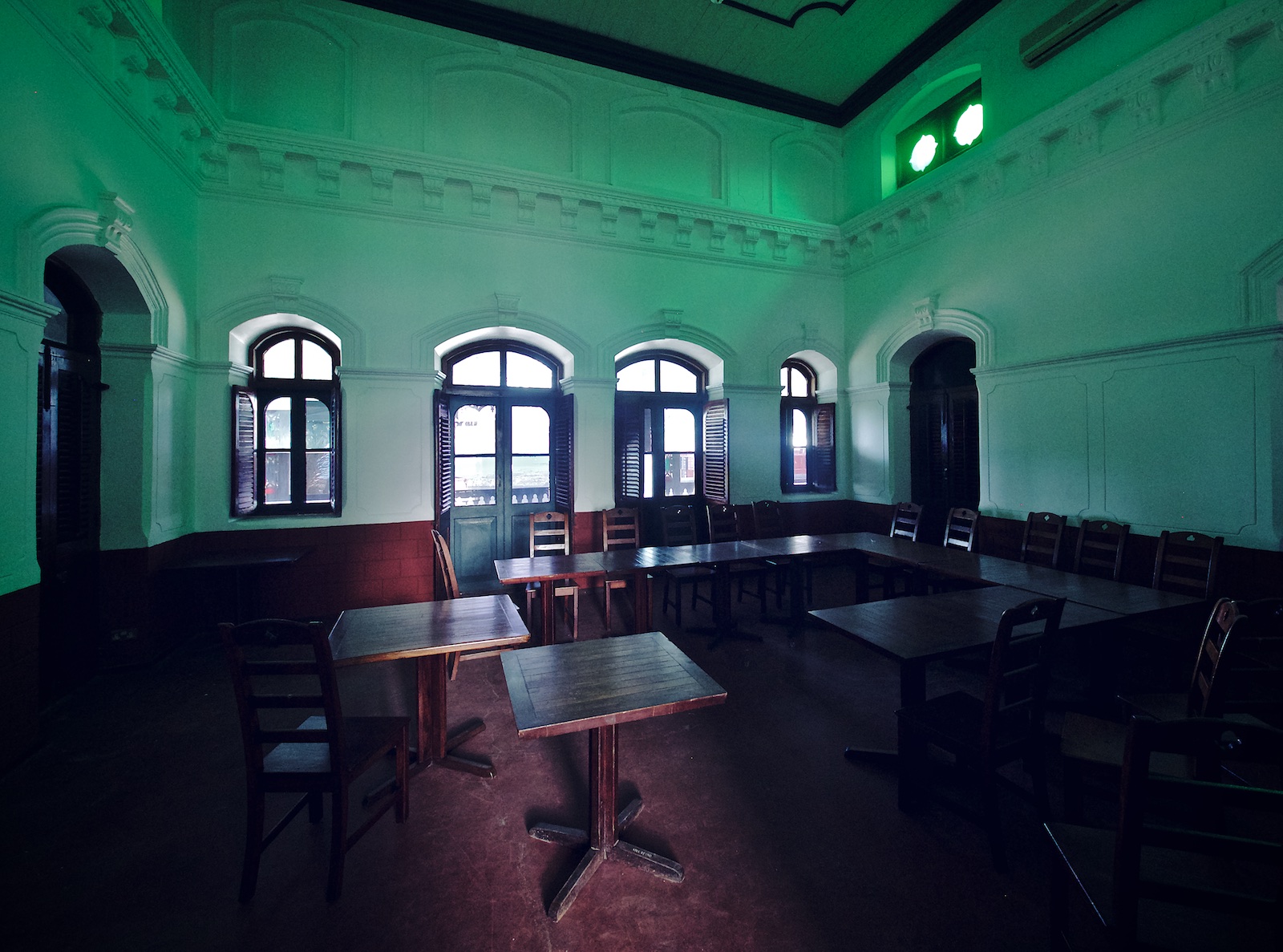
Green Room
This strange room in the Dispensary was dipped in green light with tinted window glass.
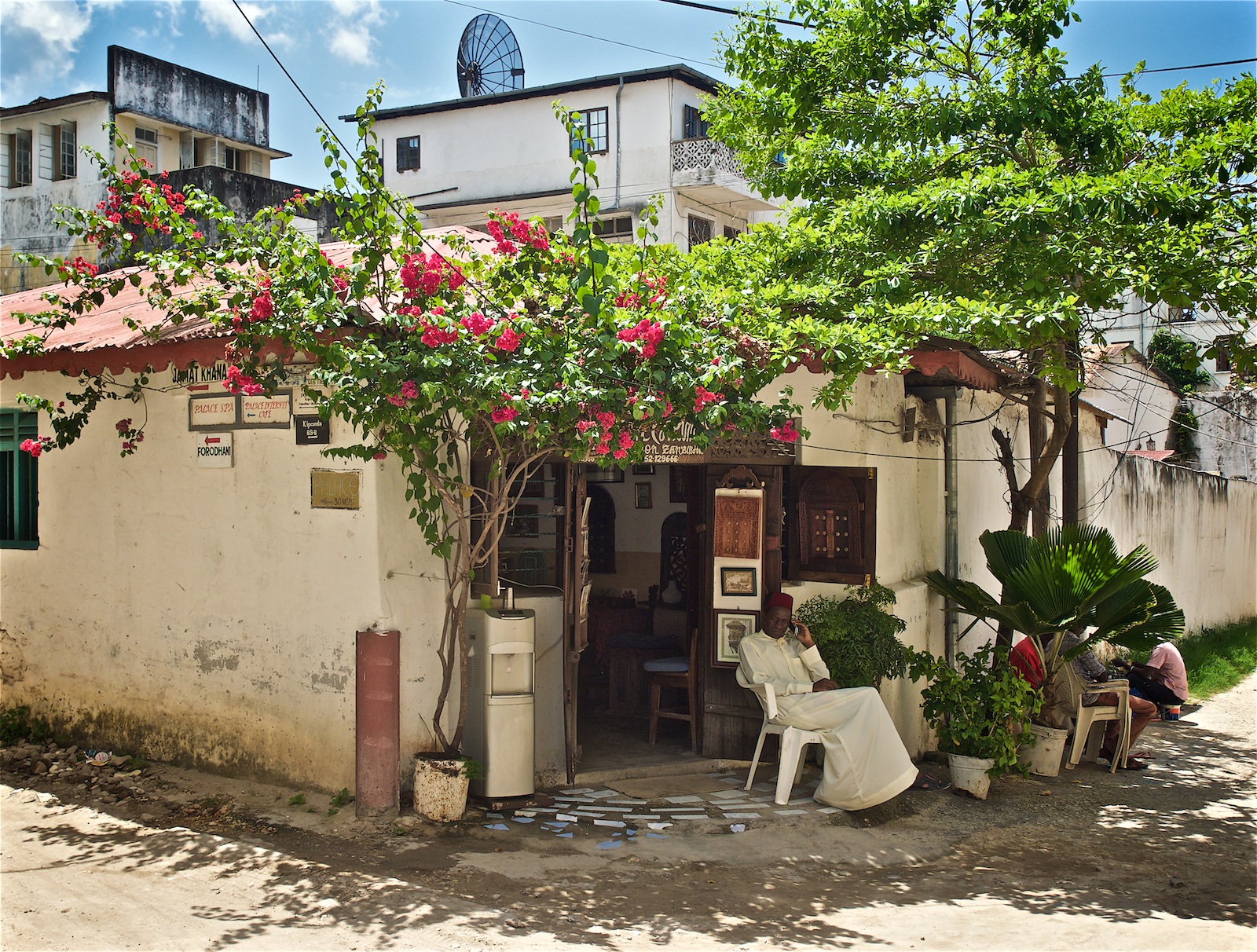
Stone Town Restaurant
One of the many small restaurants in Stone Town.
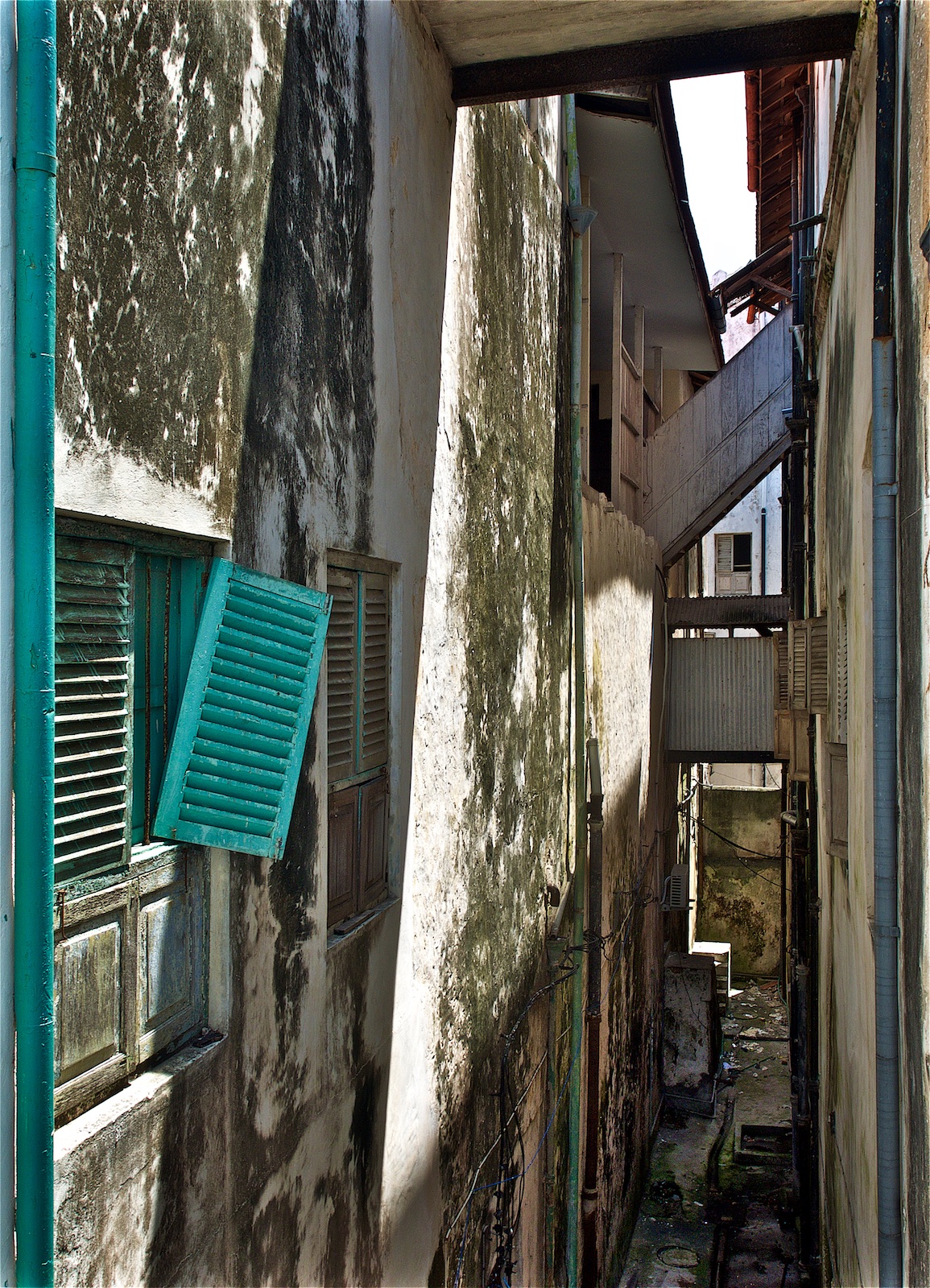
Dark Alleys
Most parts of Stone Town aren't particularly beautiful.
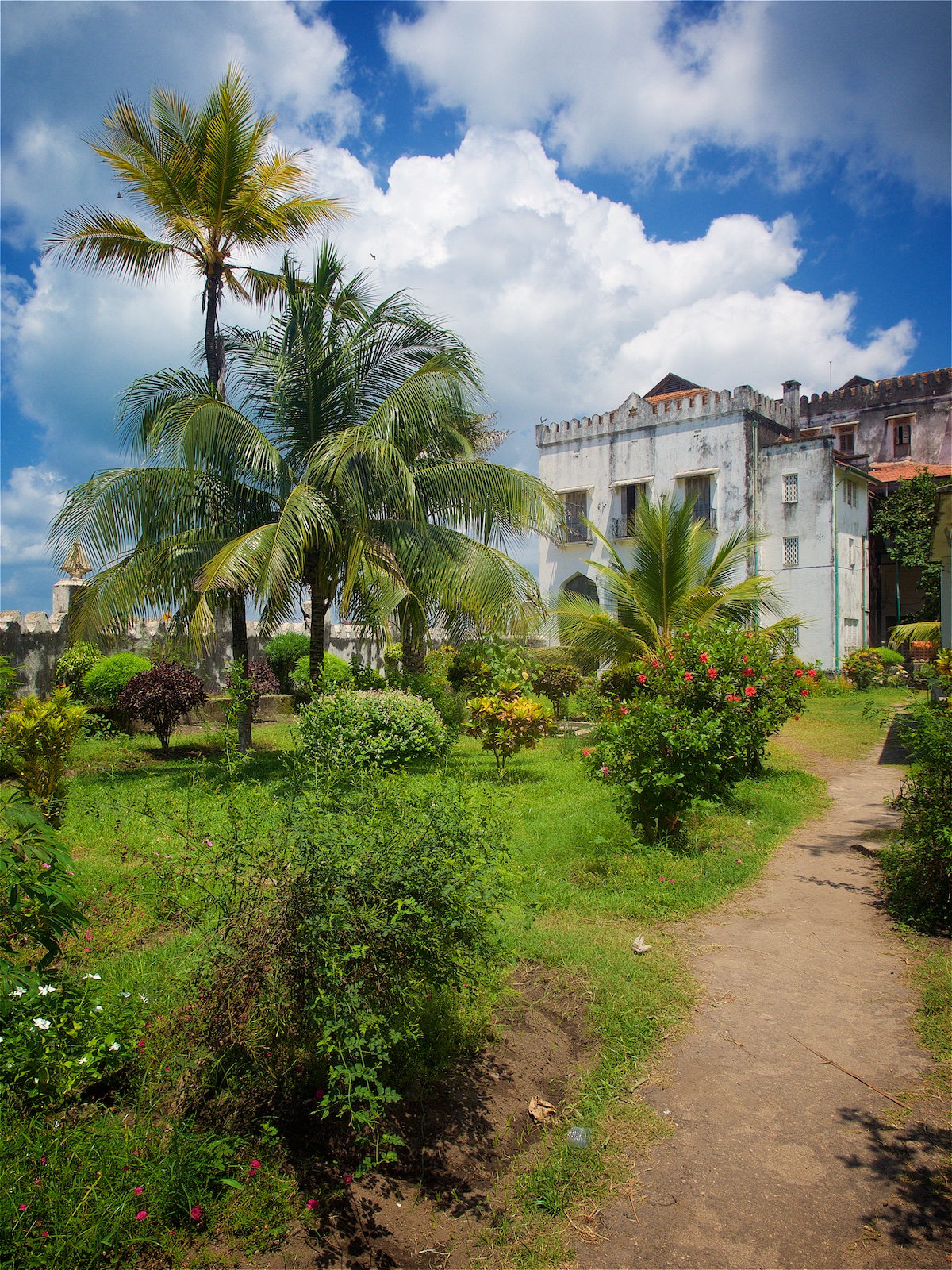
Beit el Sahel
Others have a certain charm though.
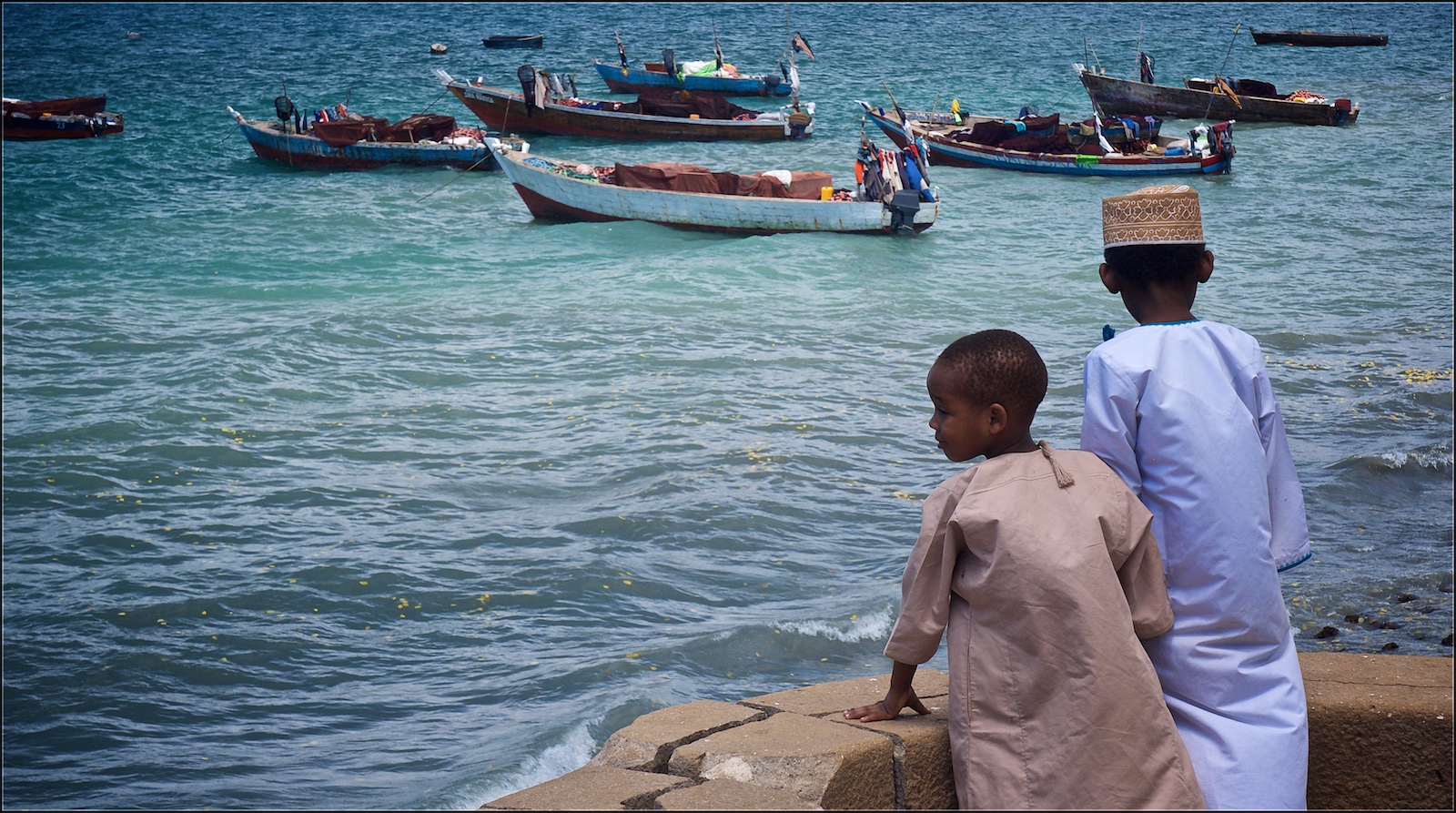
Viewpoint
Local kids looking out the sea from the Stone Town waterfront.
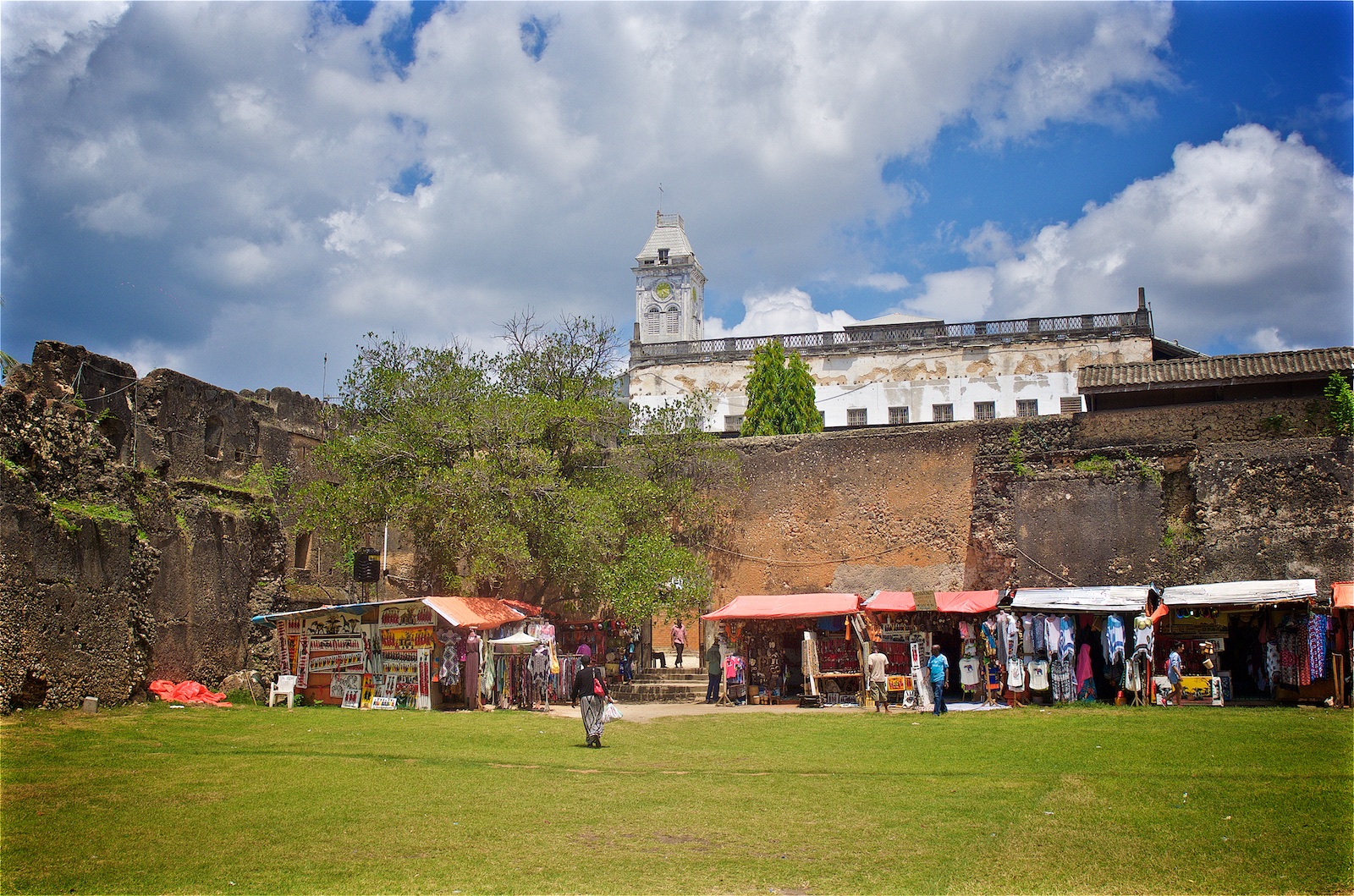
Old Fort
Views from the Old Fort with Baital Ajaib in the background.

Mercury House
Stone Town is the birth place of Freddy Mercury - or Farrokh Bulsara as his original name was - and this is said to be the house where he was born.
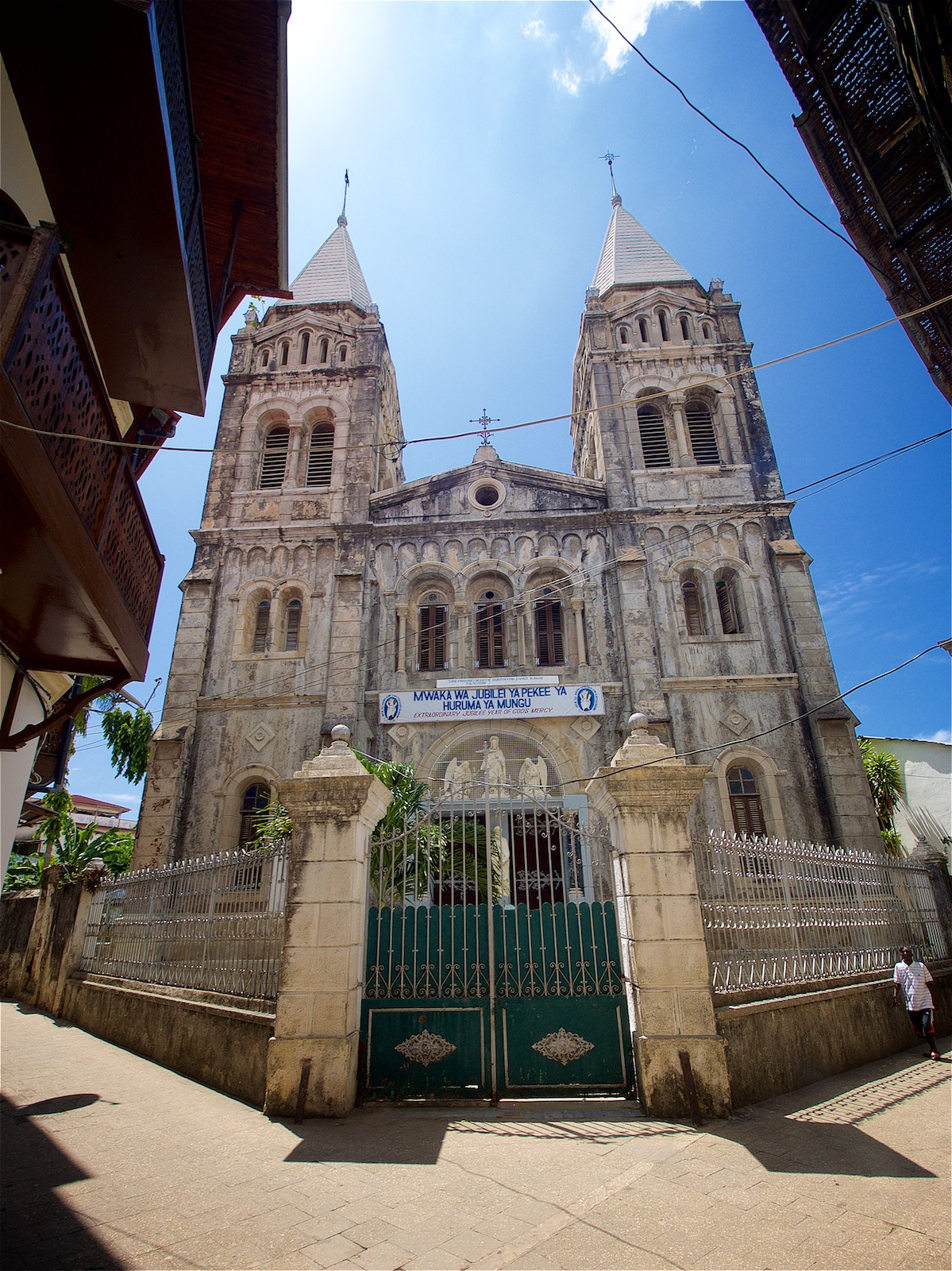
St Joseph's Cathedral
The Roman Catholic church built in the late 1800s.
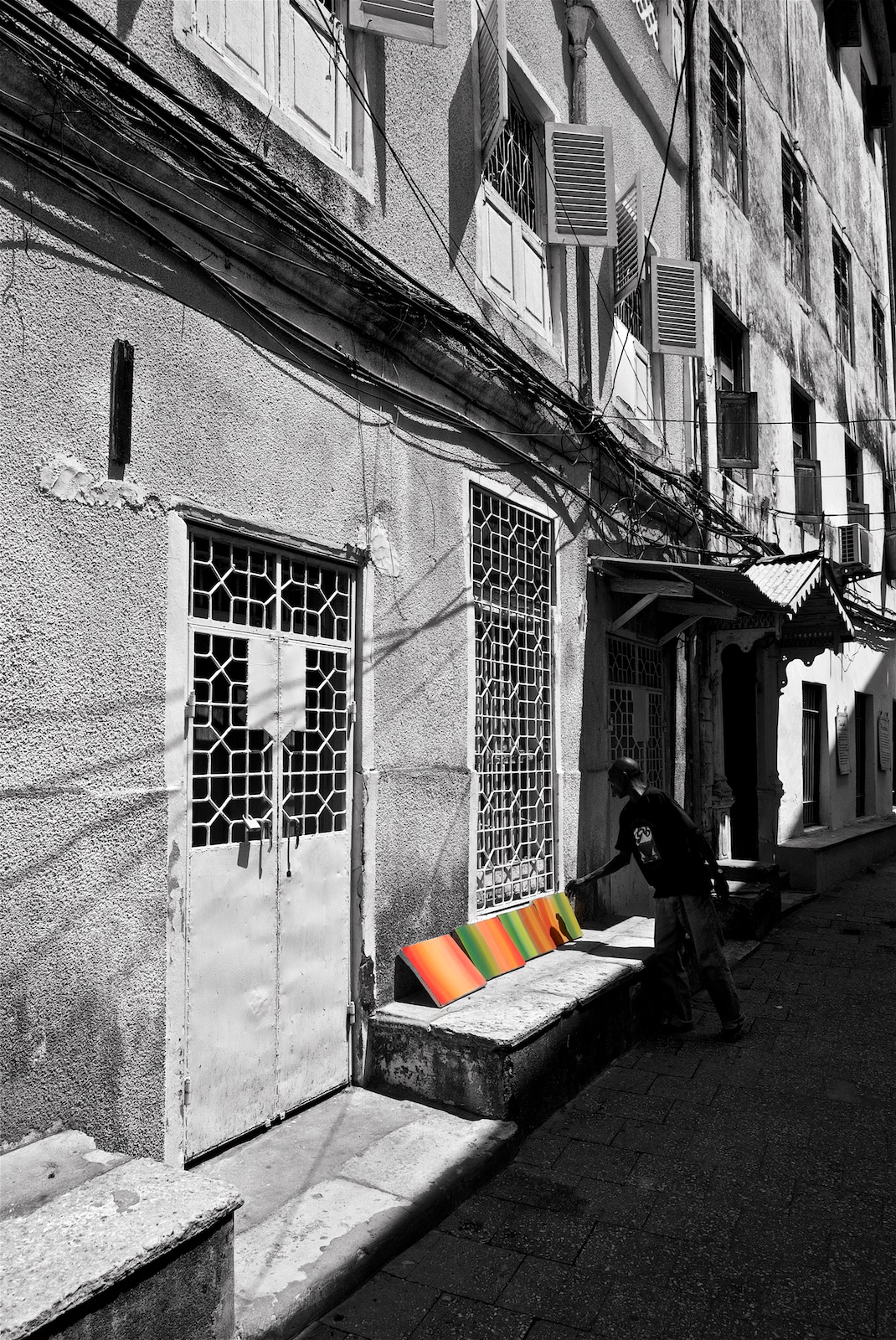
A dip of color
Stone Town is quite colorful, owing to the reddish tone of the coral stones large parts of the city are built of.
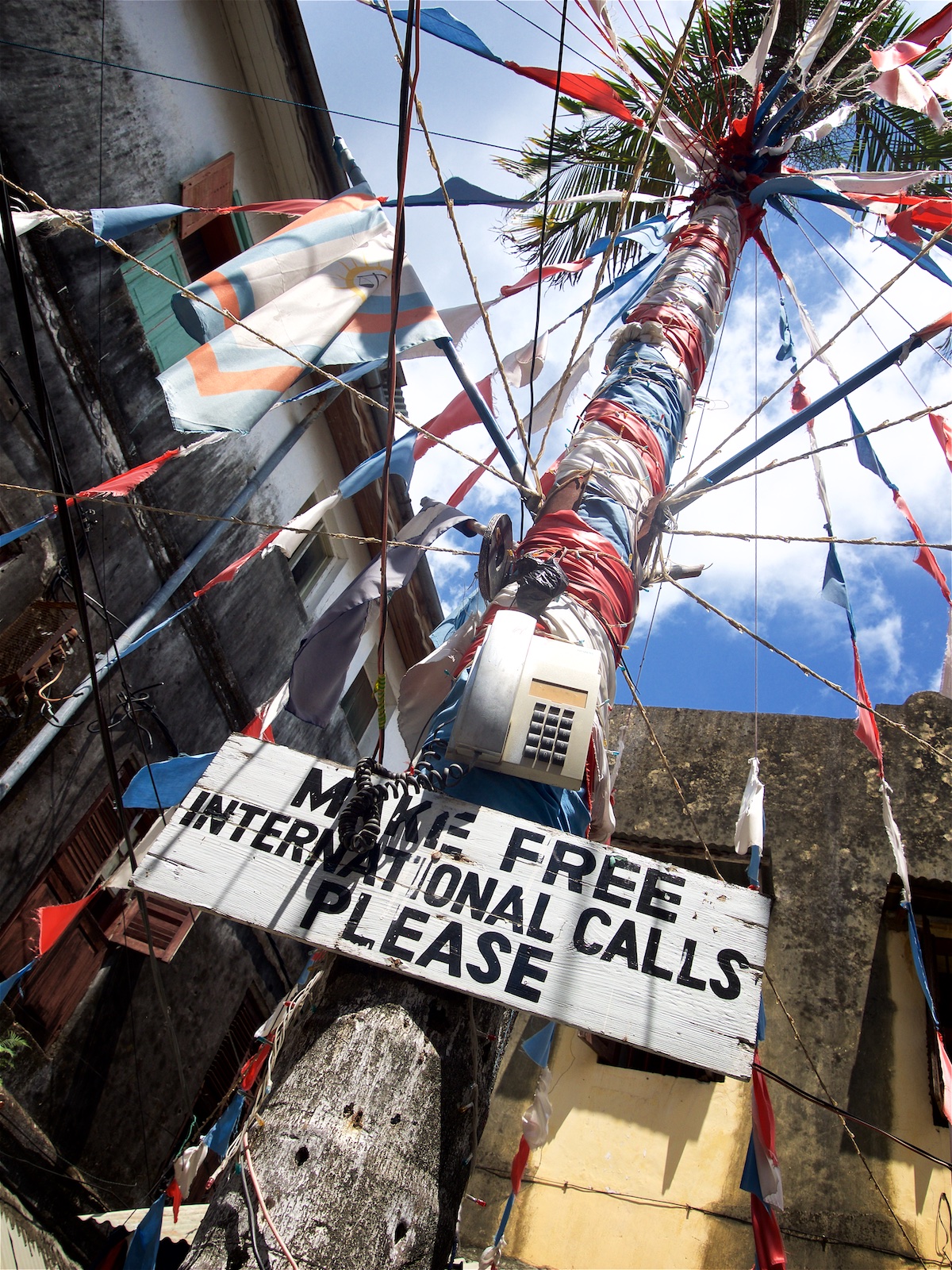
Try, anyway...
... because this doesn't really work and is a trick to make the tourists climb up the tree.

Indian Door
With spikes - said to be added to fend of elephants knocking their heads against the door.
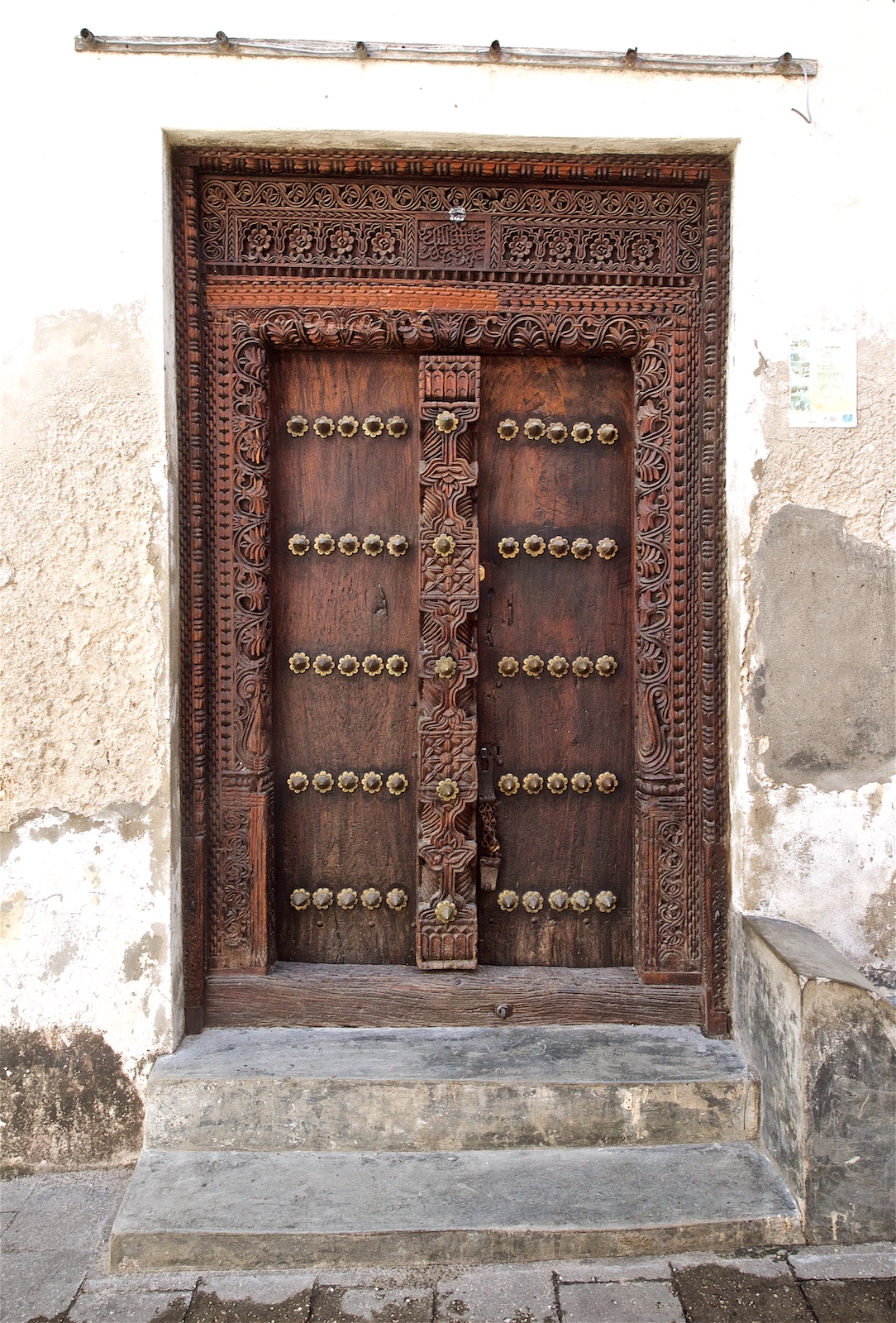
Arab Door
With the verse from the Quran and without the round arc at the top.
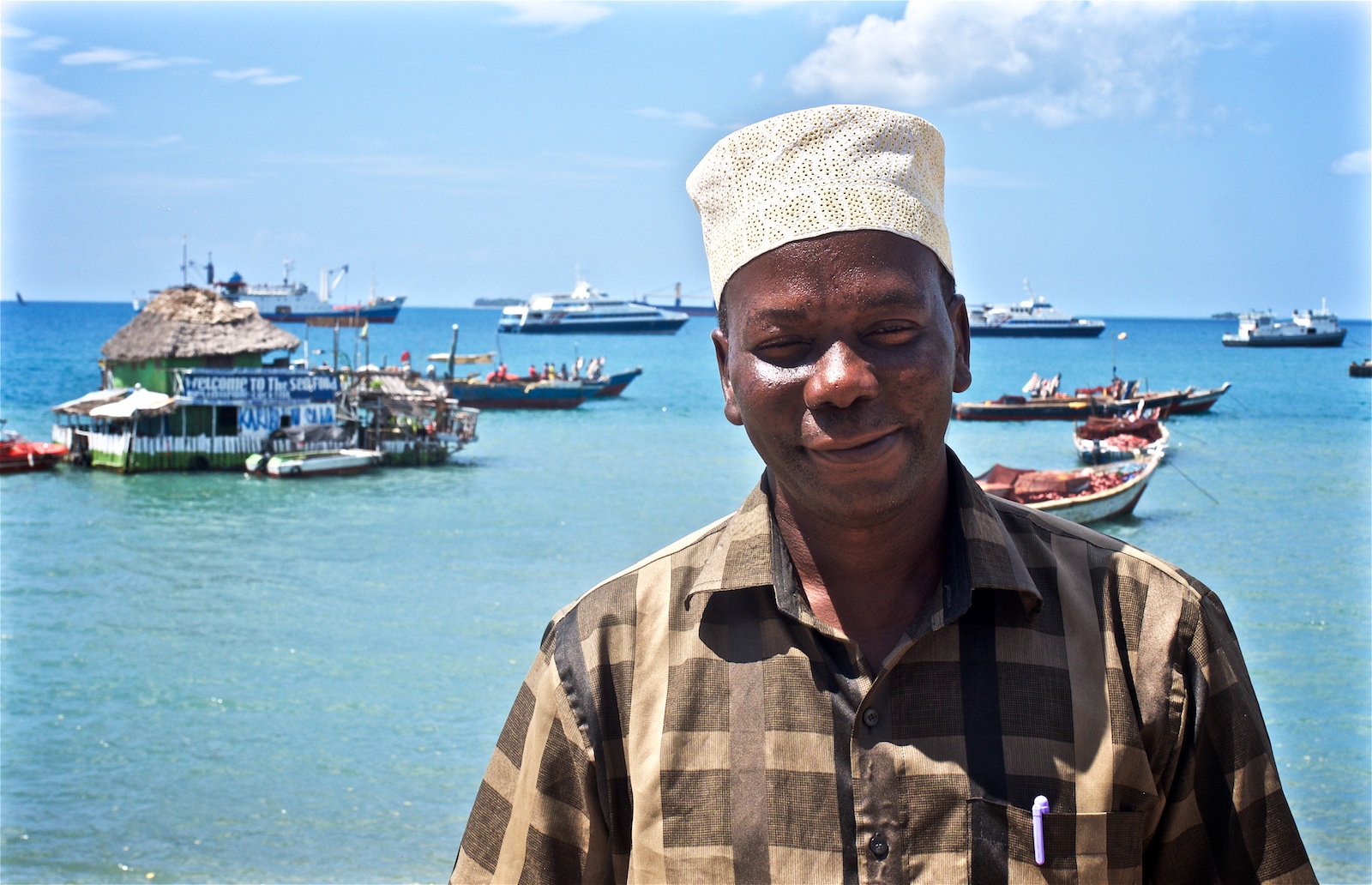
Tour Guide
We spent an hour with him walking through Stone Town. As with many Zanzibari's, he spoke pretty fluent German.
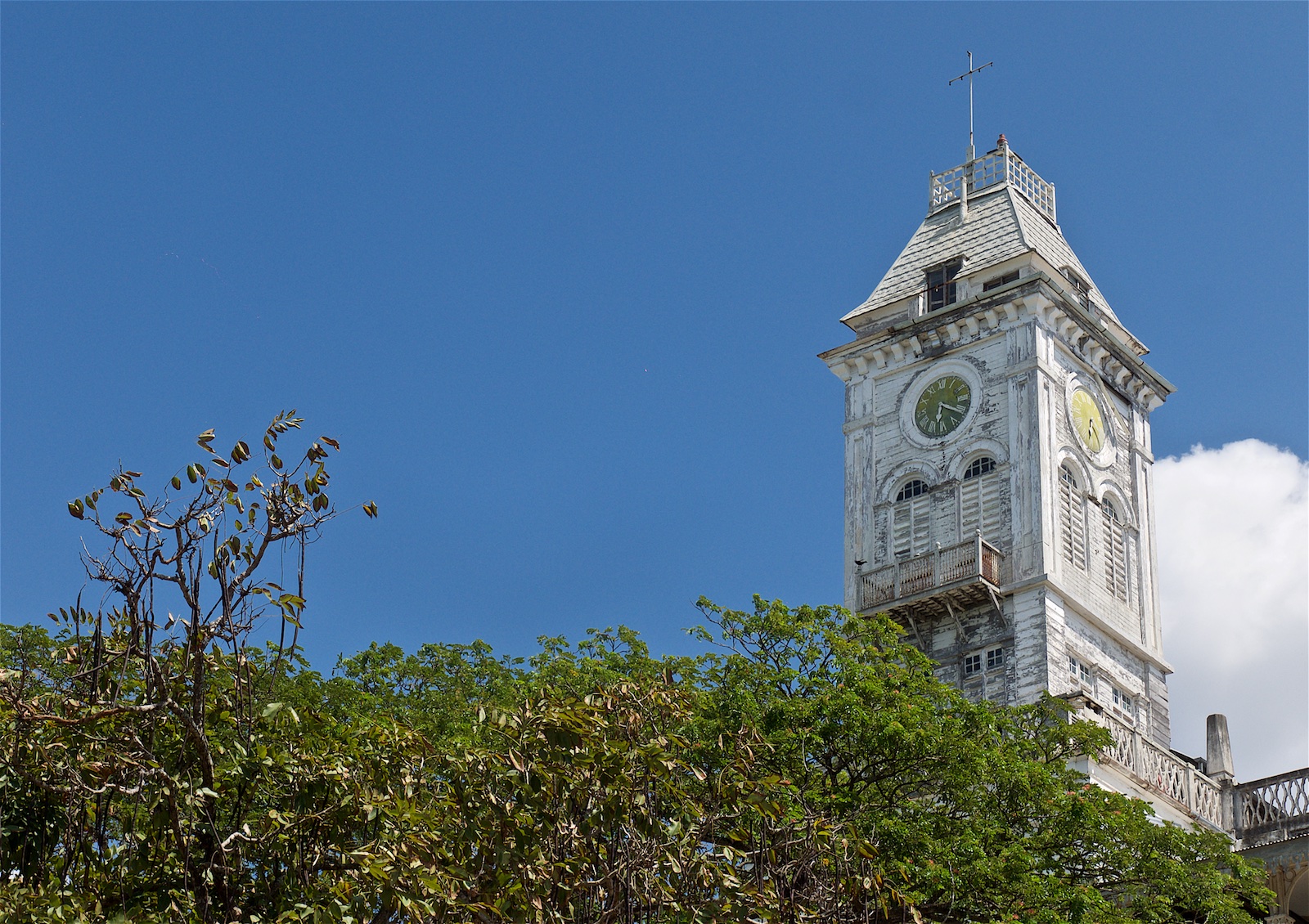
House of Wonders Clock Tower
A view of the clock tower of the House of Wonders, built in the late 1800s as a palace for the second Sultan of Zanzibar.
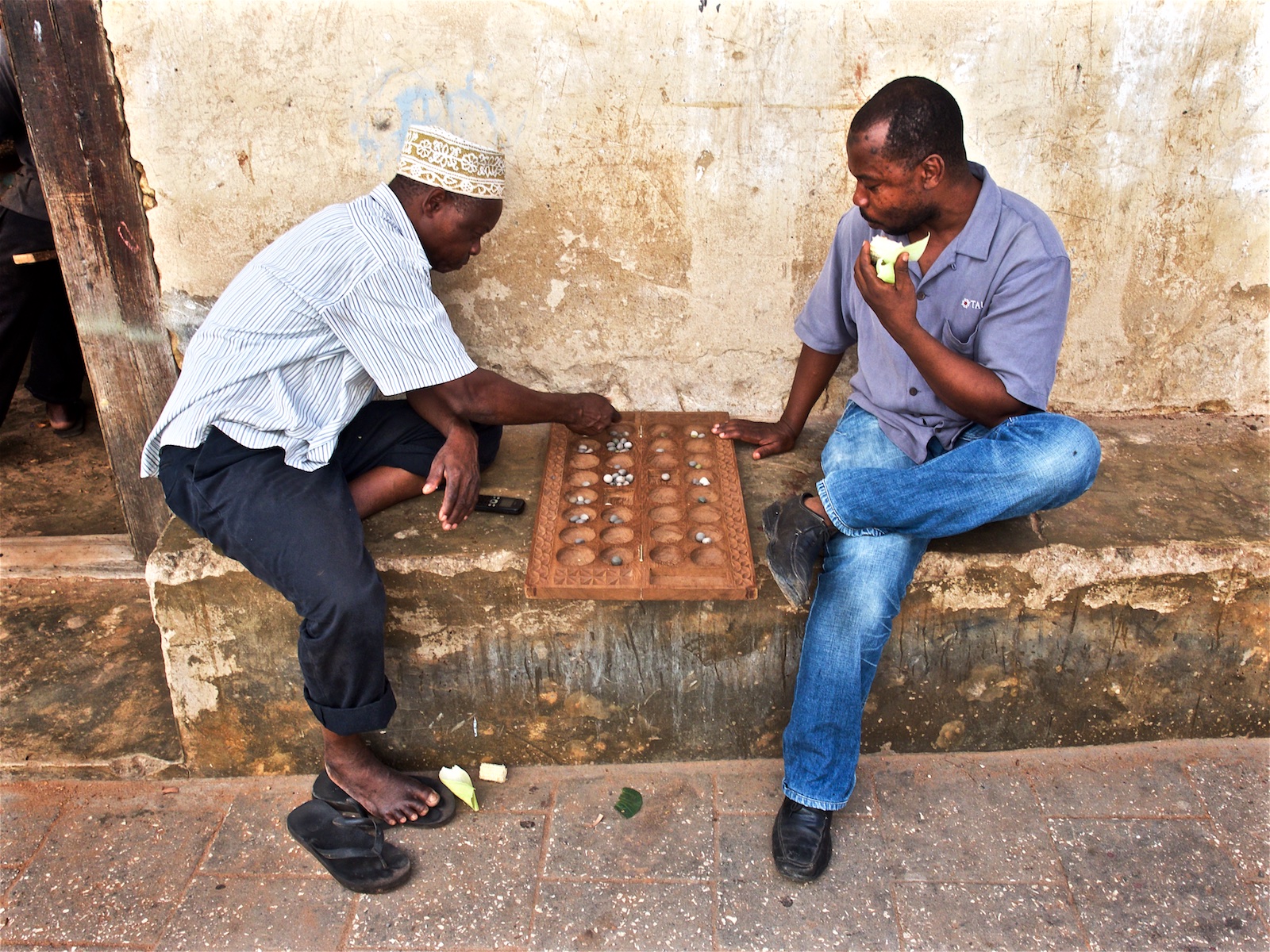
Boa
Love this board game.
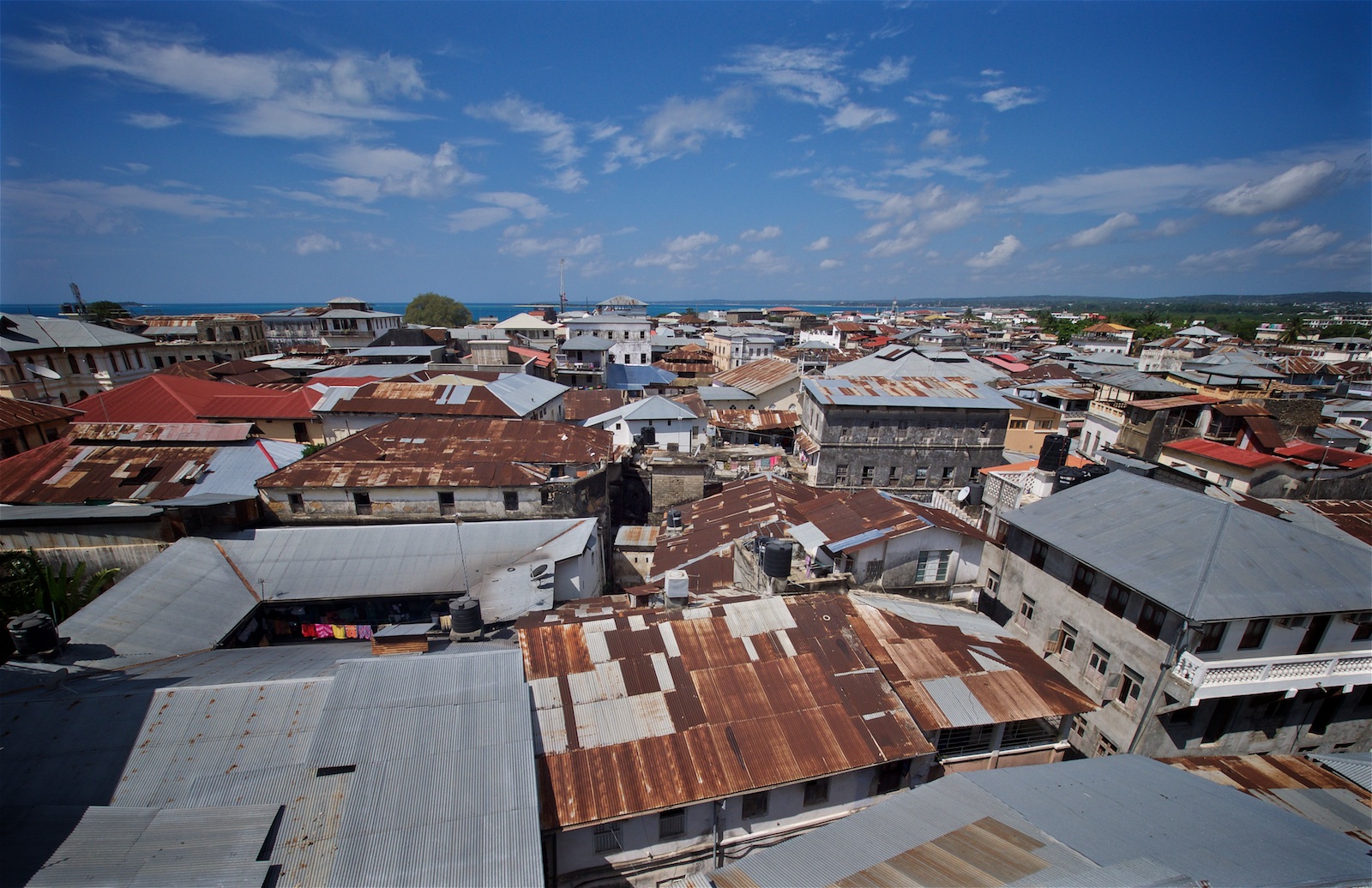
View over Stone Town
Taken from the amazing Swahili House roof top restaurant.

Religions
While largely muslim, there are several churches and cathedrals in Stone Town, living peacefully side by side.
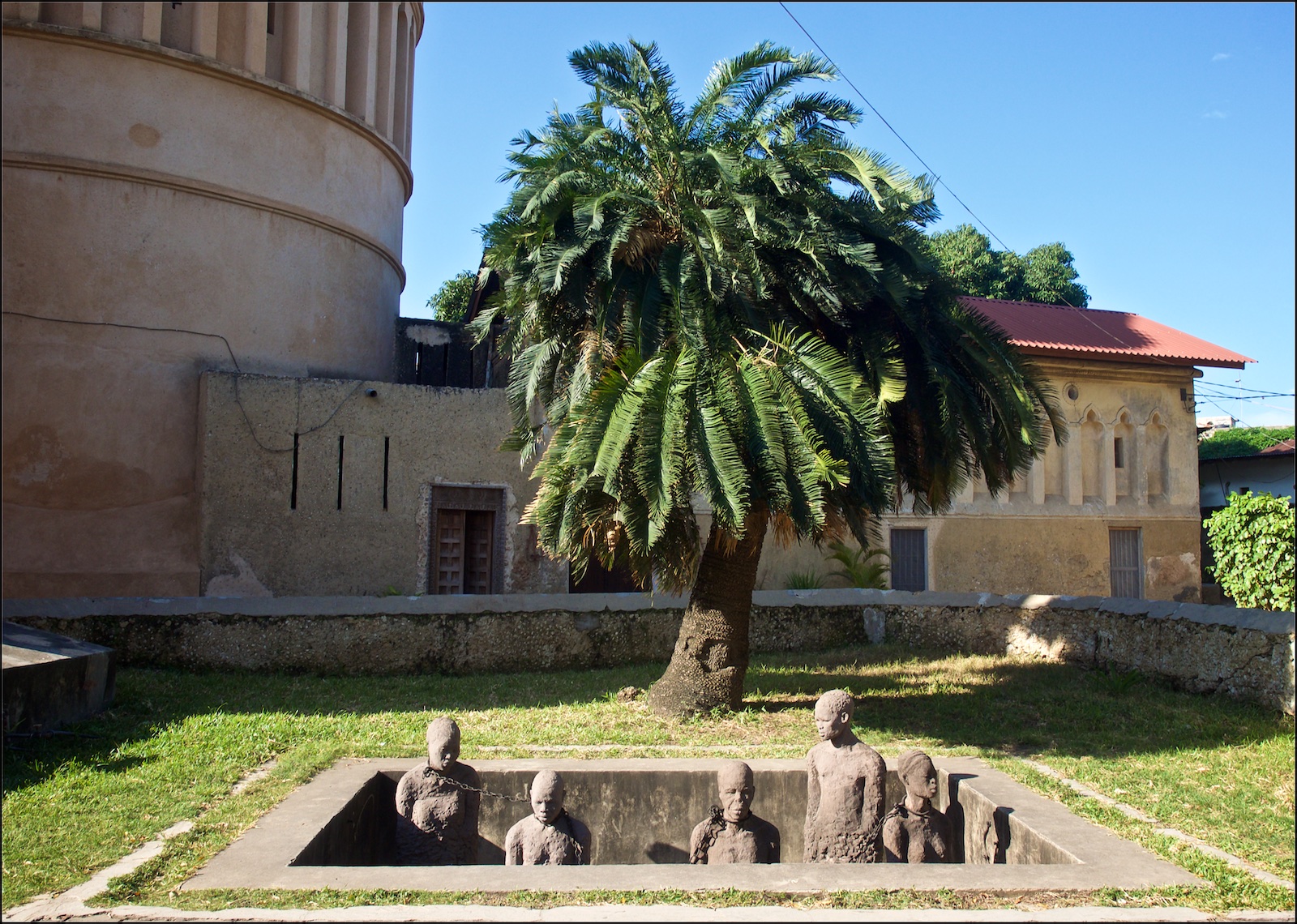
Slave Monument
Zanzibar was one of the capitals of East African slave trade until the early 1900s.

Slave Chamber
One of the two restored slave chambers at the old market in the city, where these poor souls were put into until it was time for the sale.

Look At Me
The population of Zanzibar seemed relatively young. The life expectancy sits around 60 years.

Support
Many parts of the city looked like they could do with this kind of support structure.
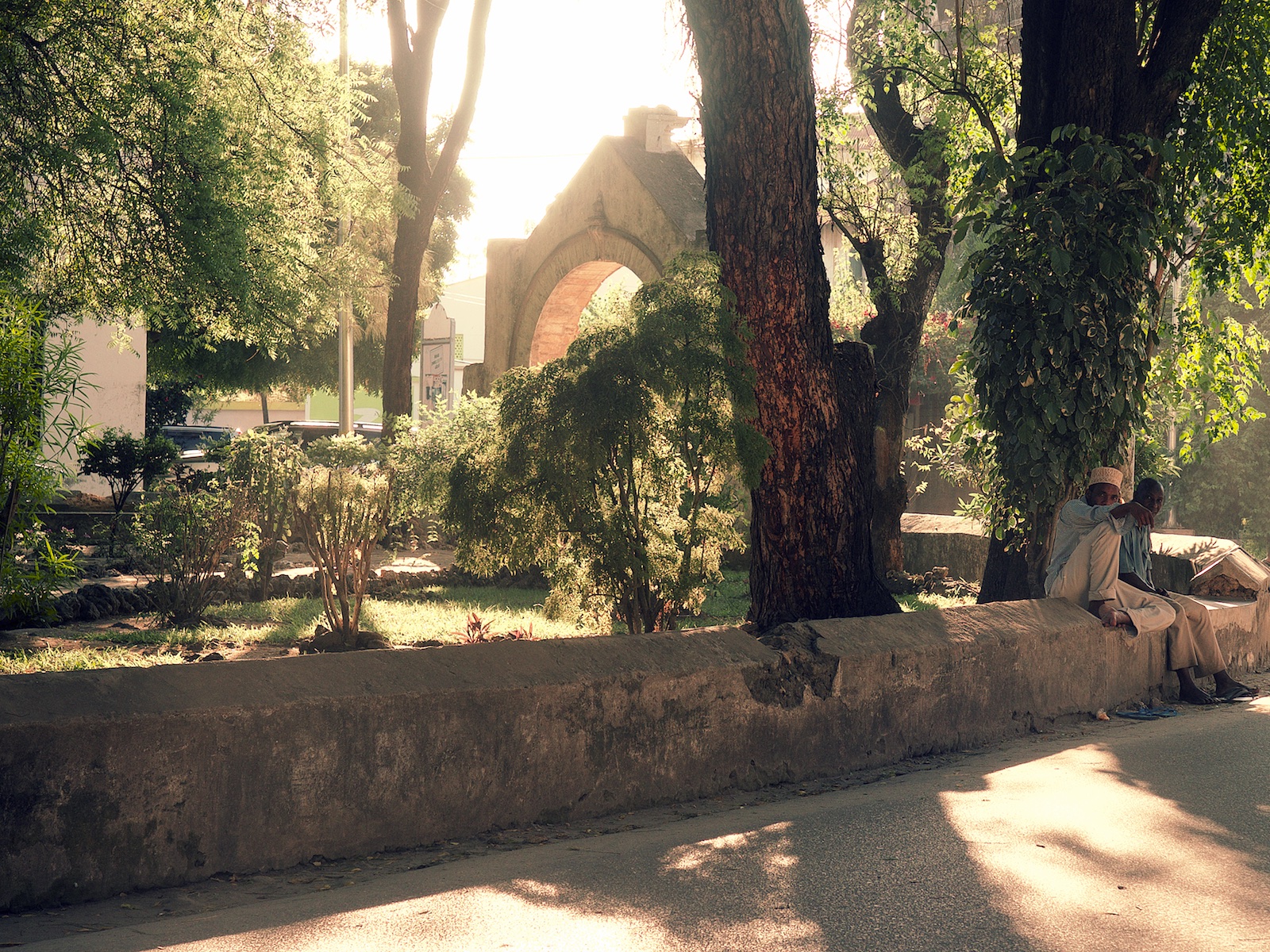
In the Sunshine
Two locals taking a rest on one of the side streets in Stone Town.
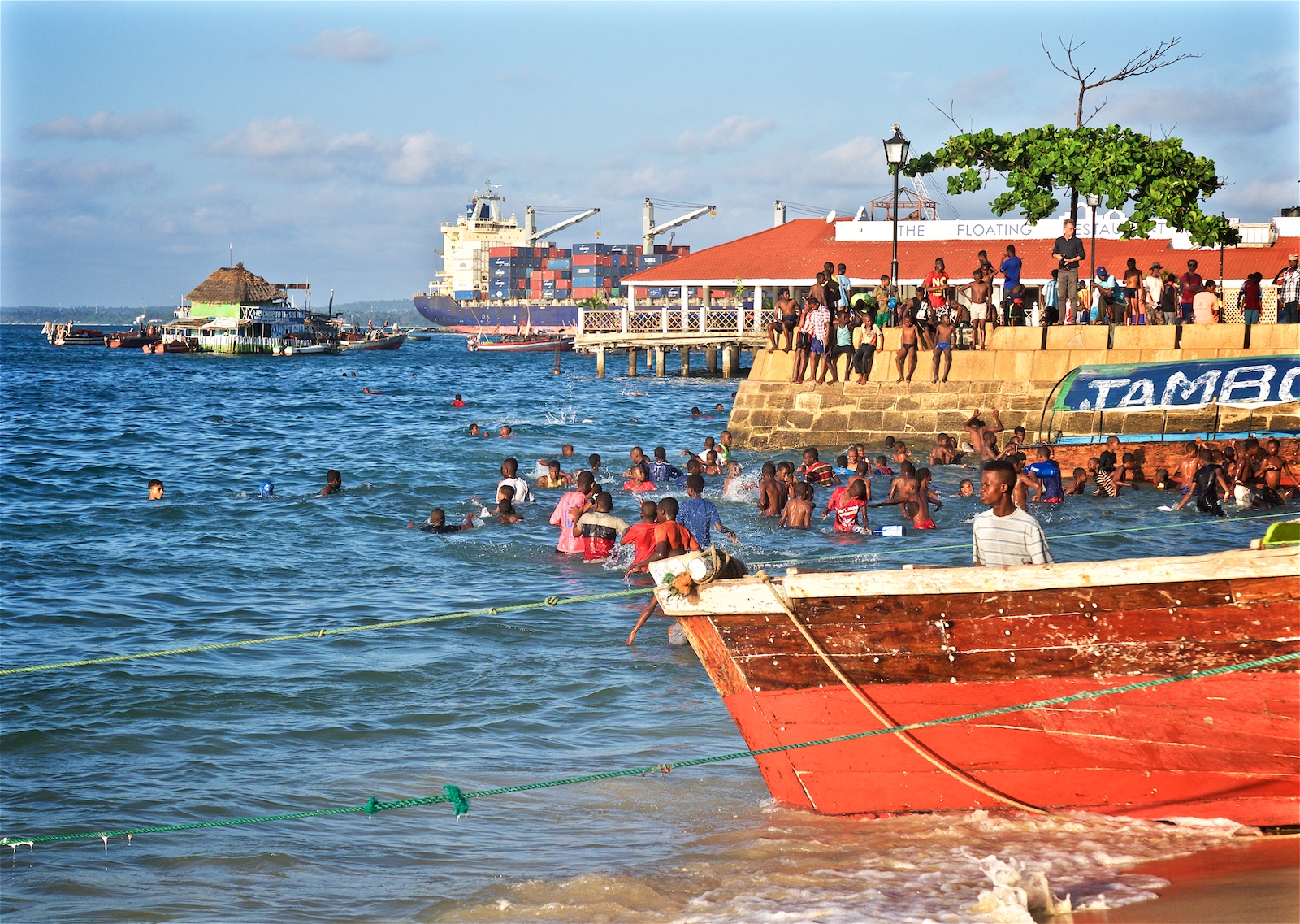
Time for a Swim
The south western corner of the Stone Town was filled with locals enjoying the beach on this Friday afternoon.
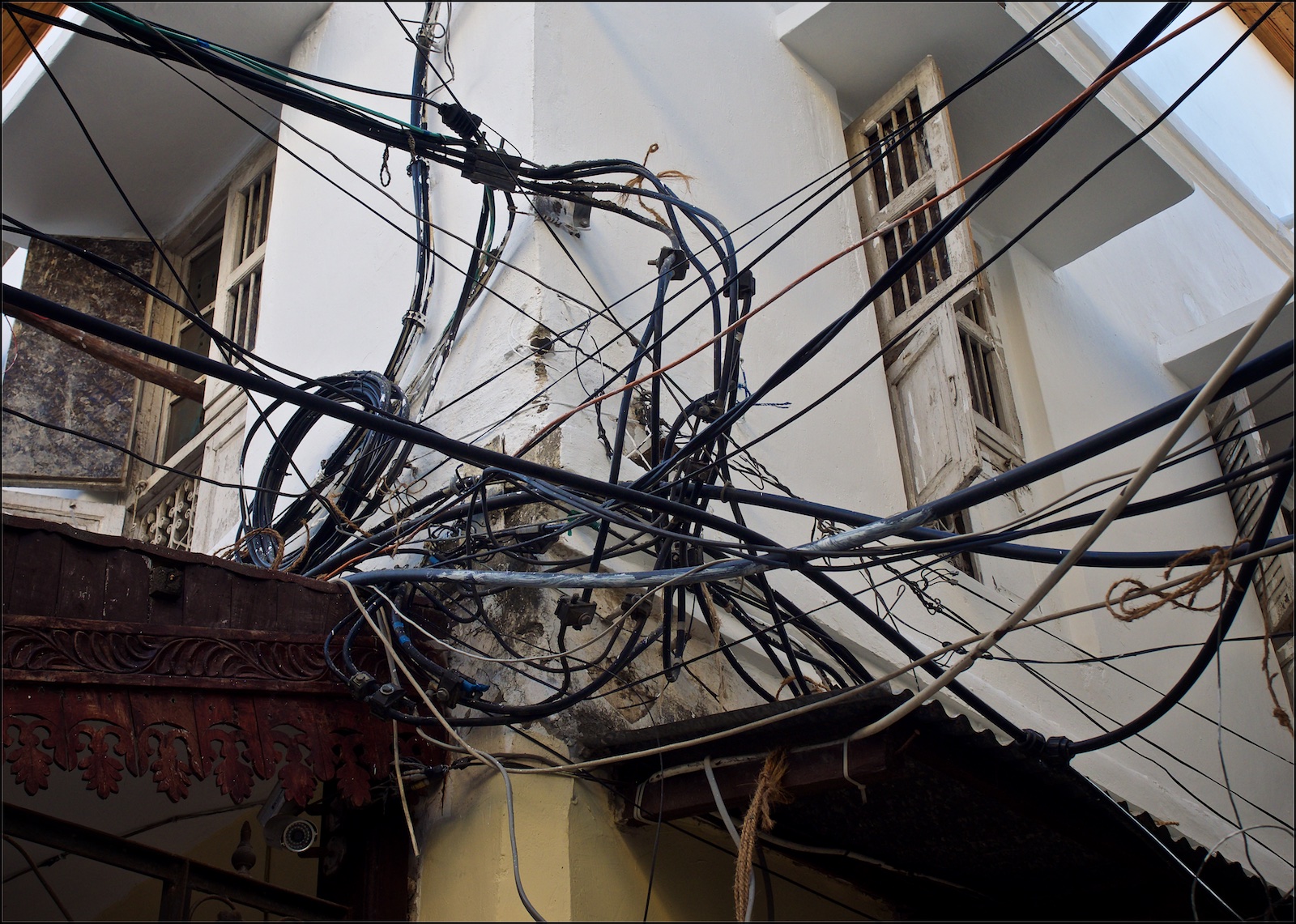
Organized Chaos
Power and water supply are still a major issue for the island. Many buildings get running water with flexible pipes like these running alongside buildings.
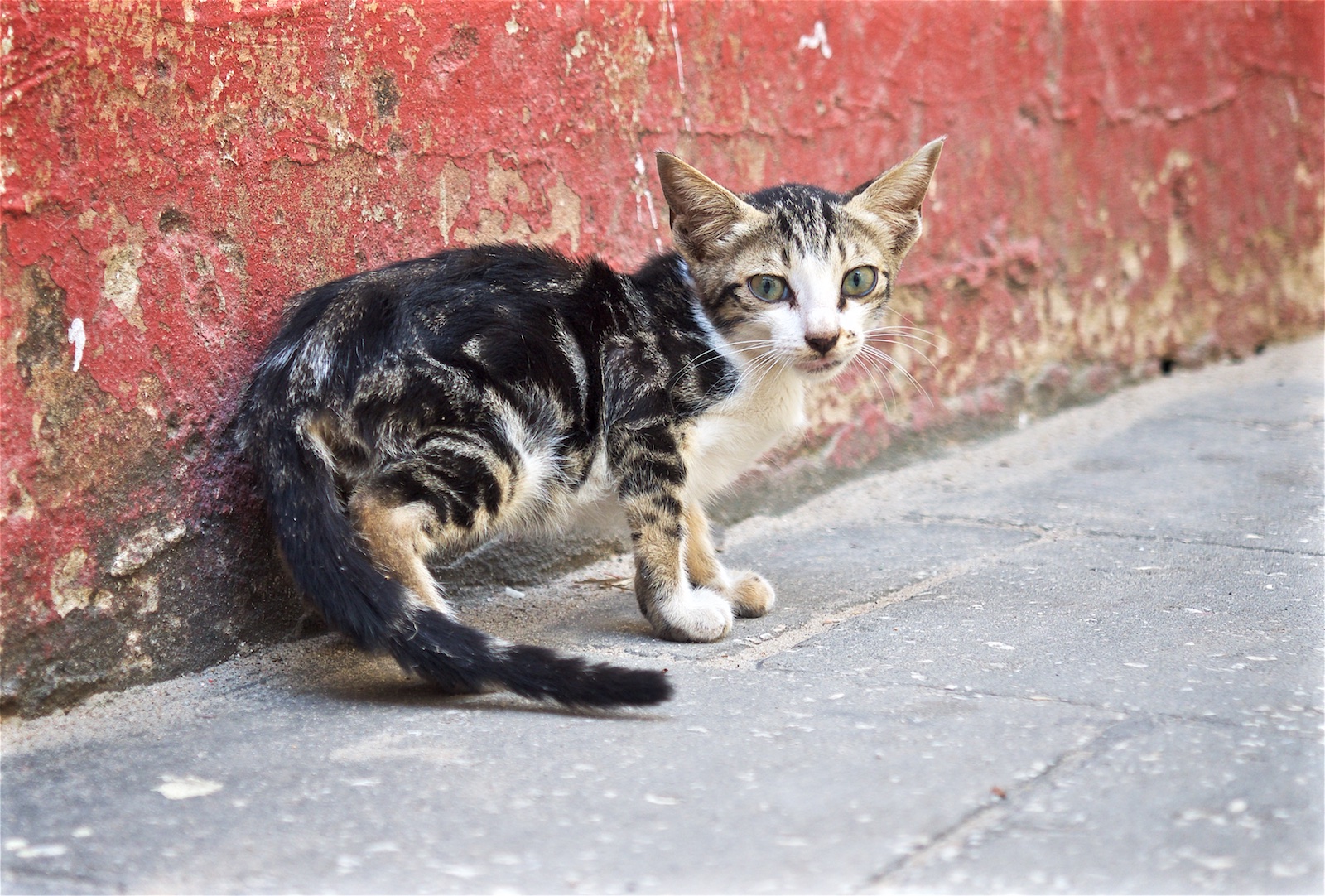
Kitten
No album without a cat.
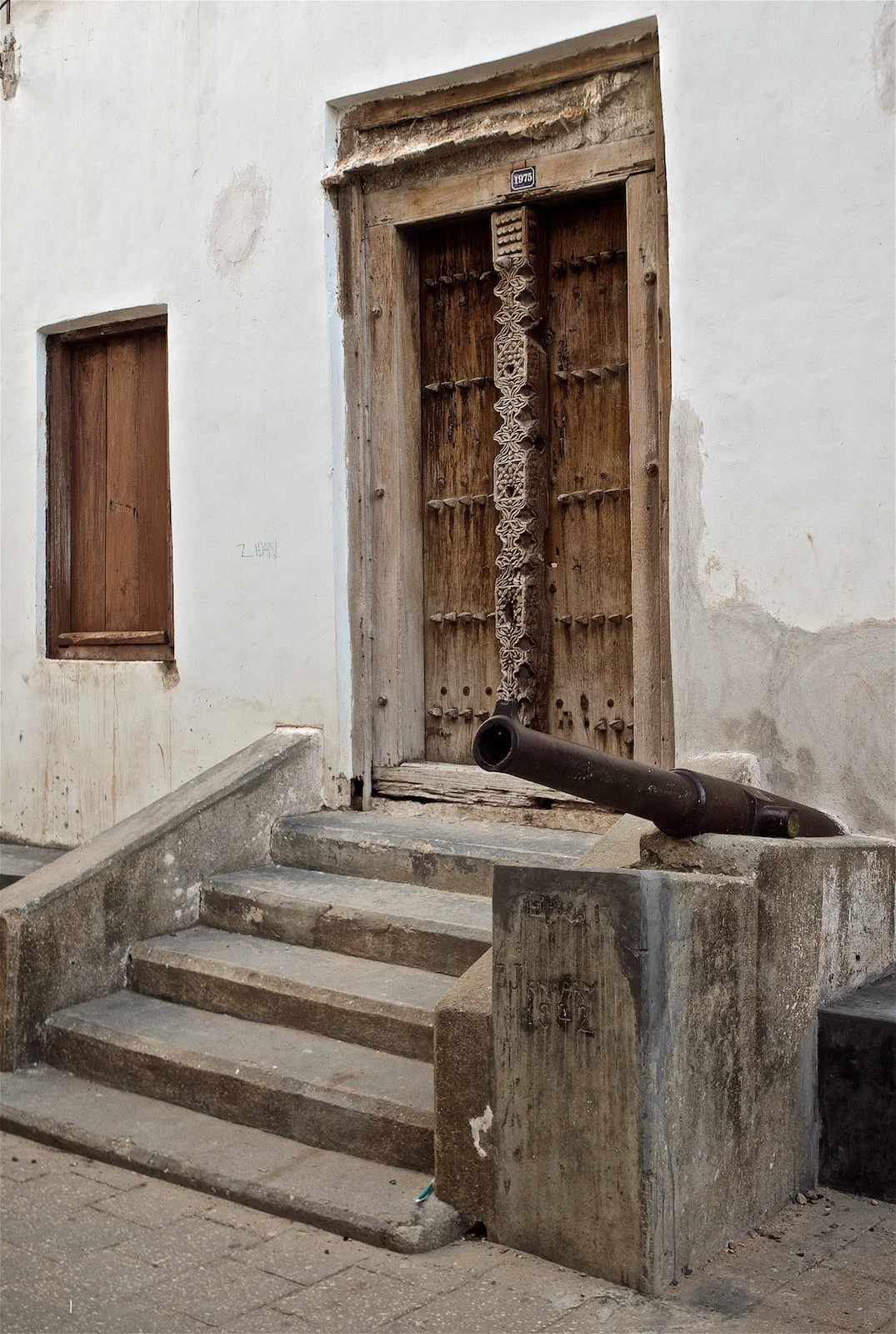
Door Fame
Stone Town is famous for its decorative doors.
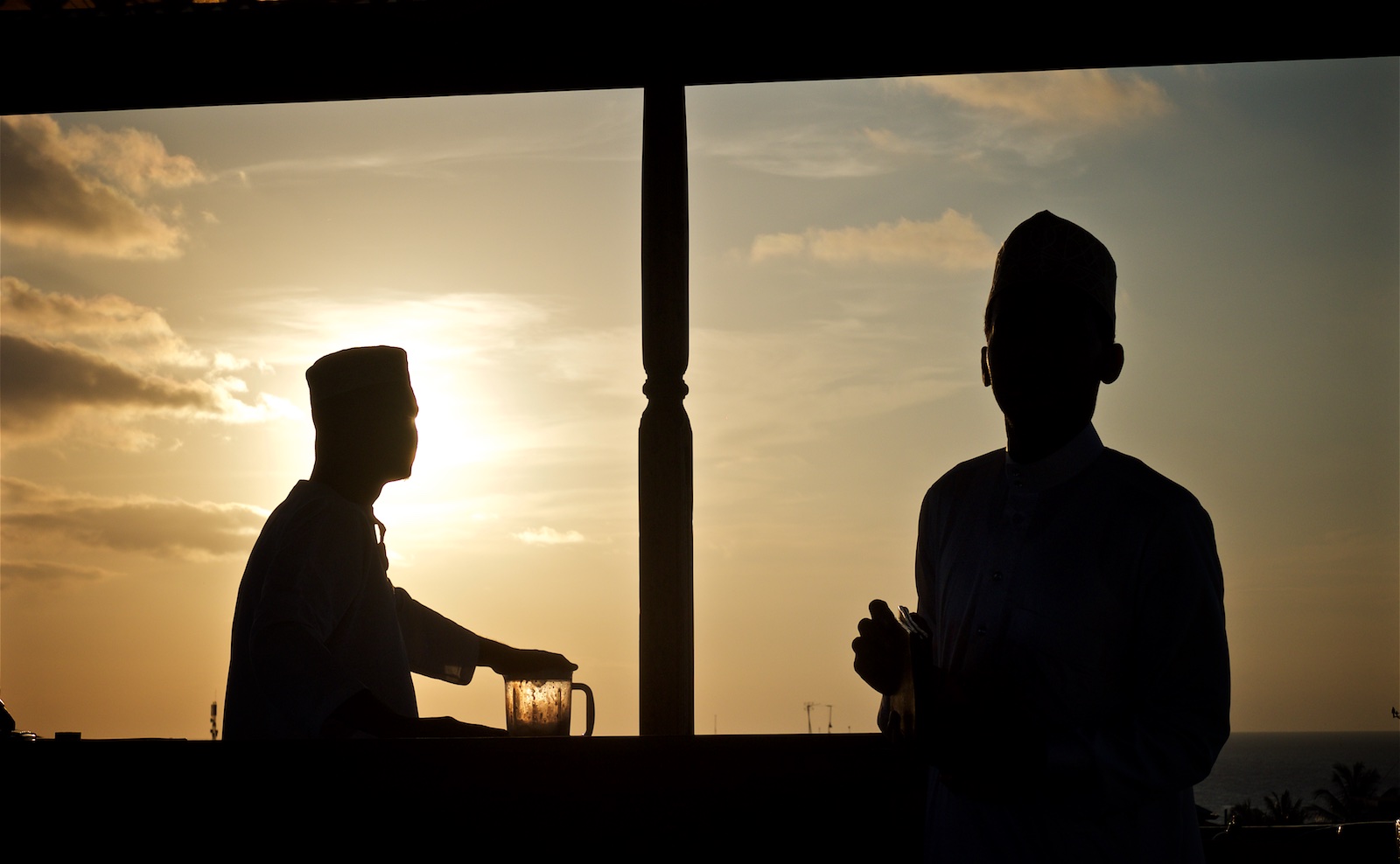
Bartending
At the Emerson at Hurumzi with its amazing tea house roof top restaurant.
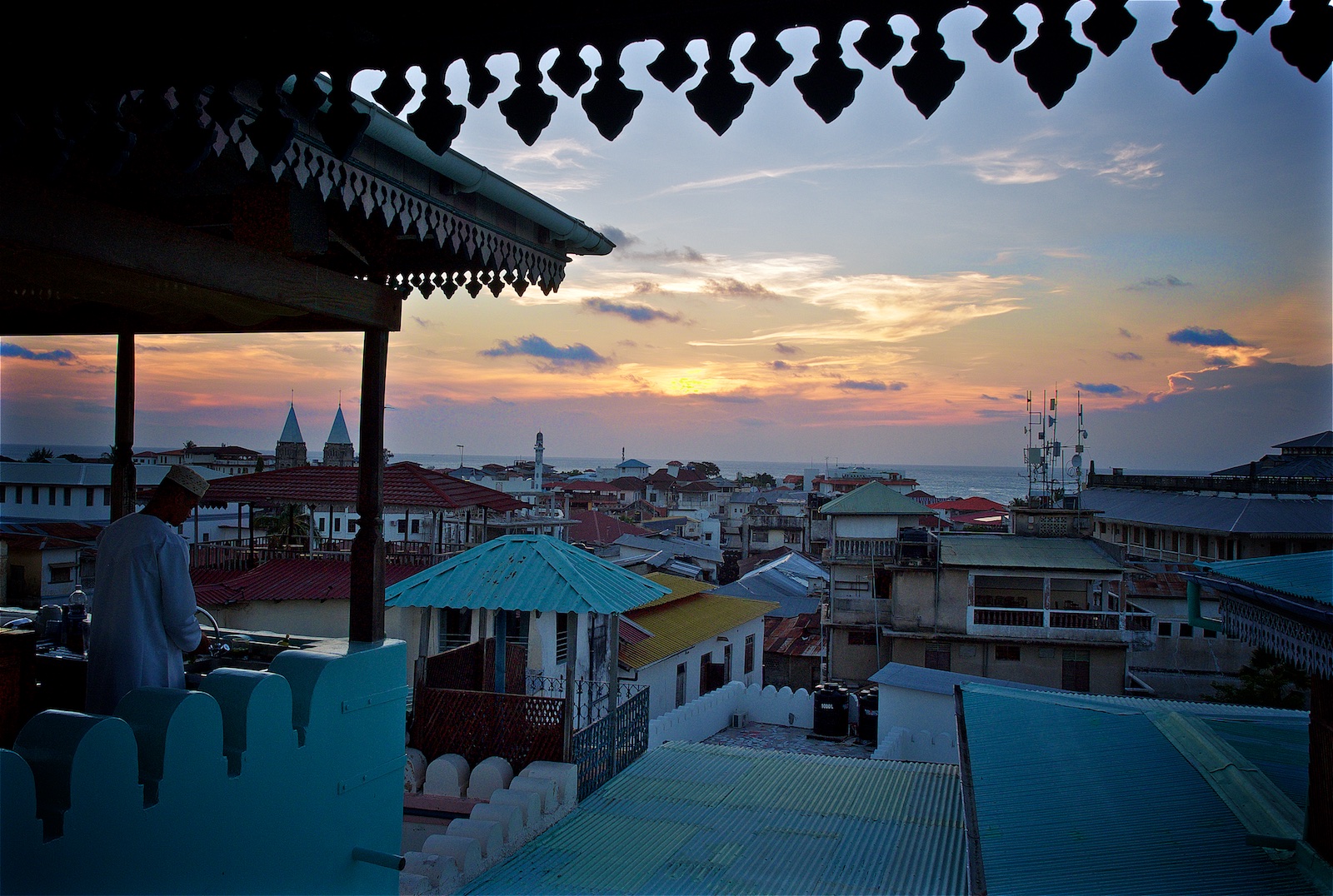
Views
From the Emerson at Hurumzi.
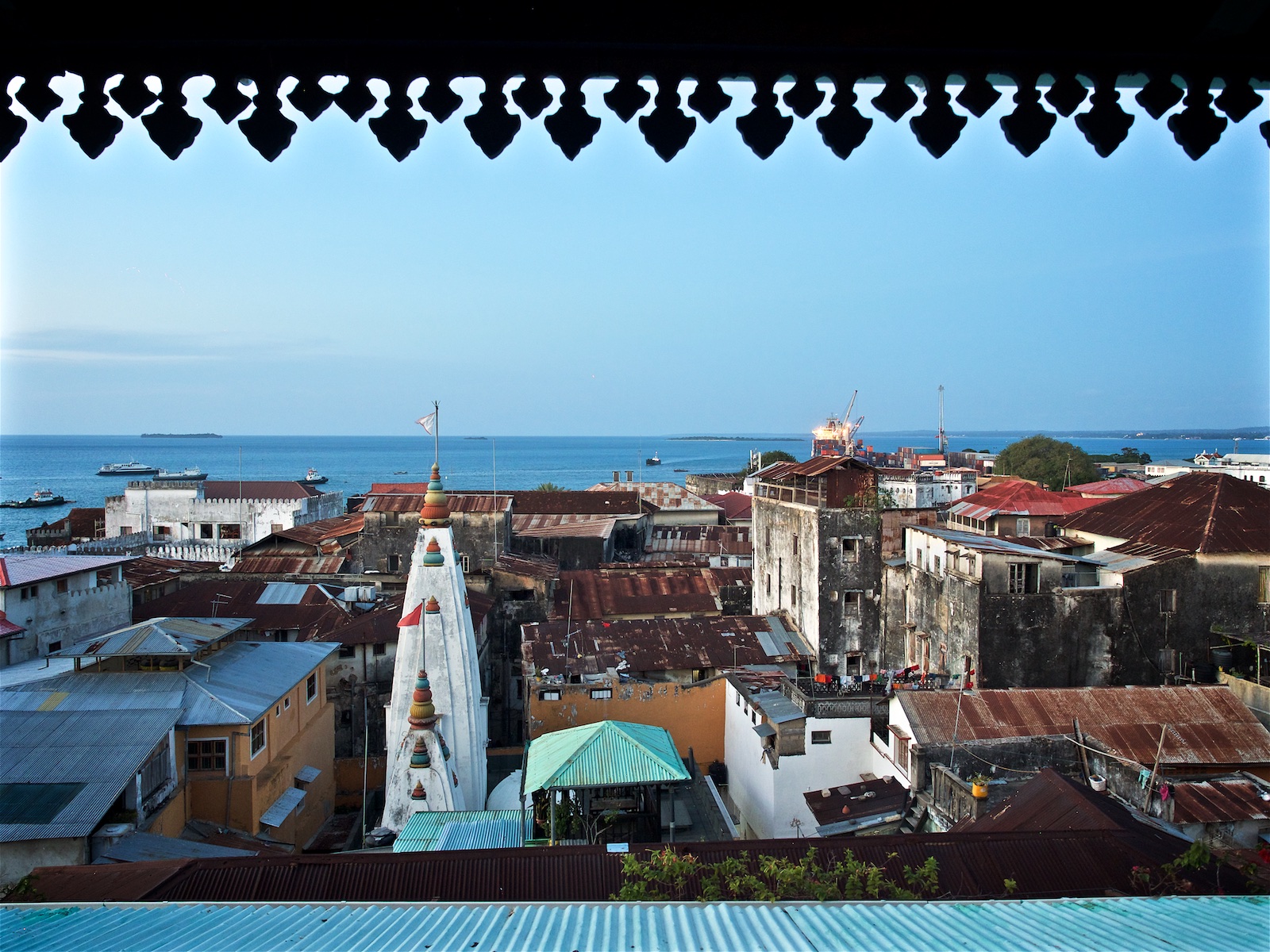
Westwards
Looking over the city towards the old Dhow harbour.

Tea House
Probably one of the coolest locations for a restaurant - the rooftop of the Emerson, one of the highest buildings in Stone Town.
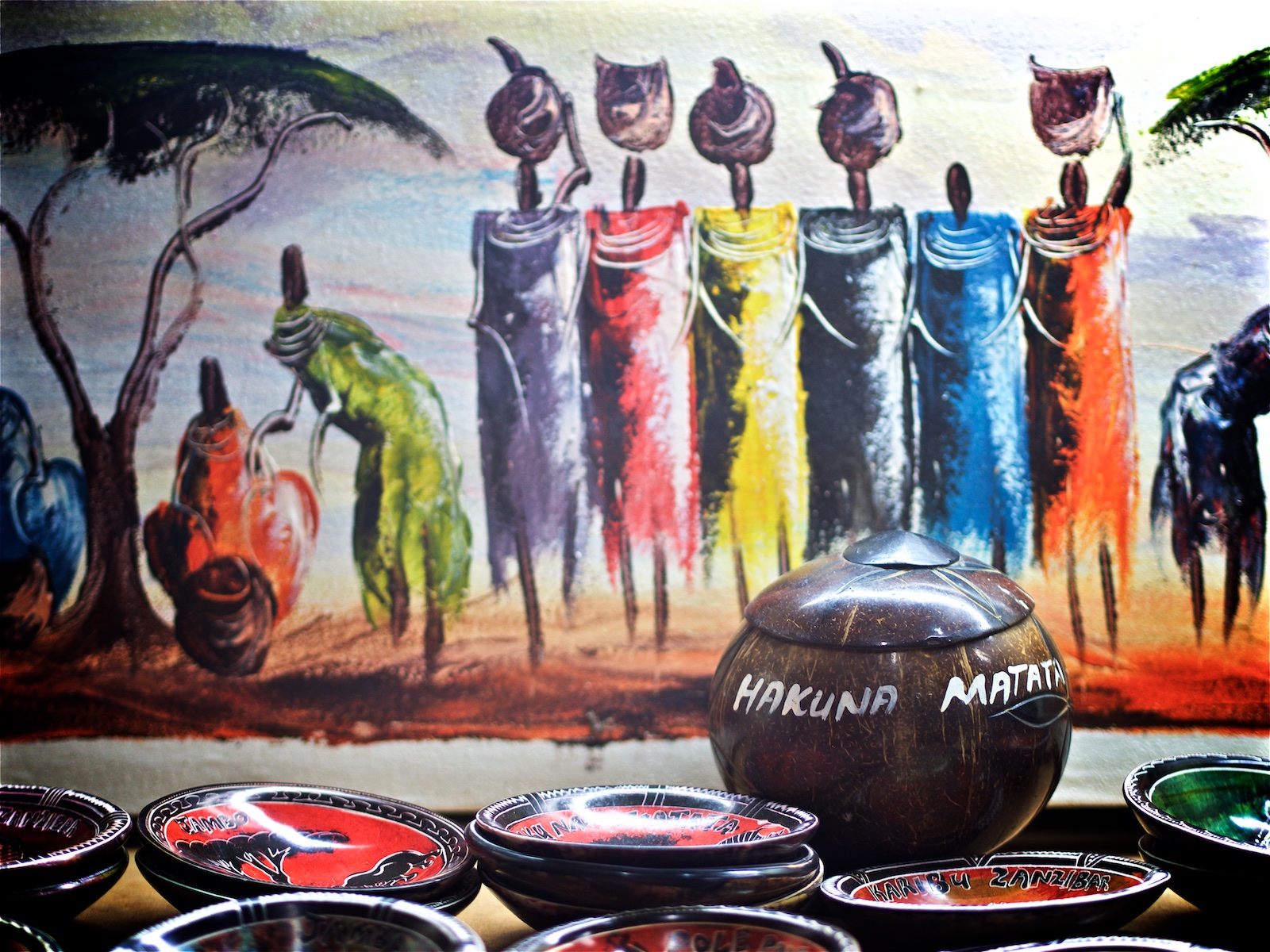
Hakuna Matata
Probably the most any of us know in Swahili.
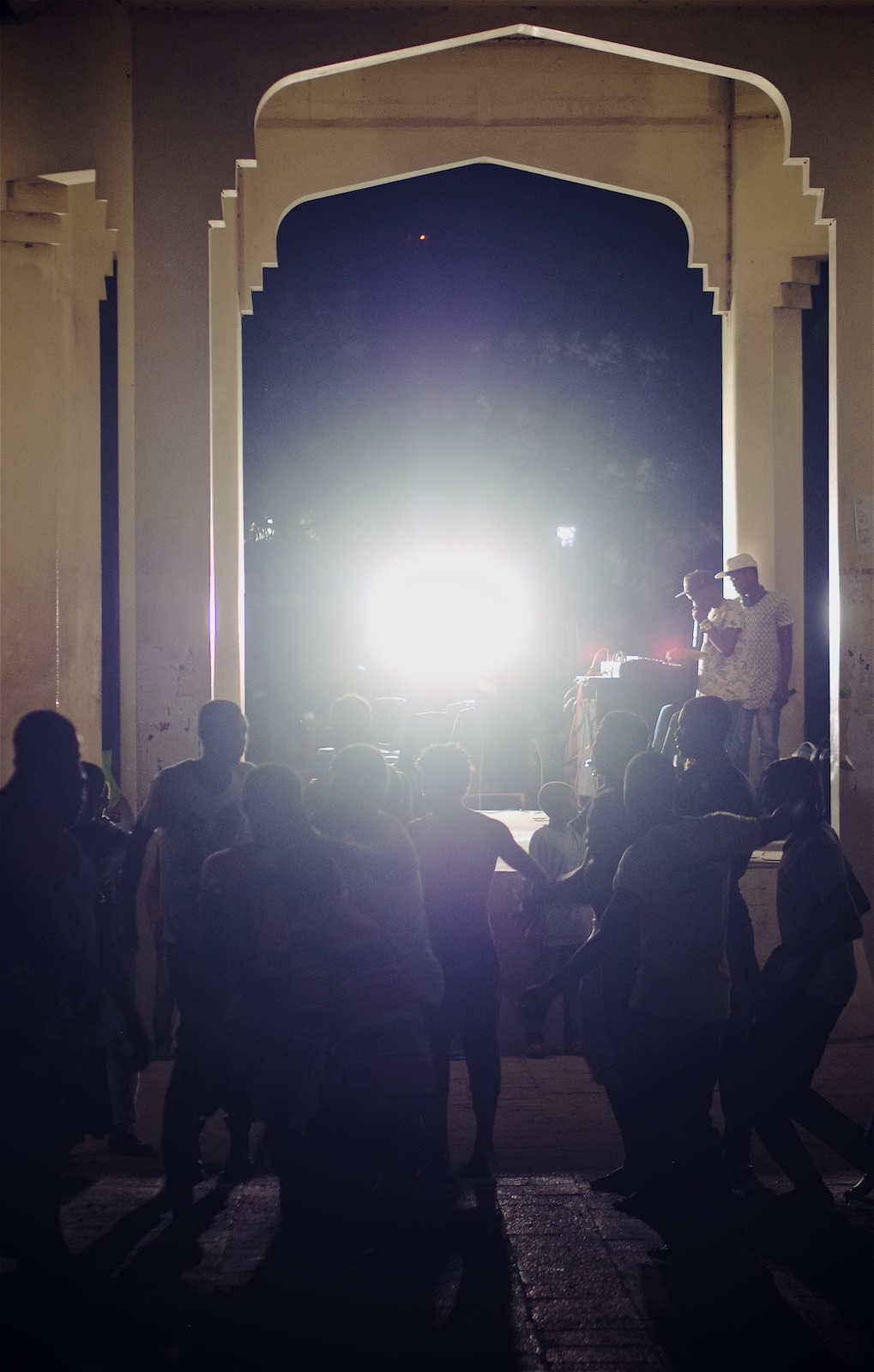
Dancing
Seemed to be a big part of the culture. This was at a weekly market on Friday evening at the Forodhani Gardens.
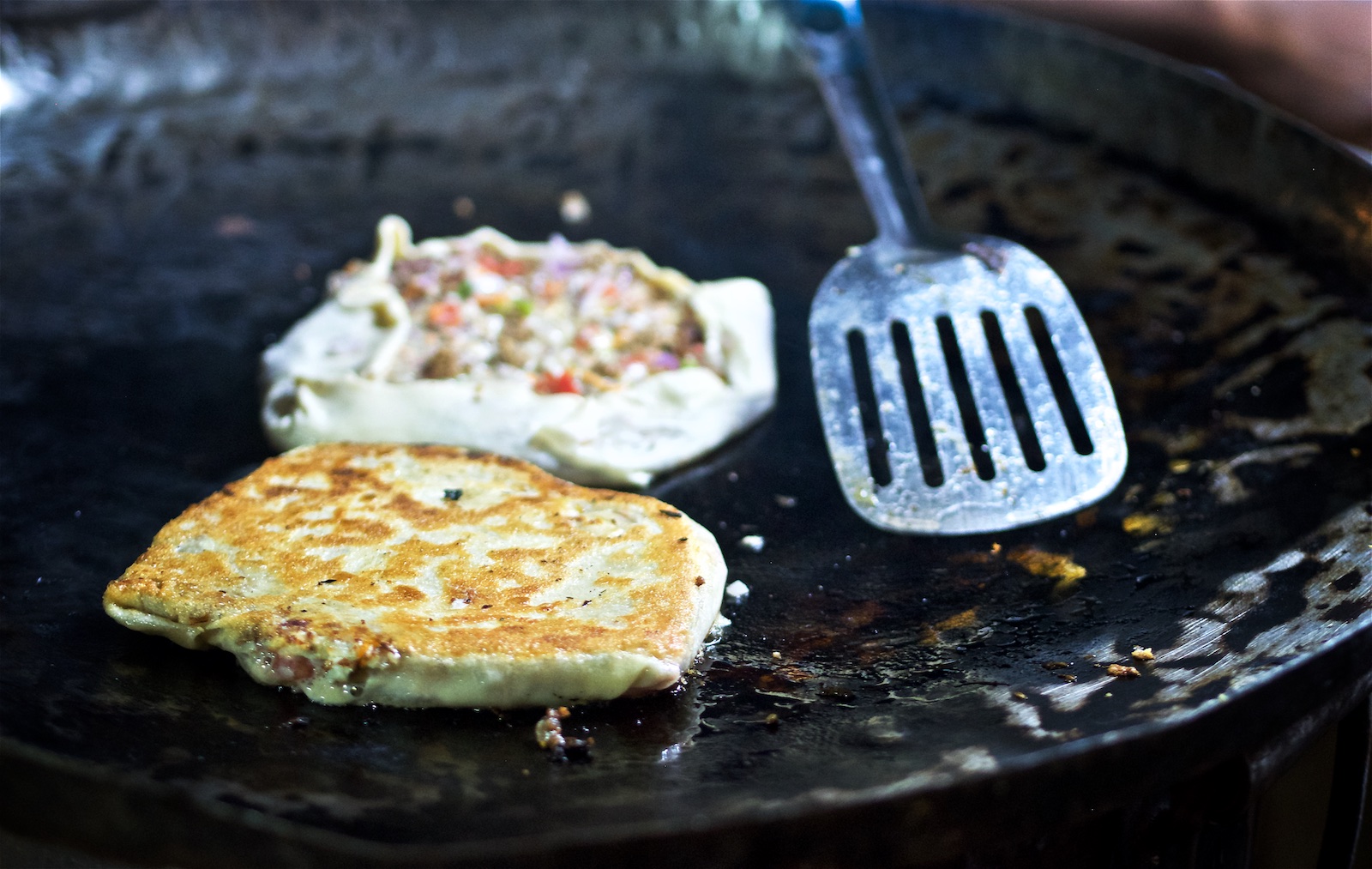
Zanzibari Pizza
Tasty.
Moments of Maldives
10 years after my first trip to the world's lowest country, I was lucky enough to go back to the Maldives. It's definitely a unique place on earth and one that suffers heavily from the downsides of civilization. Go, explore and come back with a more conscious mind.

10 years after my first trip to the world's lowest country, I was lucky enough to go back to the Maldives. It's definitely a unique place on earth and one that suffers heavily from the downsides of civilization. Go, explore and come back with a more conscious mind.
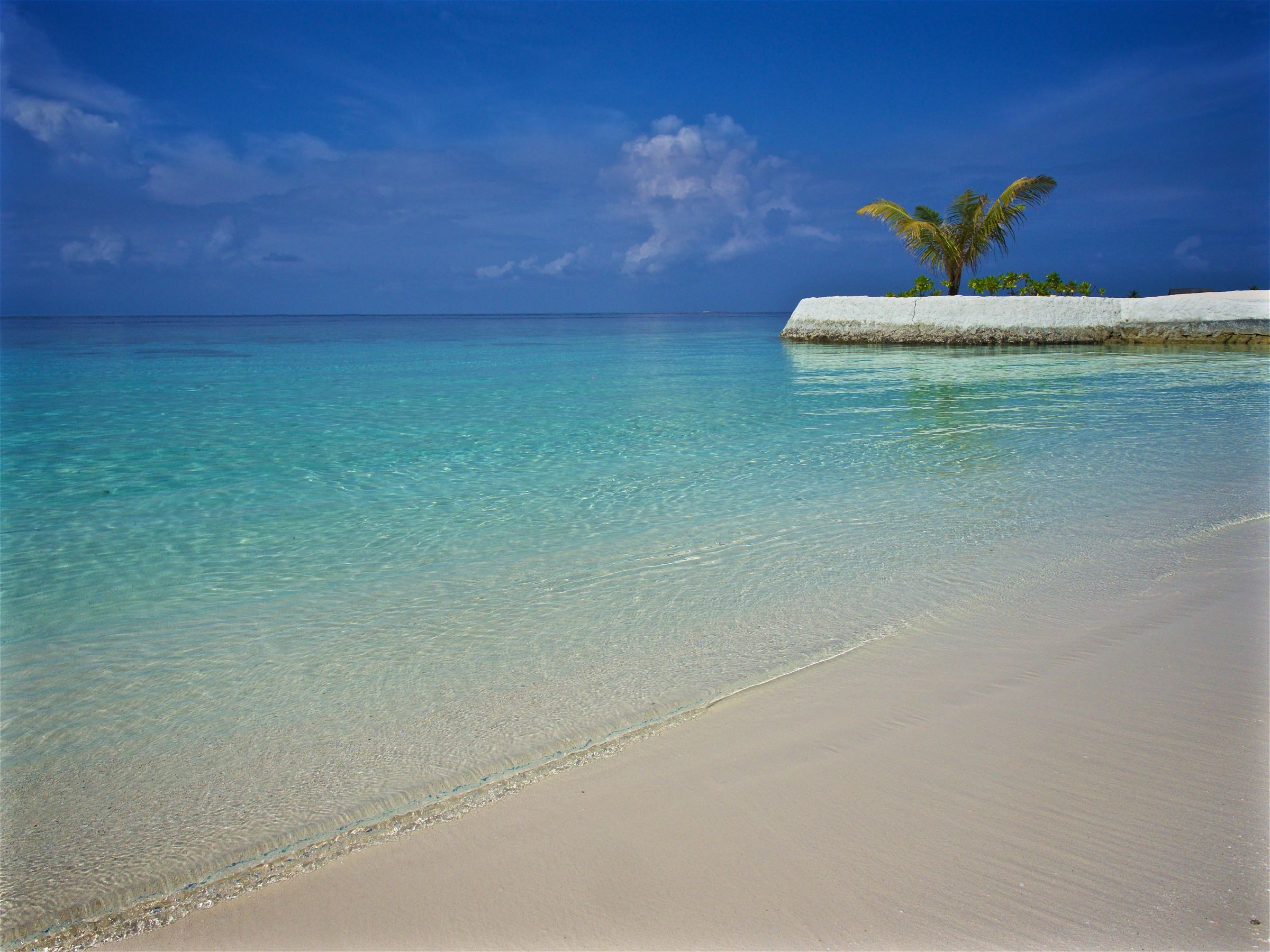
Bliss - for now.
Given that the island is close the most populated areas of the country, there is a noticeable presence of plastics and garbage in the water. Seeing this in such an environment does make you think twice about that plastic bottle.
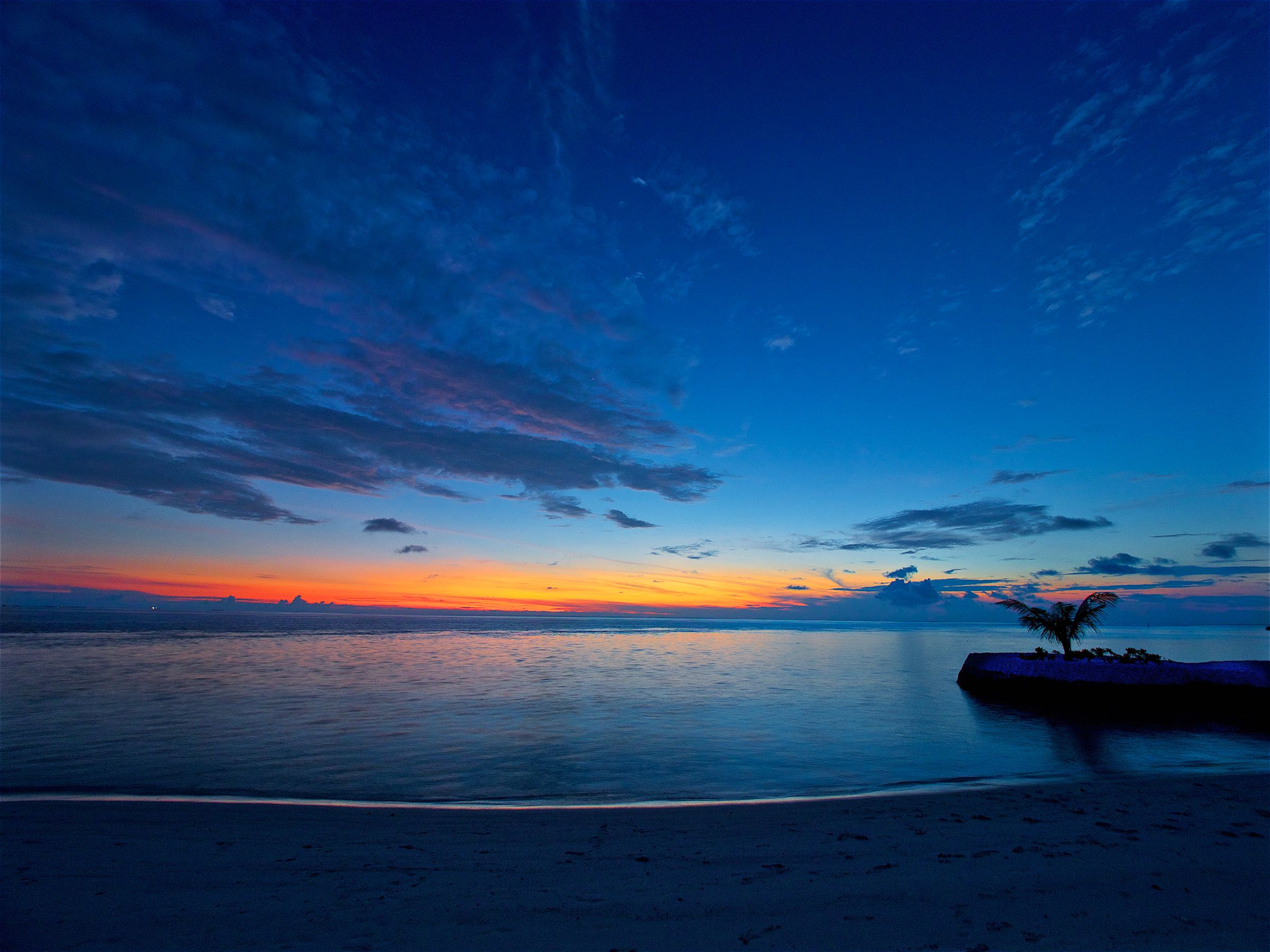
The last sunset
Keeping the option to come back open...
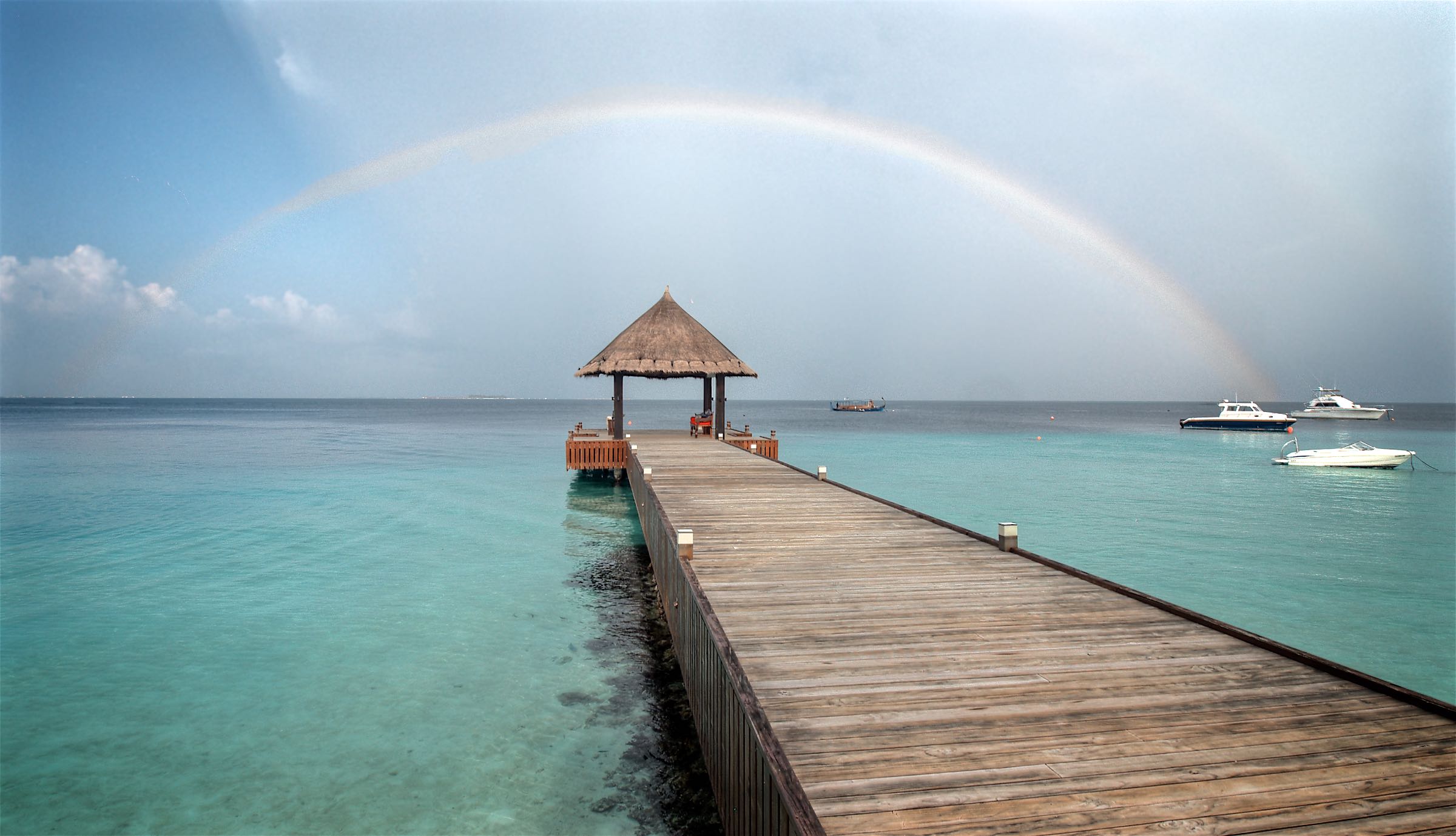
Rainbow
It rains frequently - usually only for an hour or so until the sun comes out again. Makes for frequent rainbows.
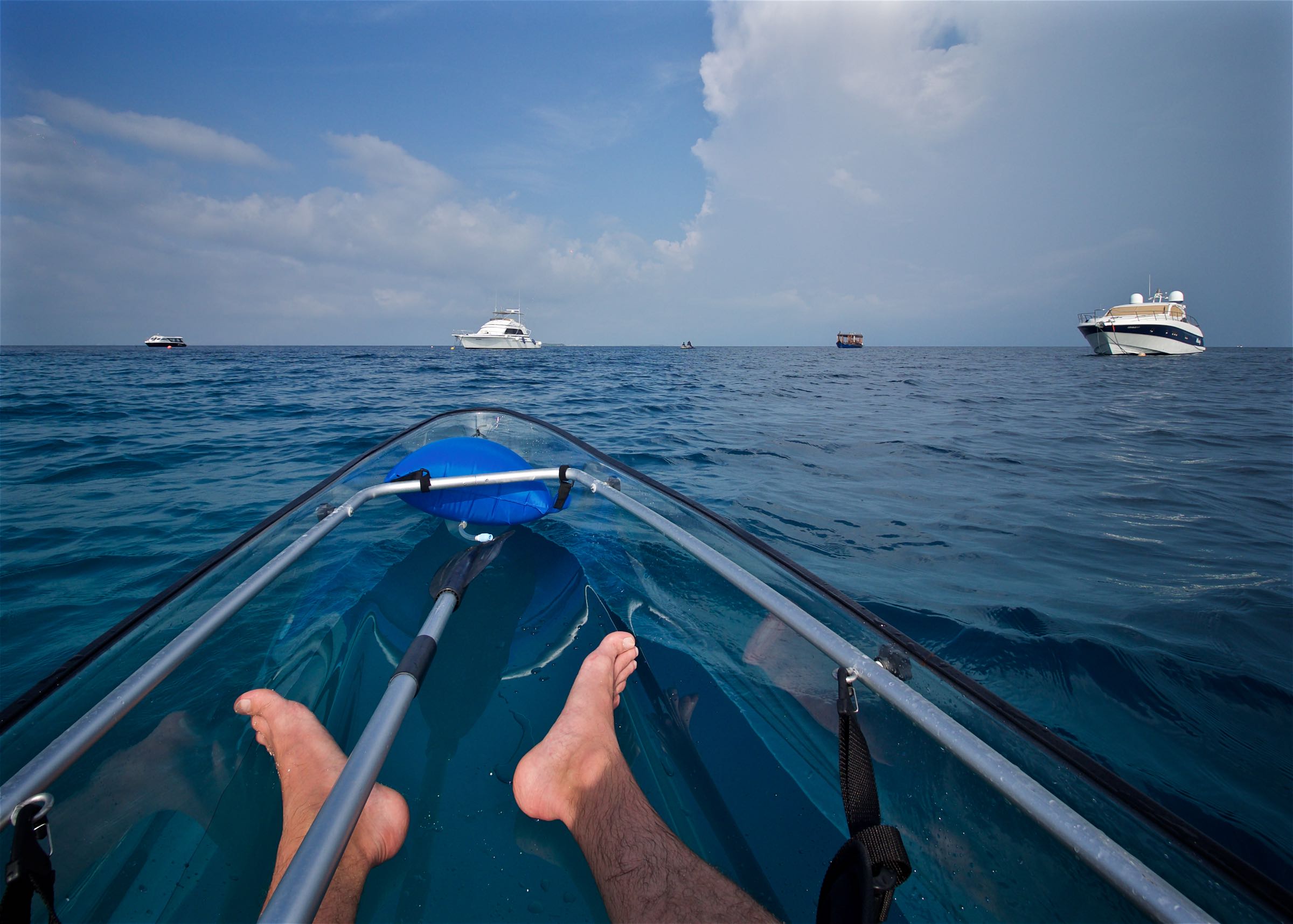
Glass Kayak
Not a bad way to see the reef without getting (too) wet.
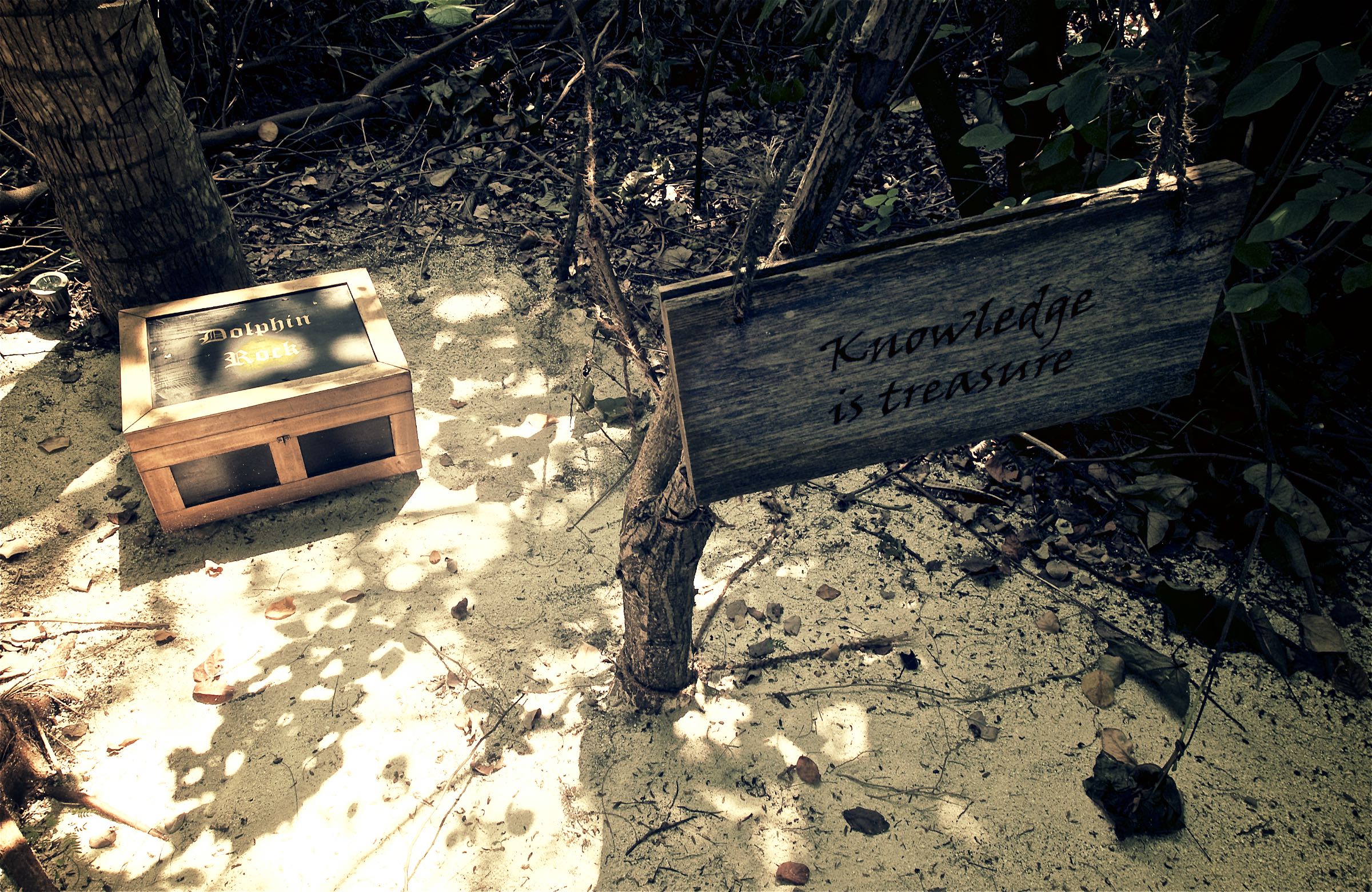
Found it
I feel much wiser.

Path to Knowledge
Result on the next image.
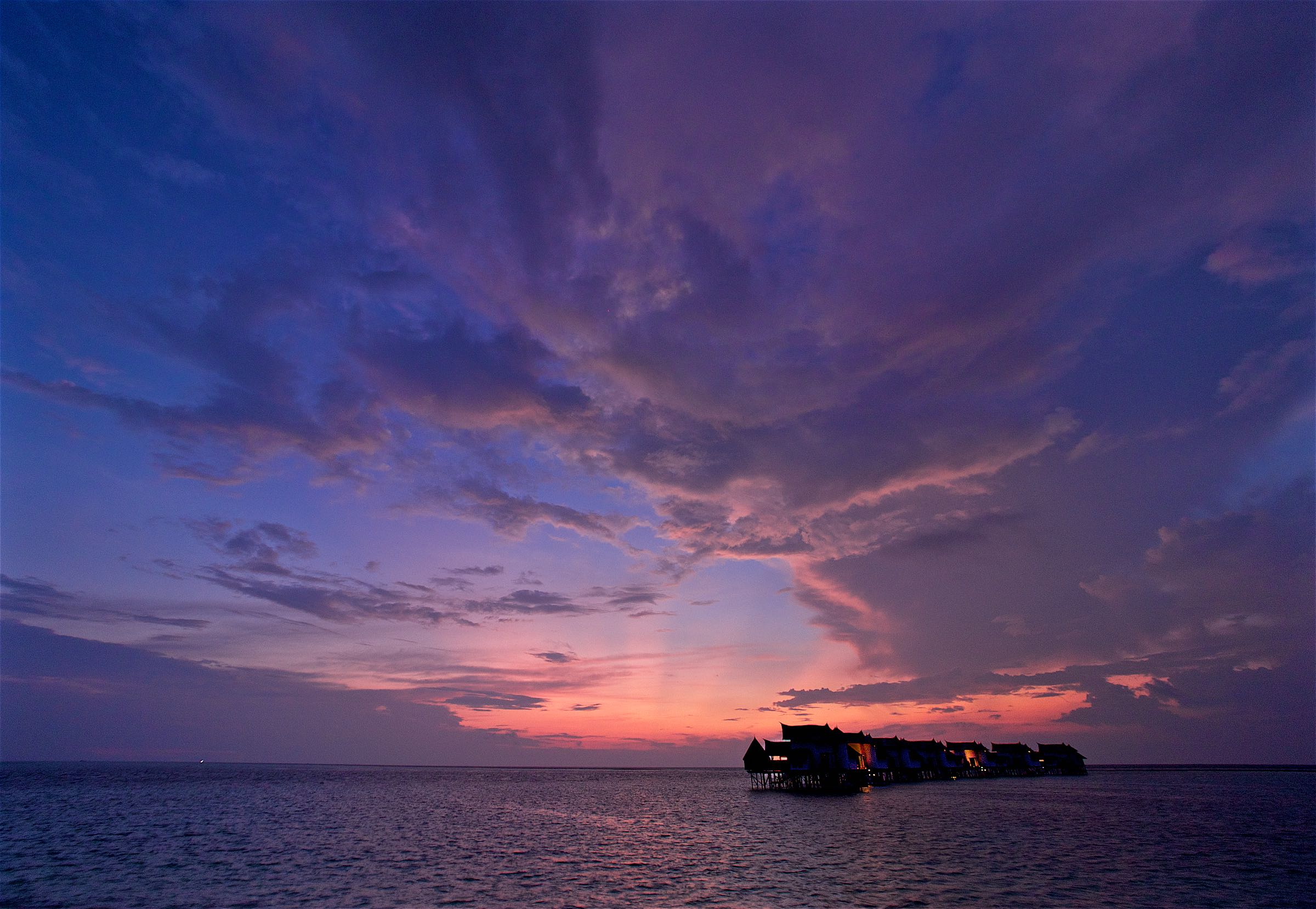
After sunset
Wish we had more of those colors in the skies of Dubai.

Roofs
Exterior shot of the aforemented restaurant.

Light & Lamps
Loved the architecture of the main restaurant "Samsara".
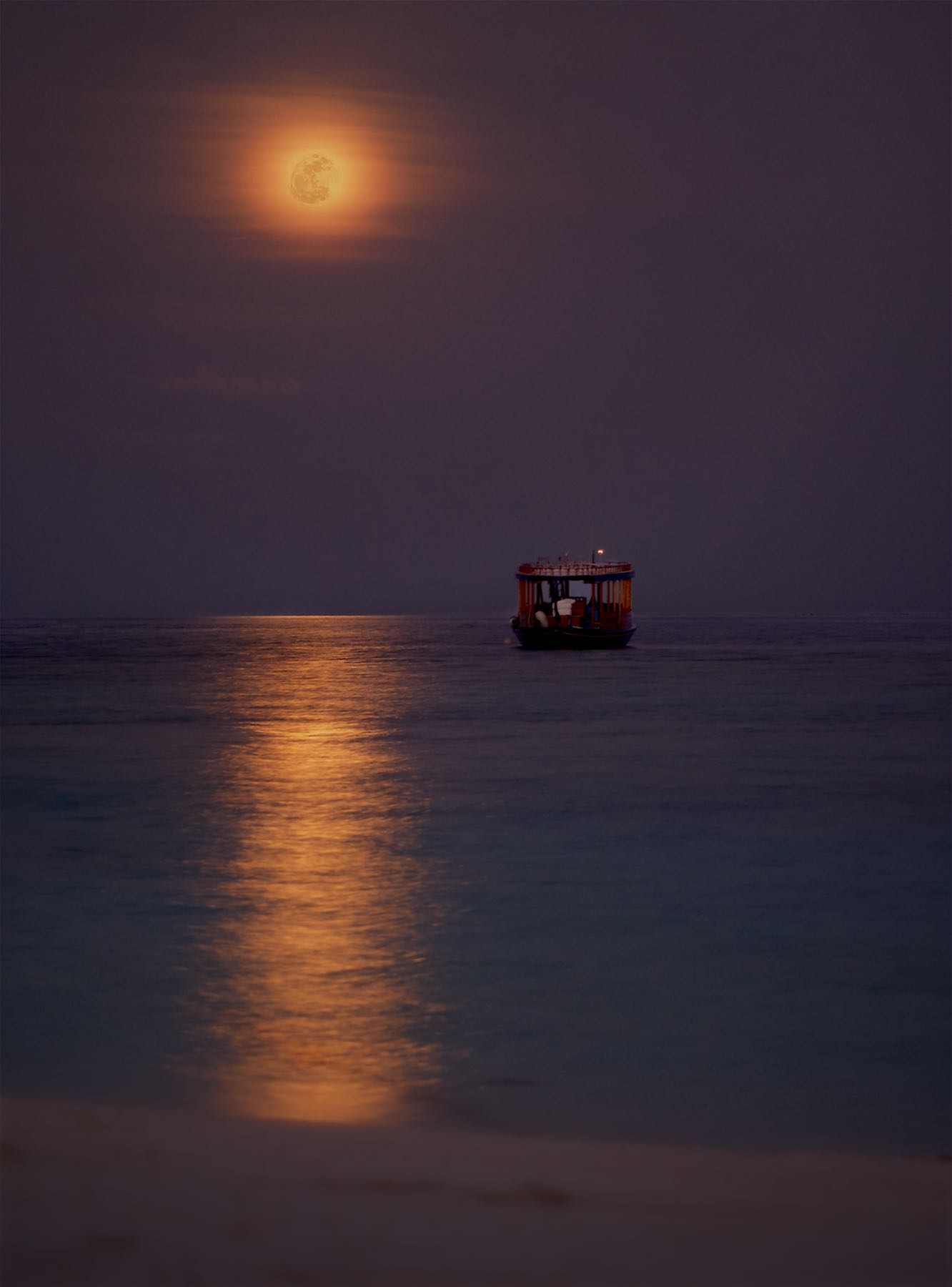
Moonrise
In the interest of full disclosure, this is a blend of two images, it's nearly impossible to get the moon and the rest of the photo evenly exposed otherwise.
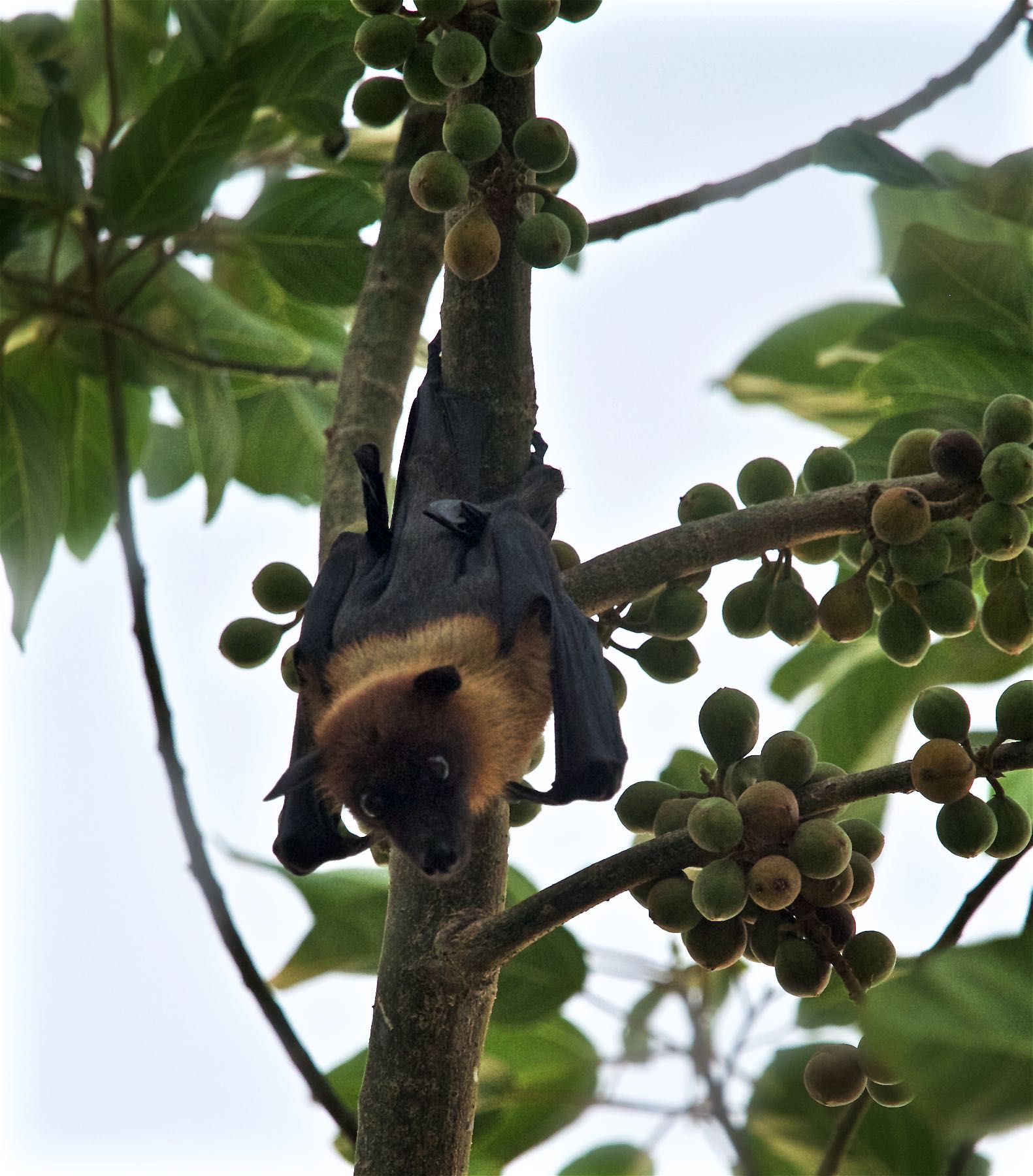
Just hanging
A flying fox. Definitely on the weirder side of the animal spectrum.
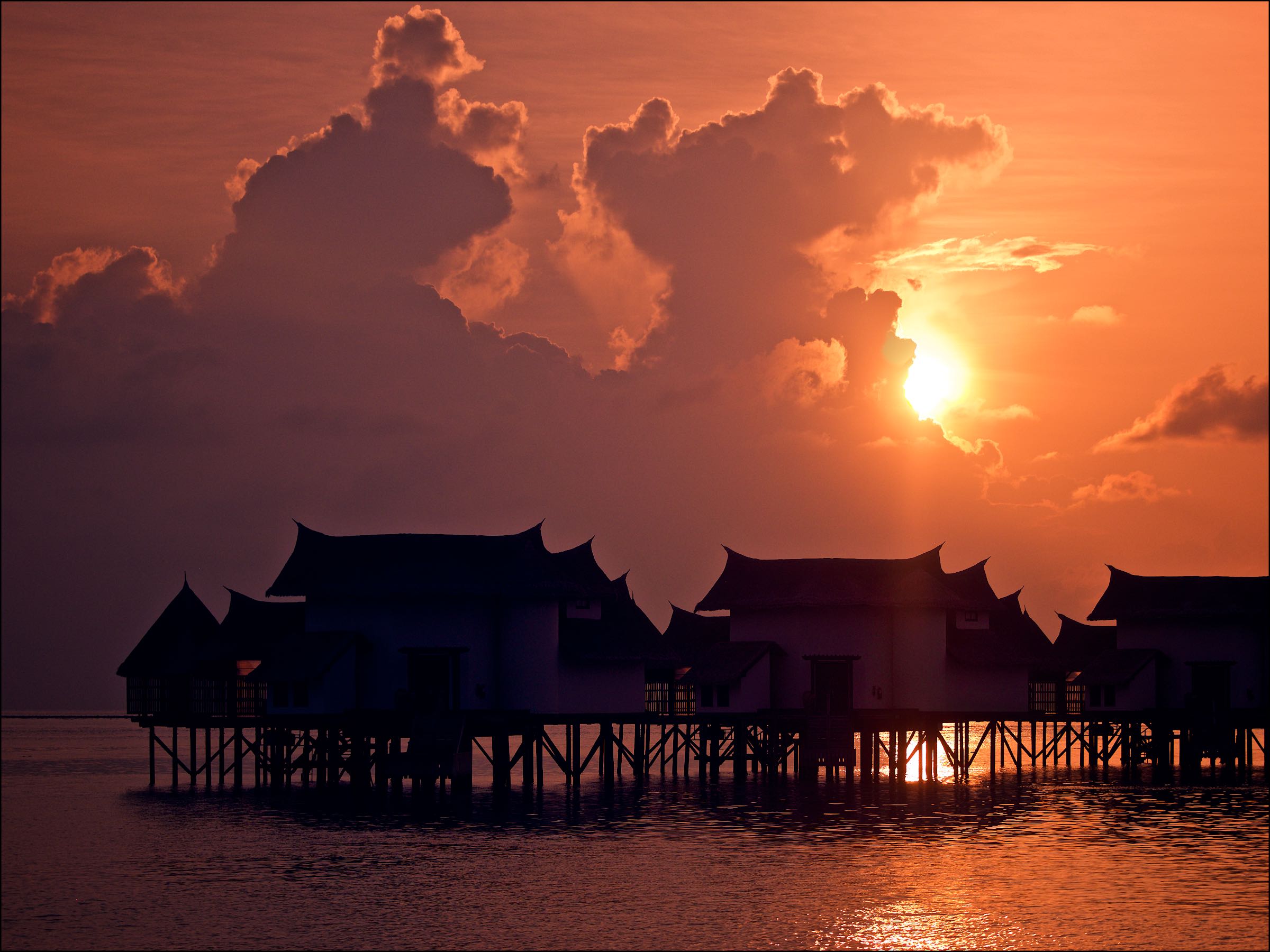
Sunset
A layer of haze just above the horizon meant I didn't get to capture a real sunset. Second best thing.

Garden Lizard
From what I gather, this is a male, indicated by the bright red throat during breeding season.
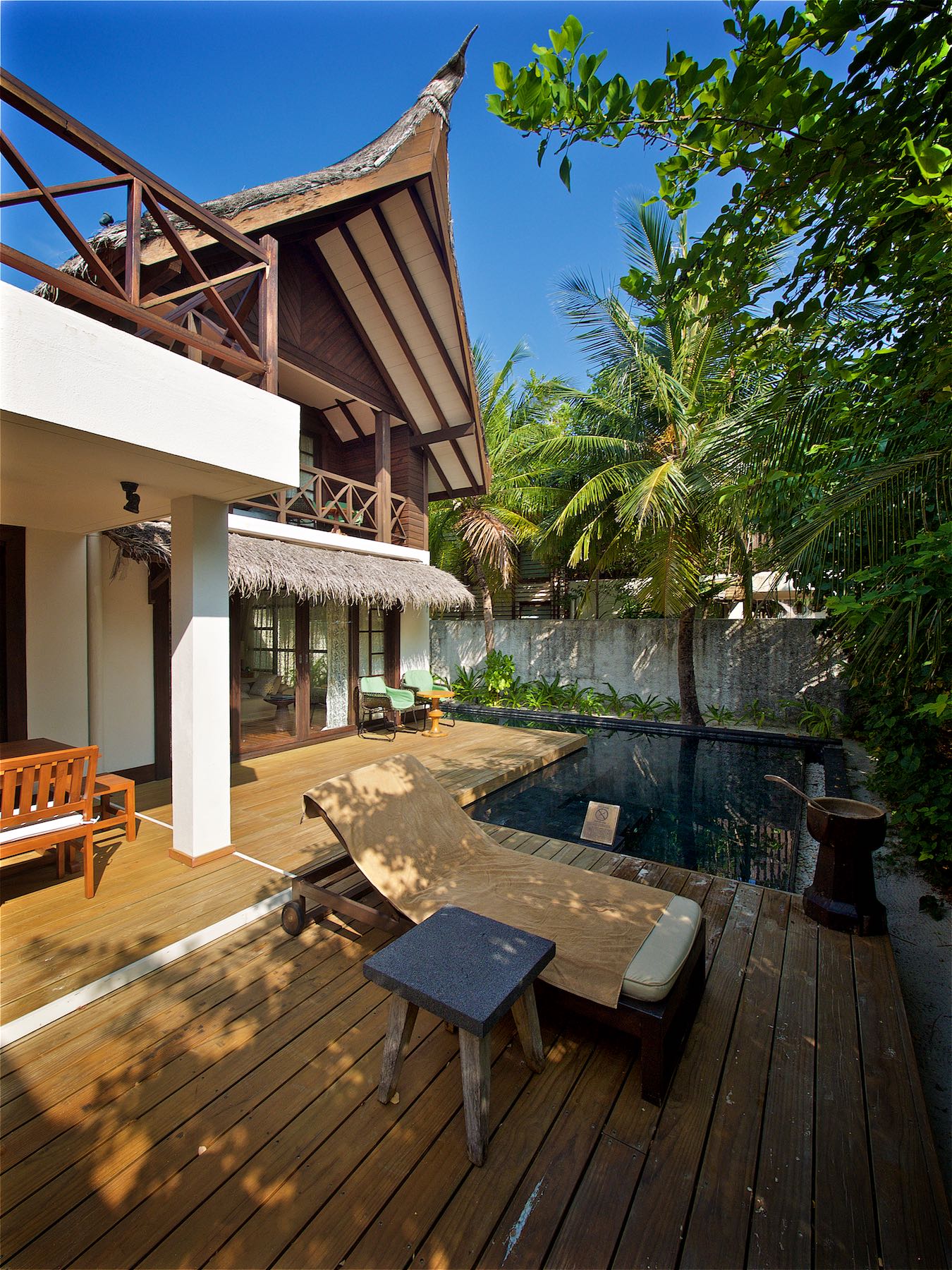
Home Sweet Home
I wish.
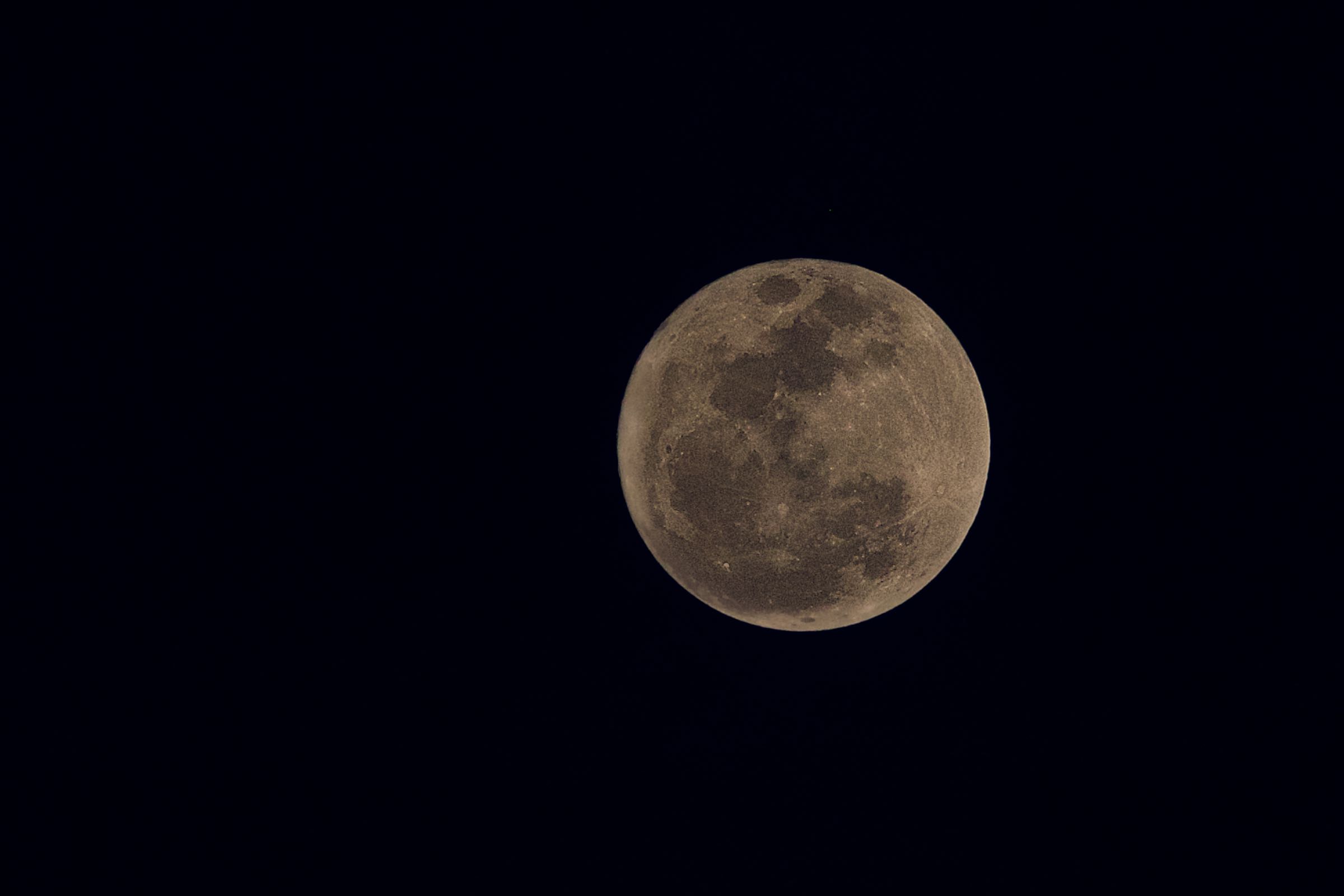
Supermoon
Not really what it's made out to be, a few % larger and brighter than normal.
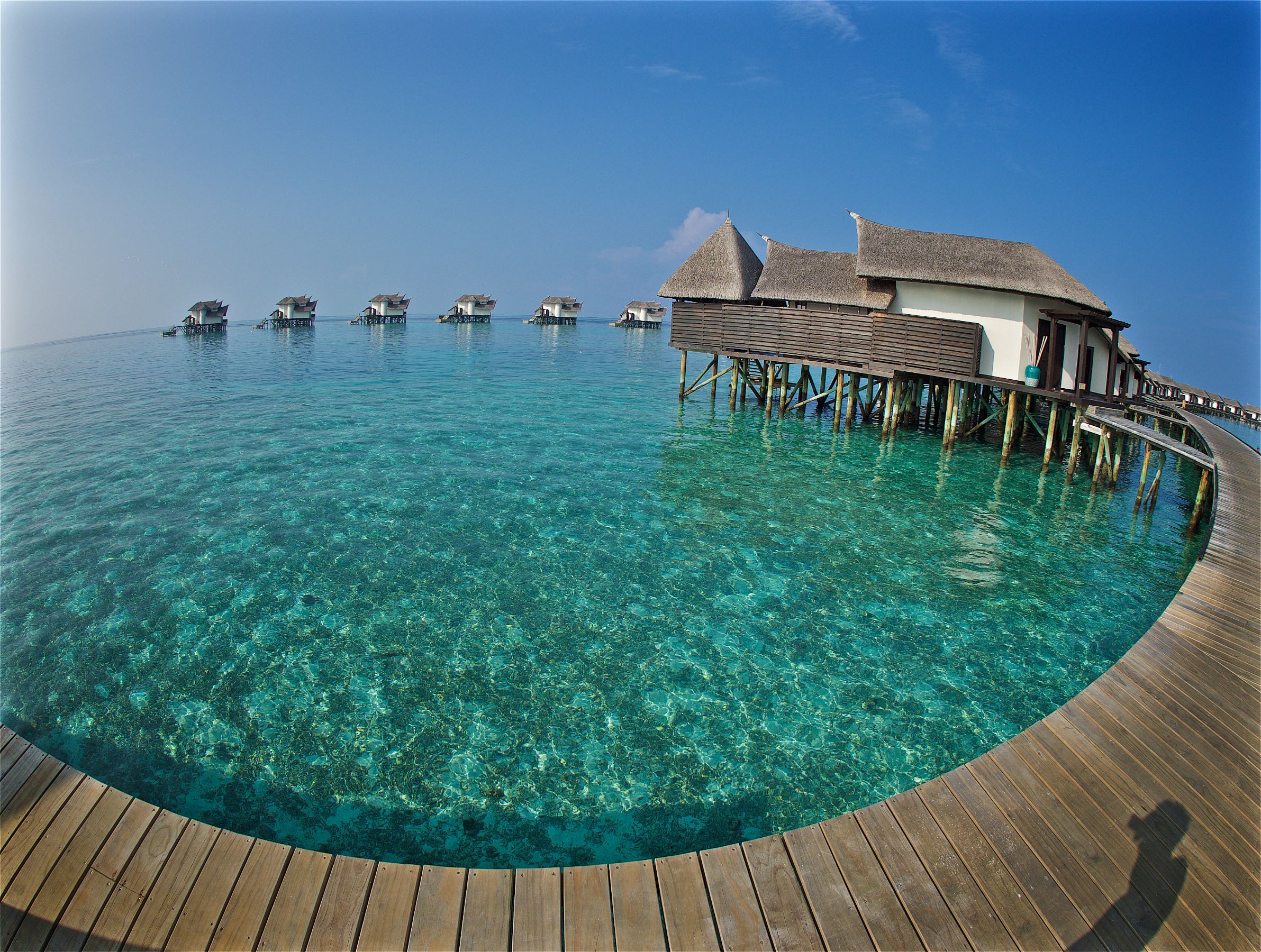
Fisheye
Testing the new Olympus Zuiko 8mm F1.8 Fisheye. Gorgeous sense for this setting.
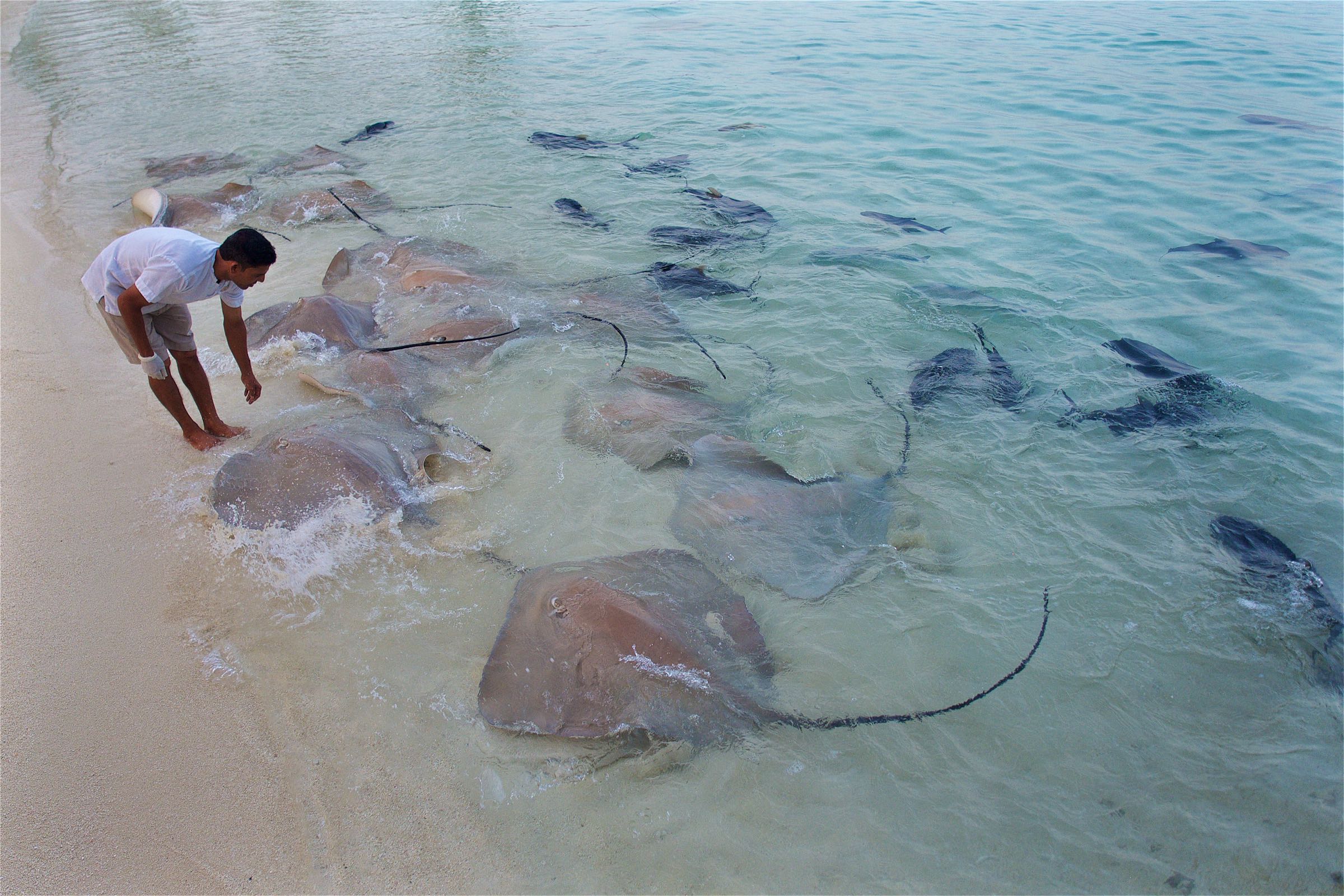
Feeding Time
They should up every afternoon for their daily feeding.
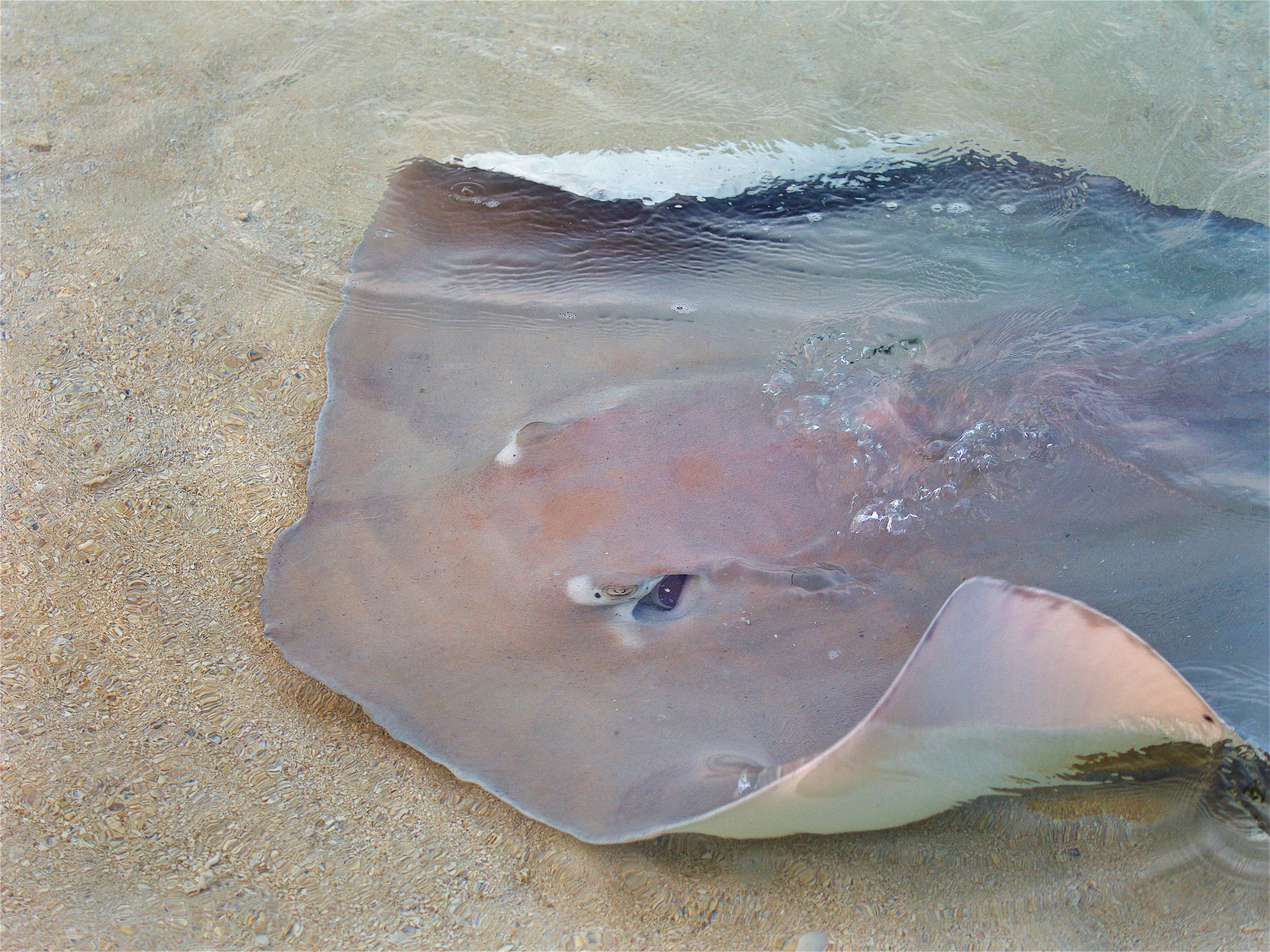
Stingray
These guys actually look quite mean, notice the eyes.
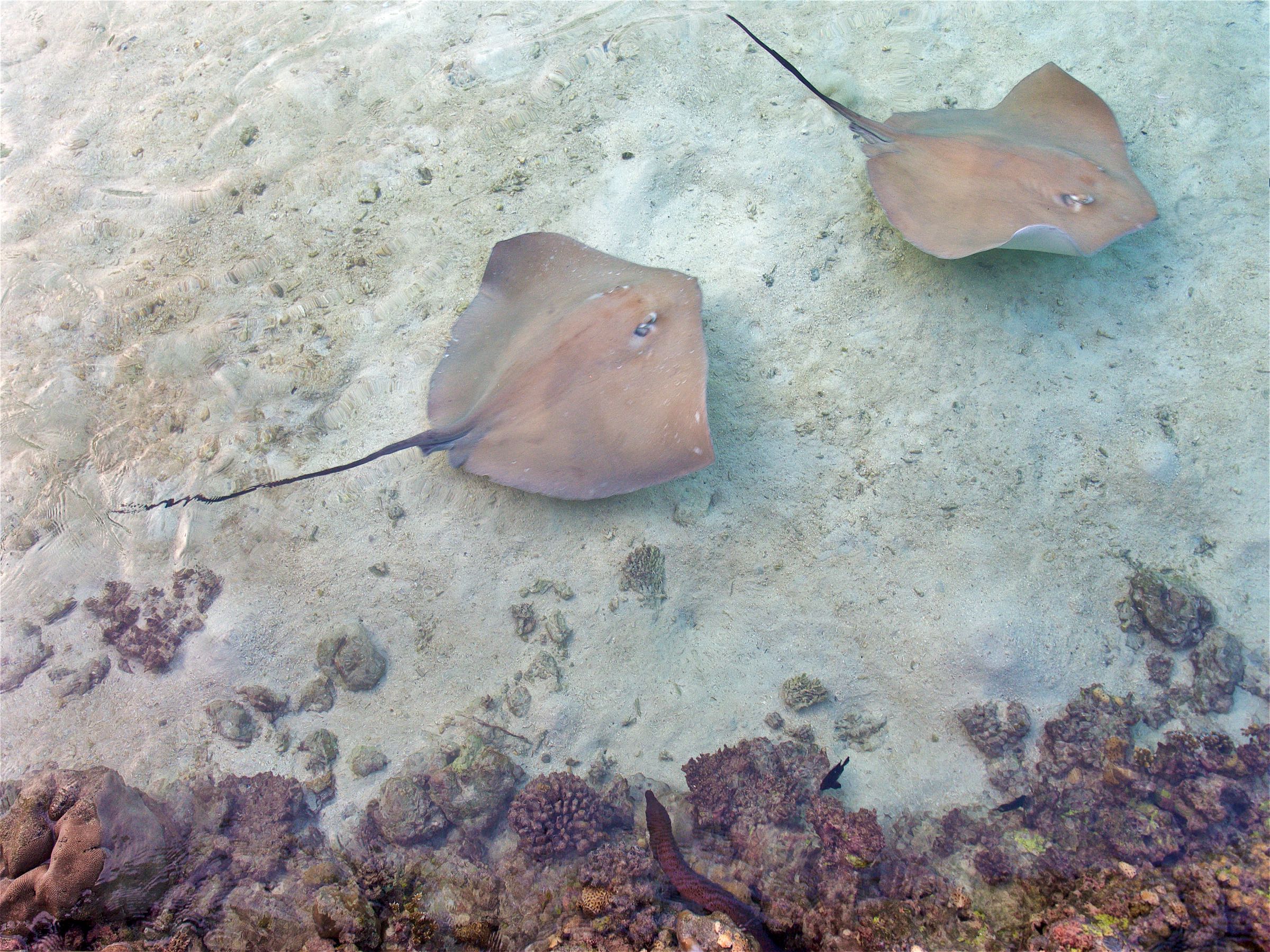
Ray vs Murray Eel
Neither seemed particularly bothered.
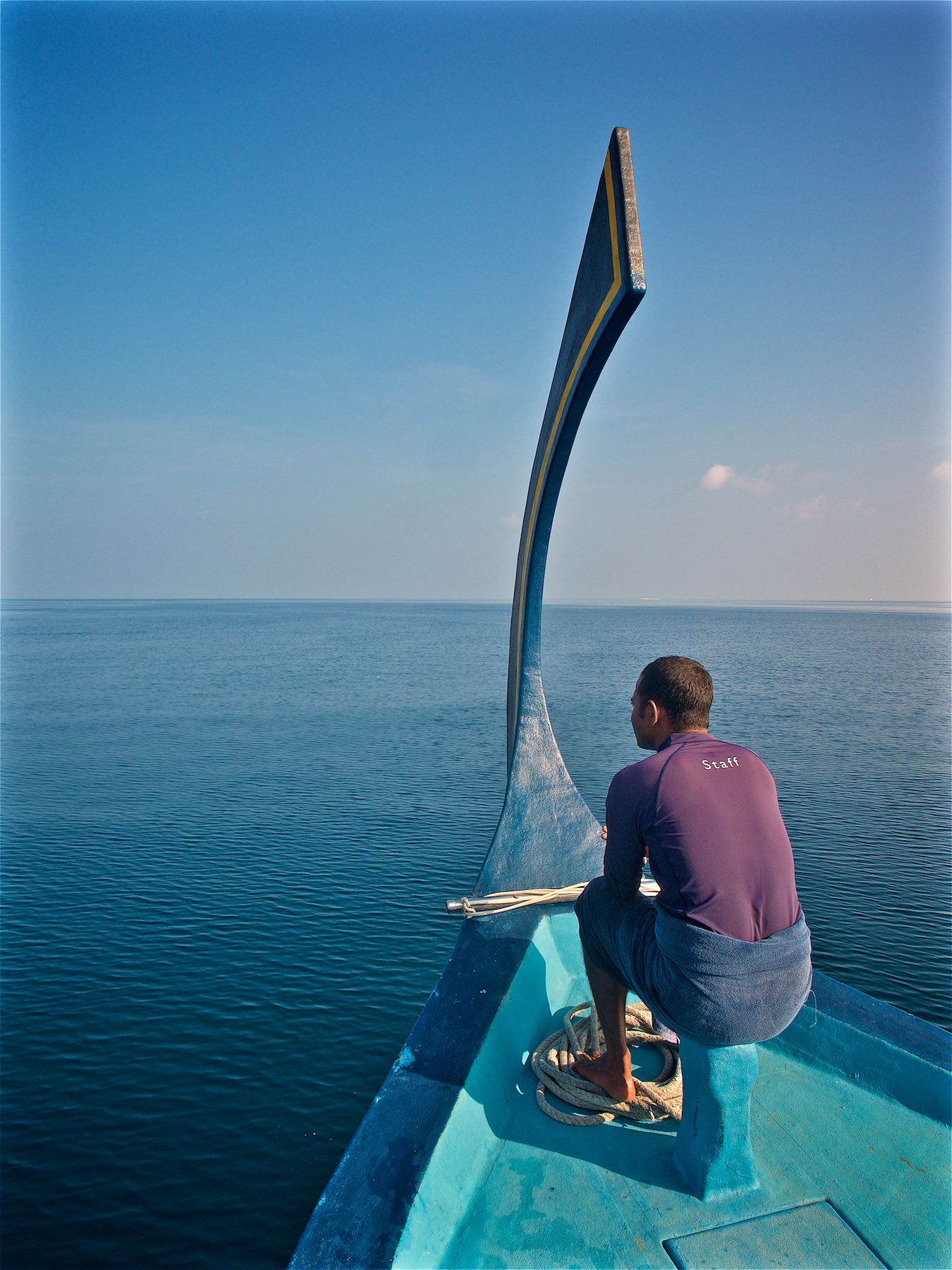
On the lookout
For dolphins!
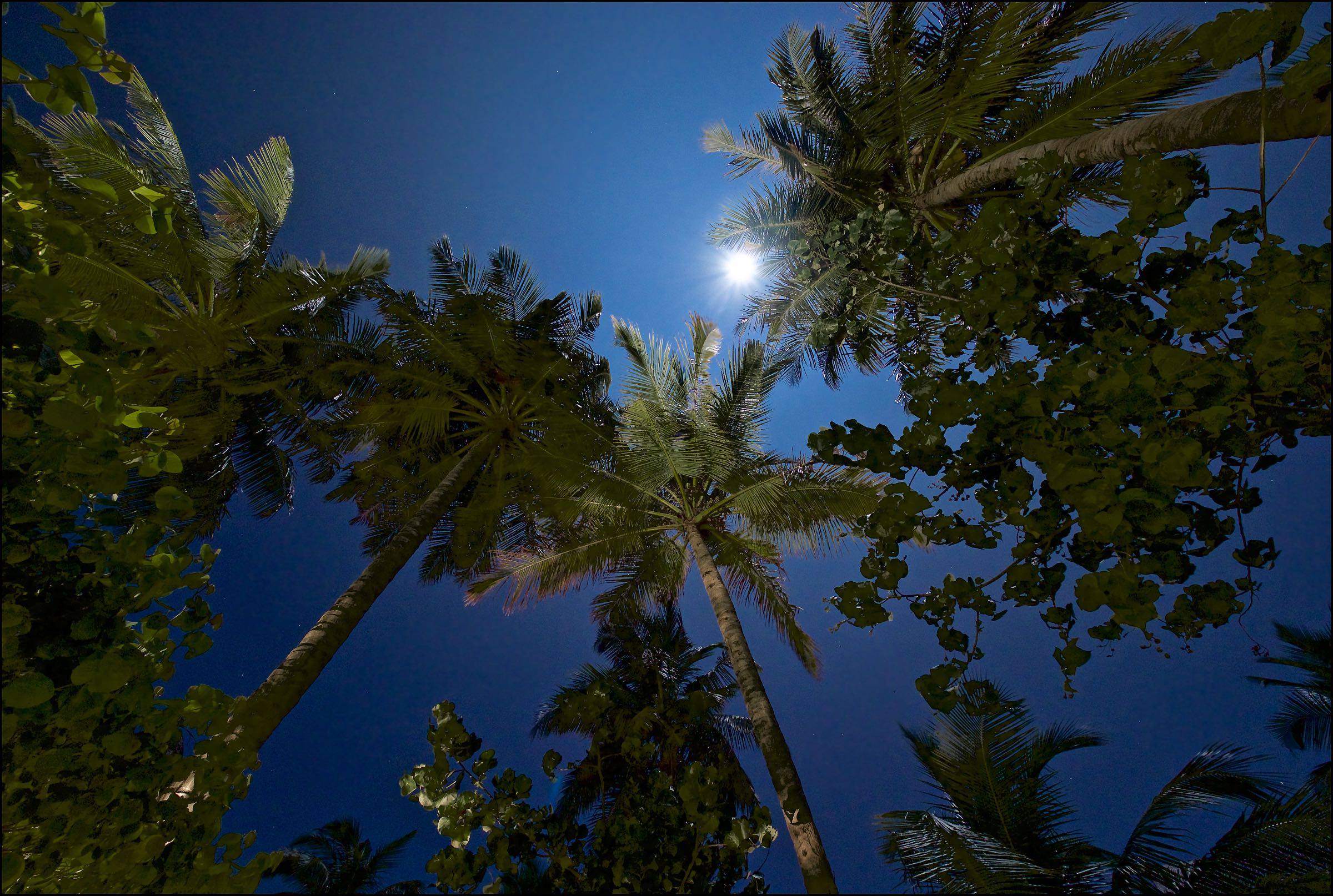
Not the sun
Just a bright moon. Supermoon, as they call it...

Waterside Living
The water villas on the western tip of the island.
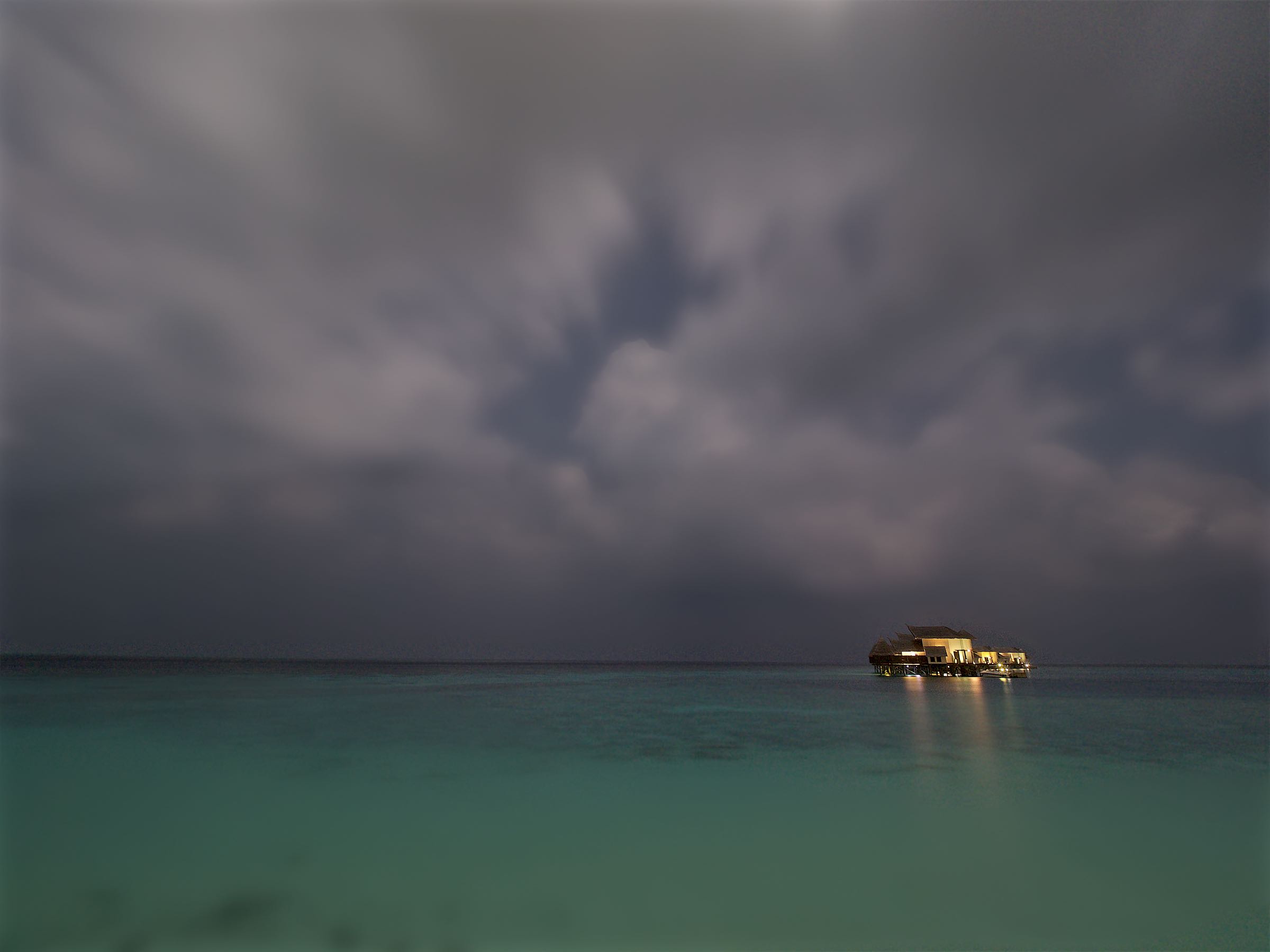
Moonlight Home
The full moon allowed for interesting shots in the middle of the night.
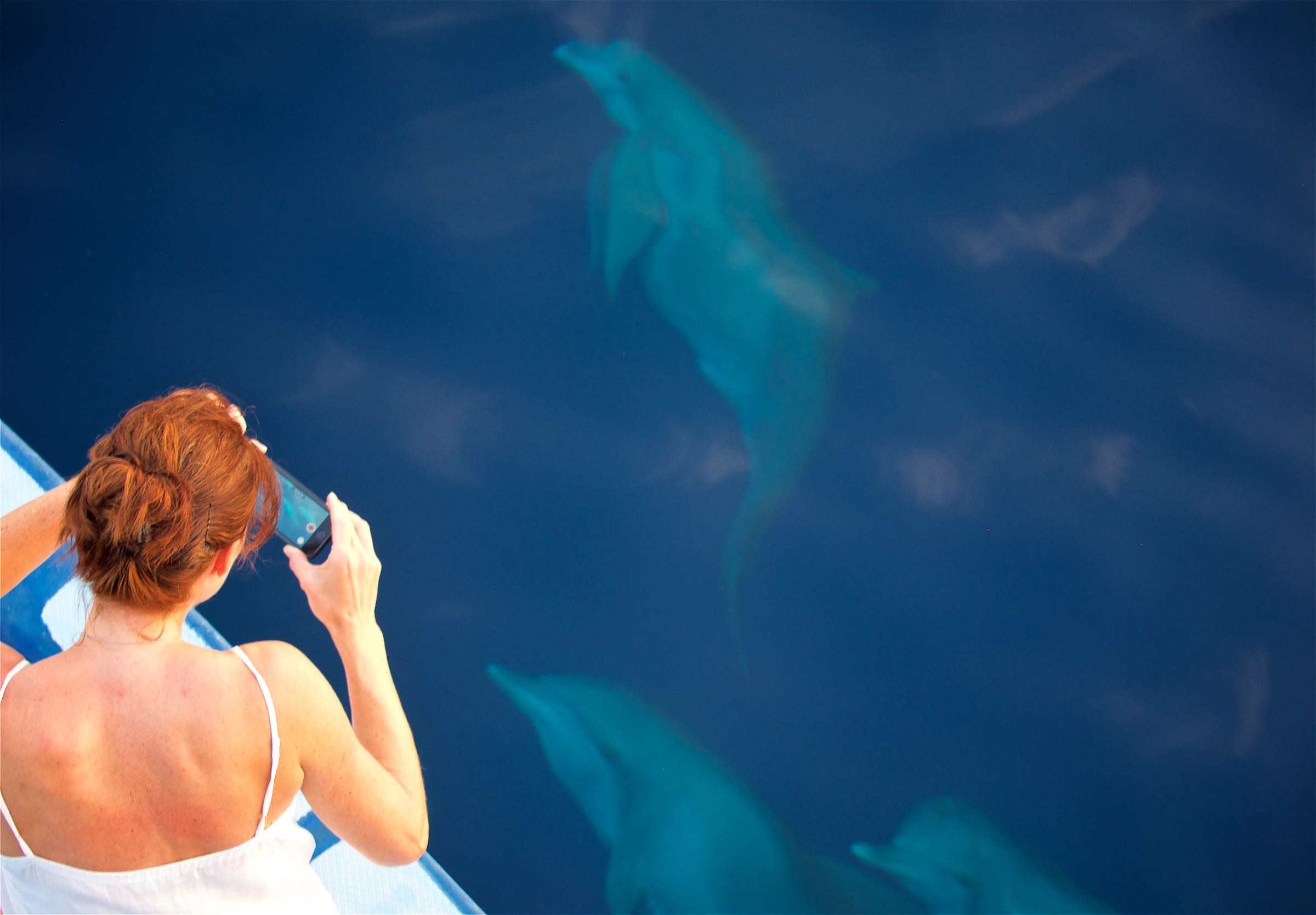
Playful
First time I saw them in the wild (not counting the one fin I saw back in Oman). You can definitely feel their curiosity and intelligence.

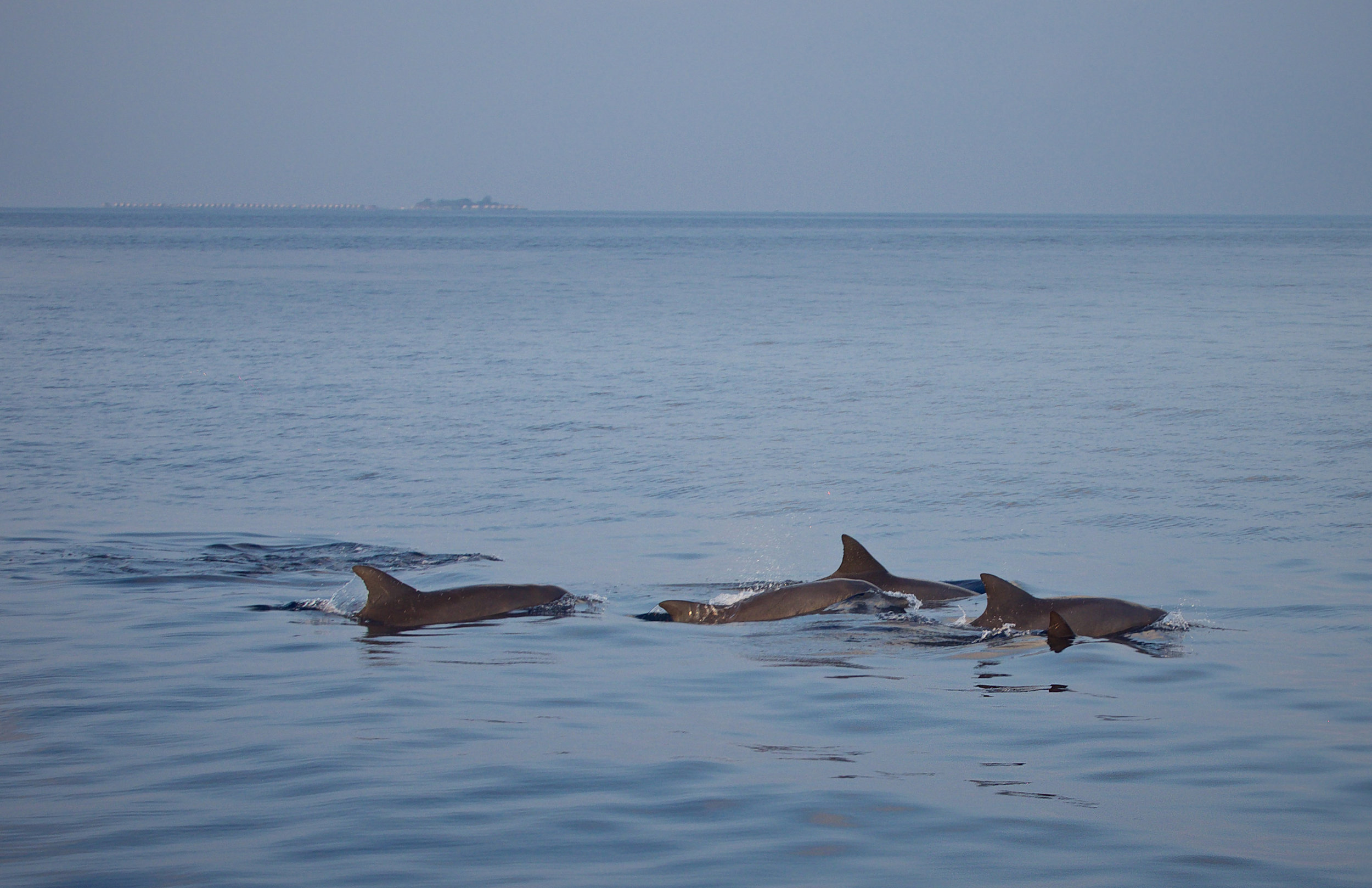
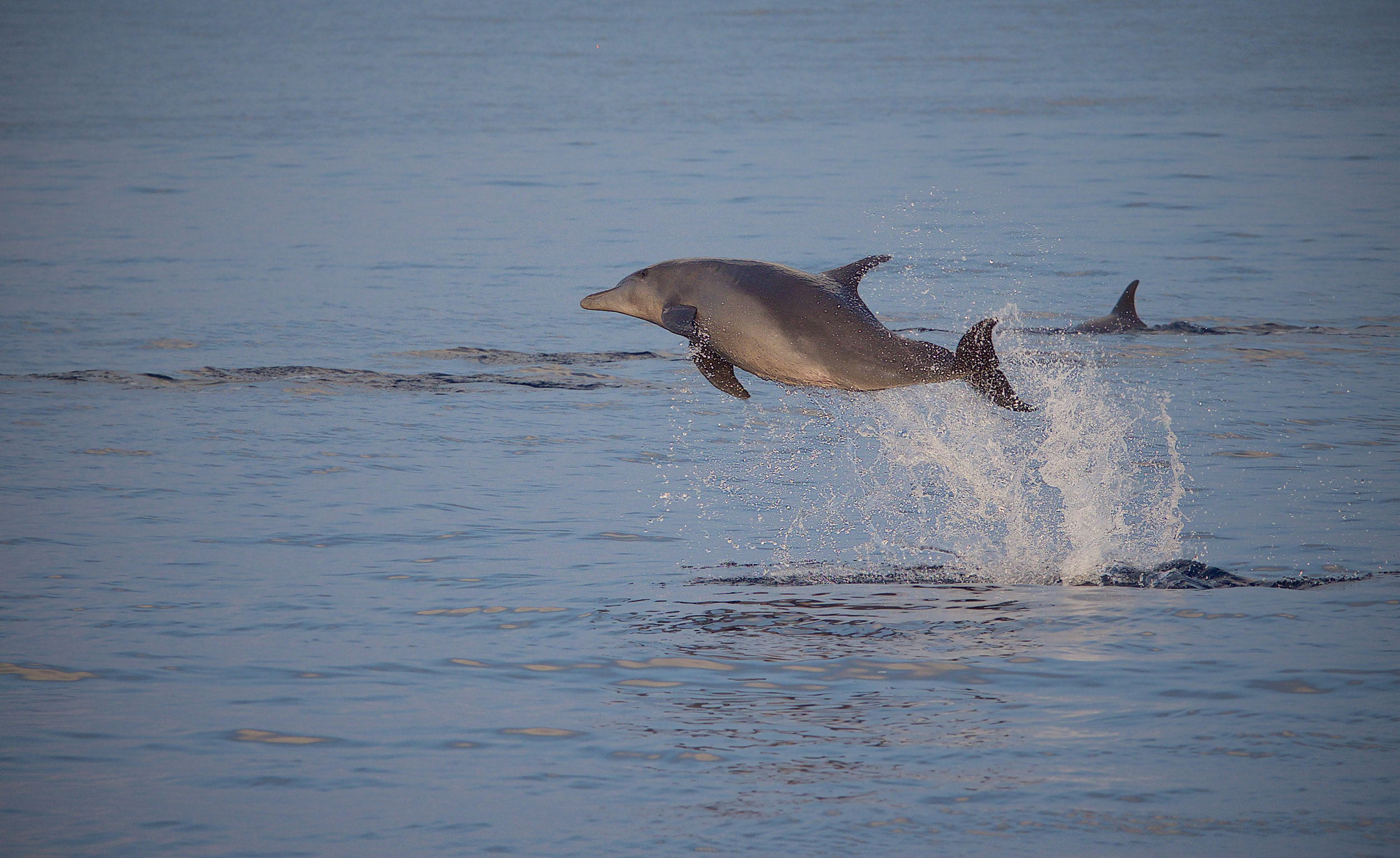
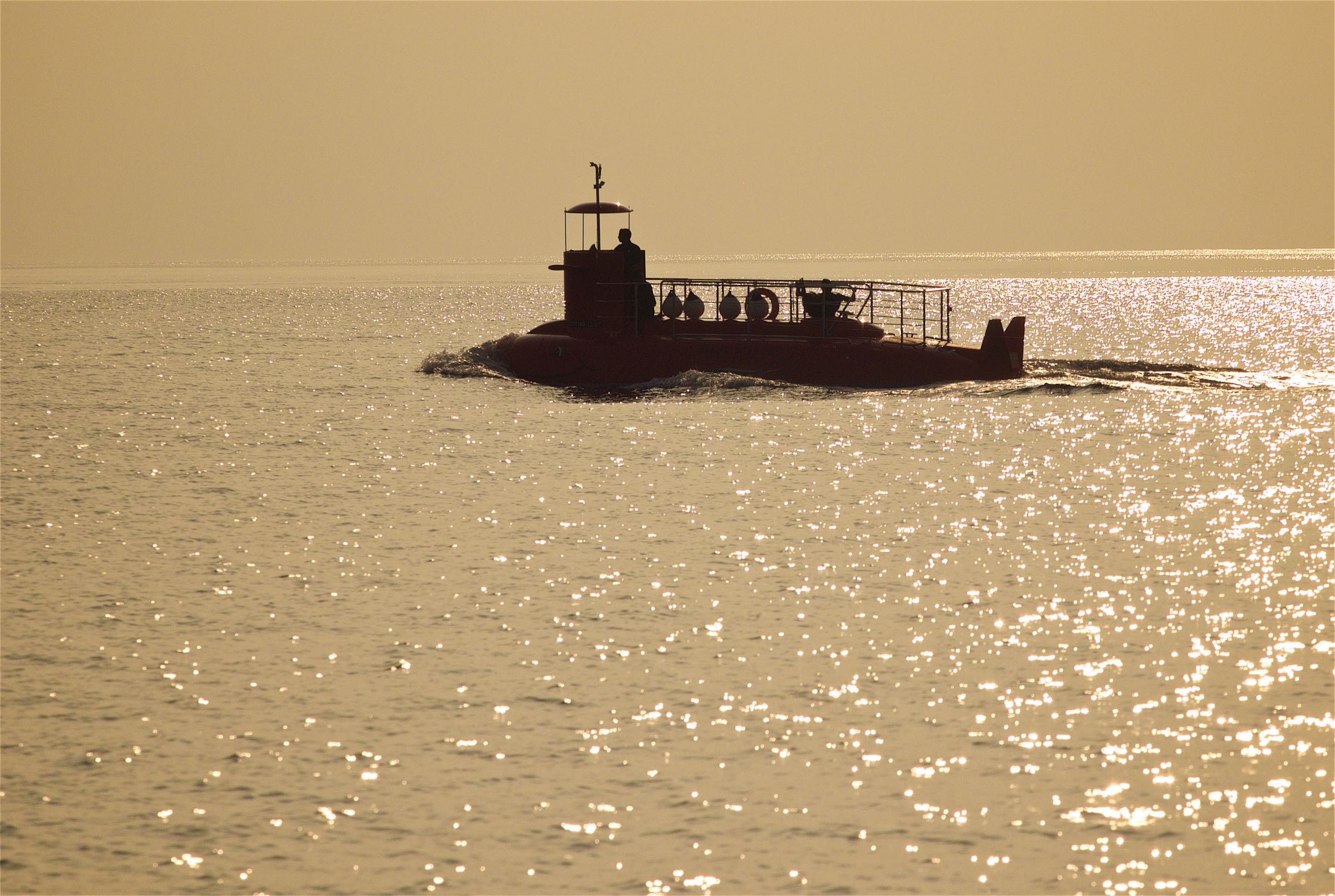
Yellow Submarine
Red one actually. And semi-sub only.
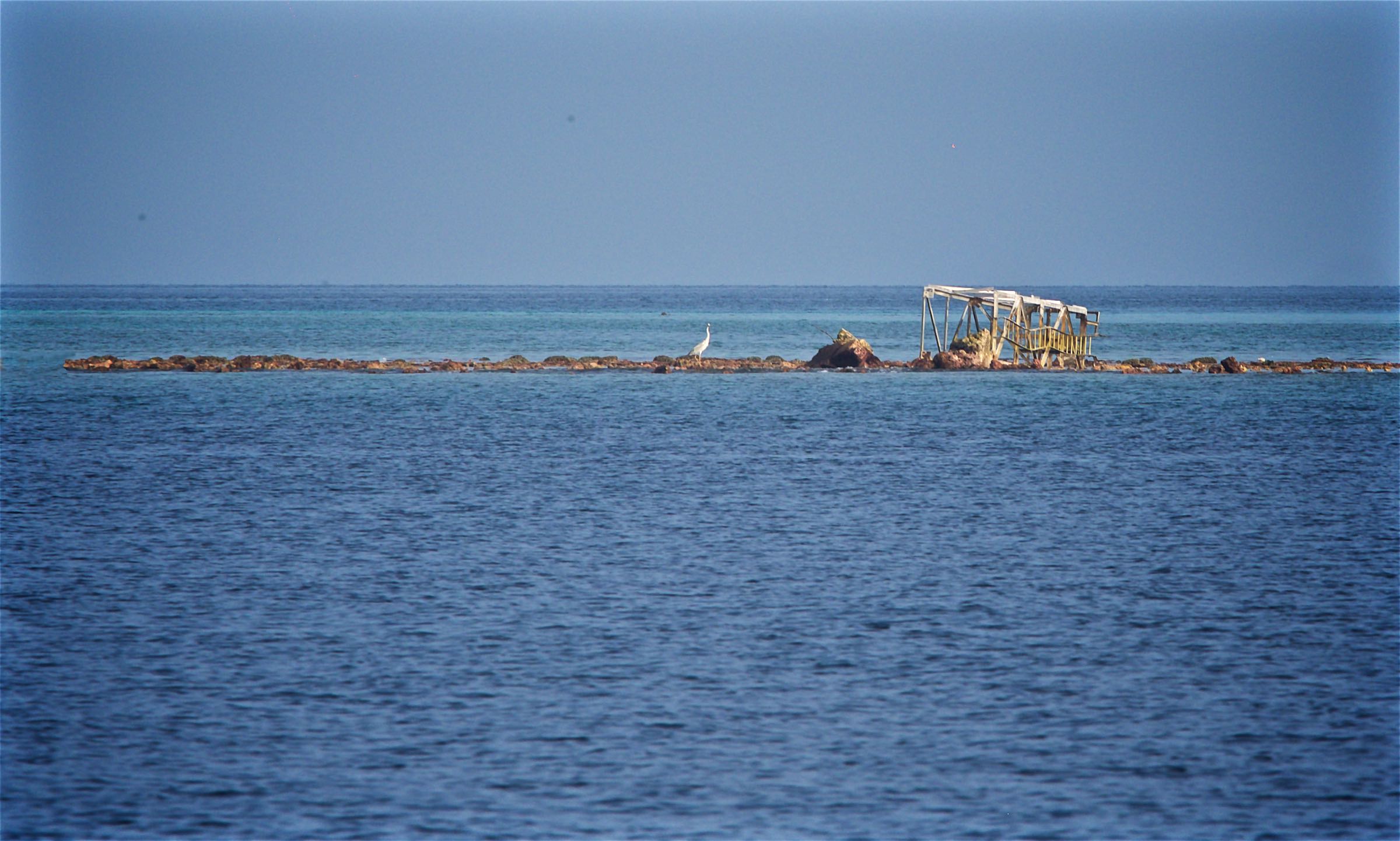
Reef Tips
The tip of one of the many reefs surrounding the island, adorned by an heroine (?) and some kind of ship wreck.
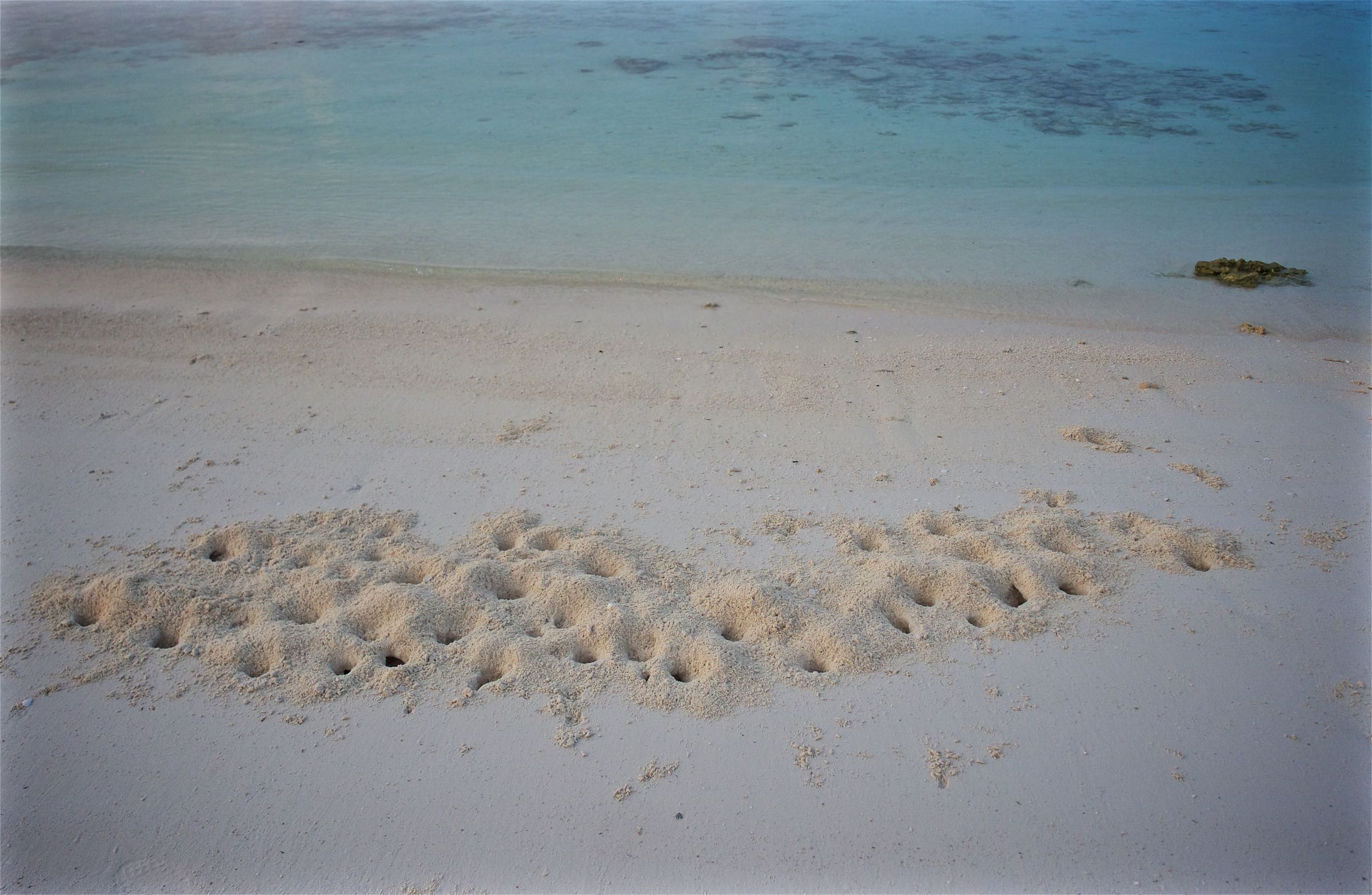
Mass Housing
Not a bad location though.
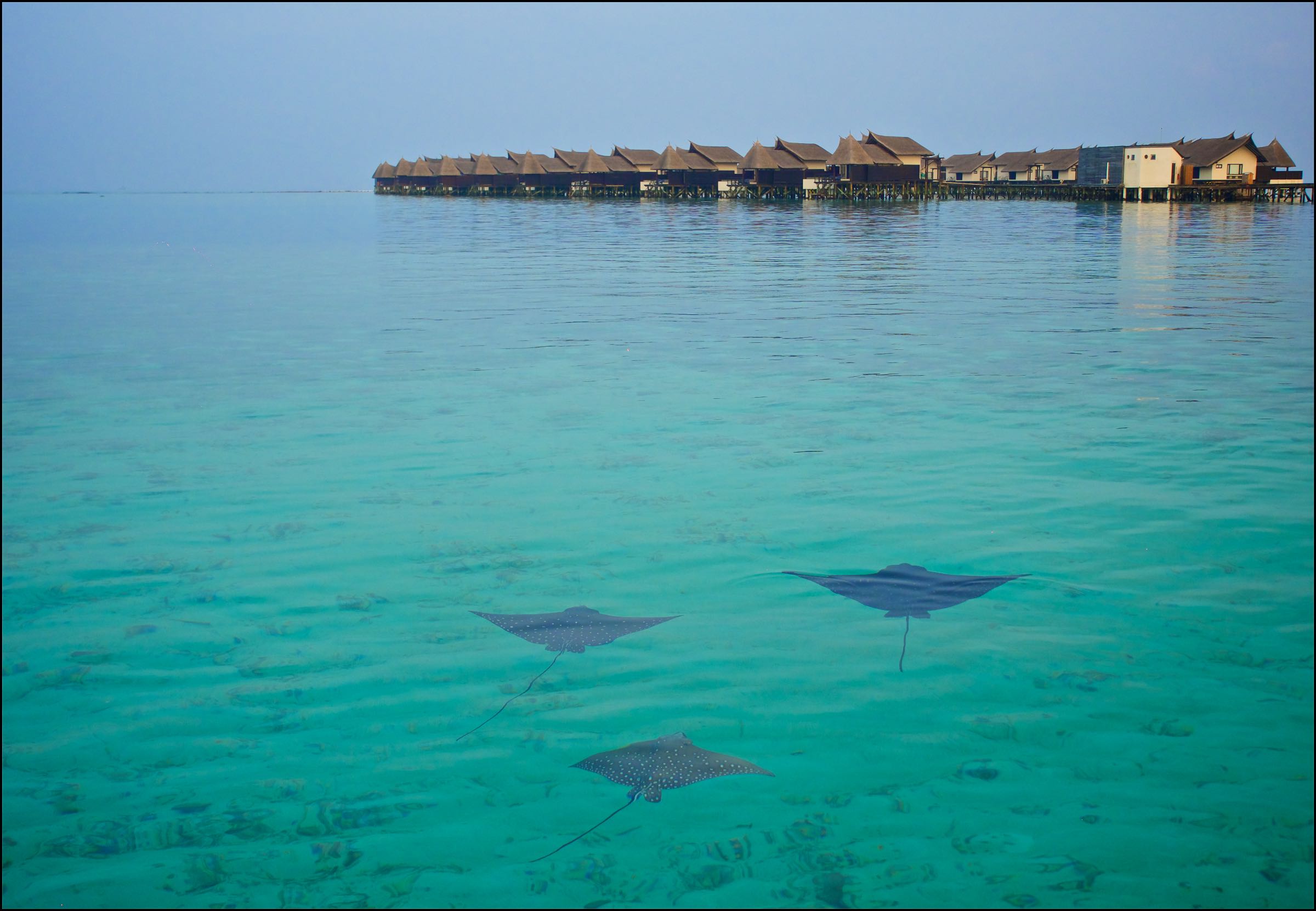
Exploring
Had to get up at sunrise to spot these guys so close to the shore.
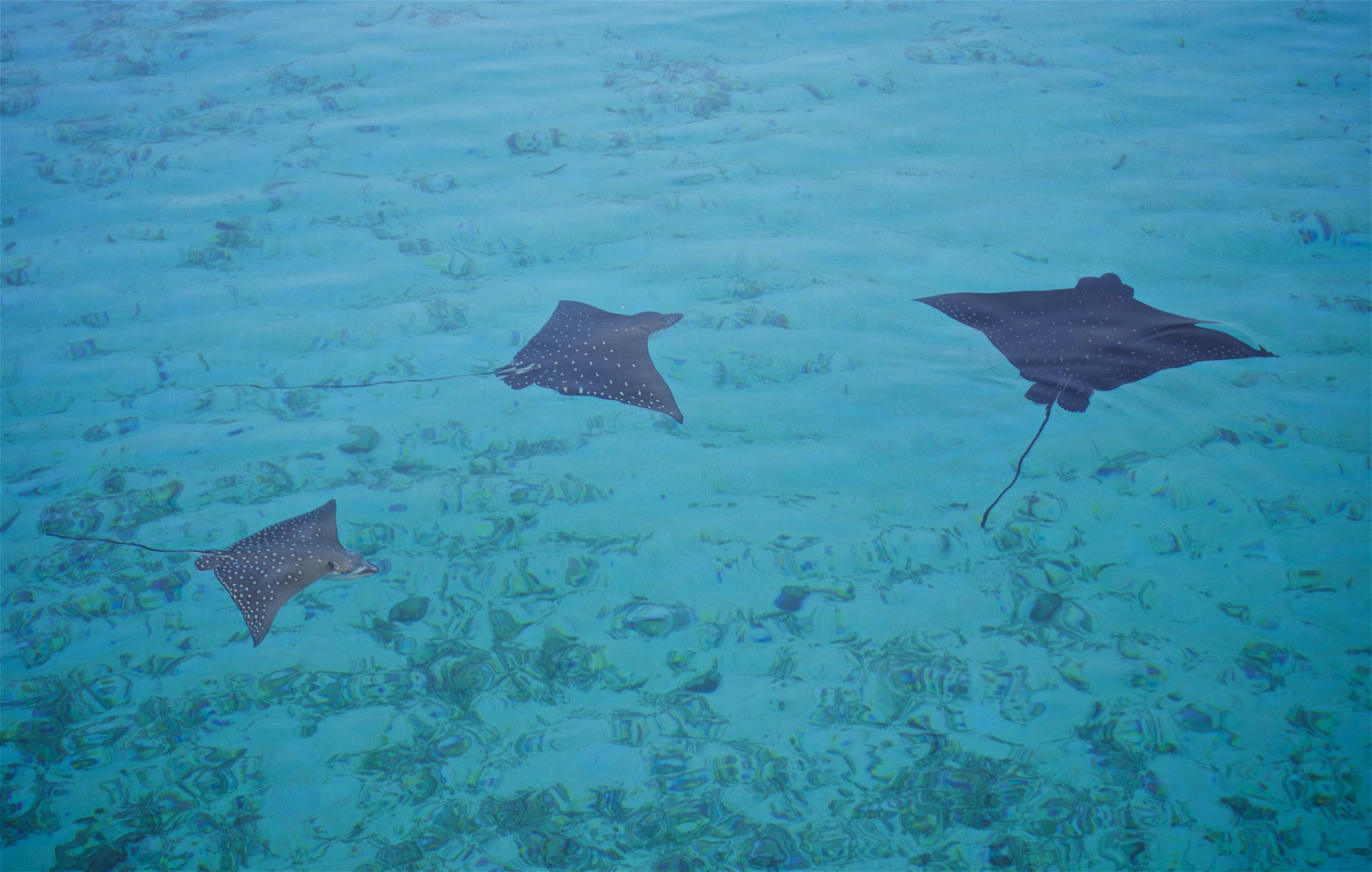
Eagle Ray
Incredibly elegant creatures.
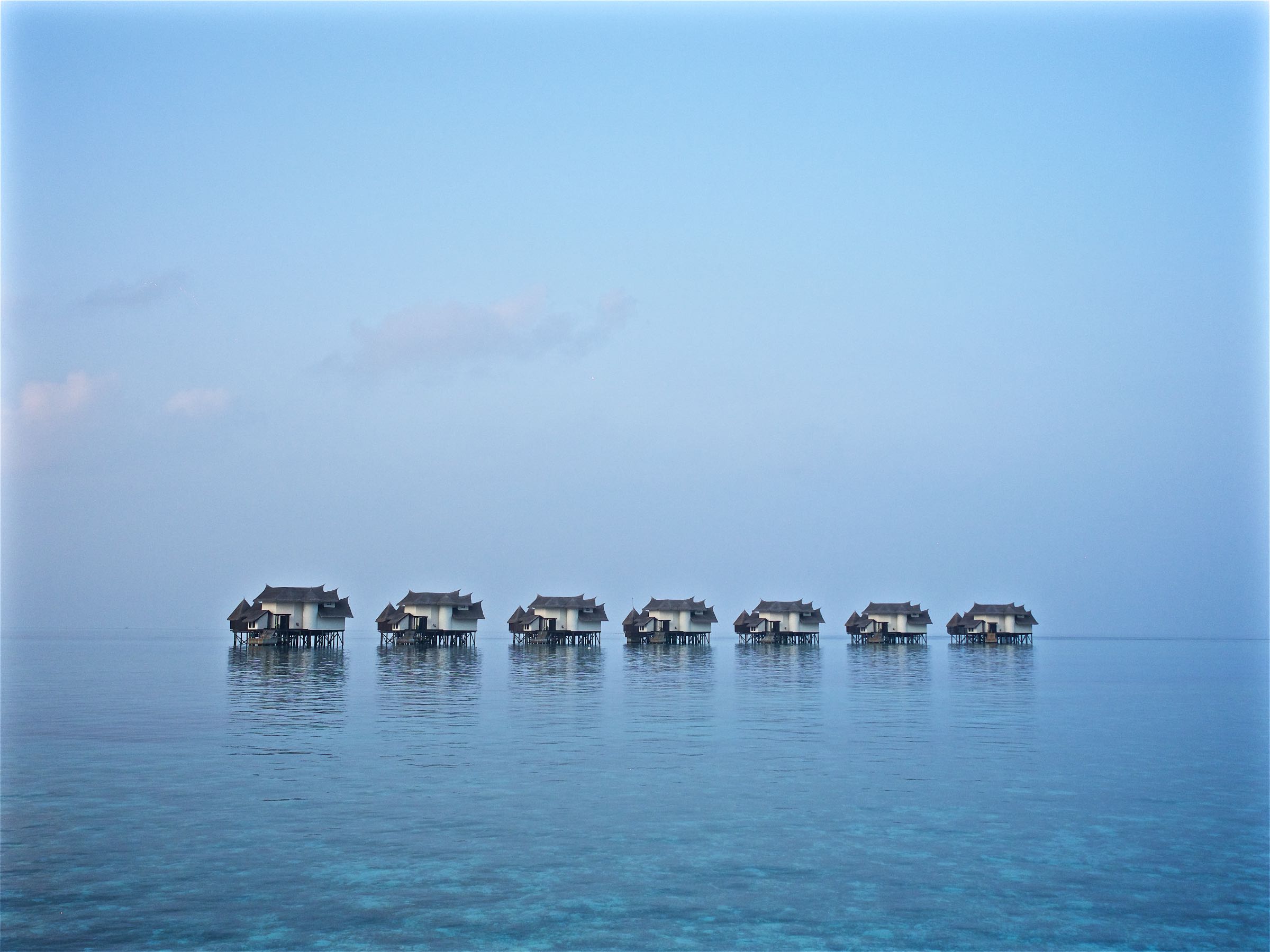
Secluded.
These 7 villas can only be accessed by boat.
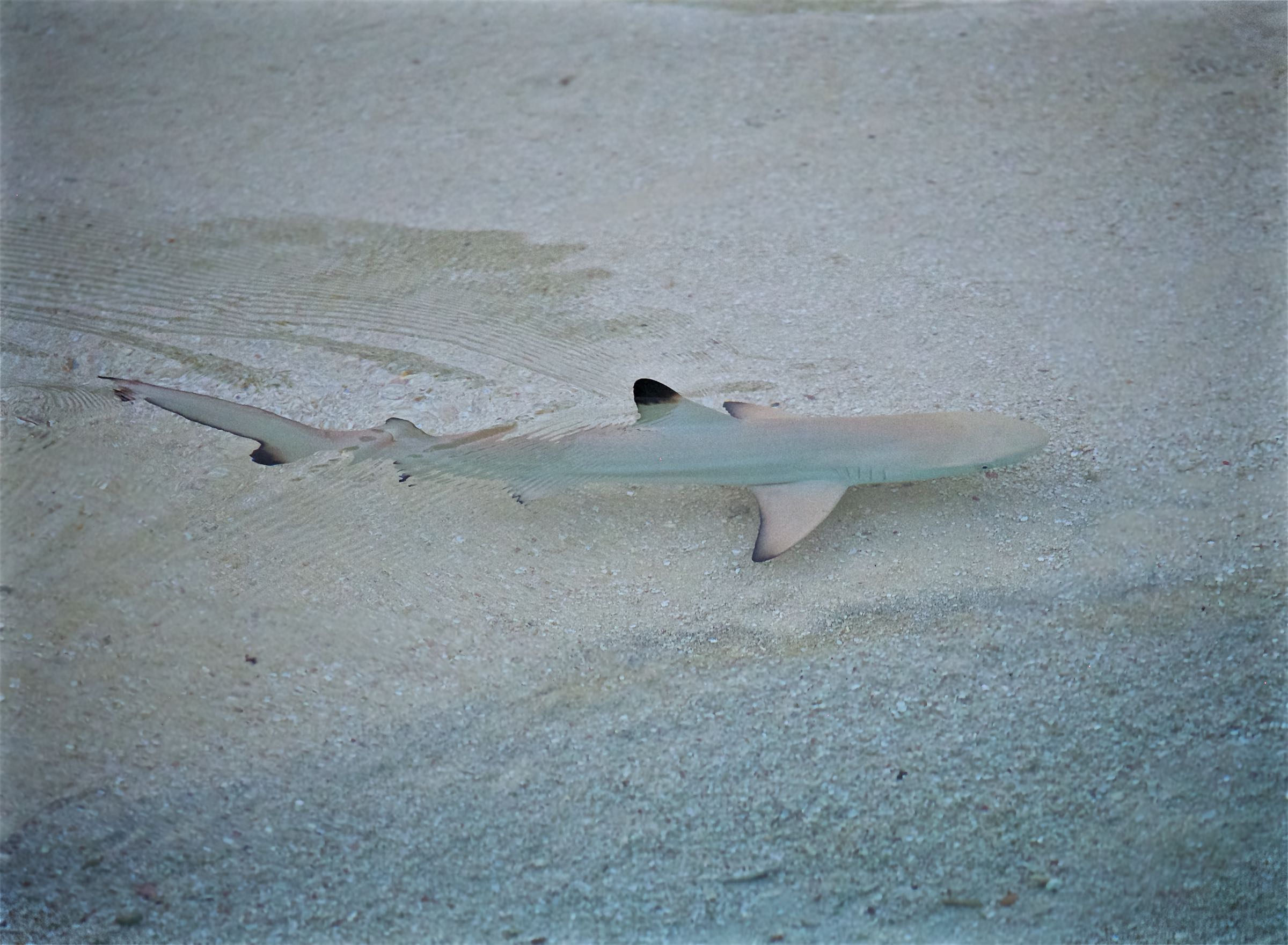
Roaming the Beaches
...were these Blacktip Sharks, but only if you got up early enough.
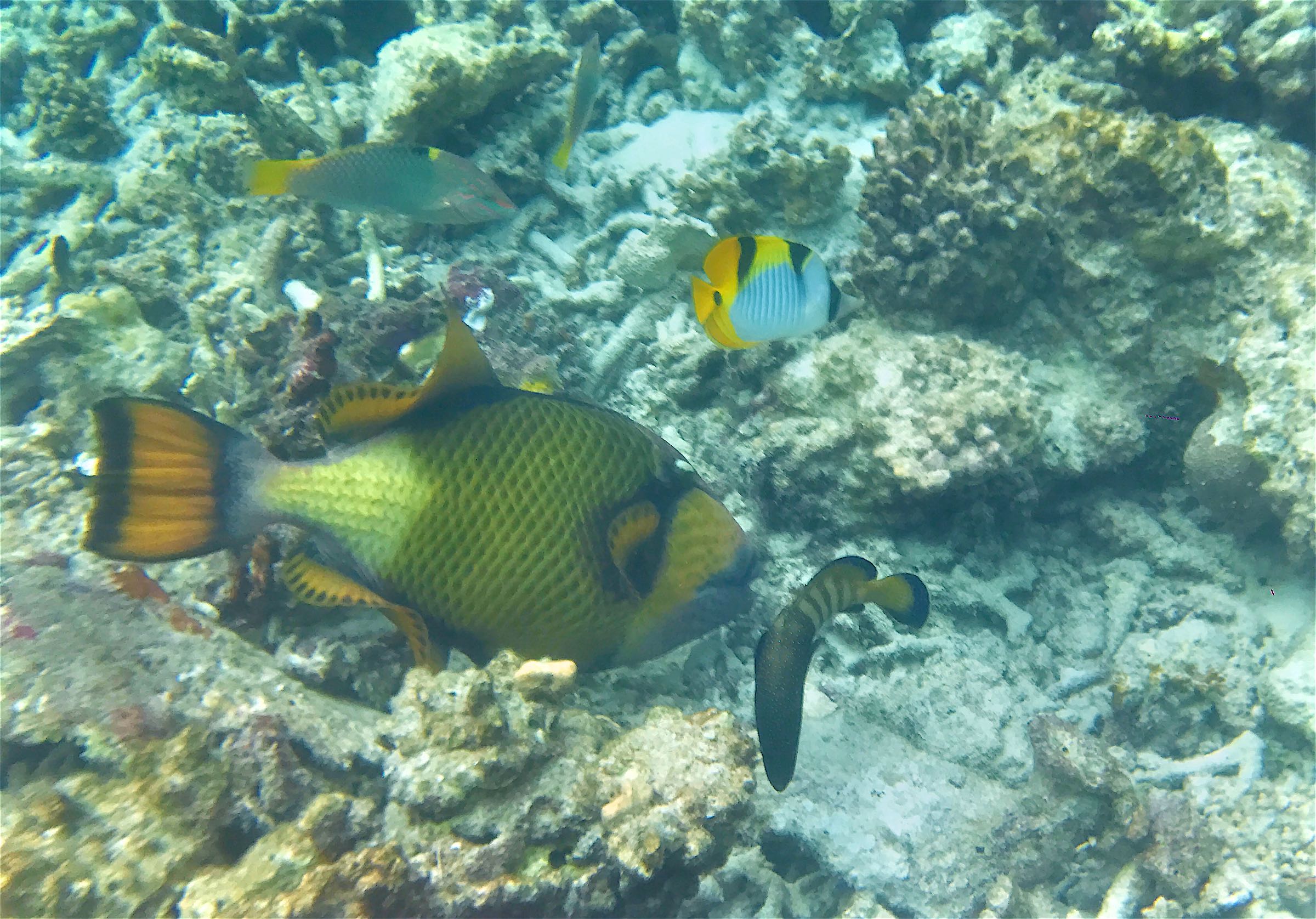
Underwater World
Parrot and Butterfly fish.

Reef Live
Guy on the right seems shocked by my presence.

Unicorn Fish
Yep, that's their name. Shot with iPhone.

Water Living
View over the water villas on the west side.
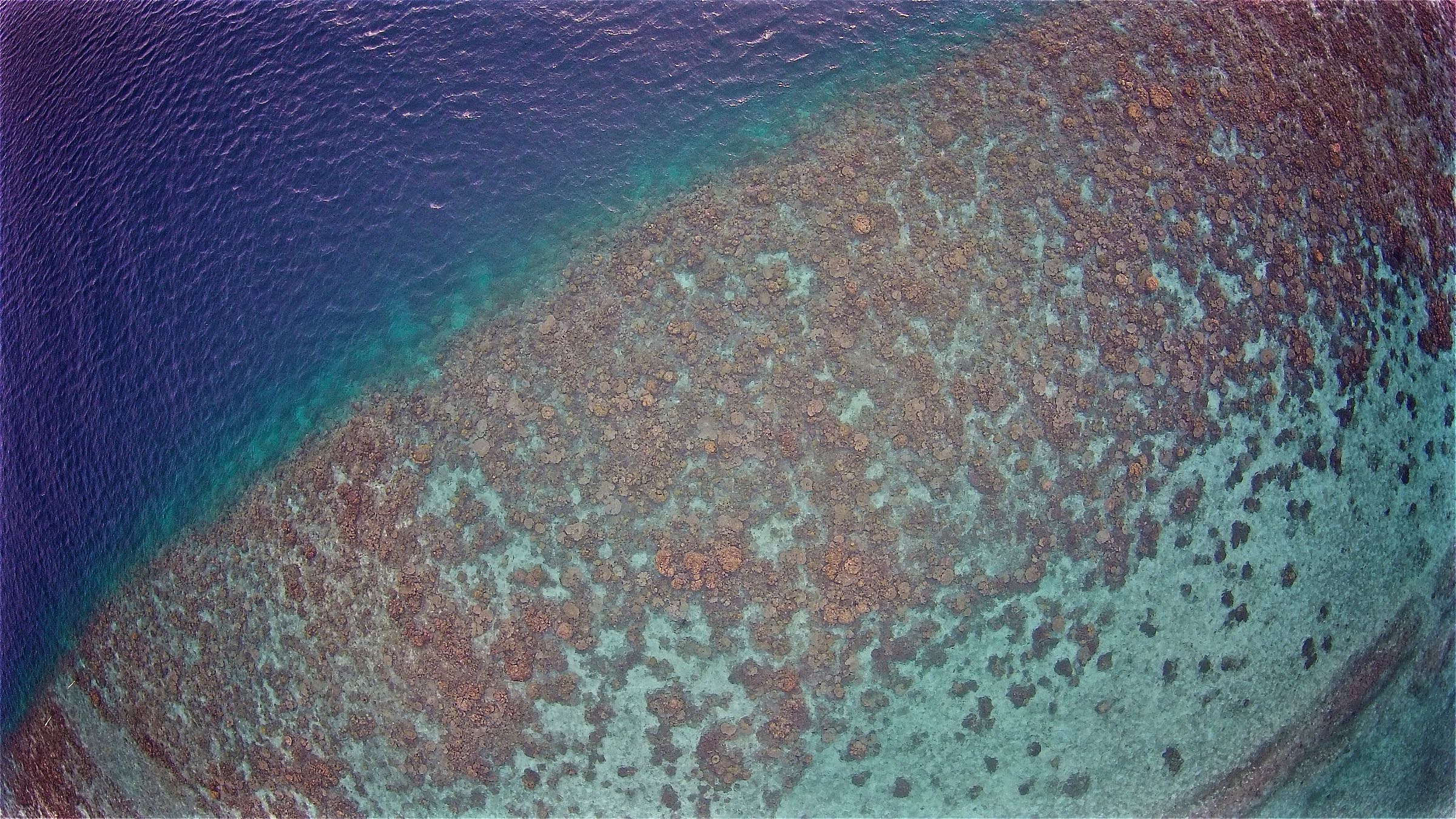
Reef
Swimming over the reef and arriving at the steep decline into the dark blue sea is fascinating.
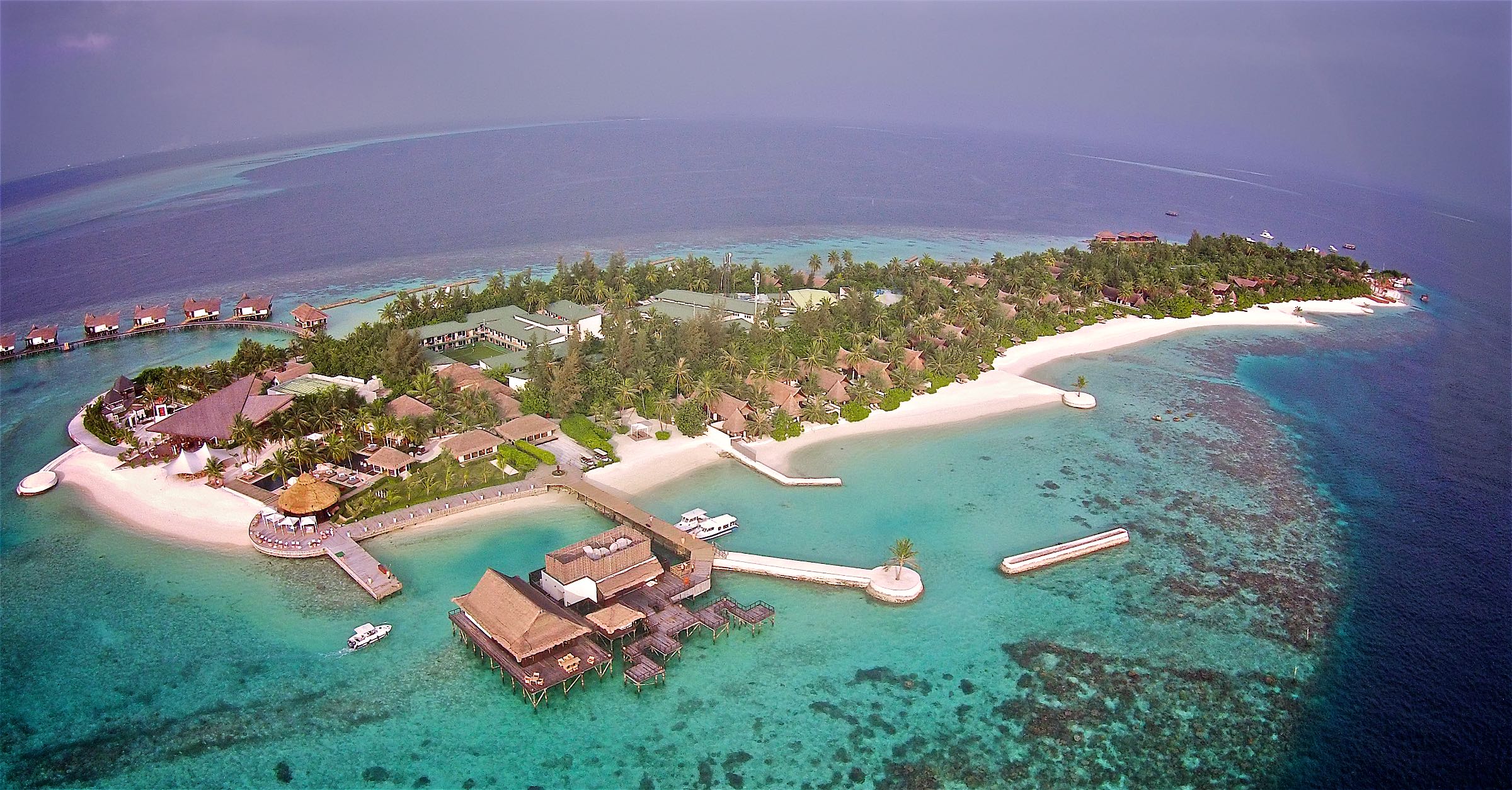
The other side
The western side of the island with three more restaurants. Also notice the staff accommodation in the centre (with a football field!) and the faint rainbow on the right.
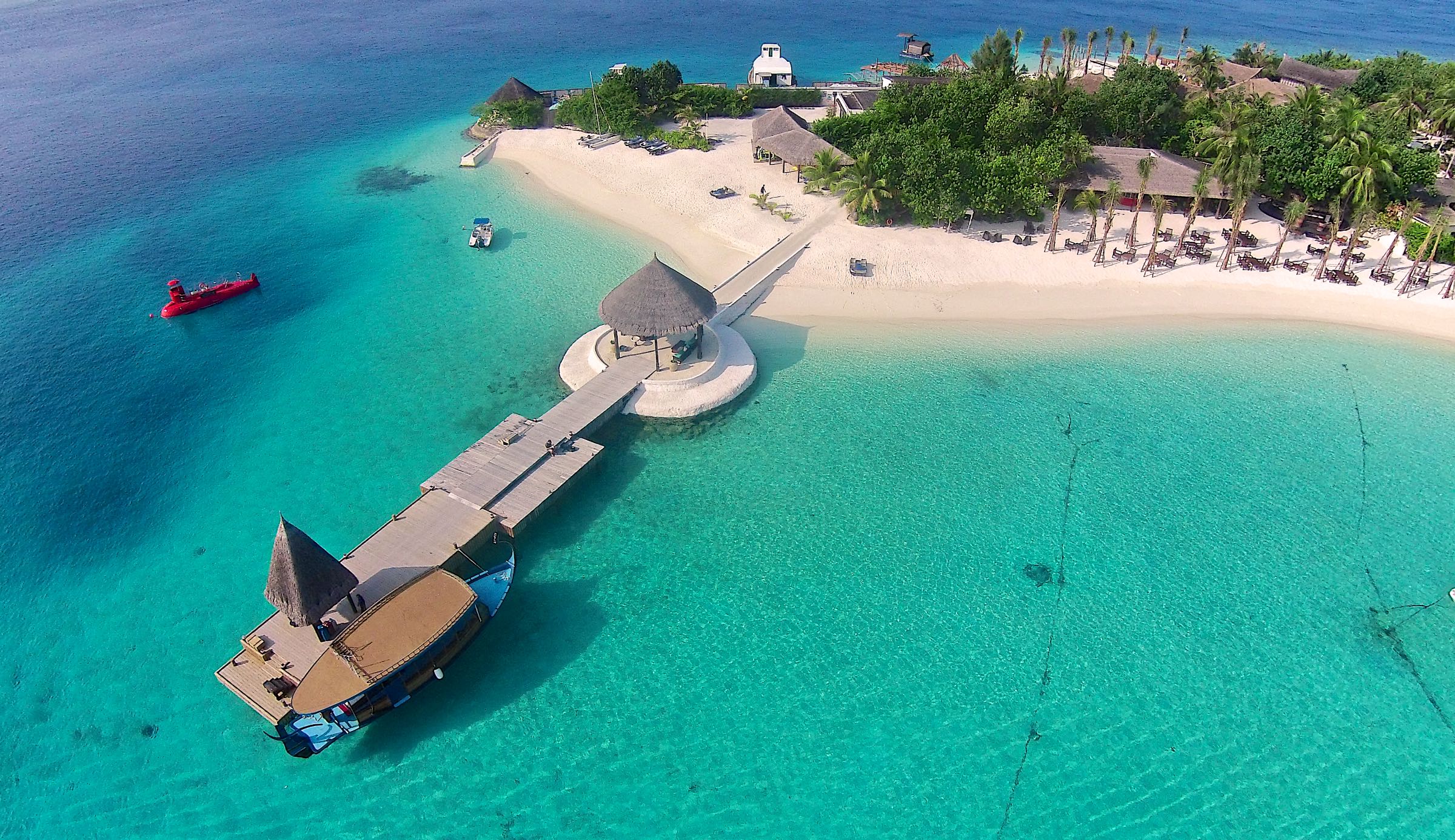
Island Features
The dive centre on the left, MU restaurant on the right and the jetty in the middle.

Bolifushi Island
The island of Jumeirah Vittaveli seen from the east side shortly after sunrise.
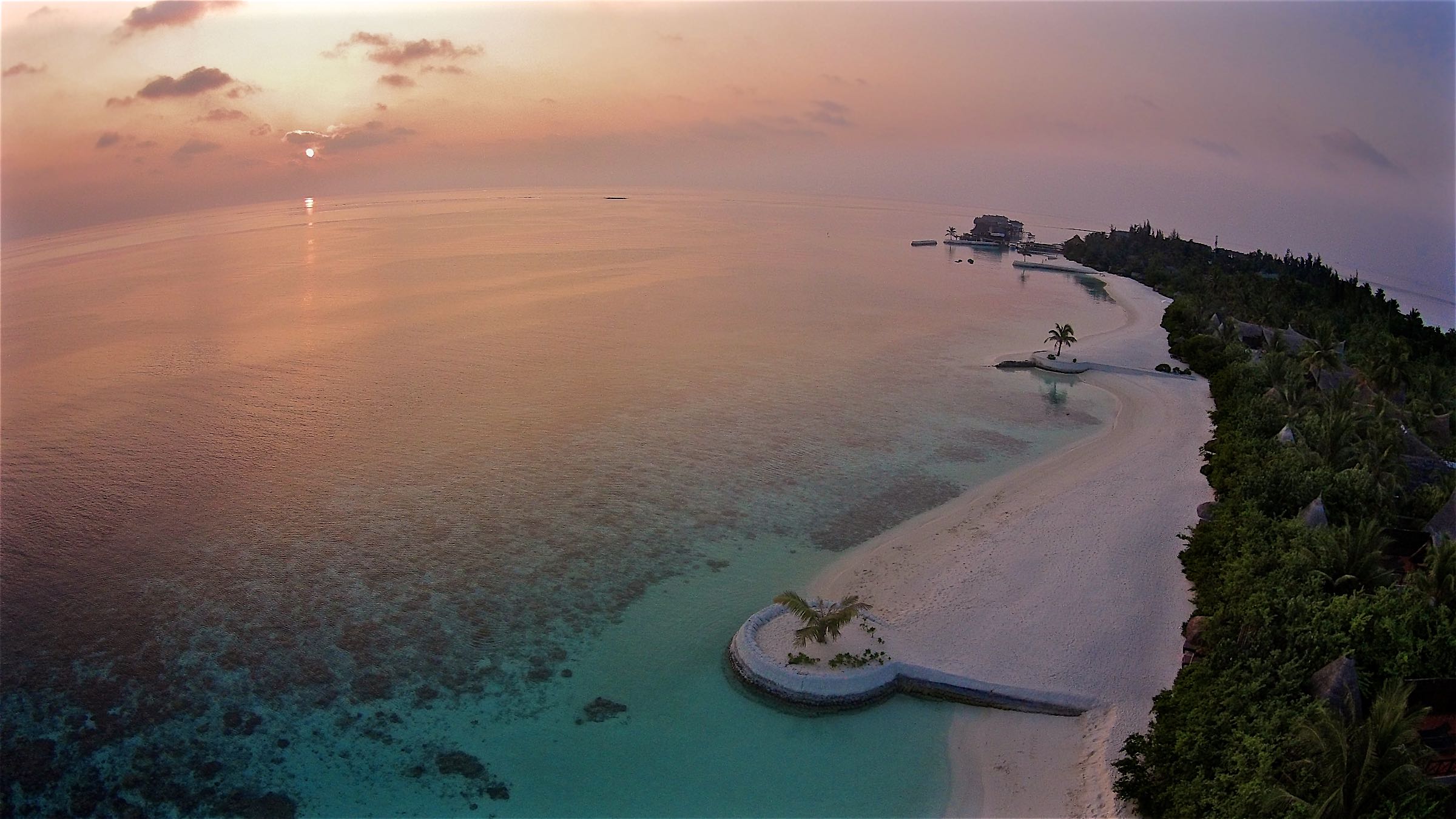
Sunset Flights
This time of the year wasn't great for sunsets or sunrises for that matter - still a great place for a drone.




























